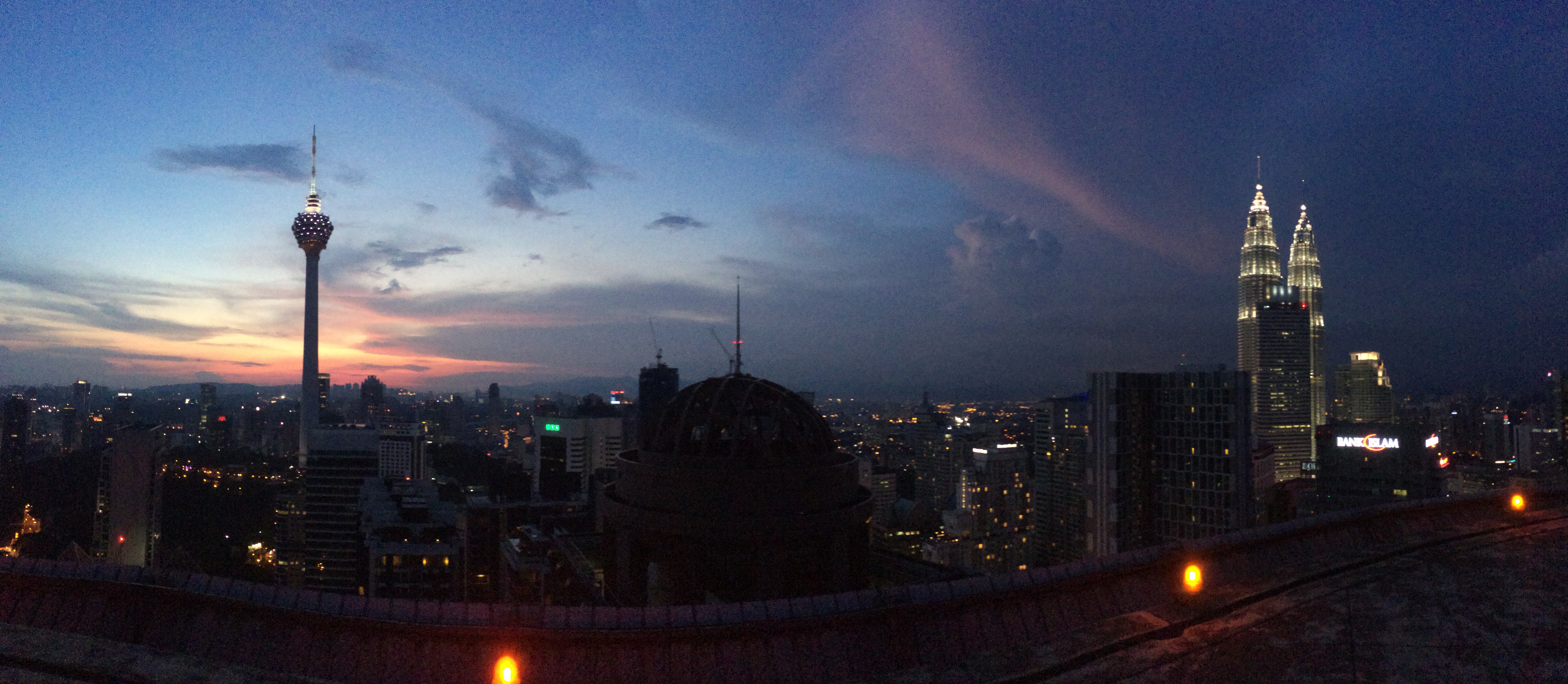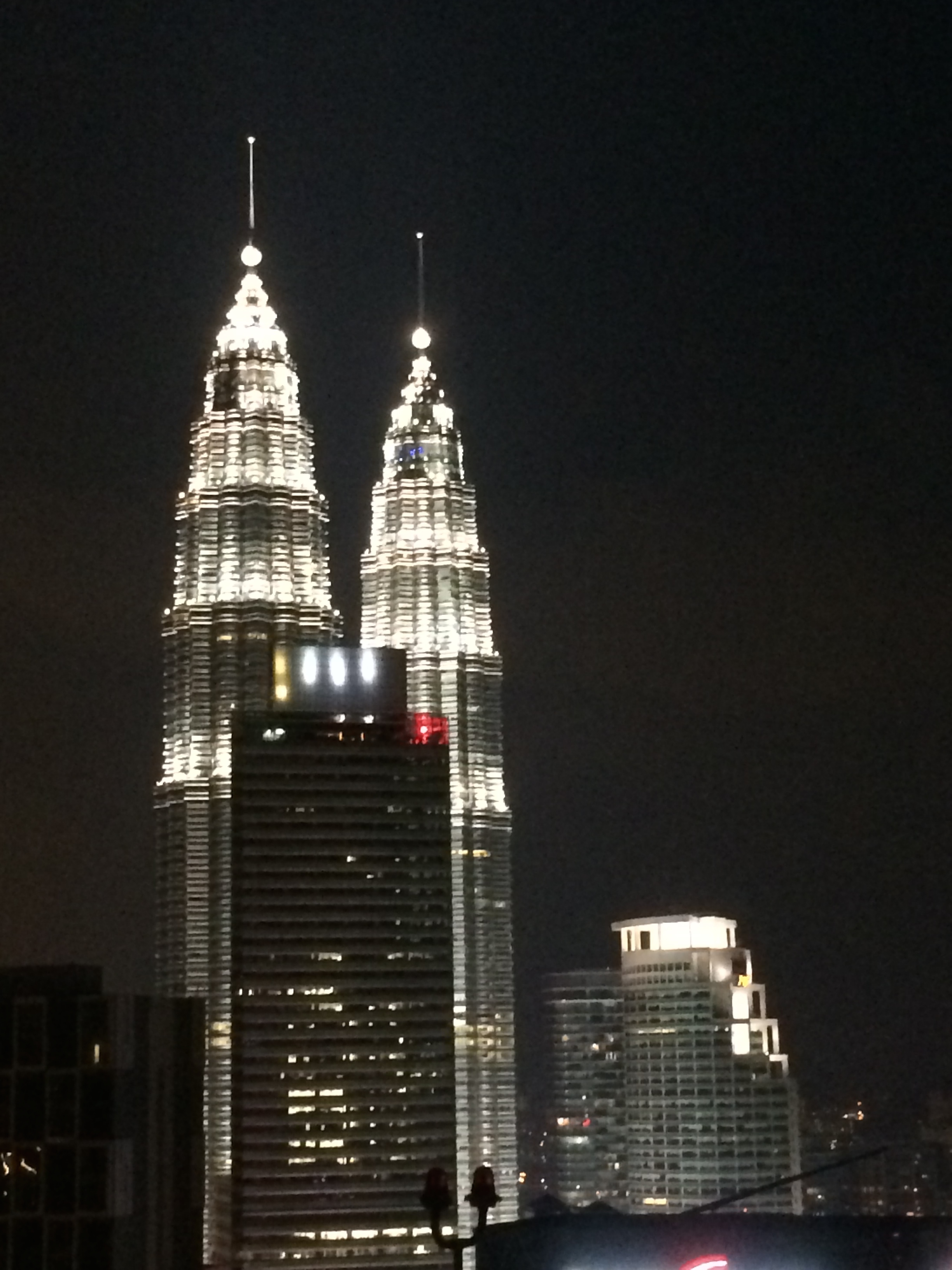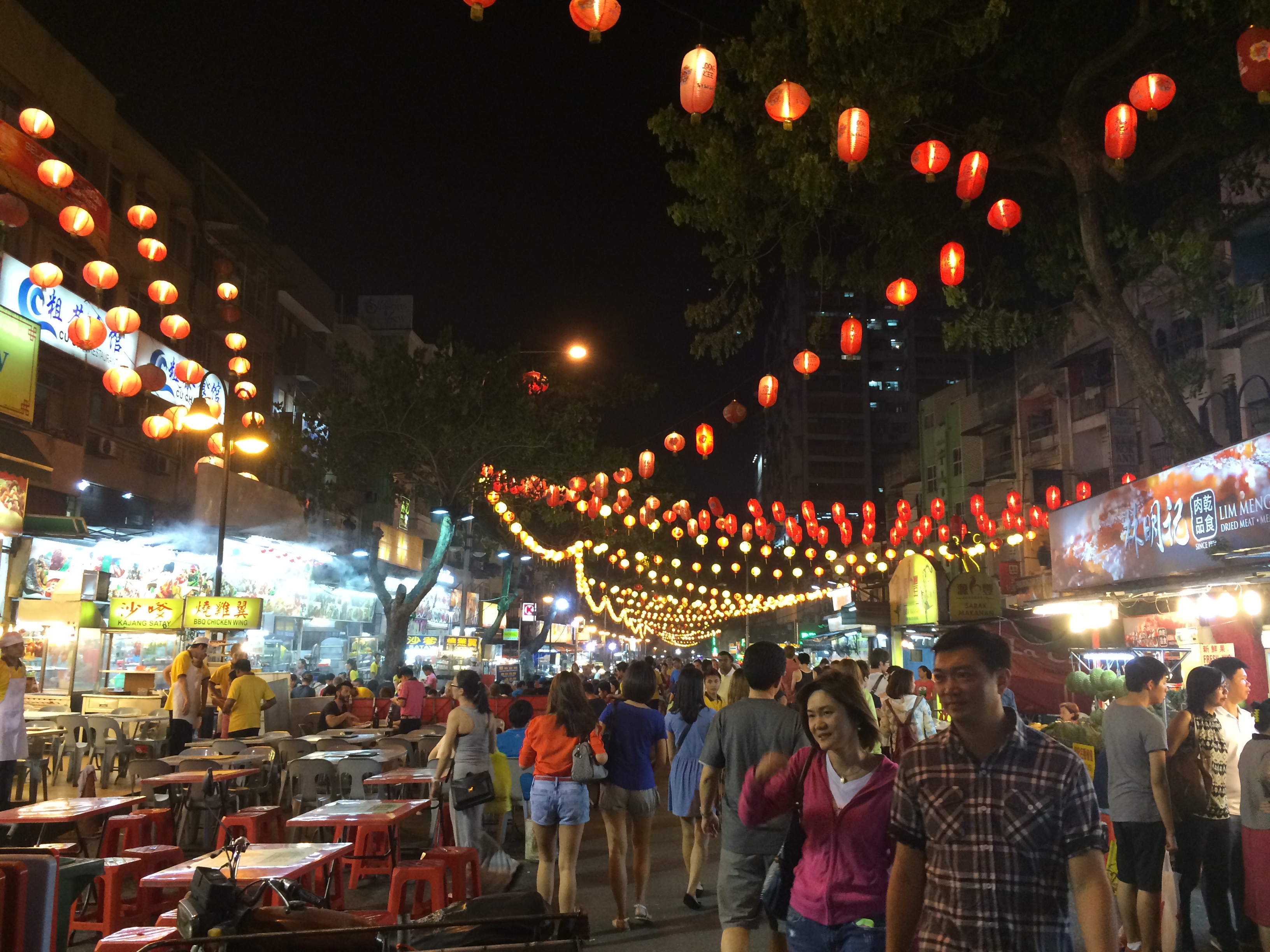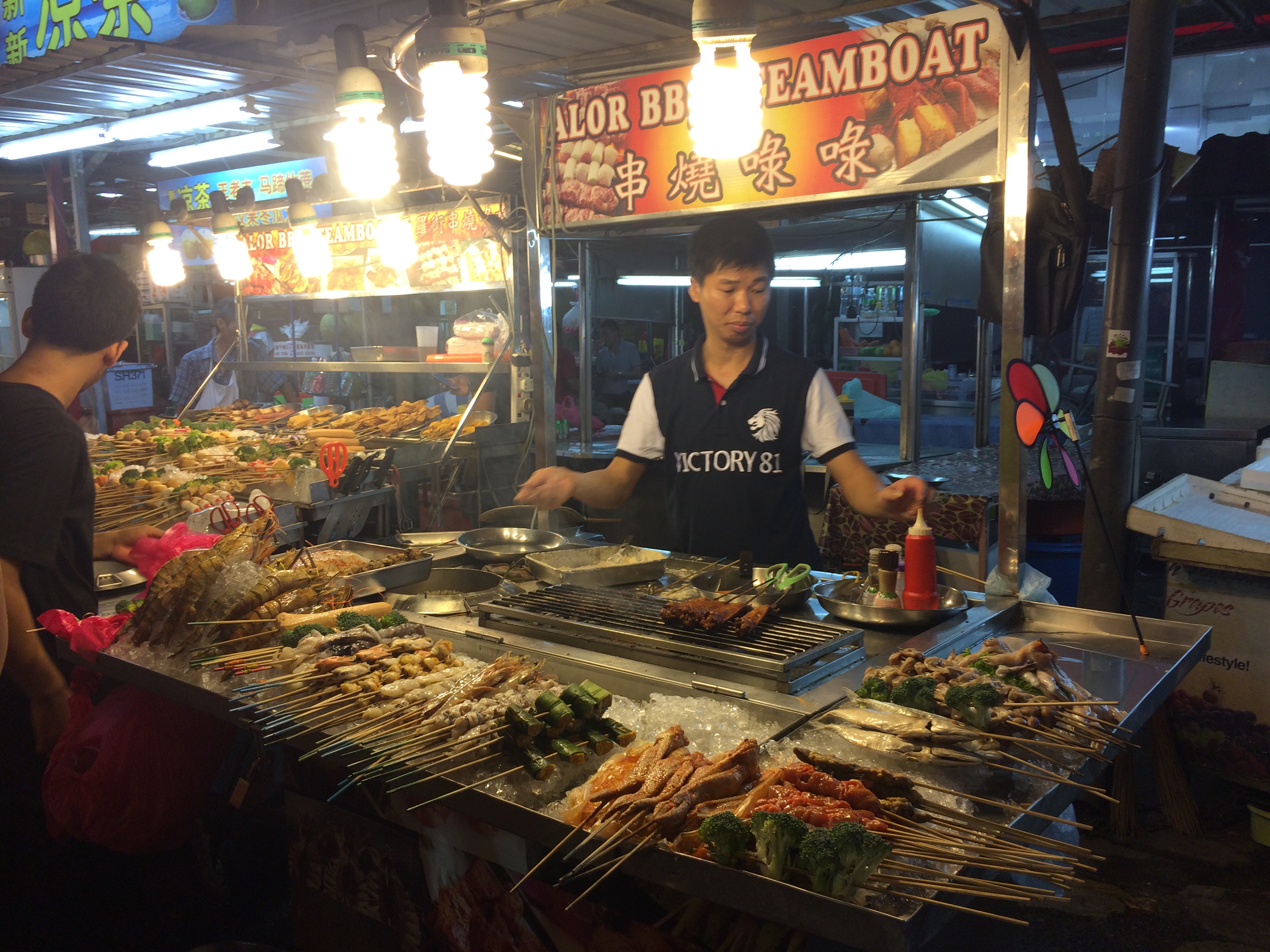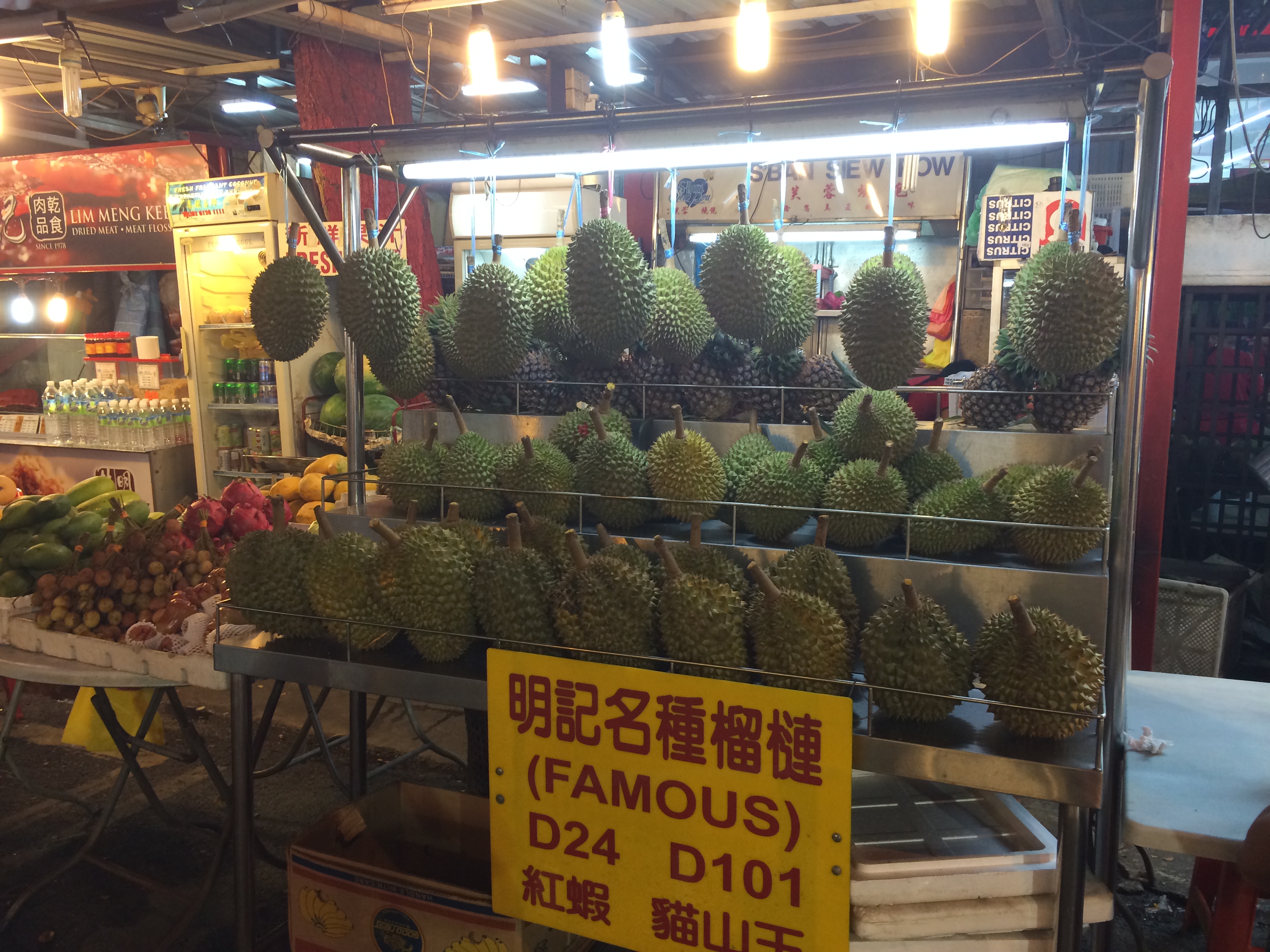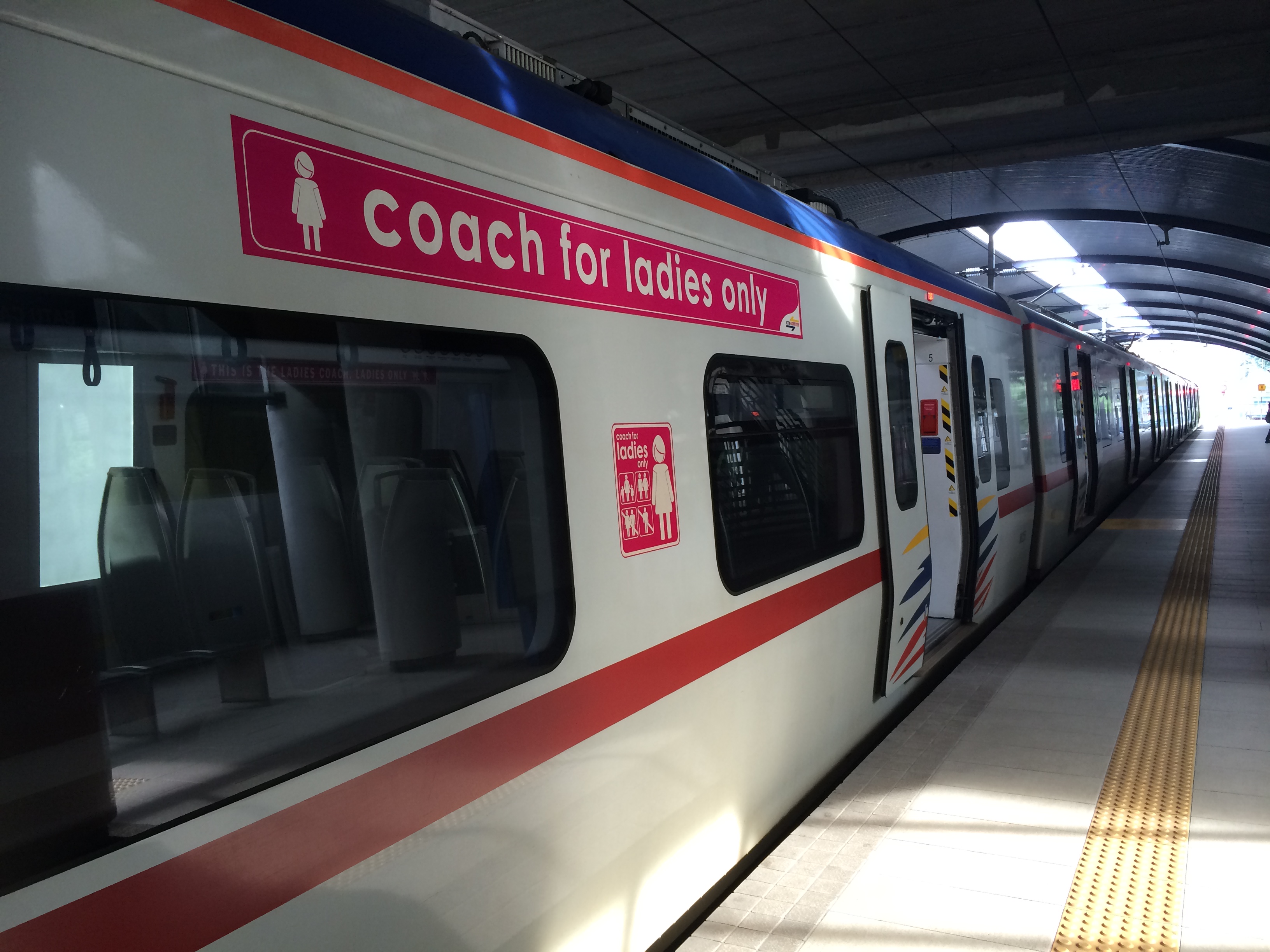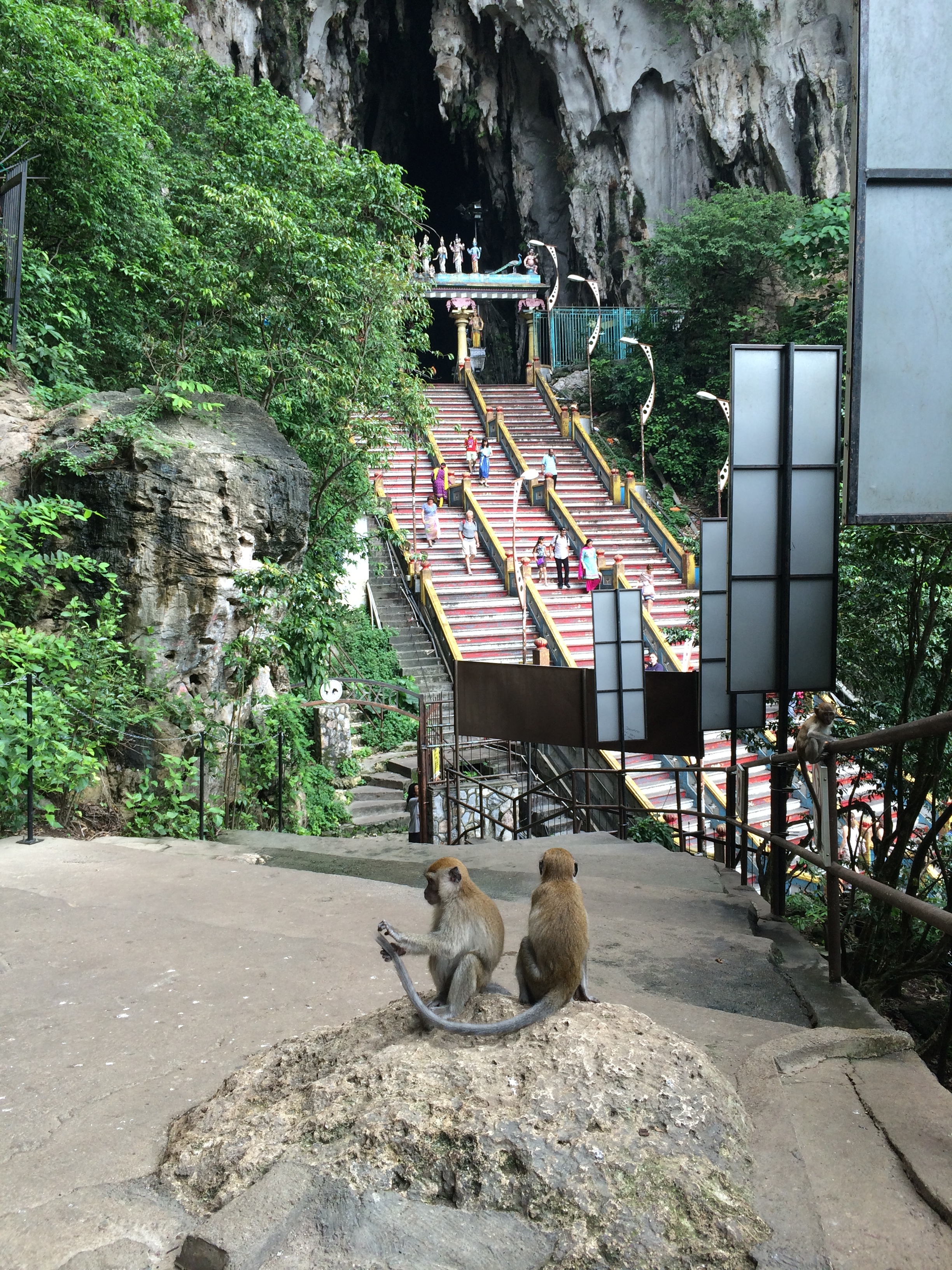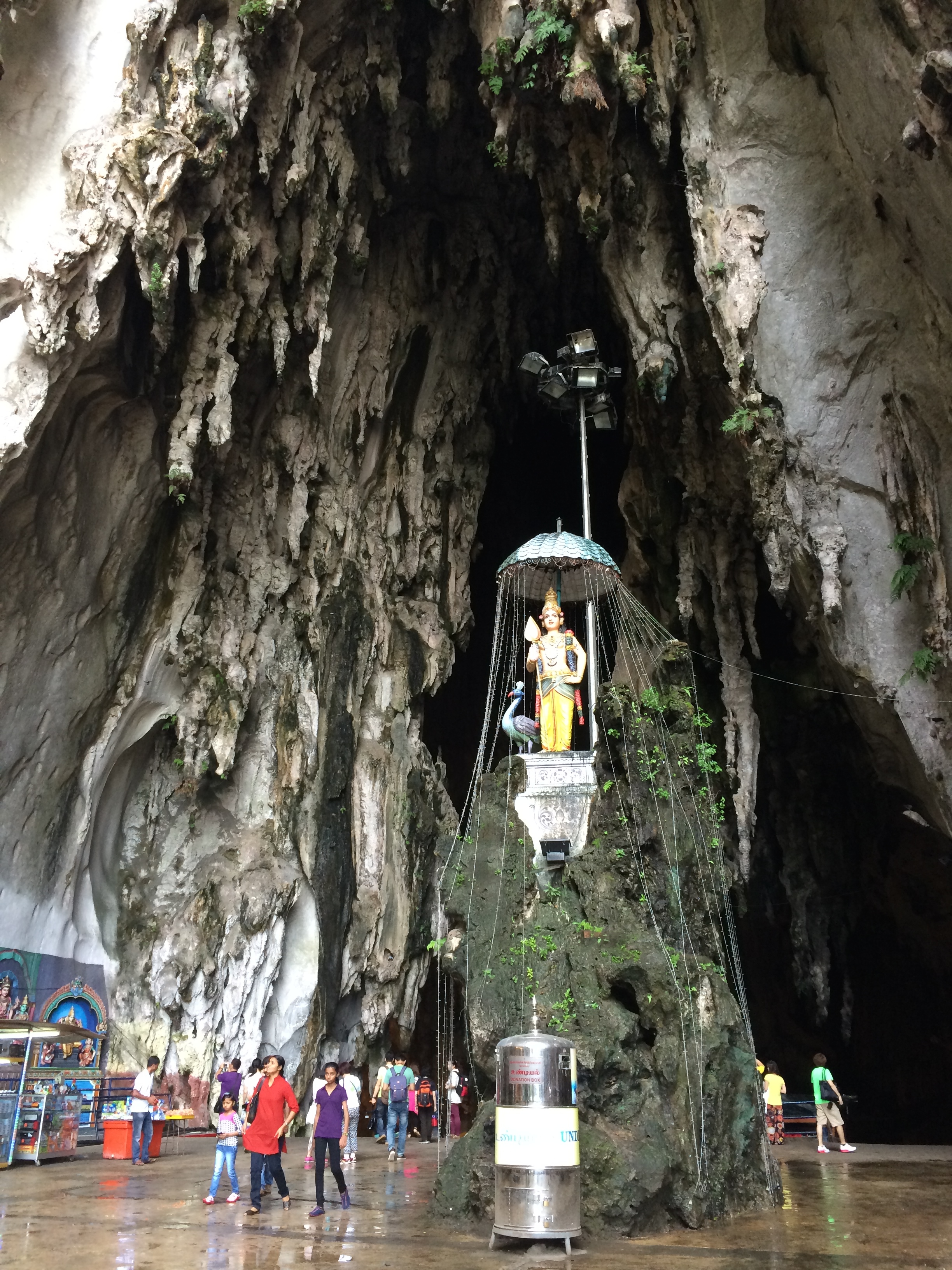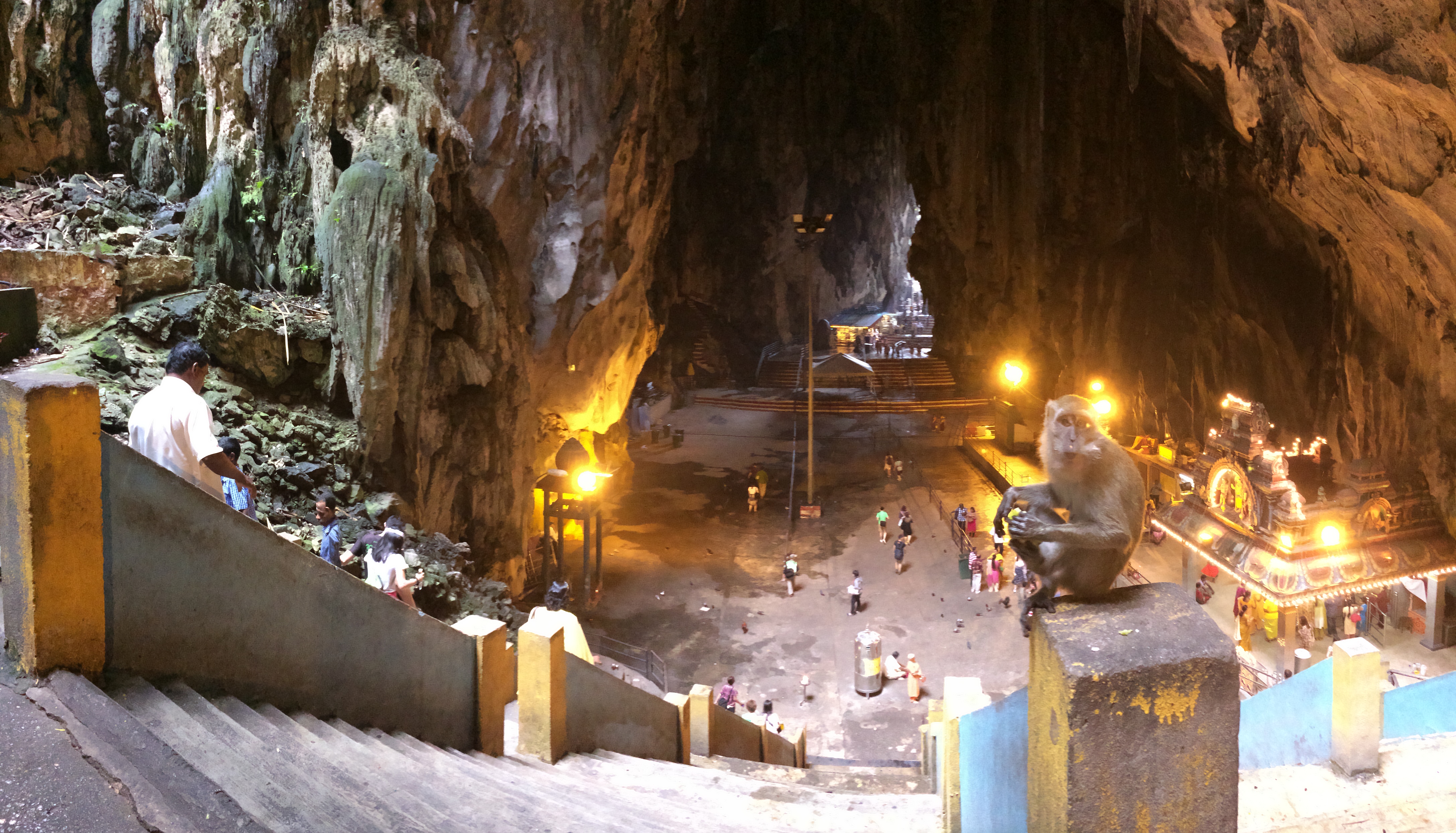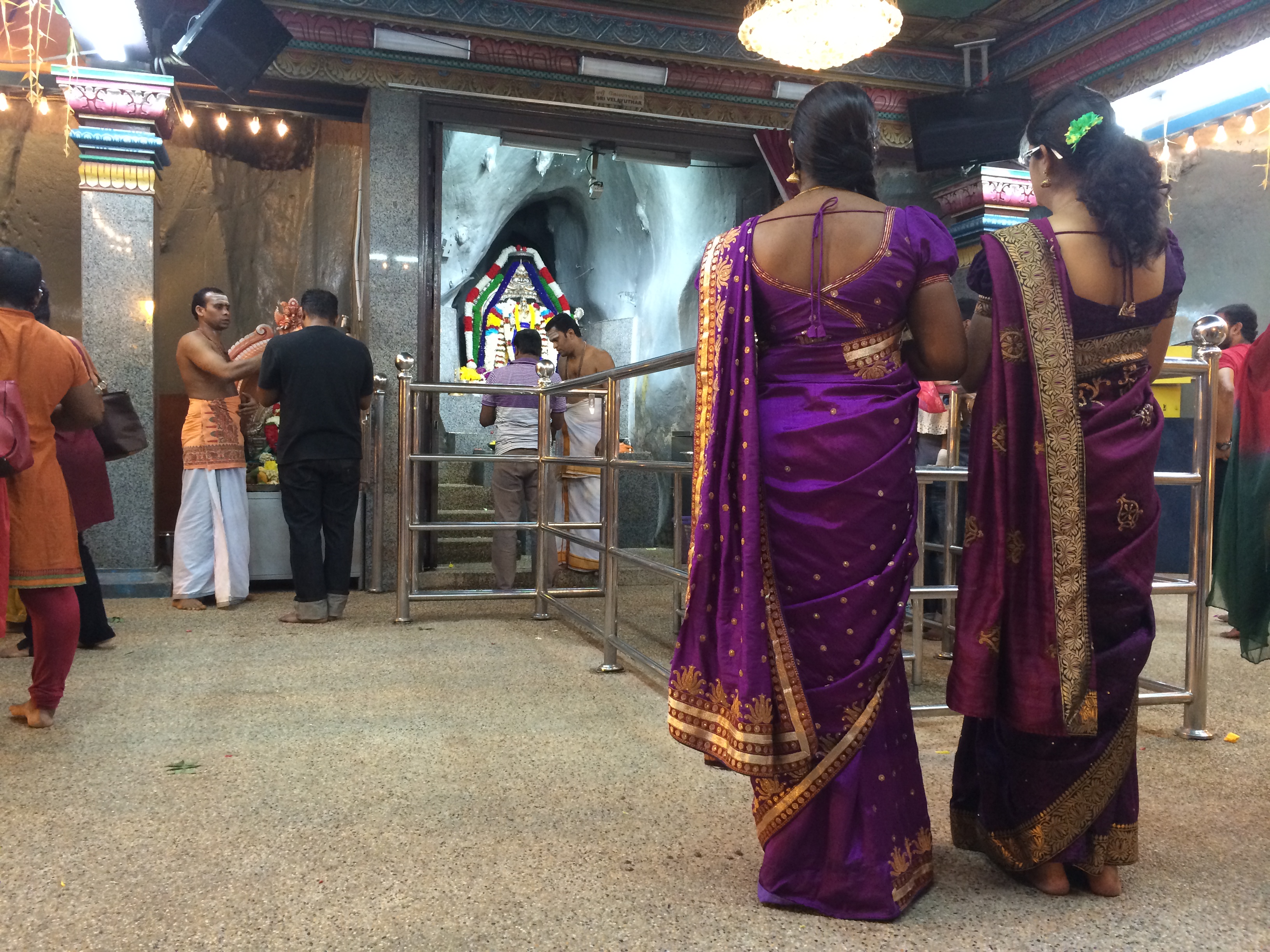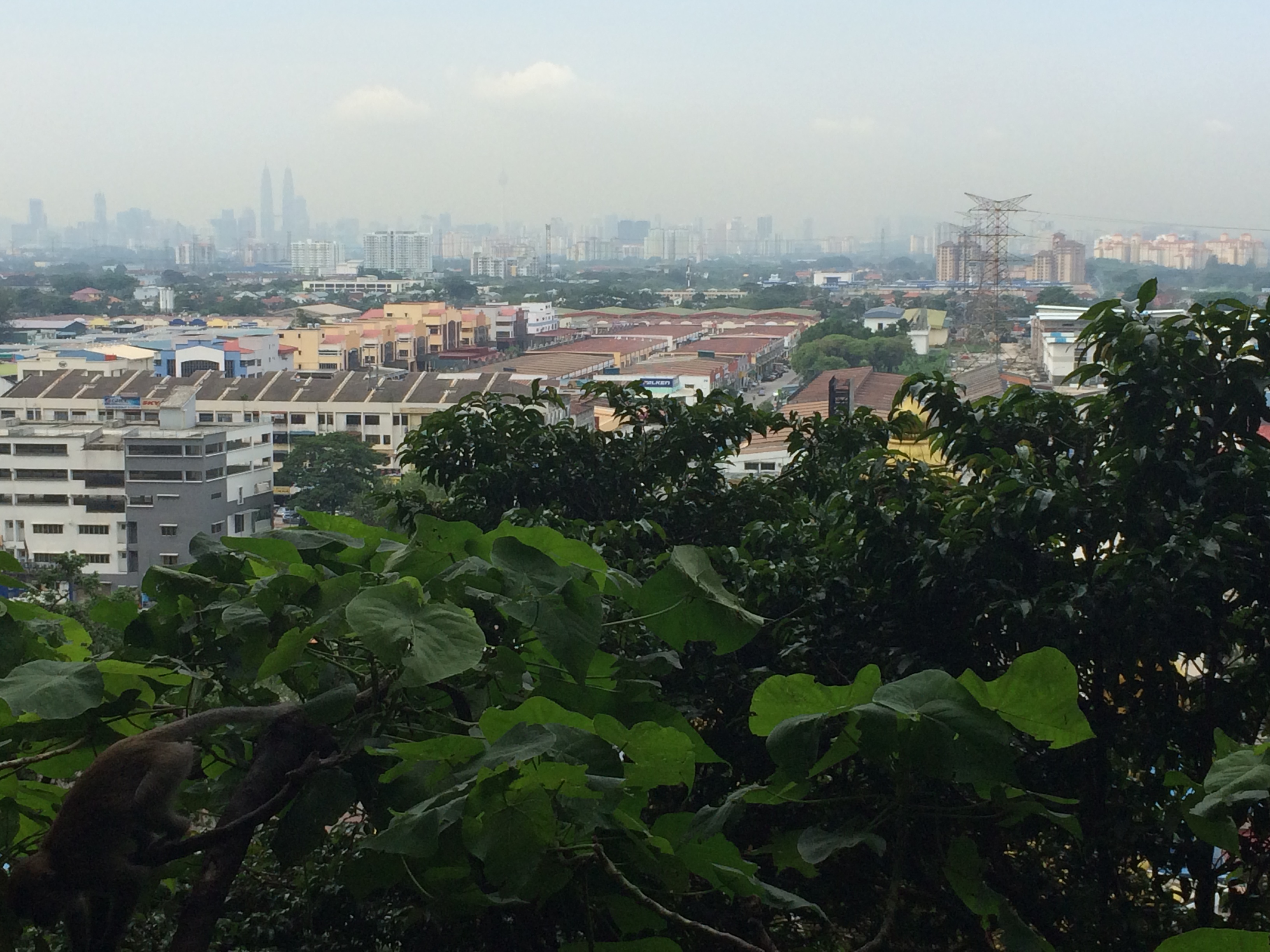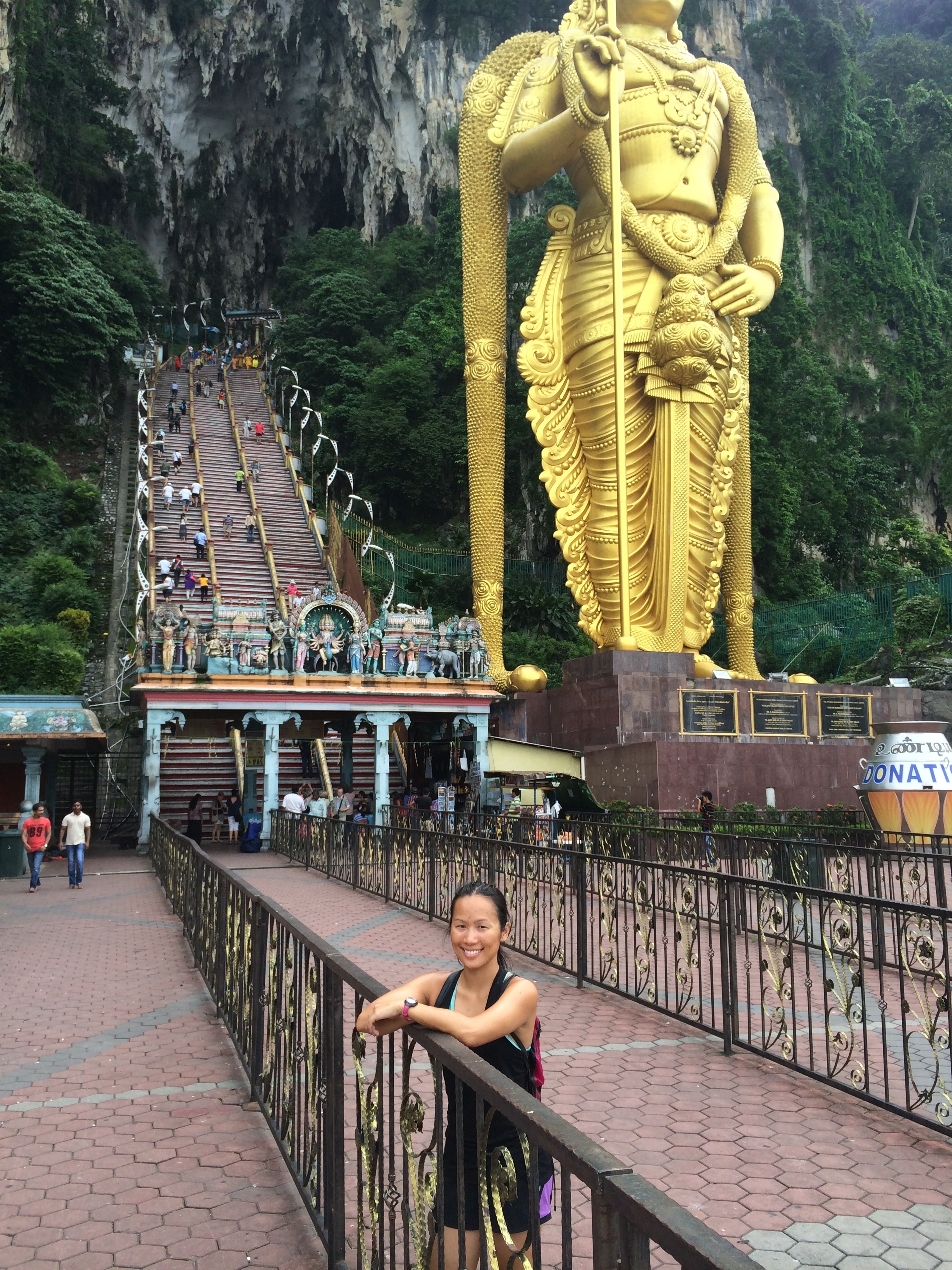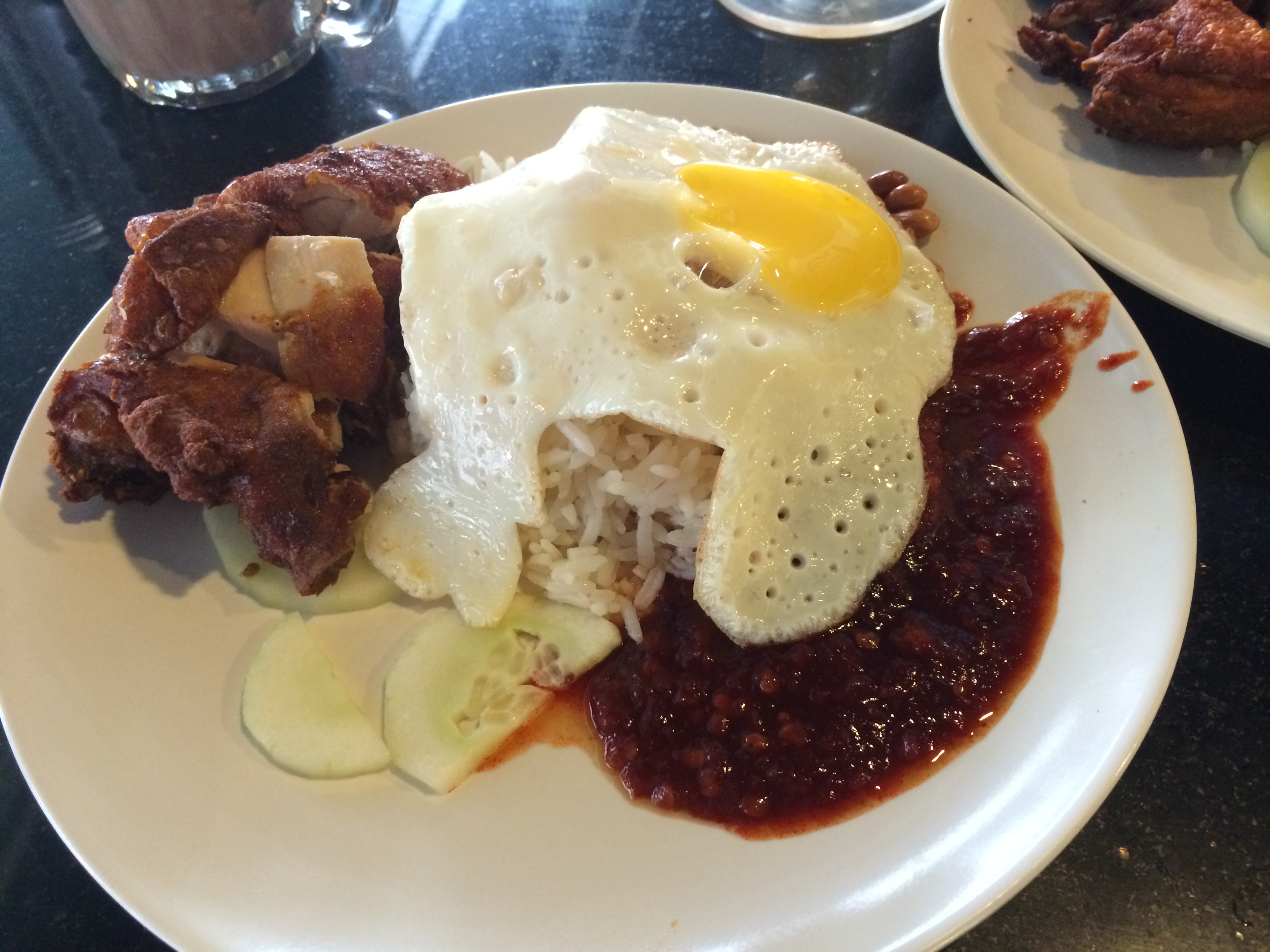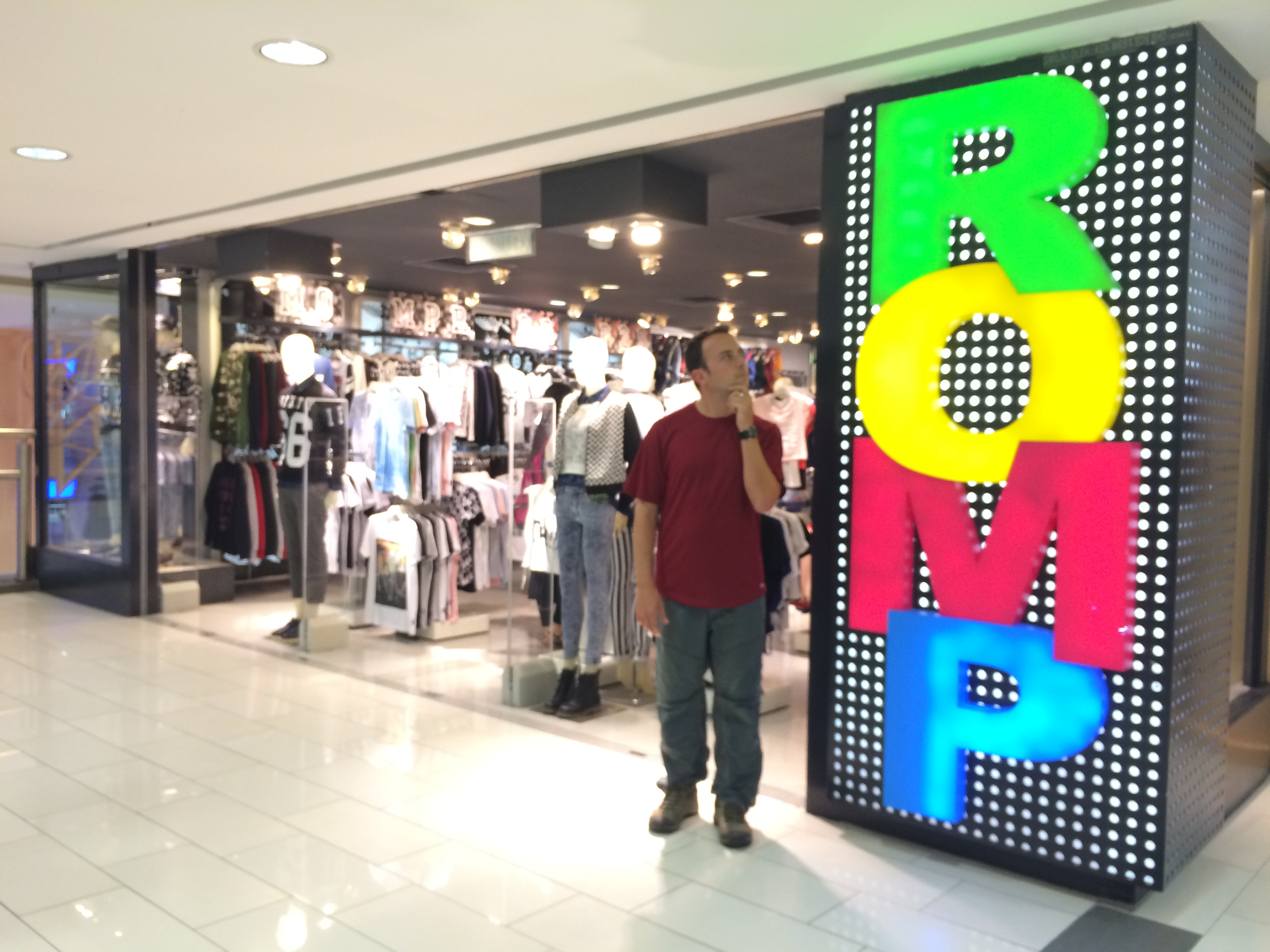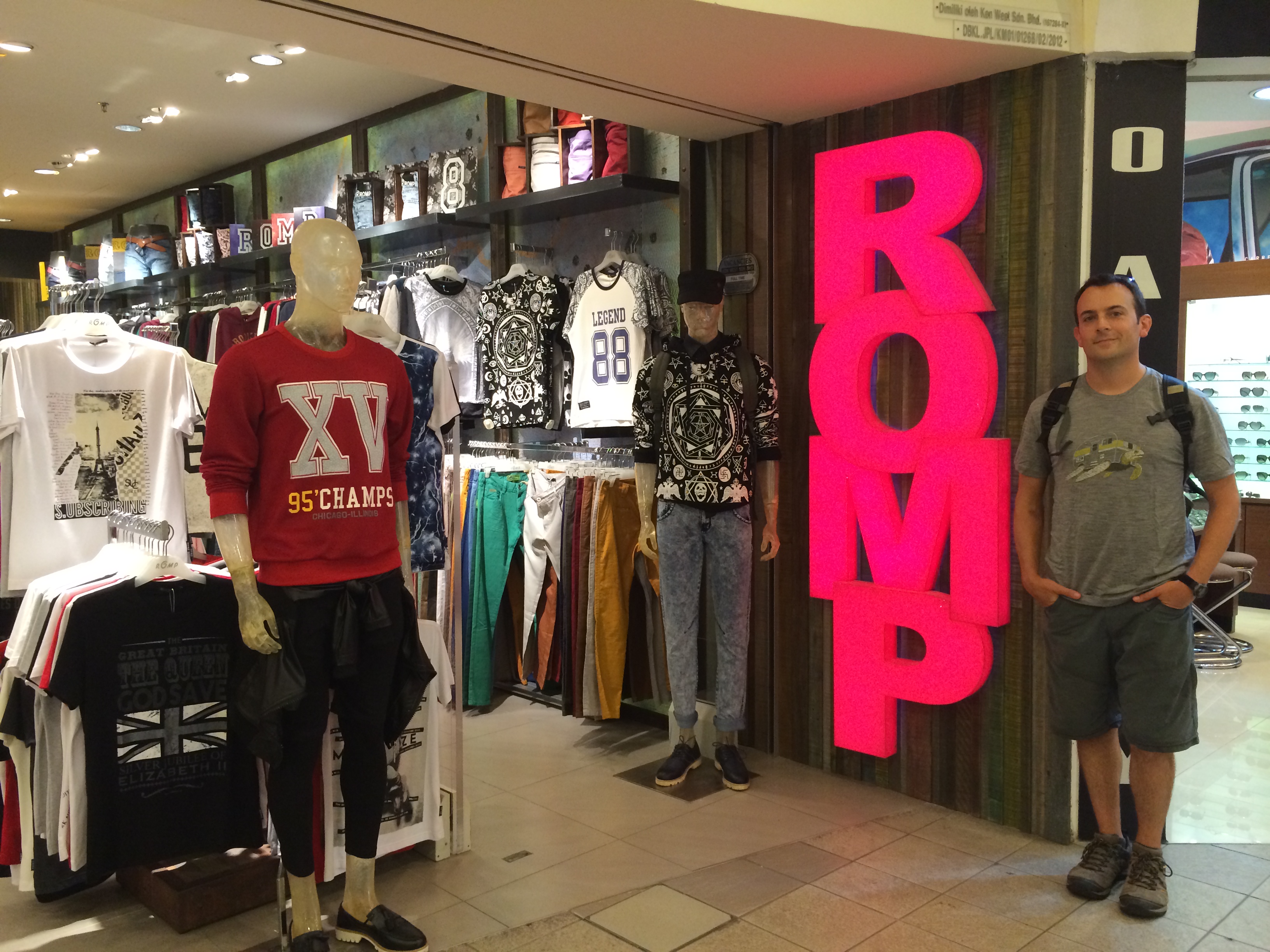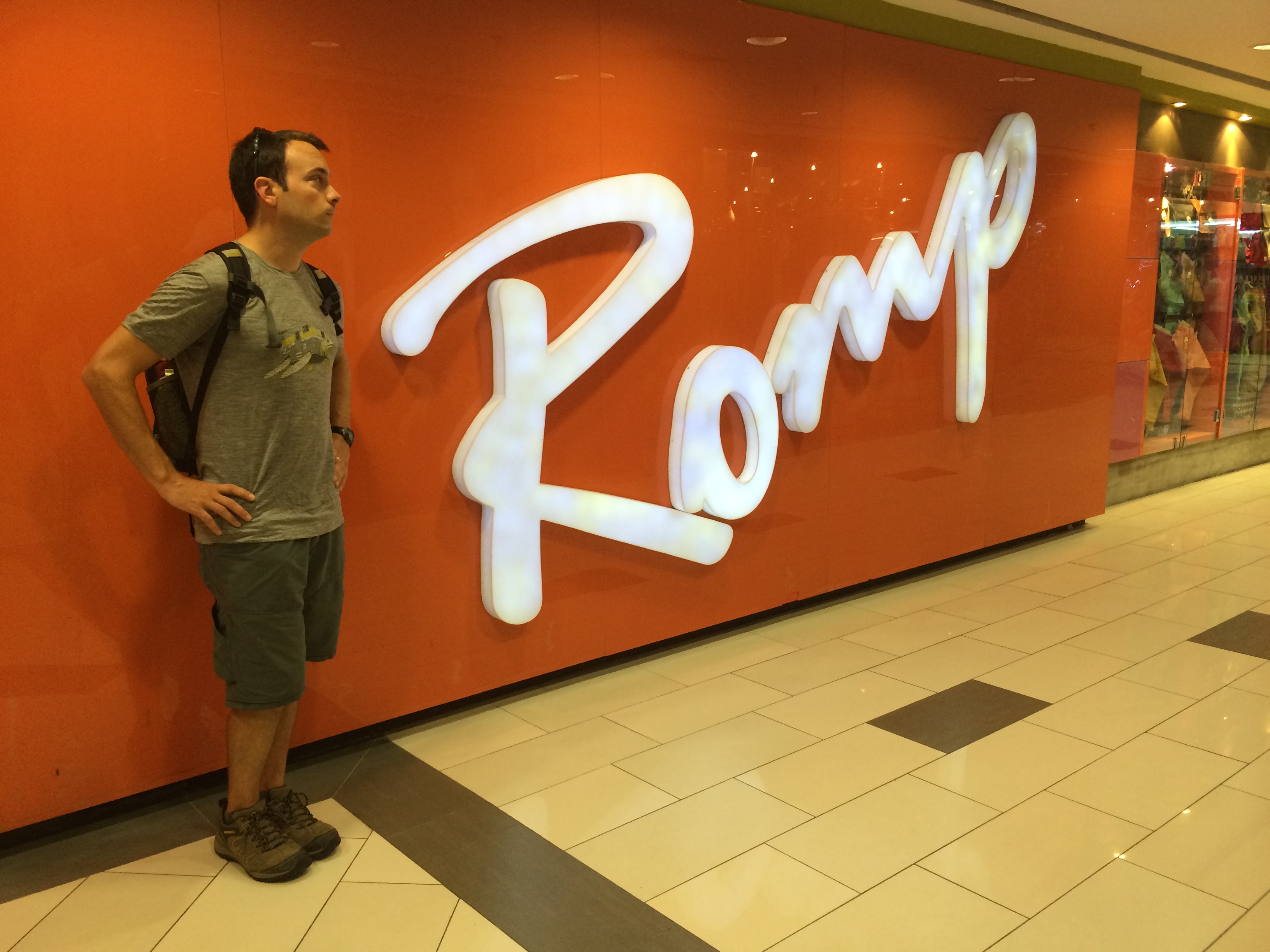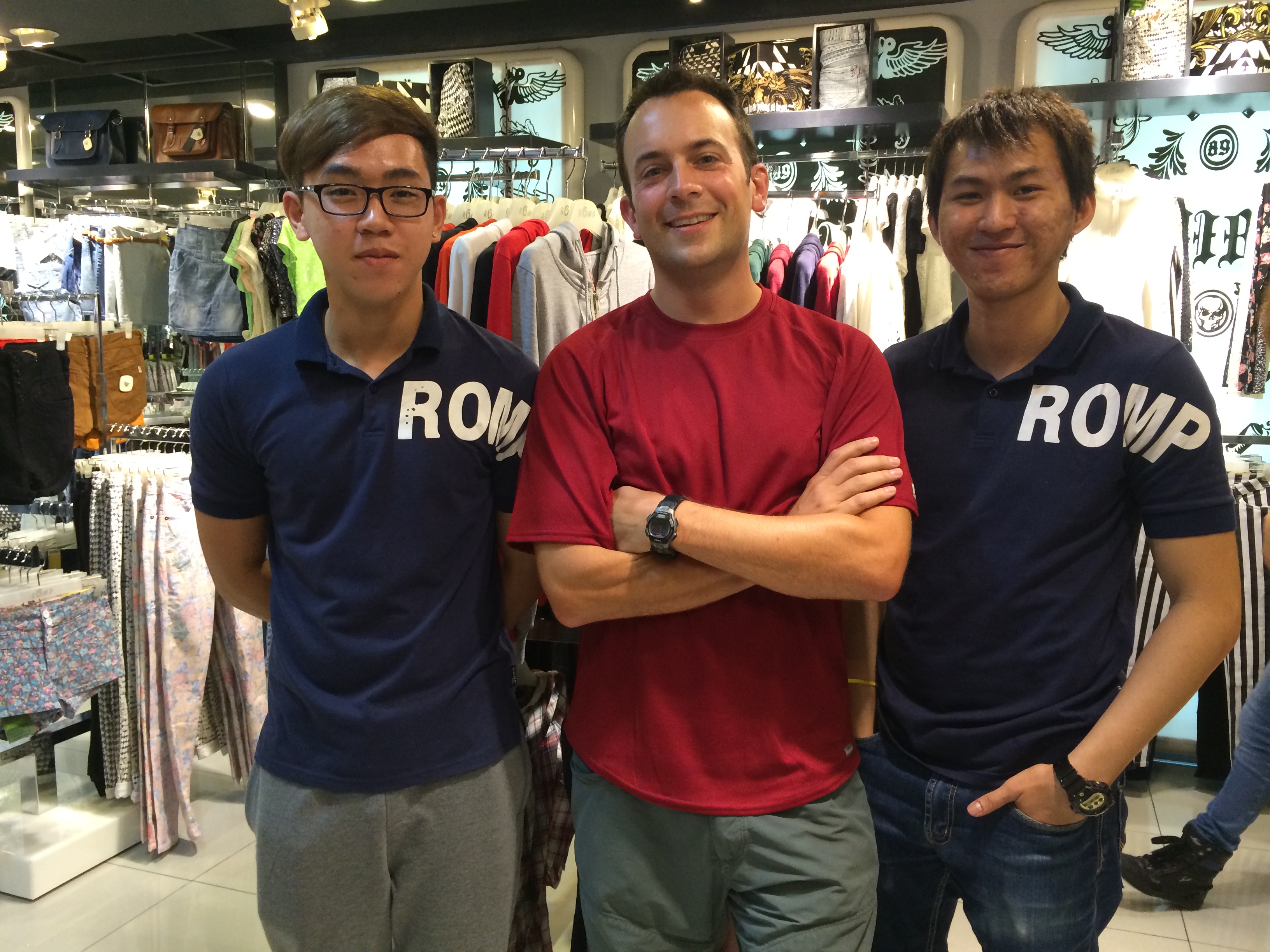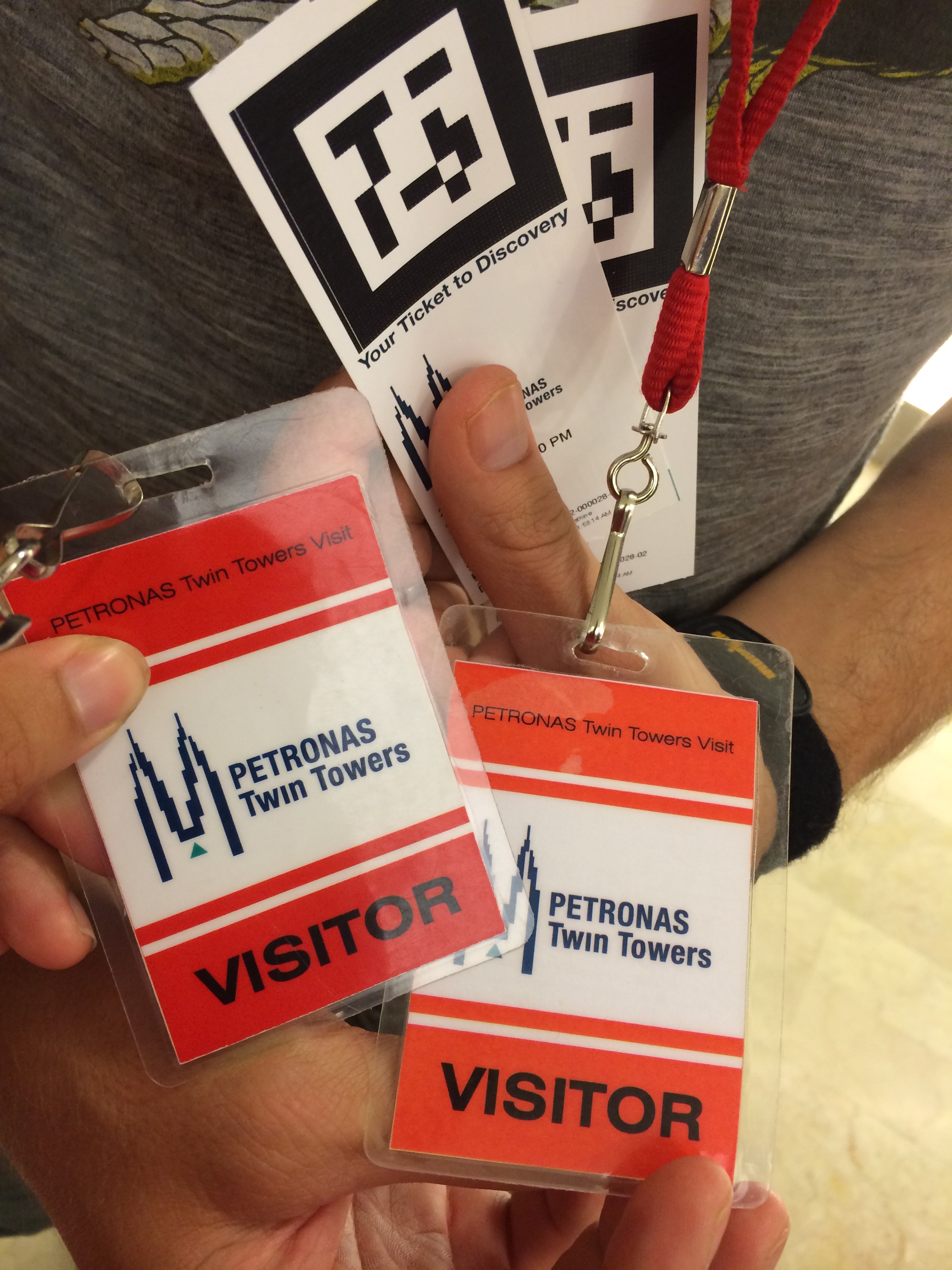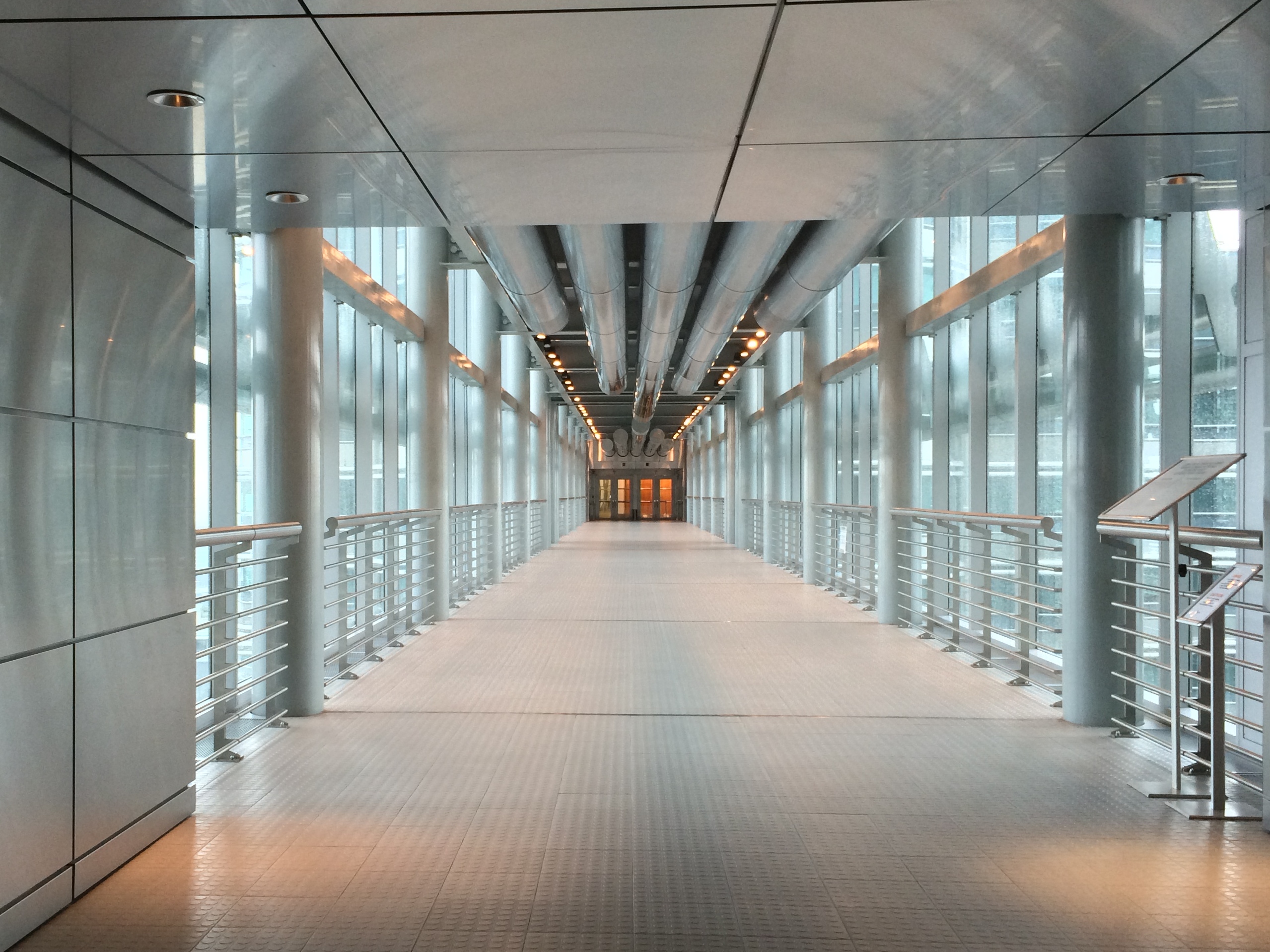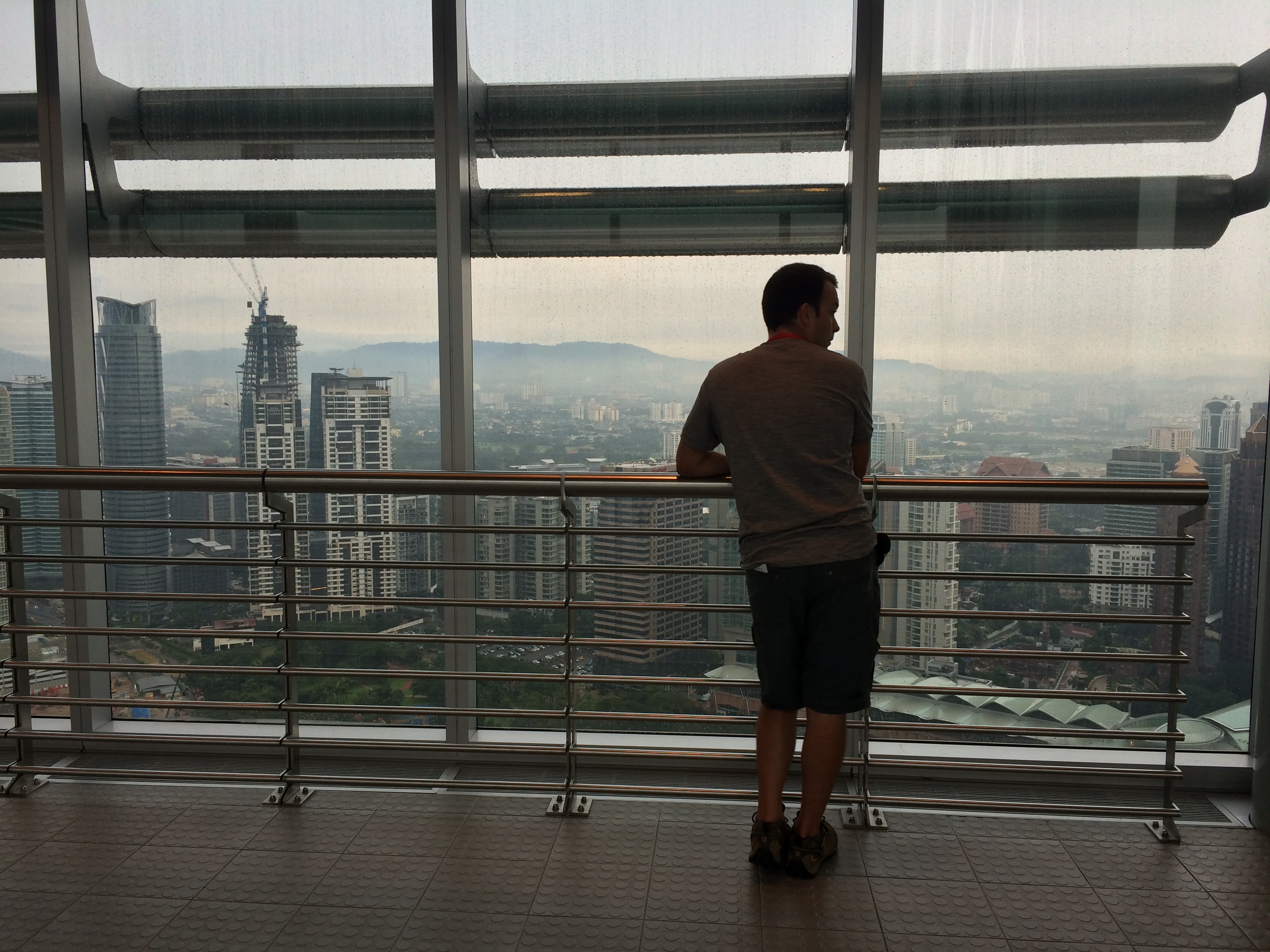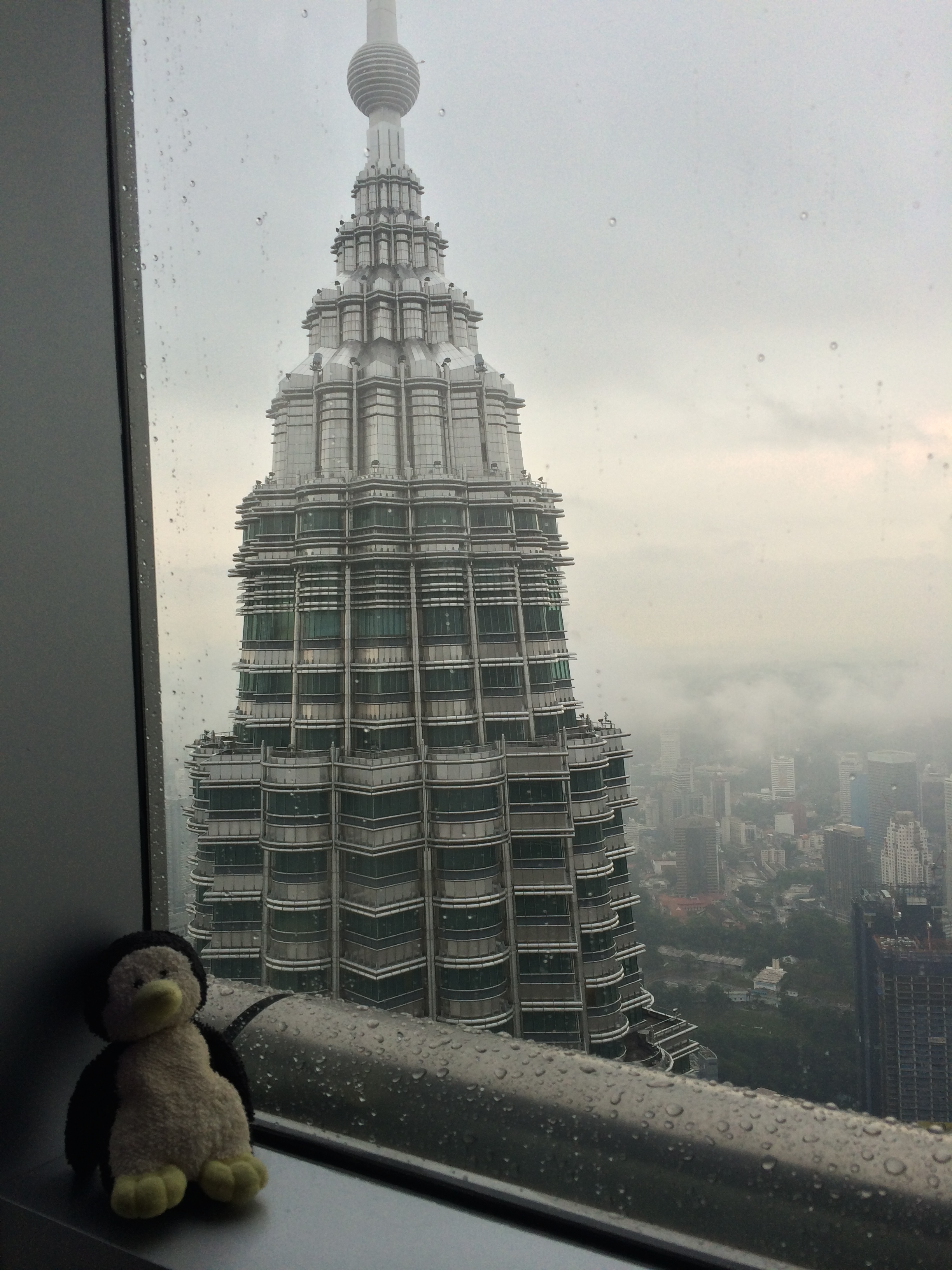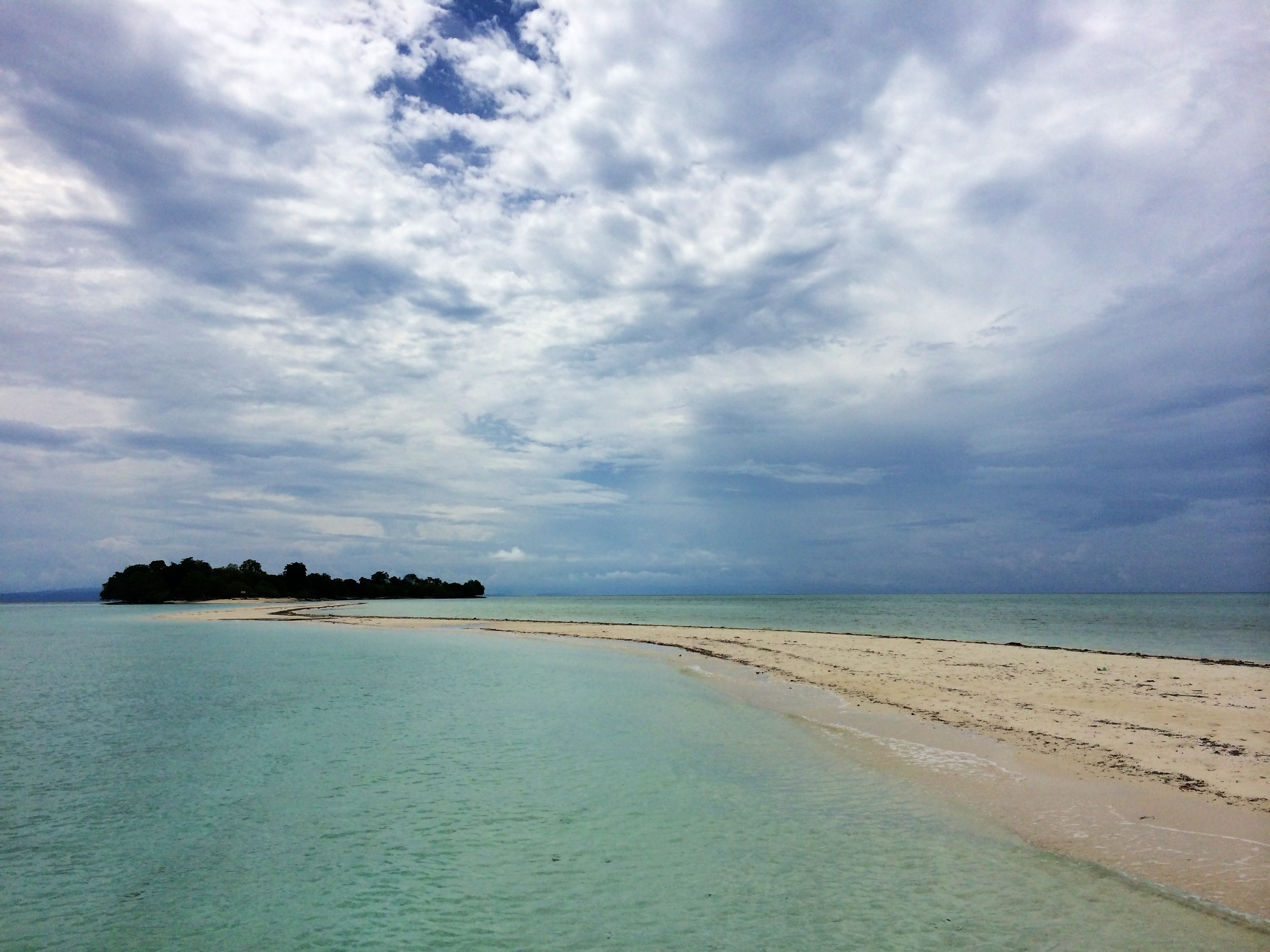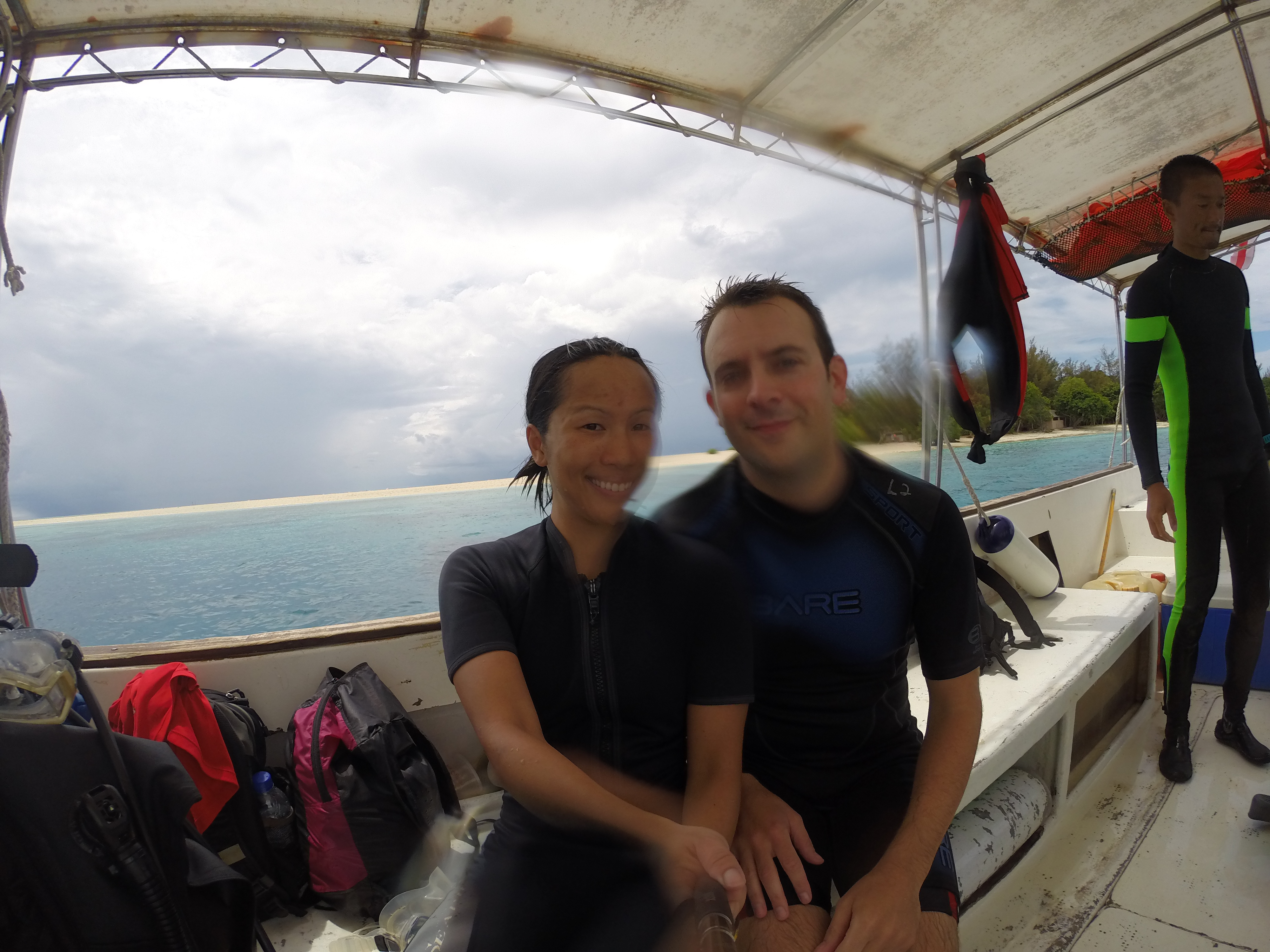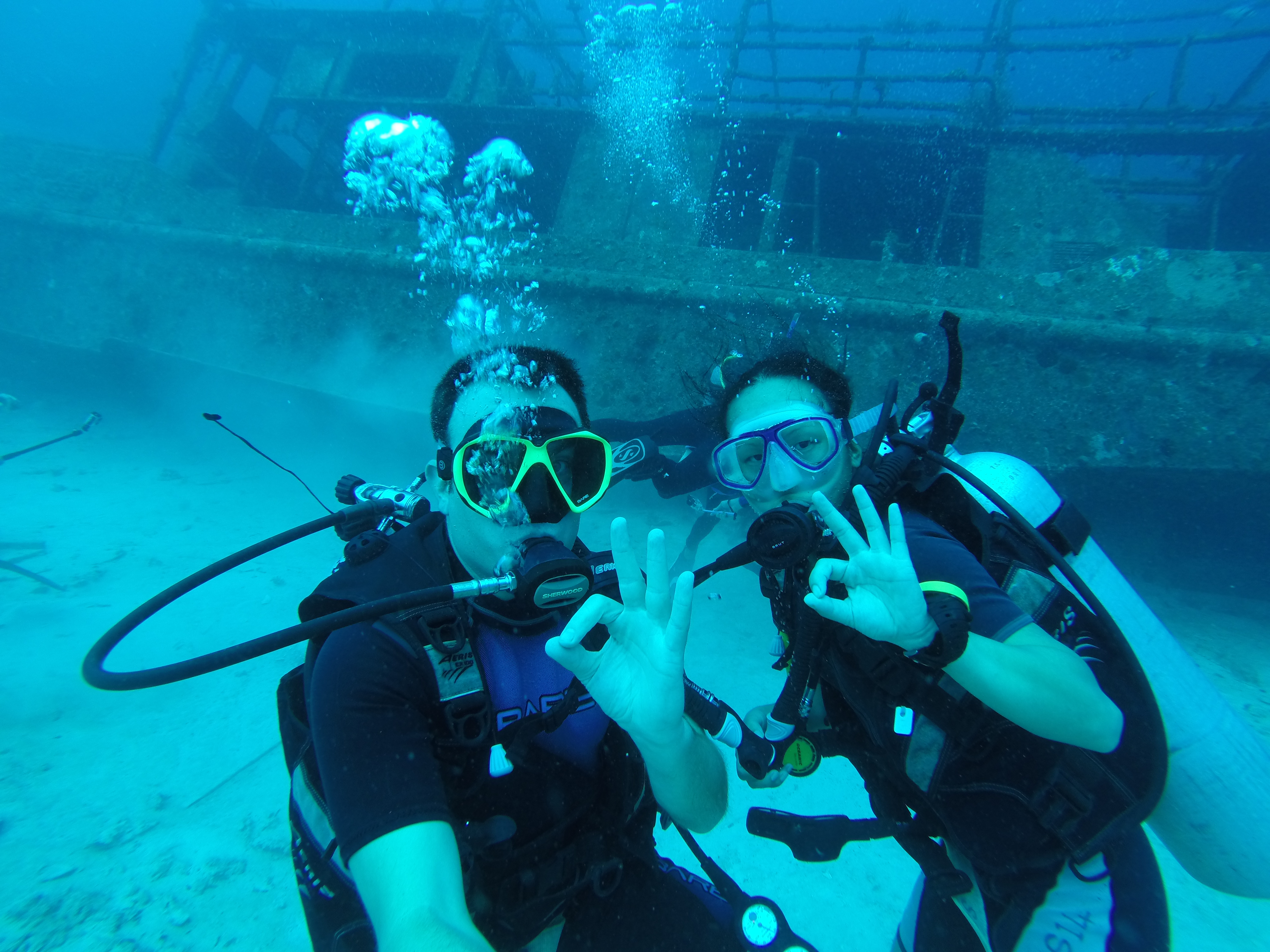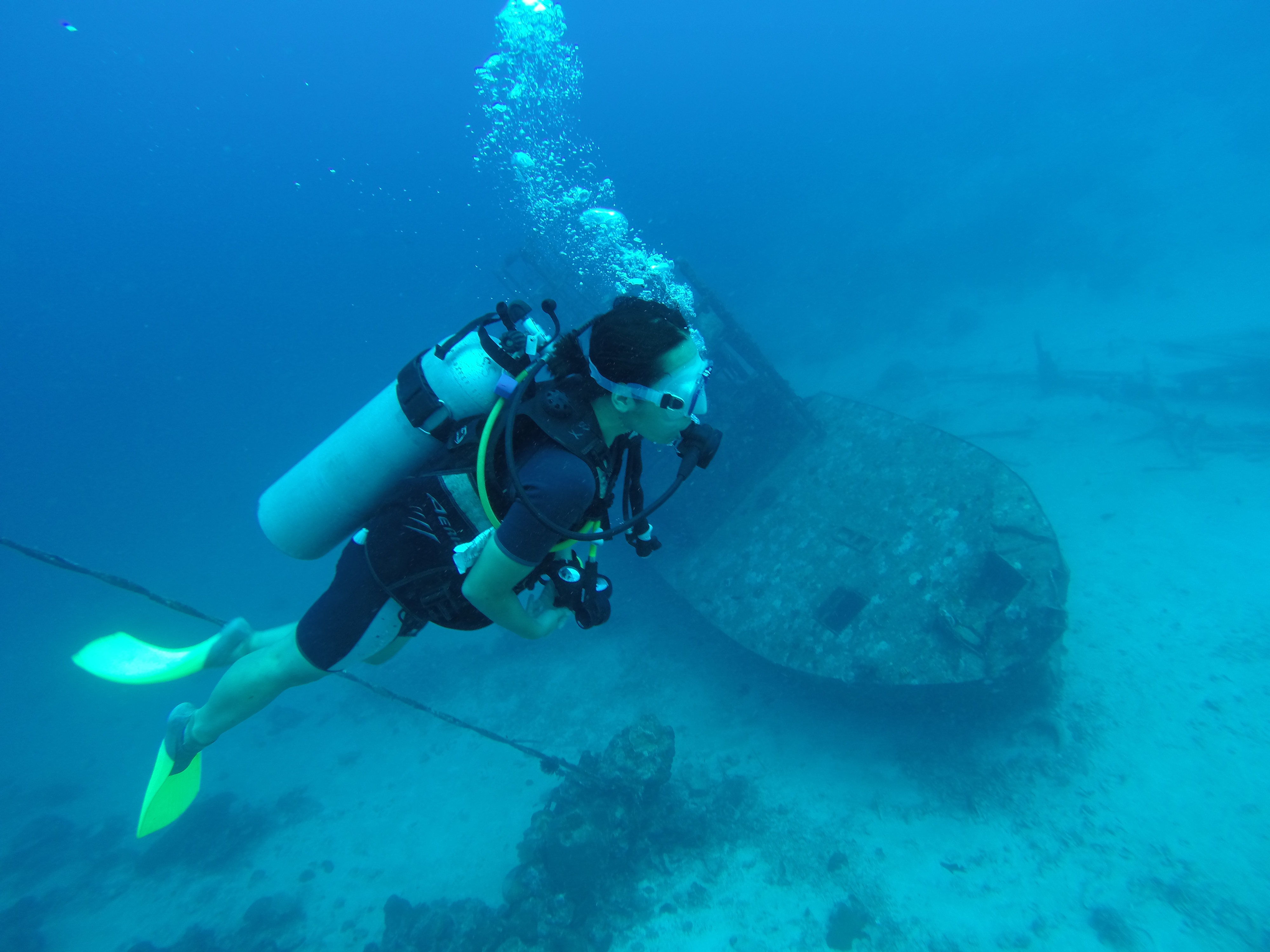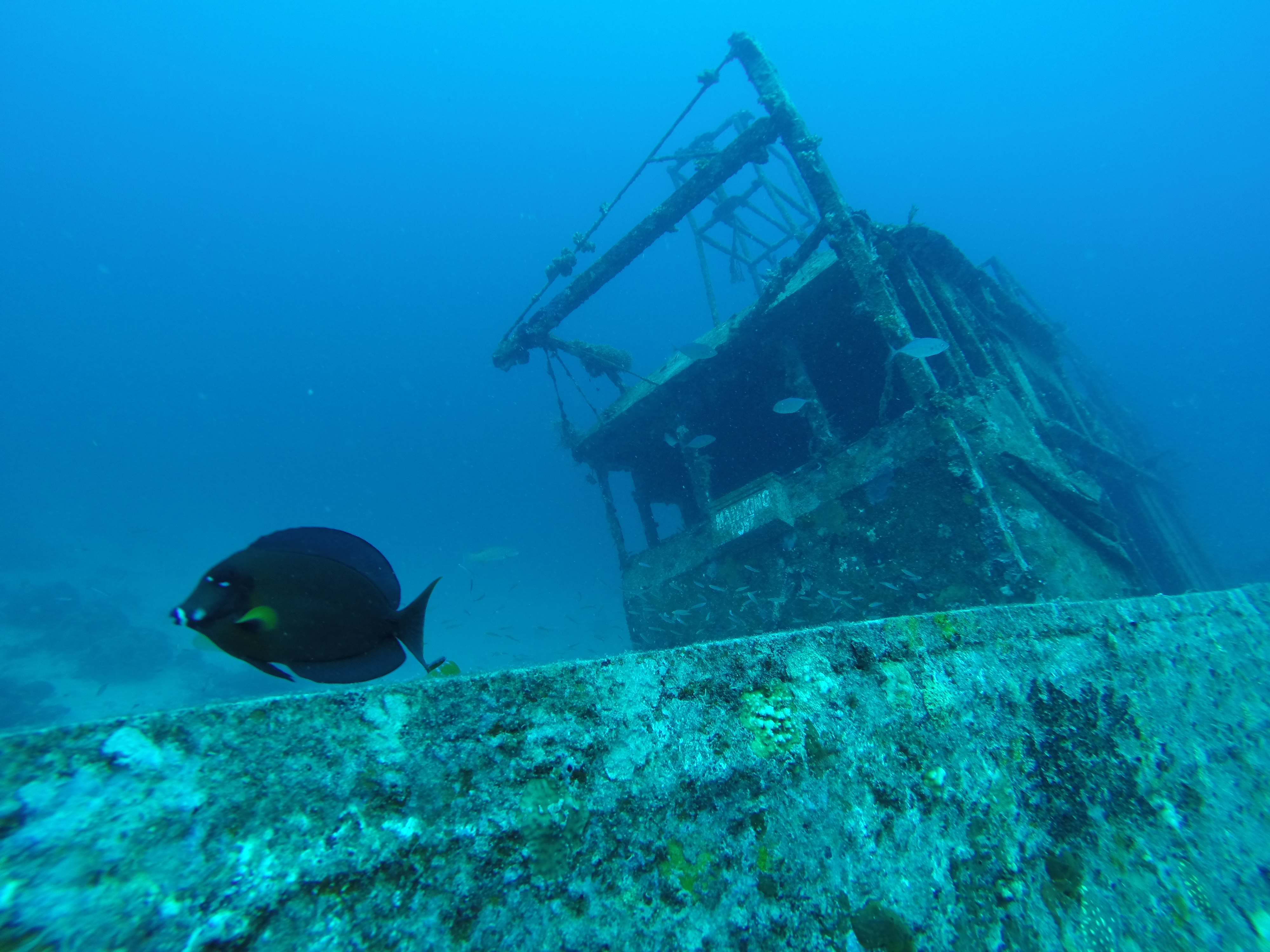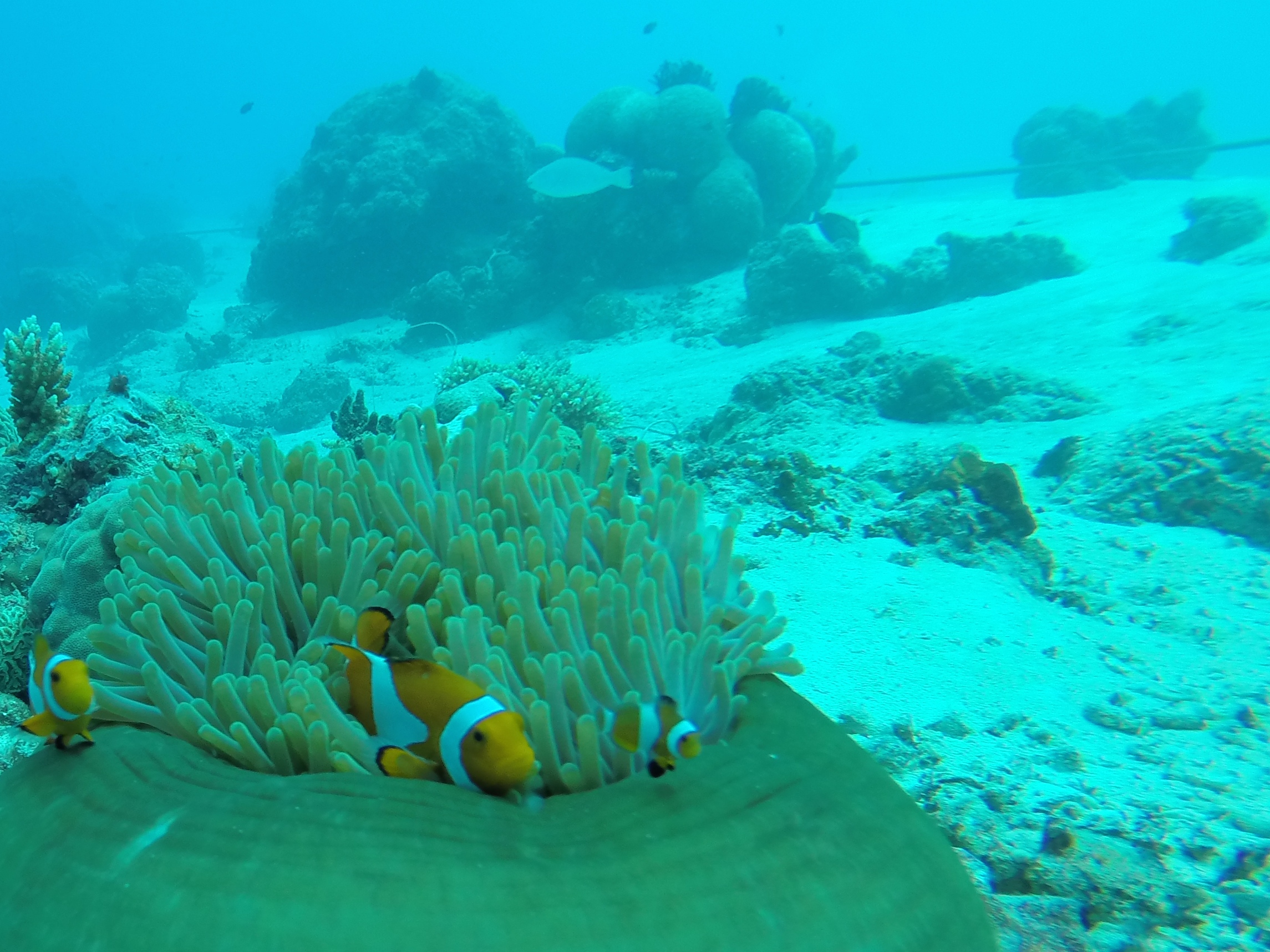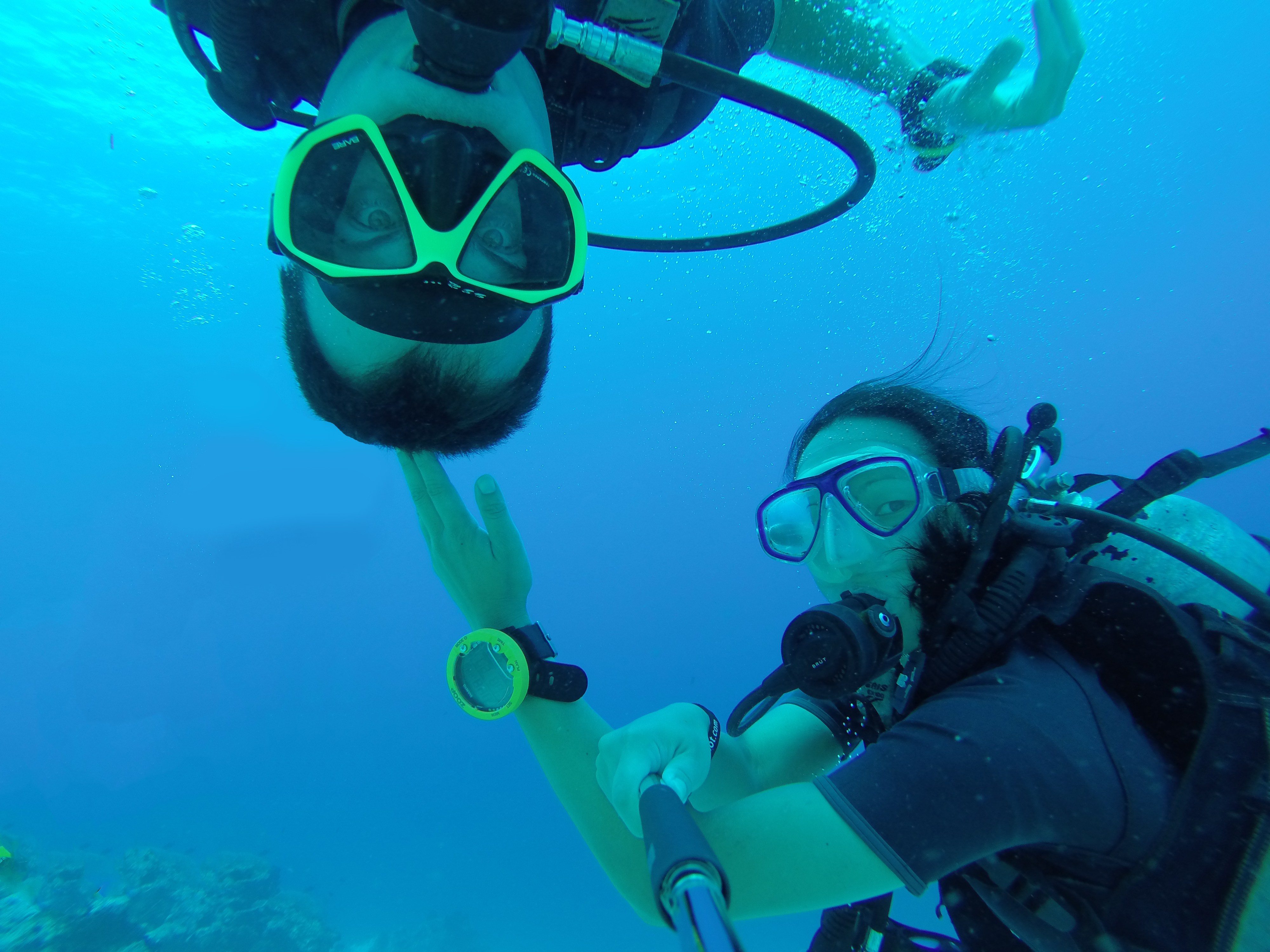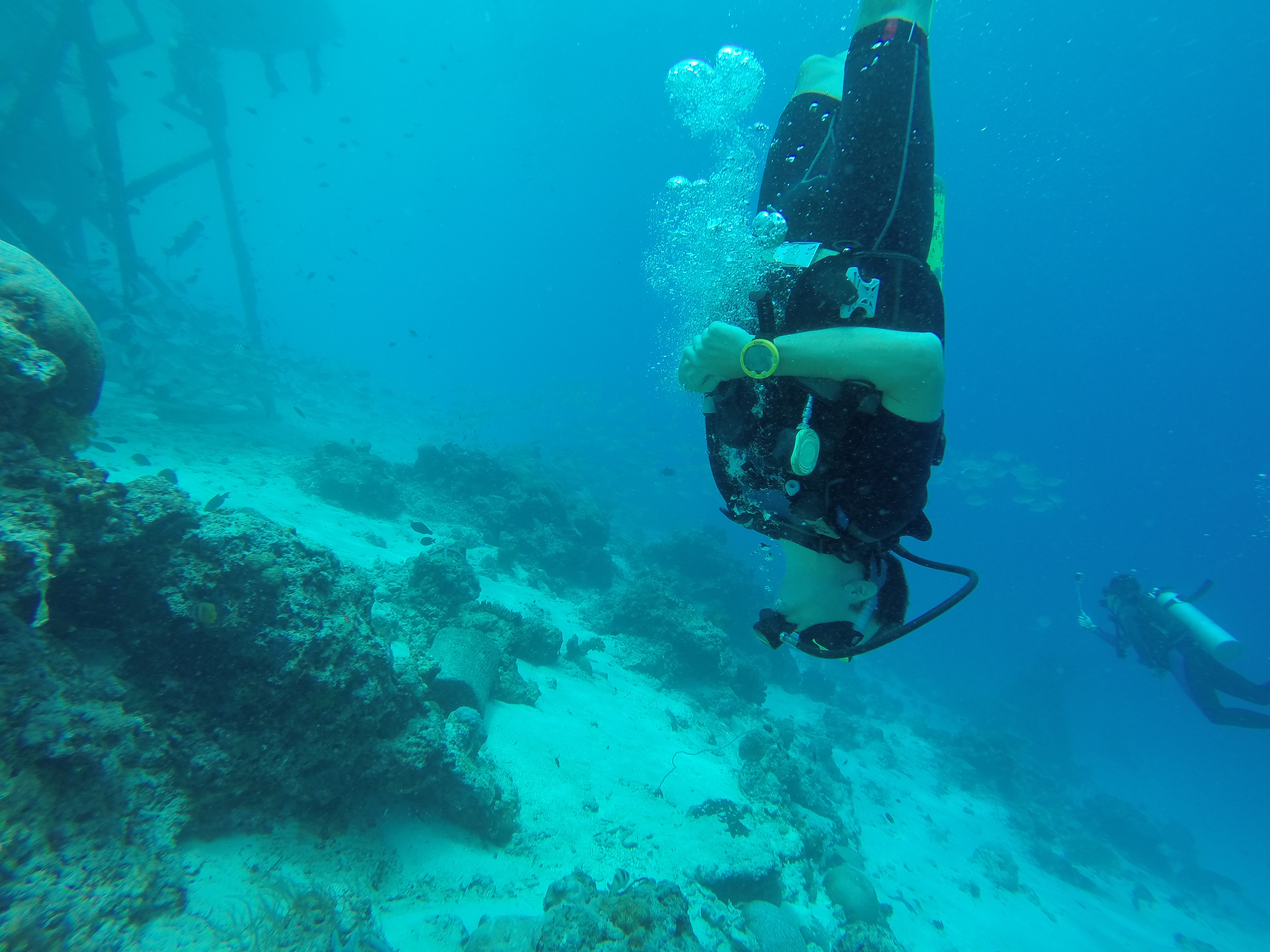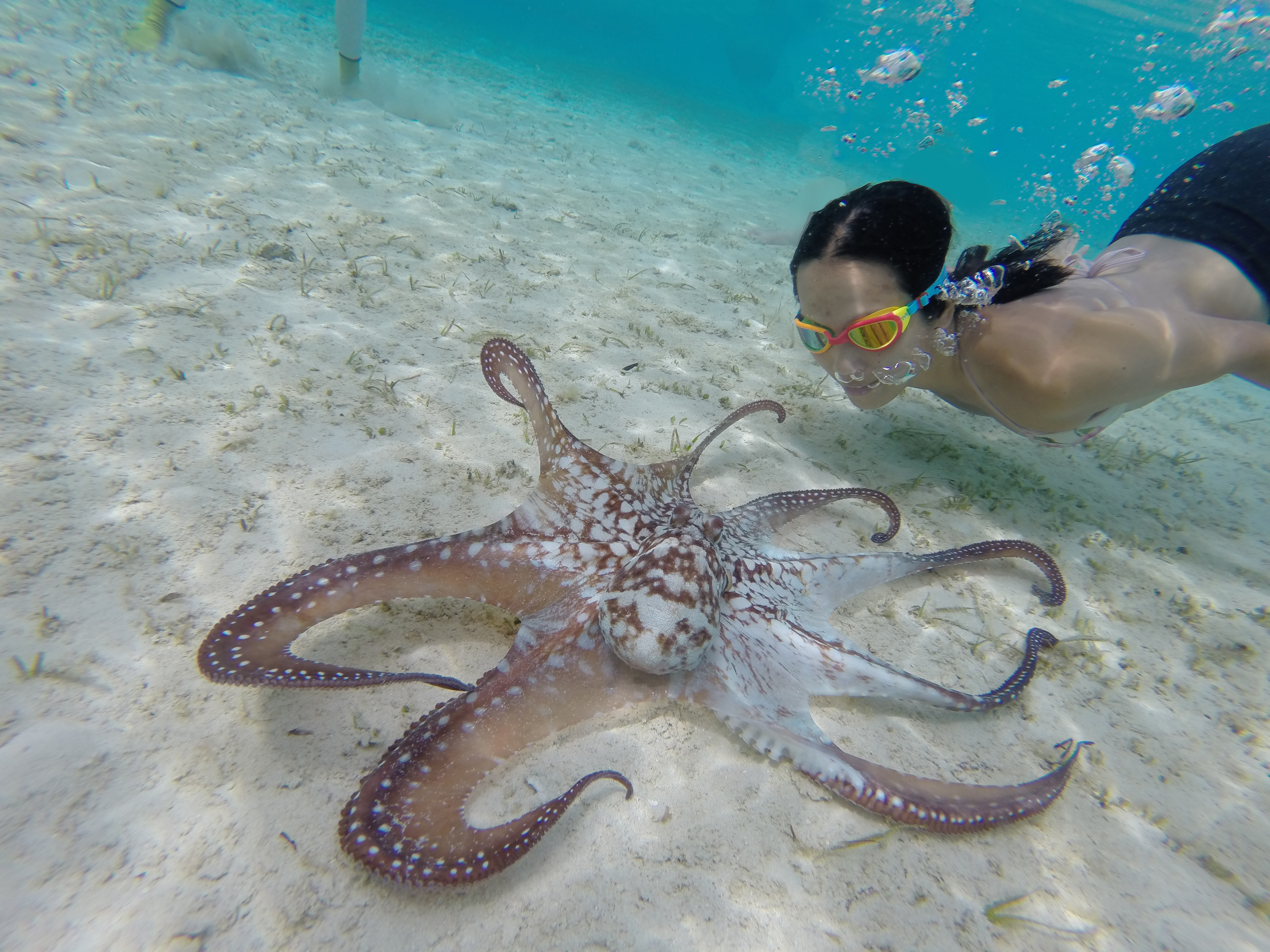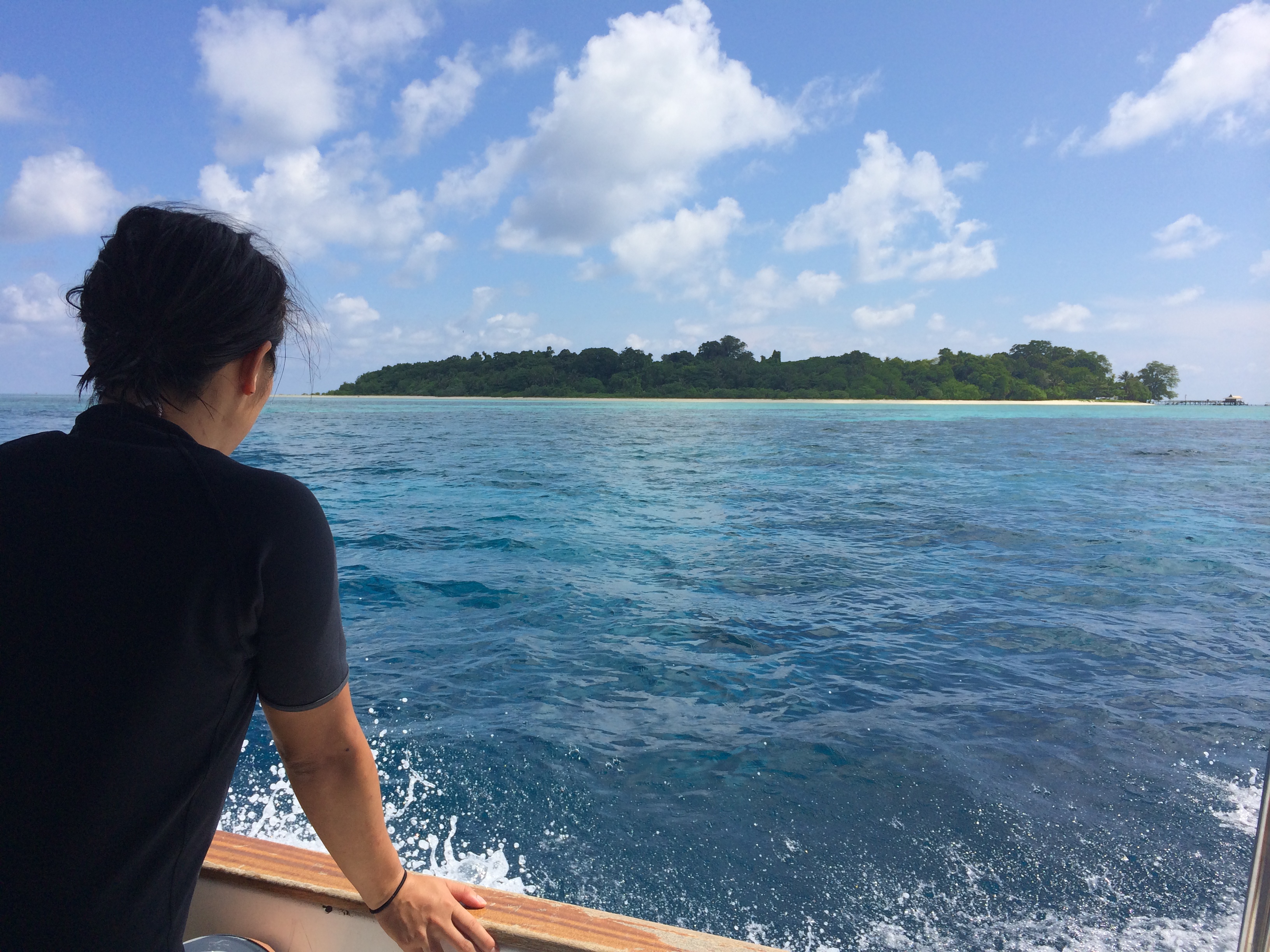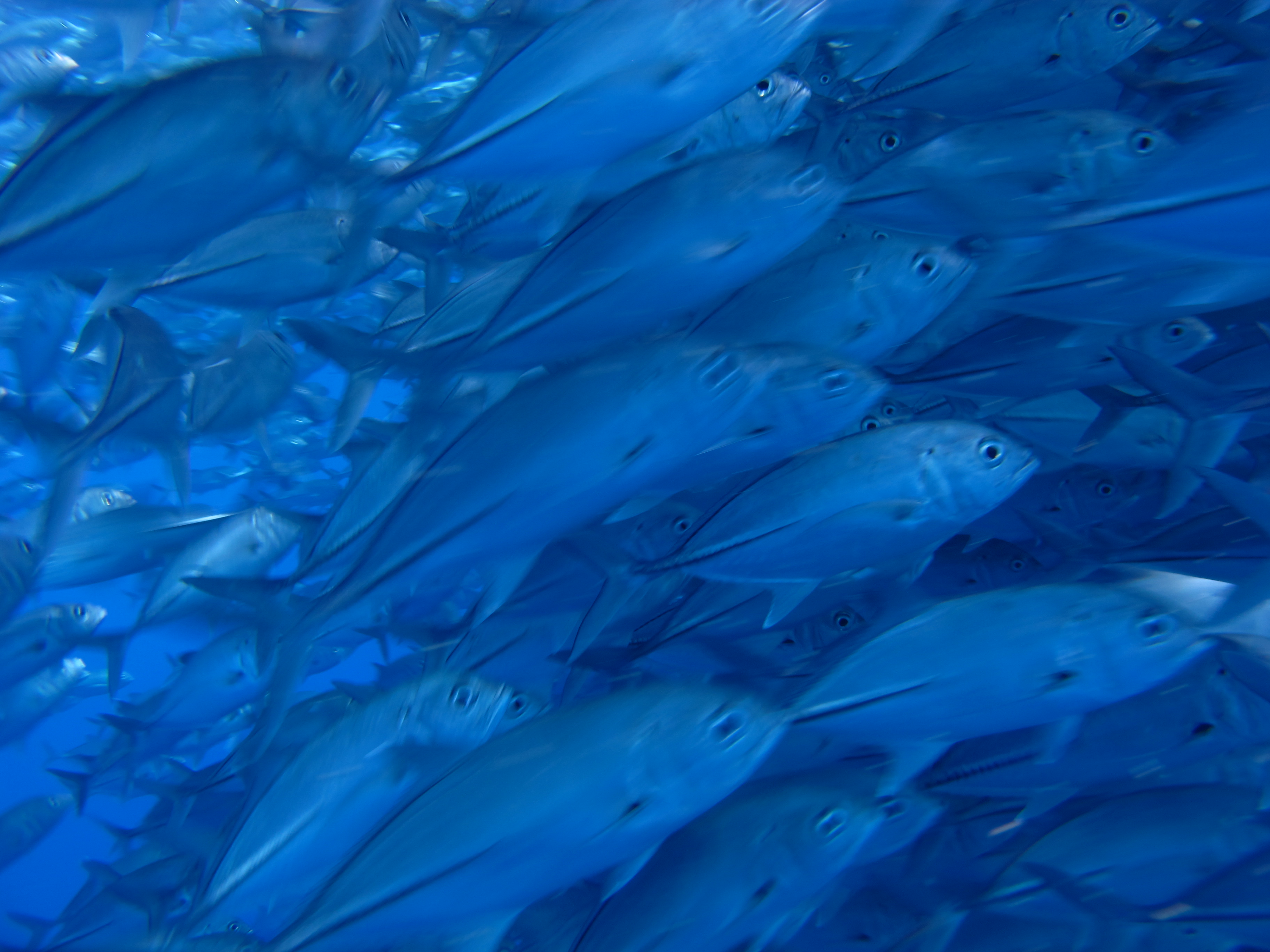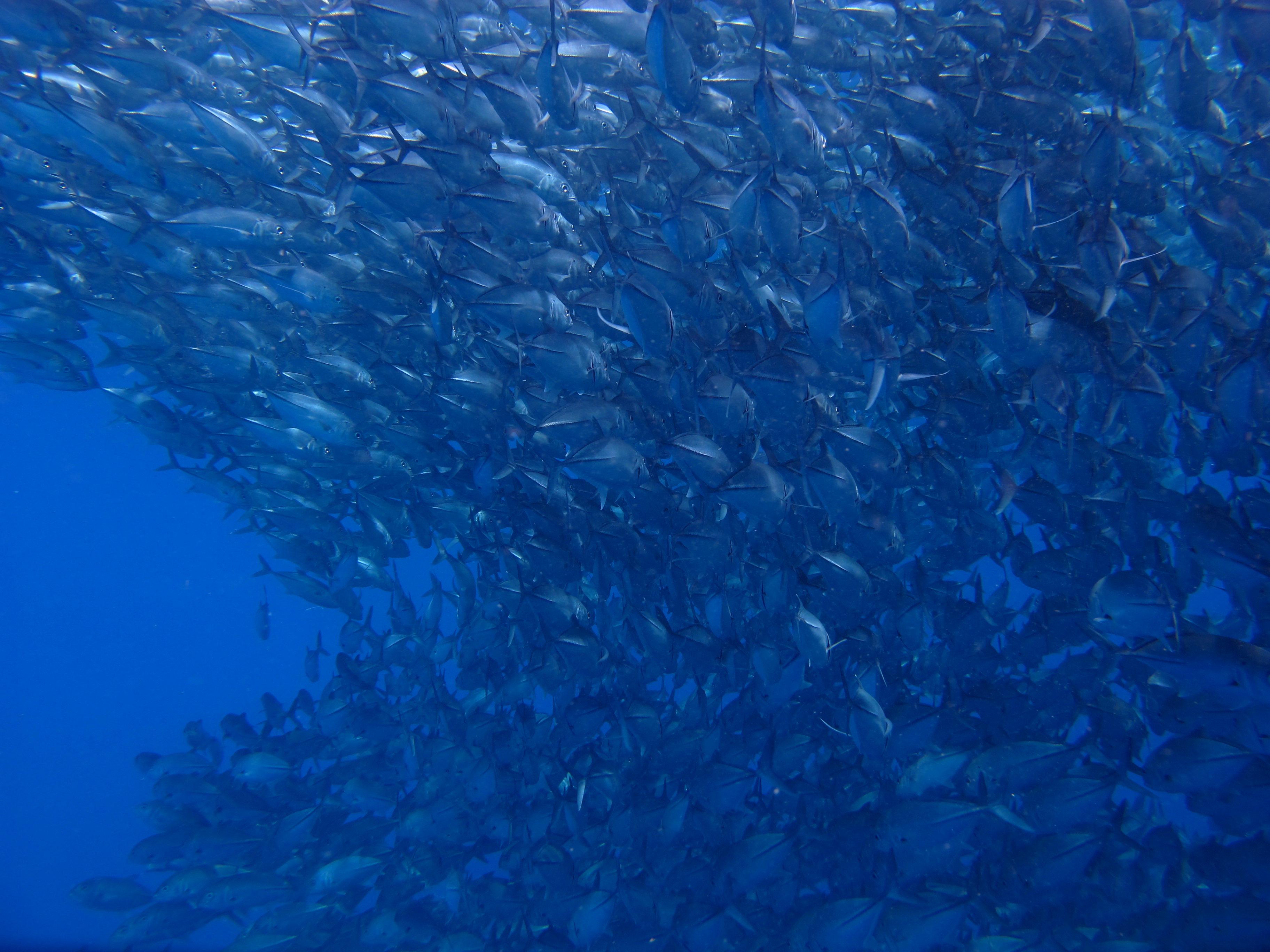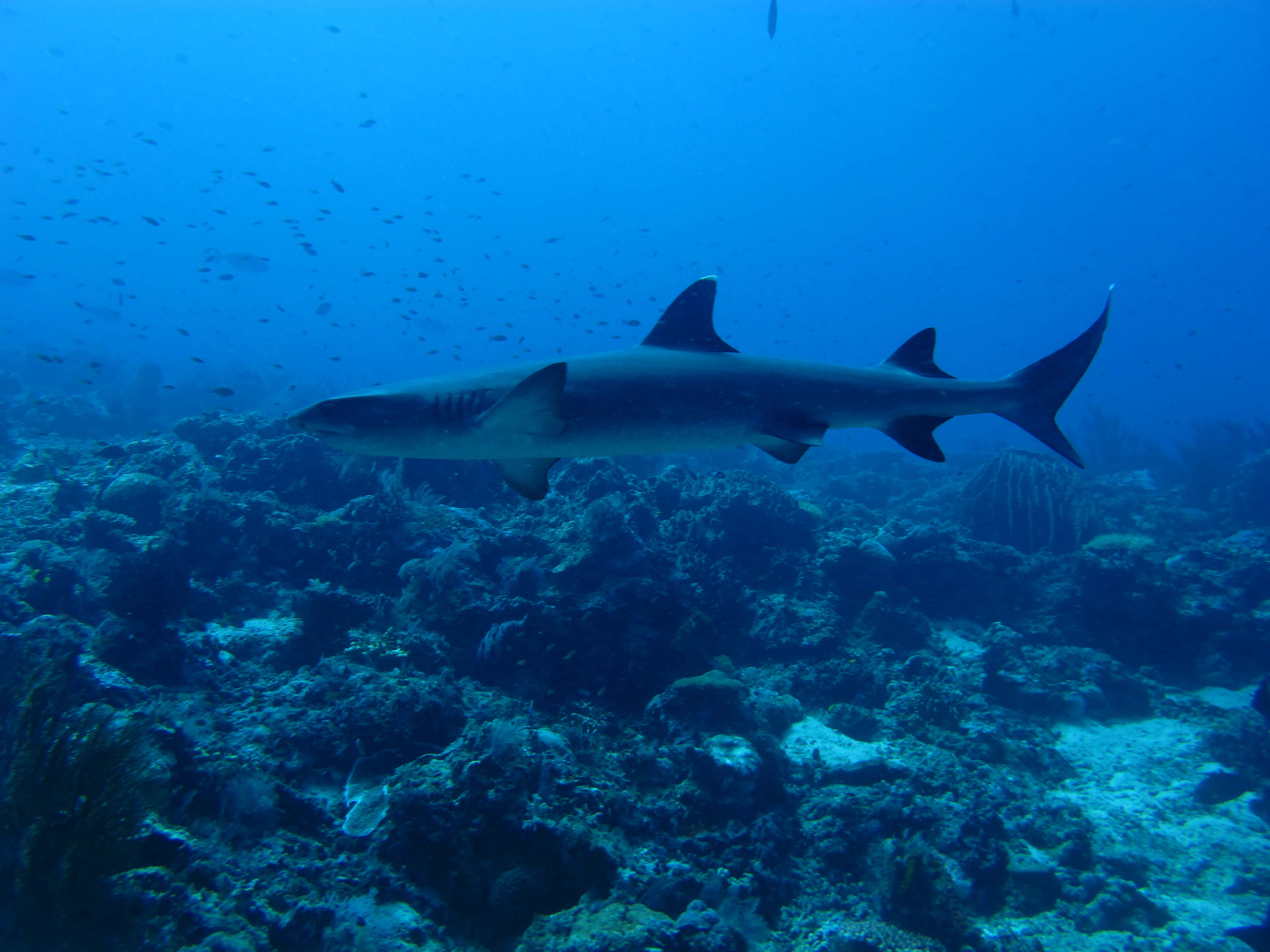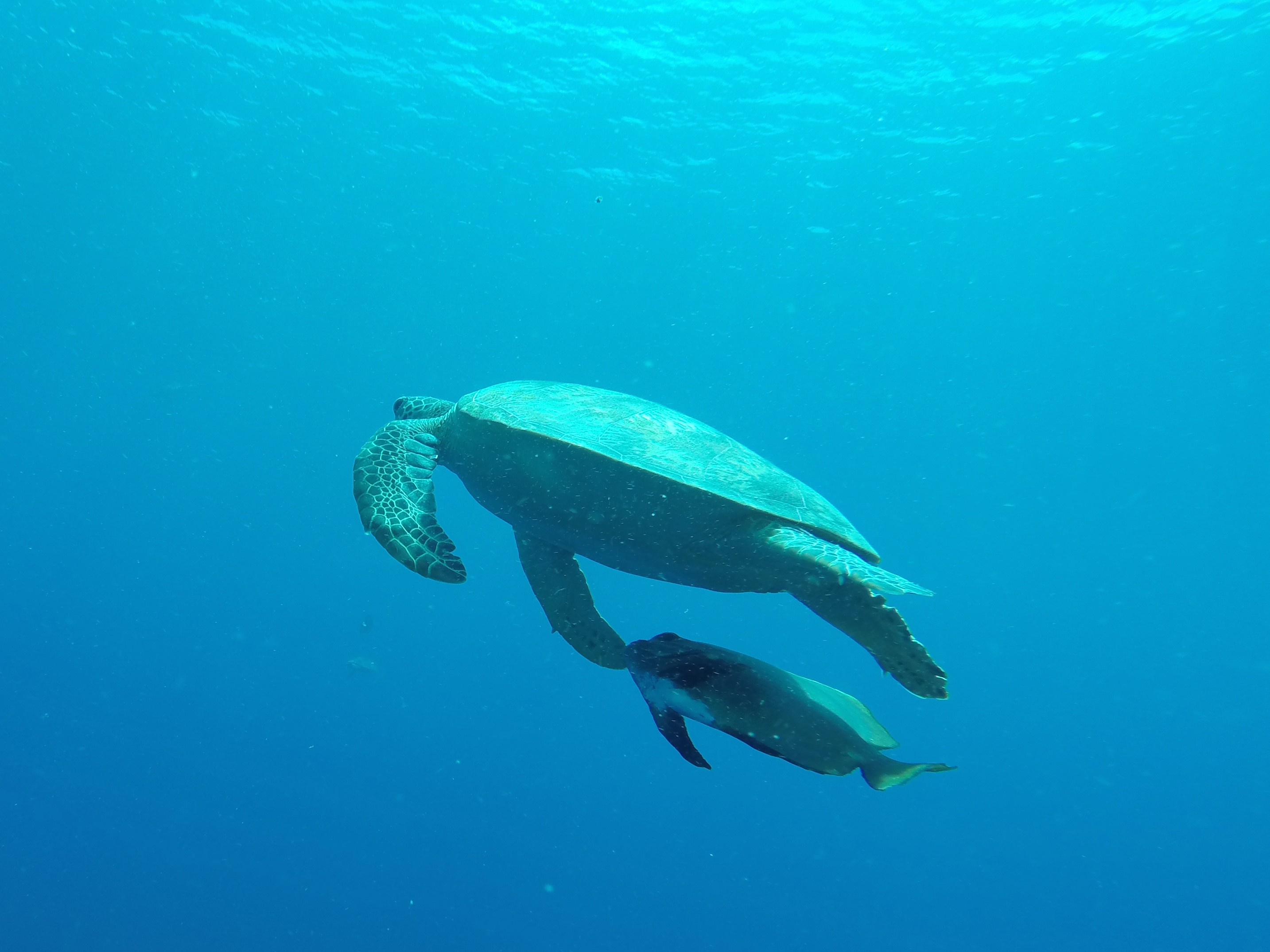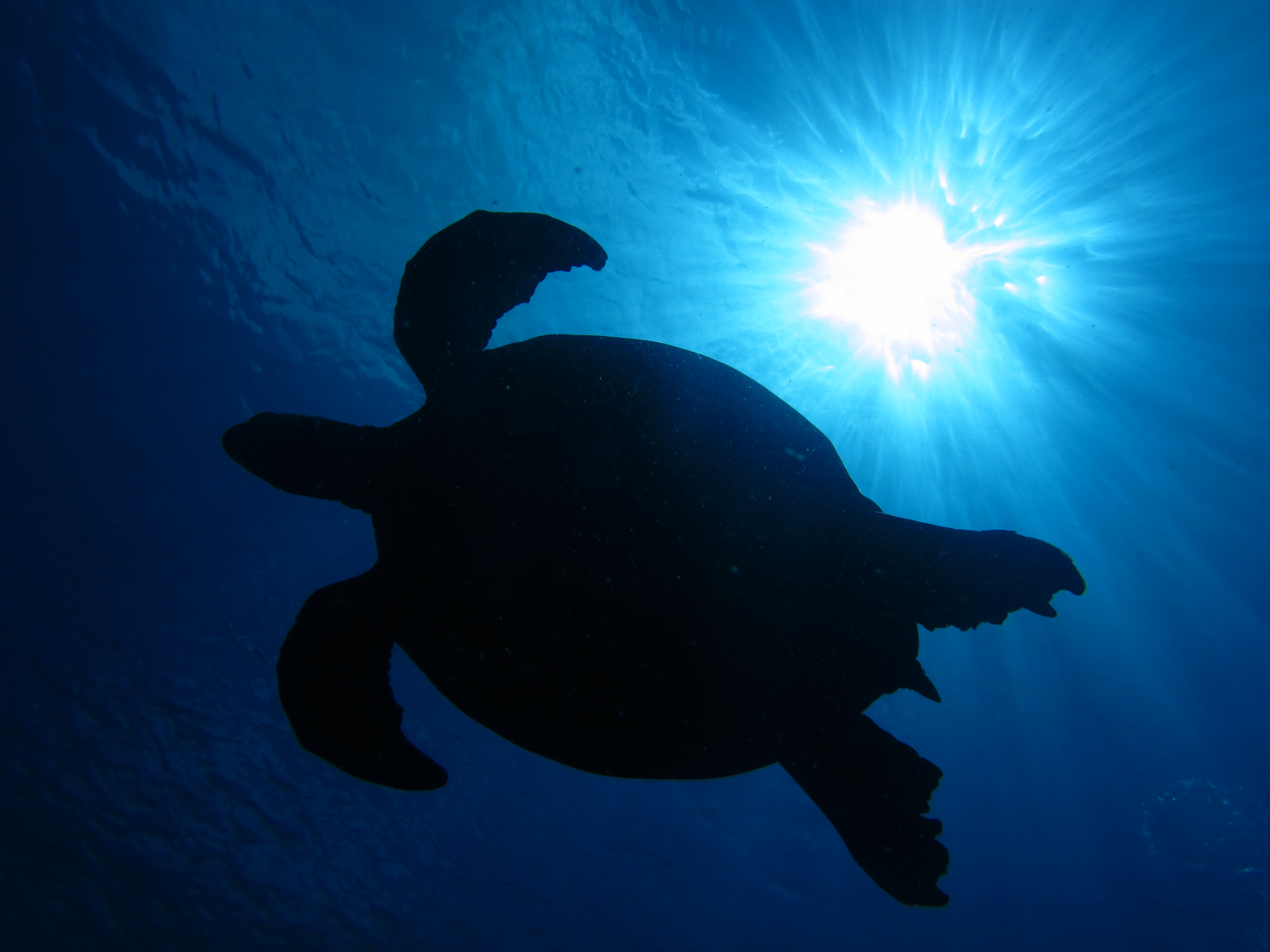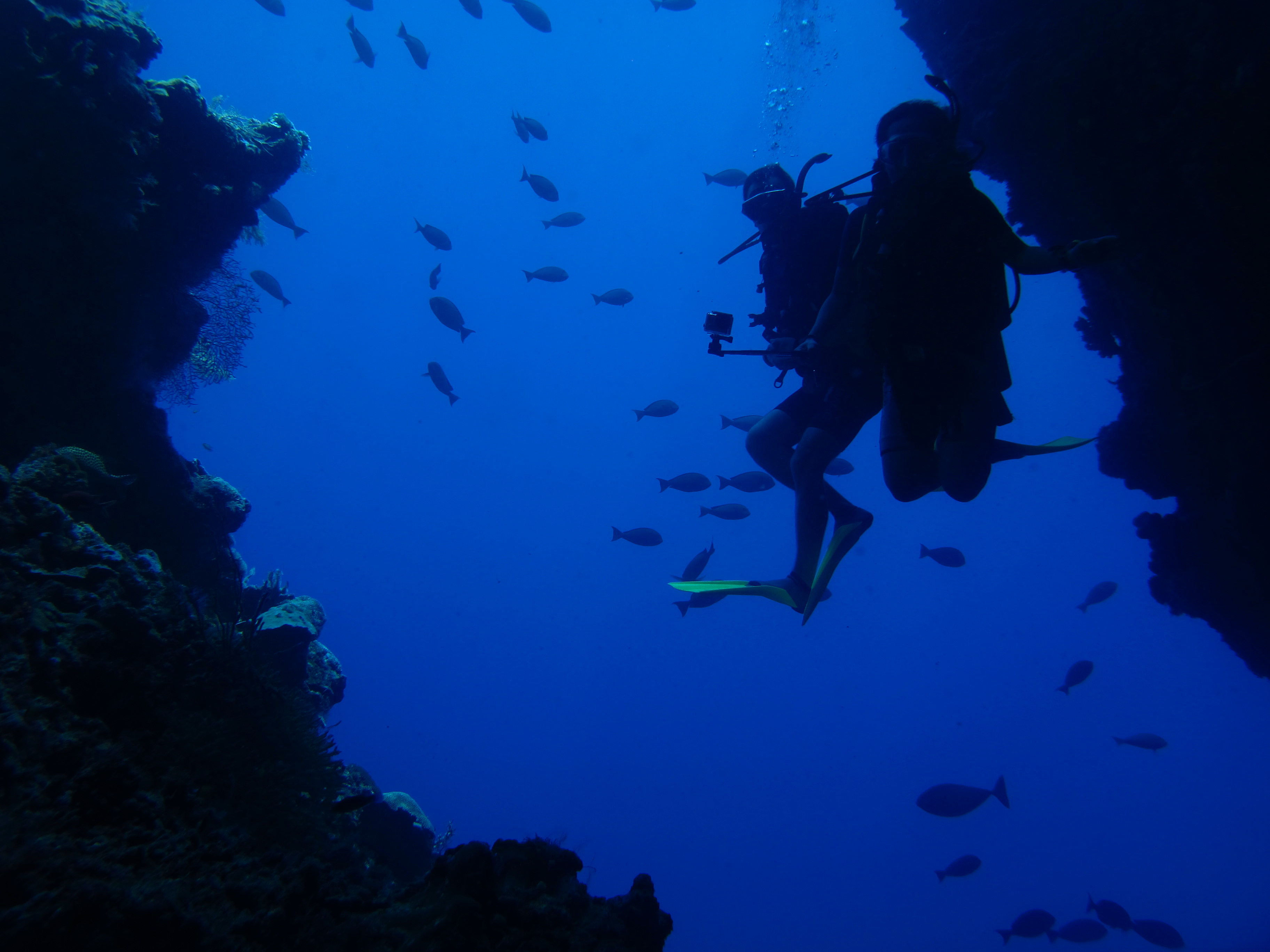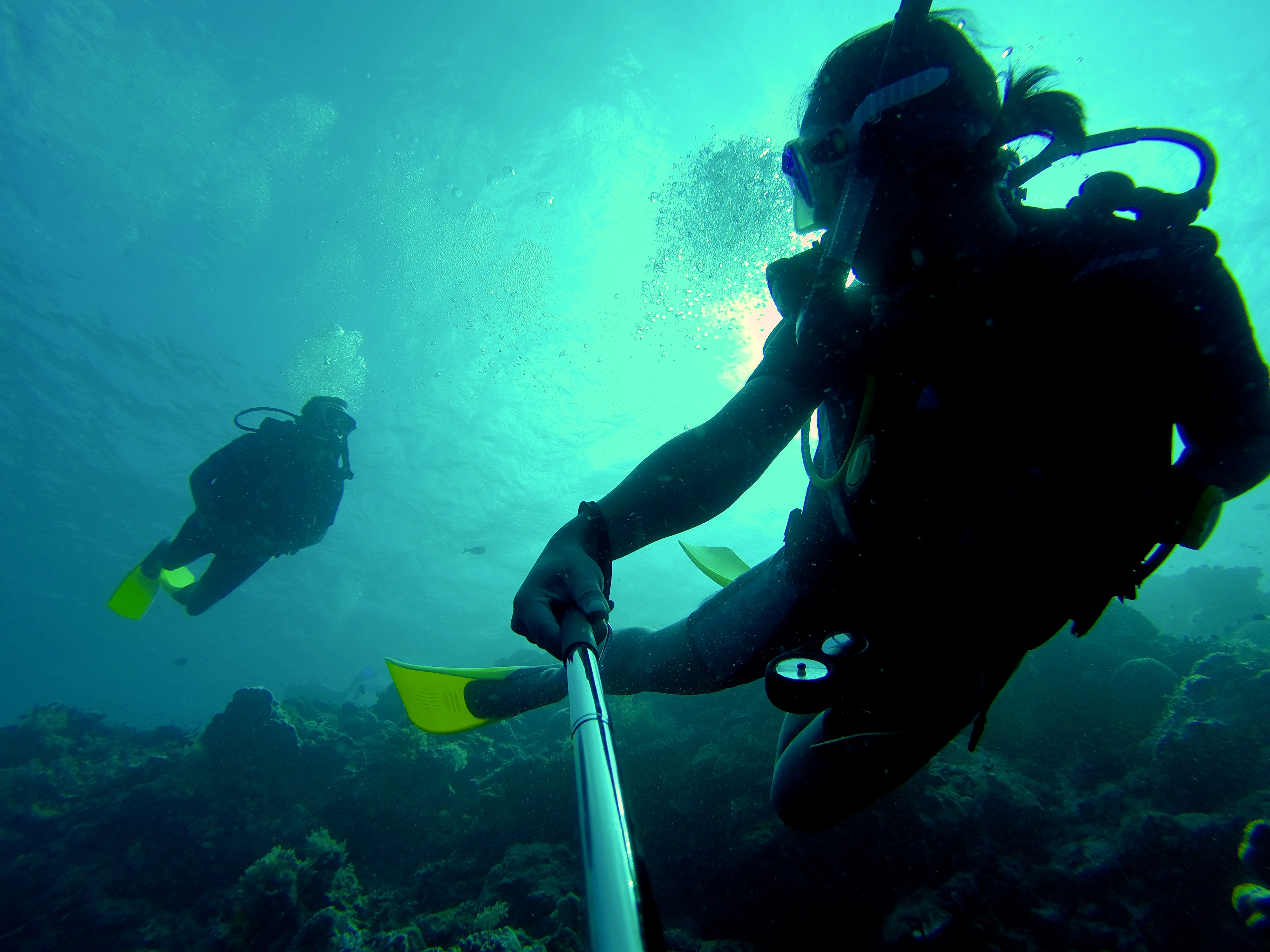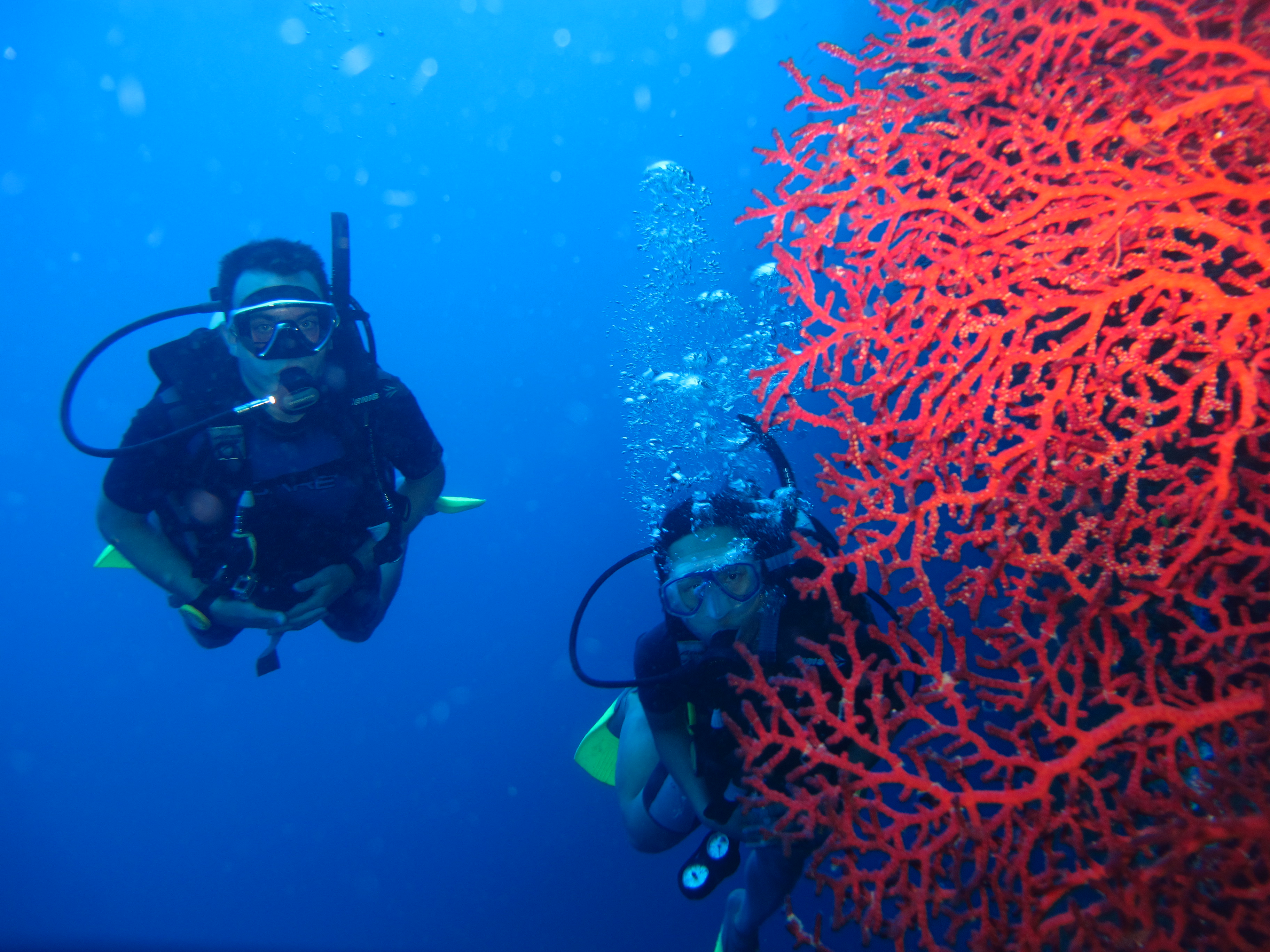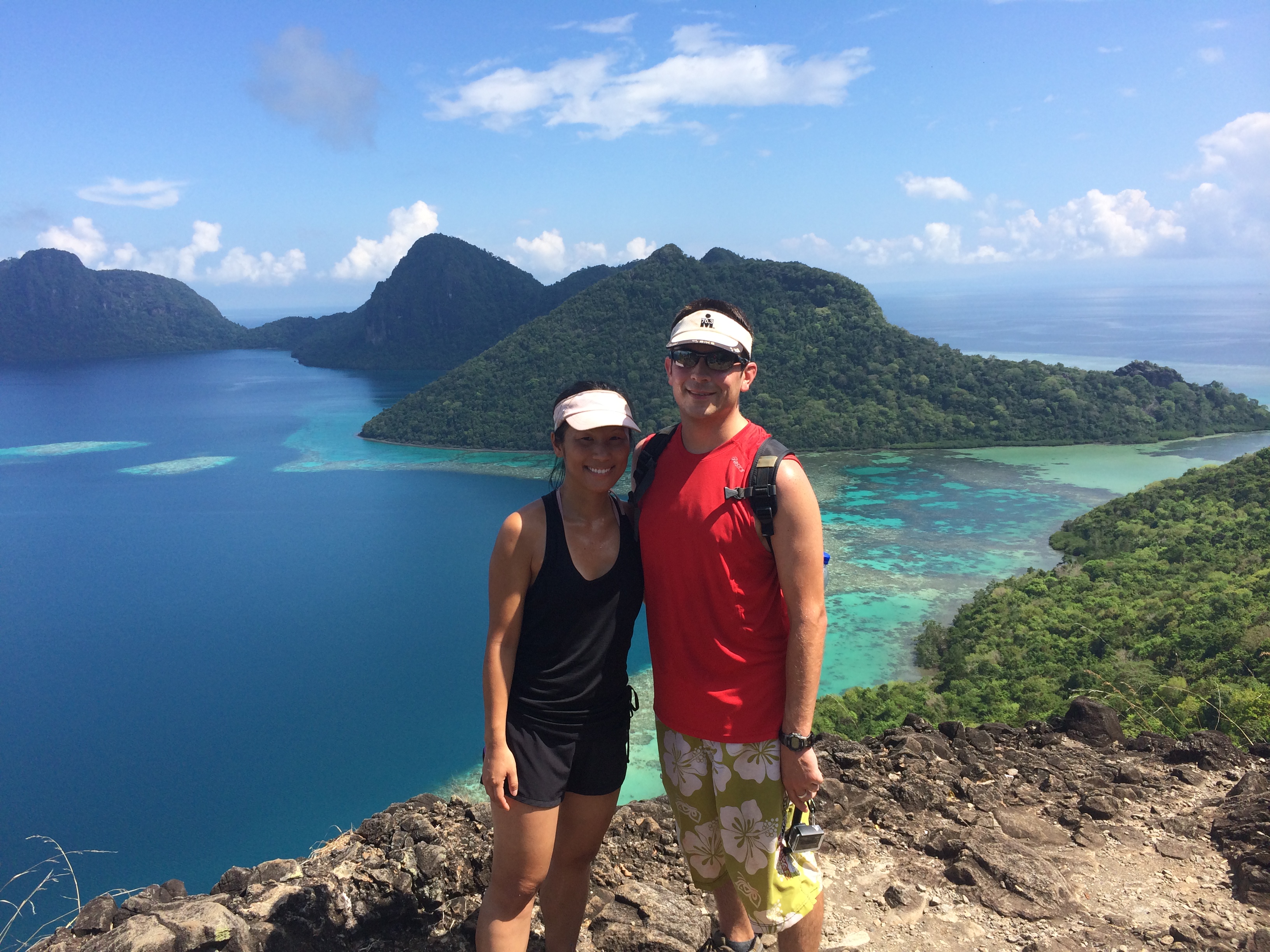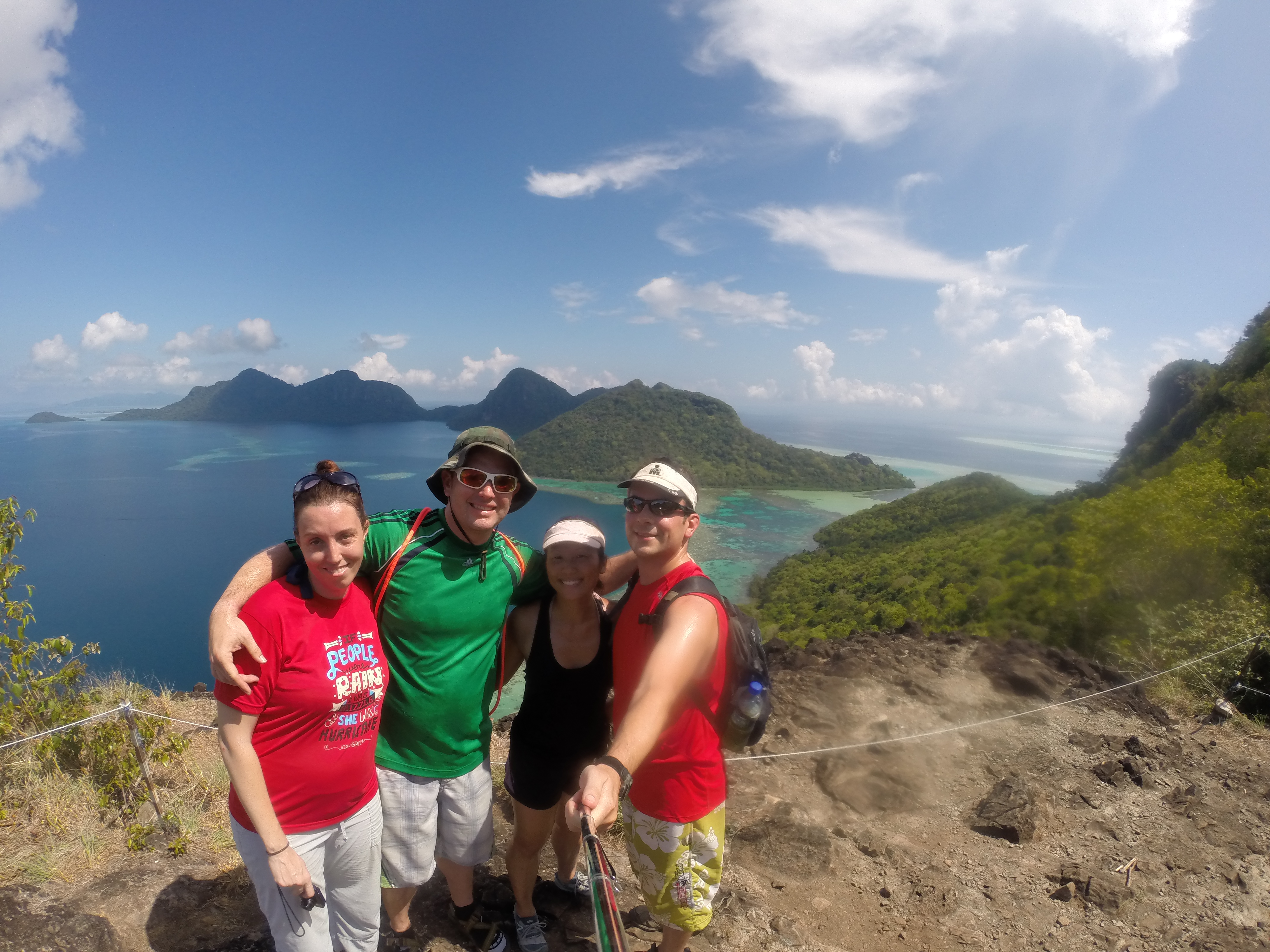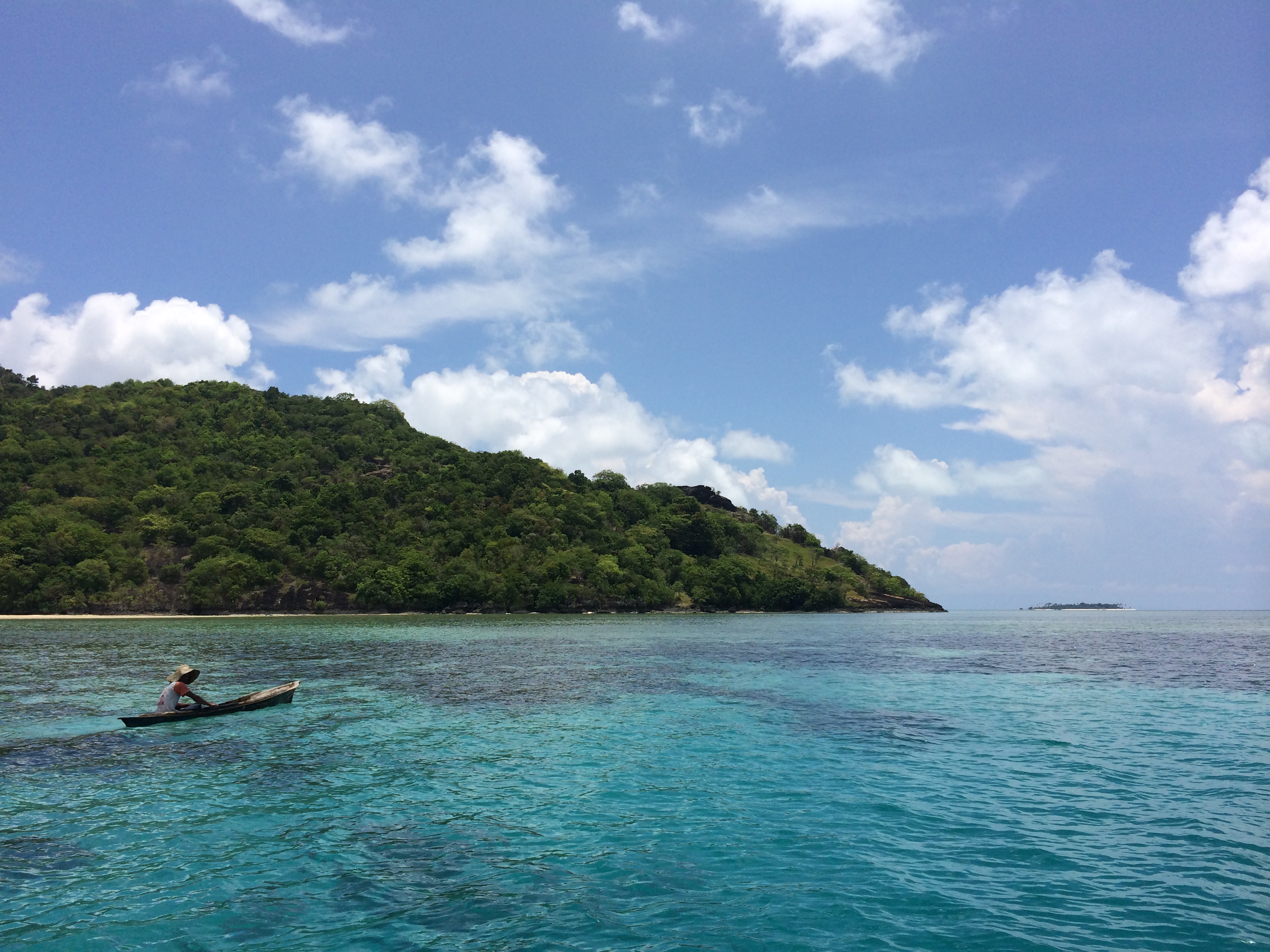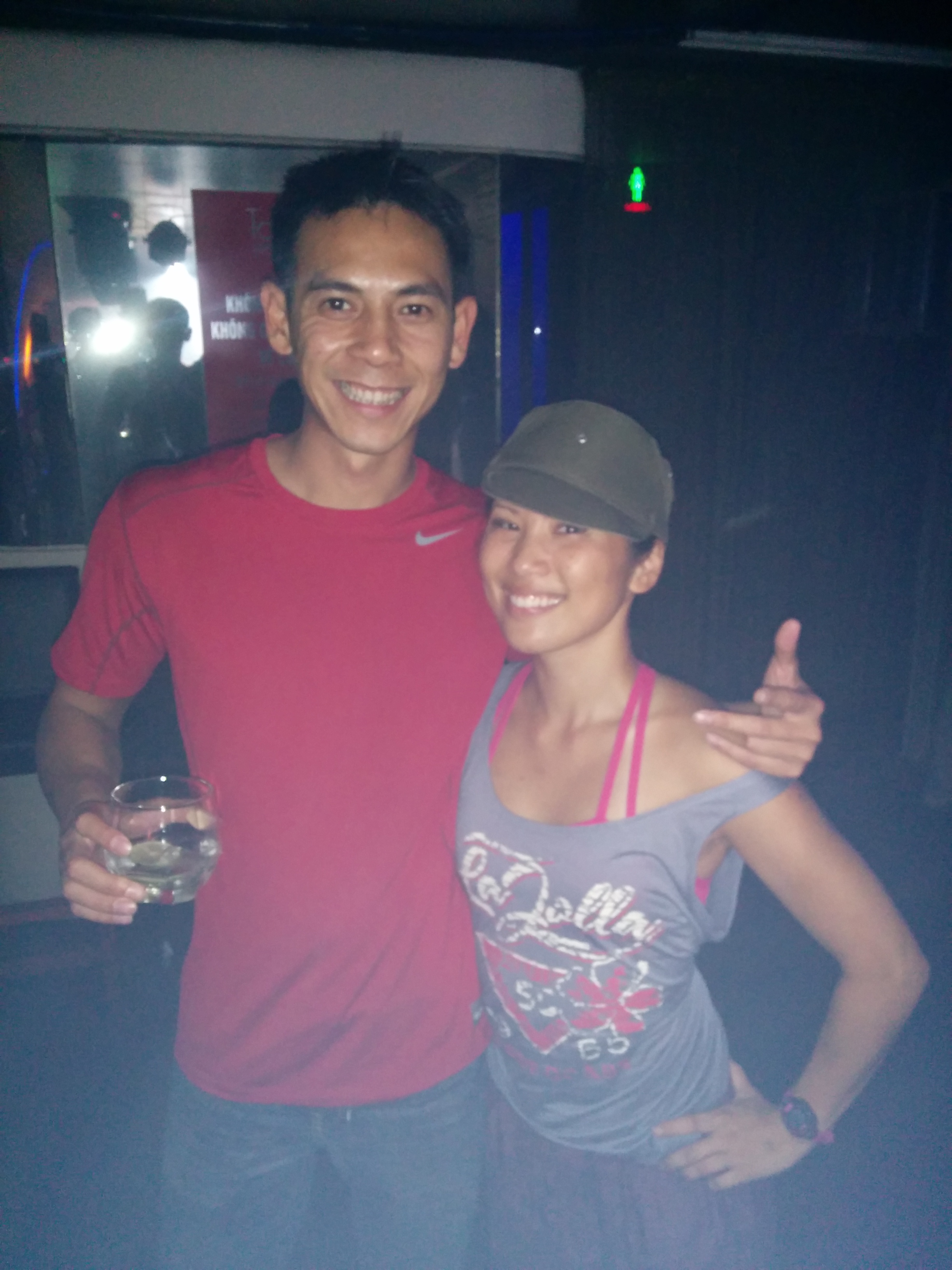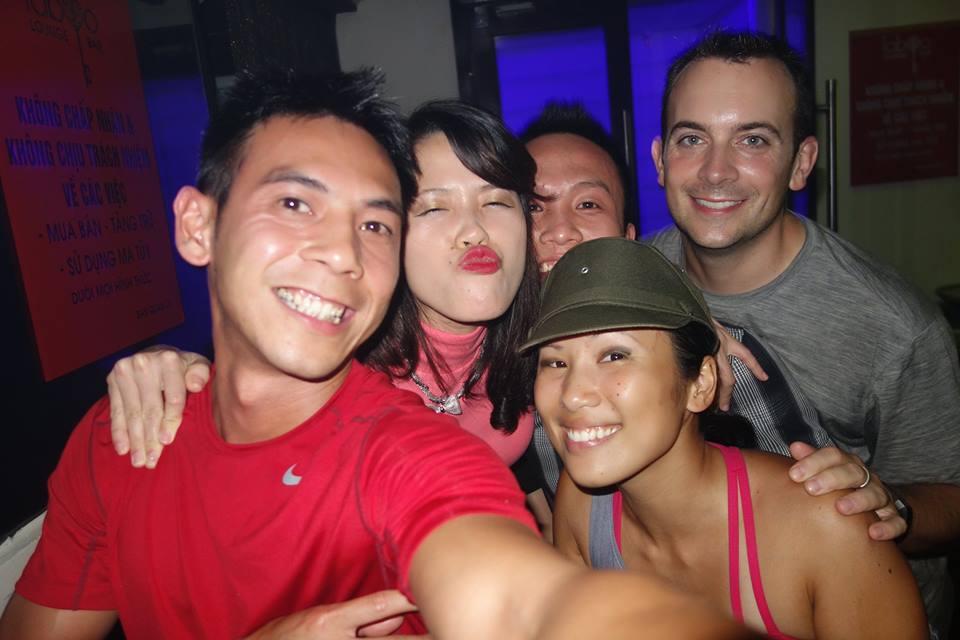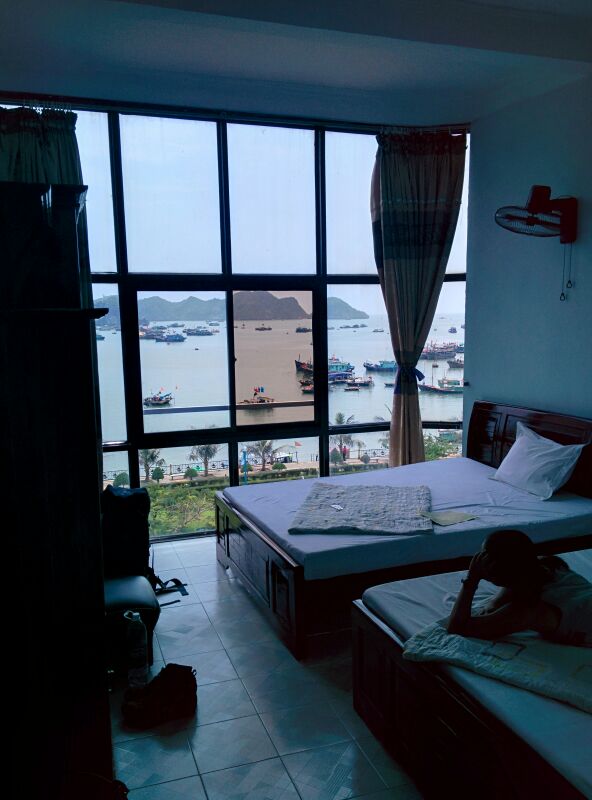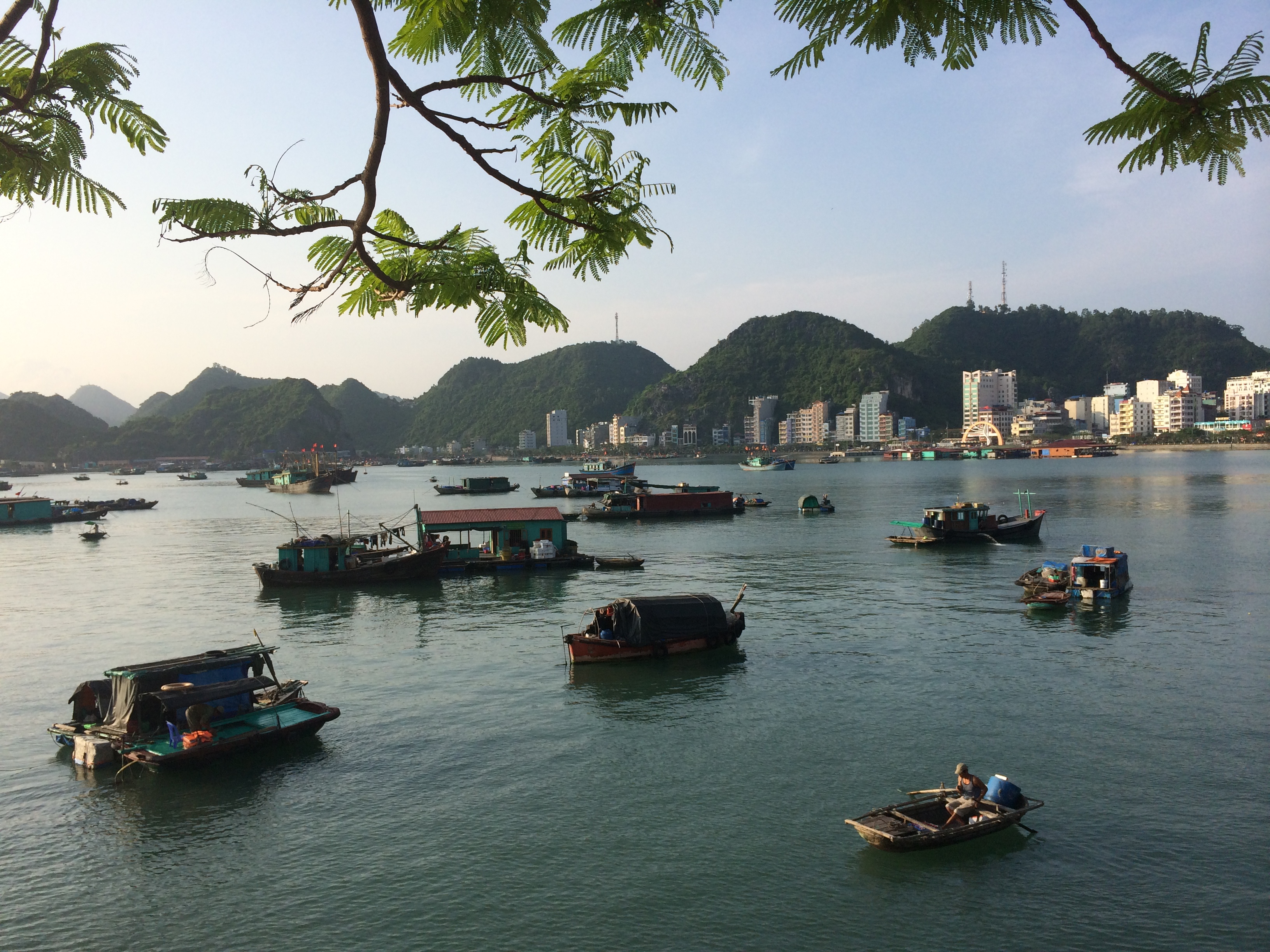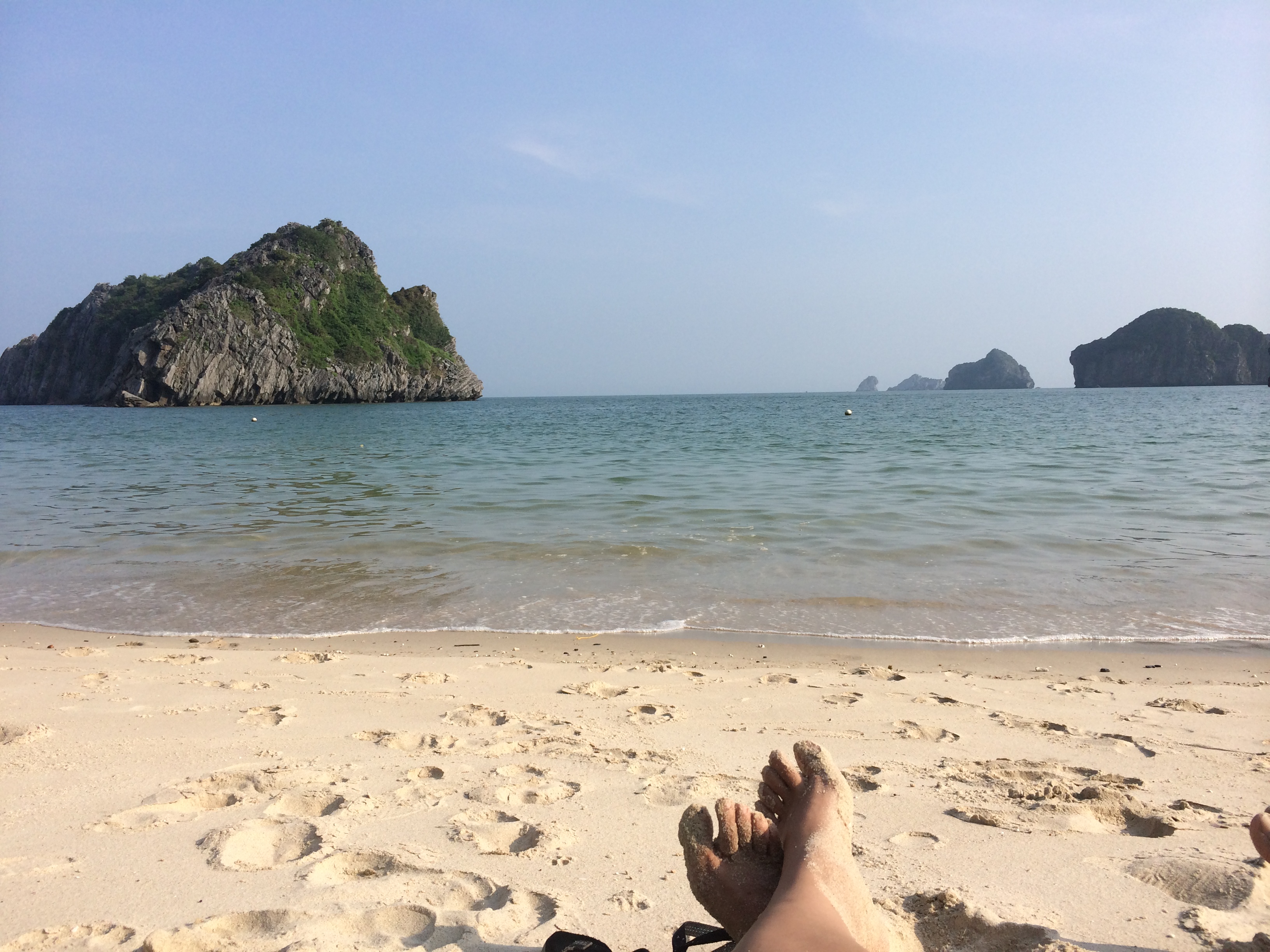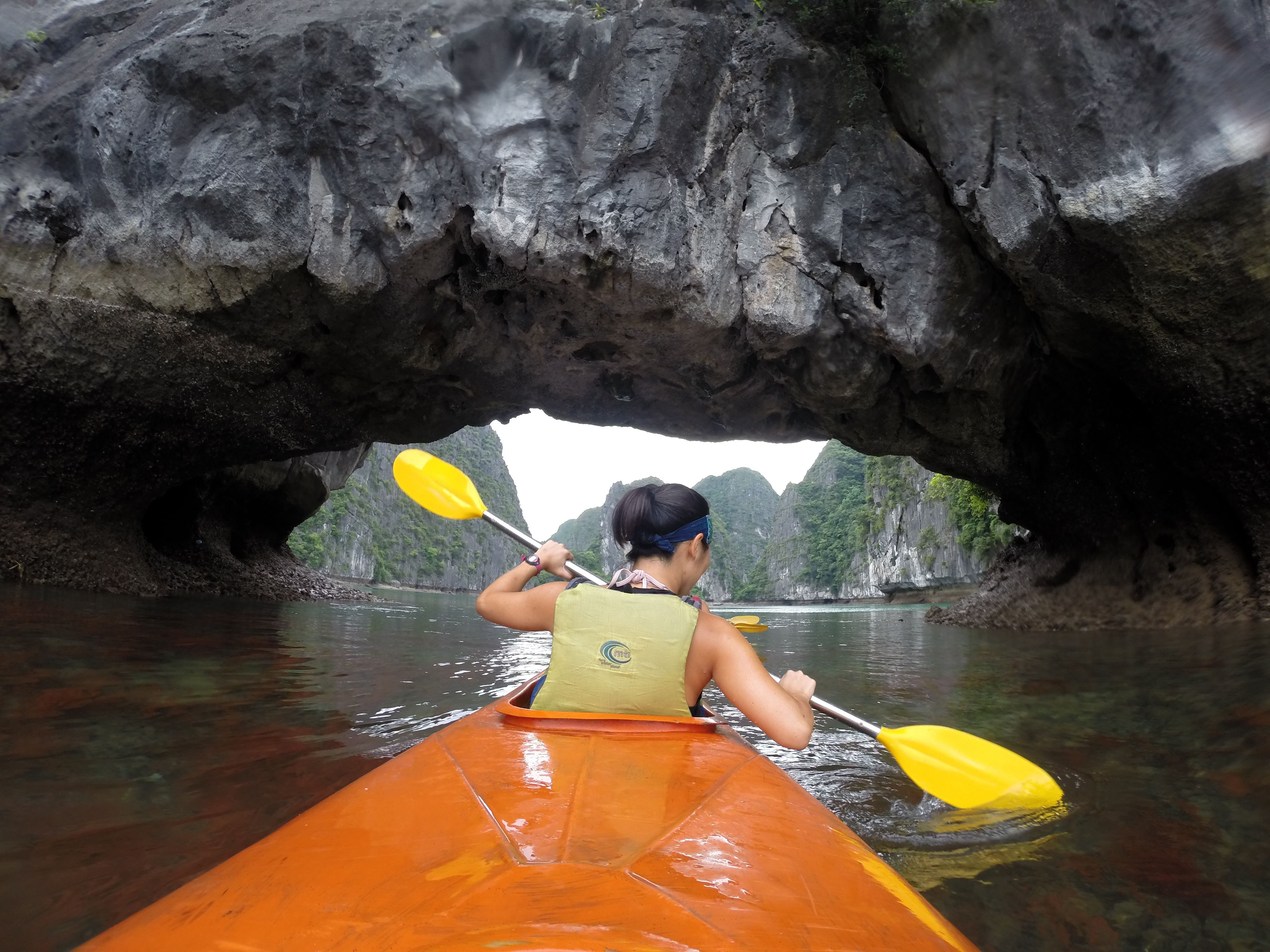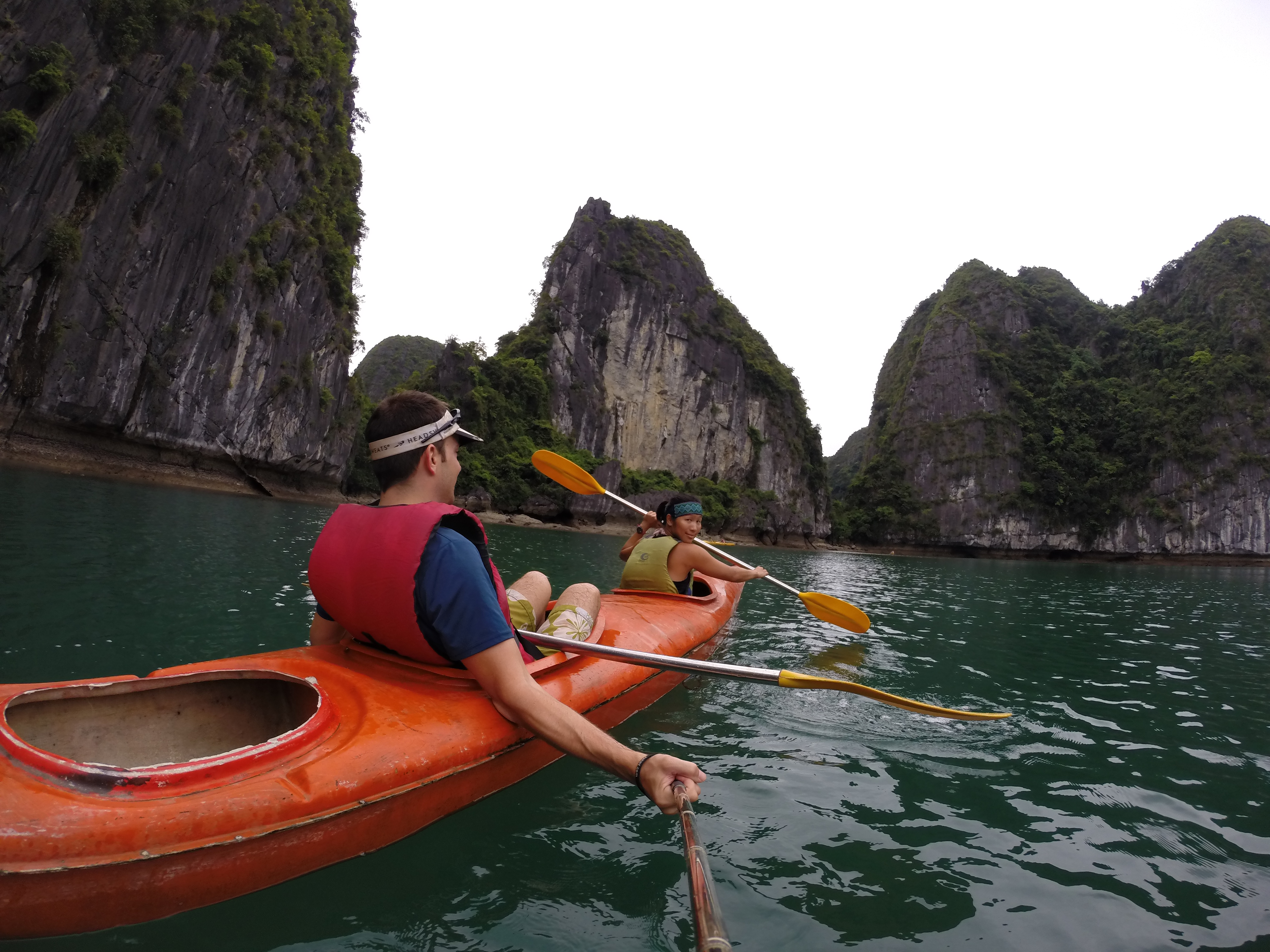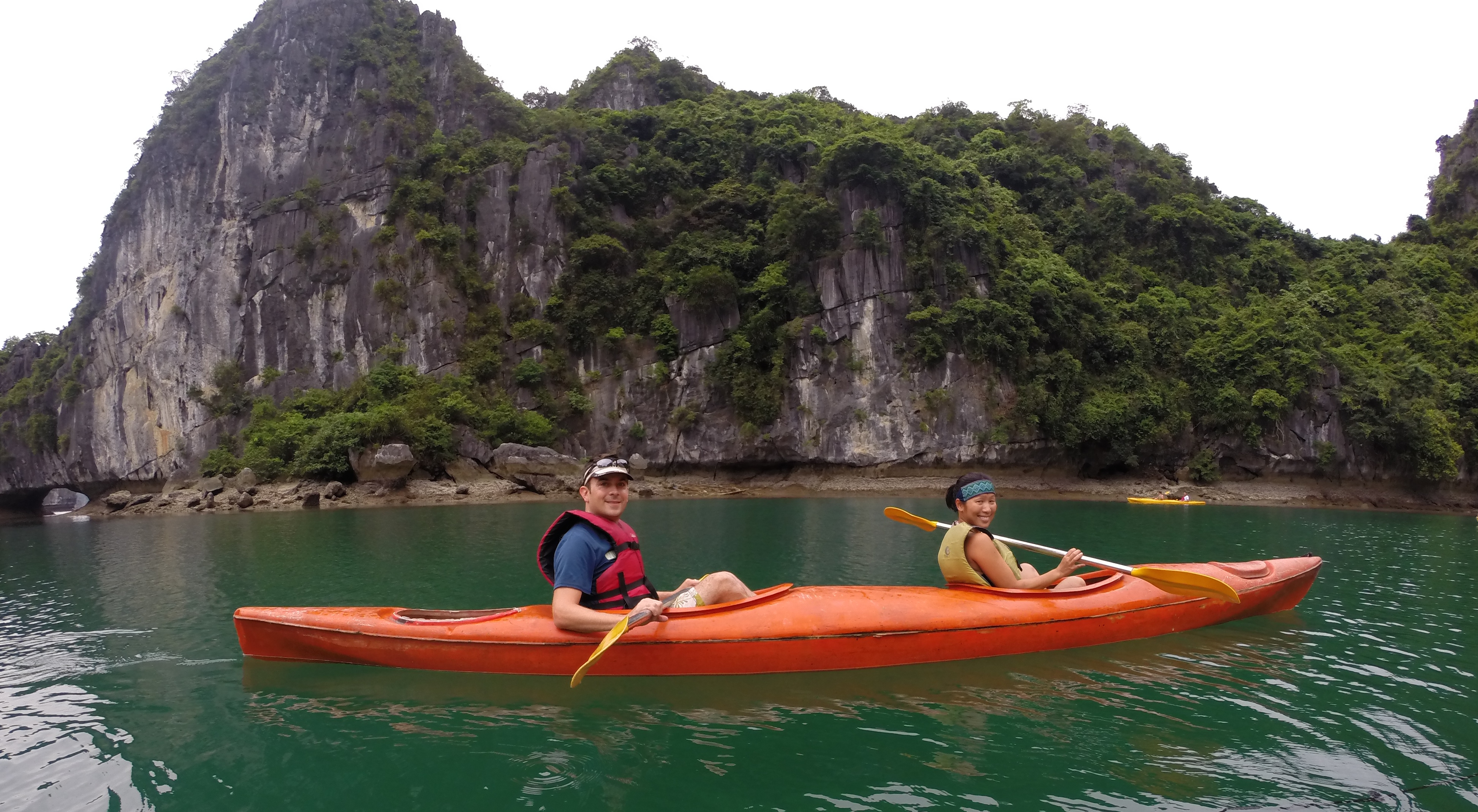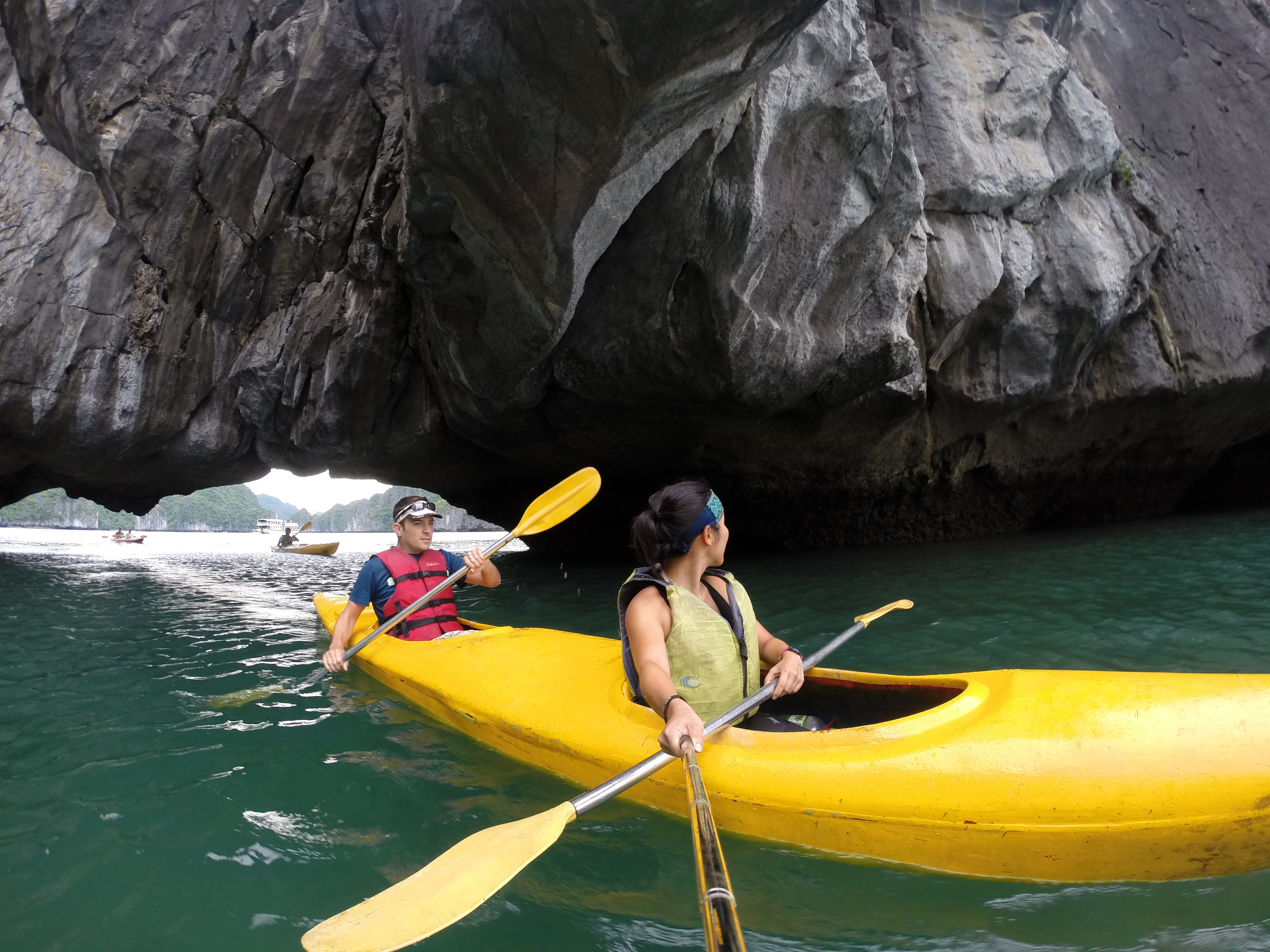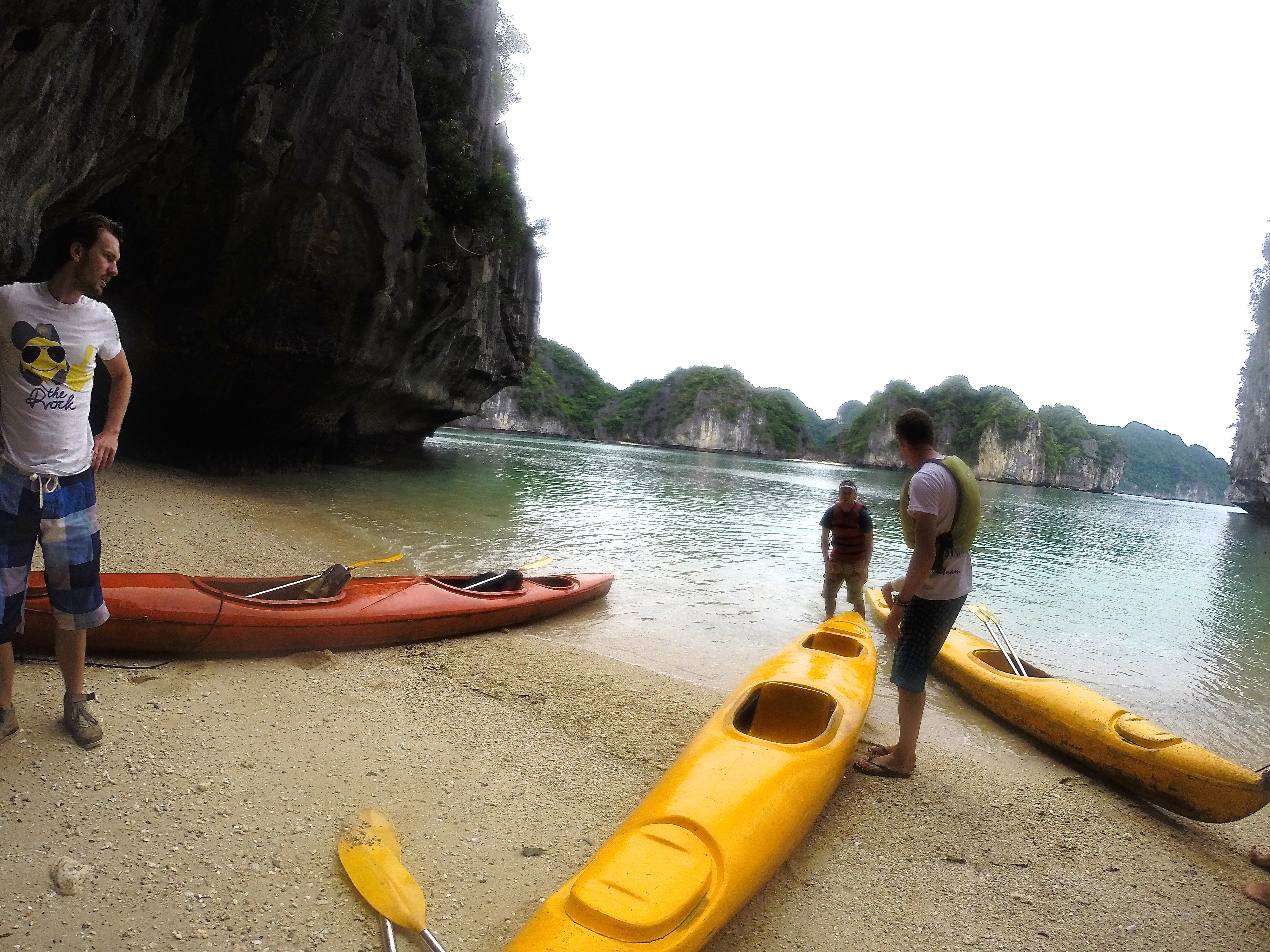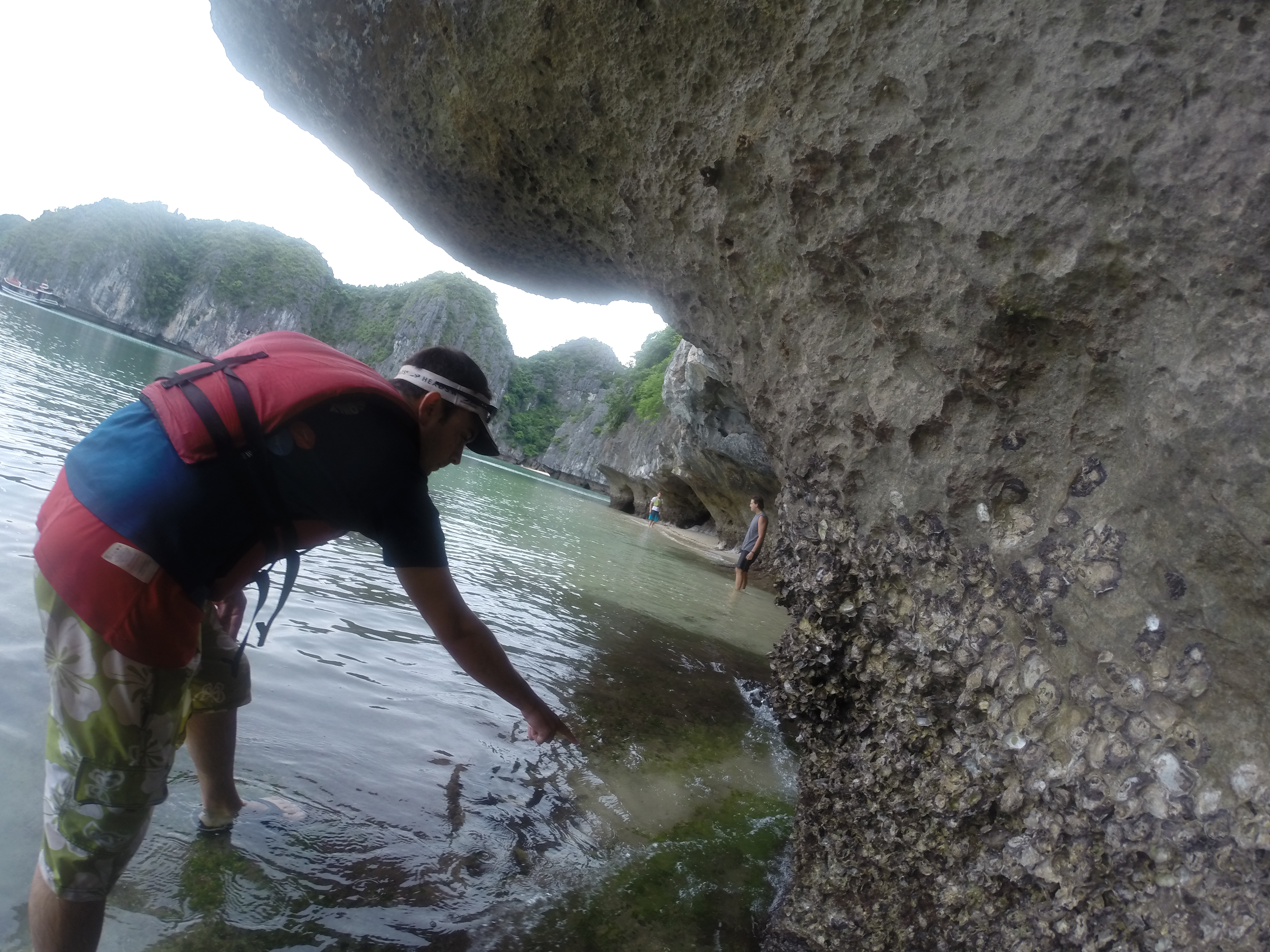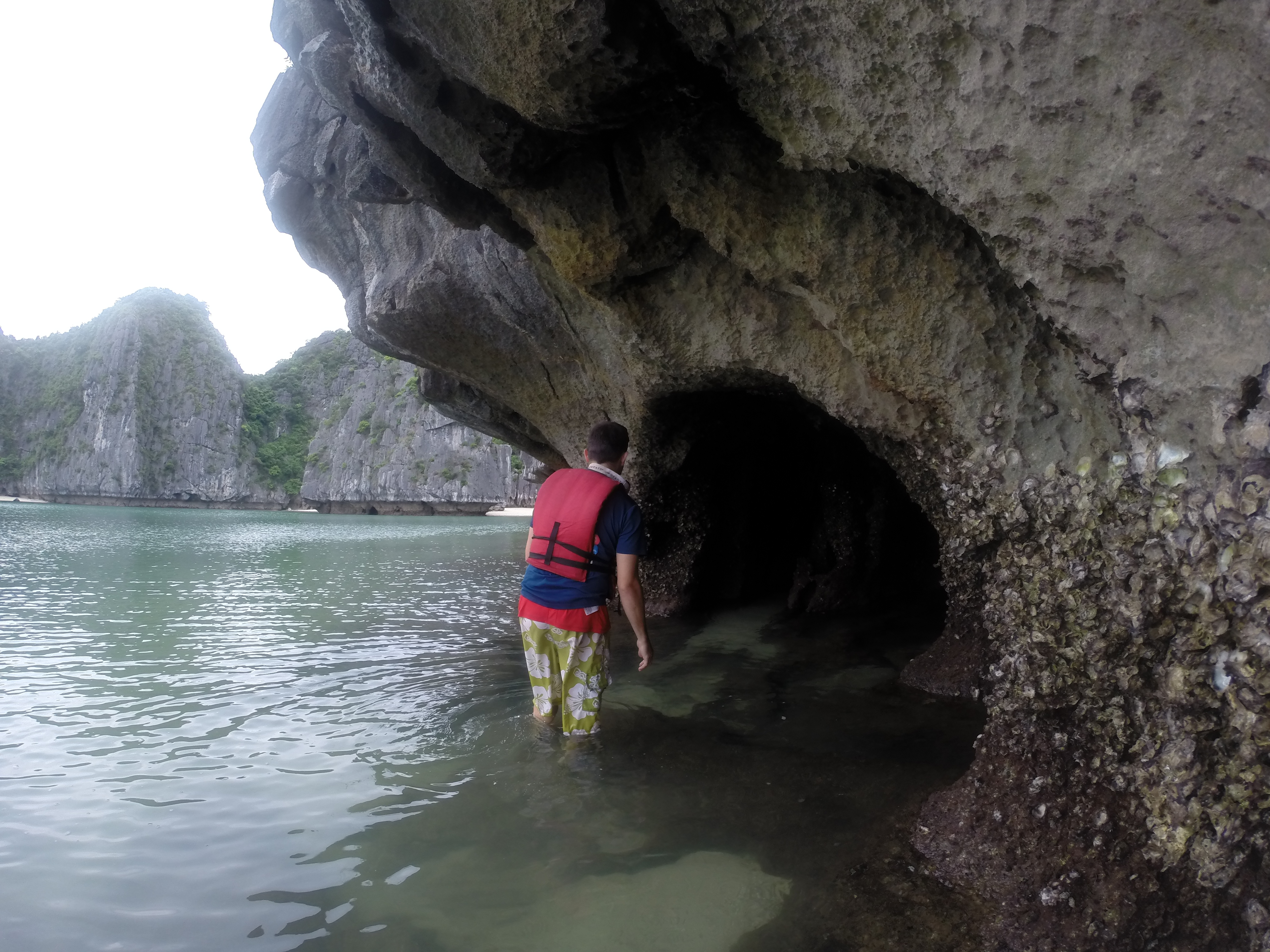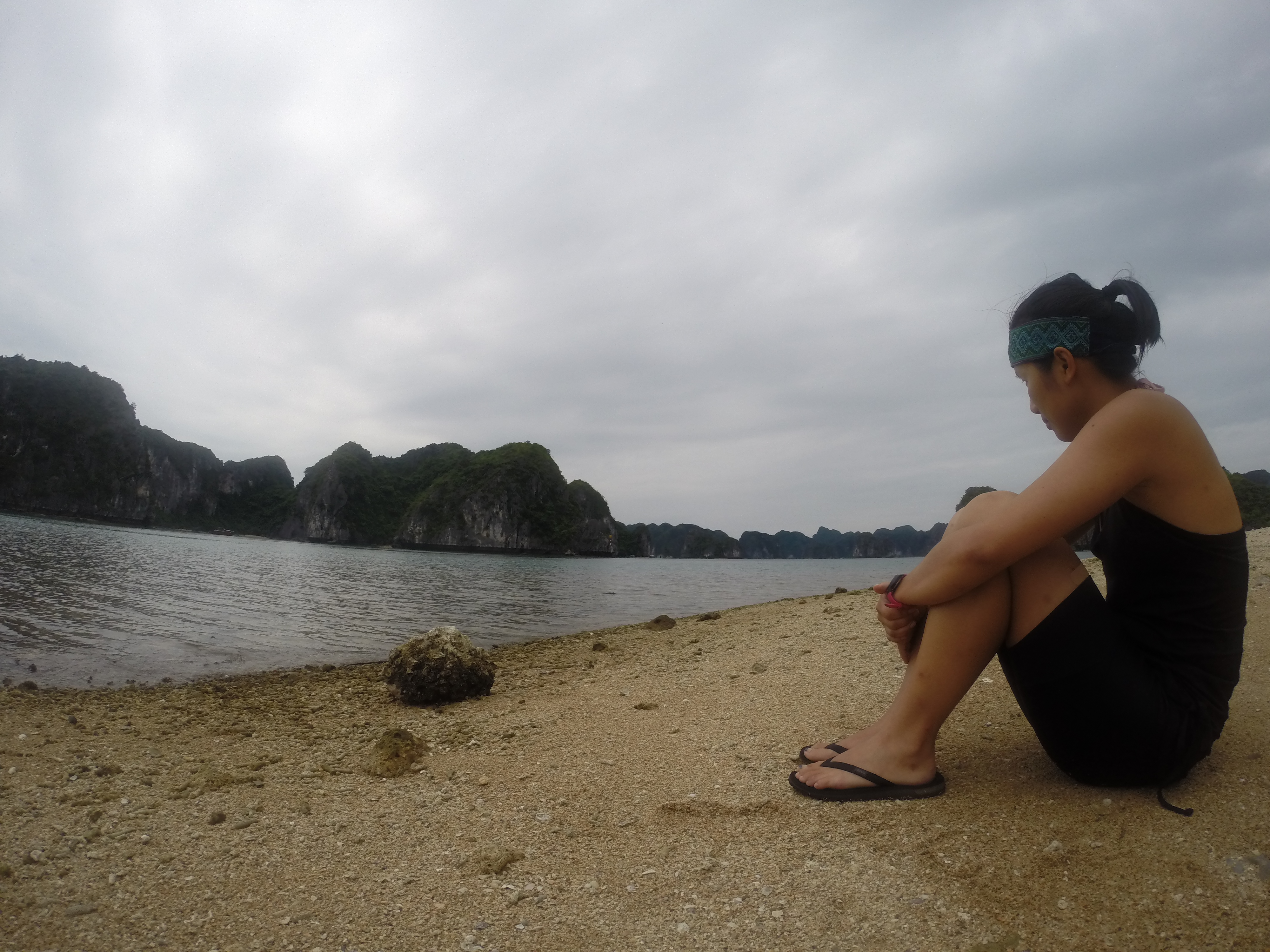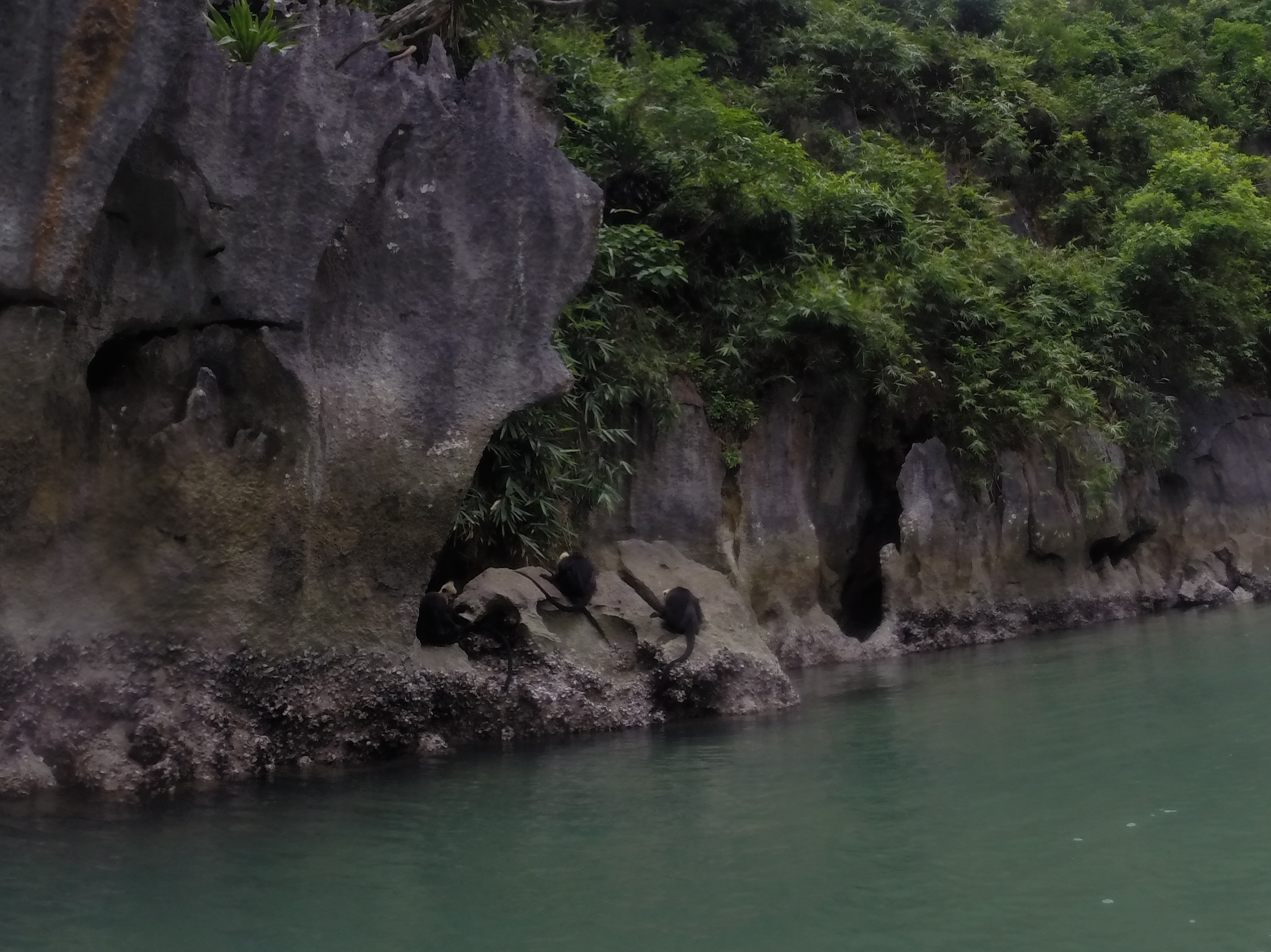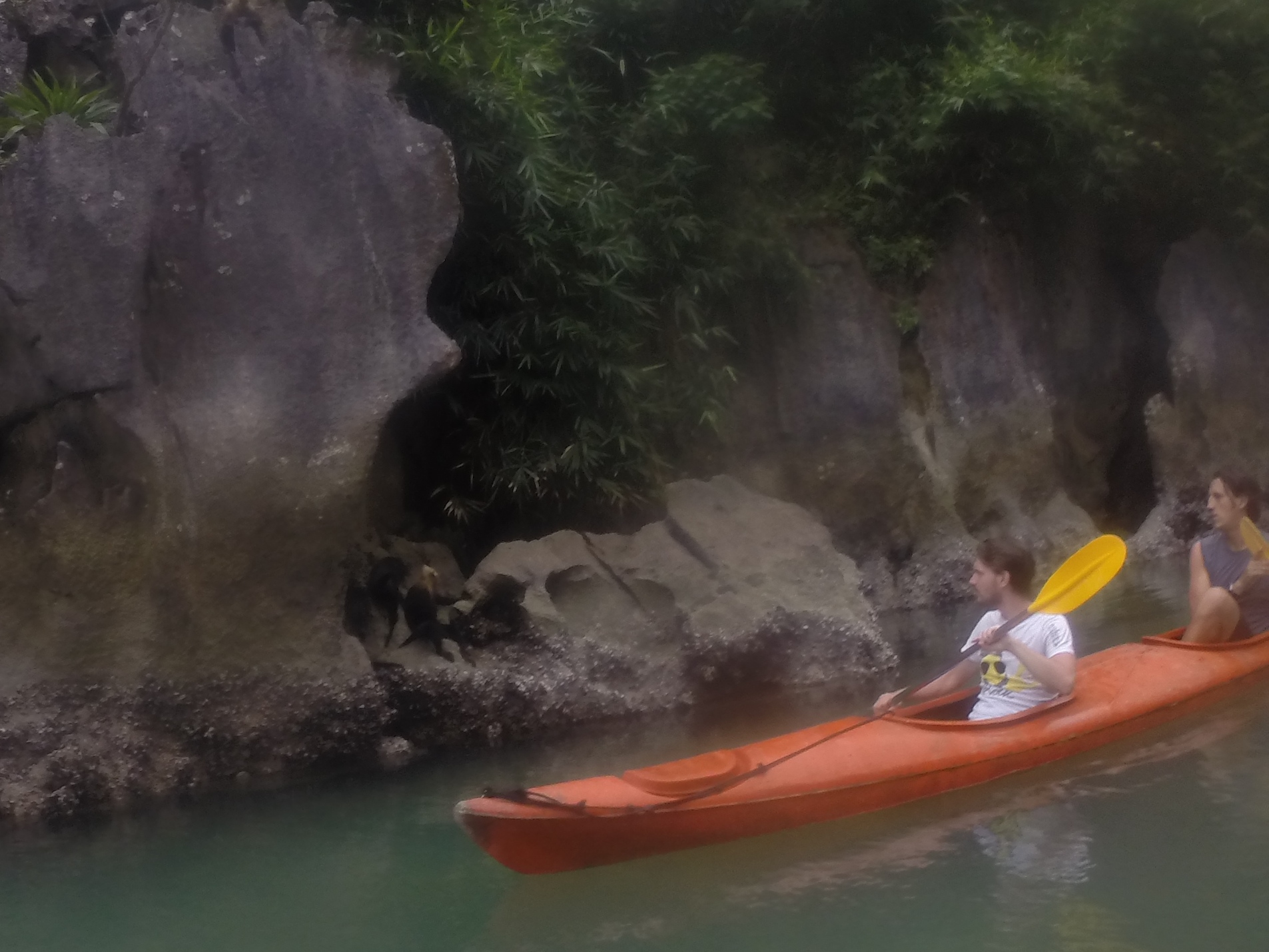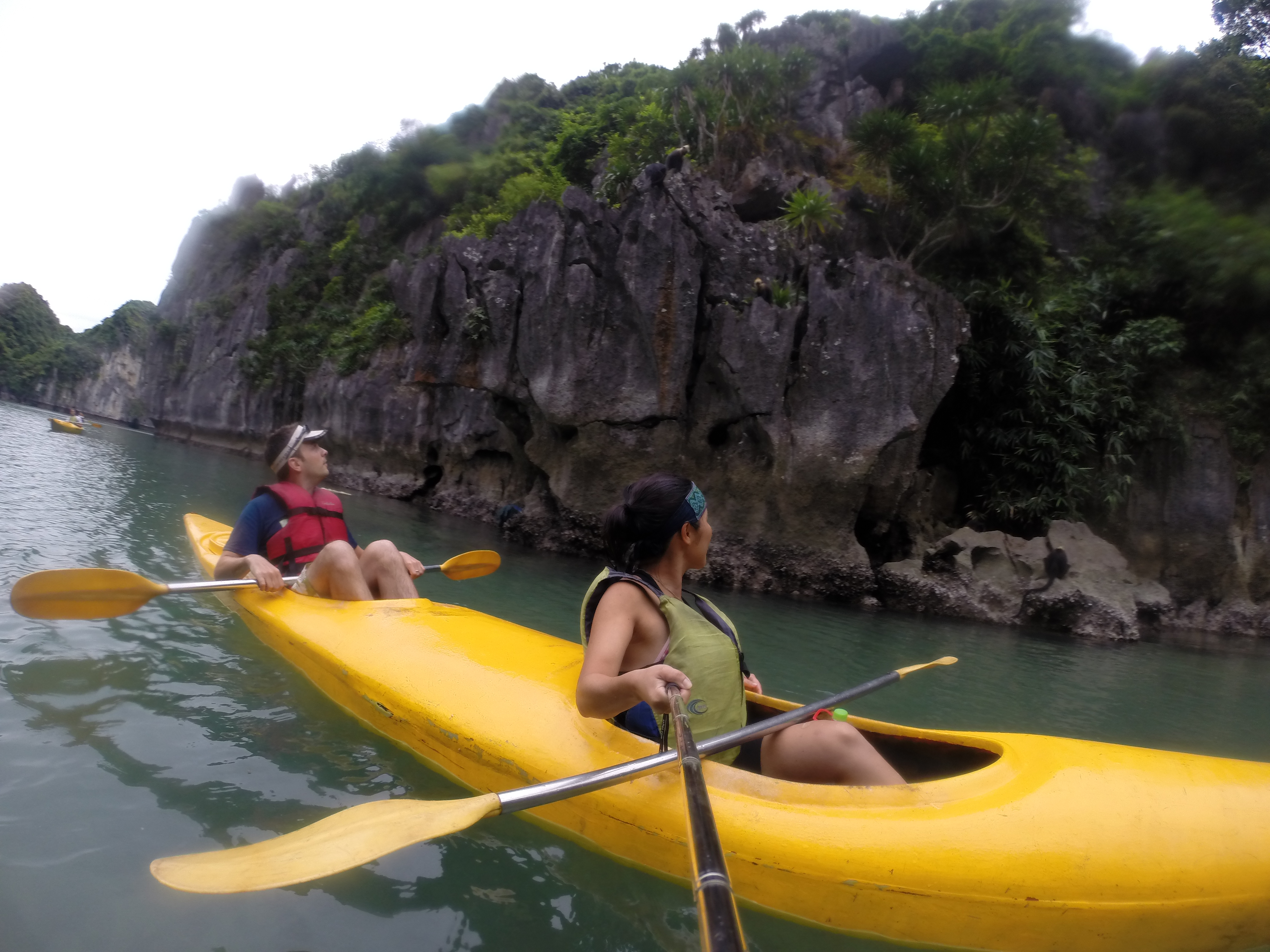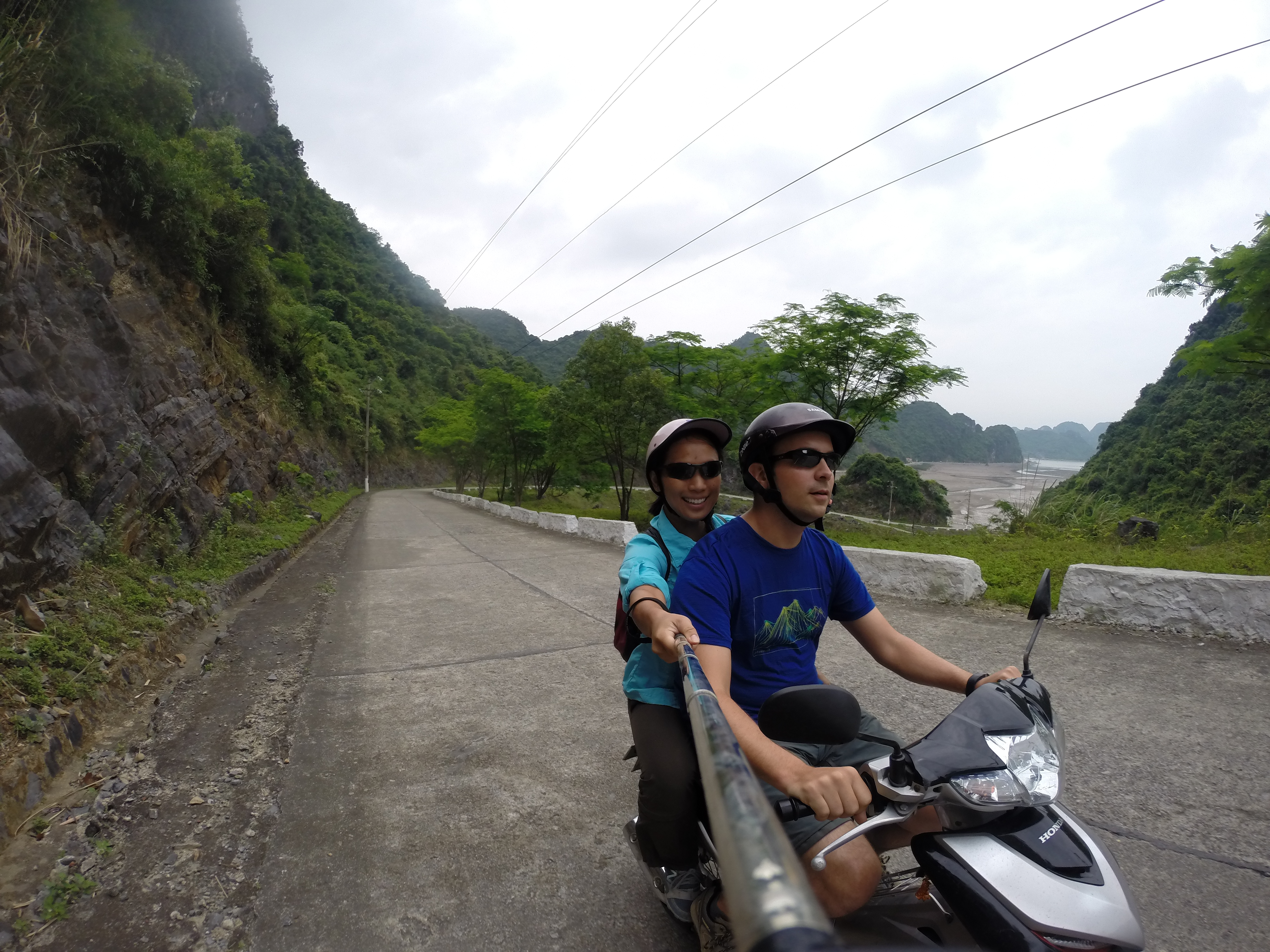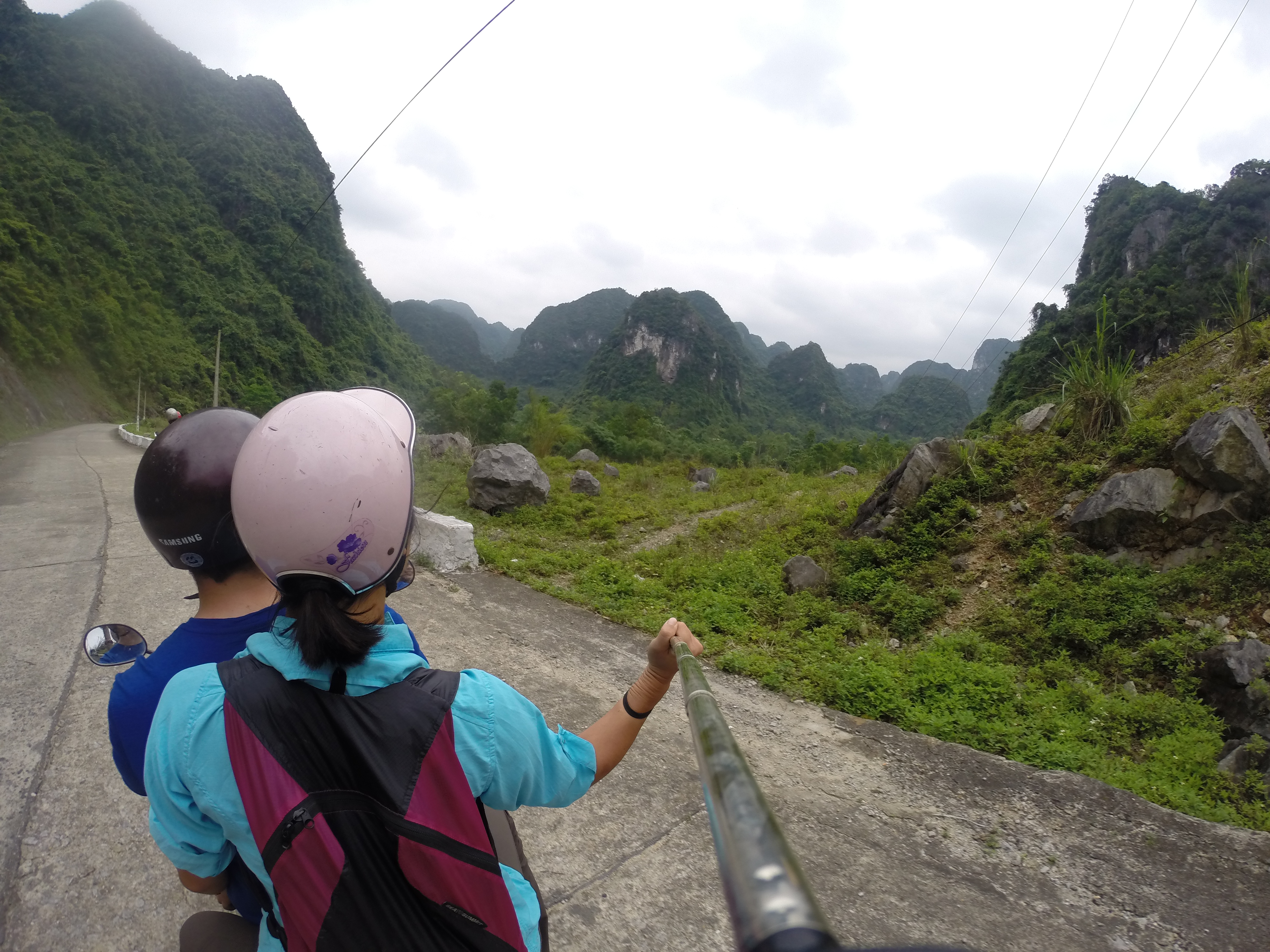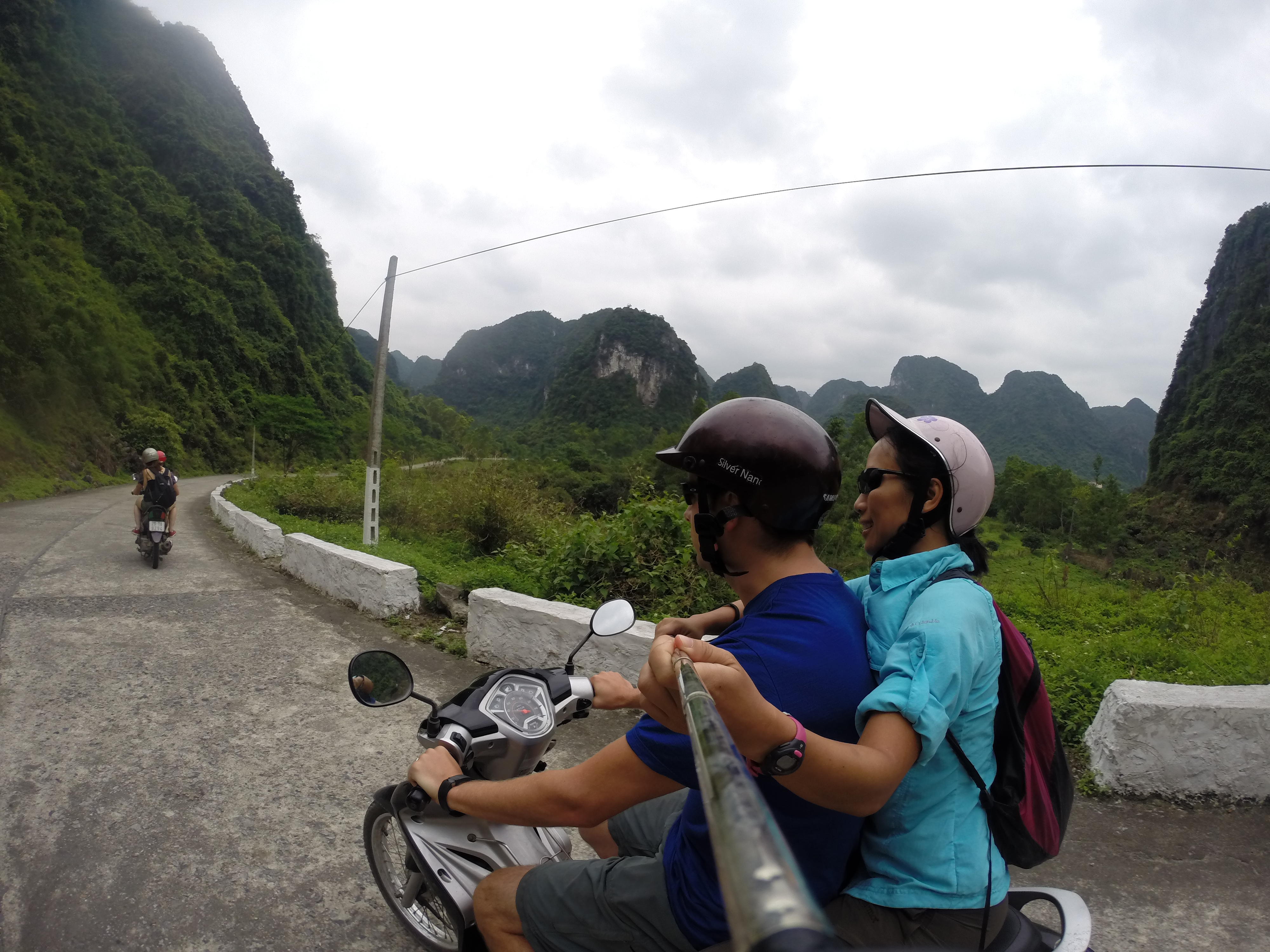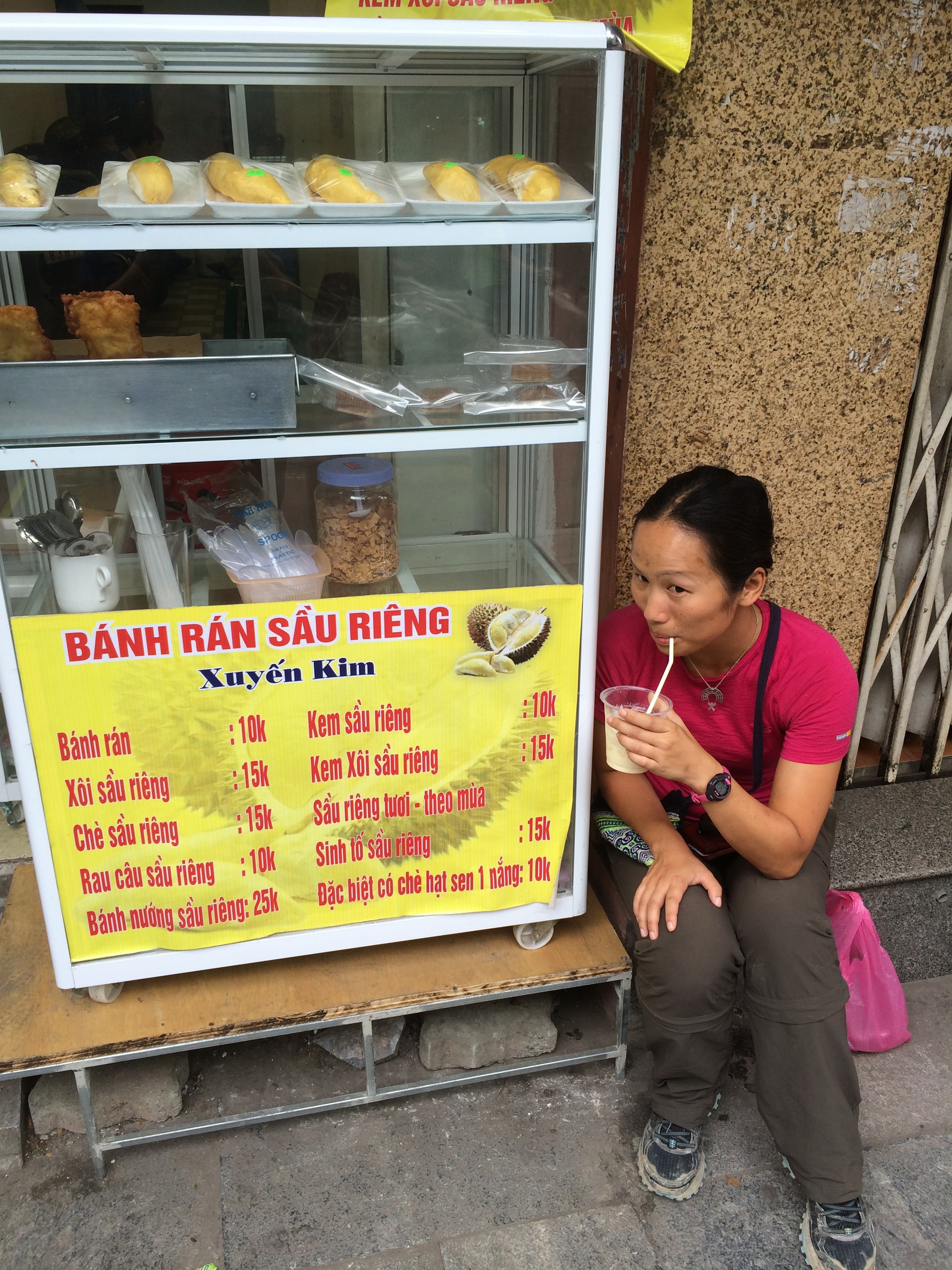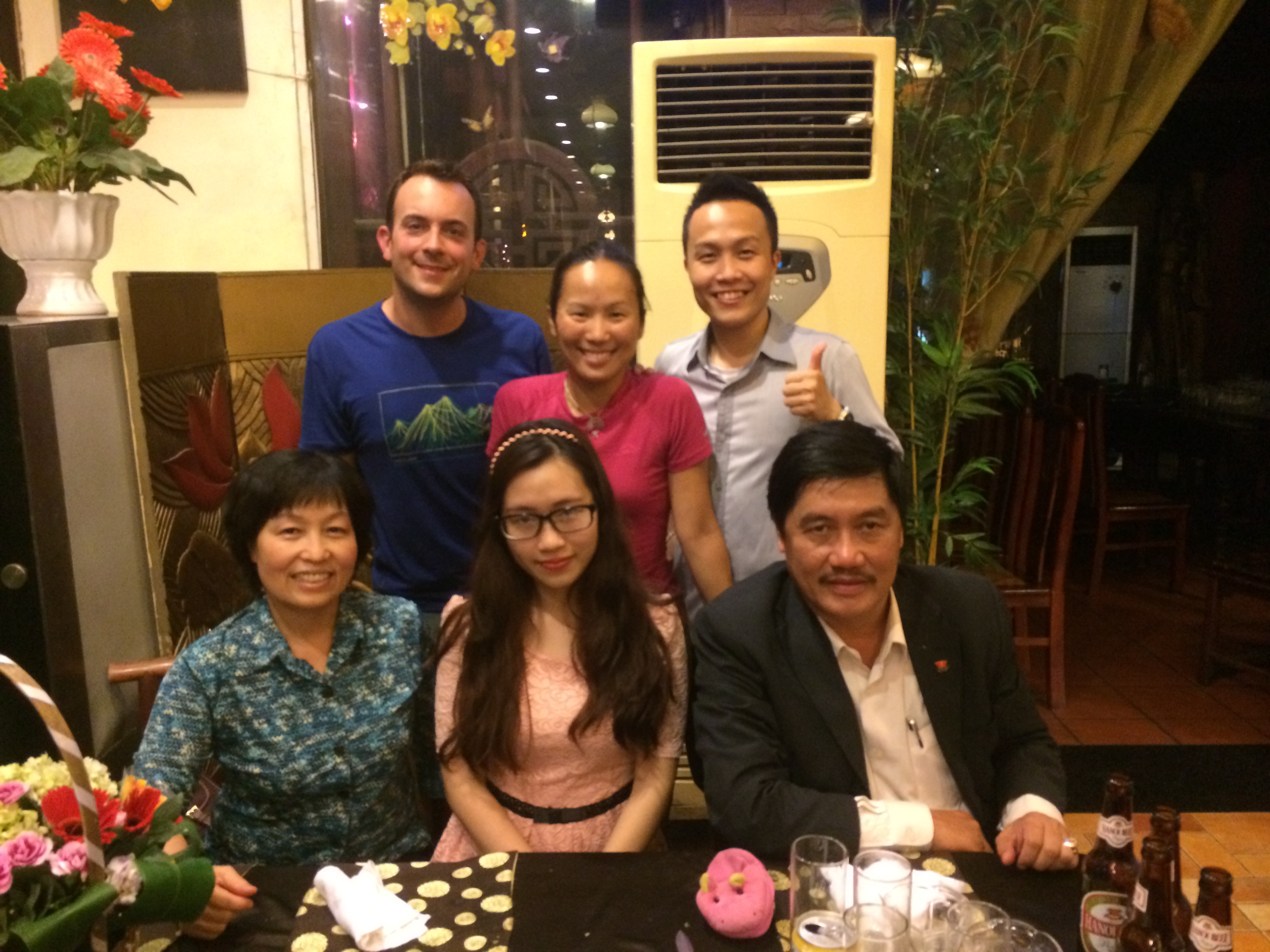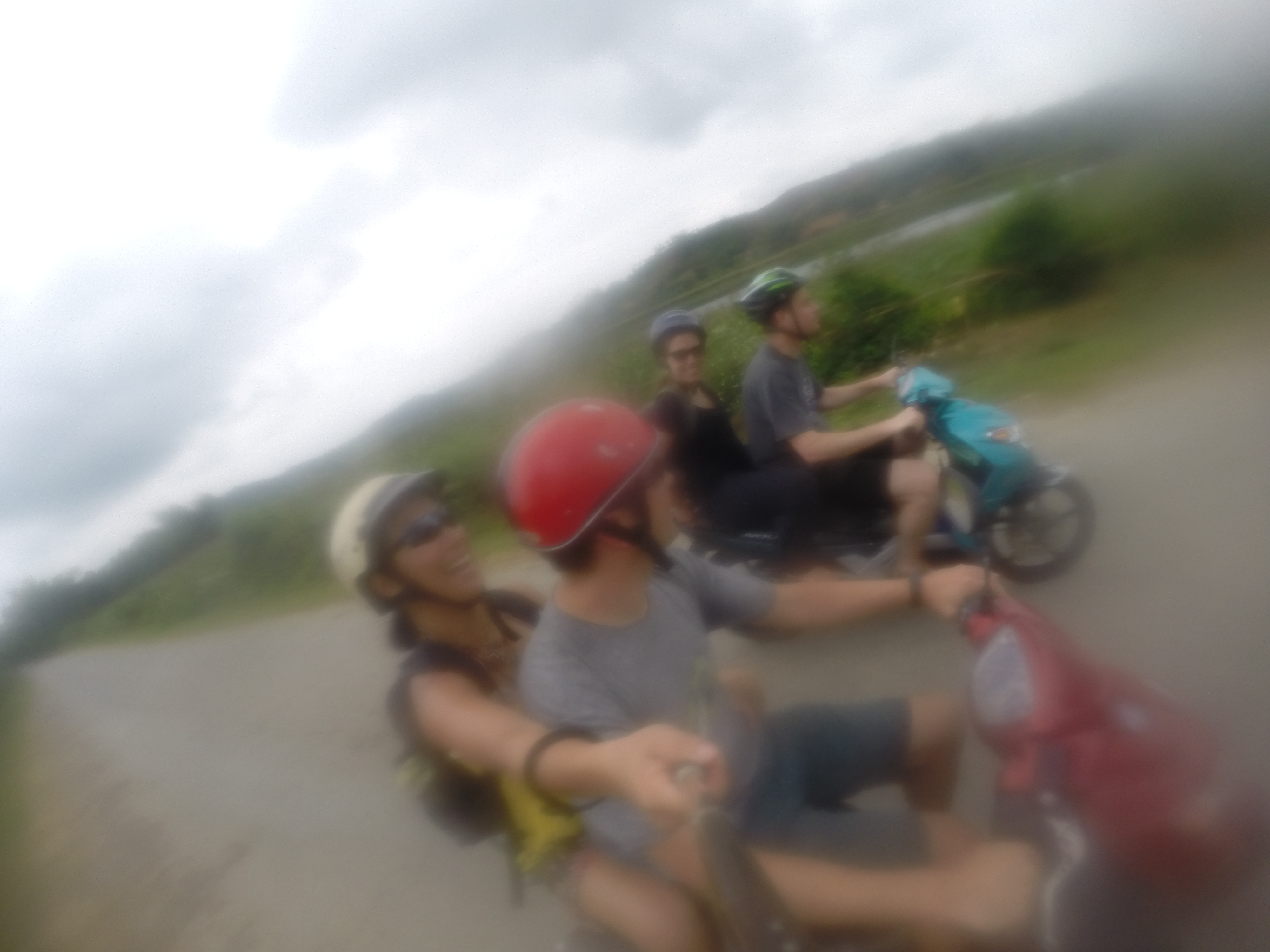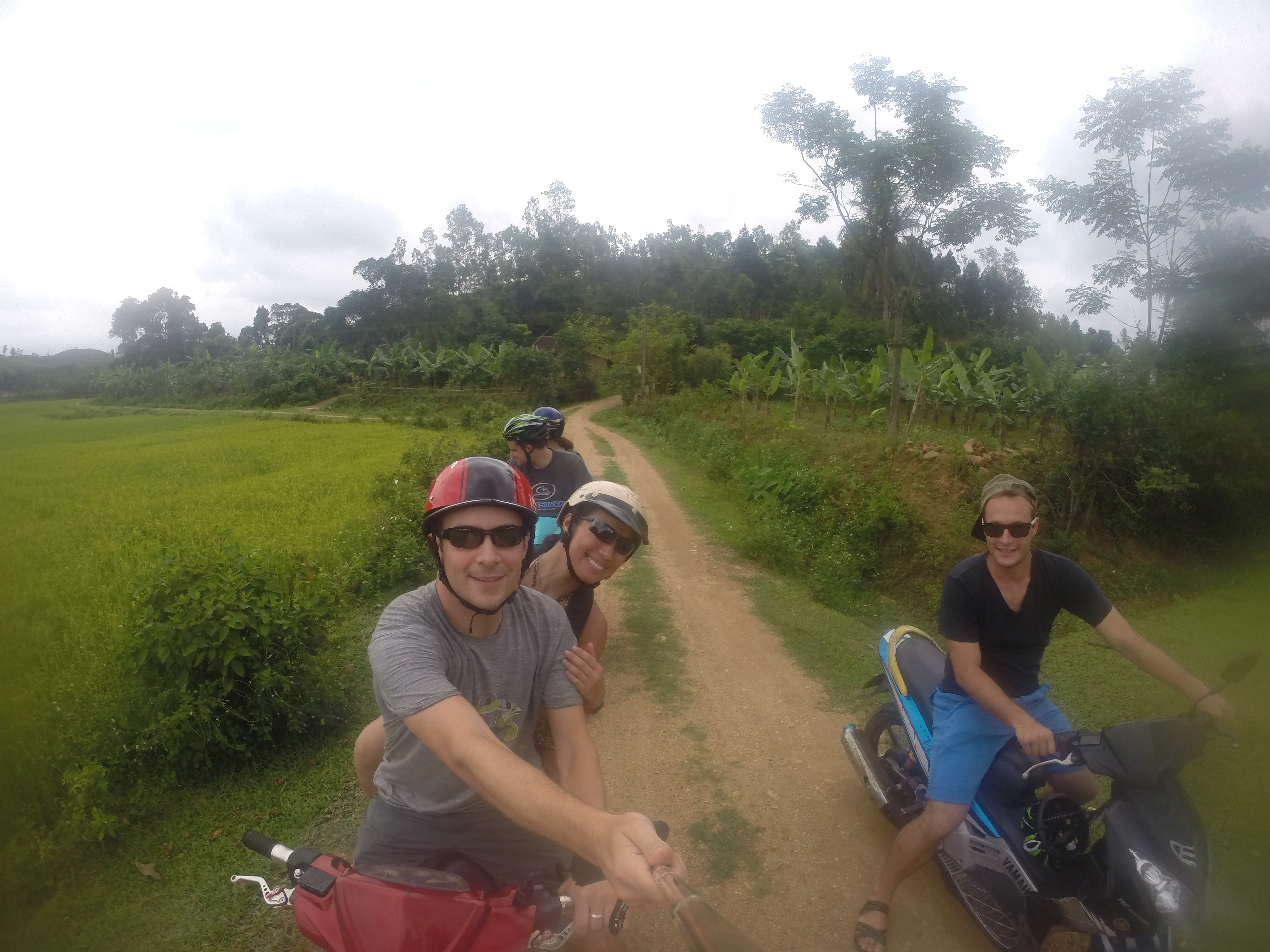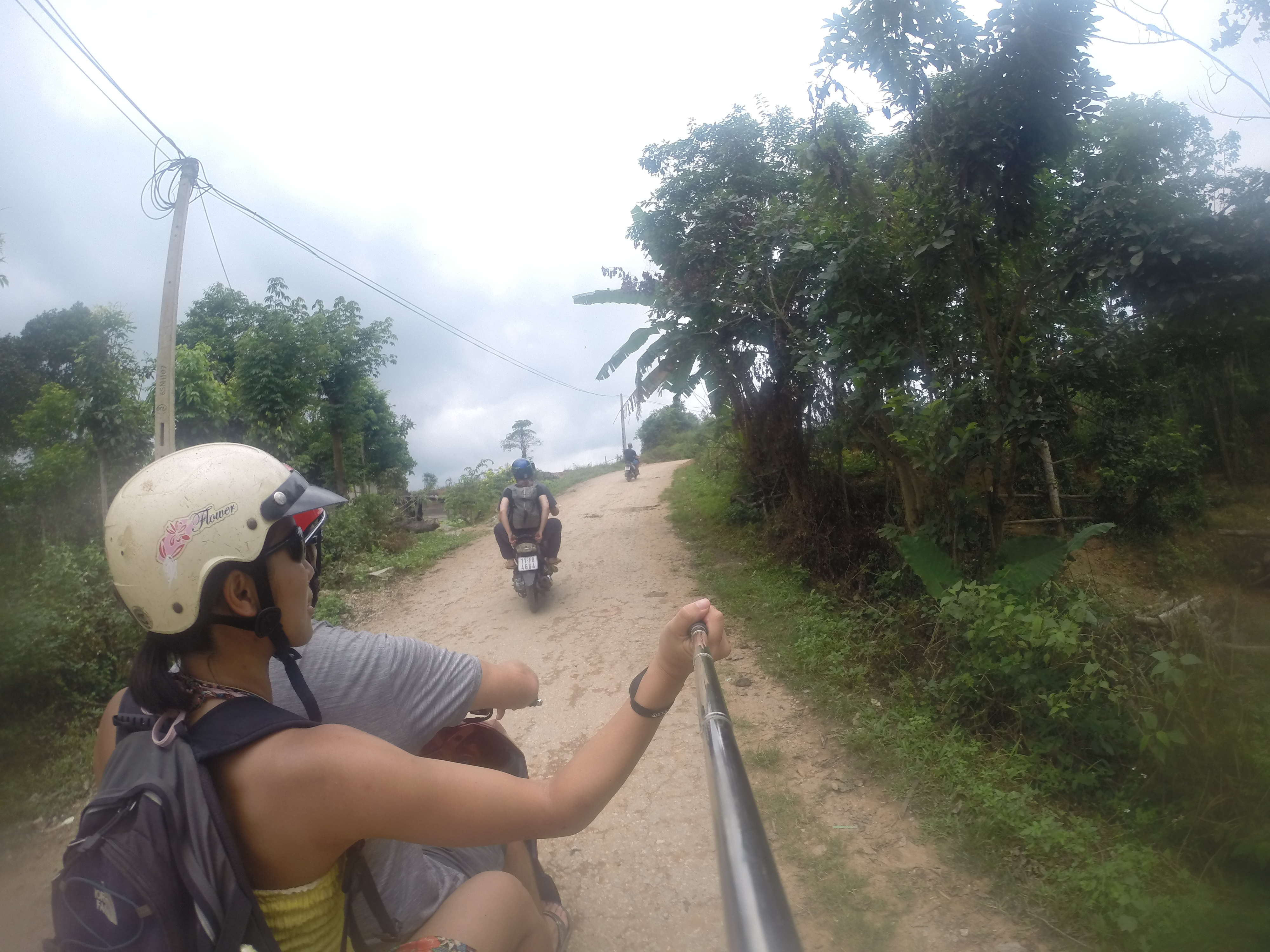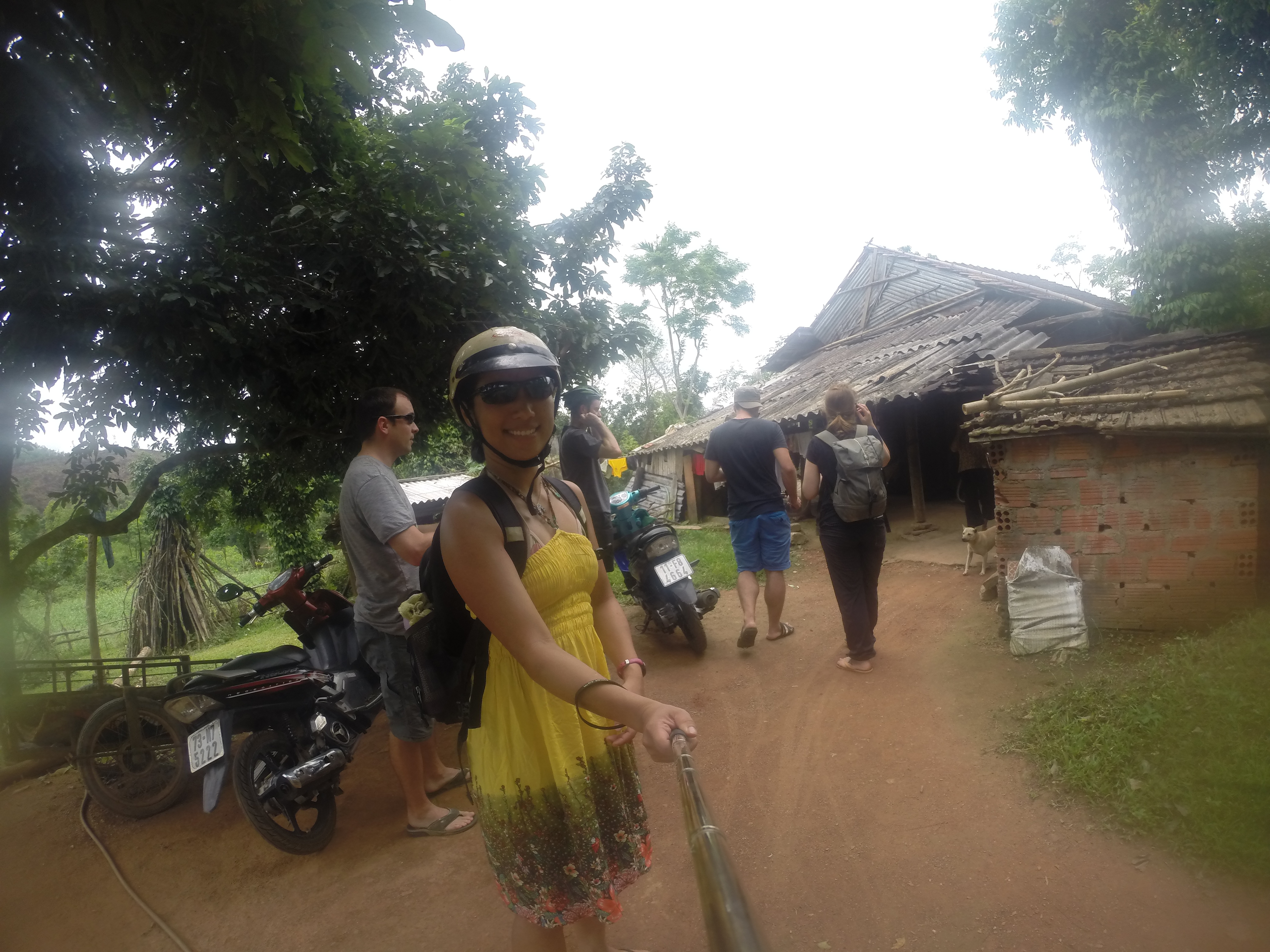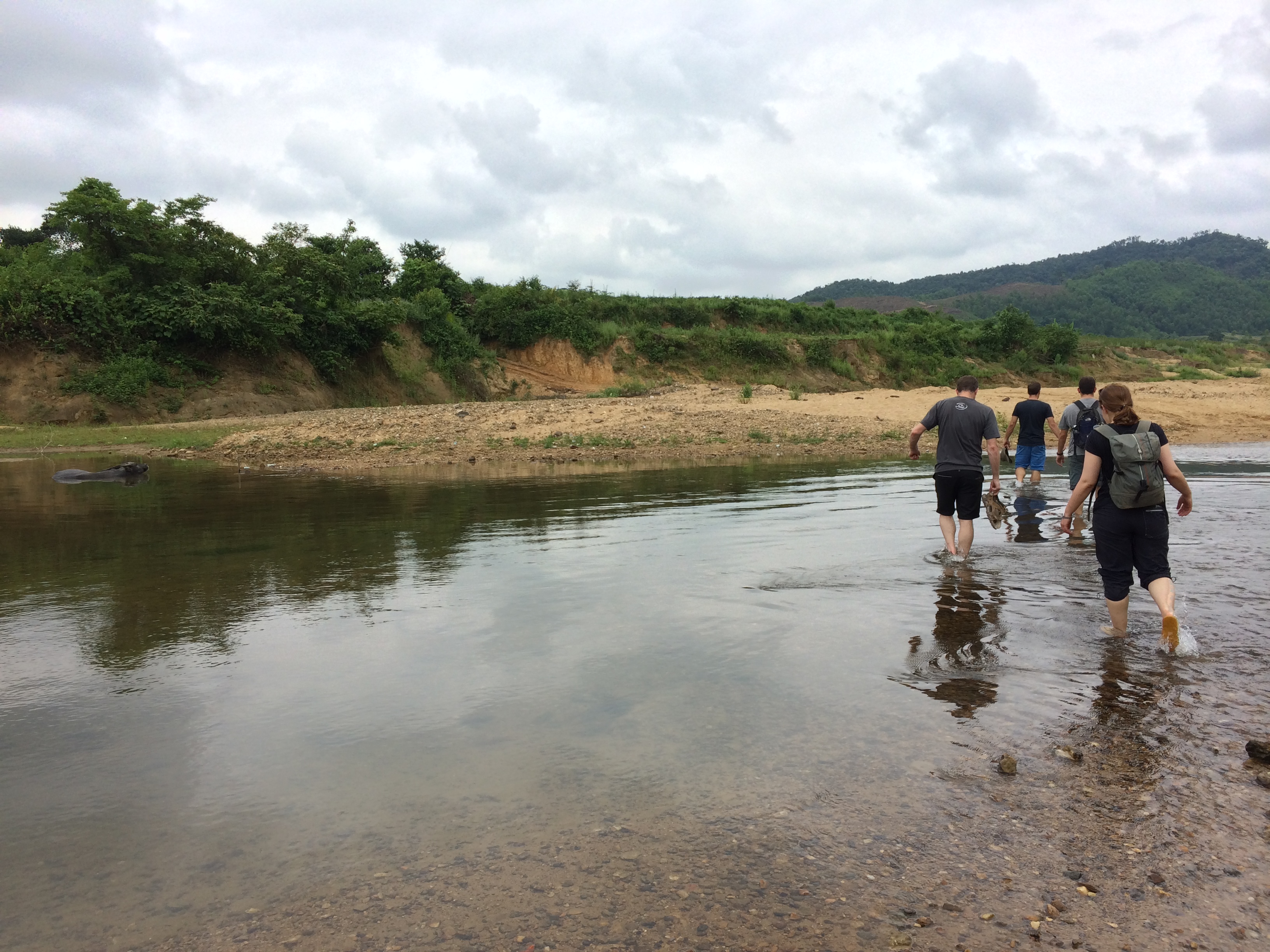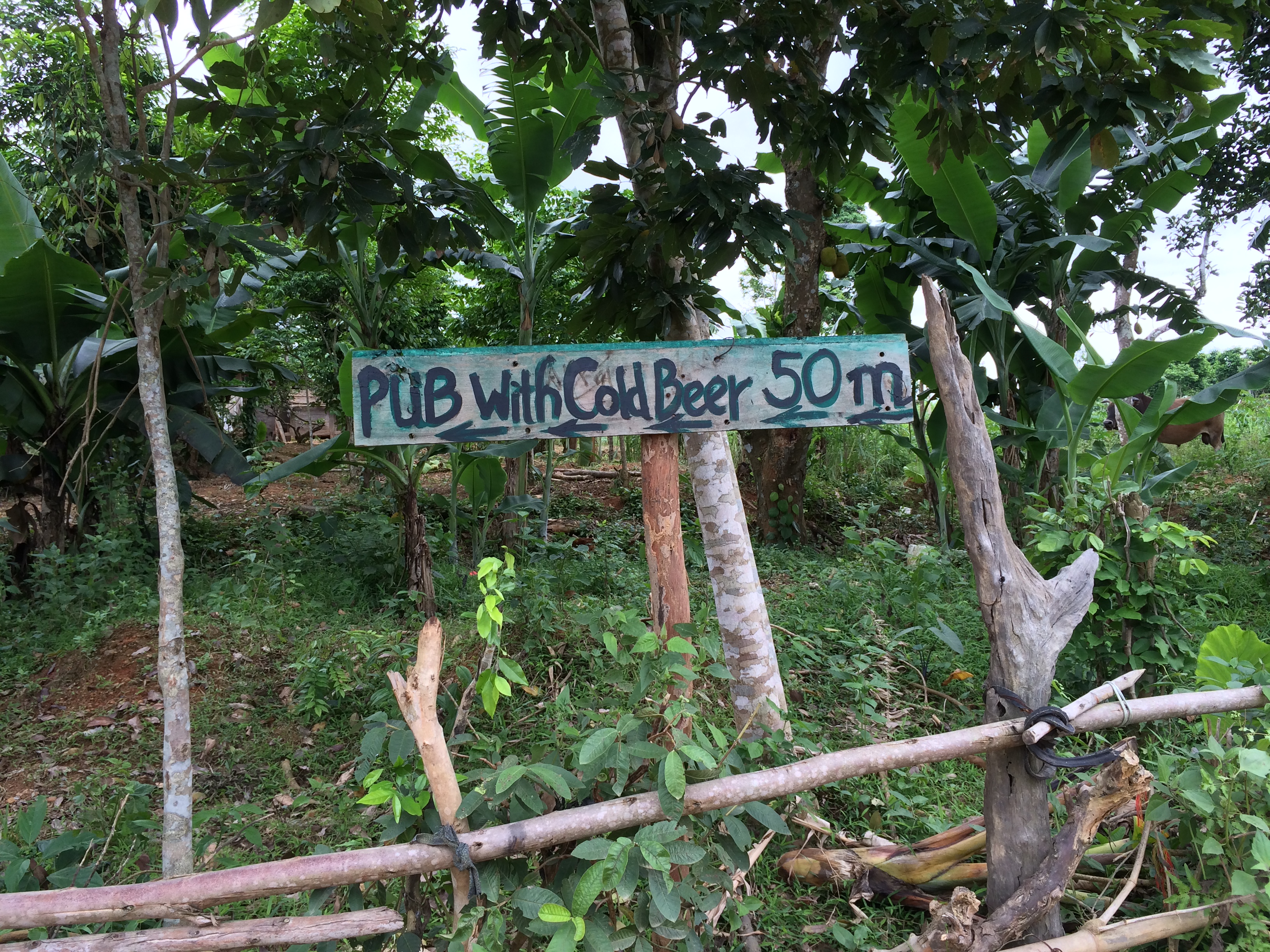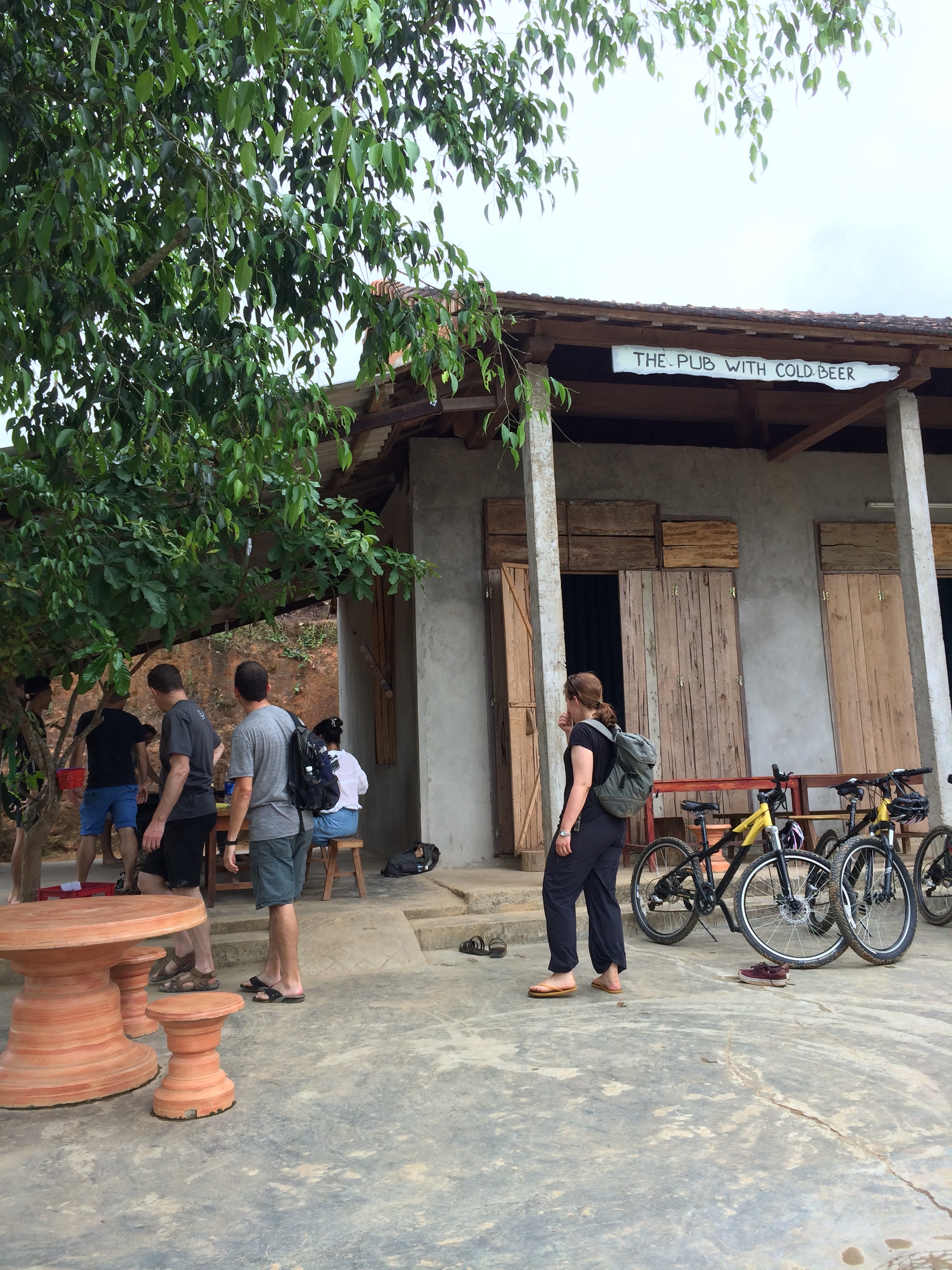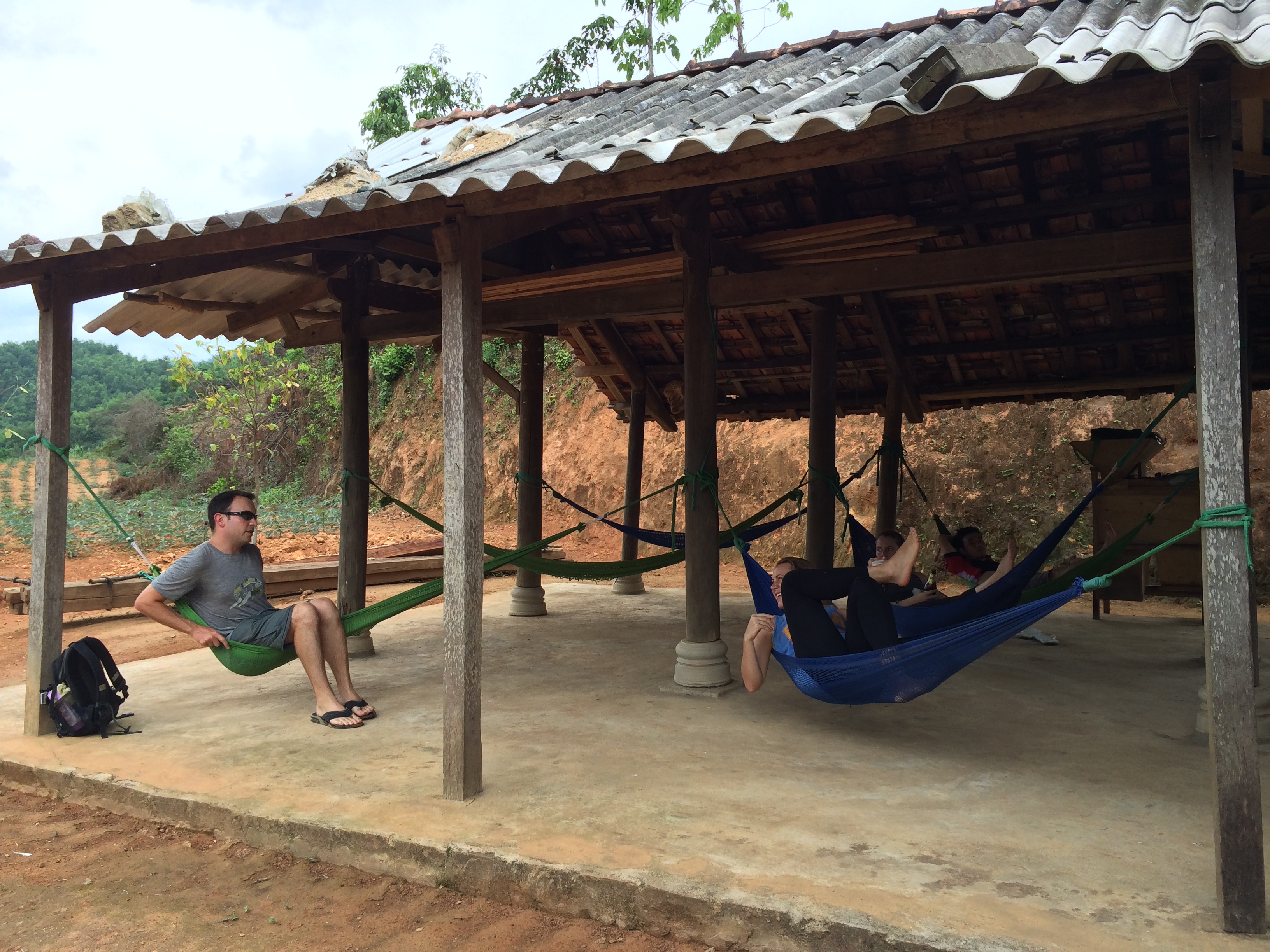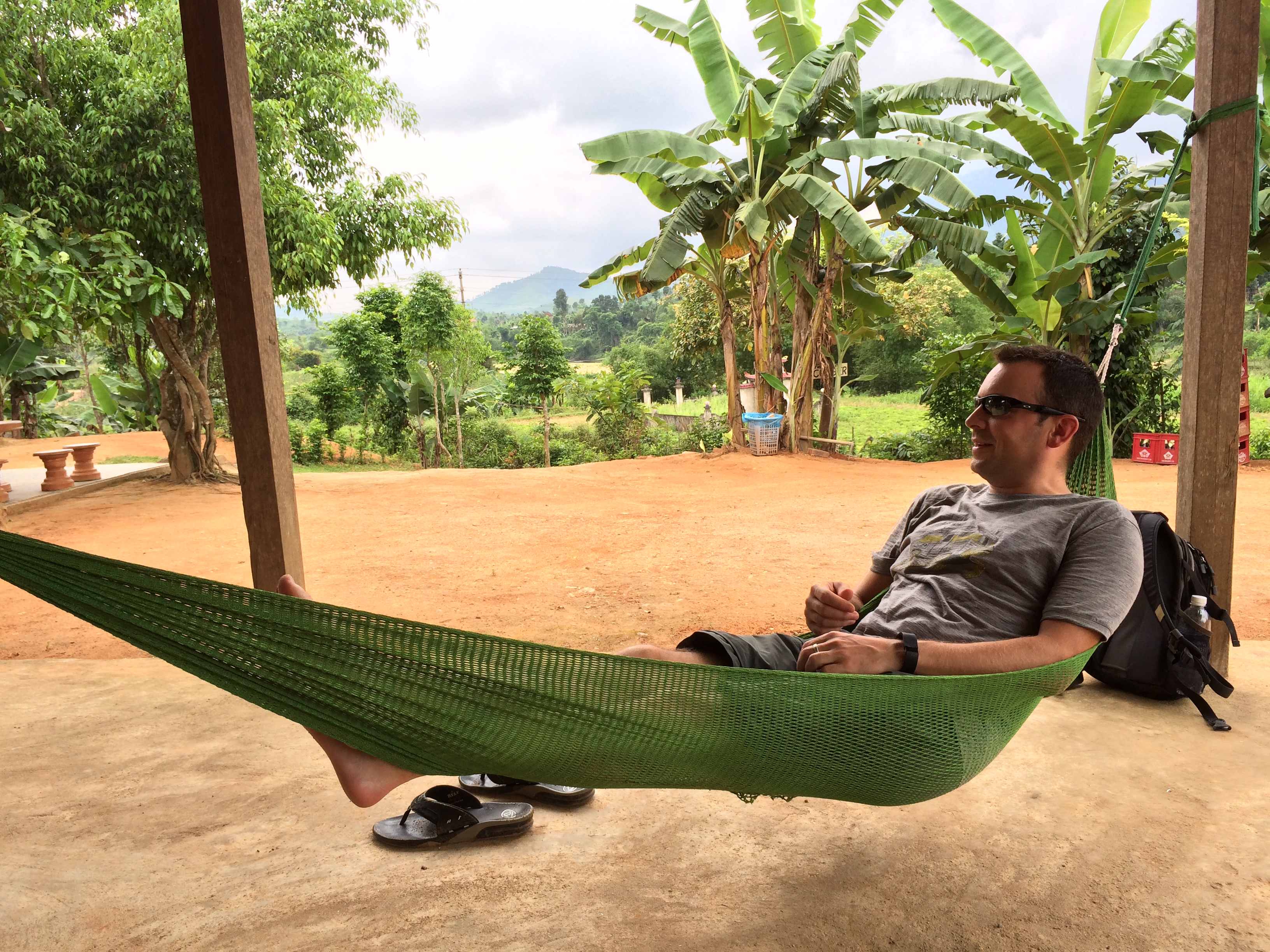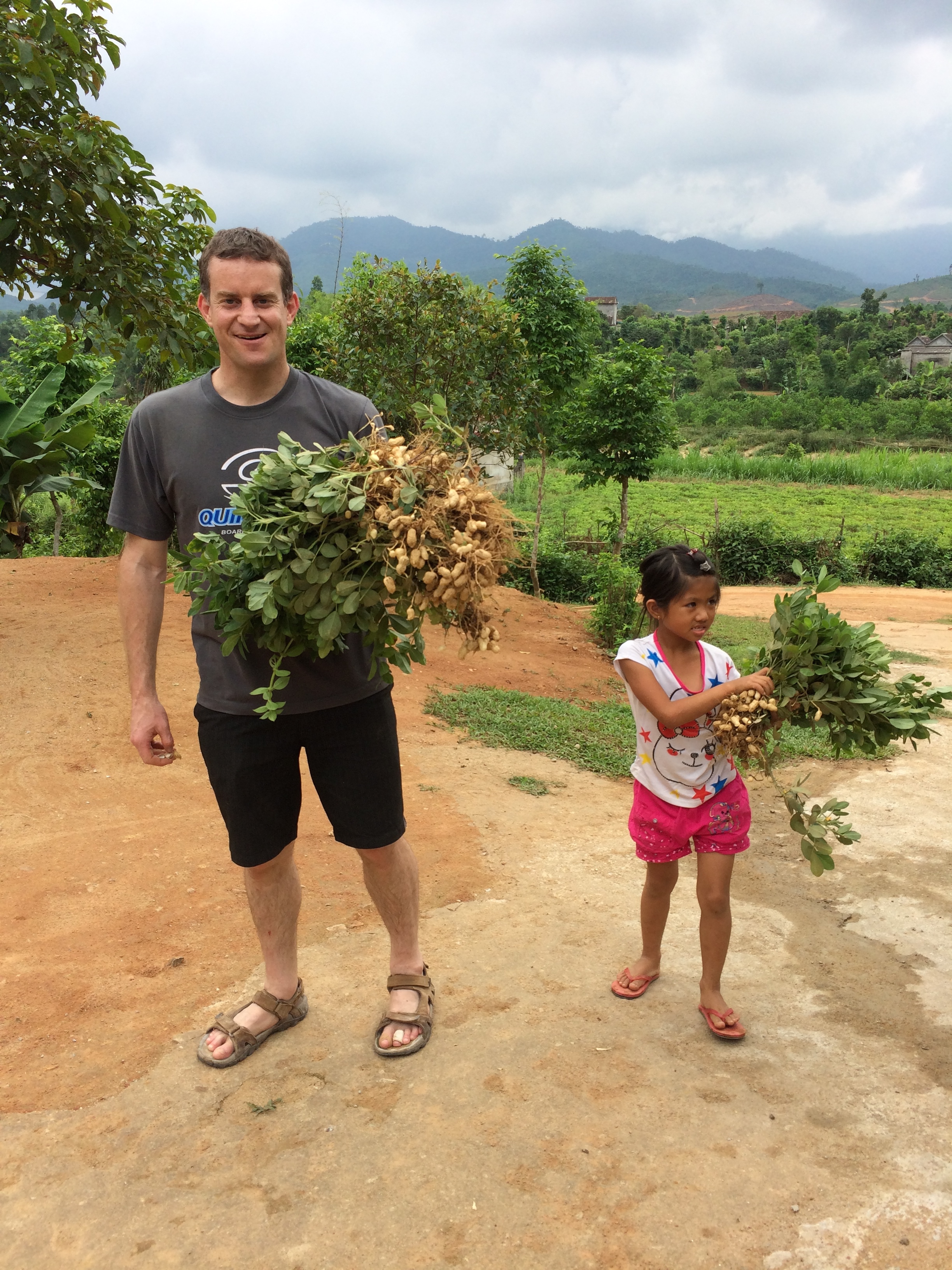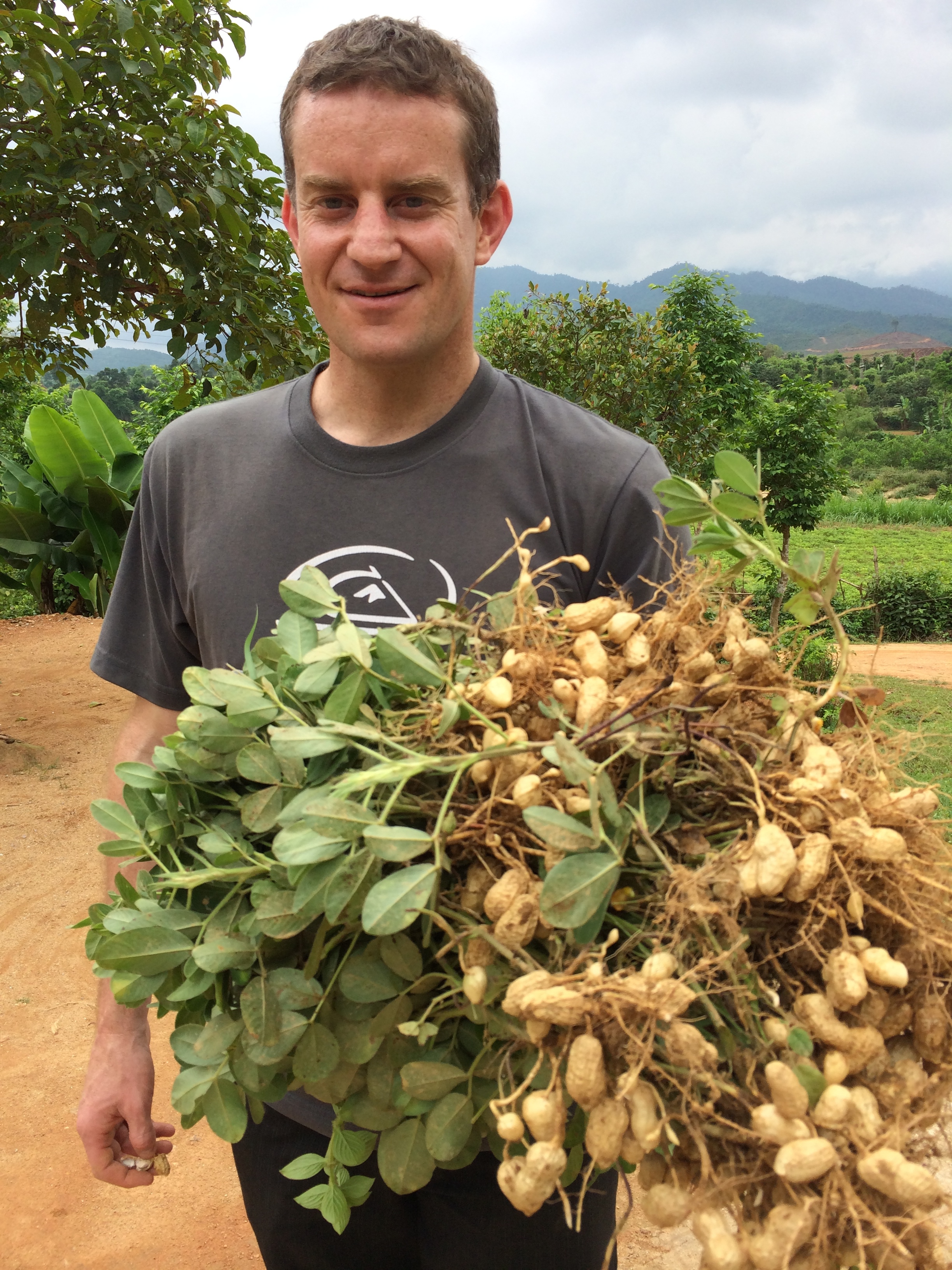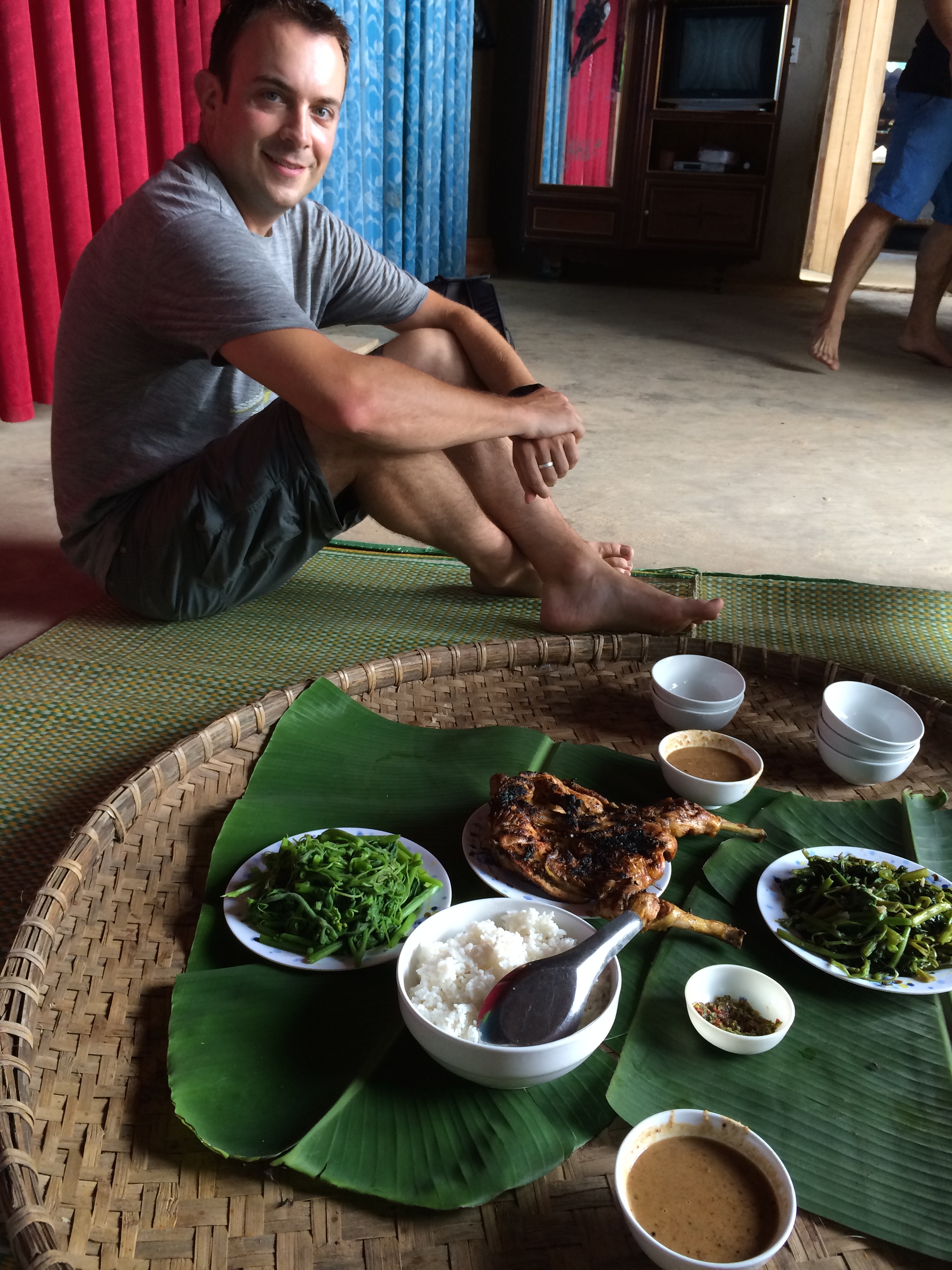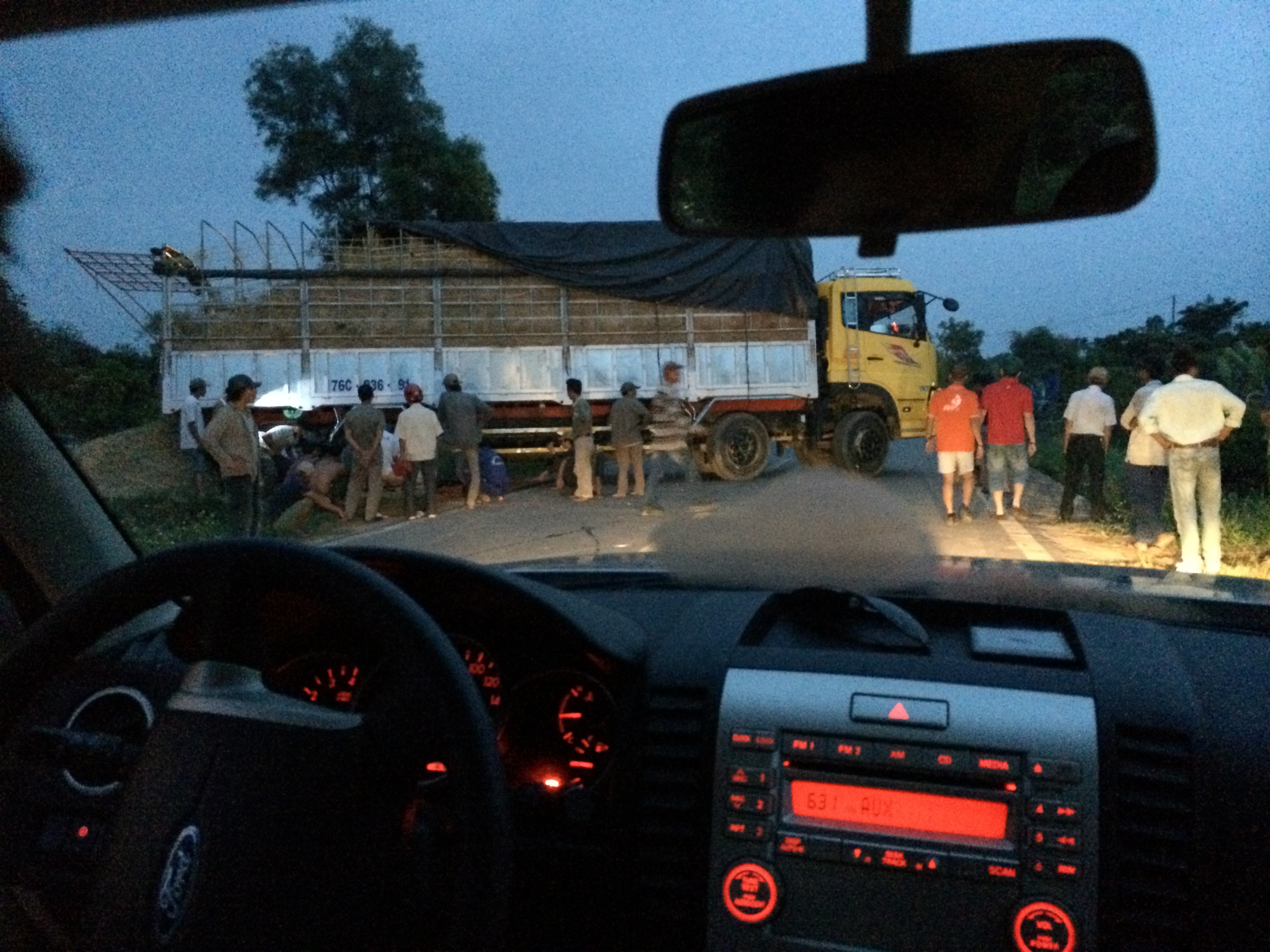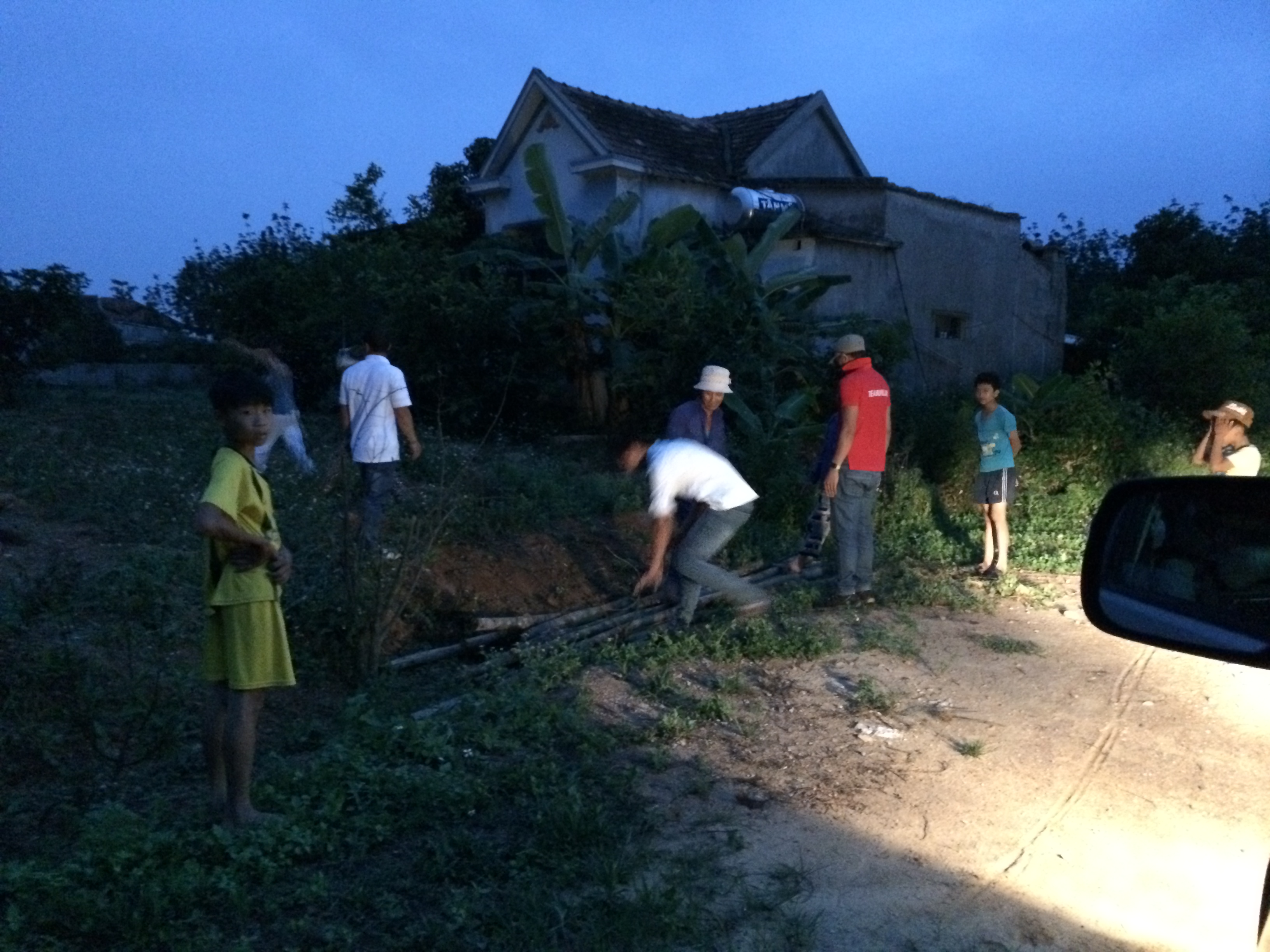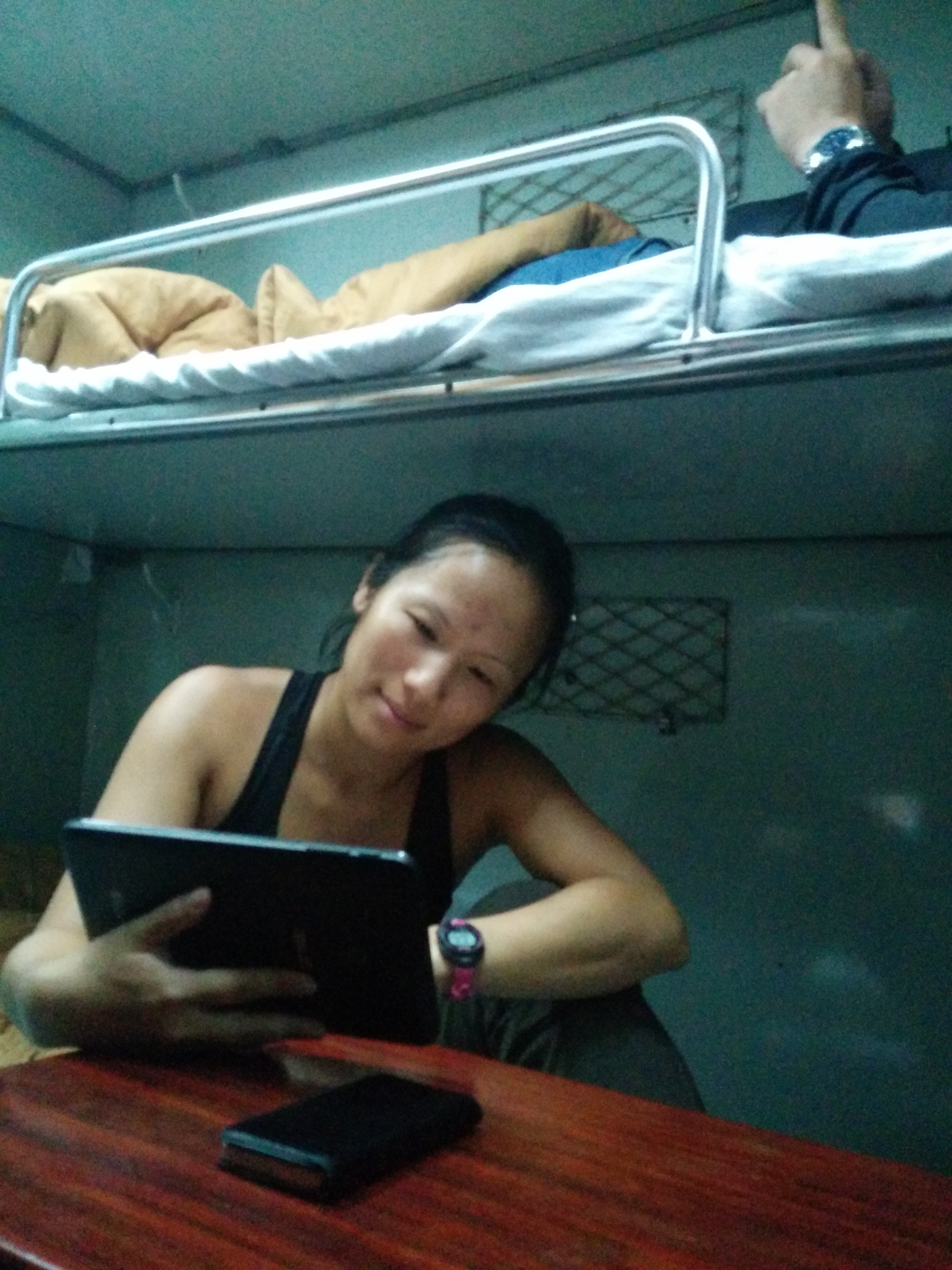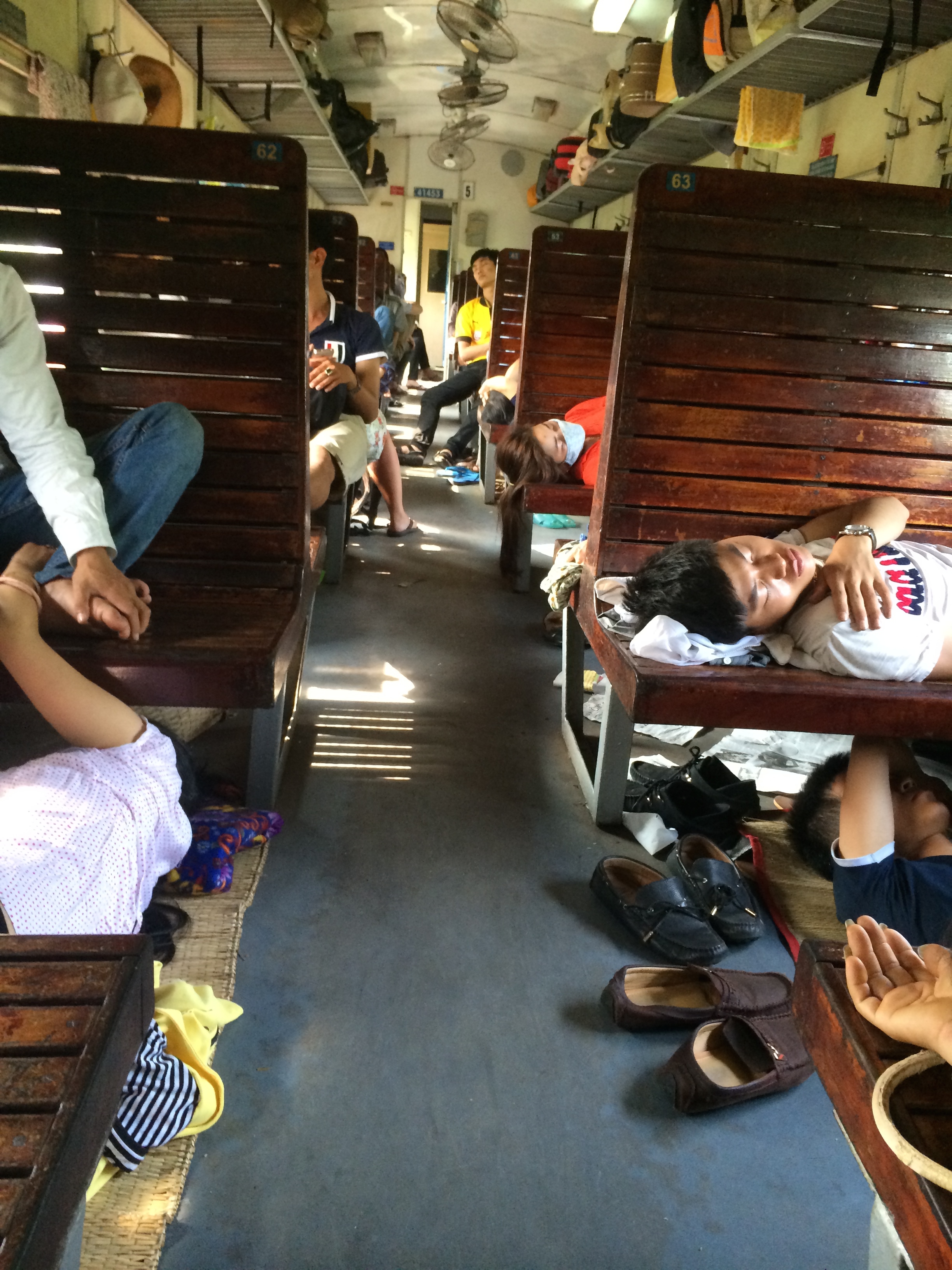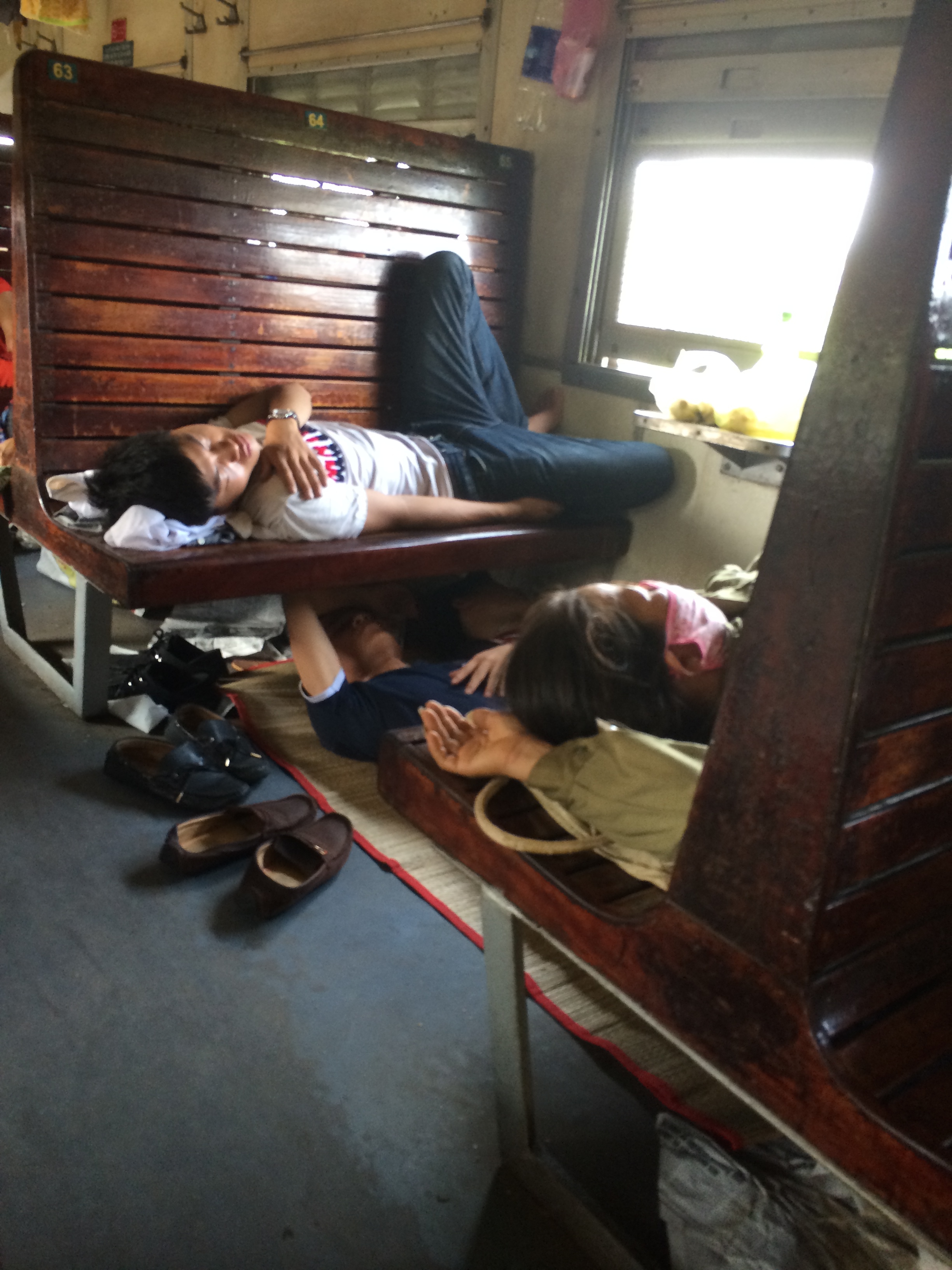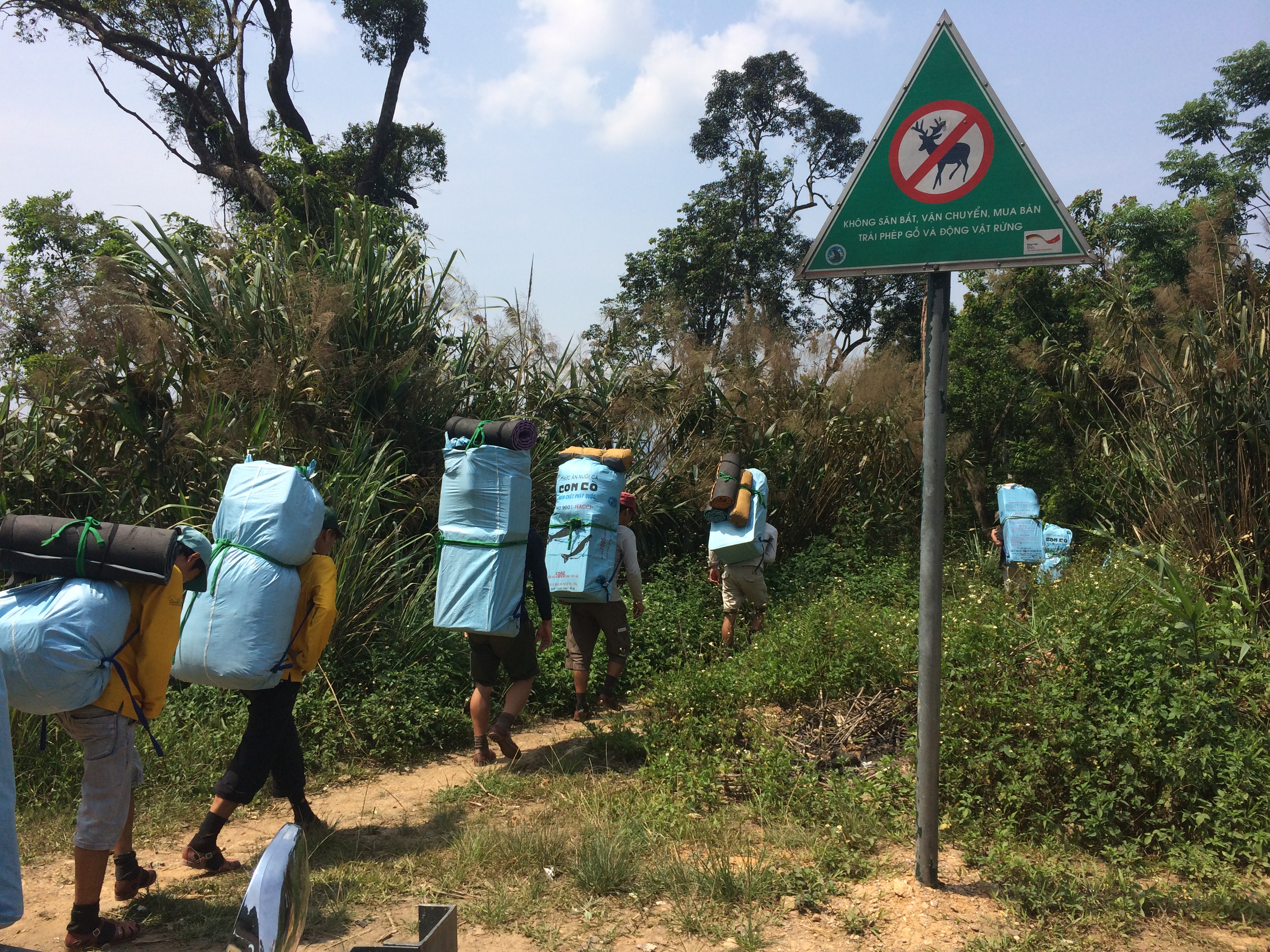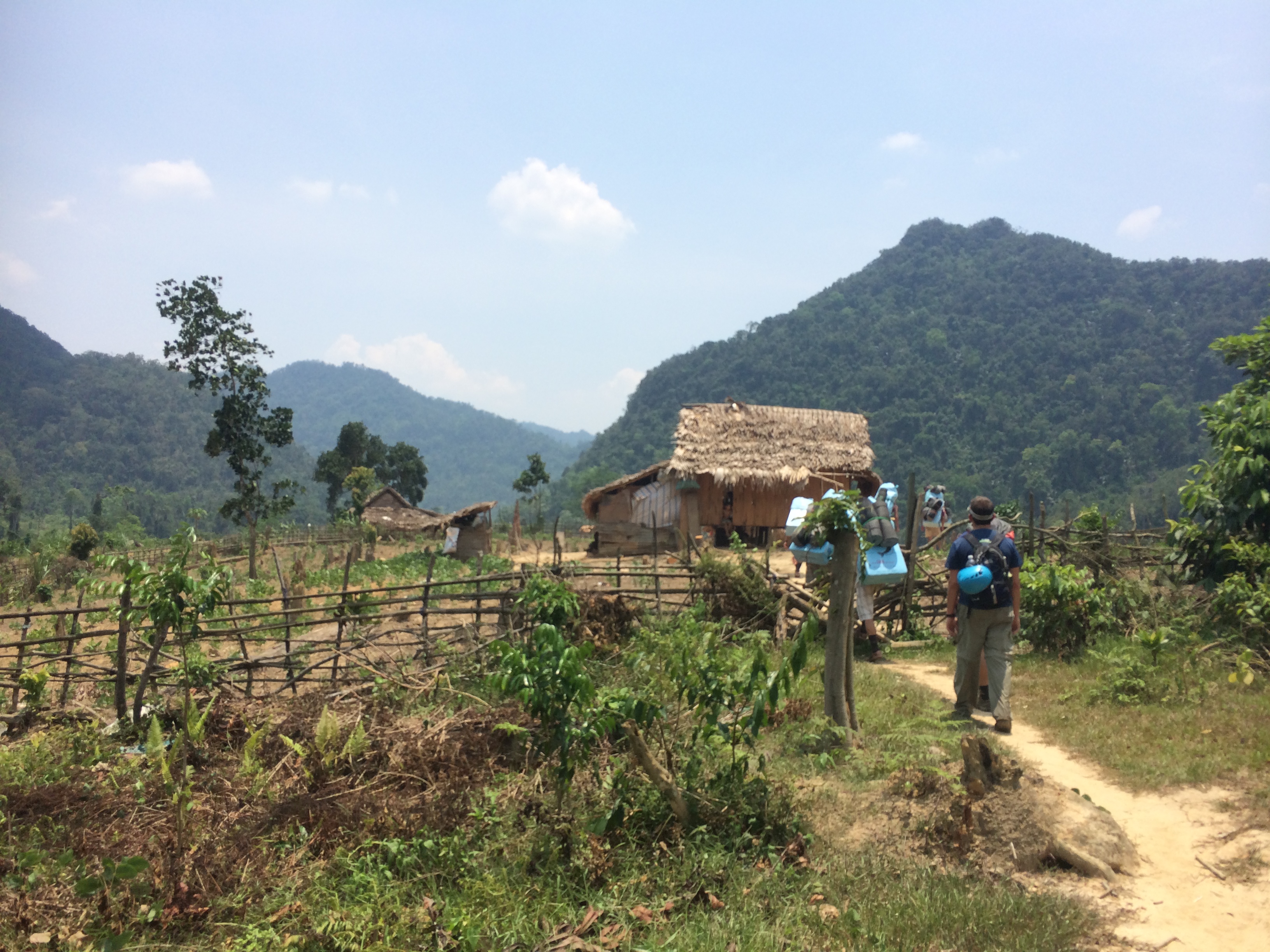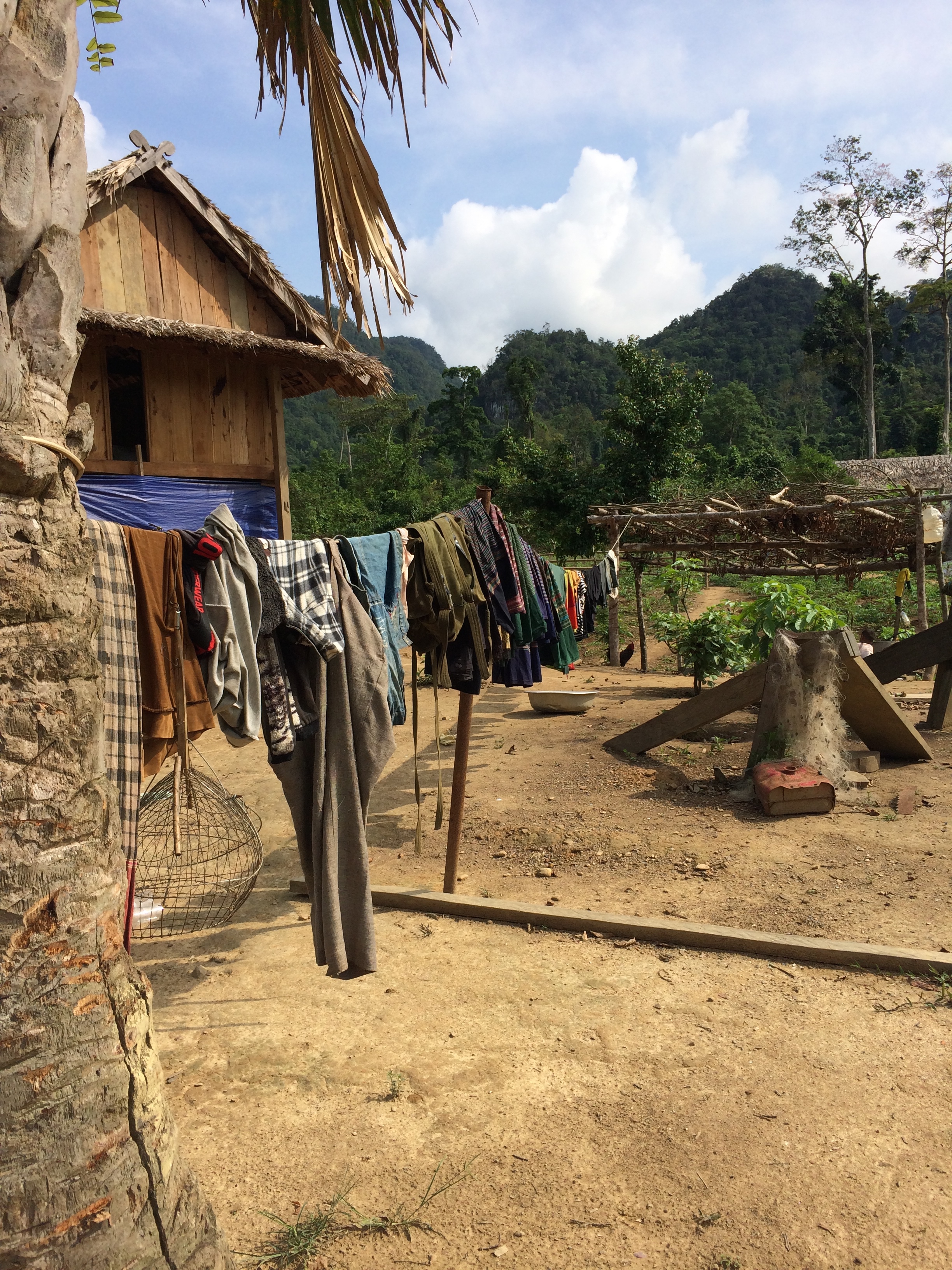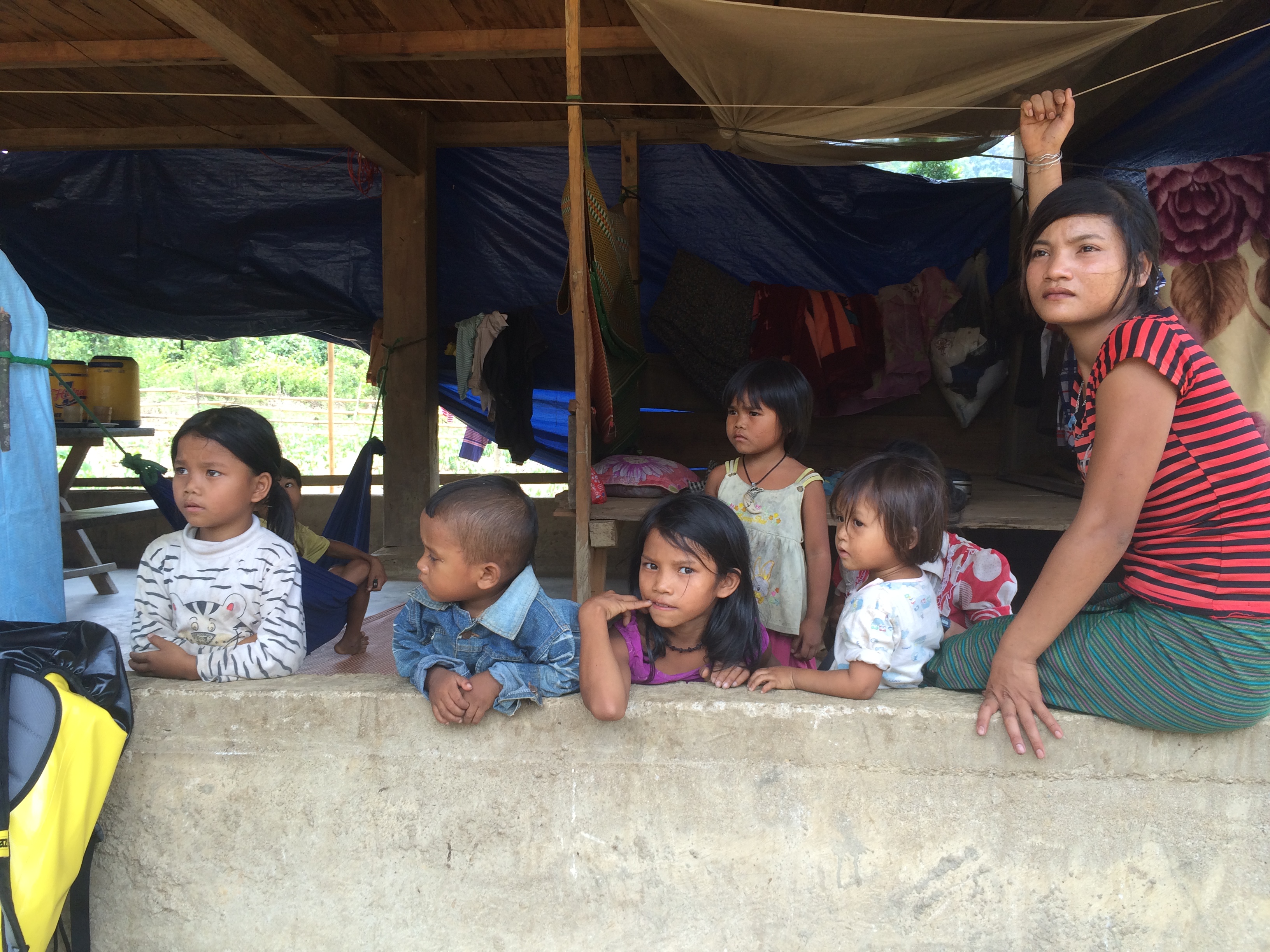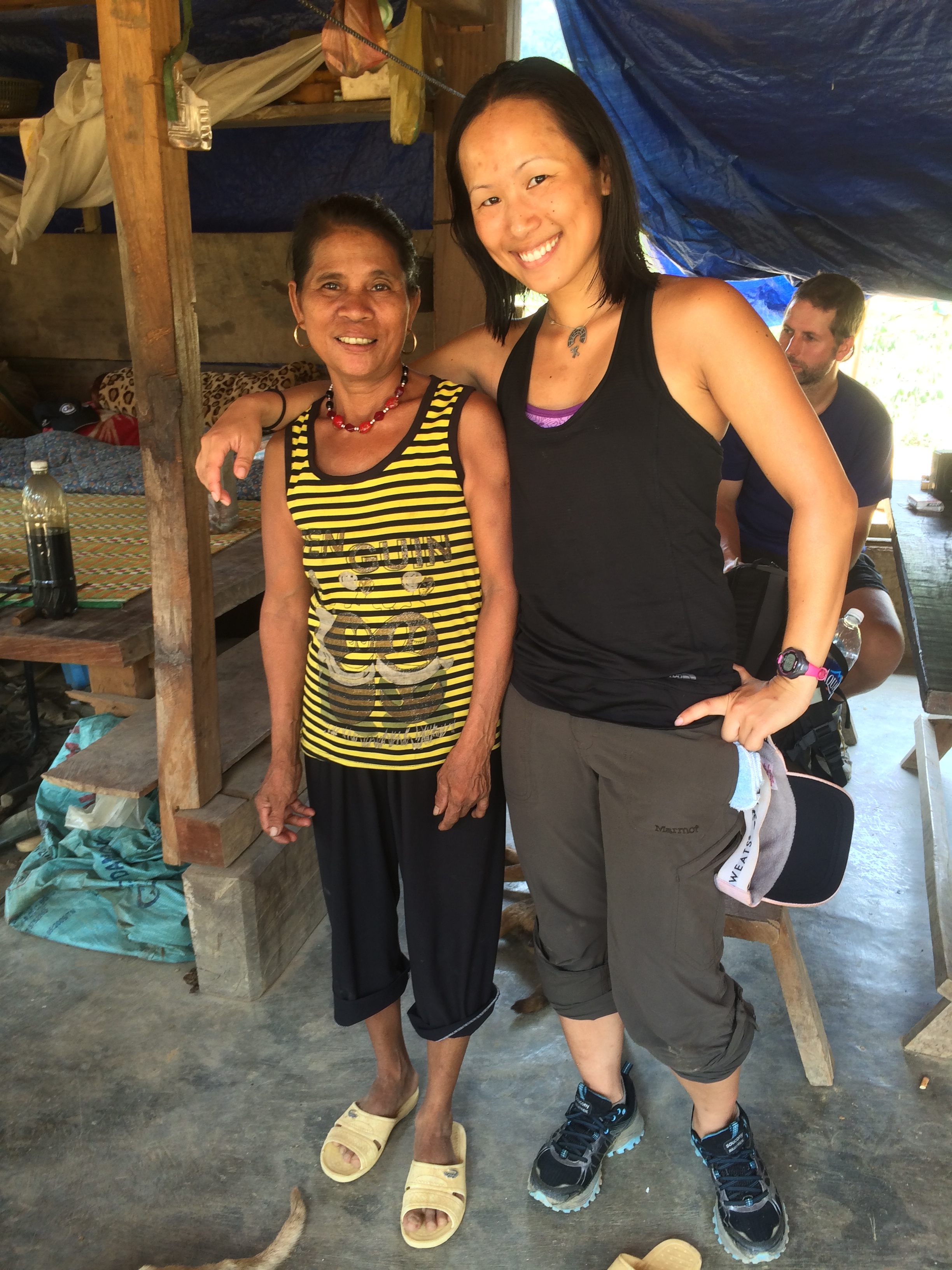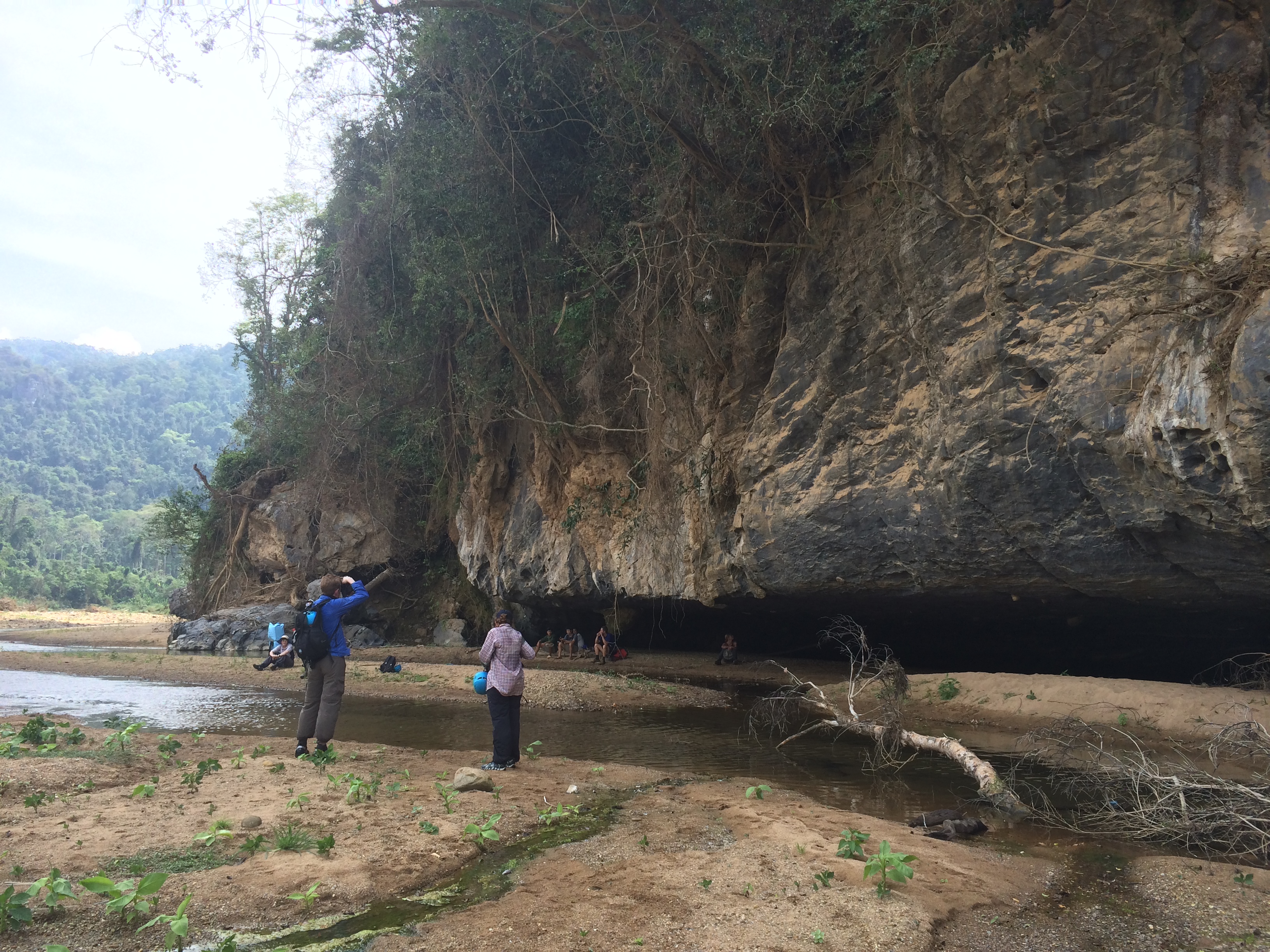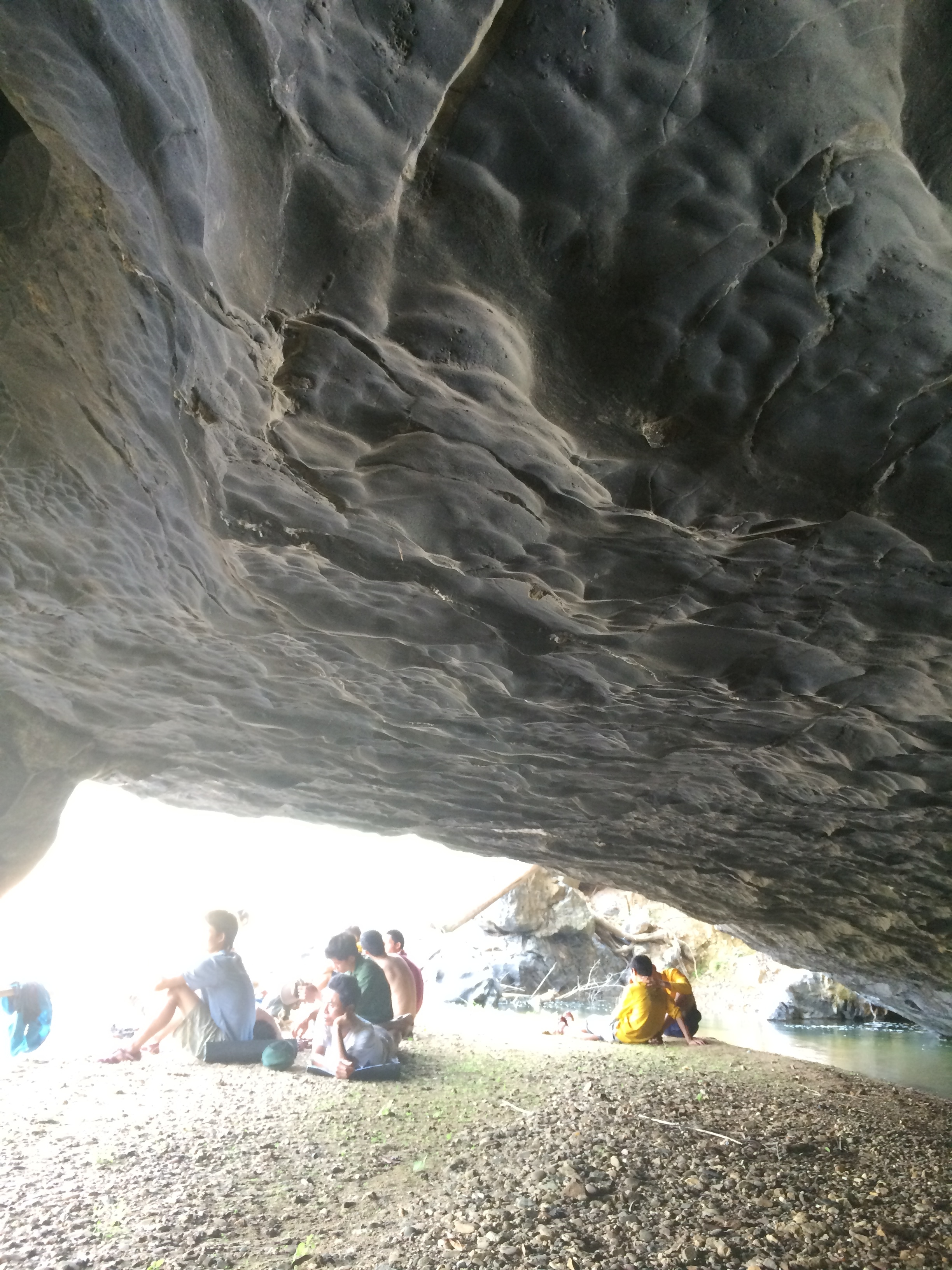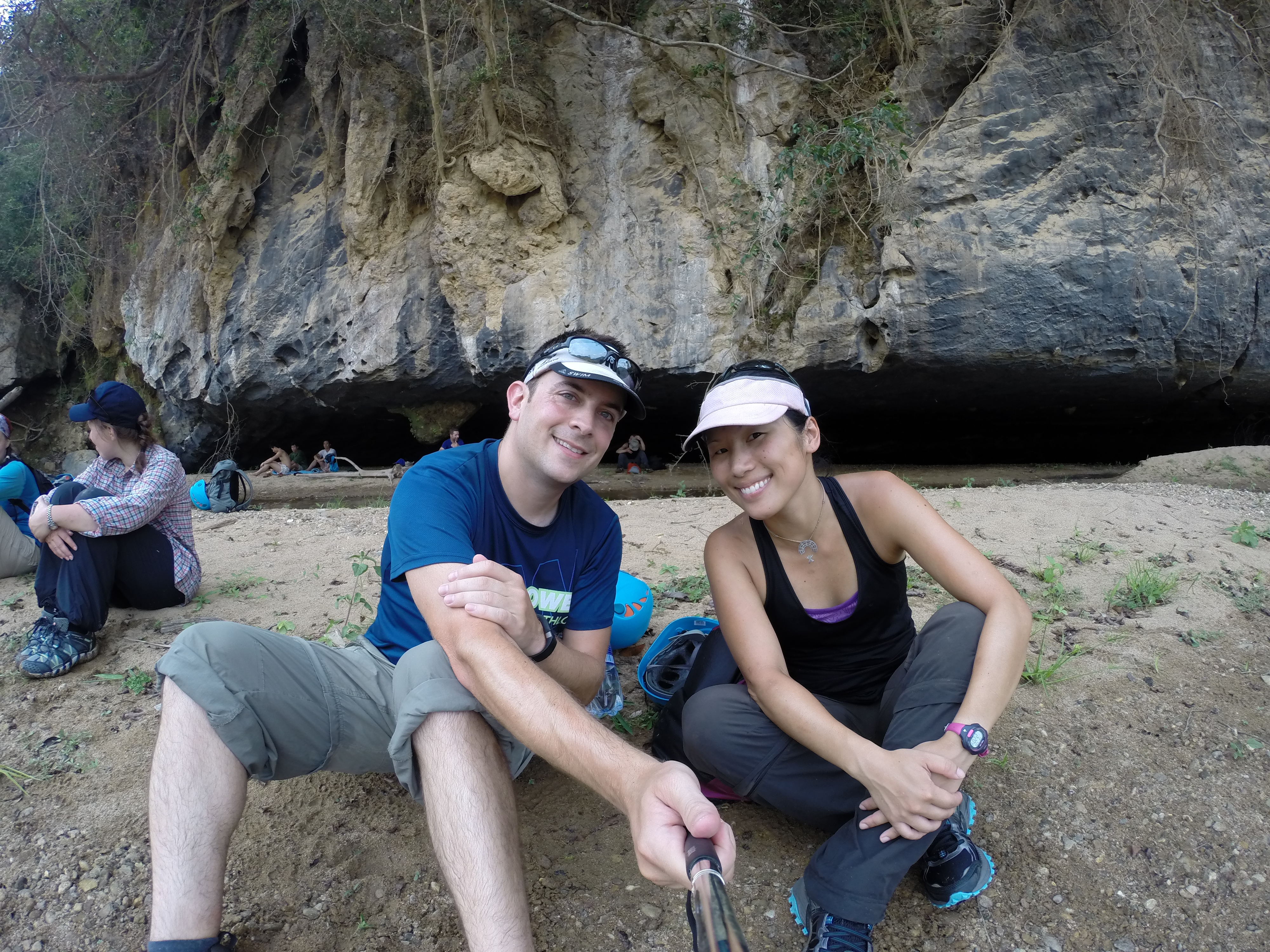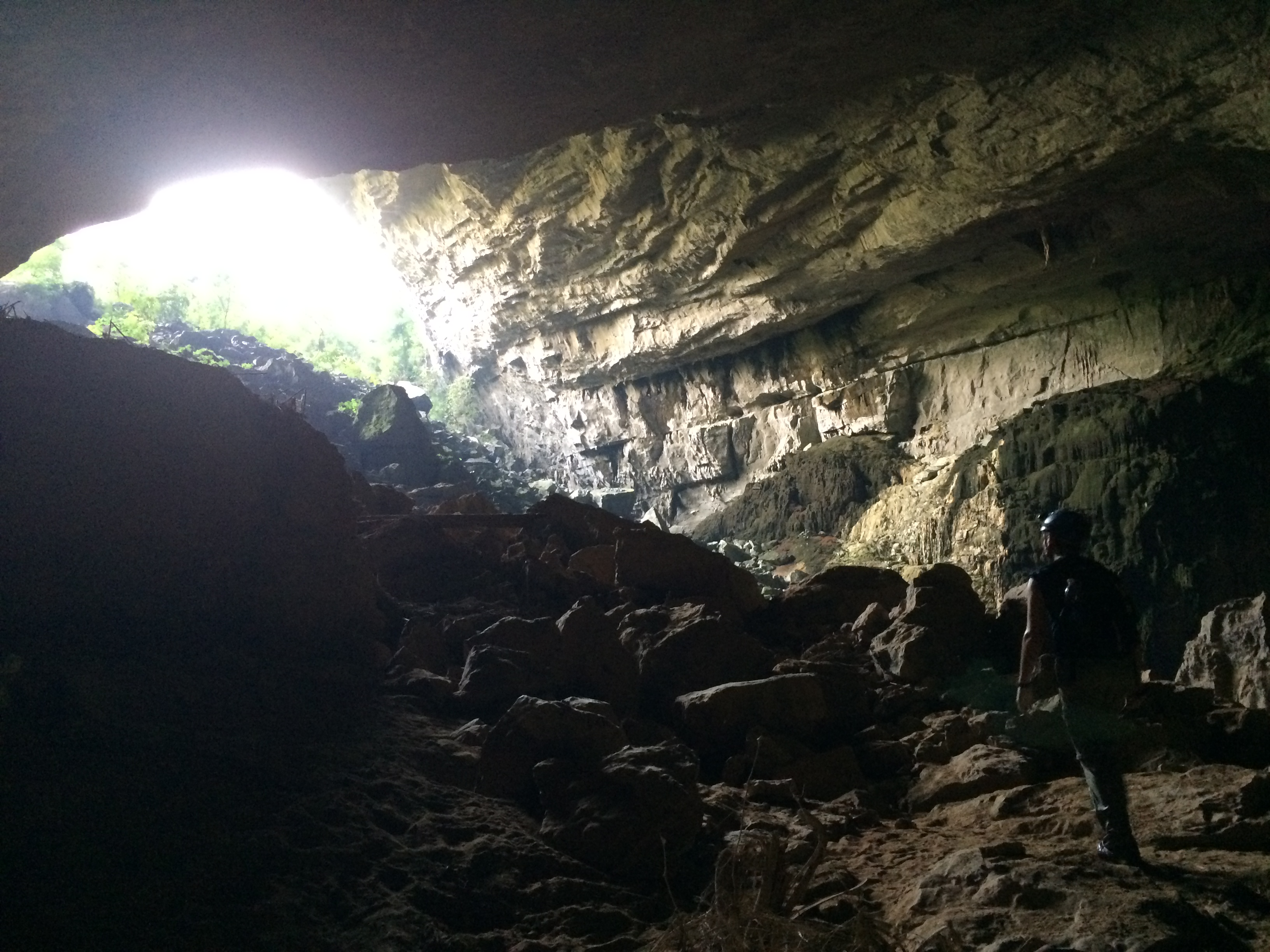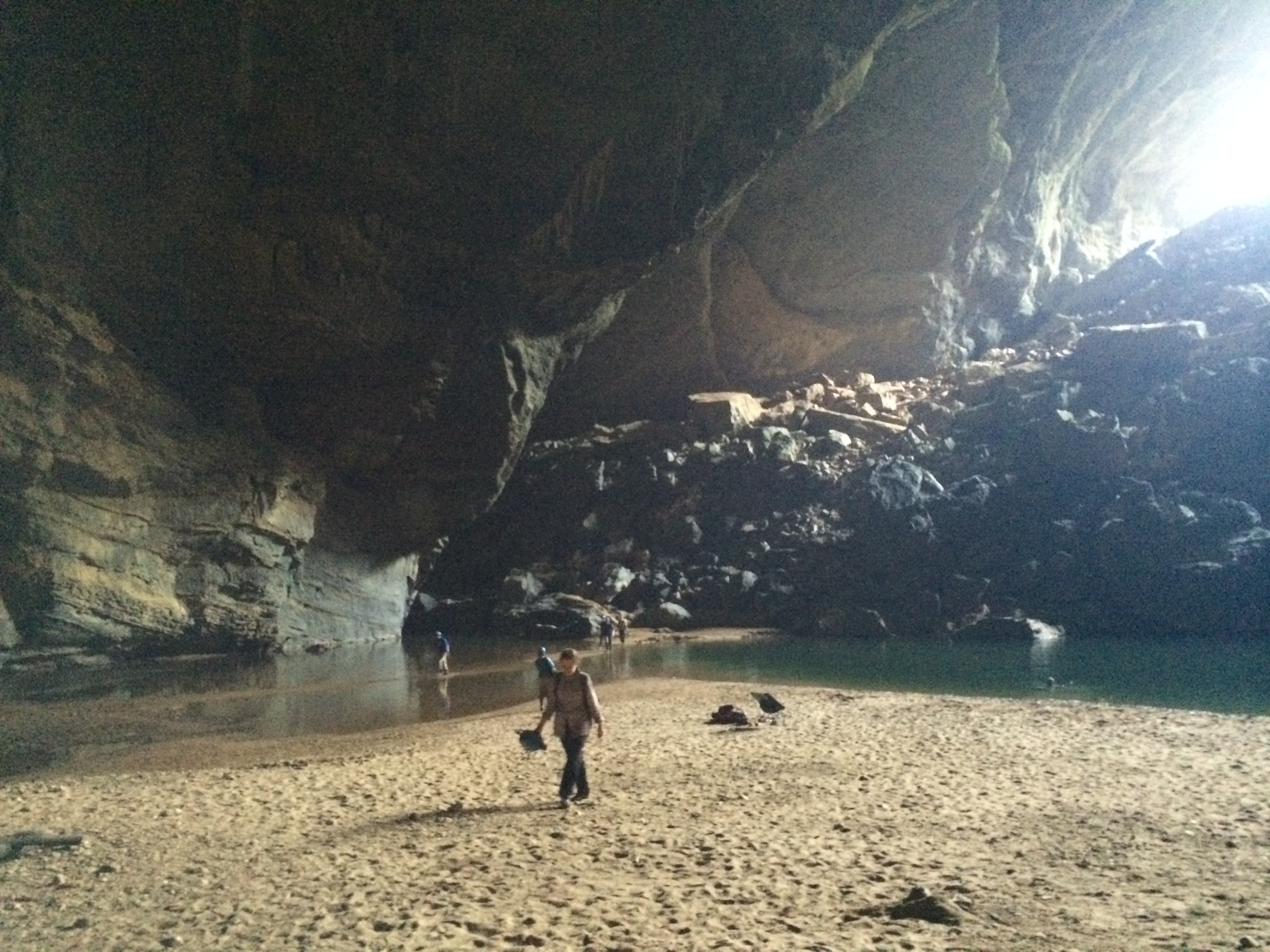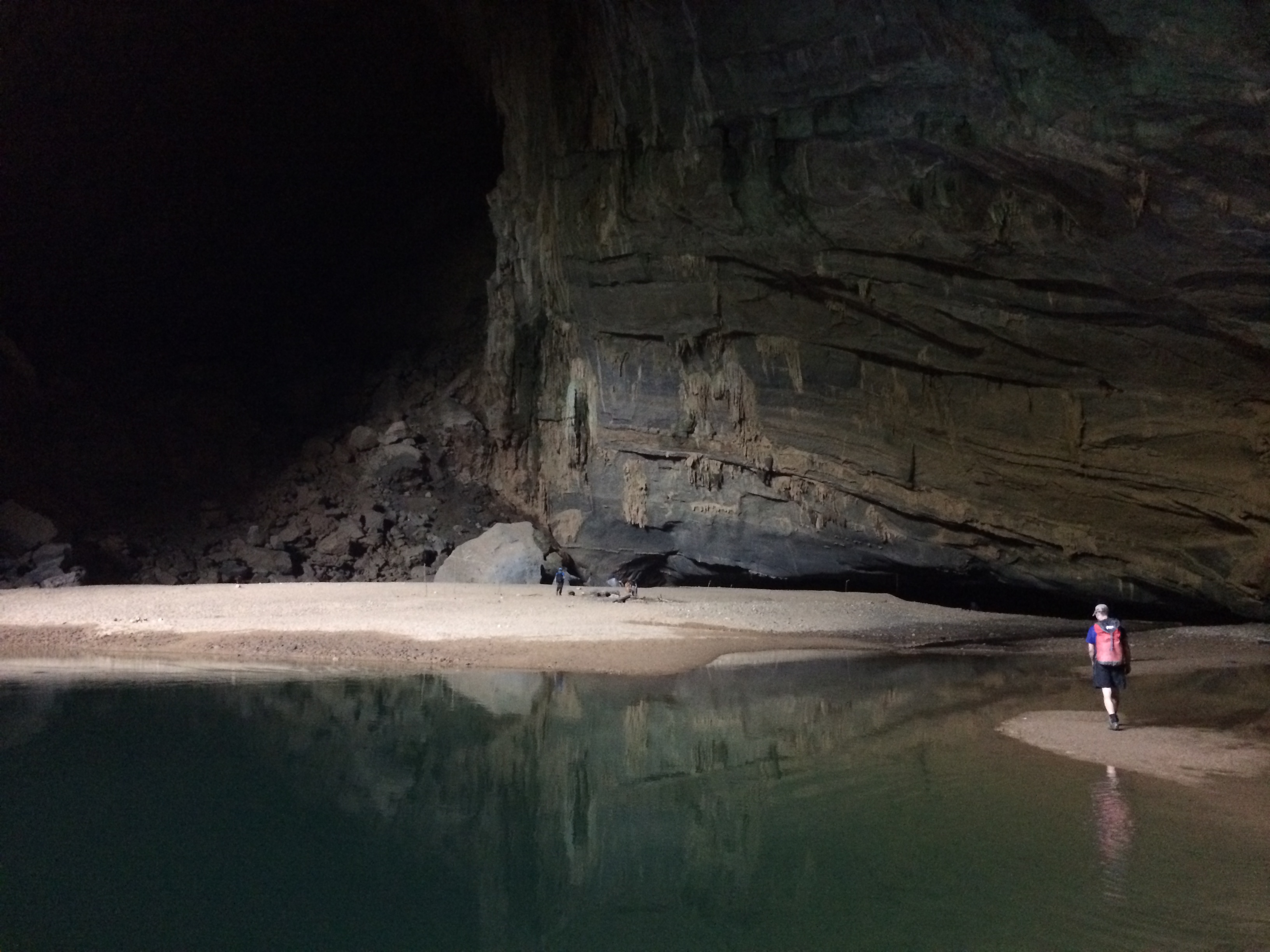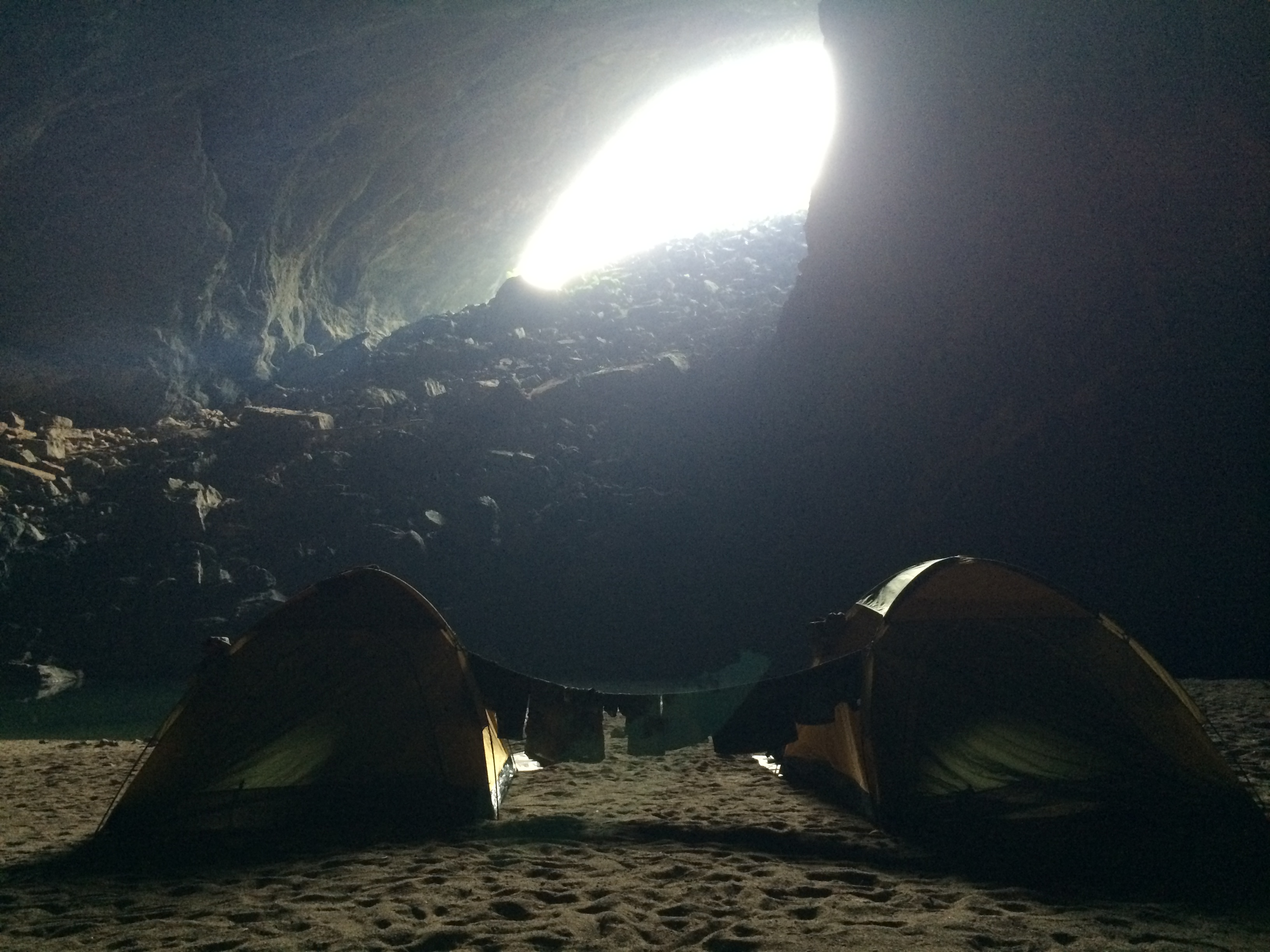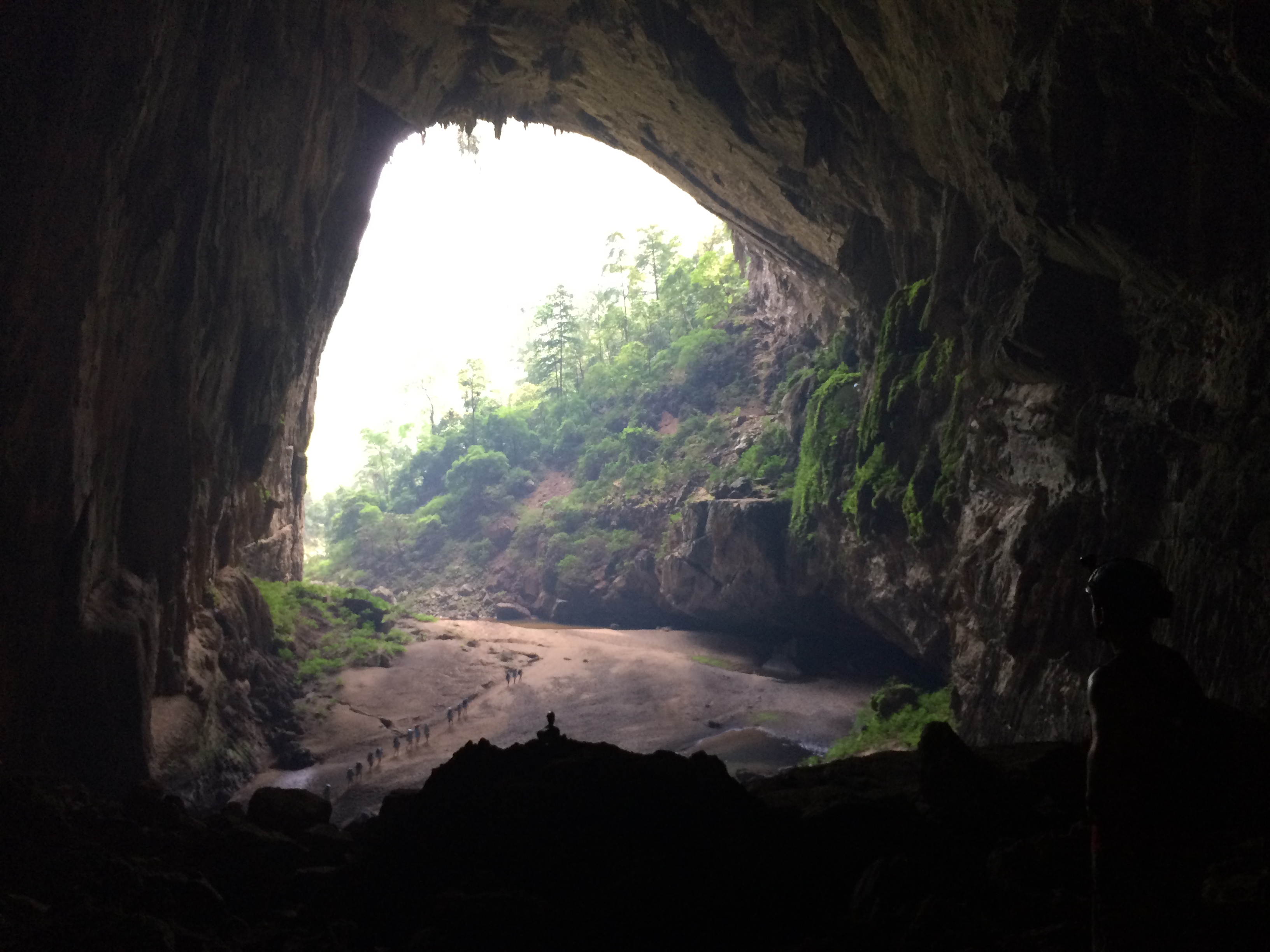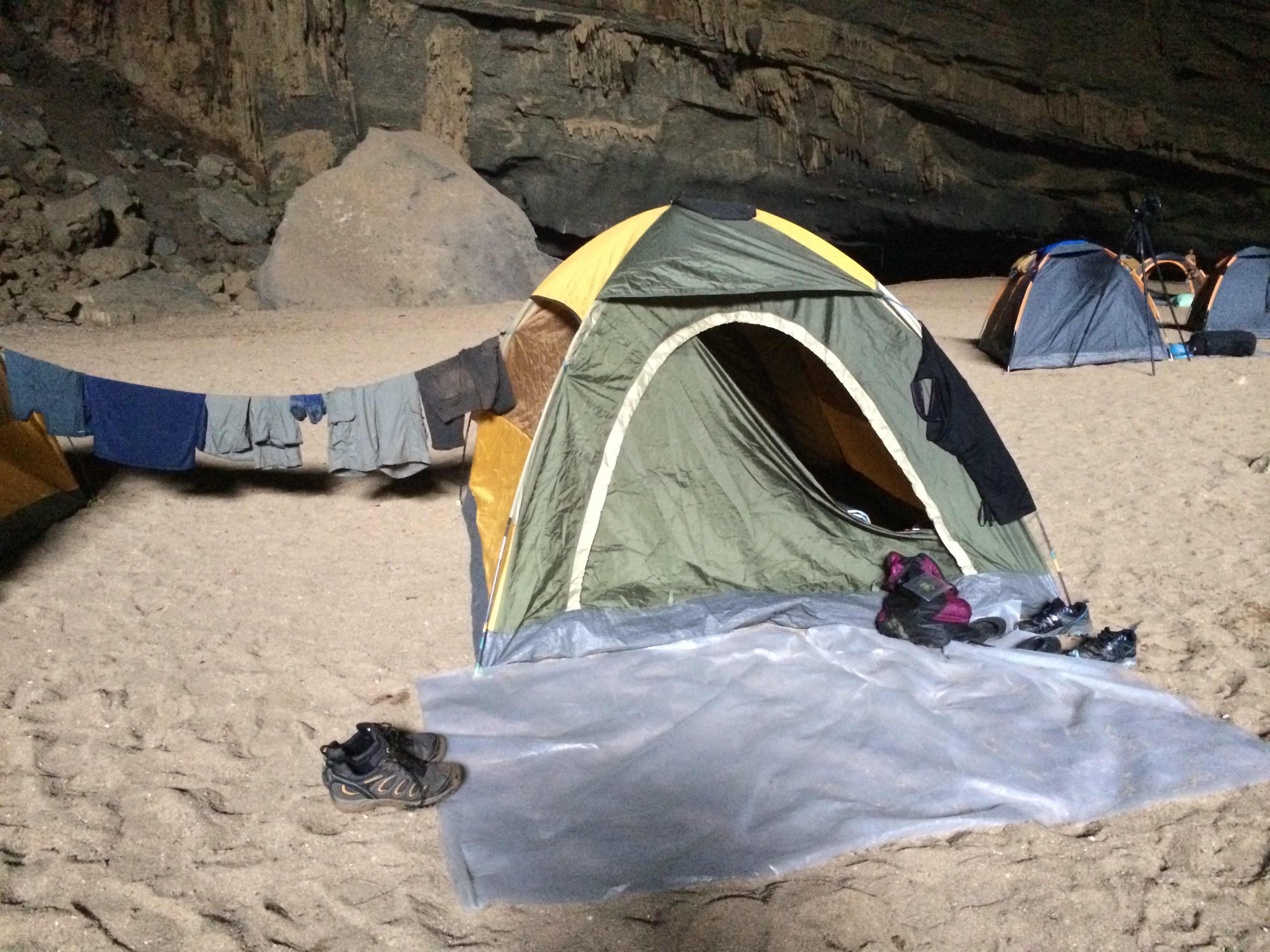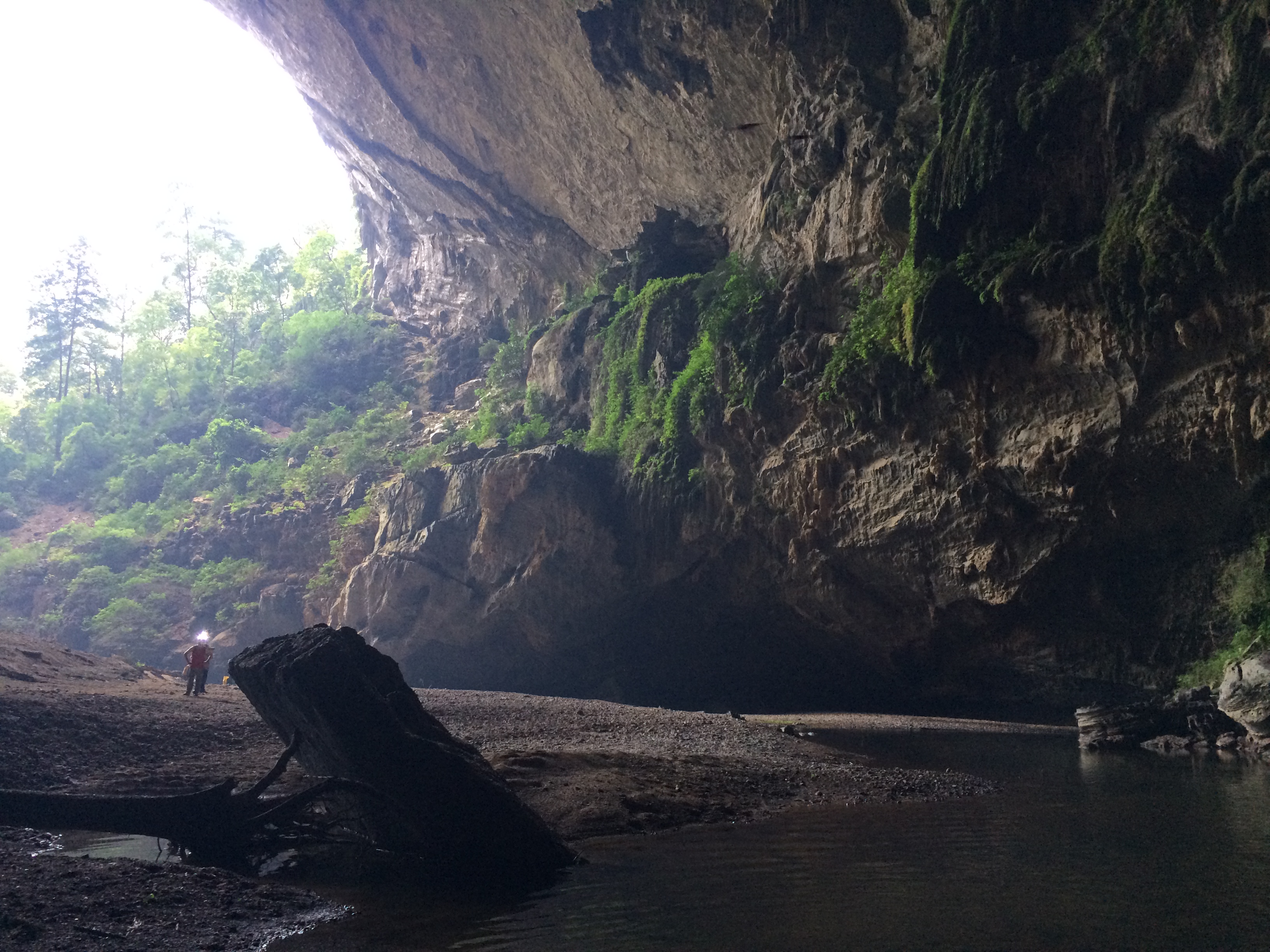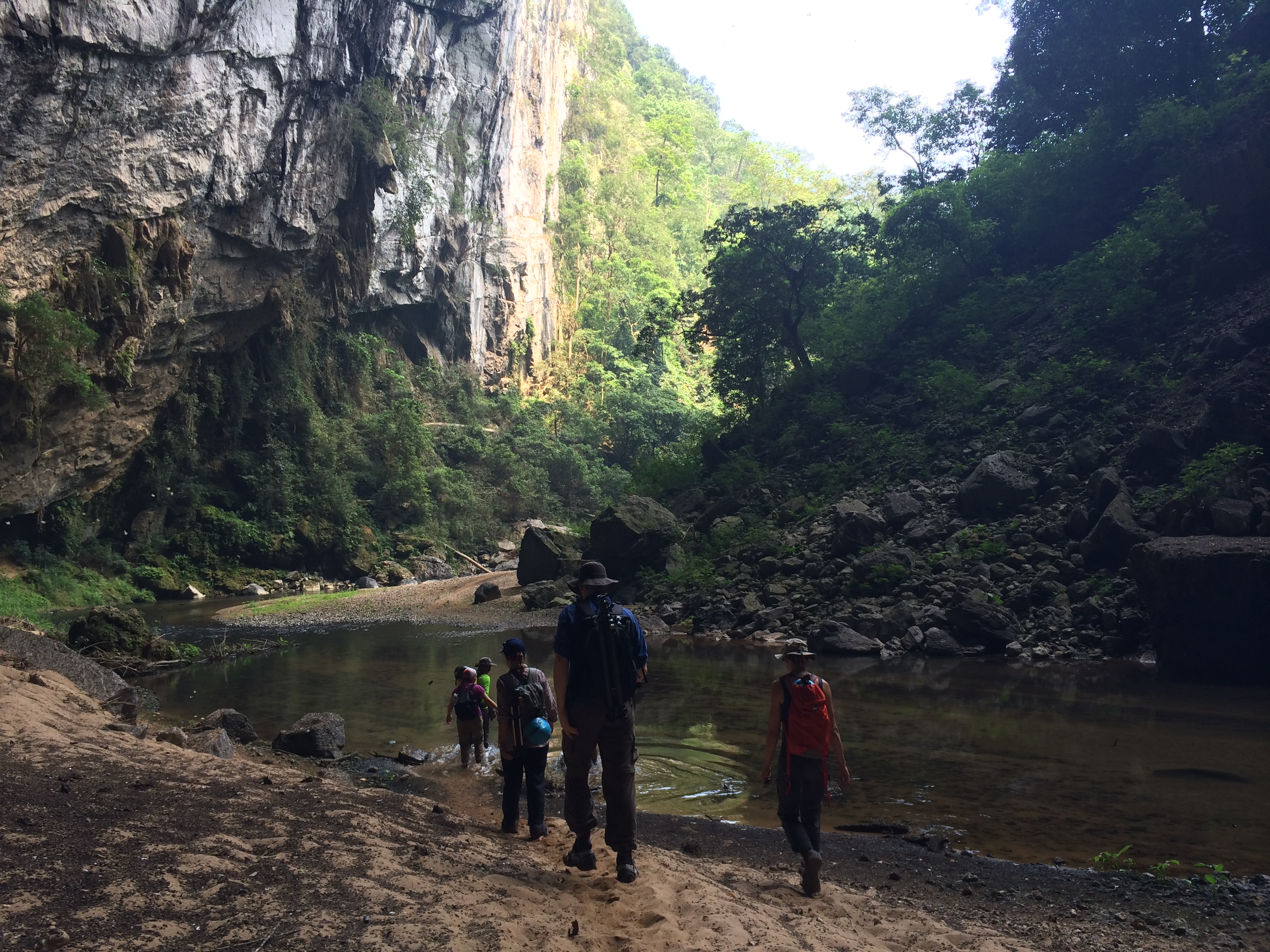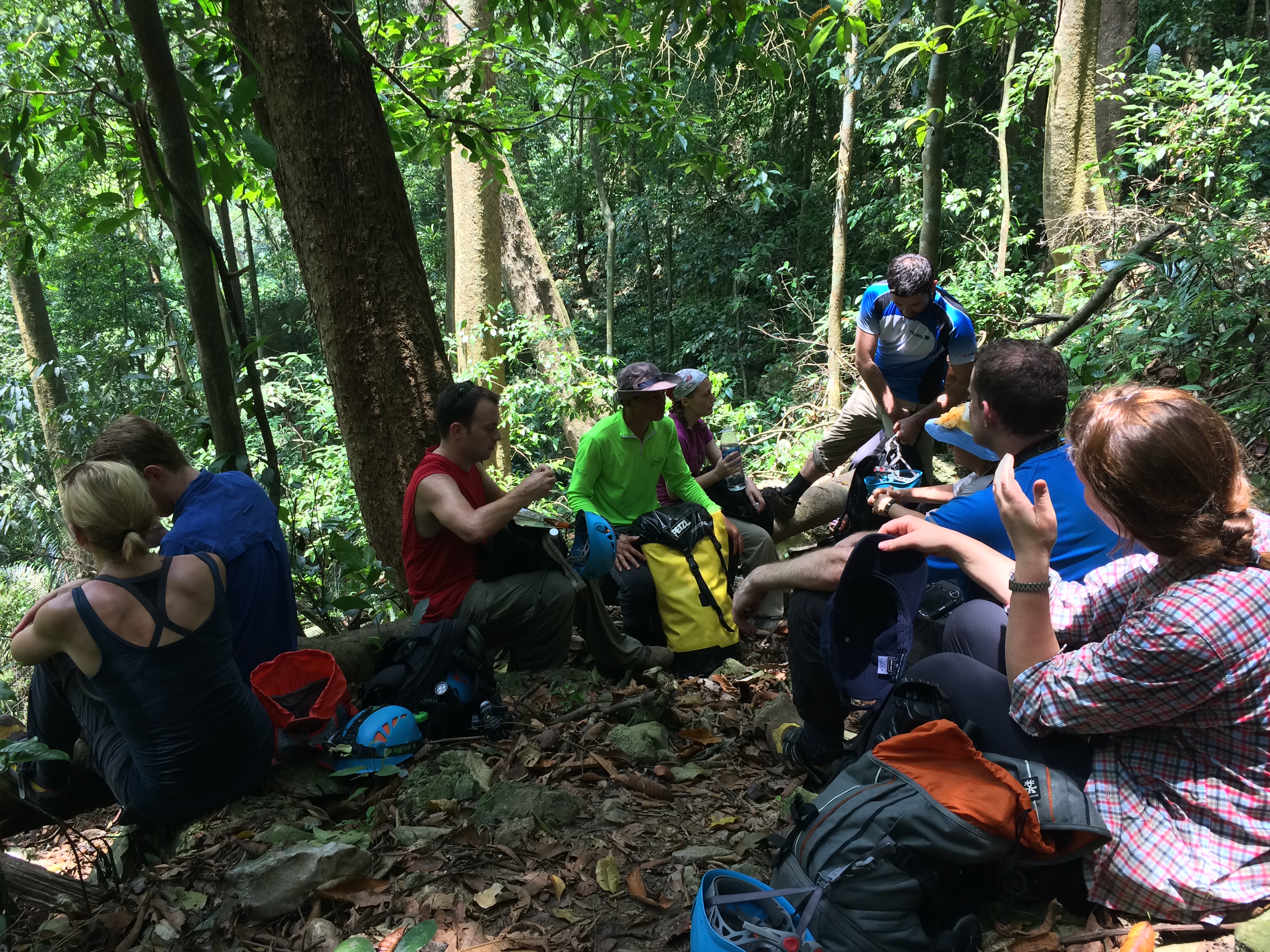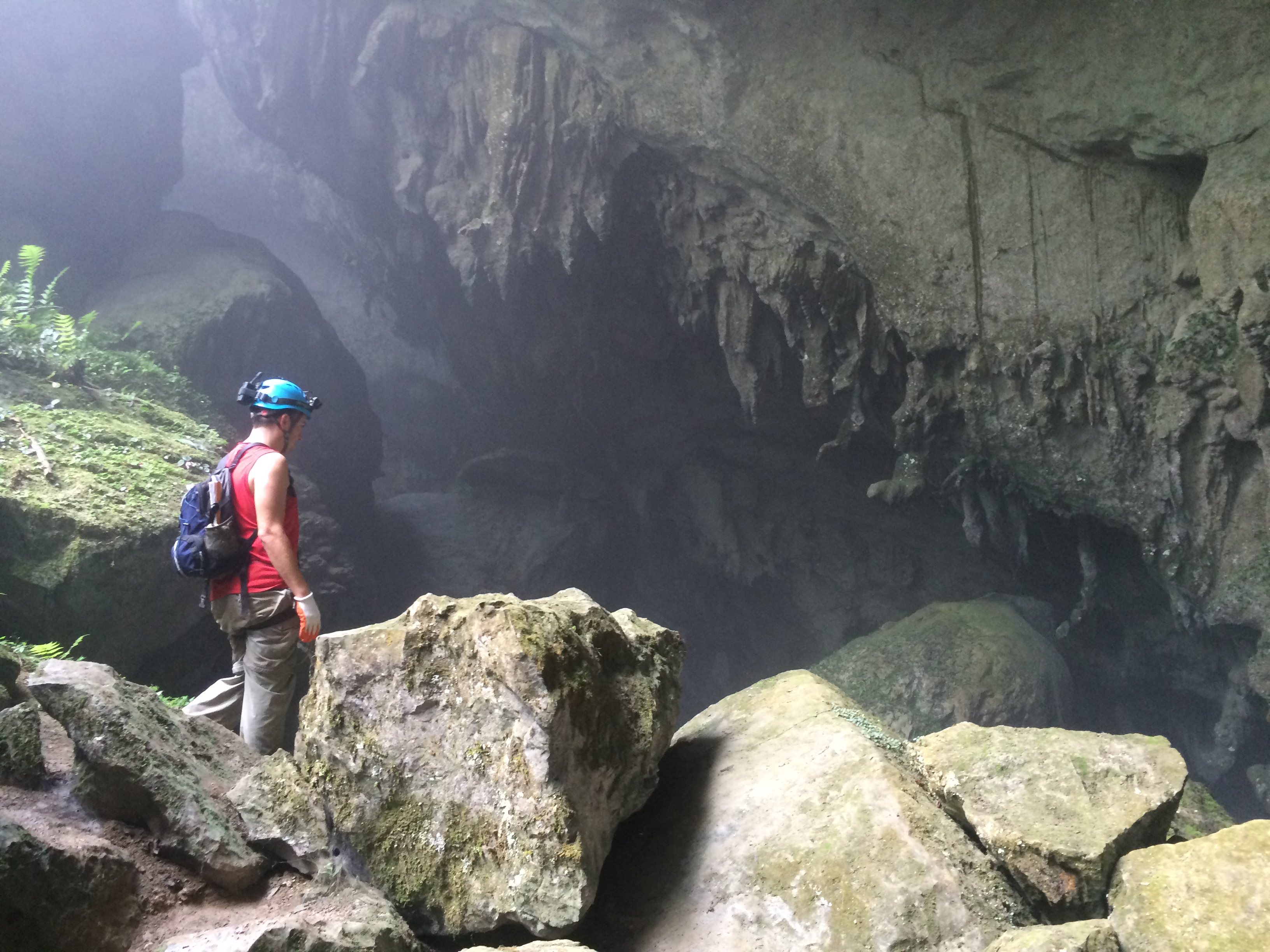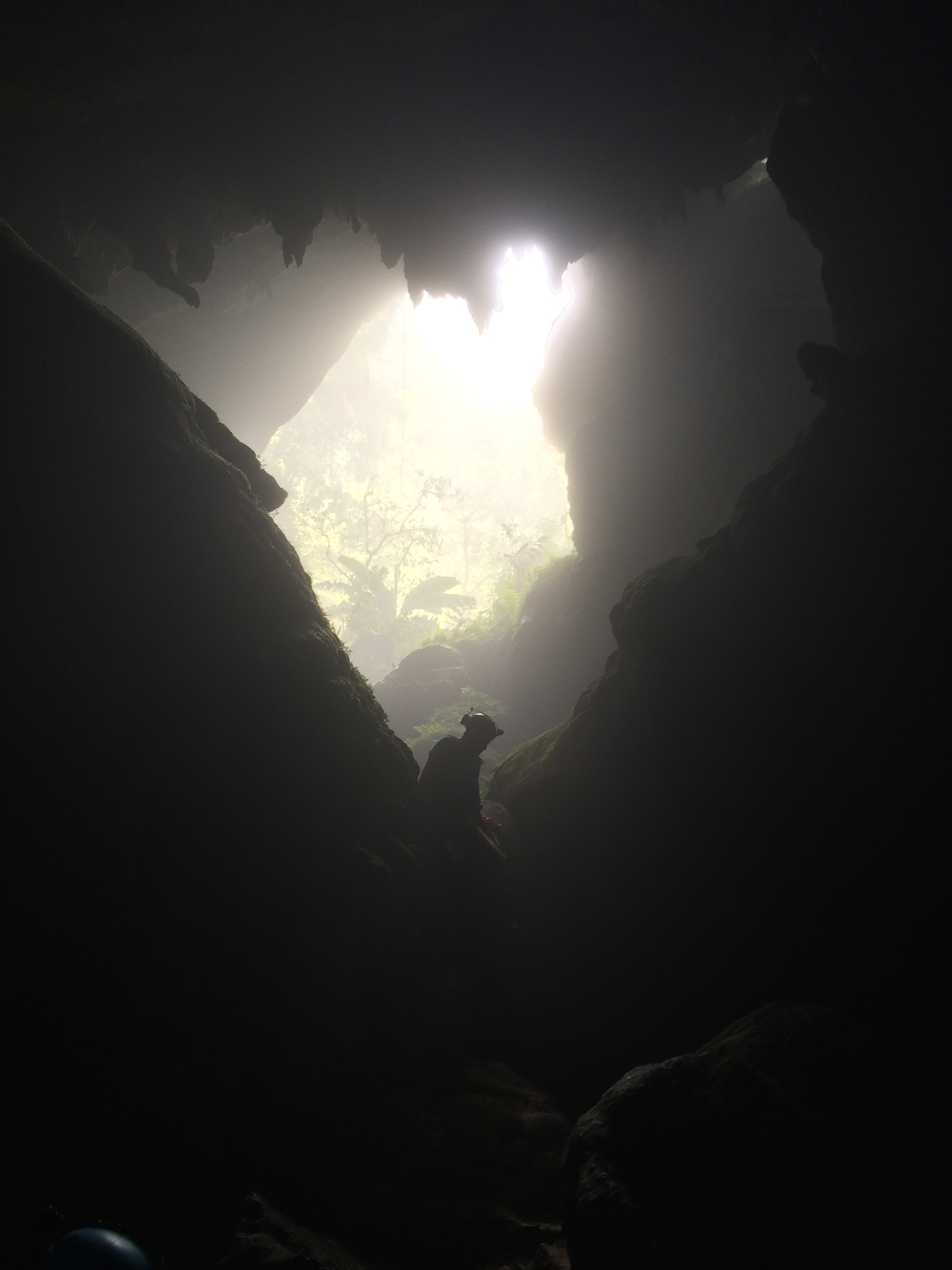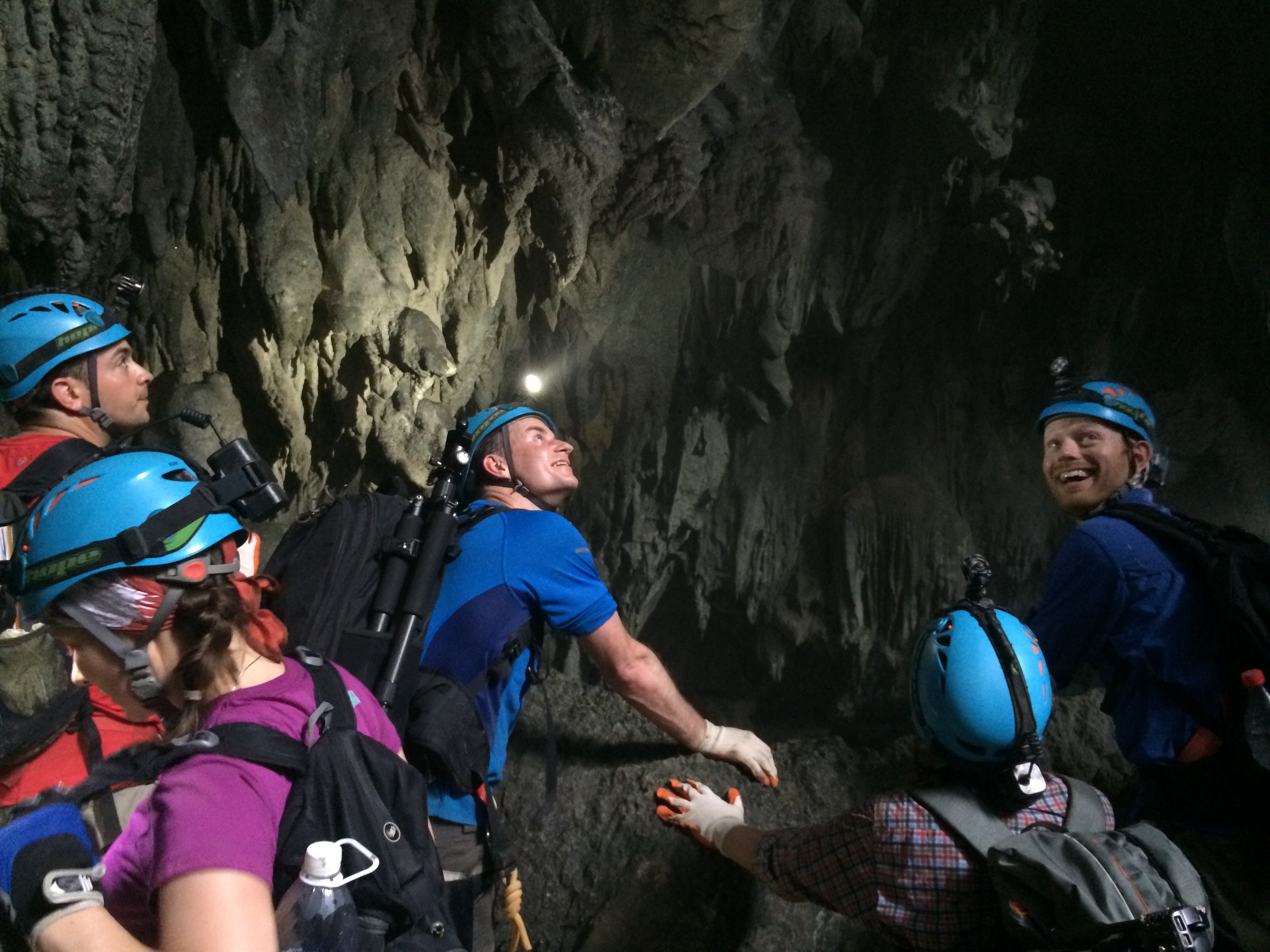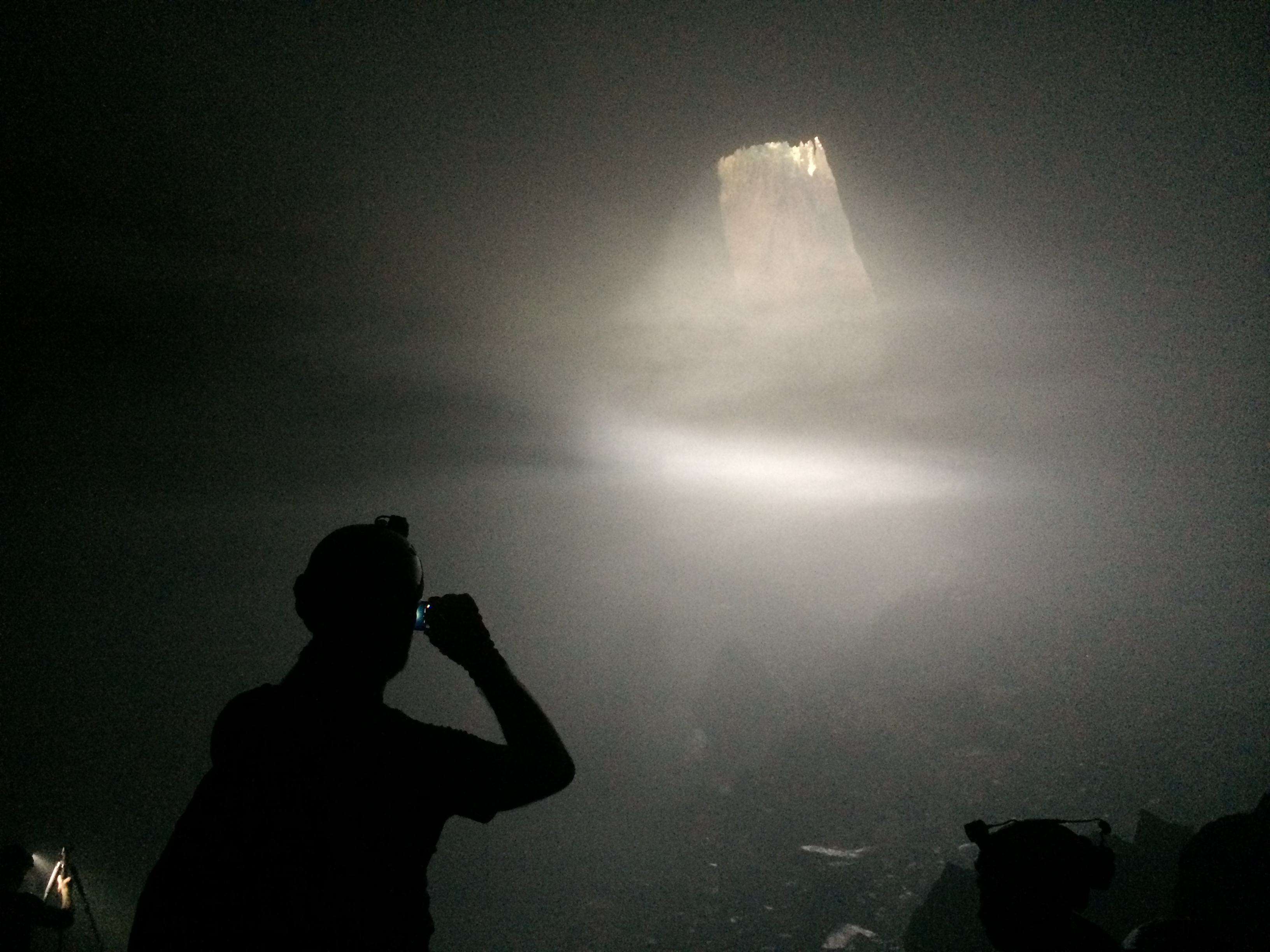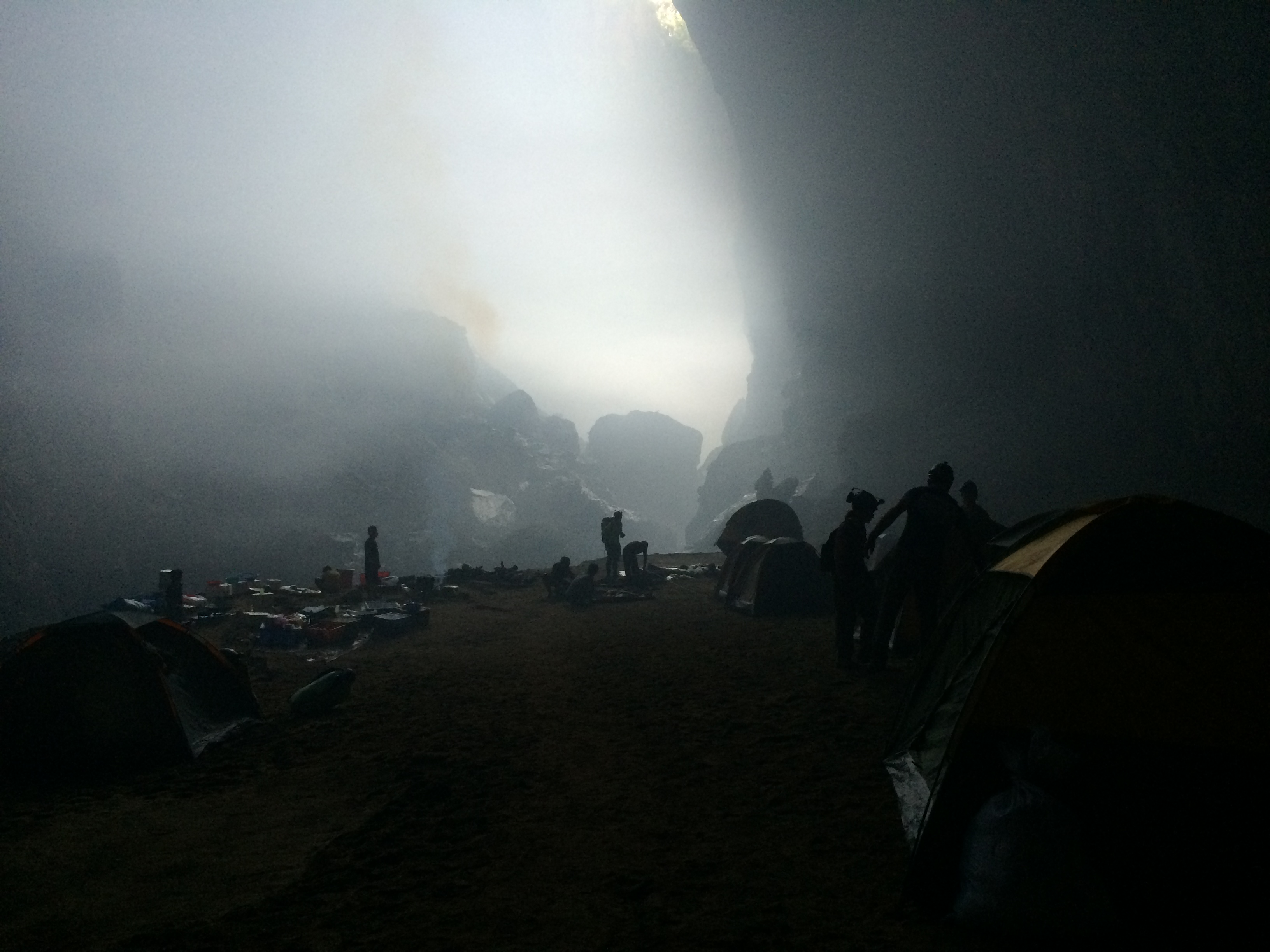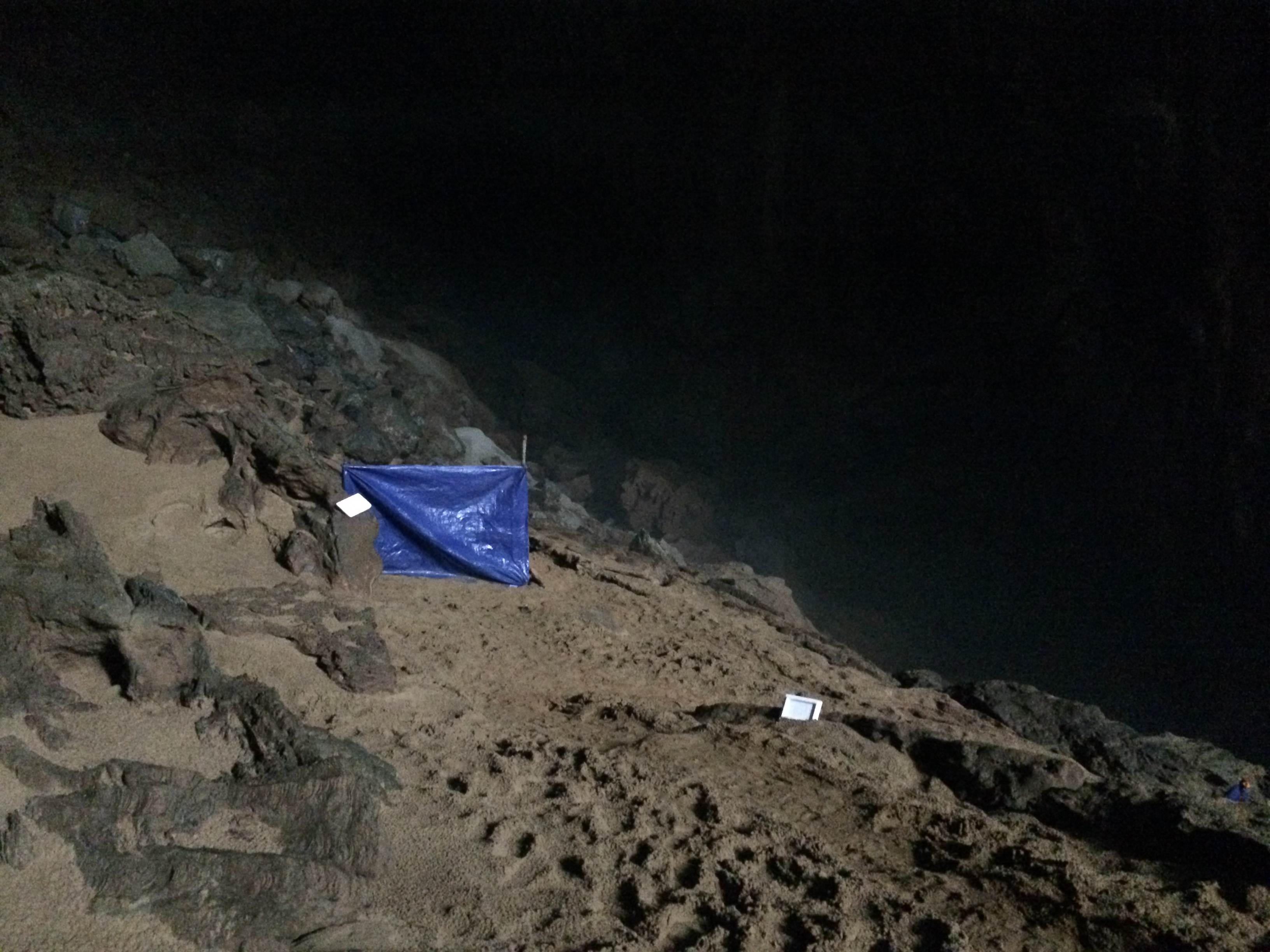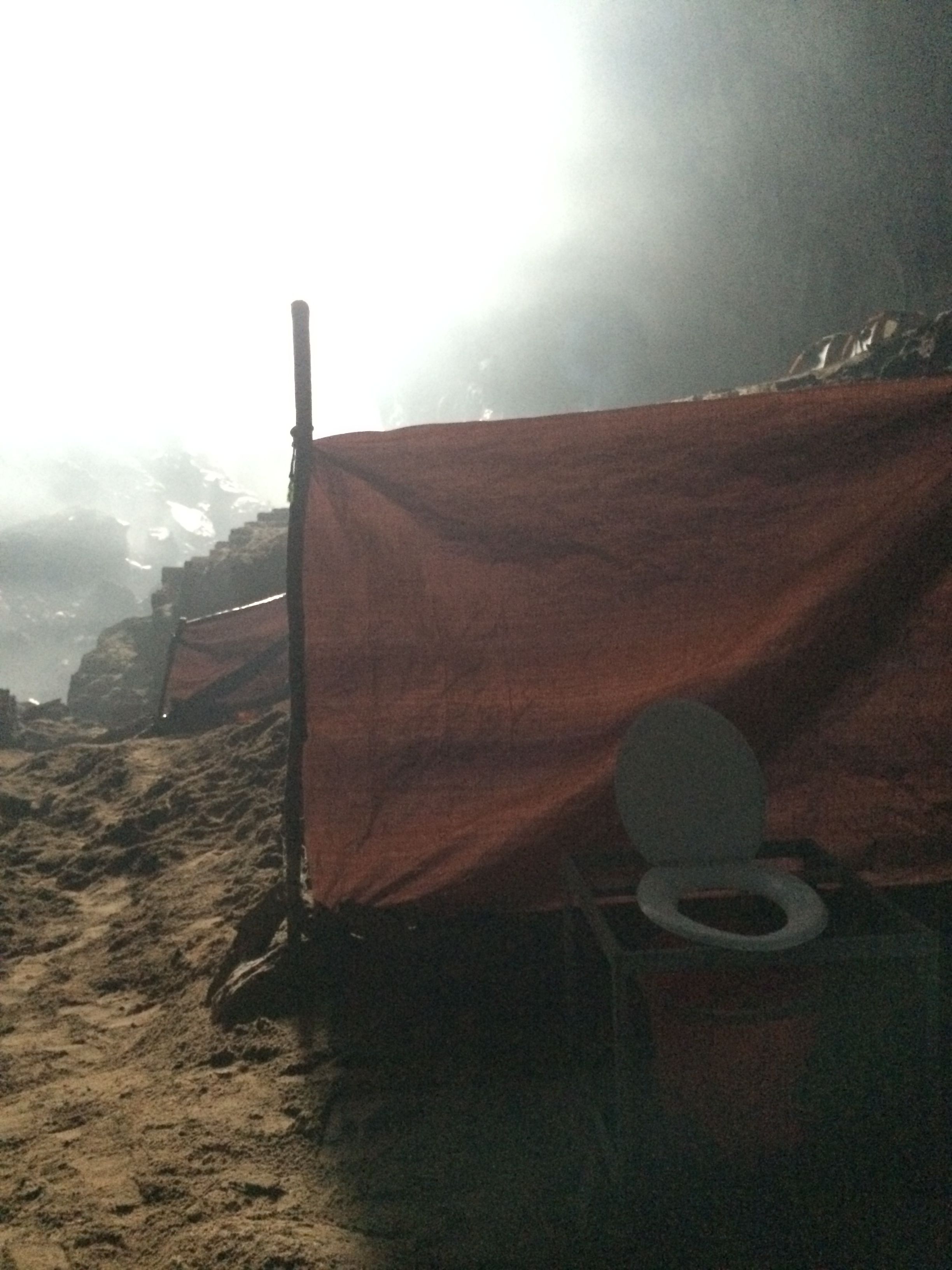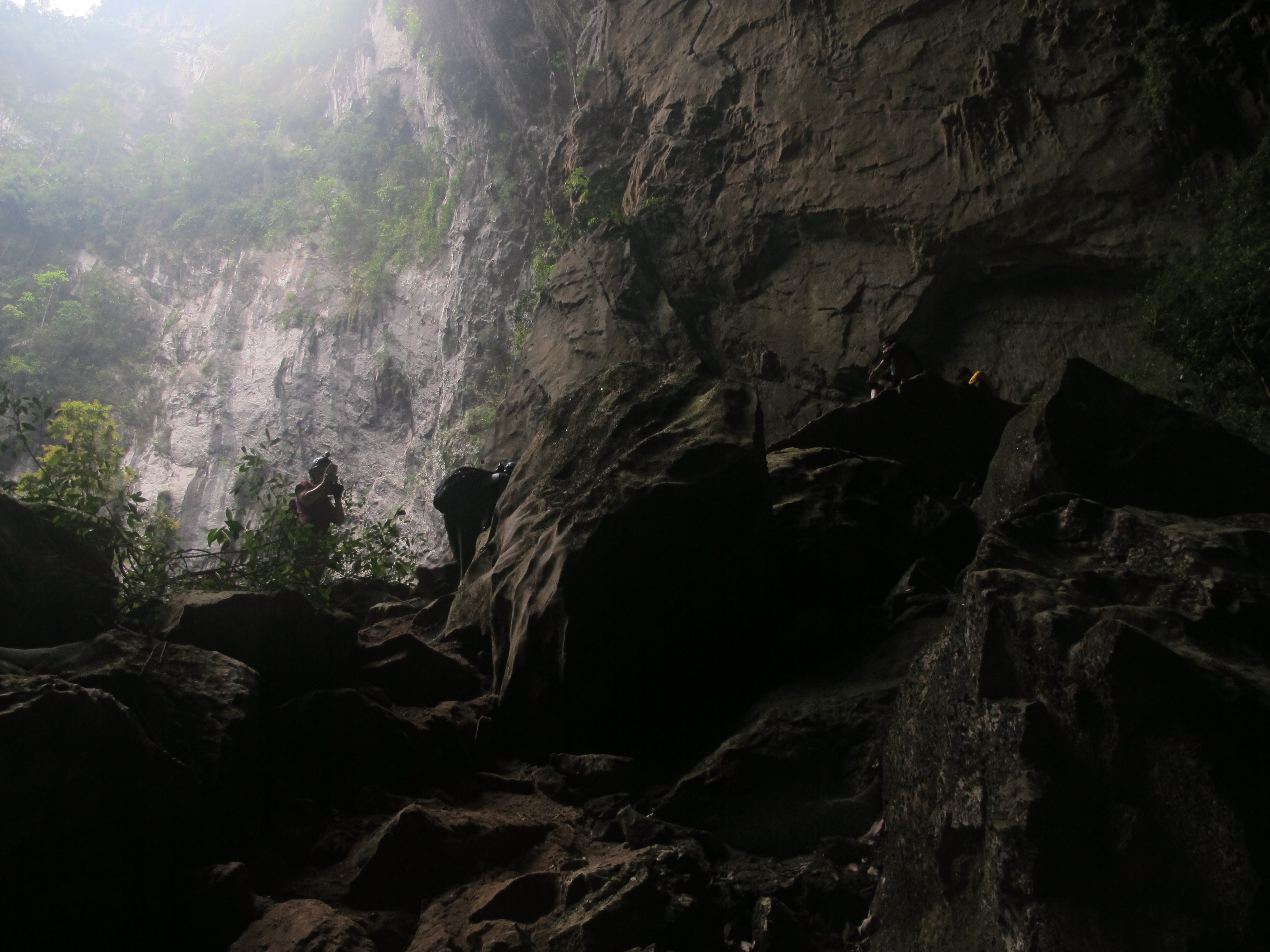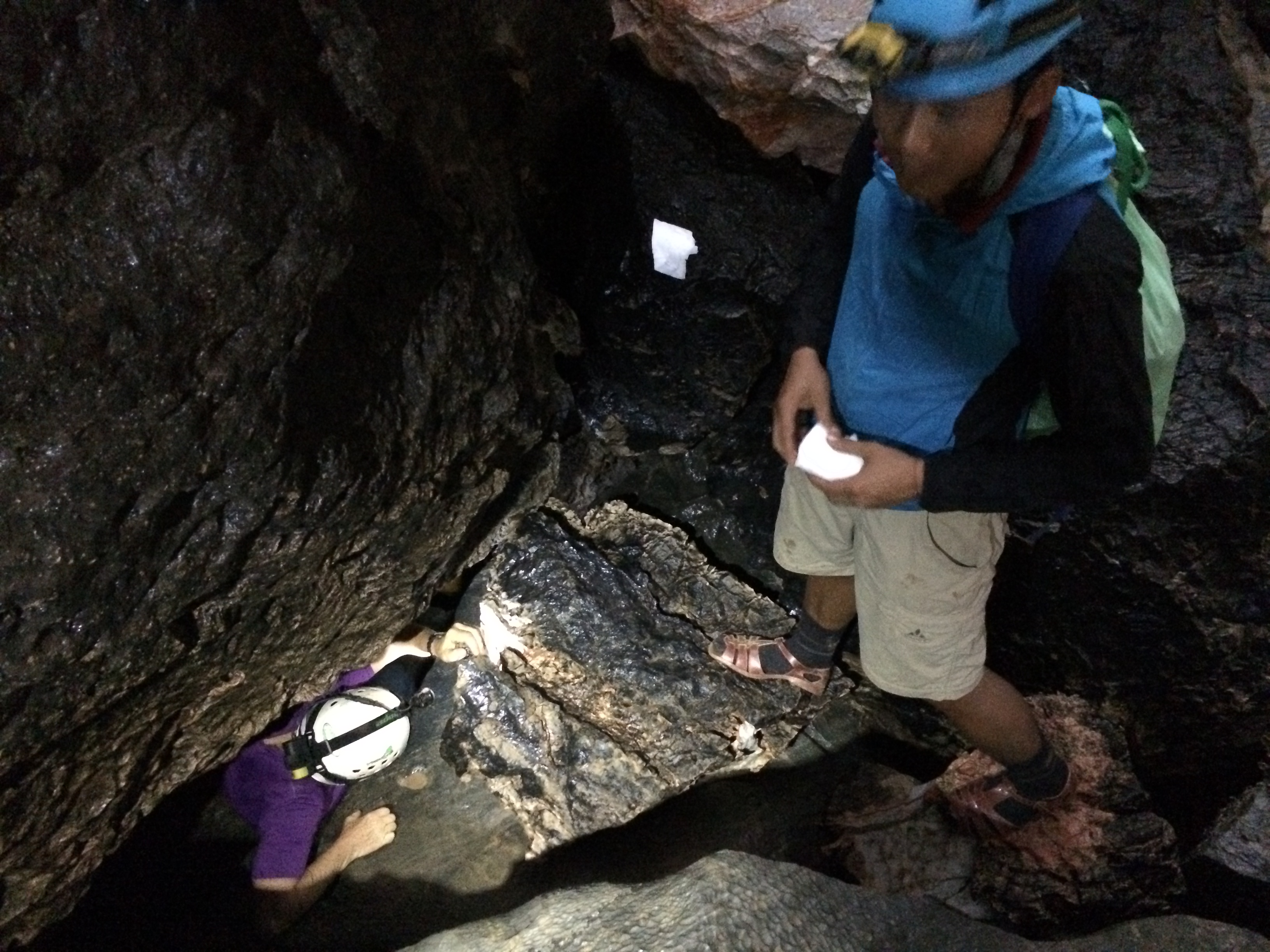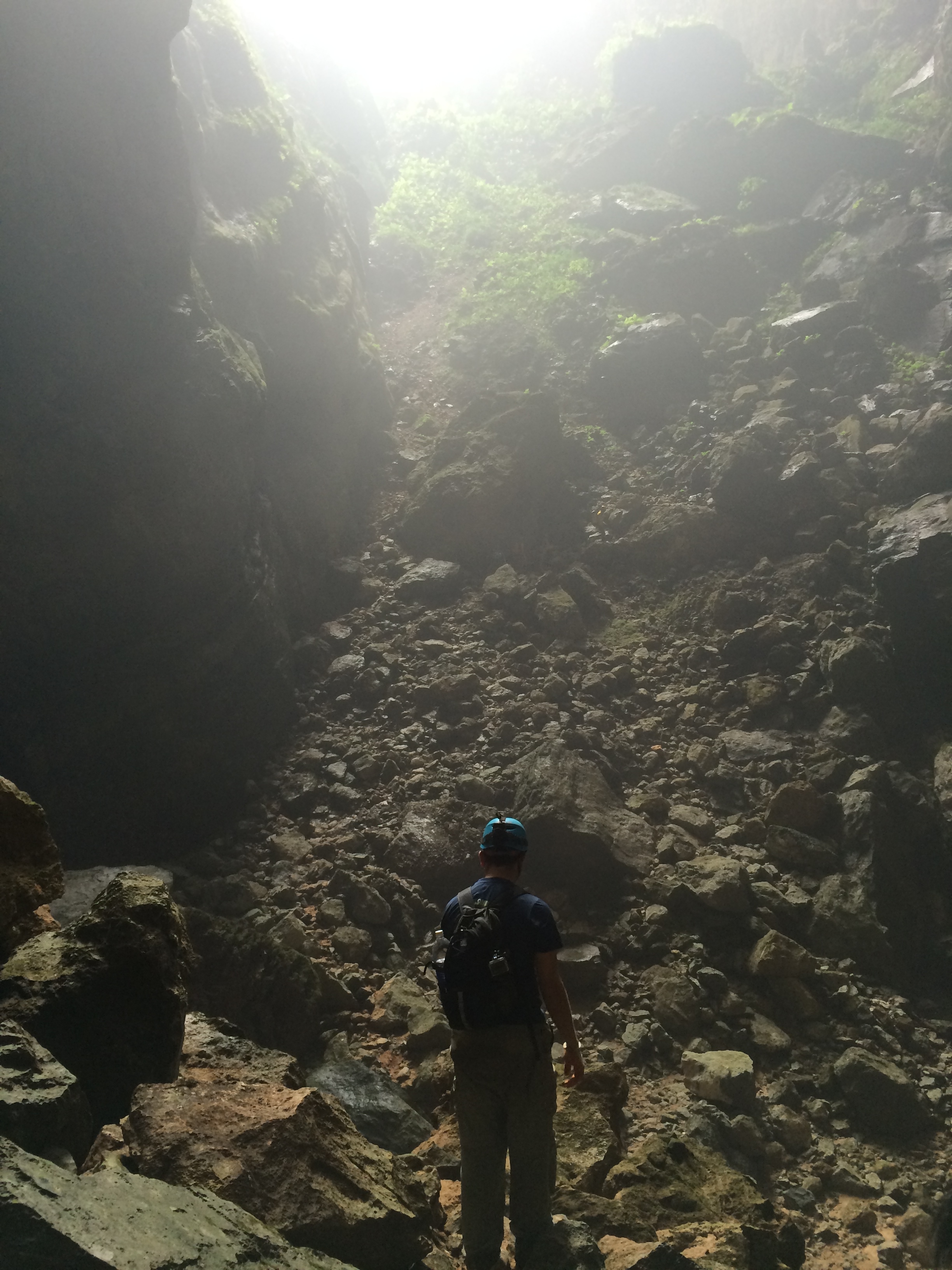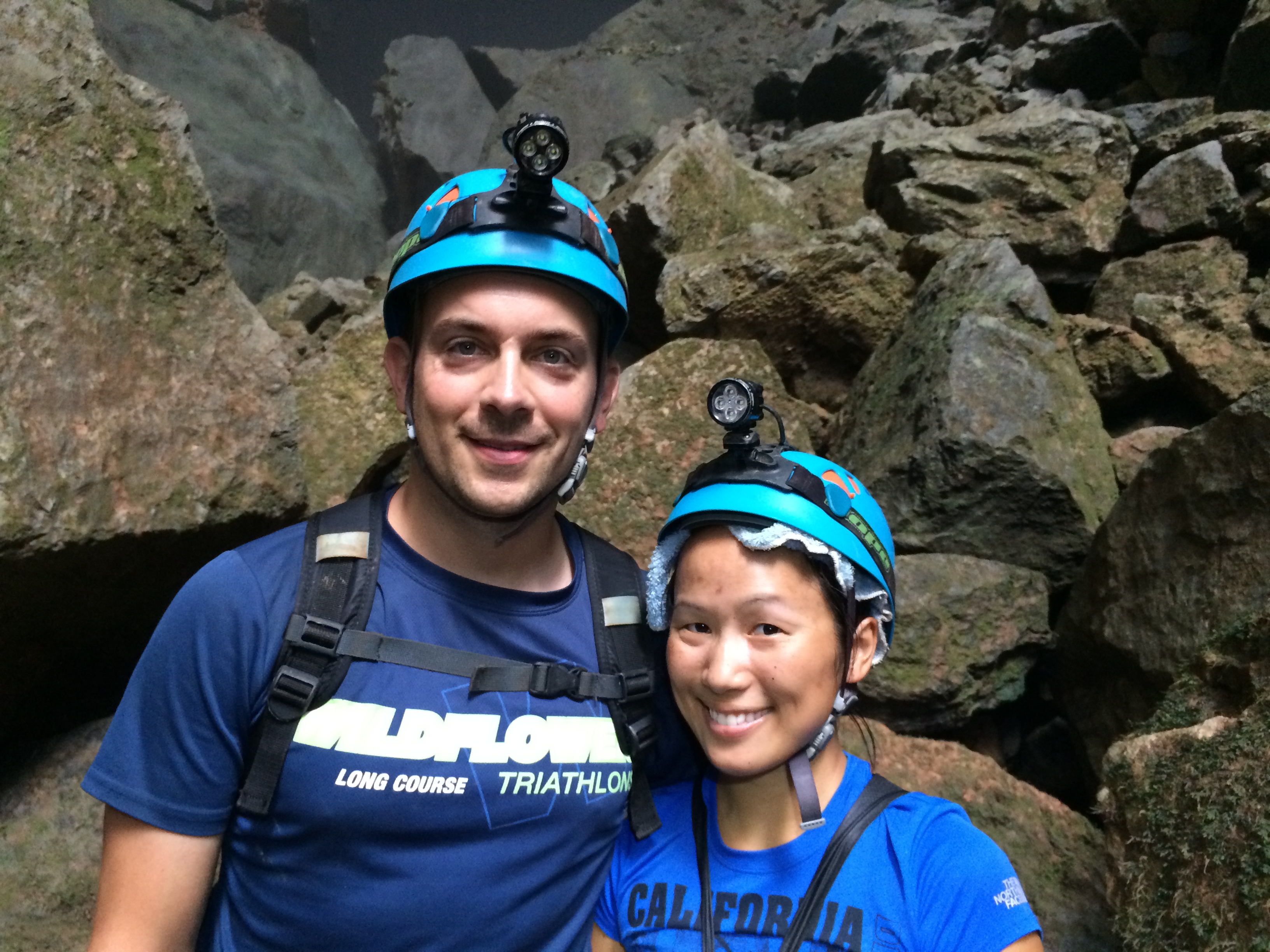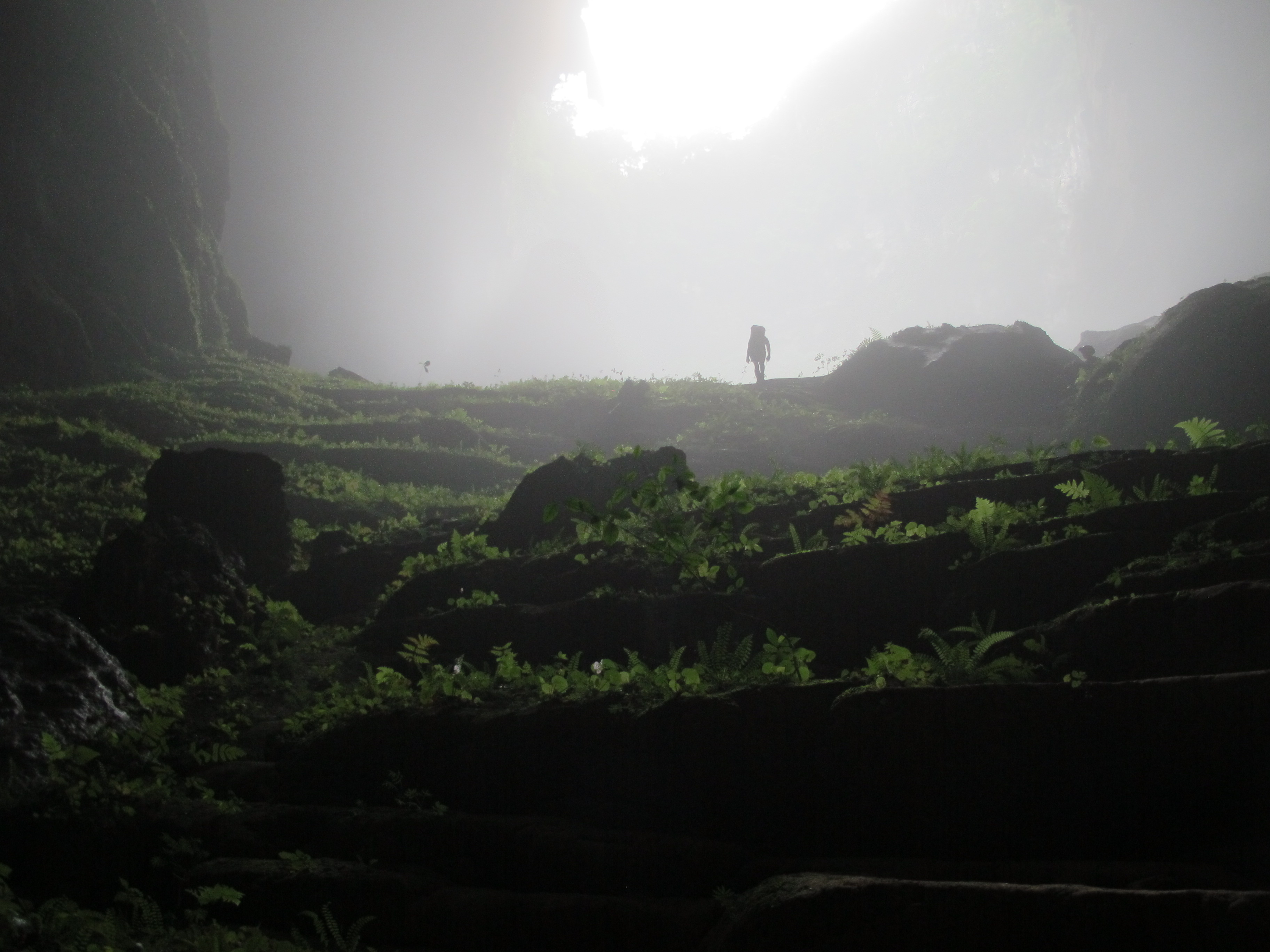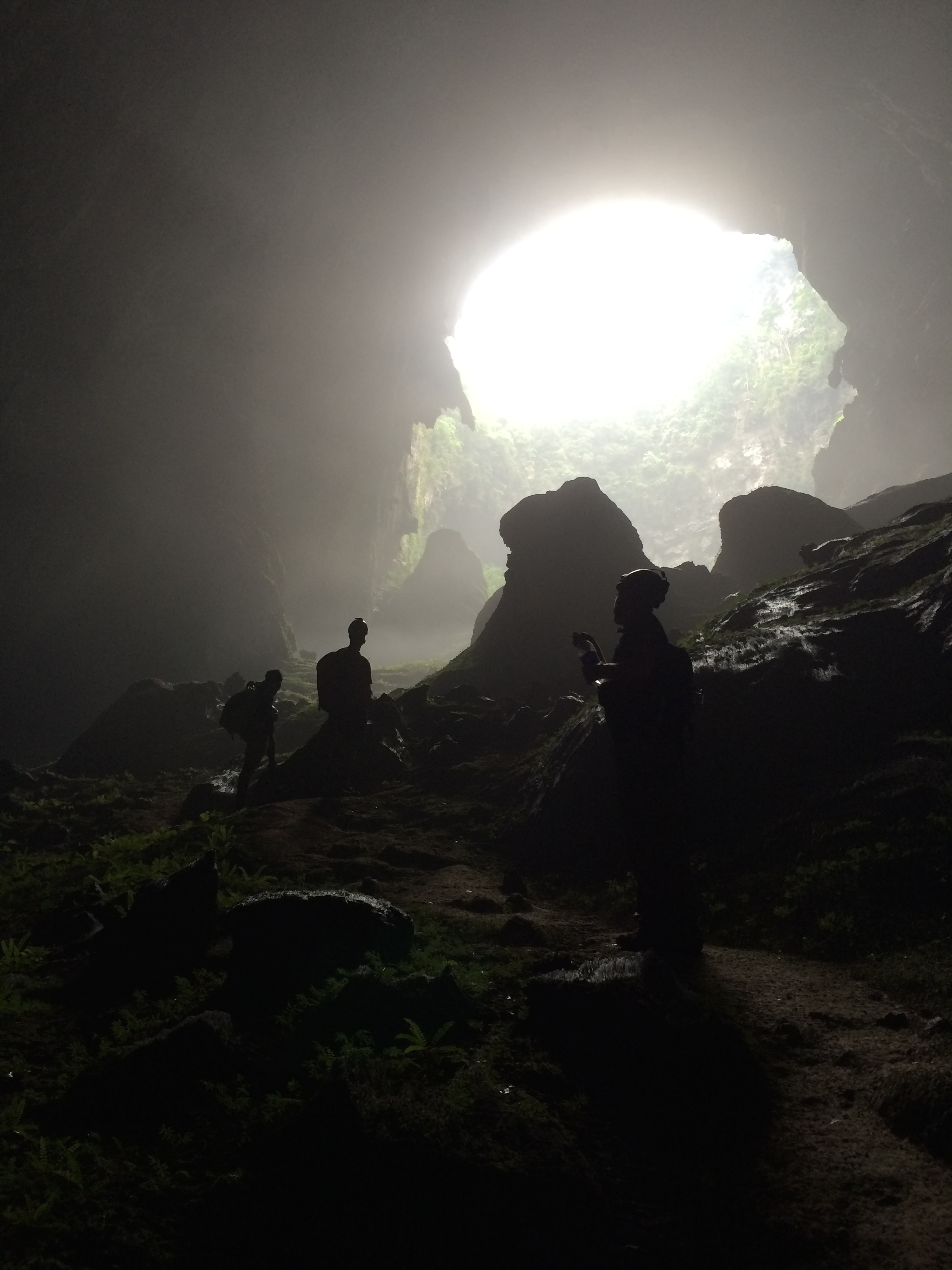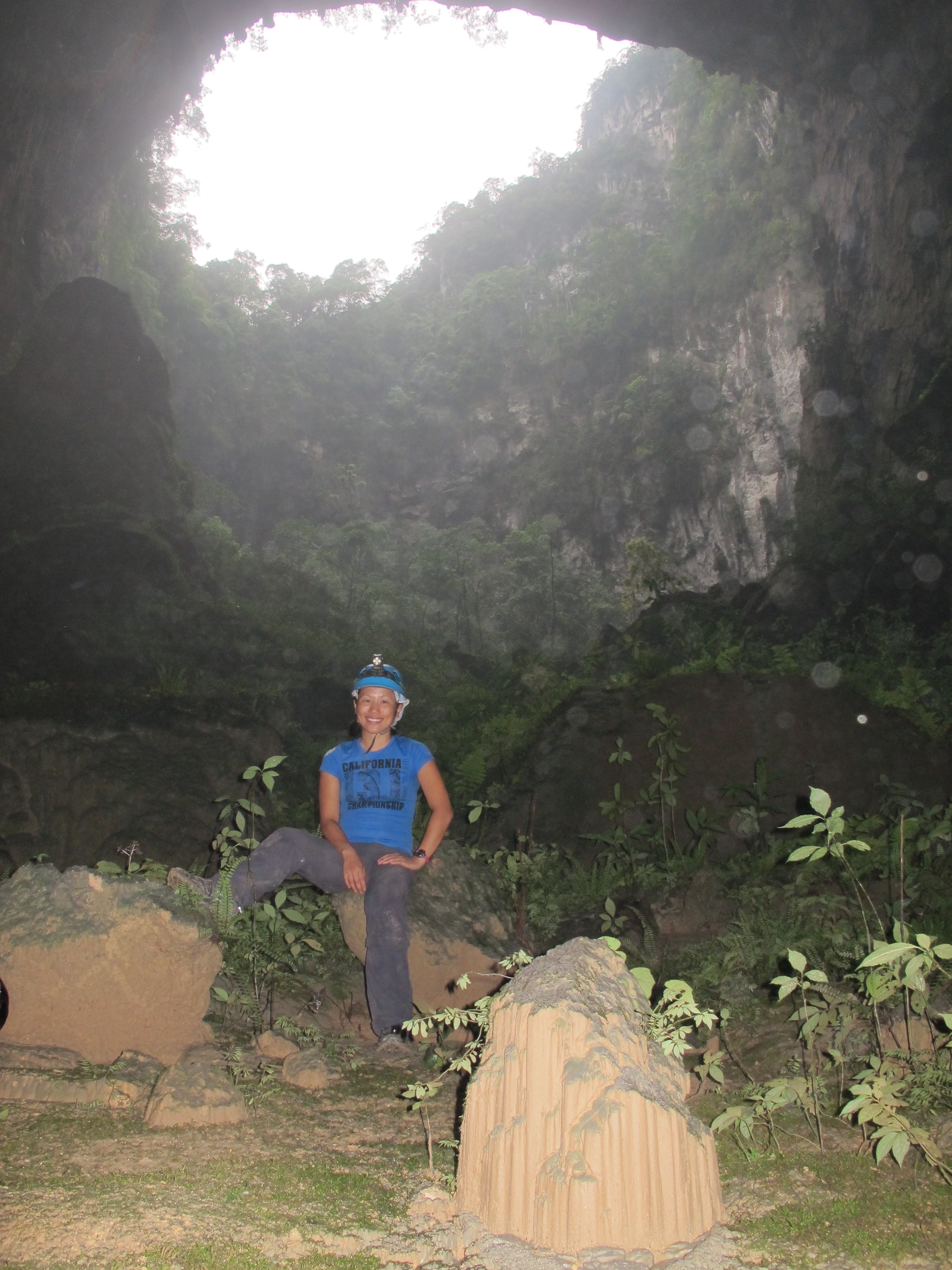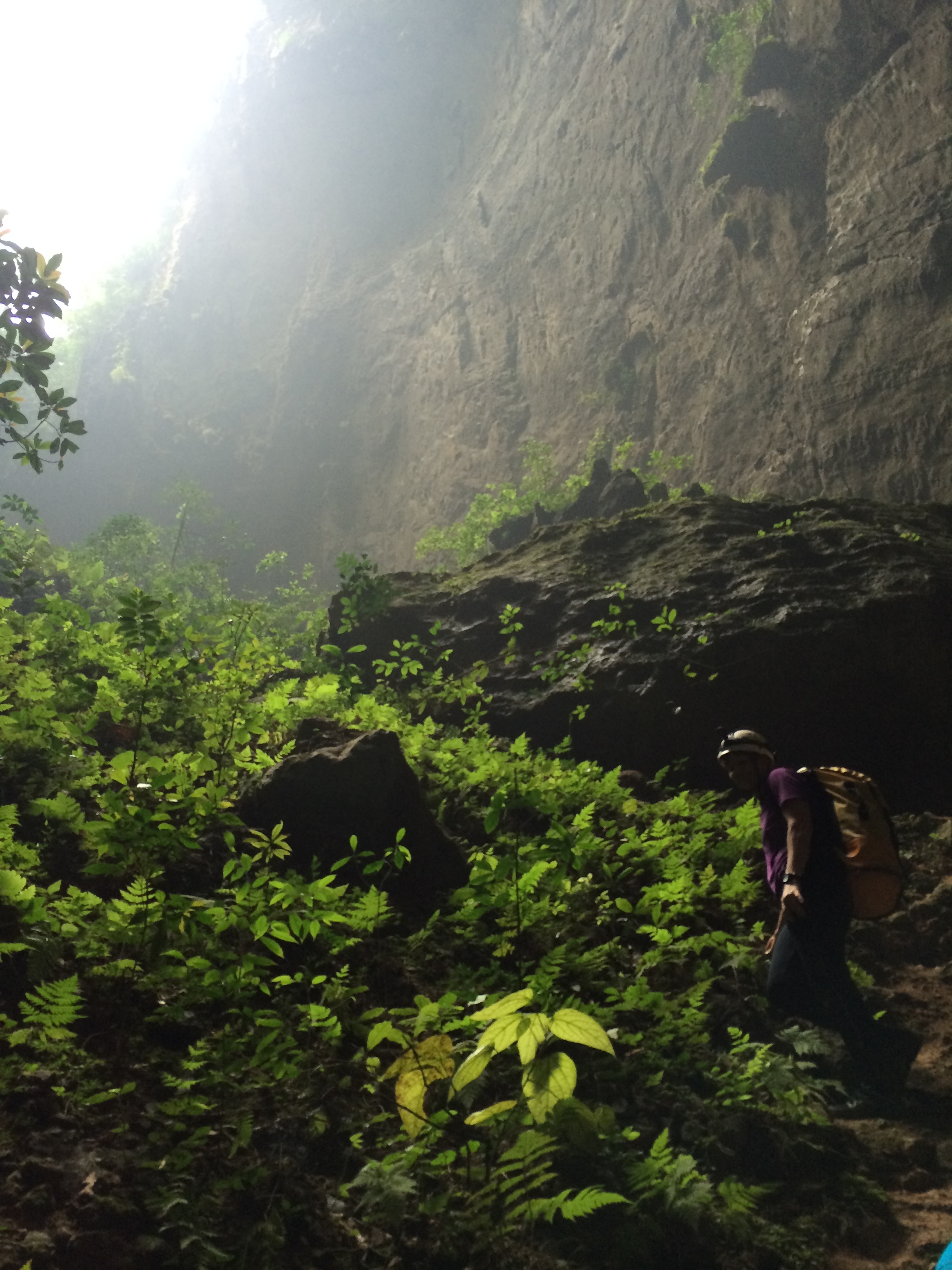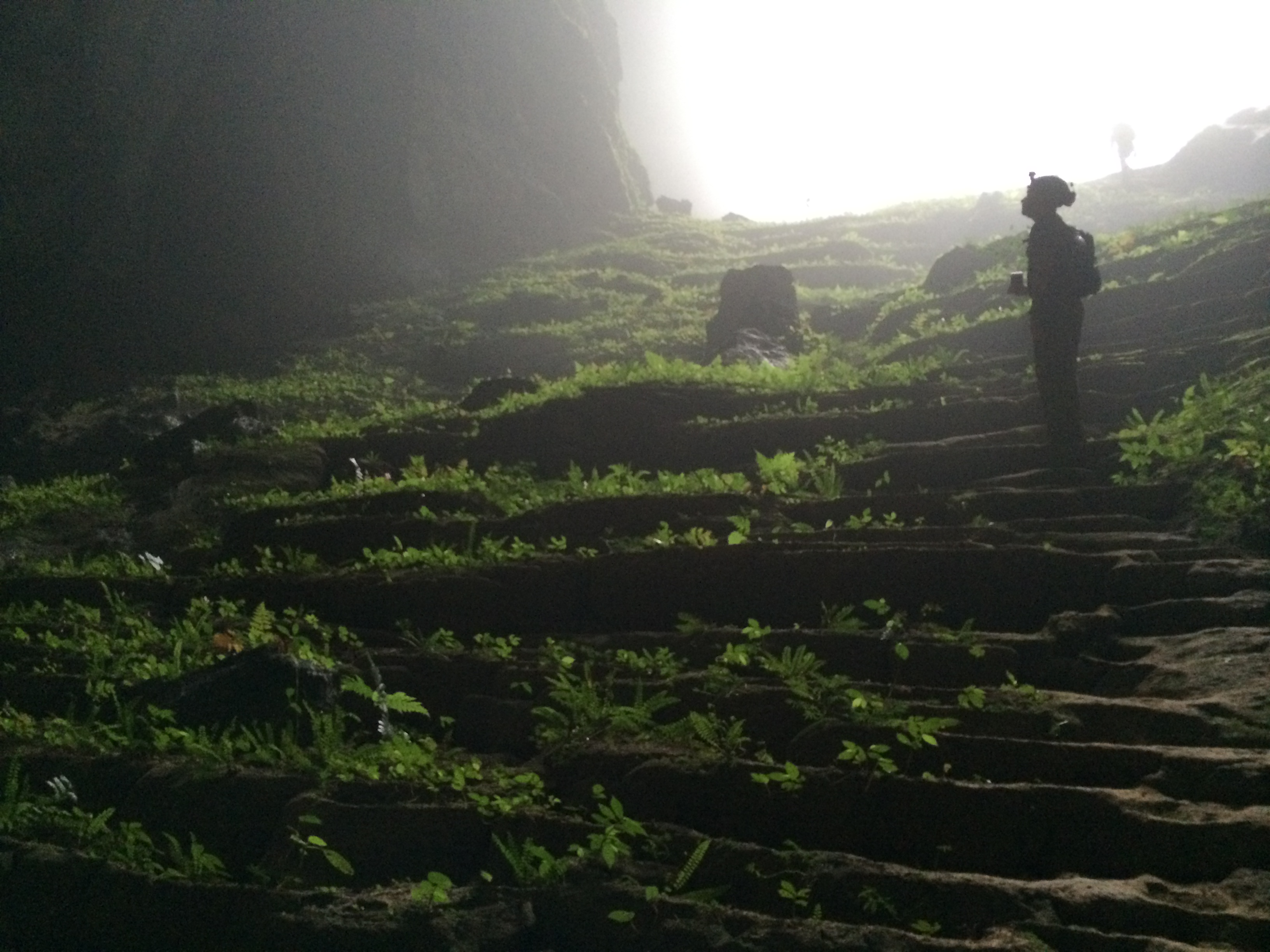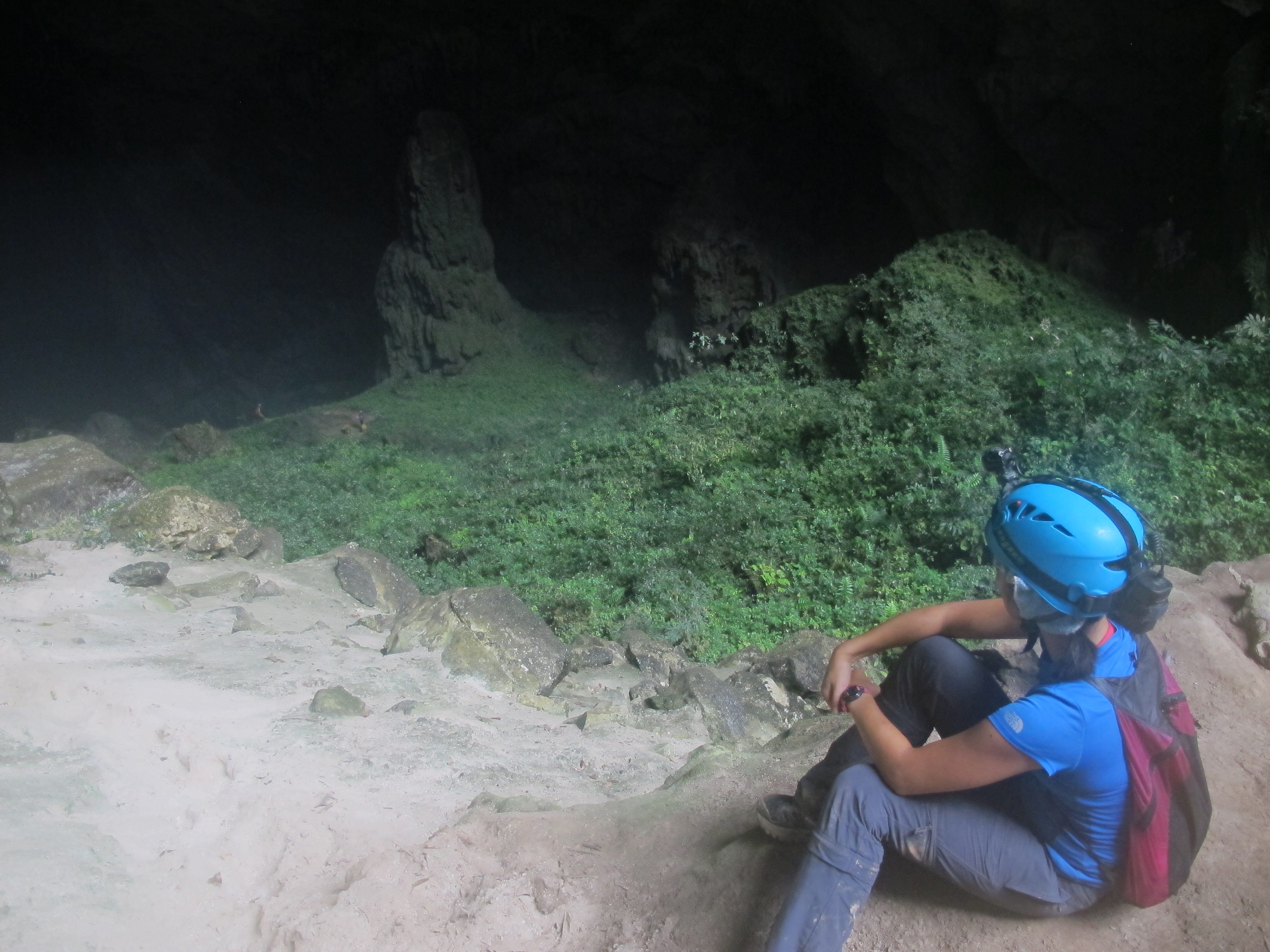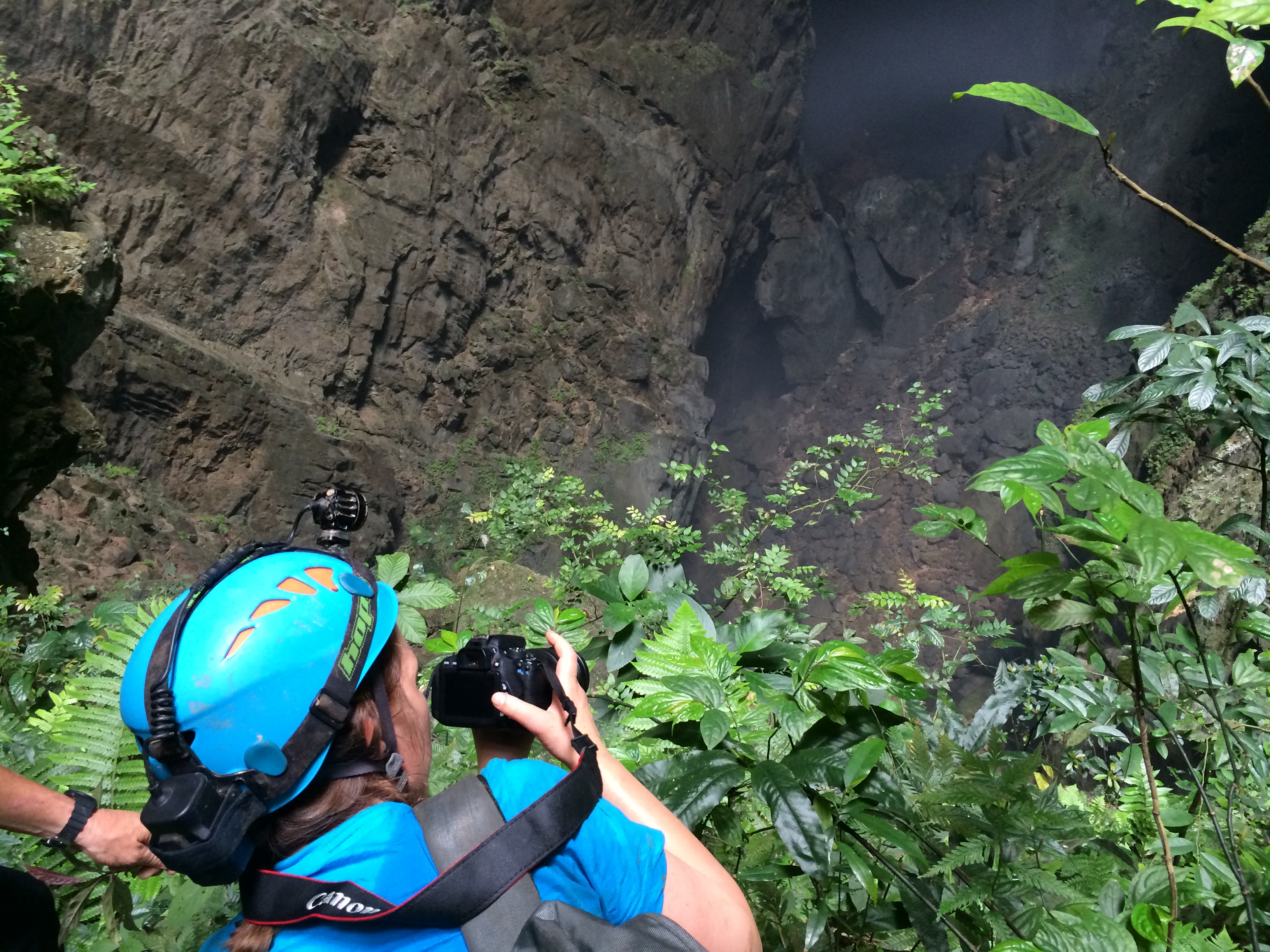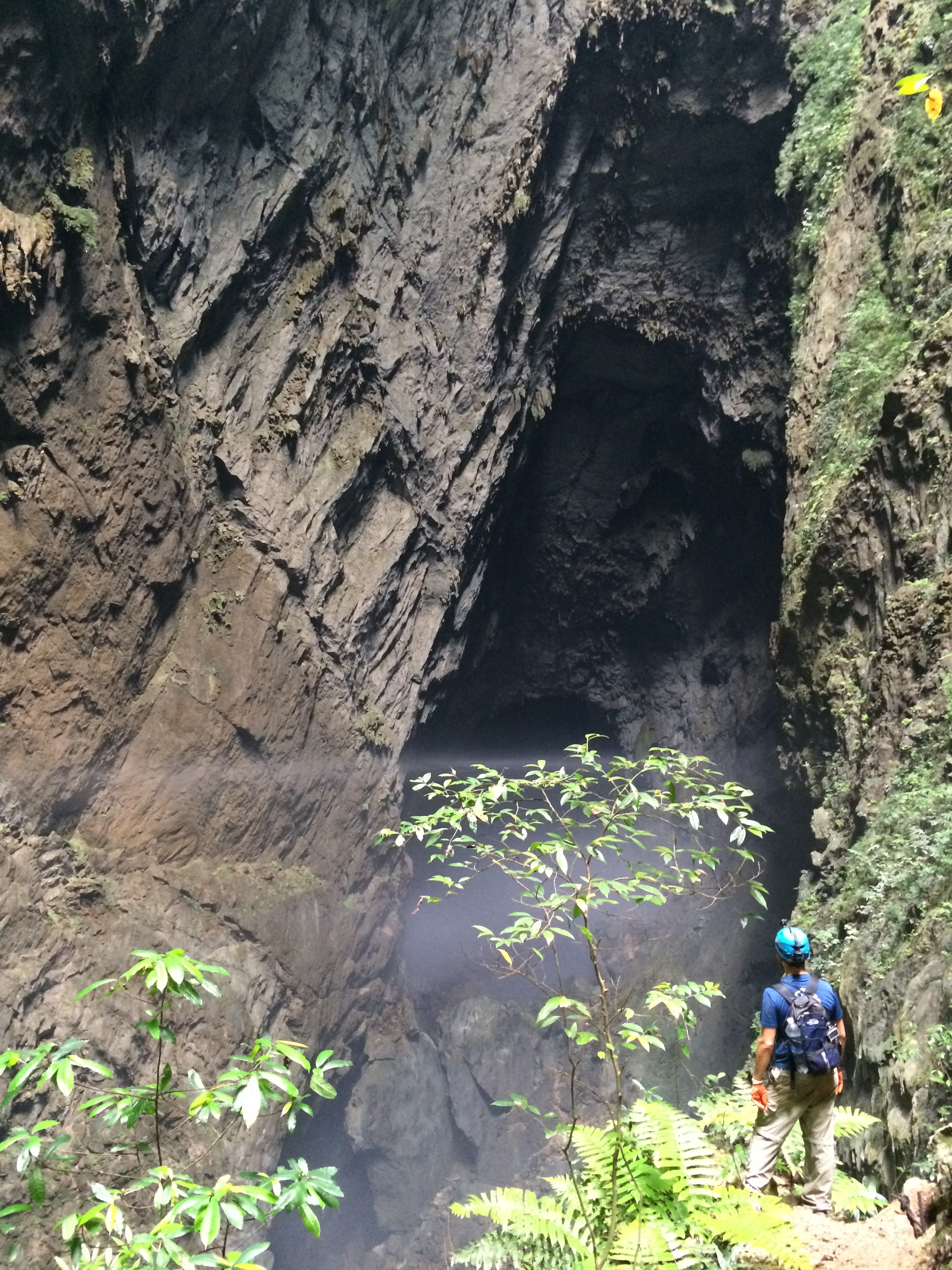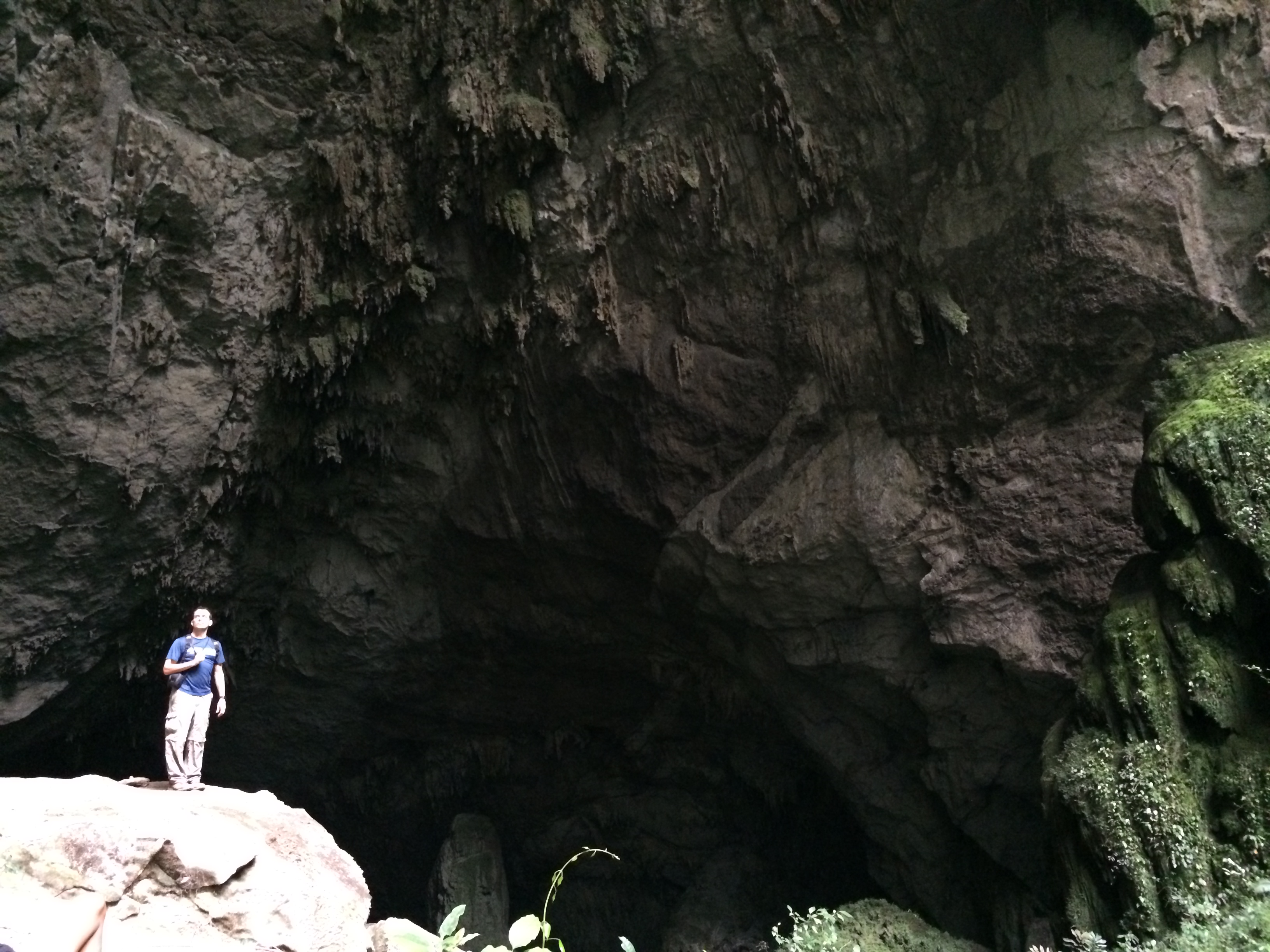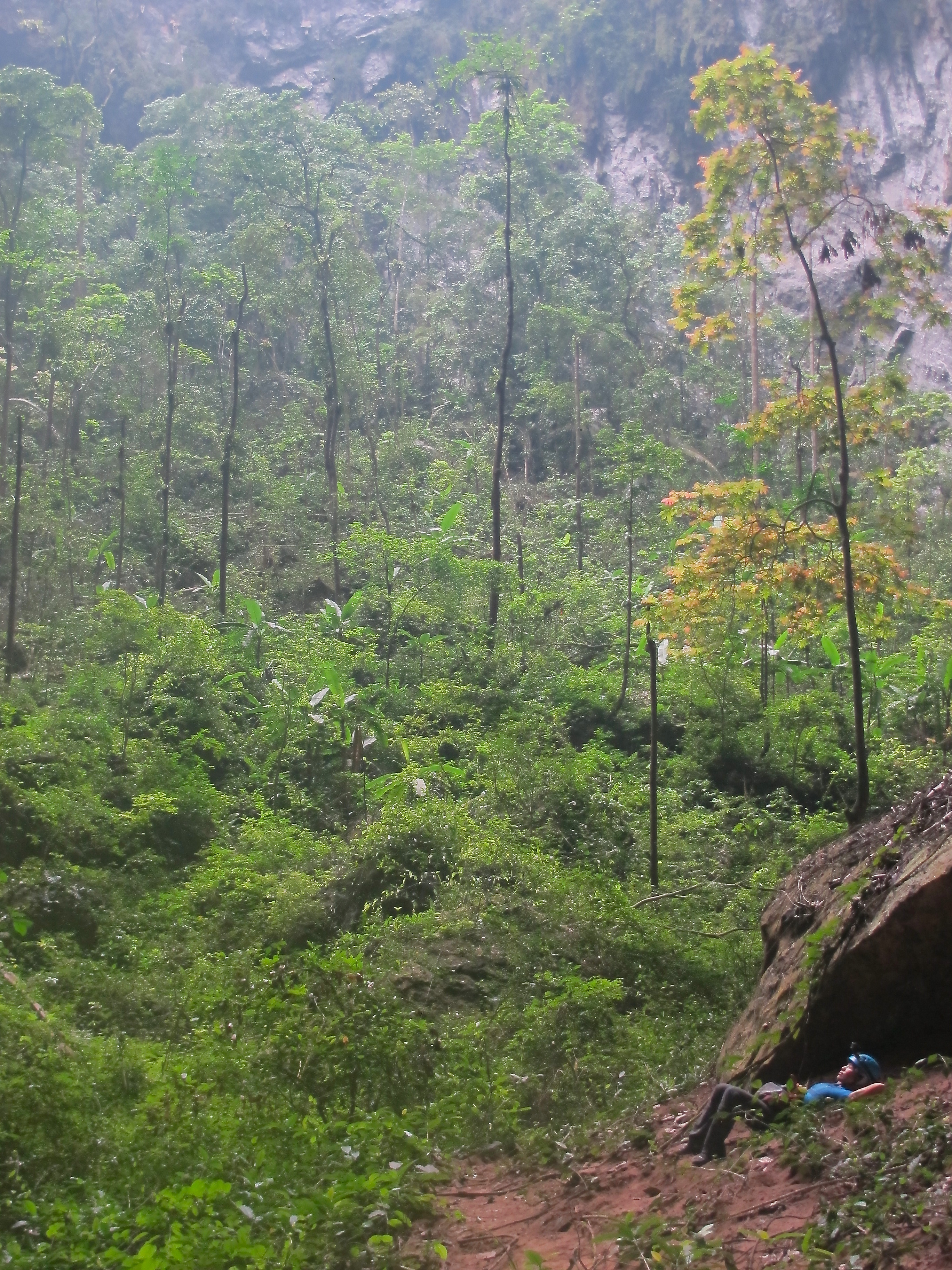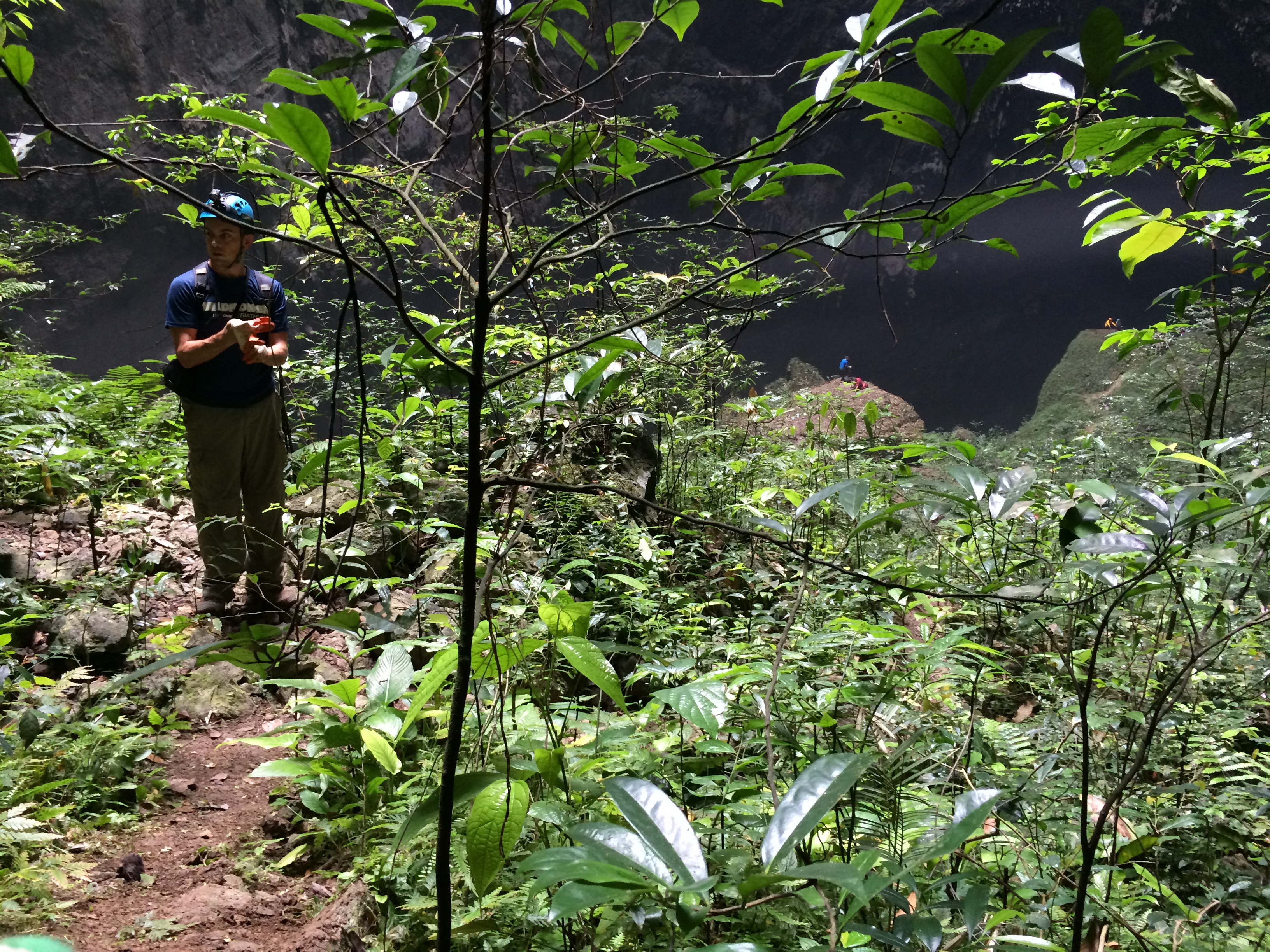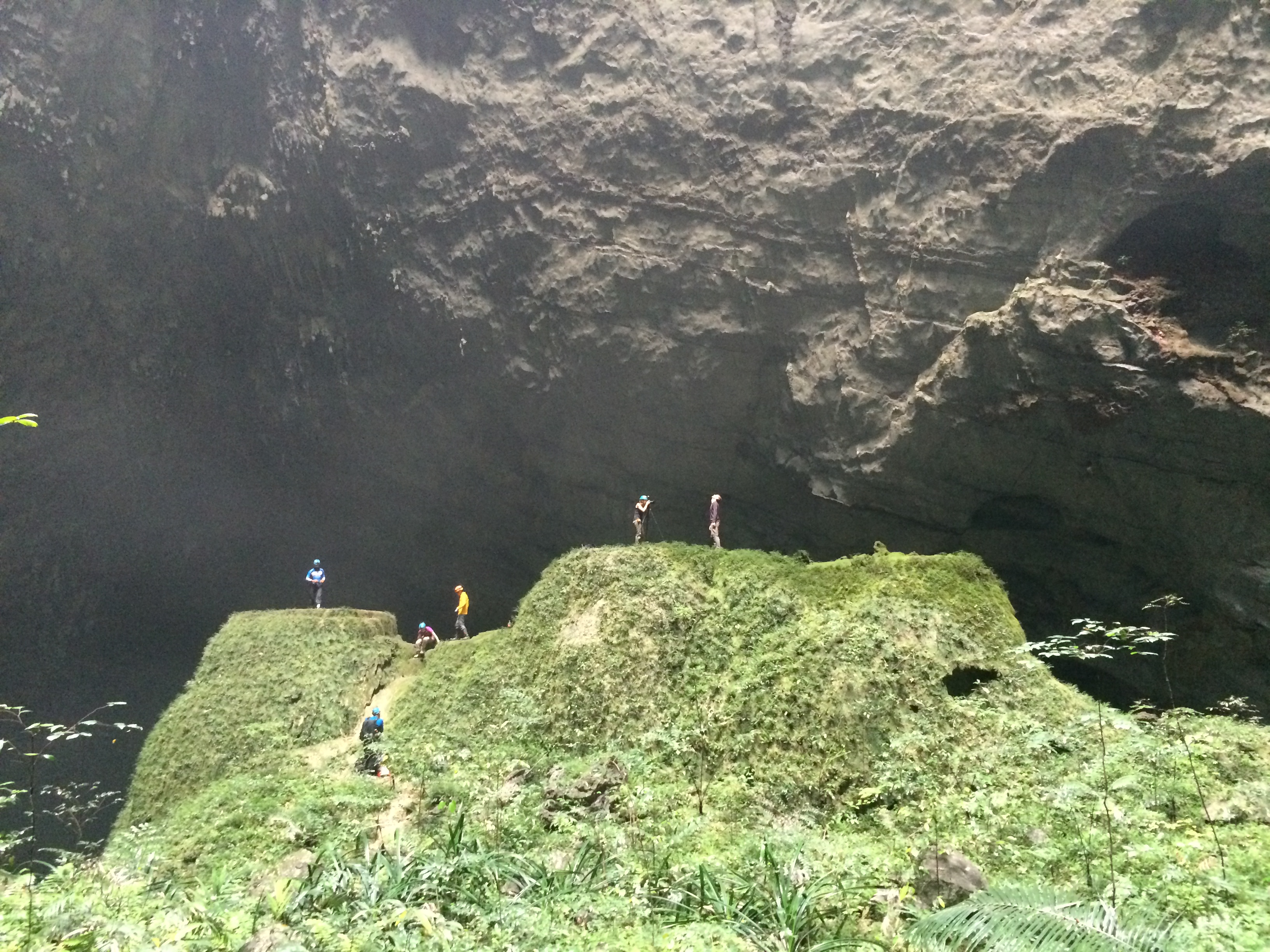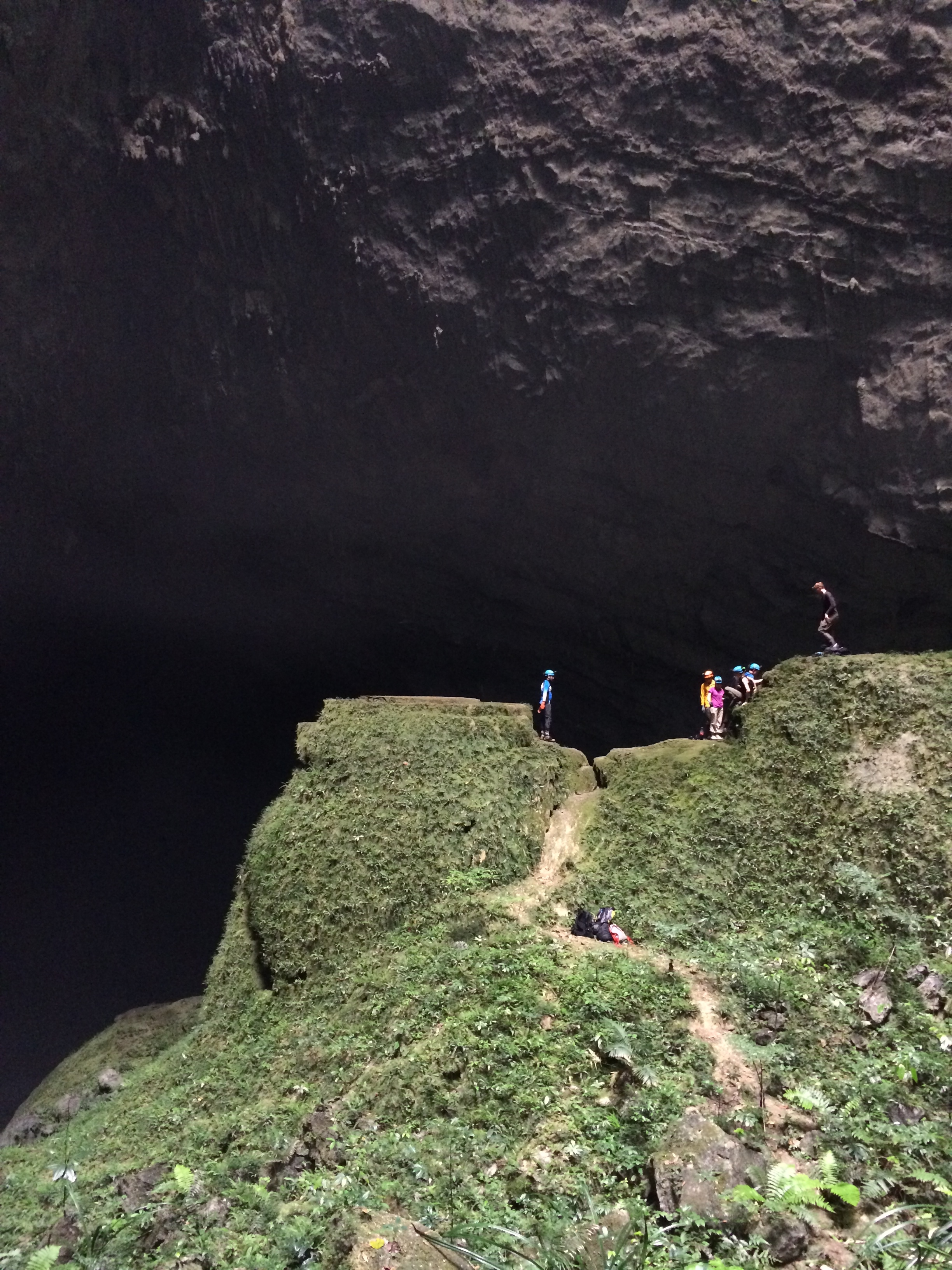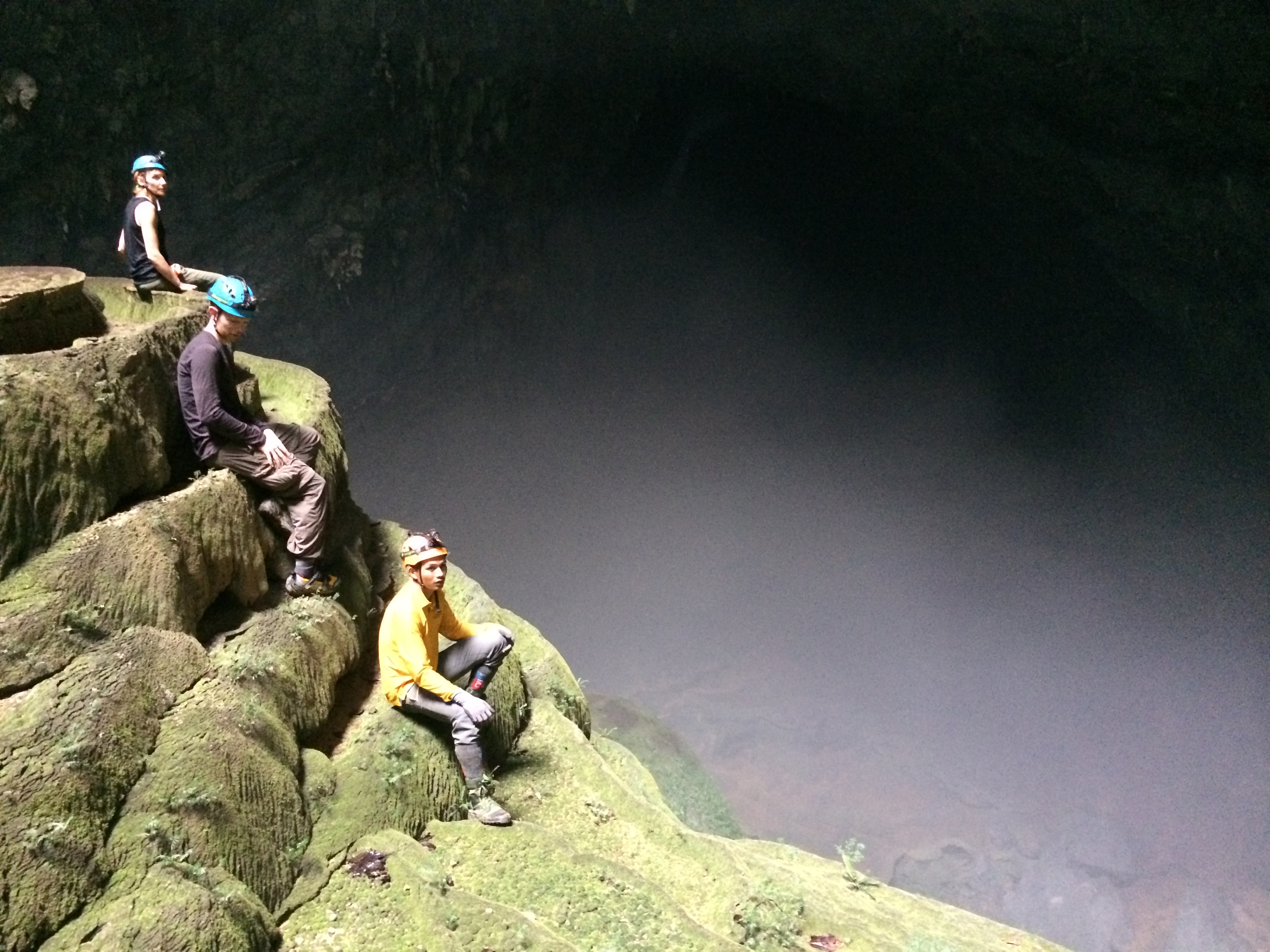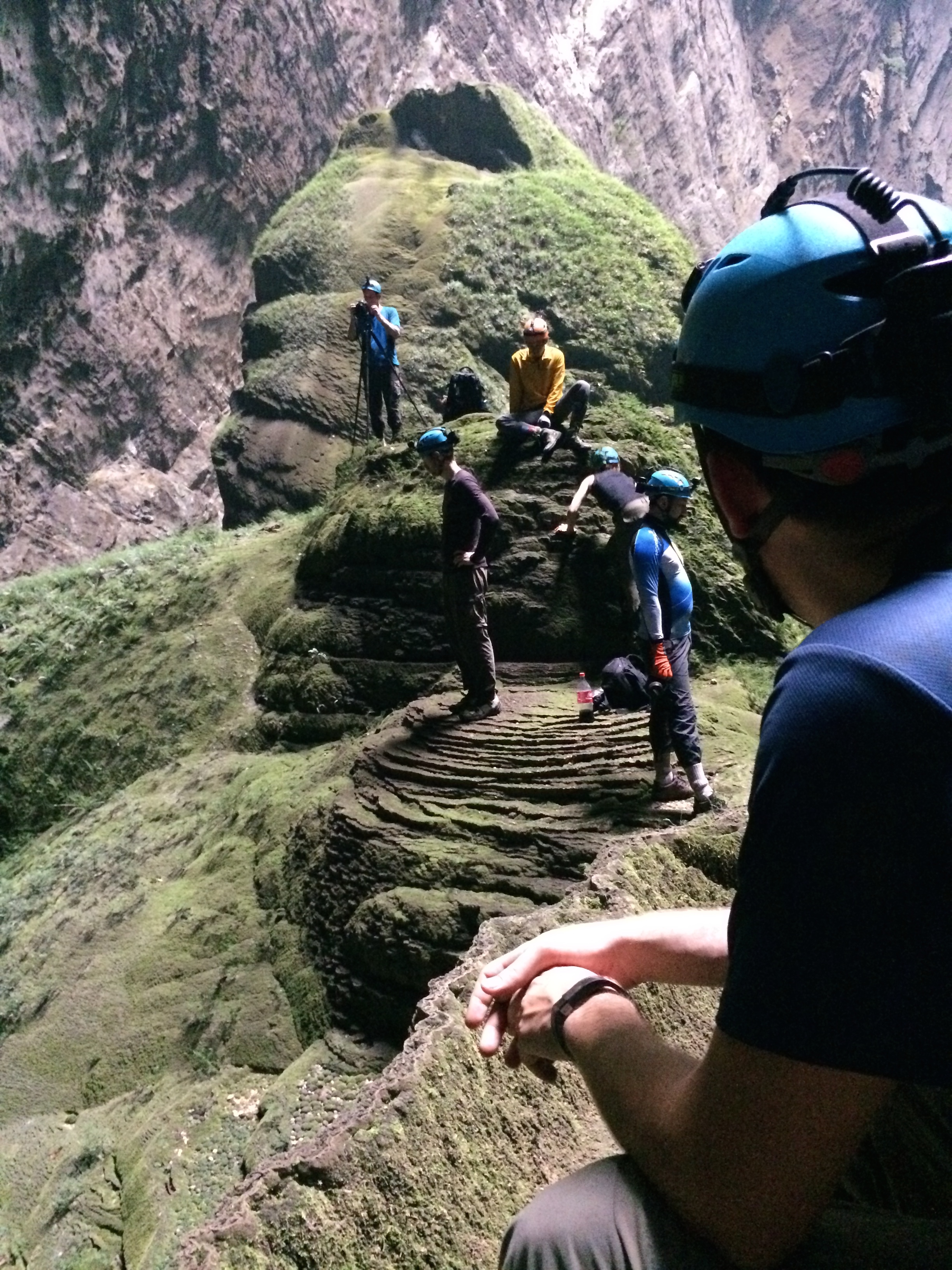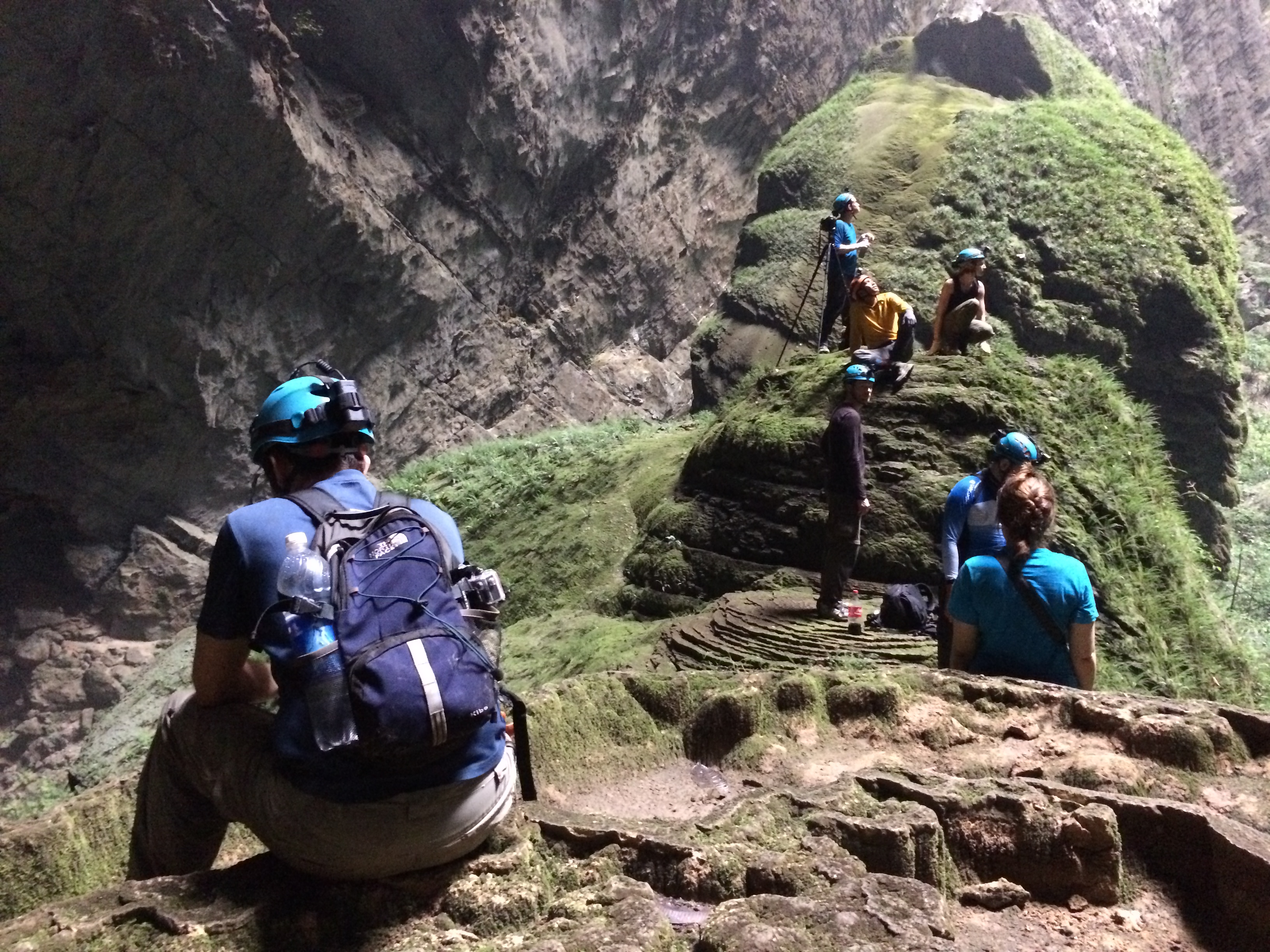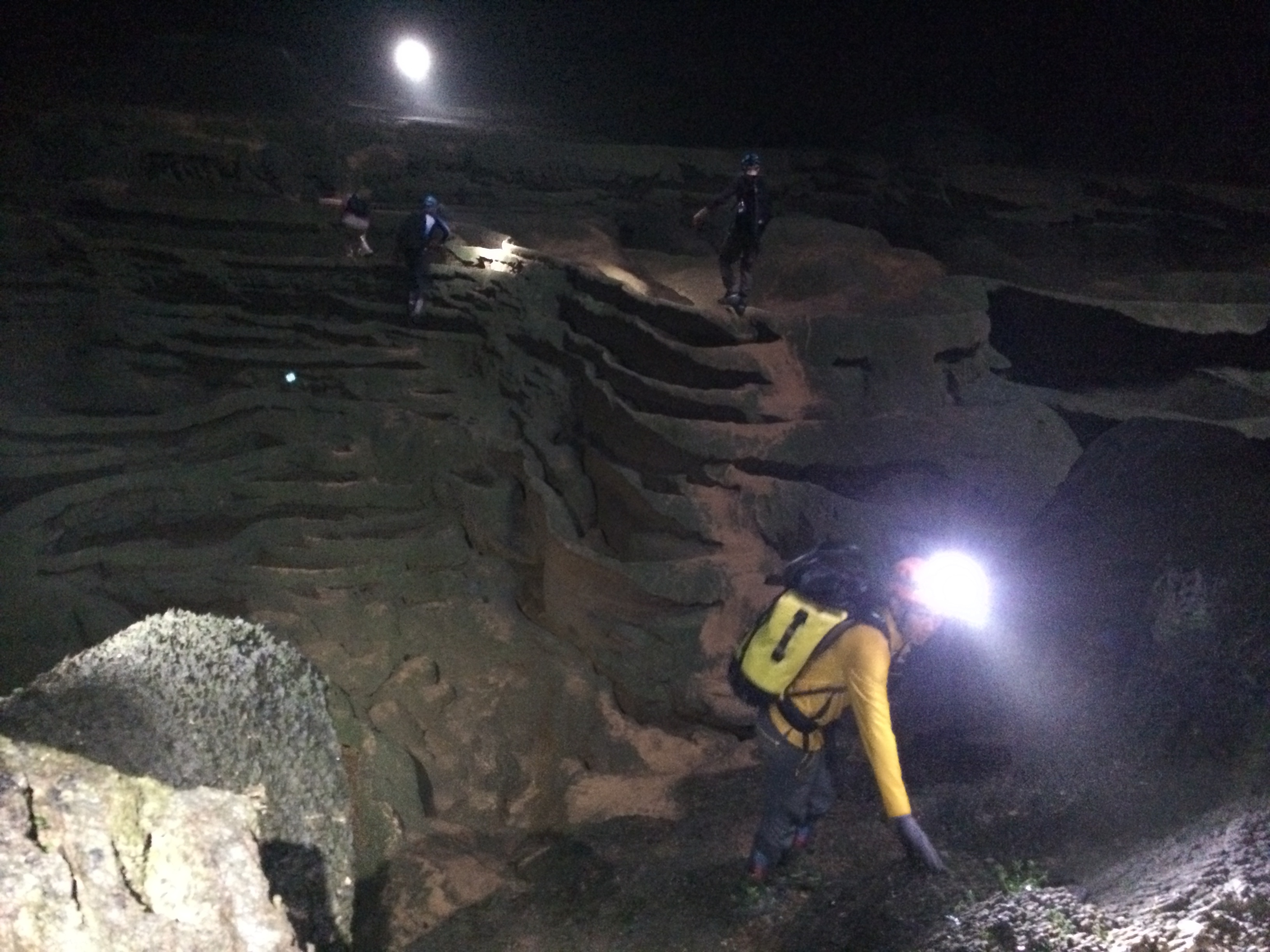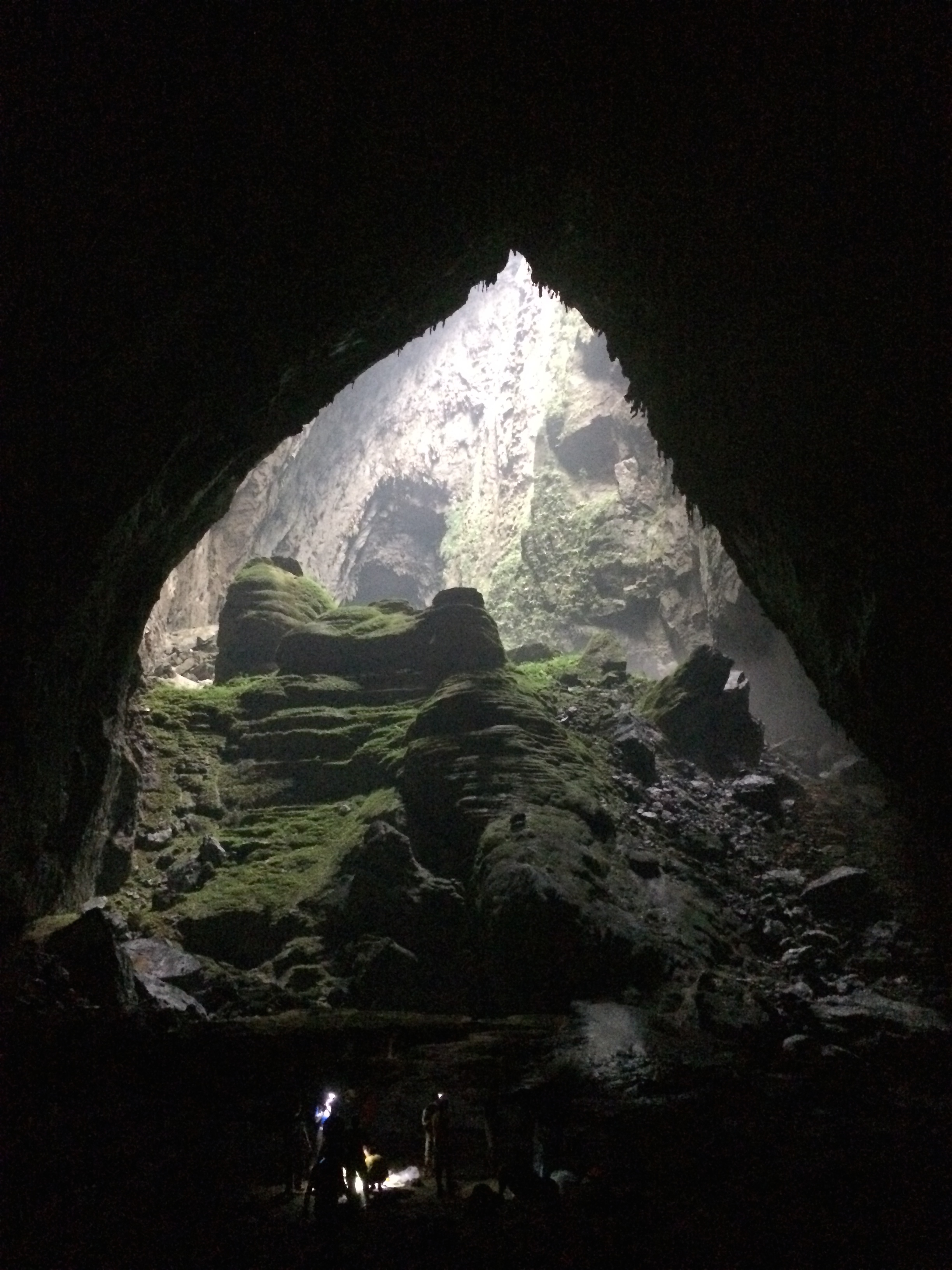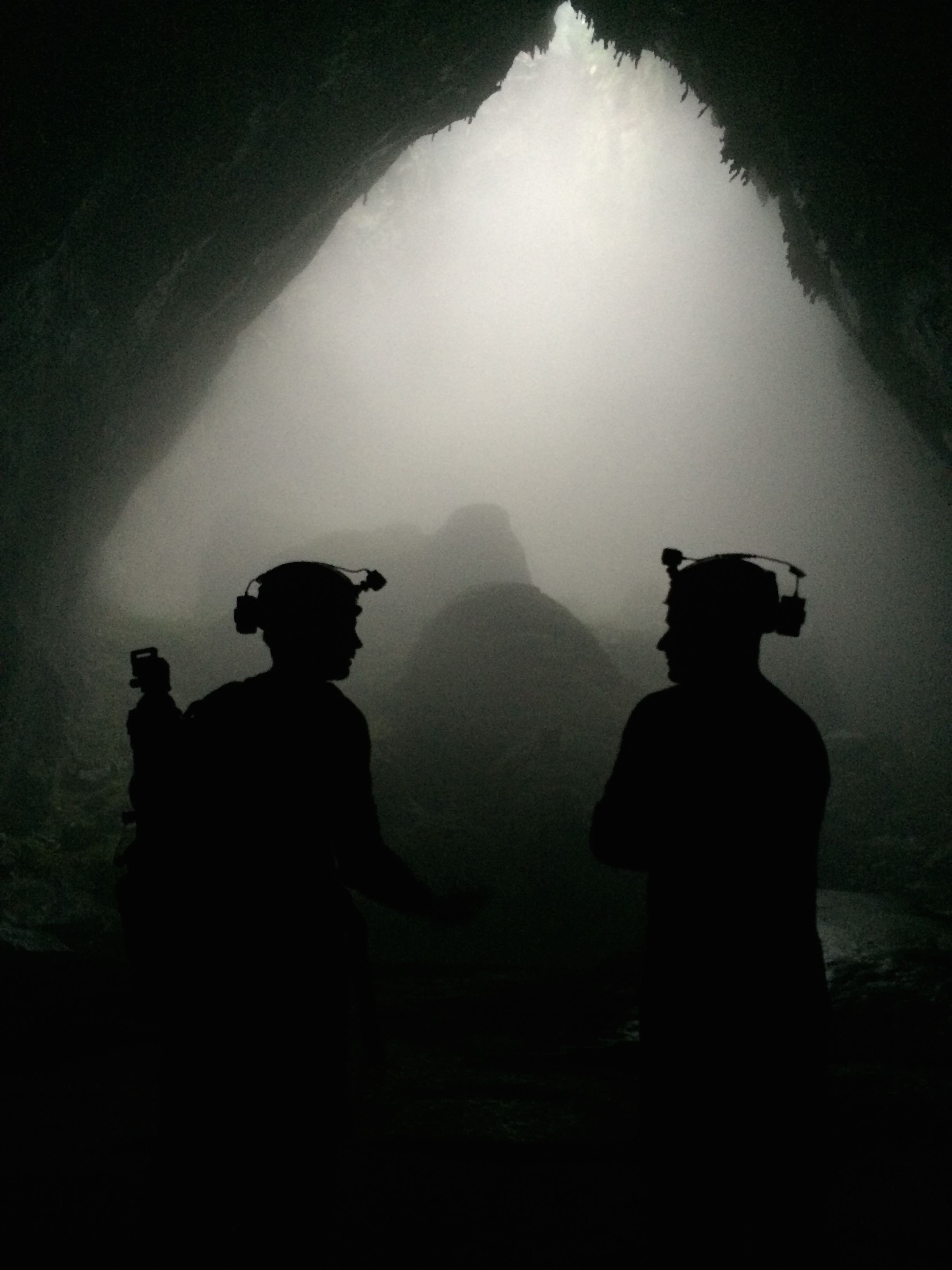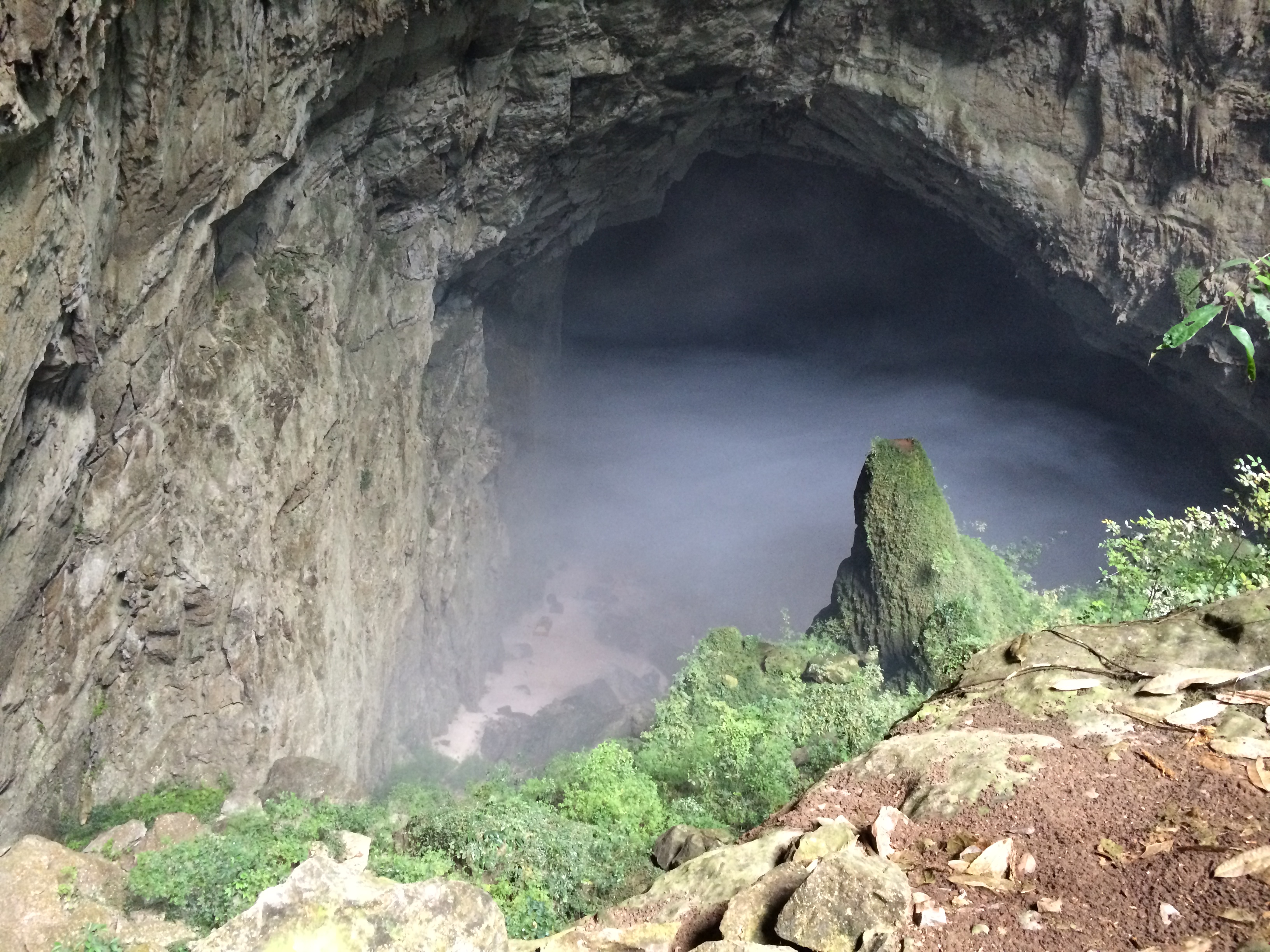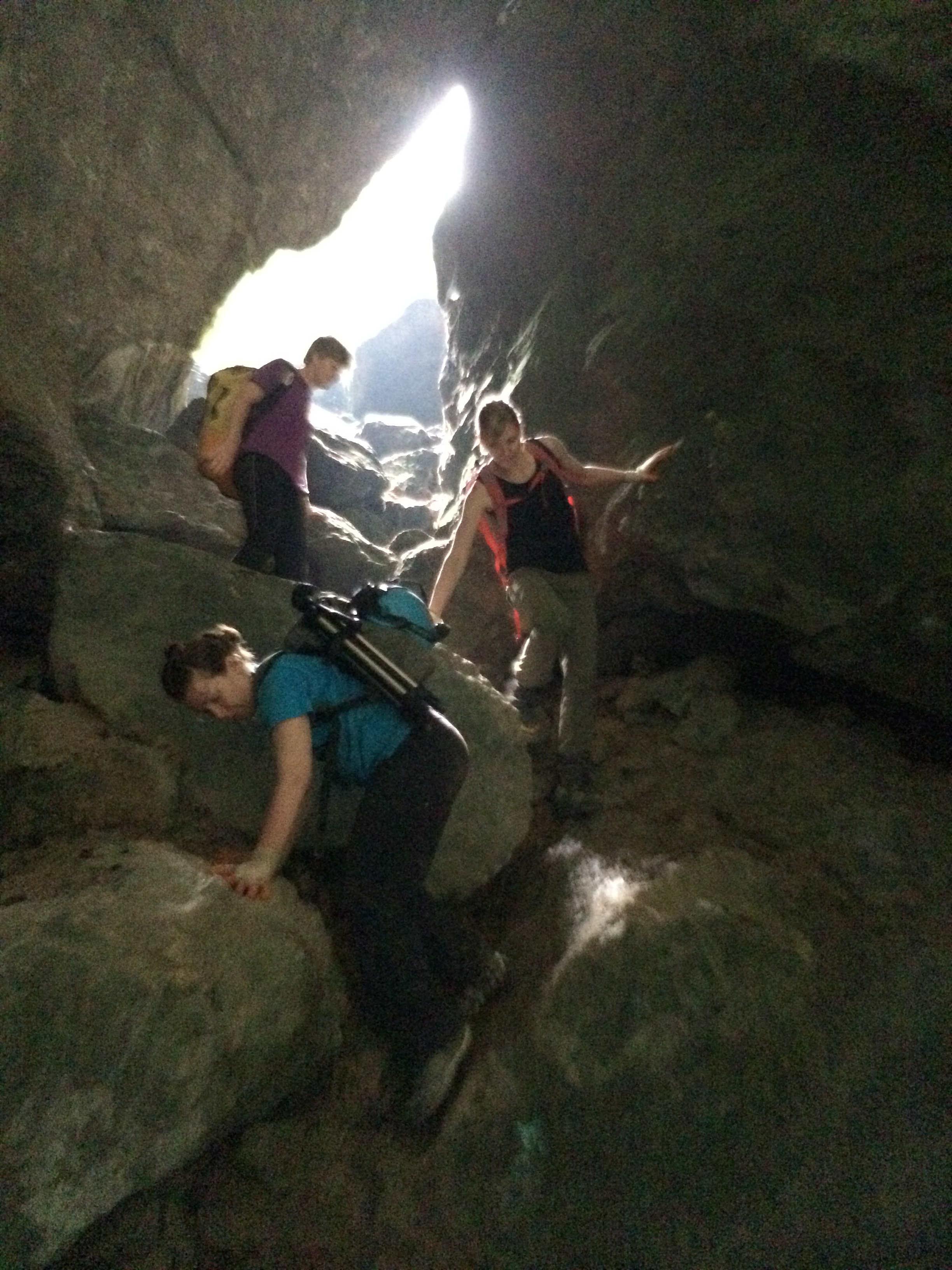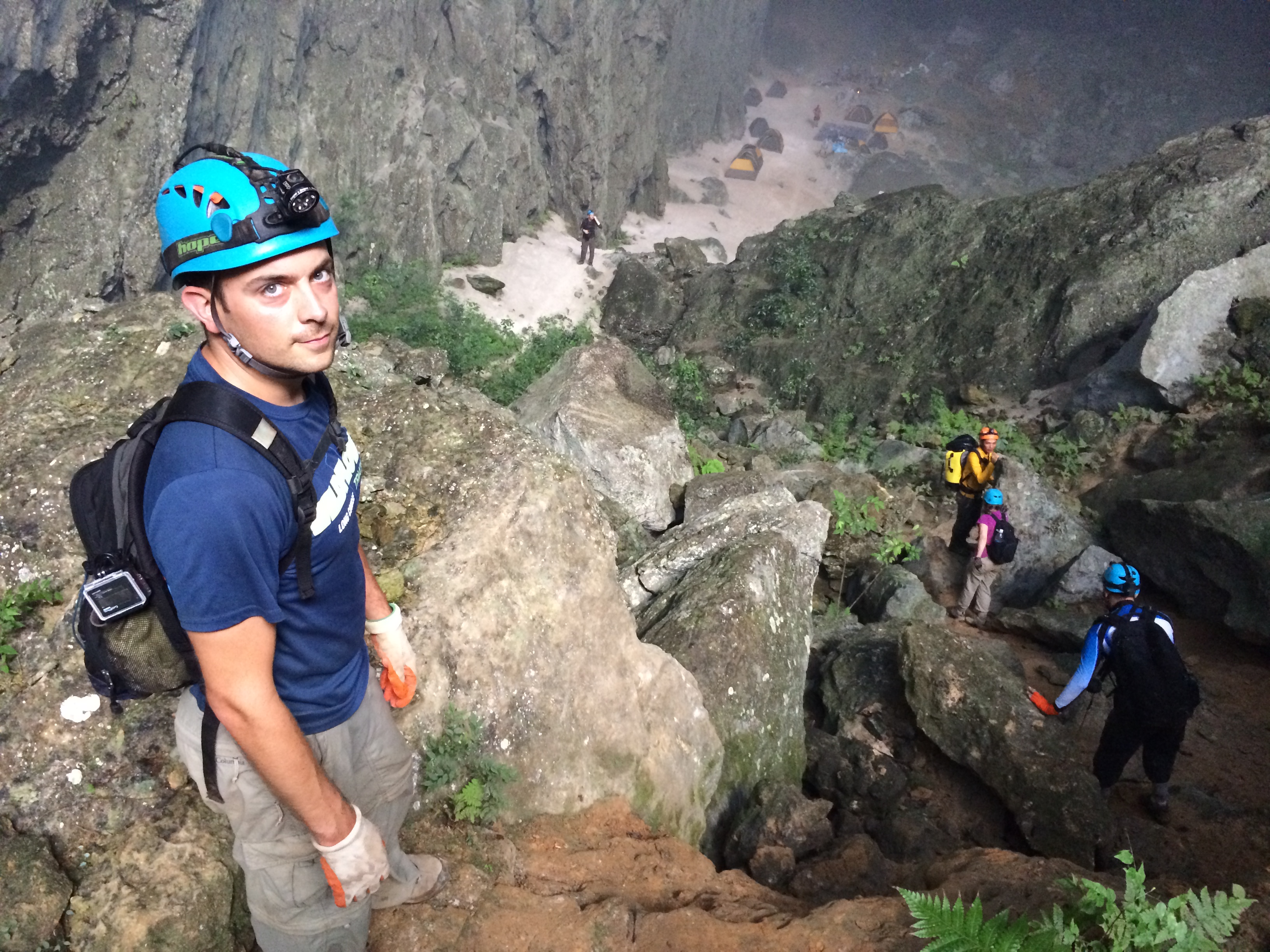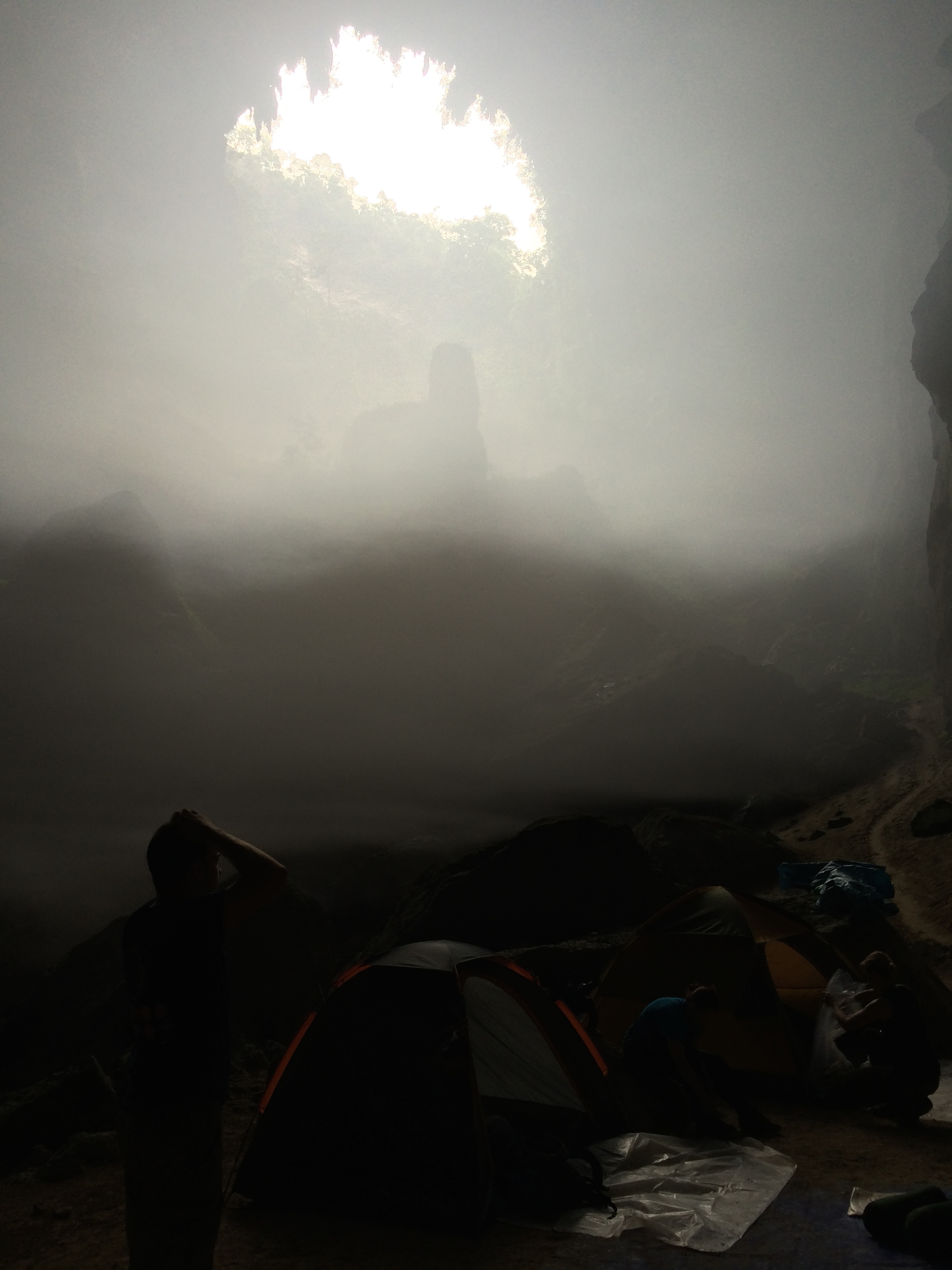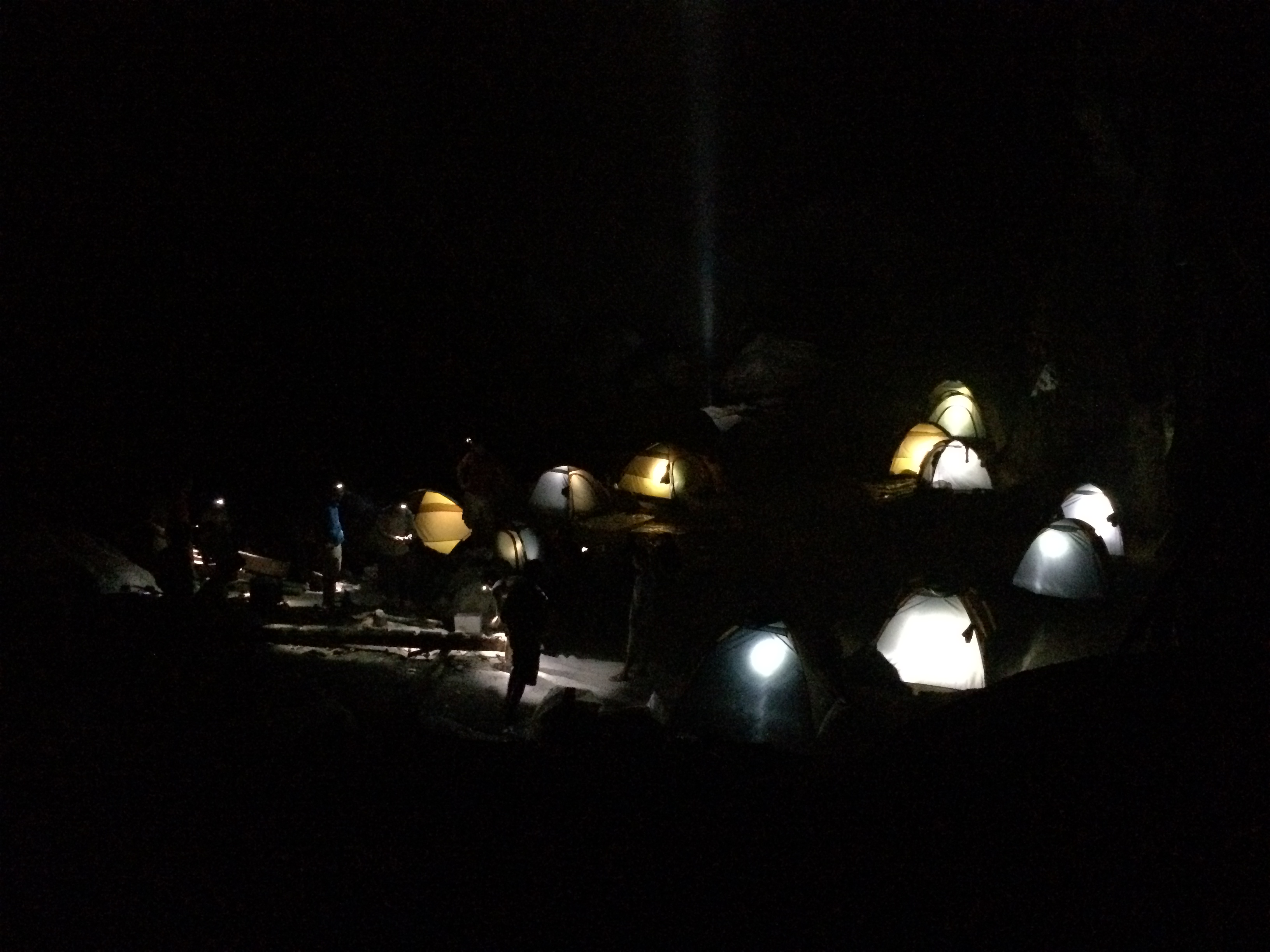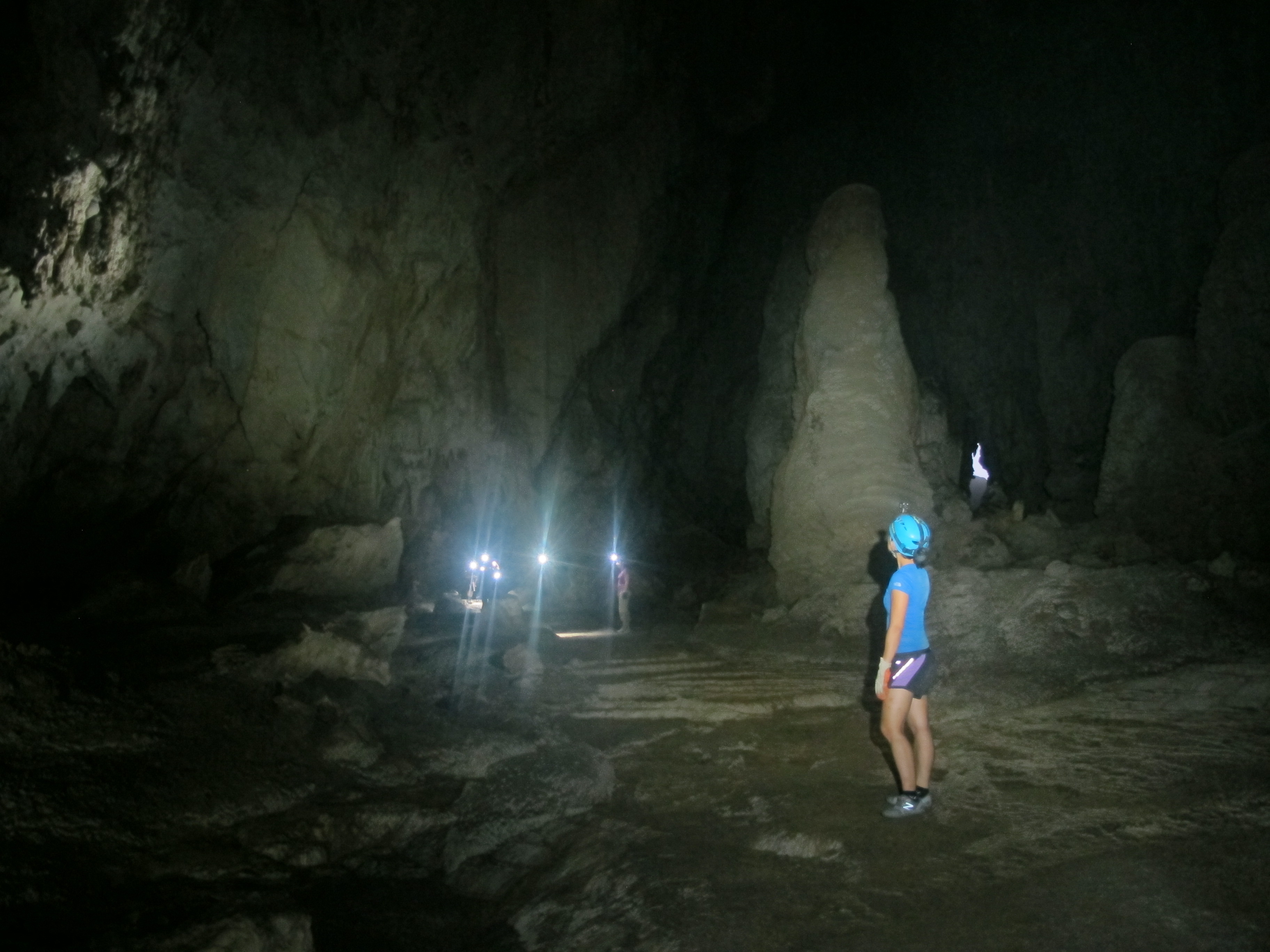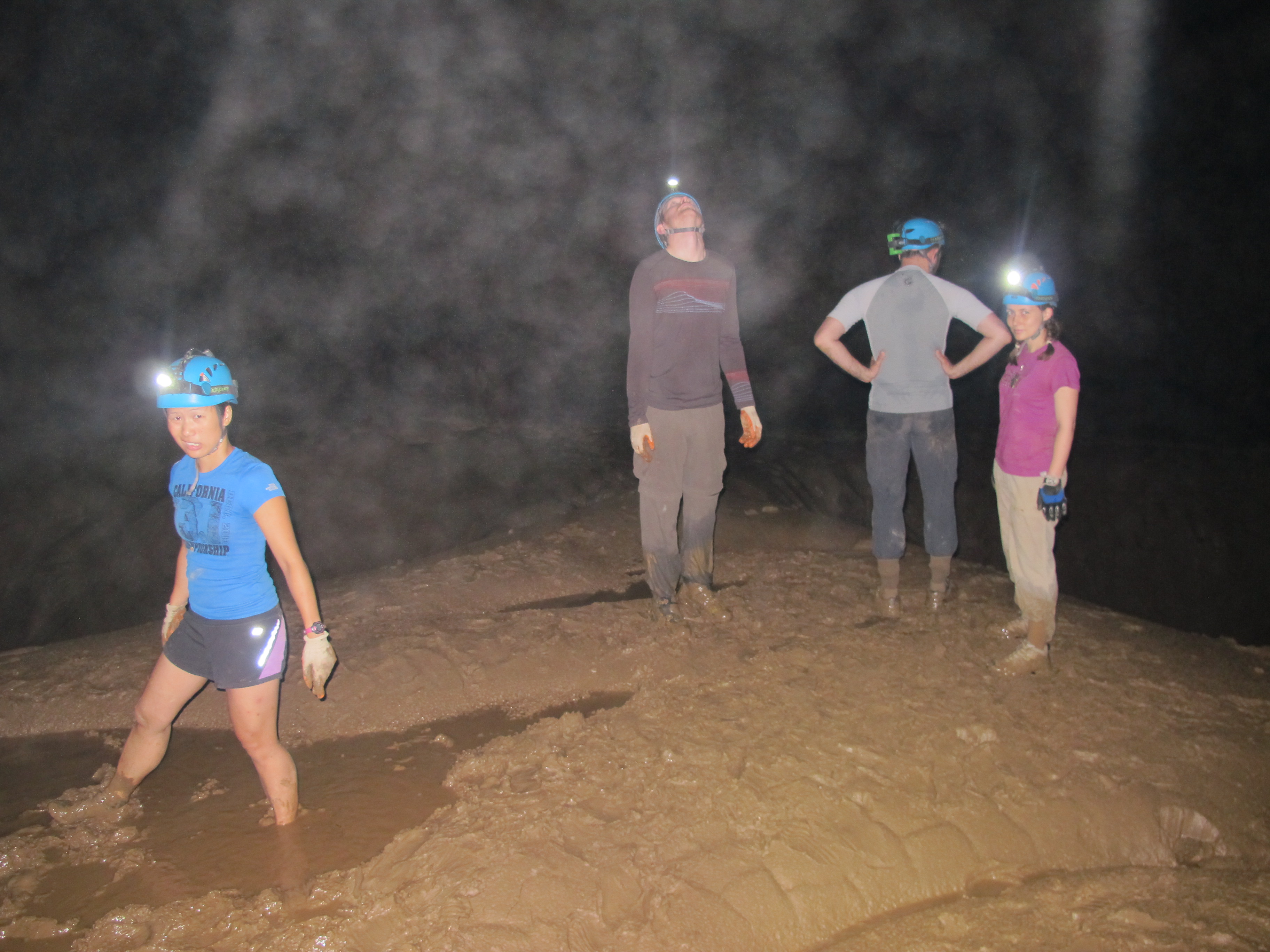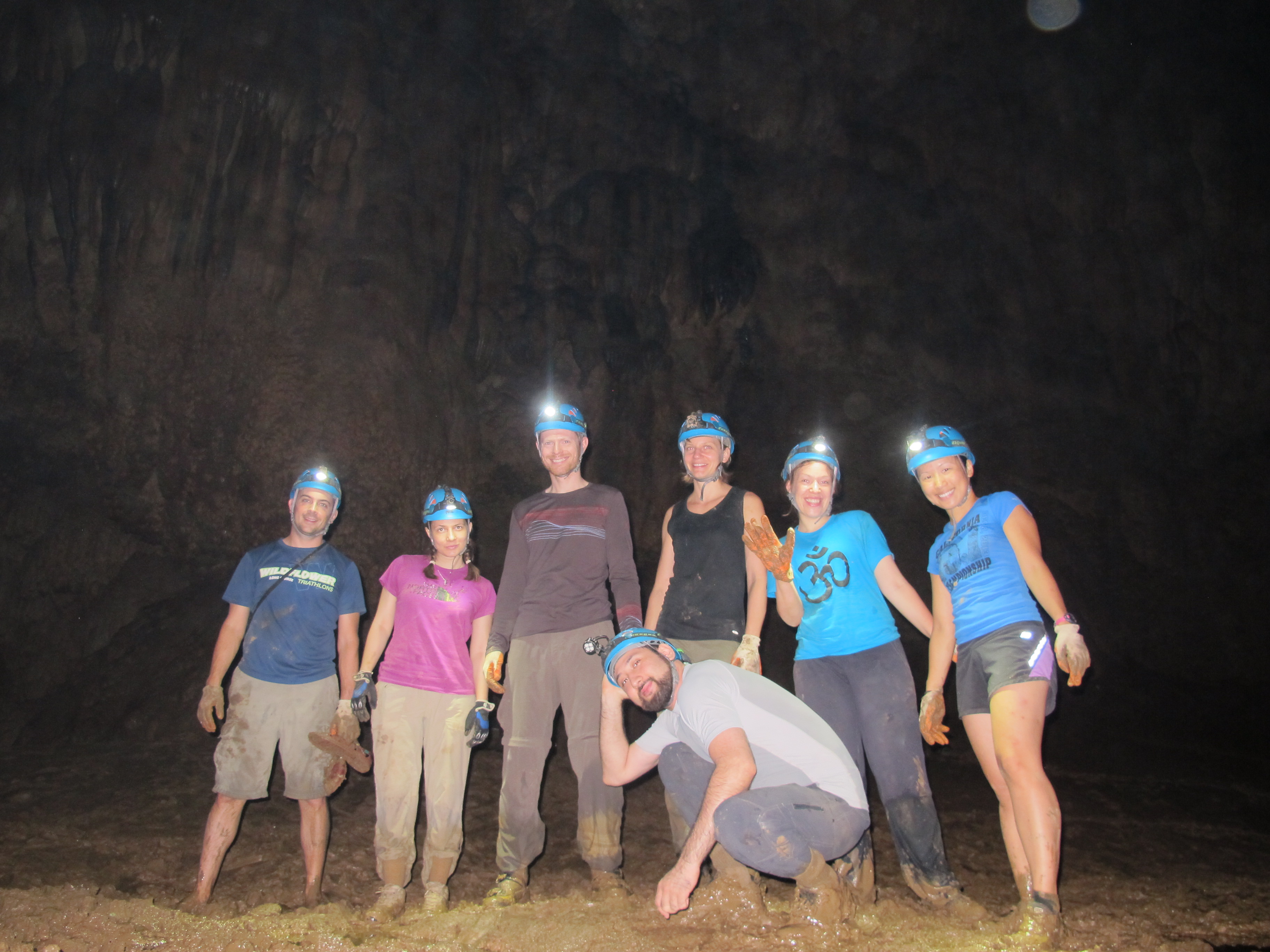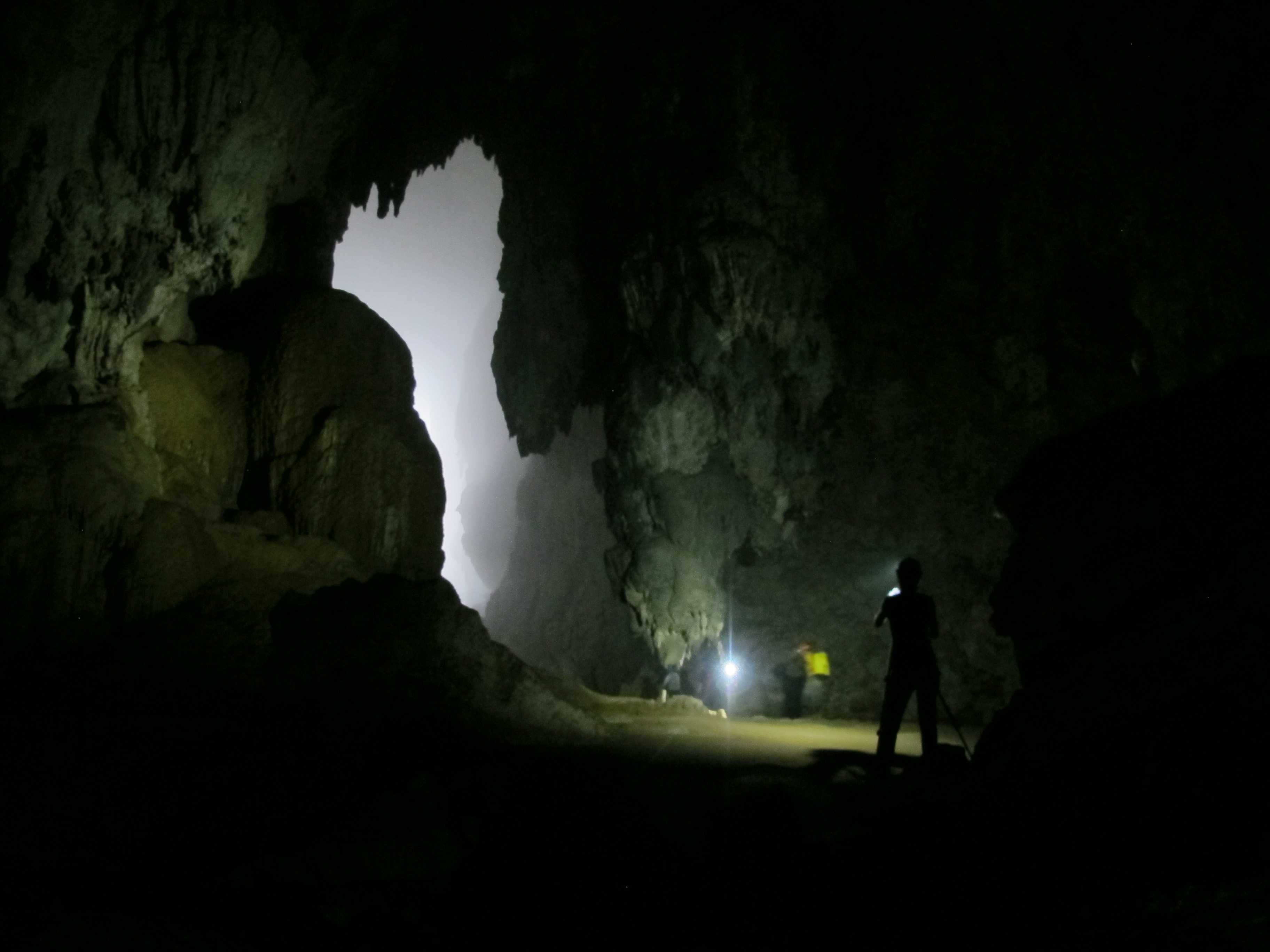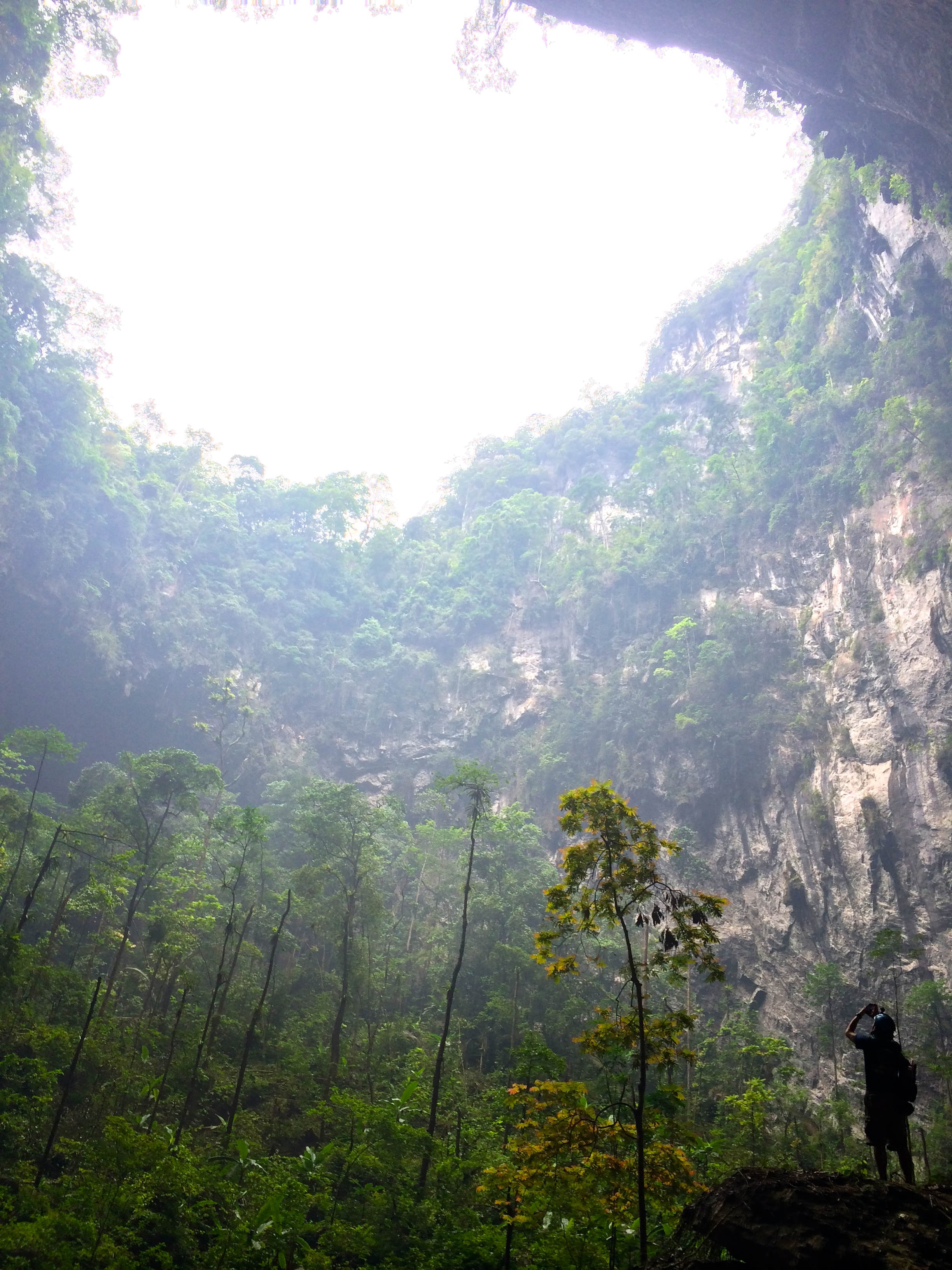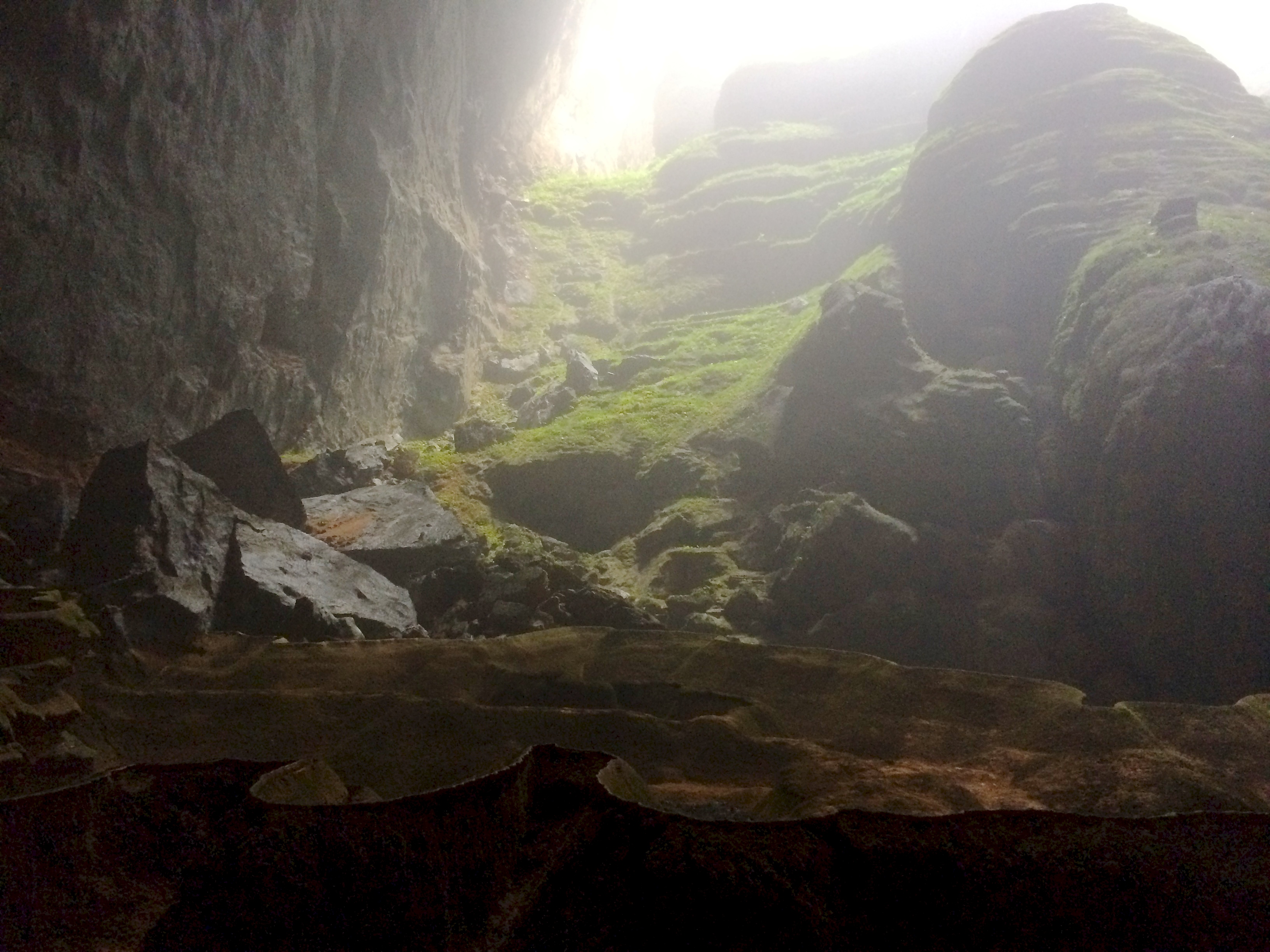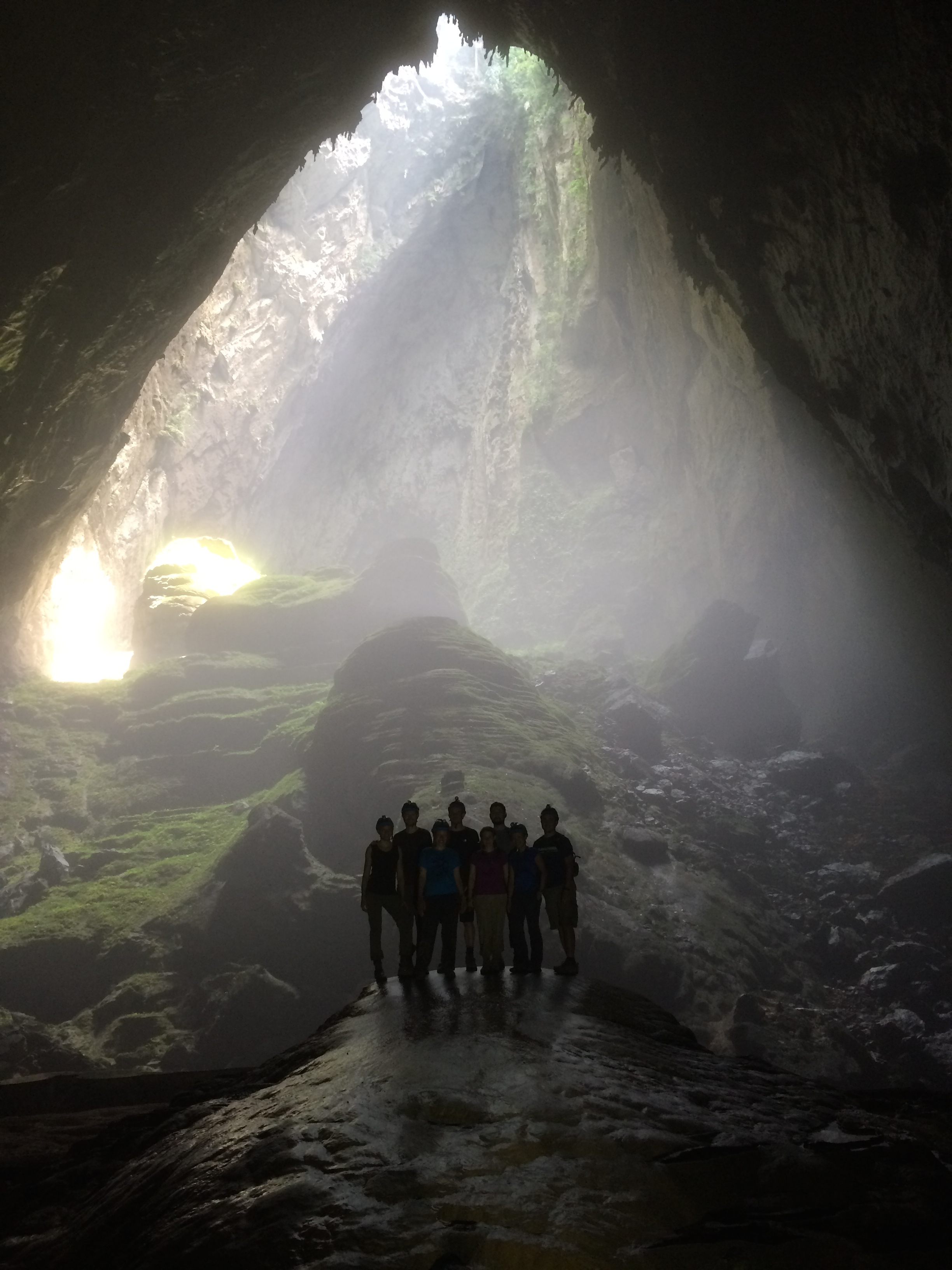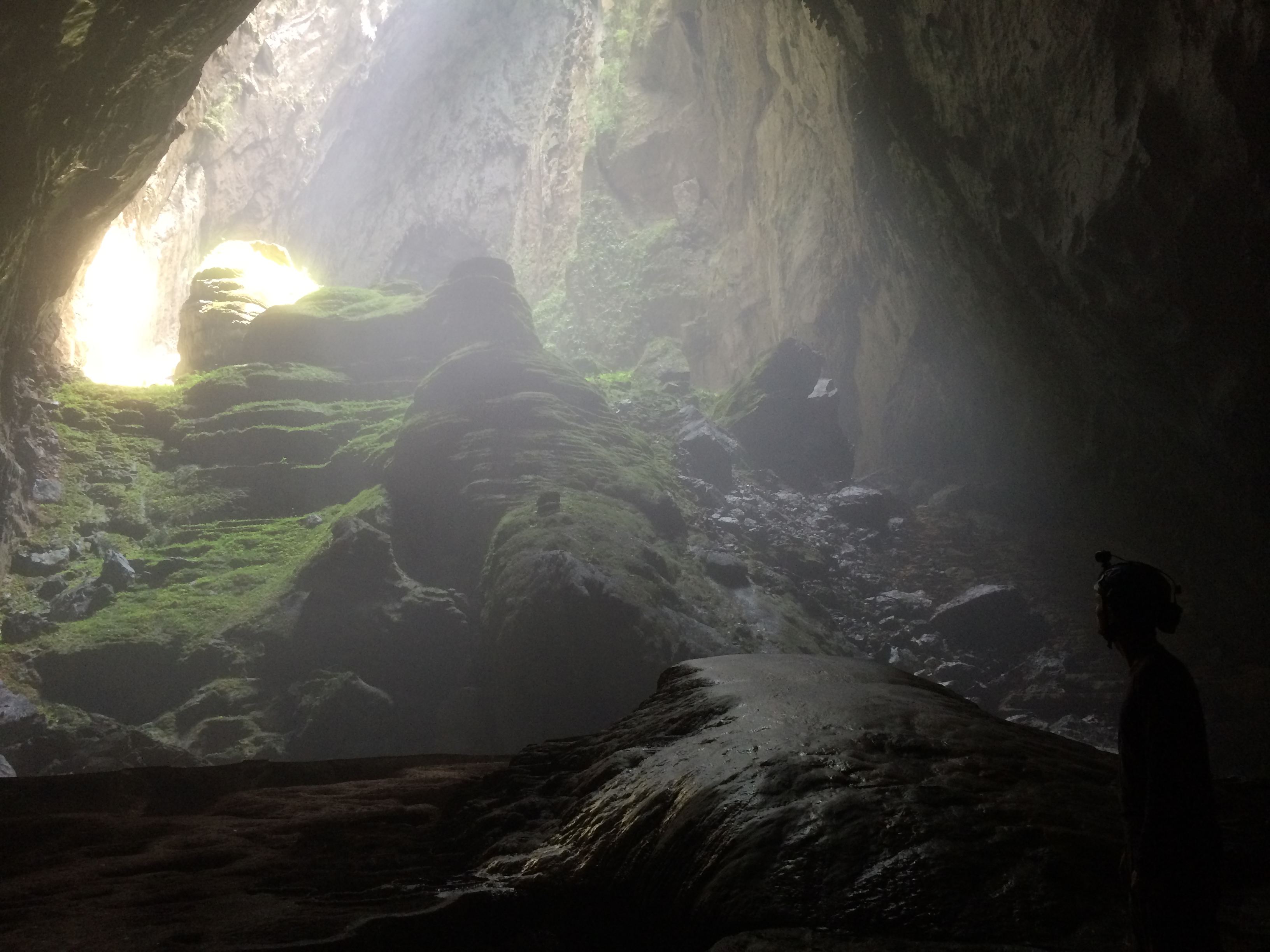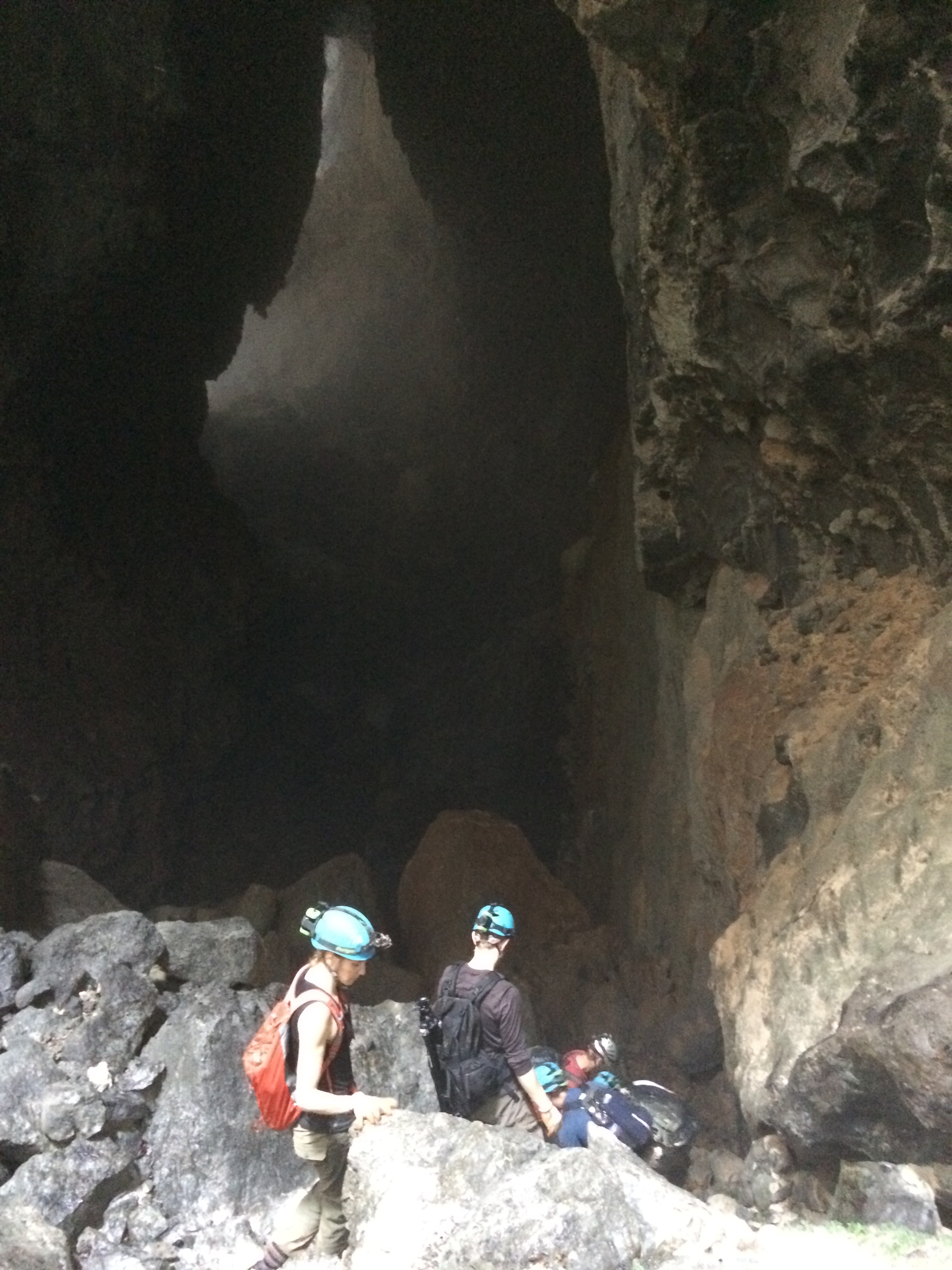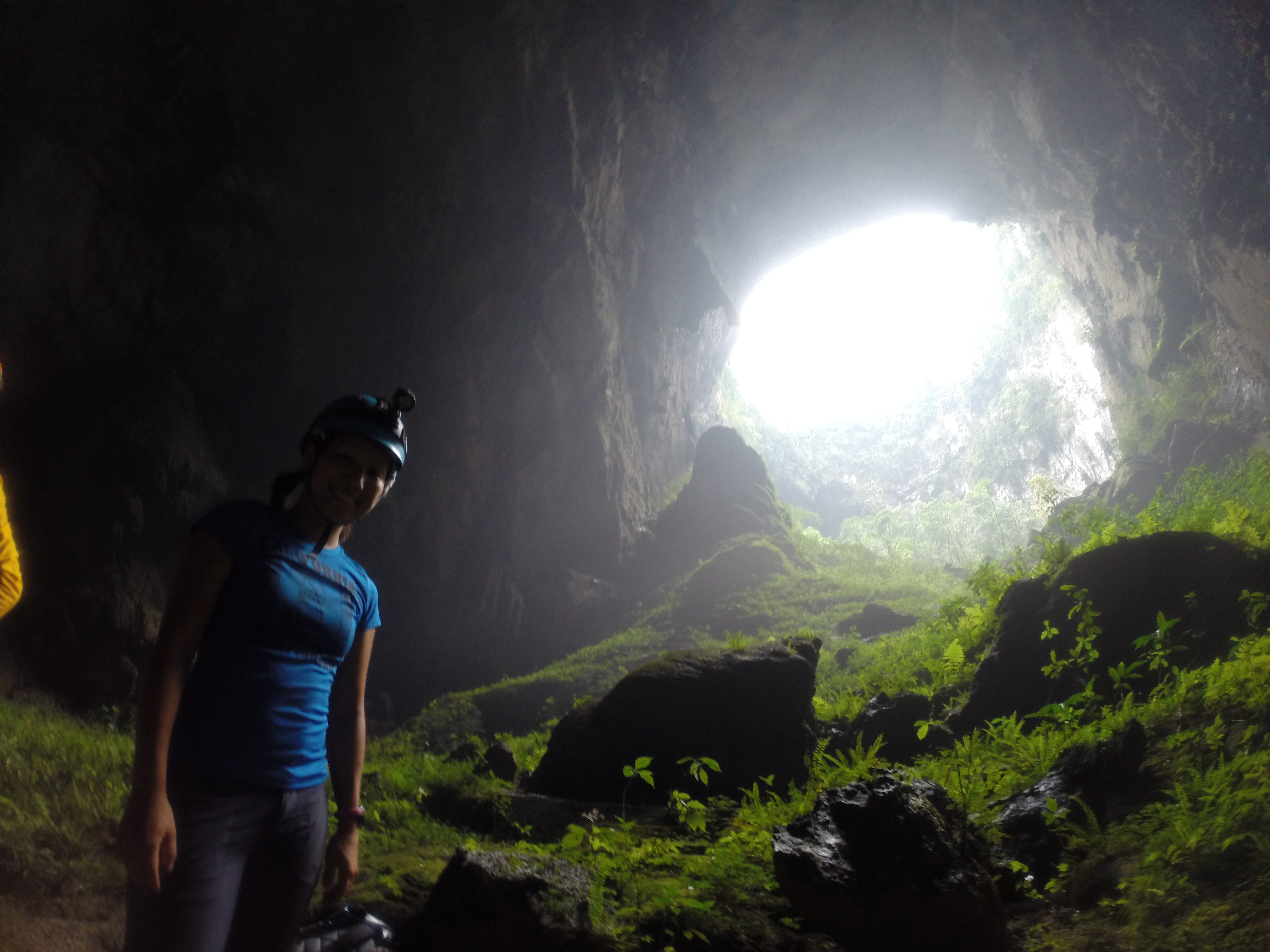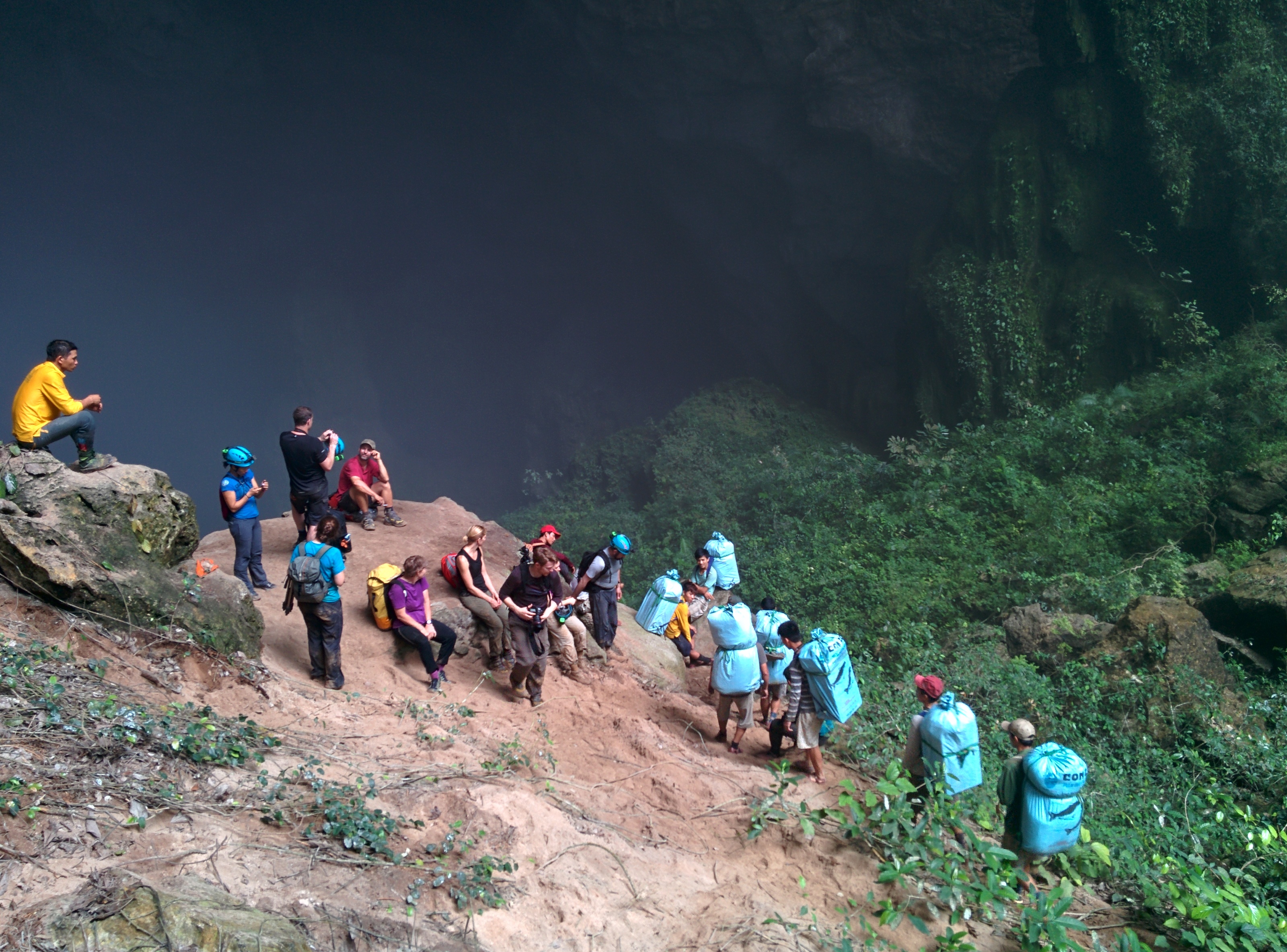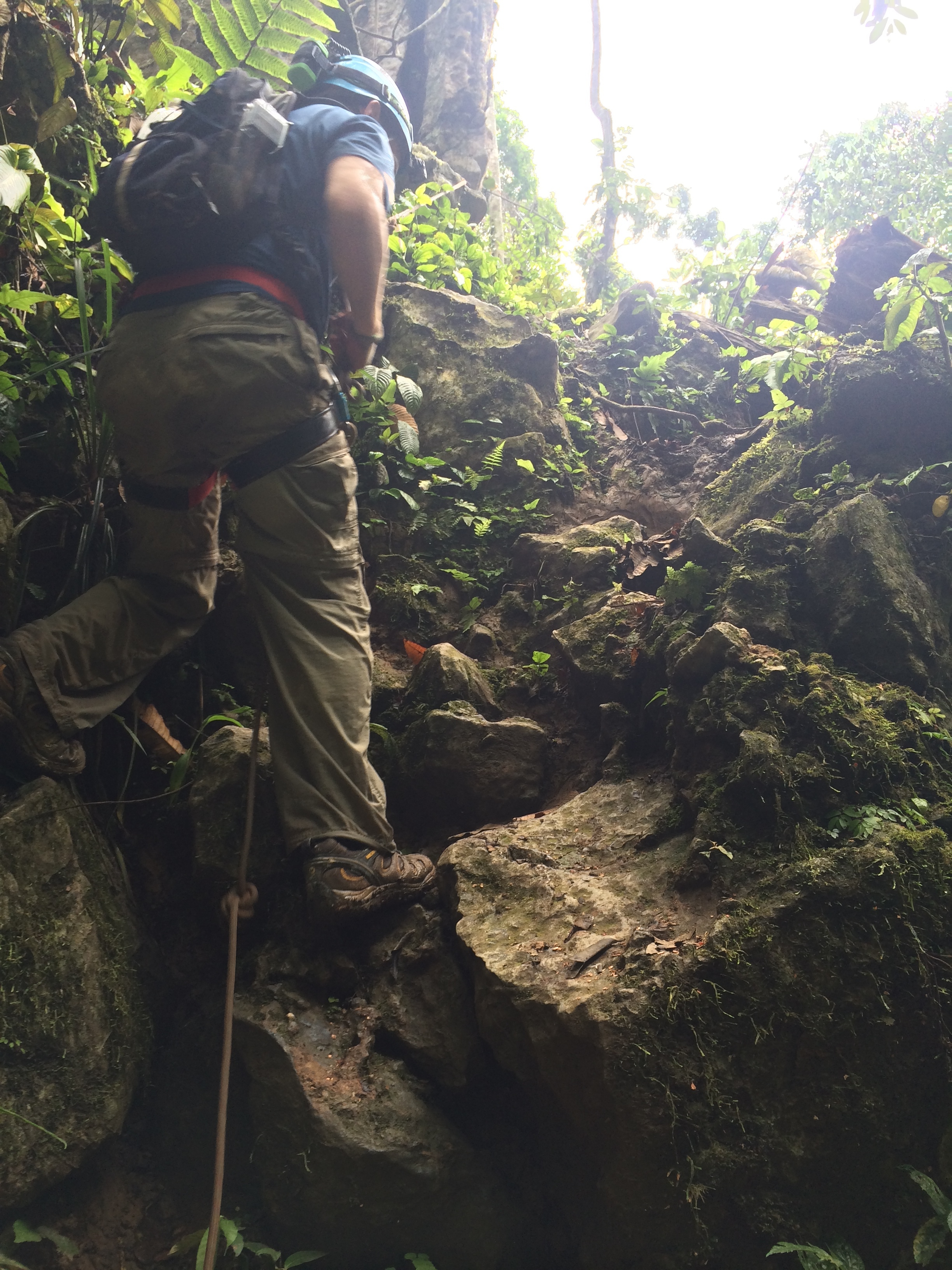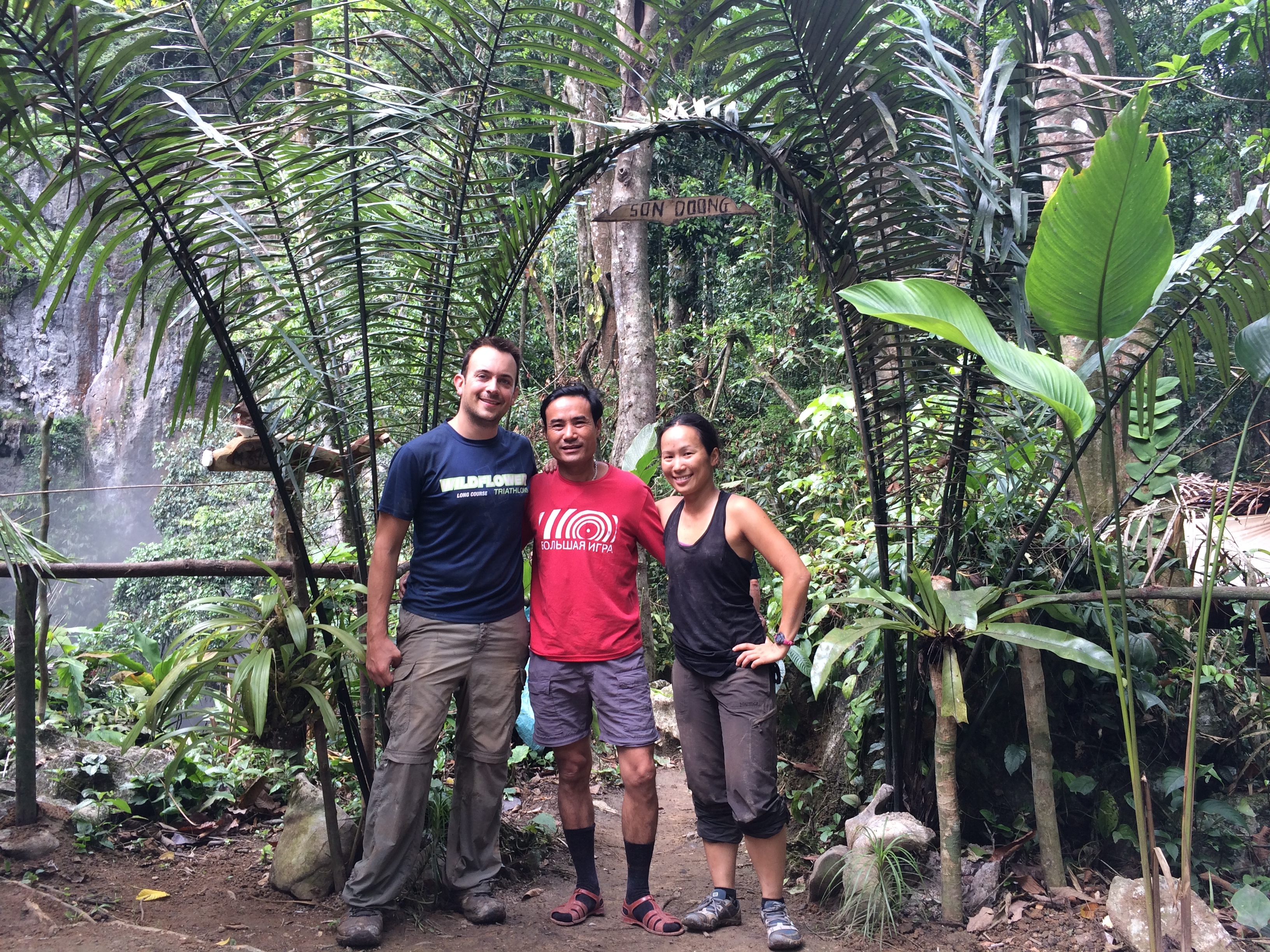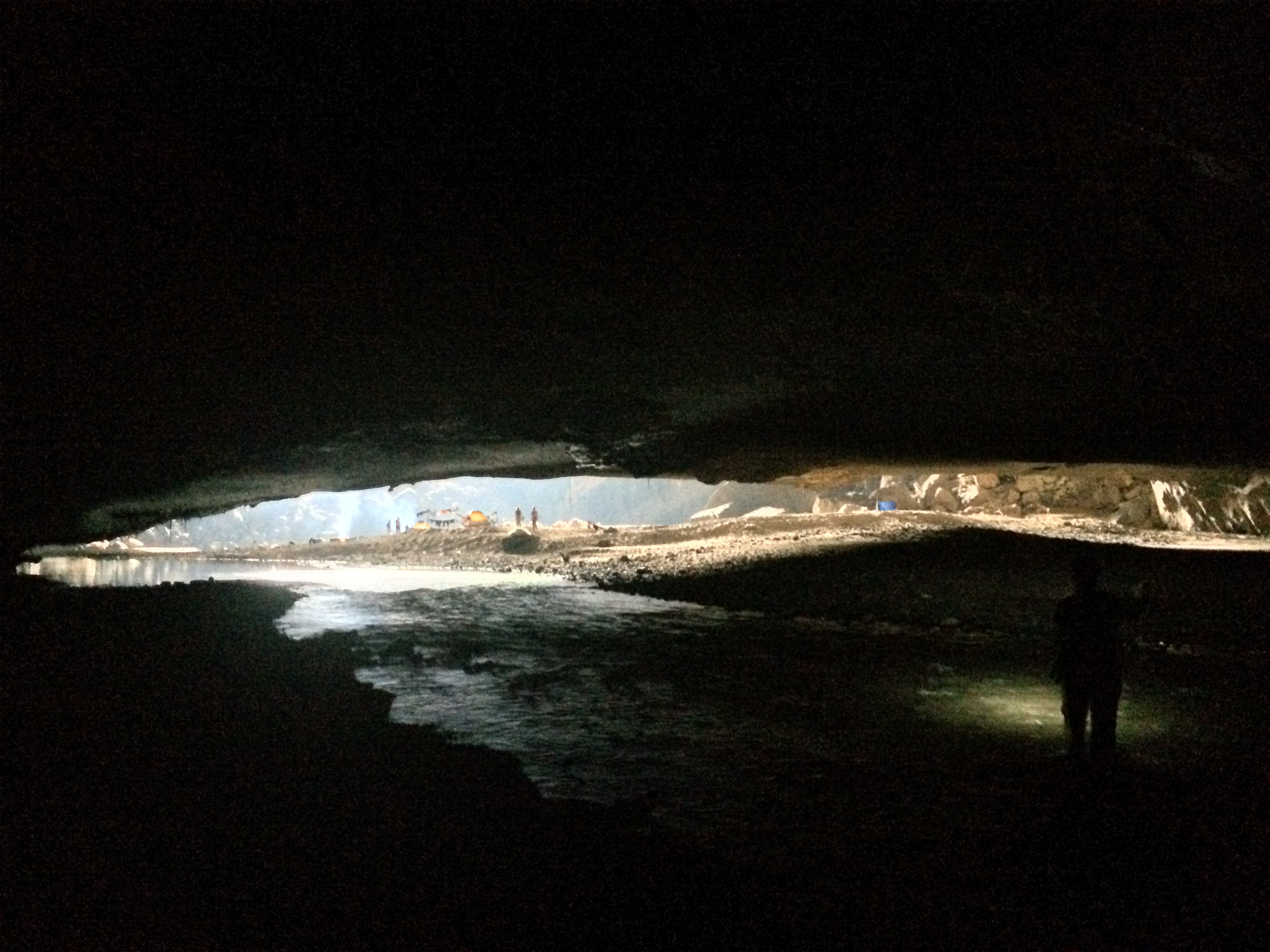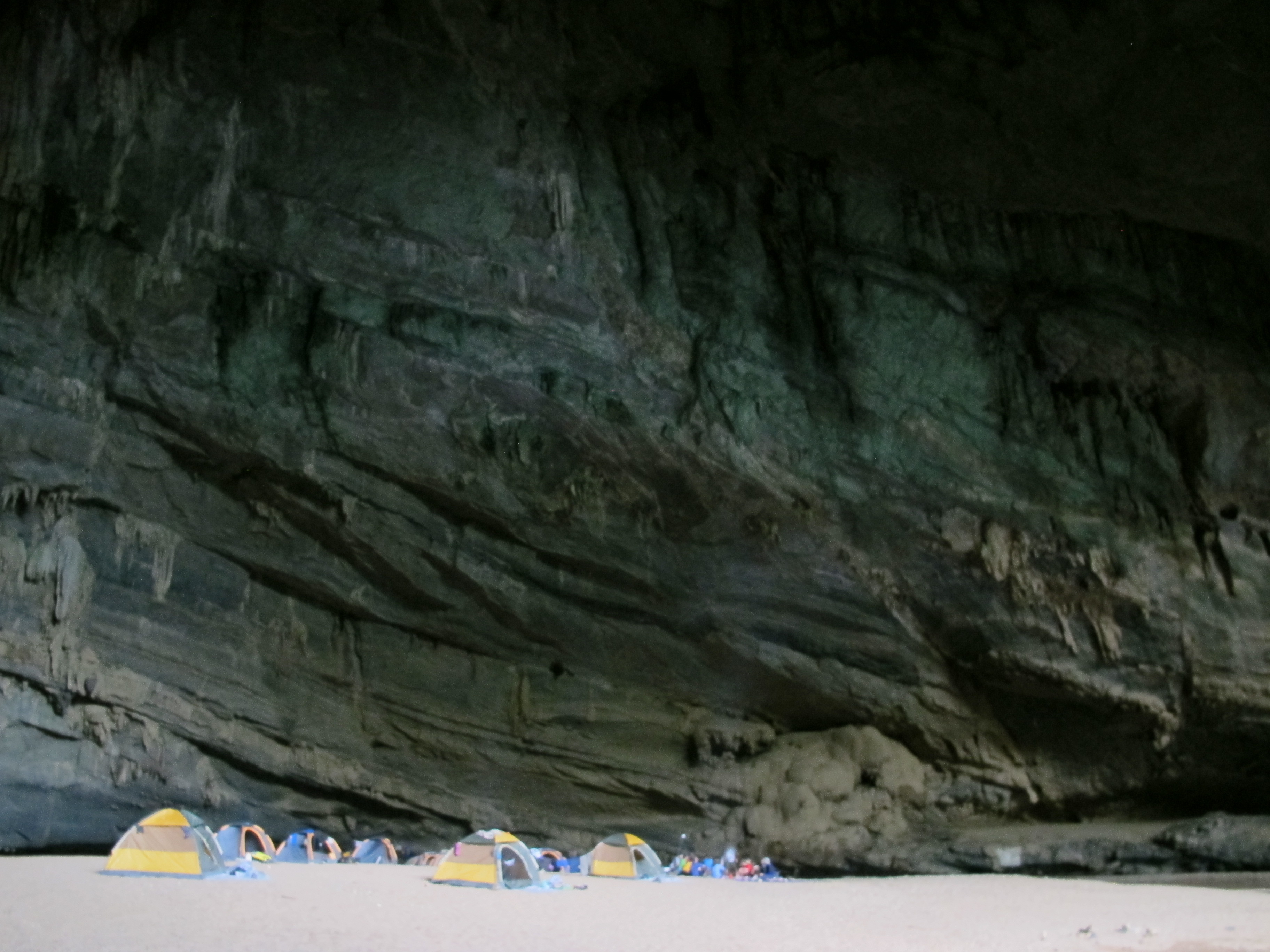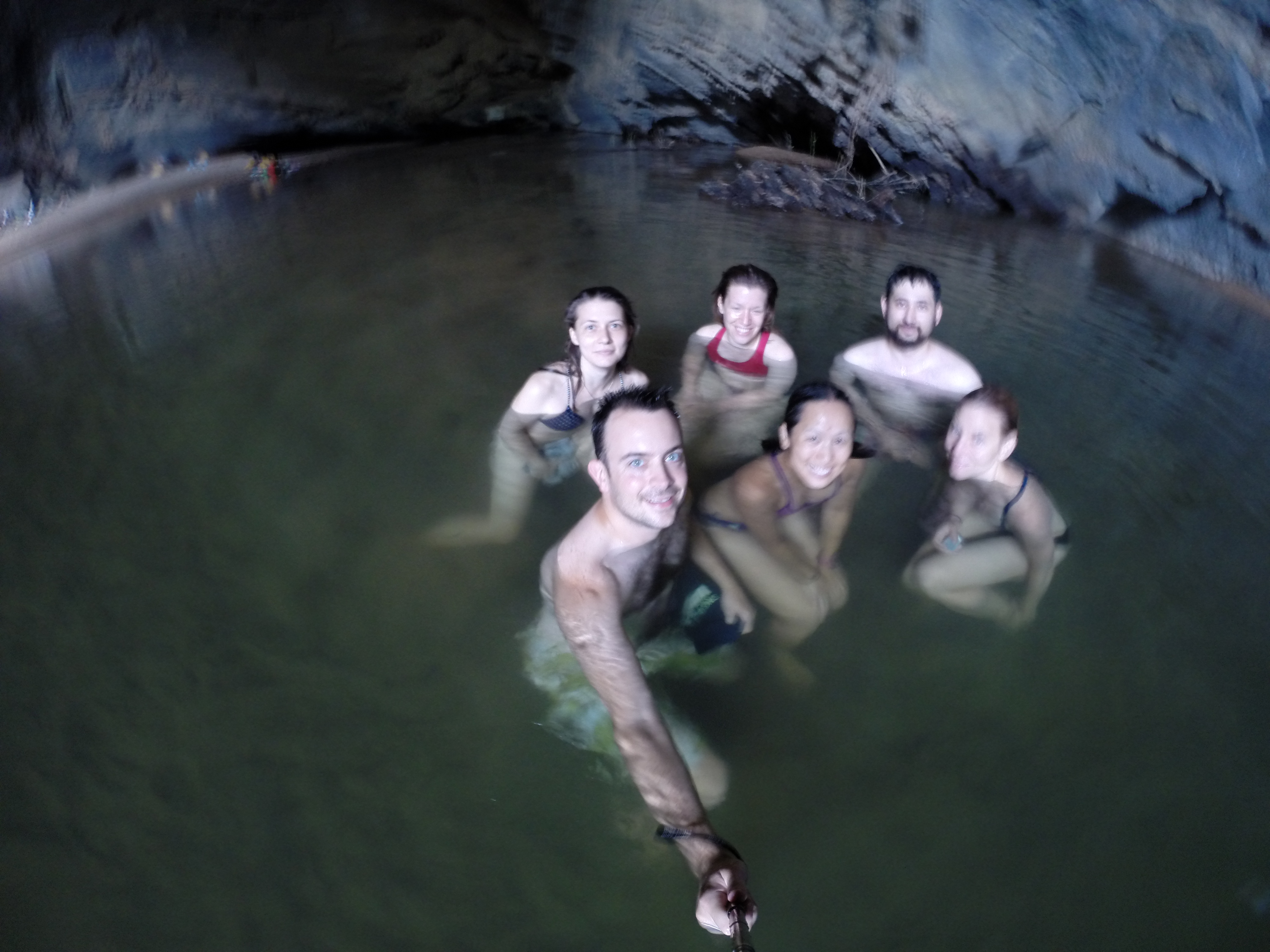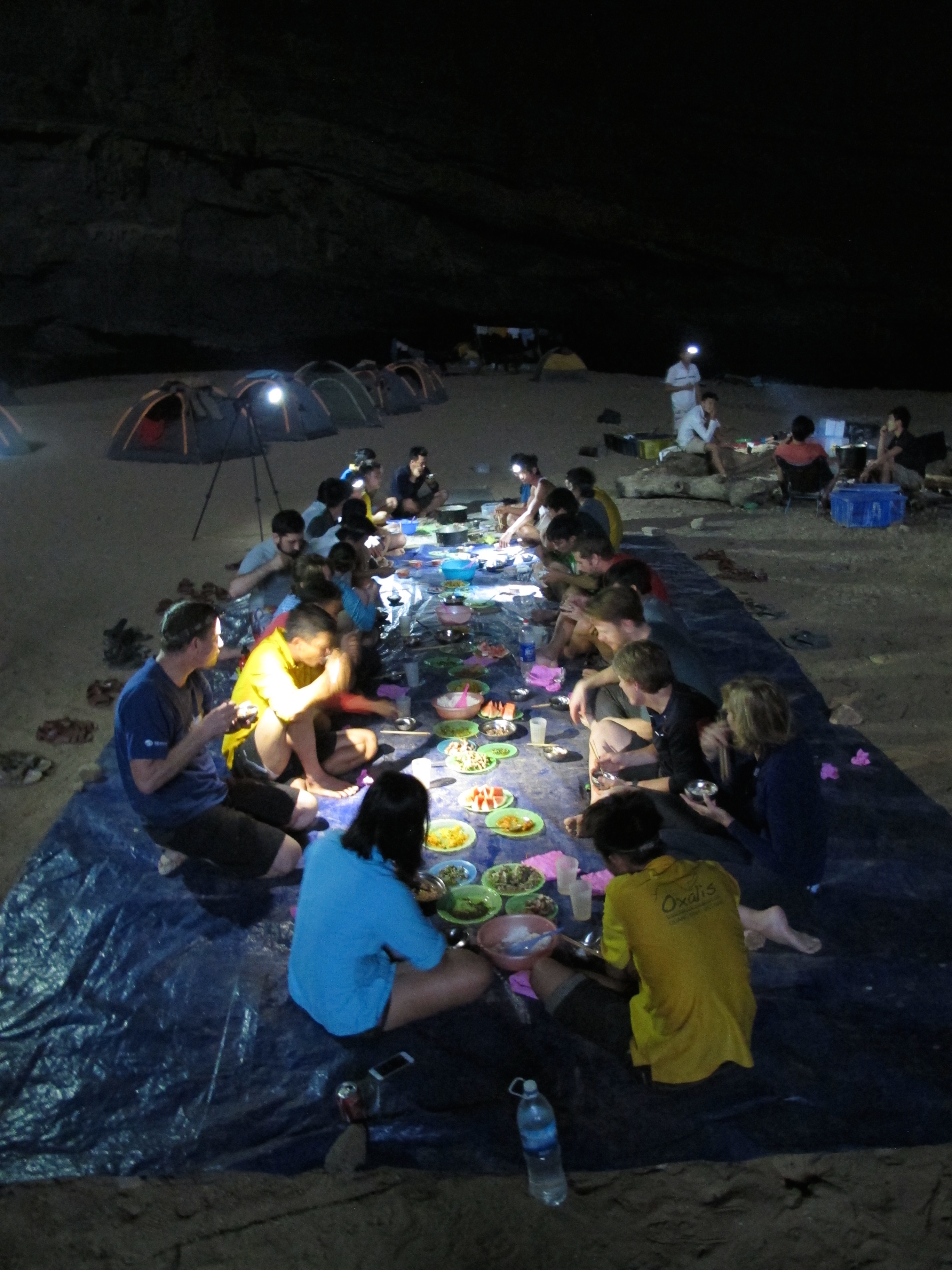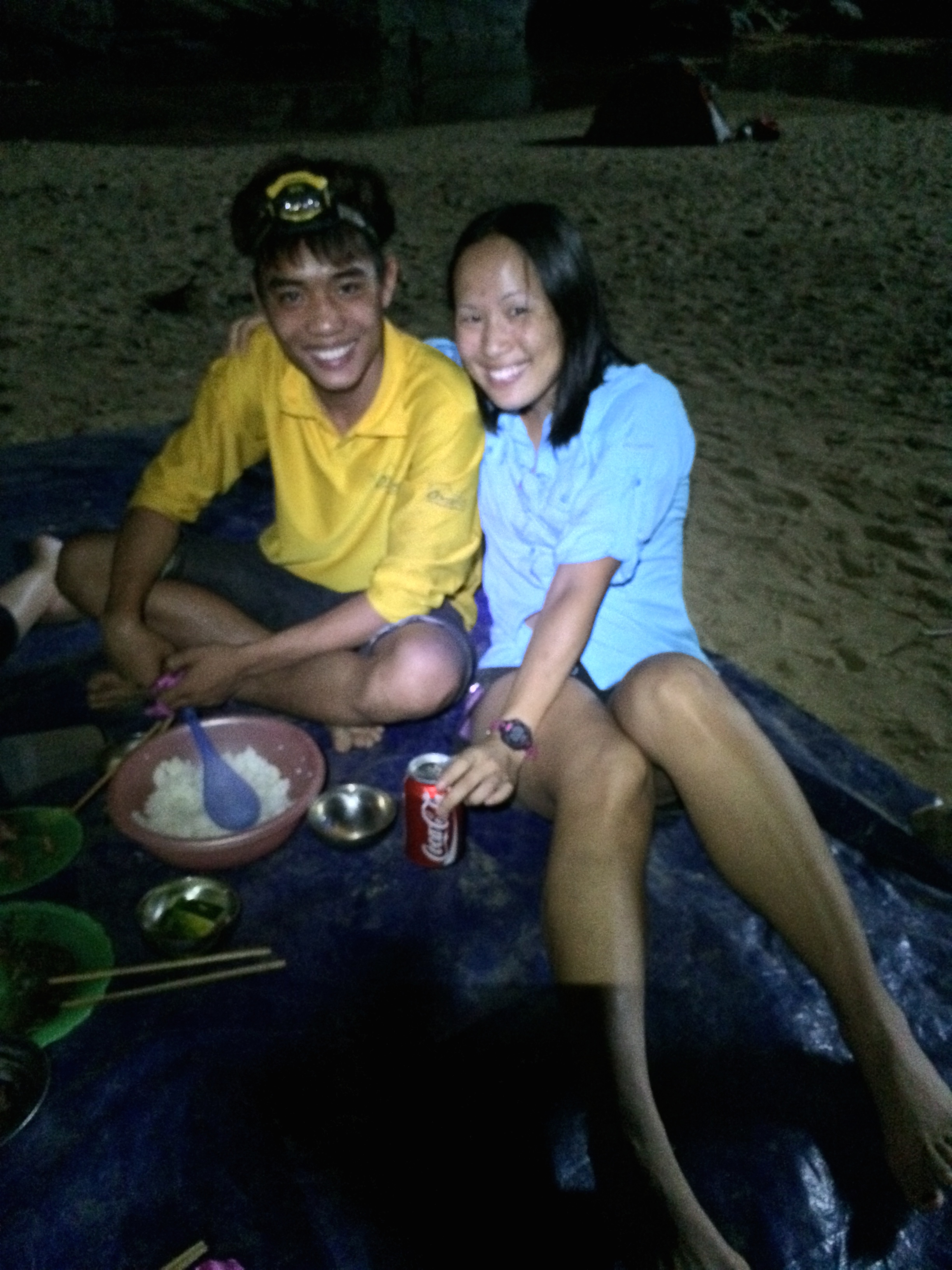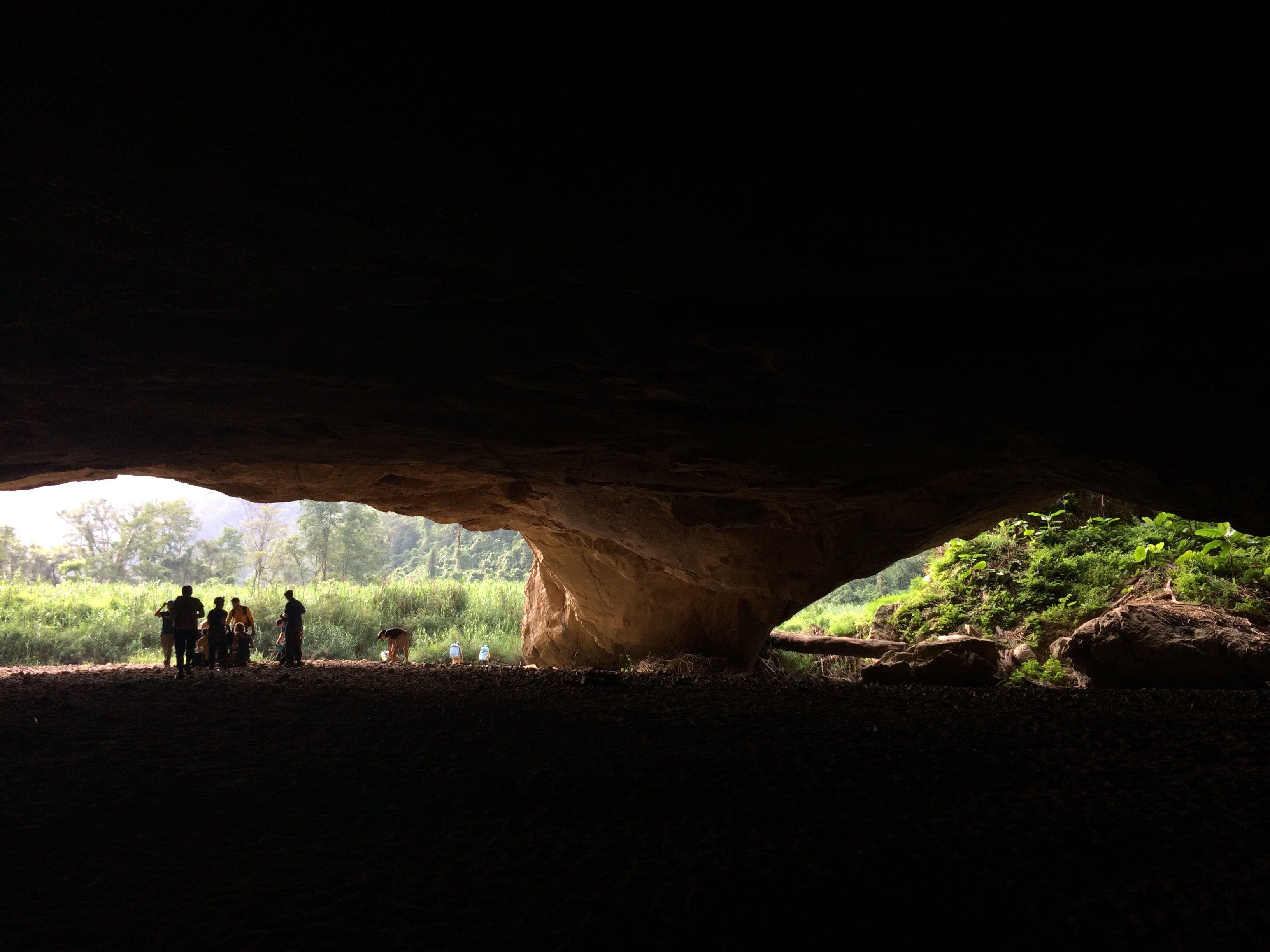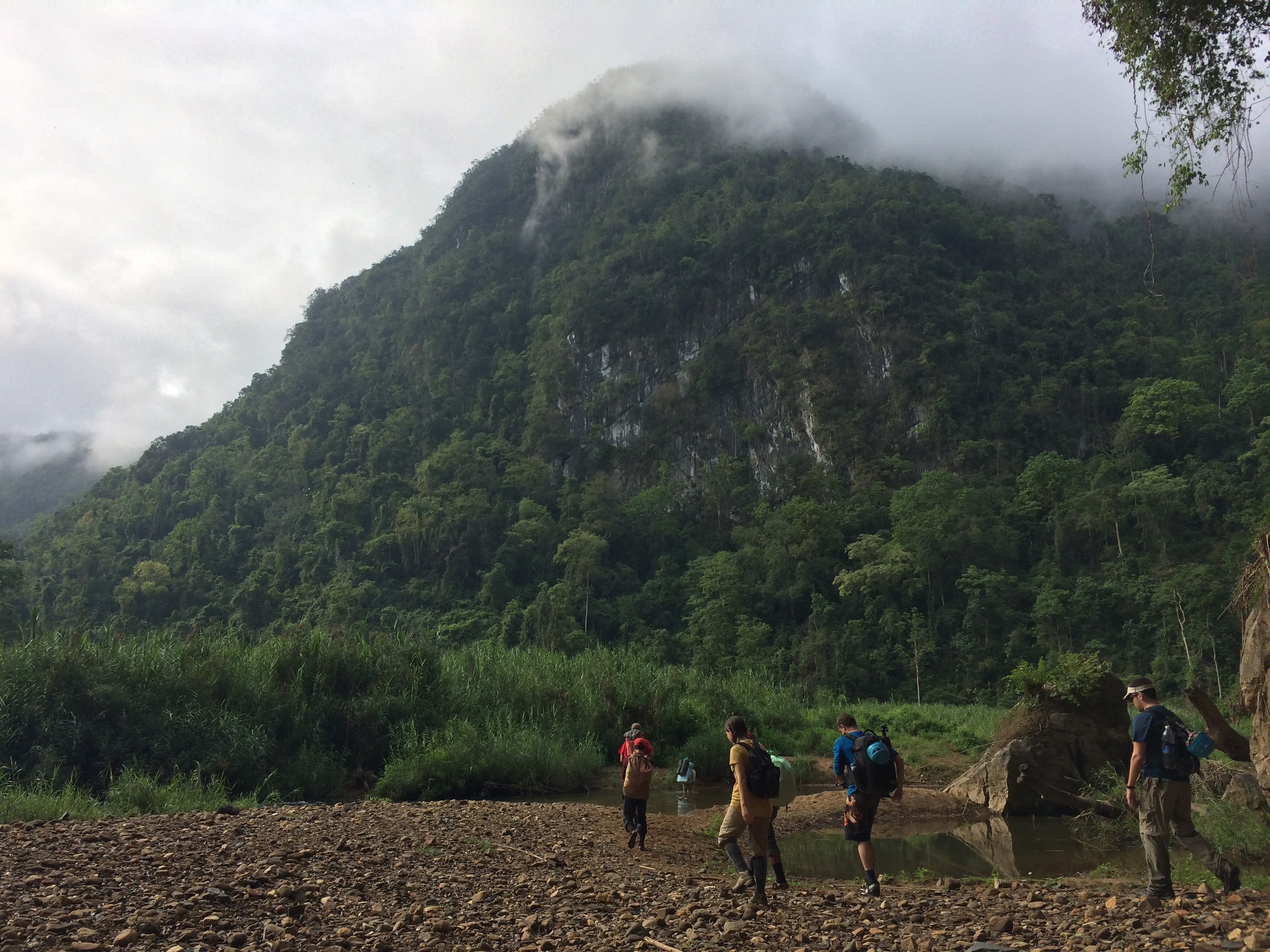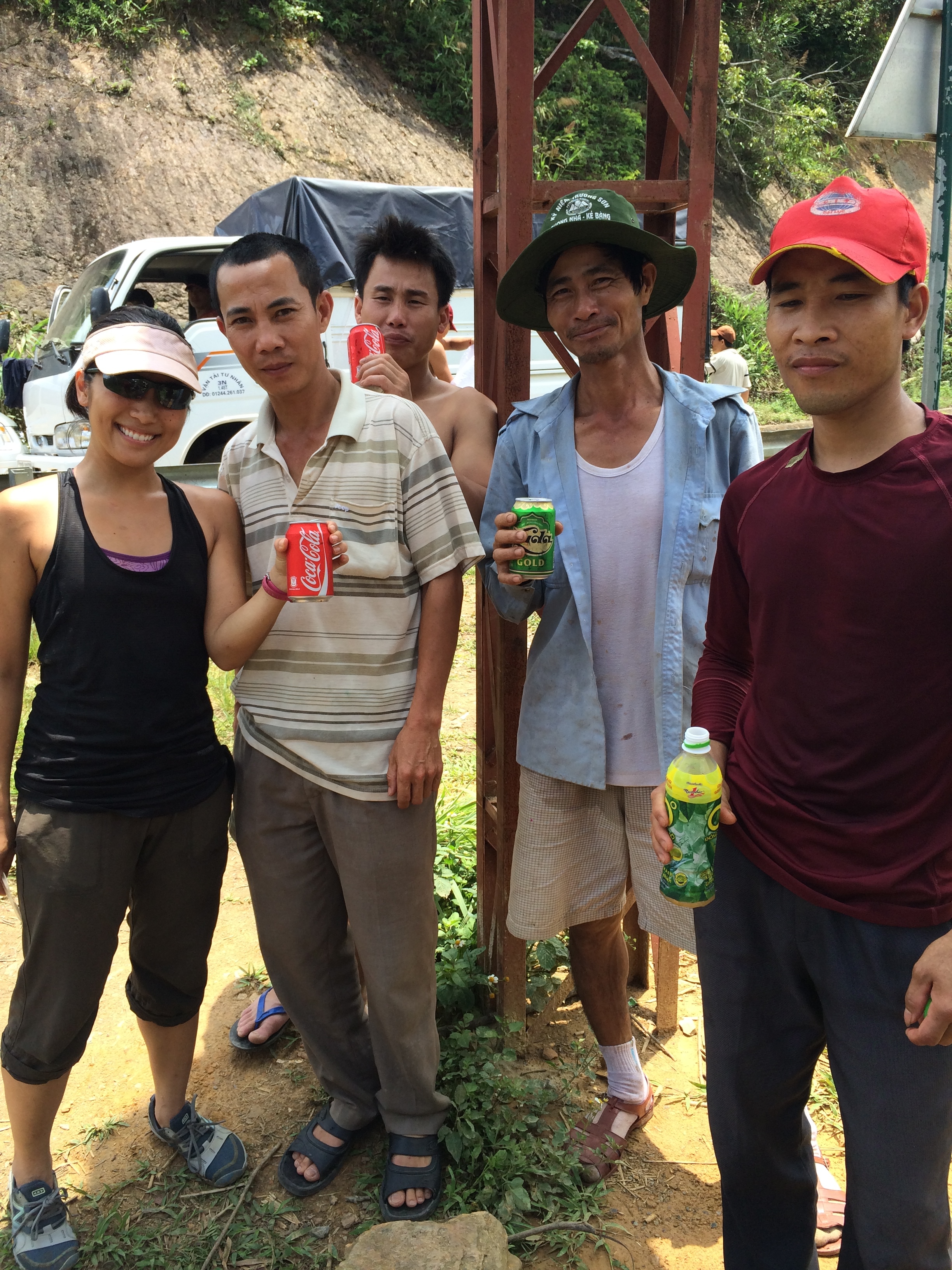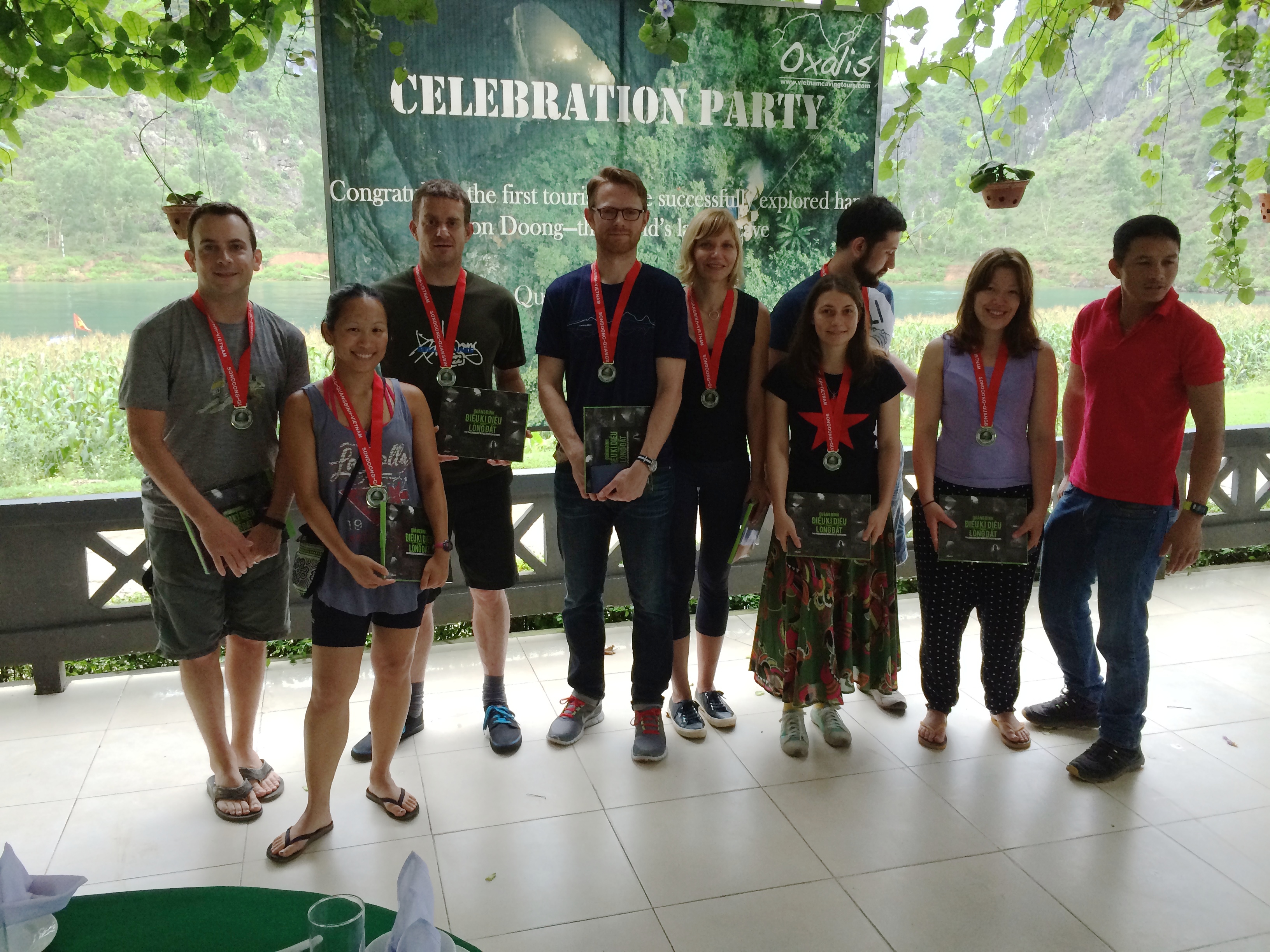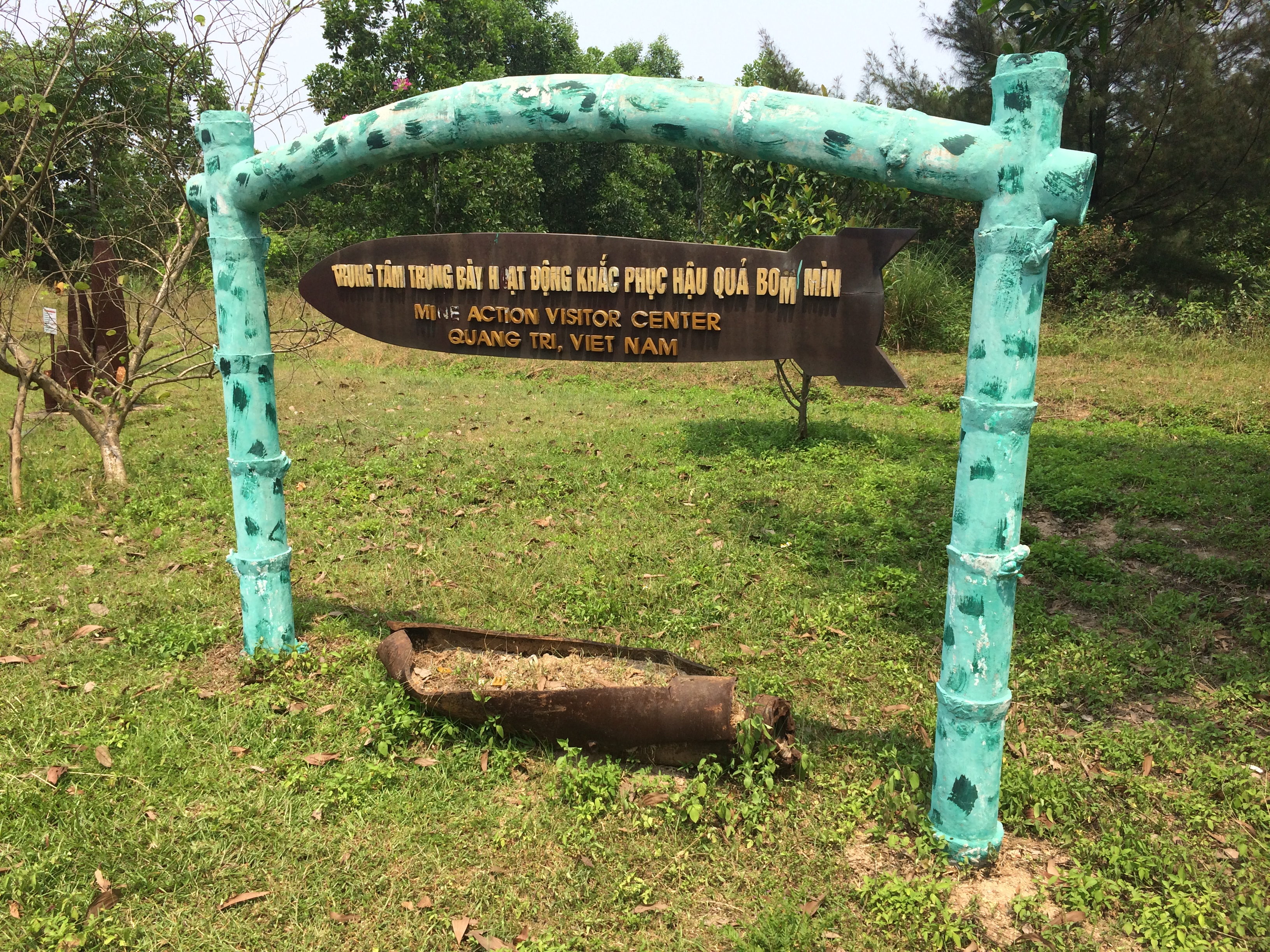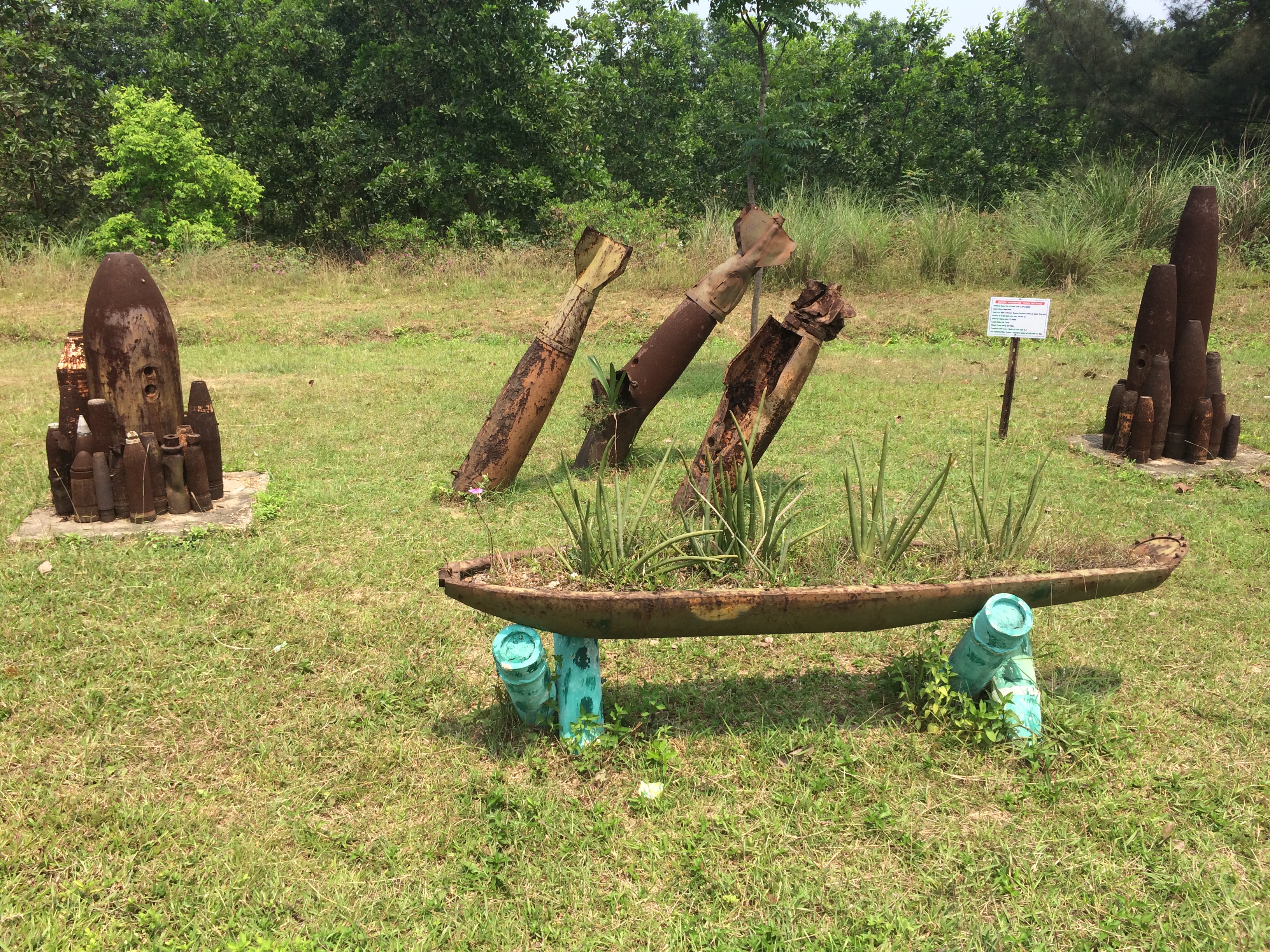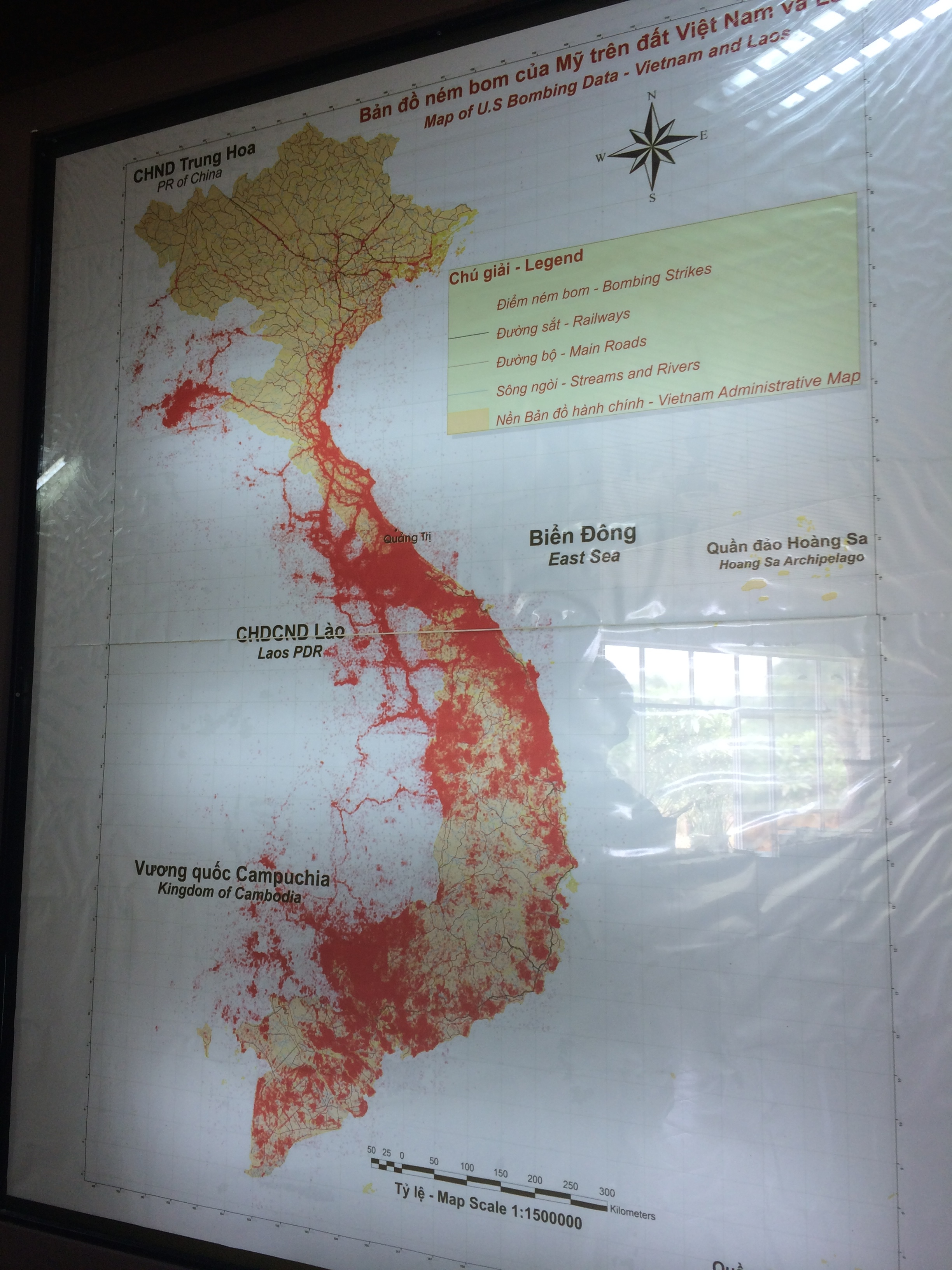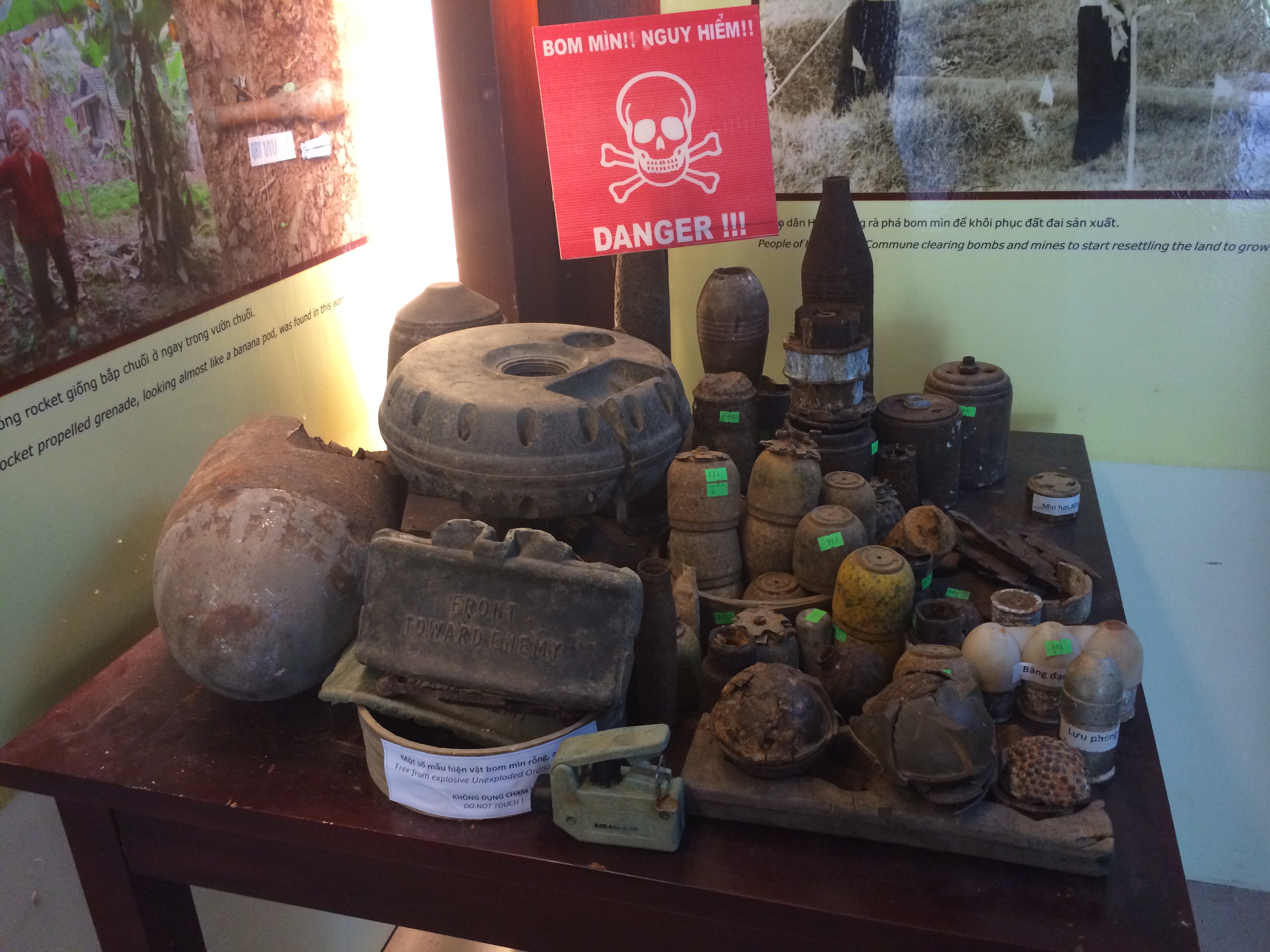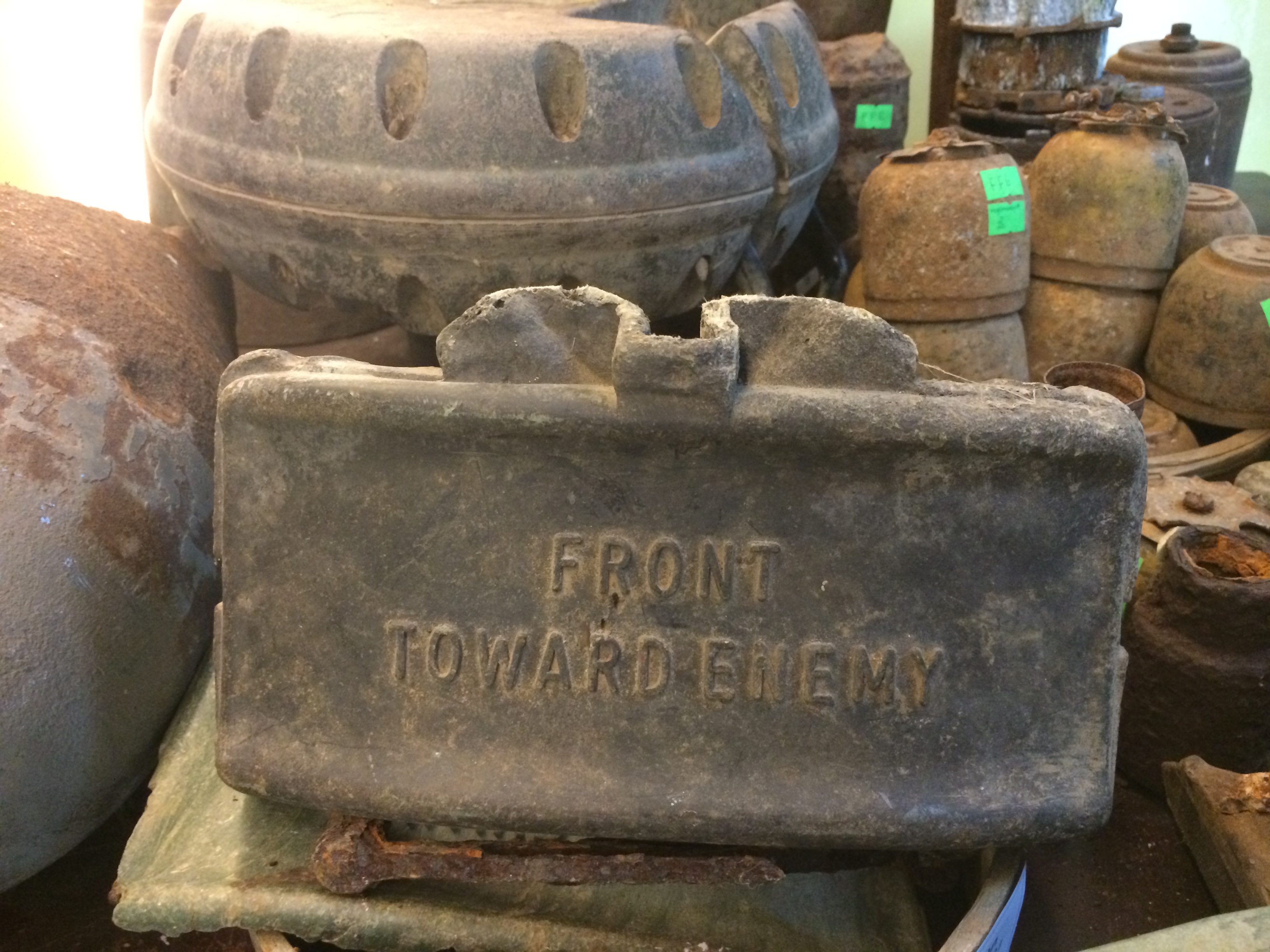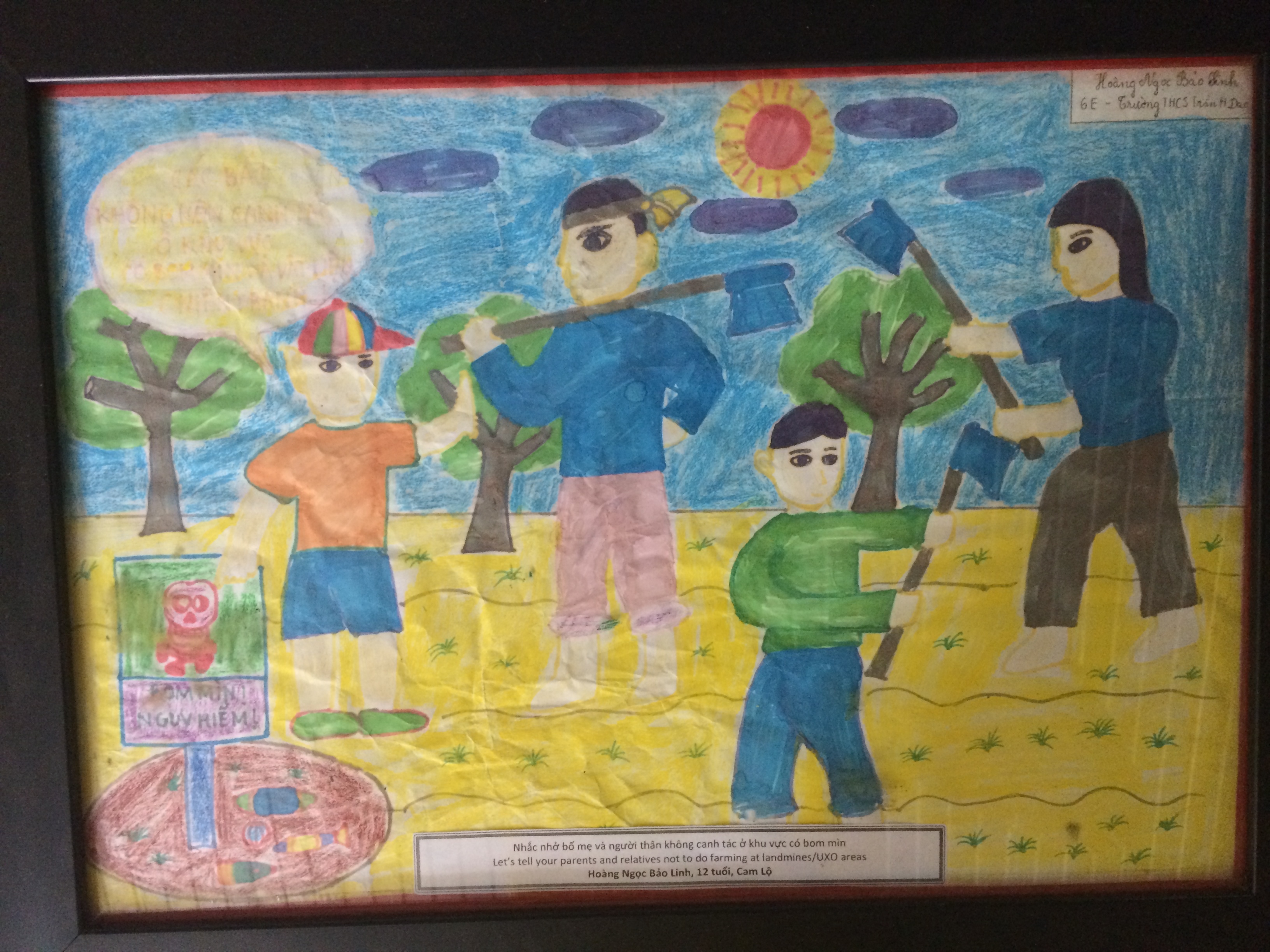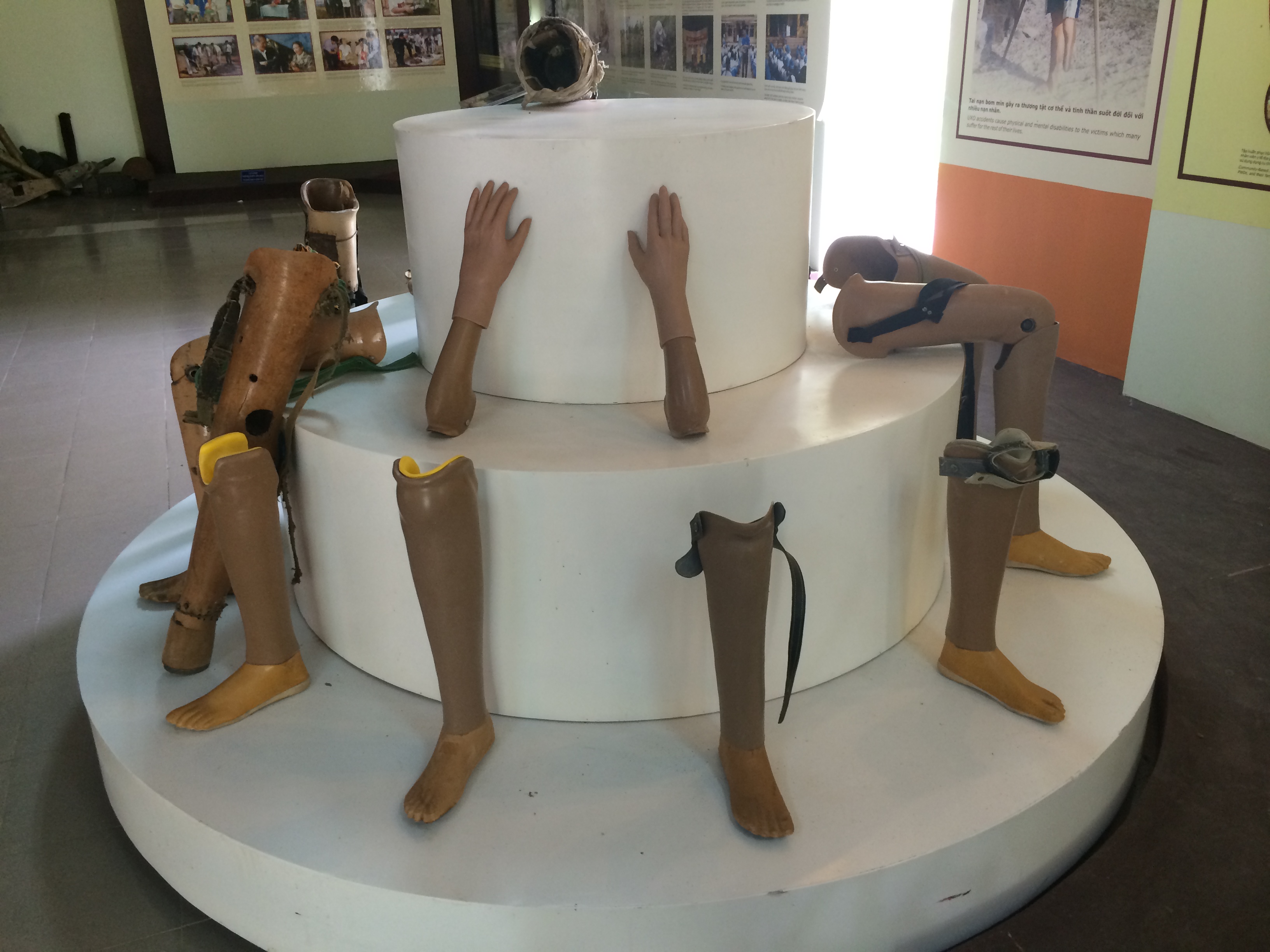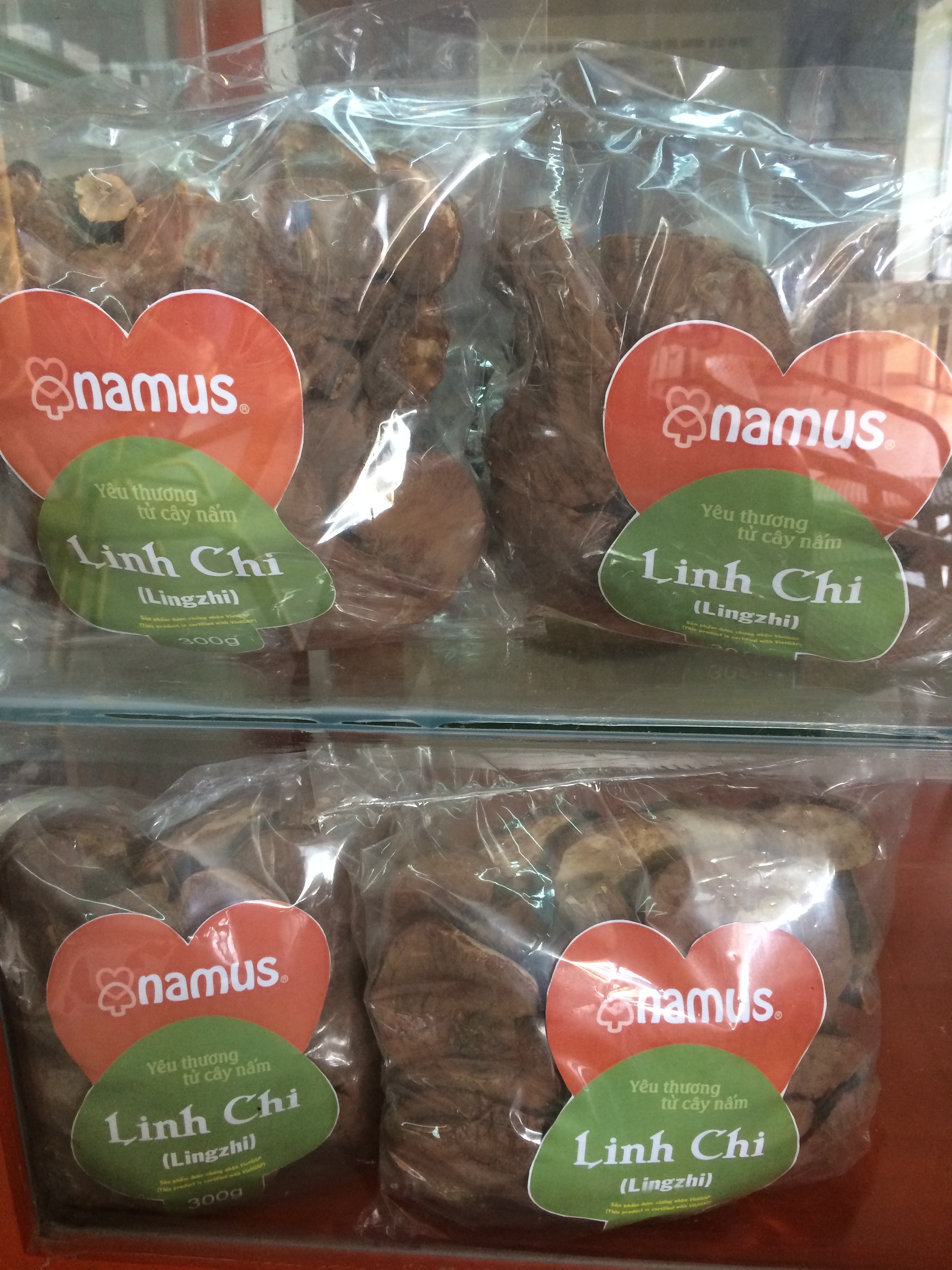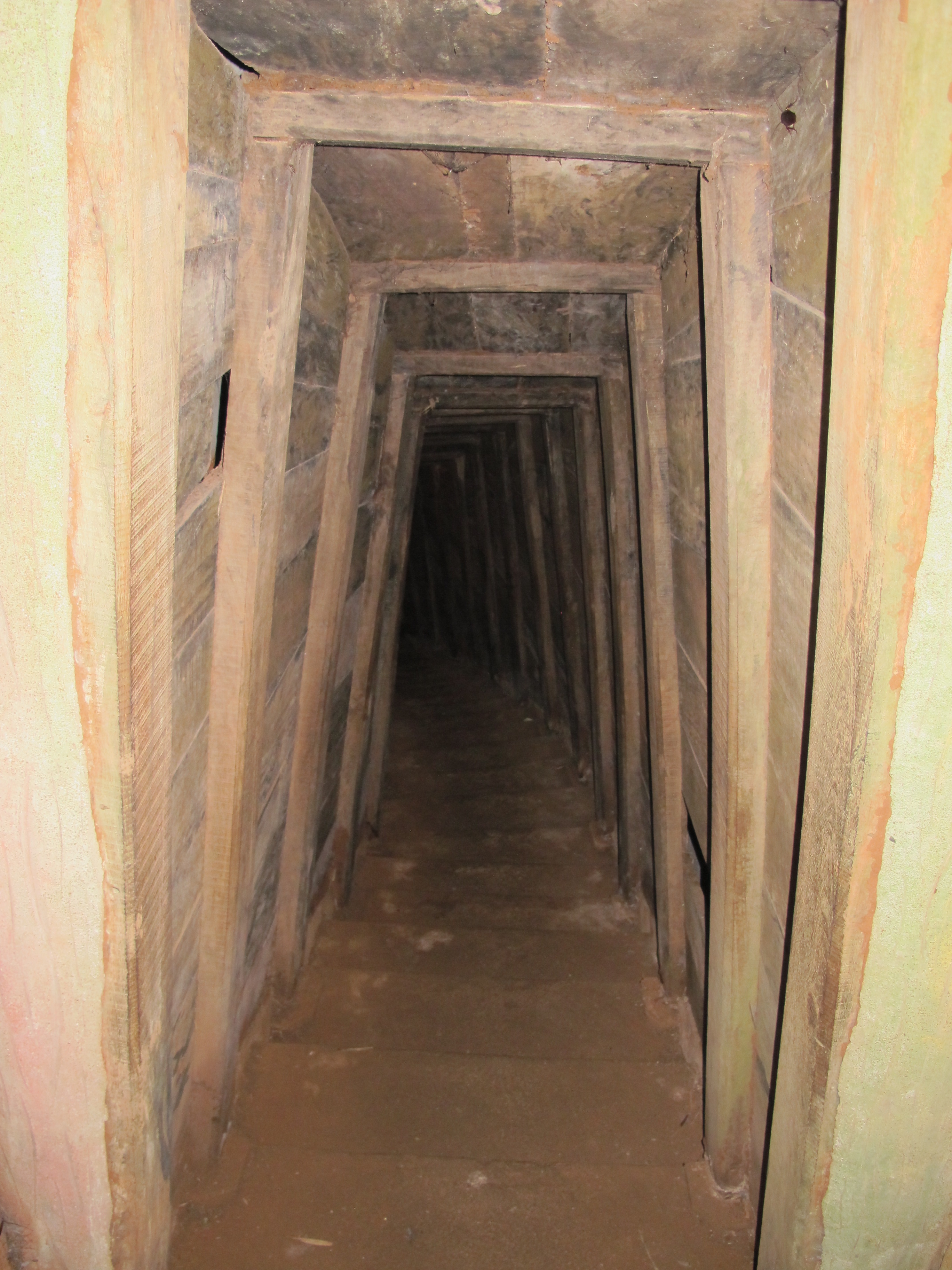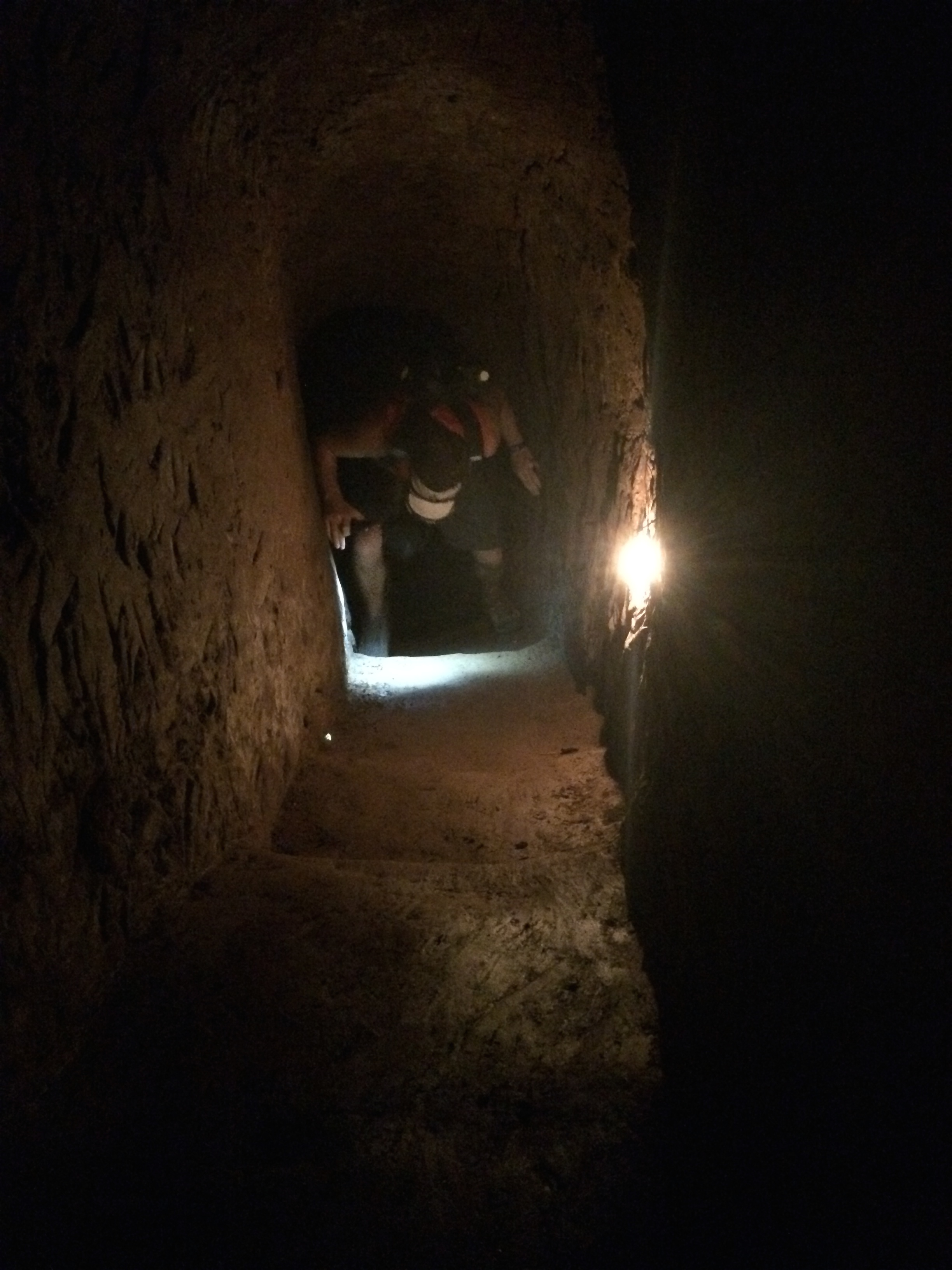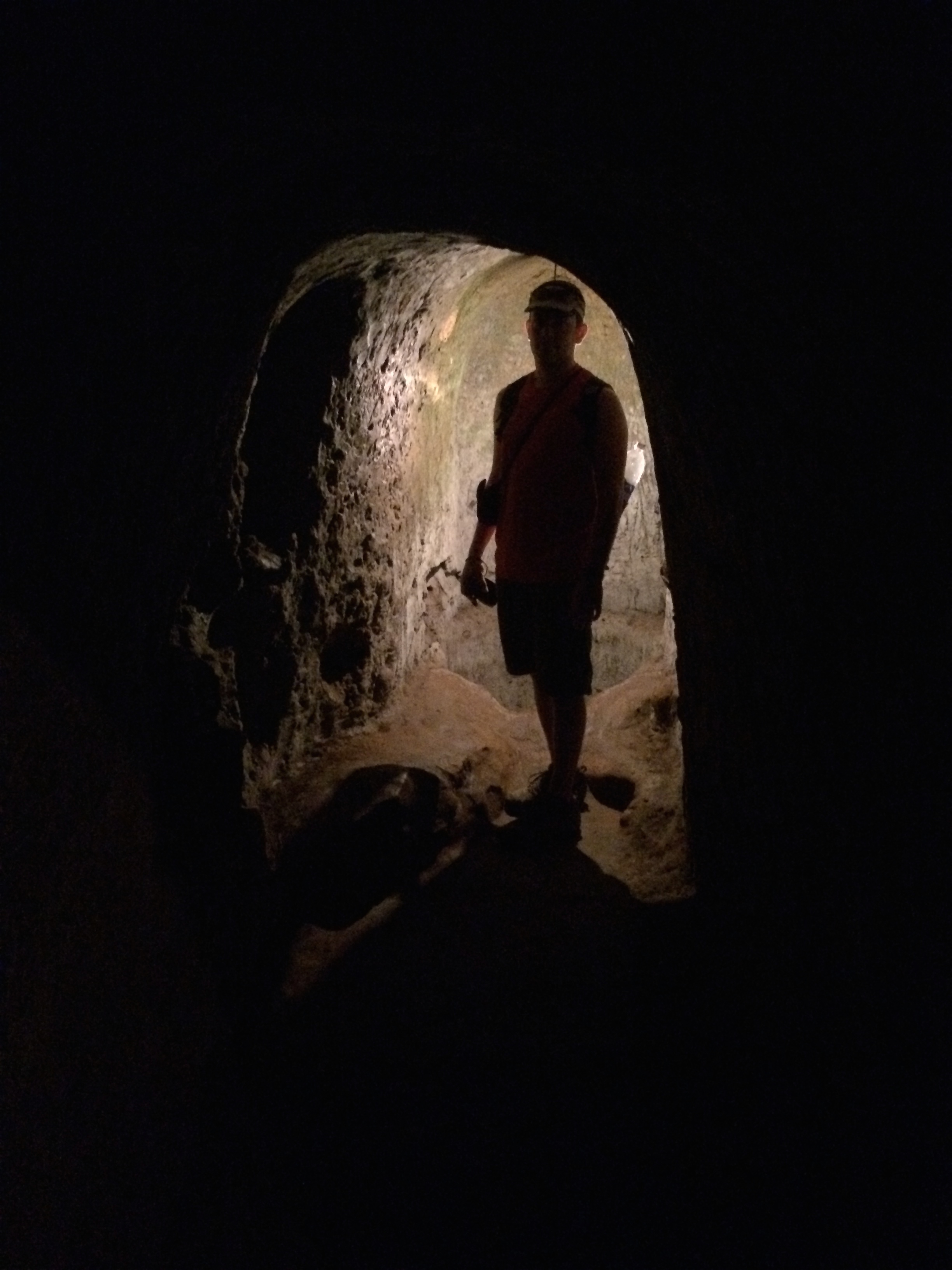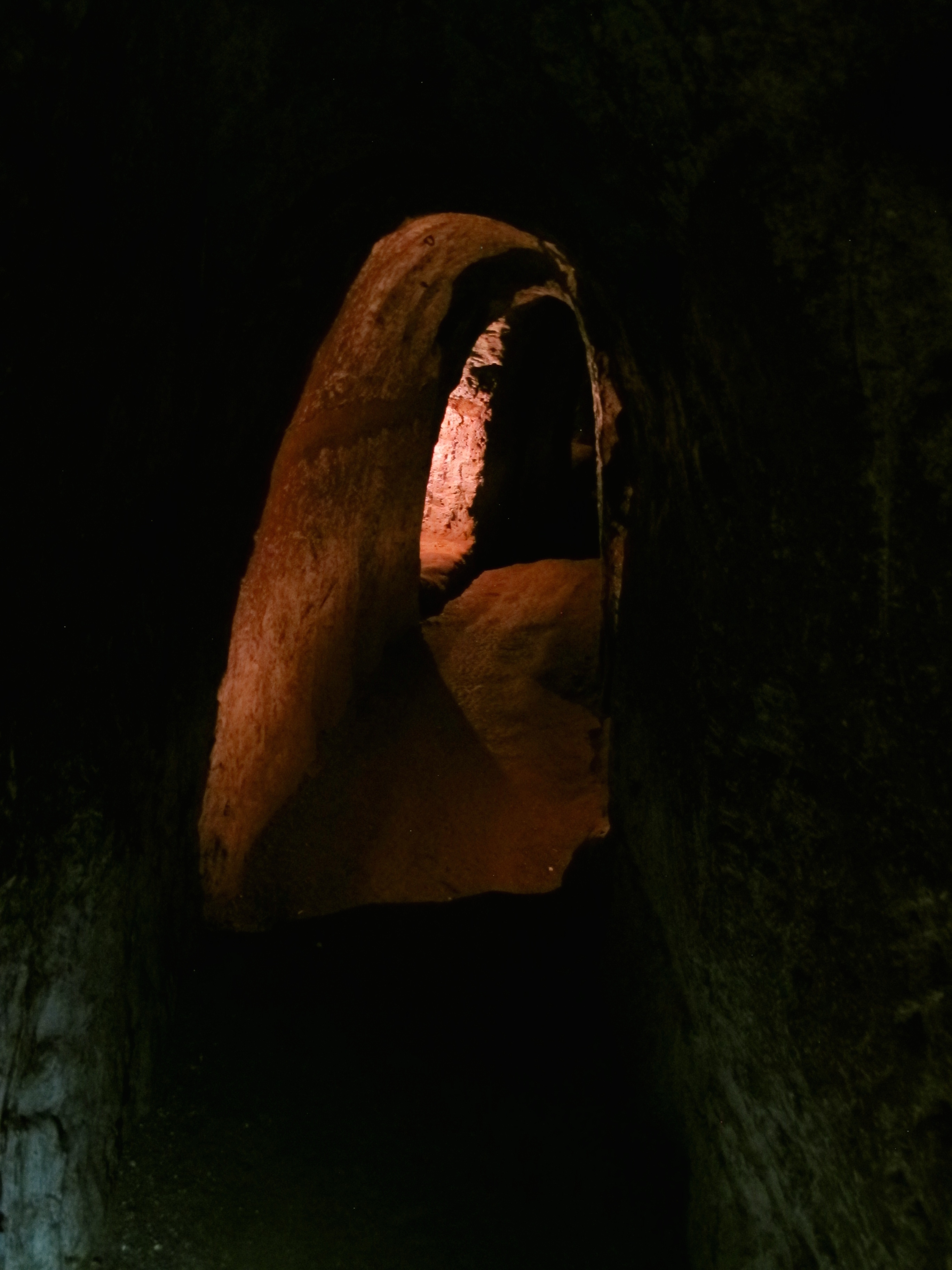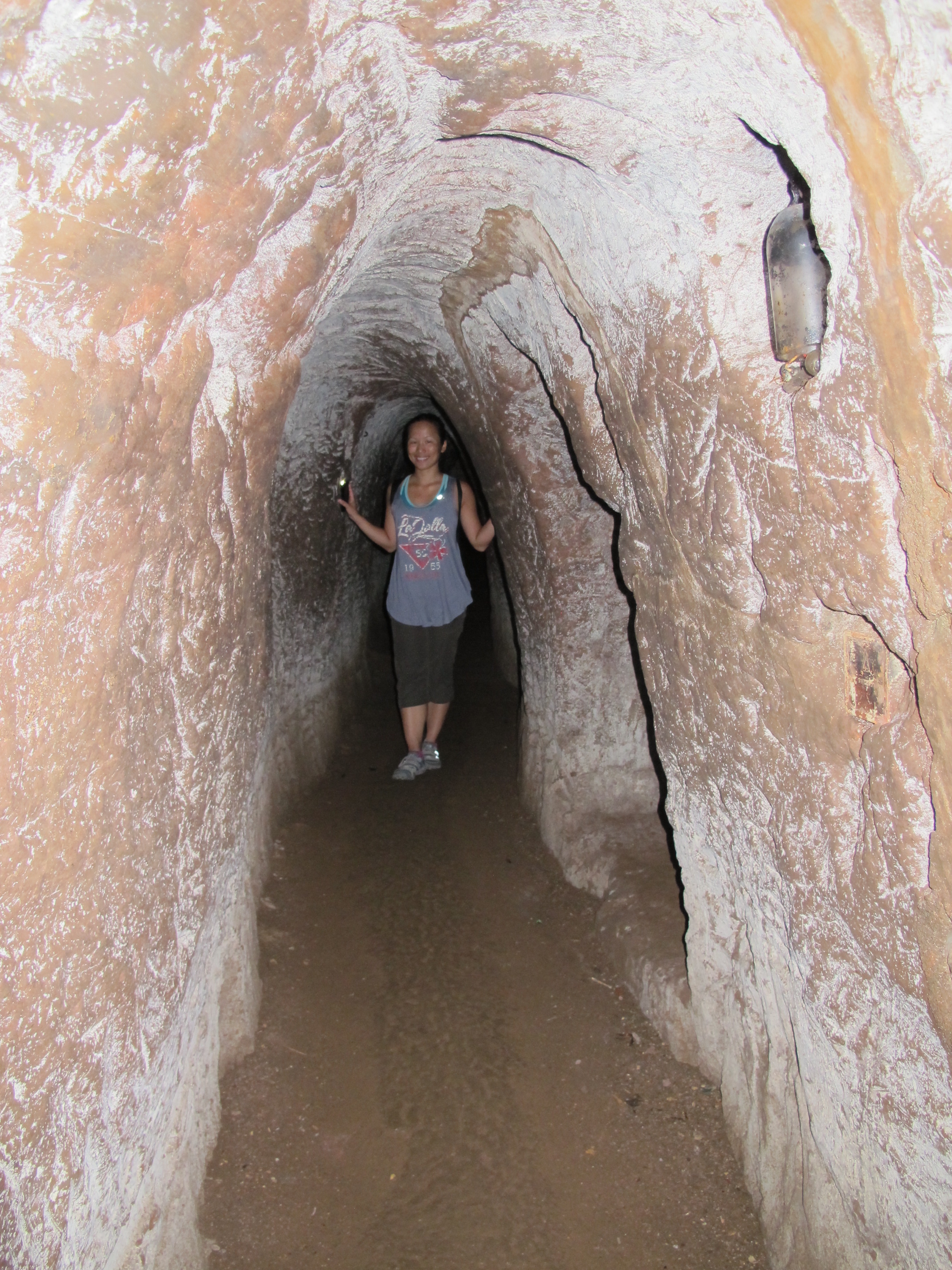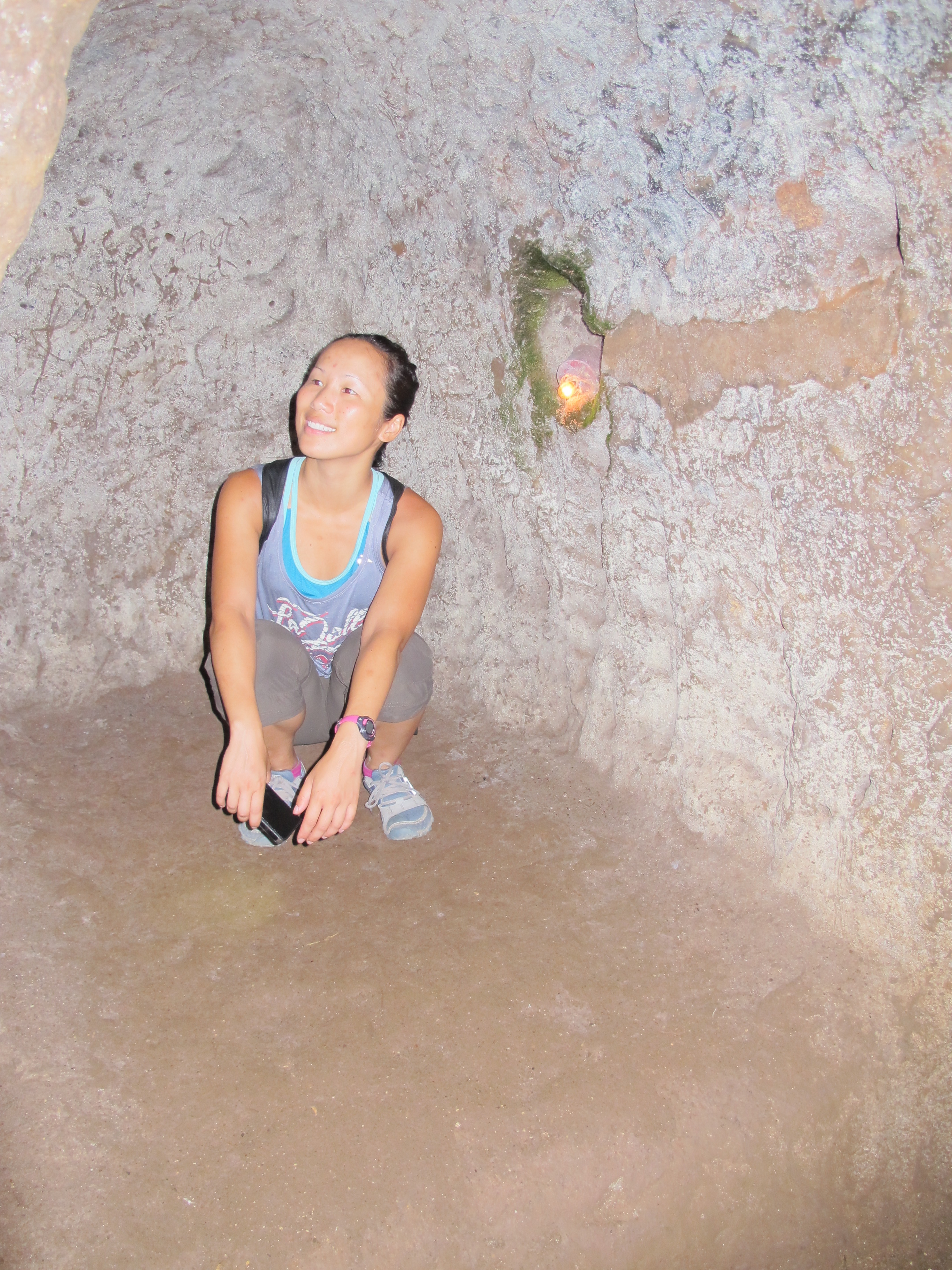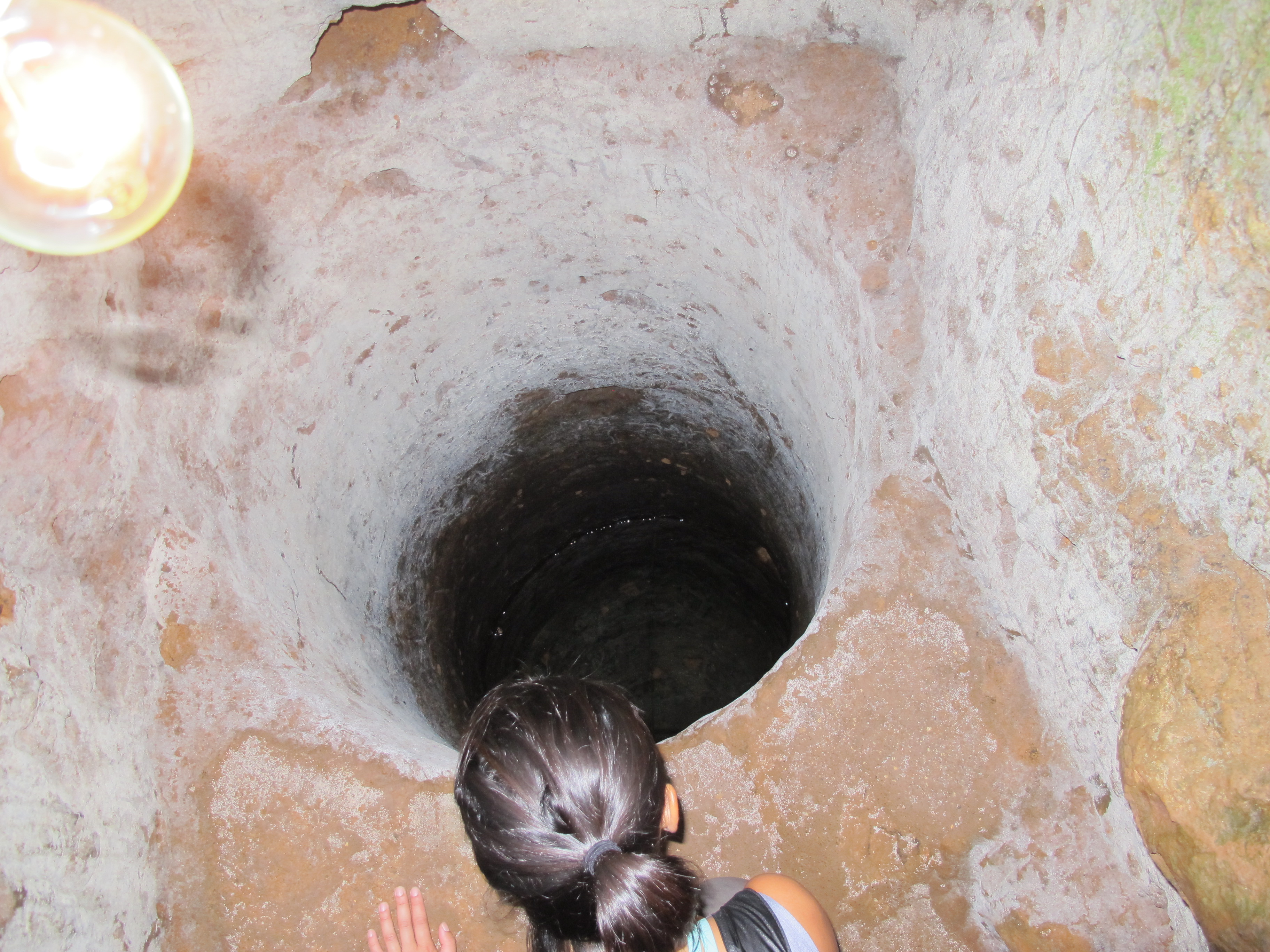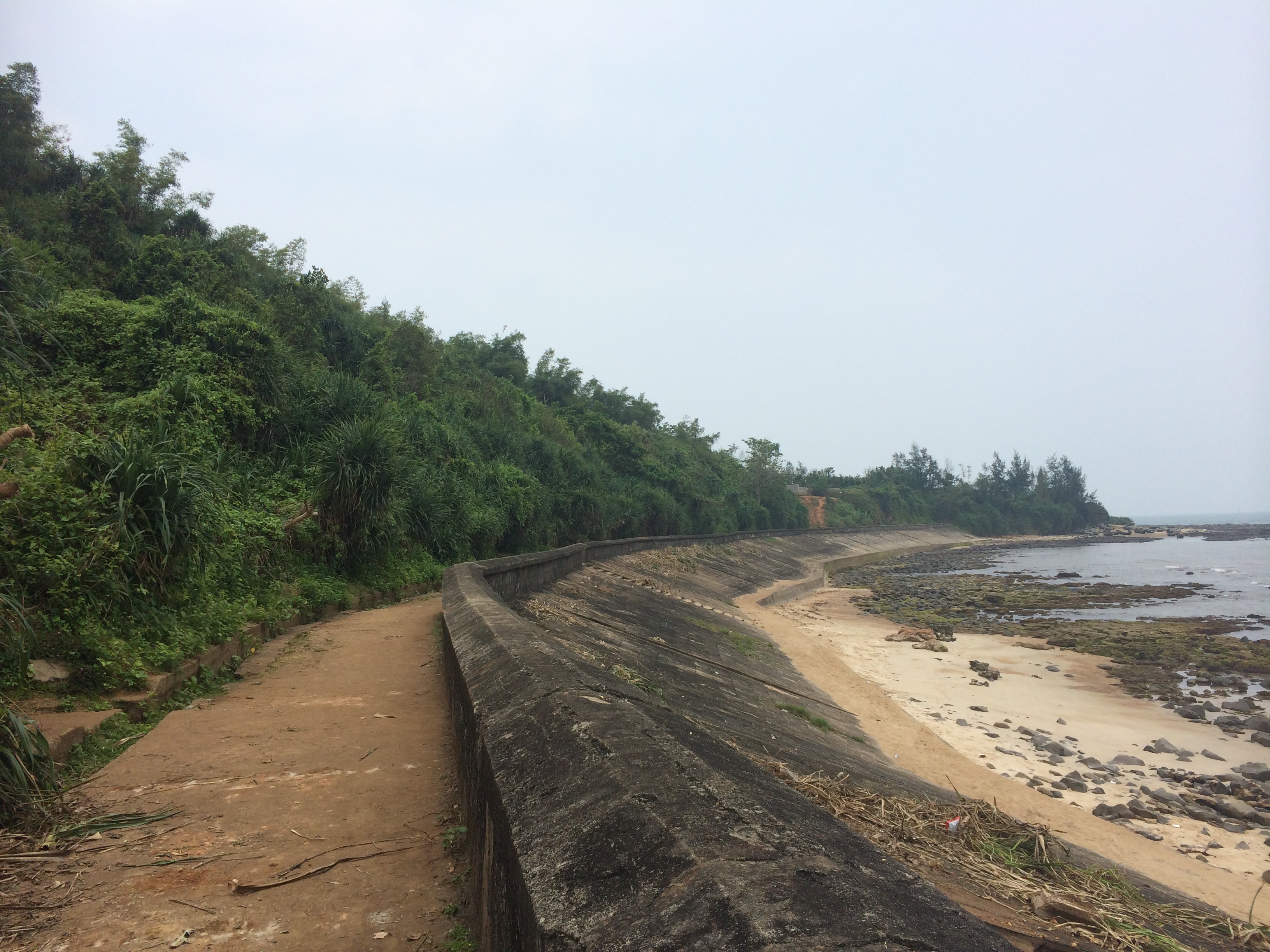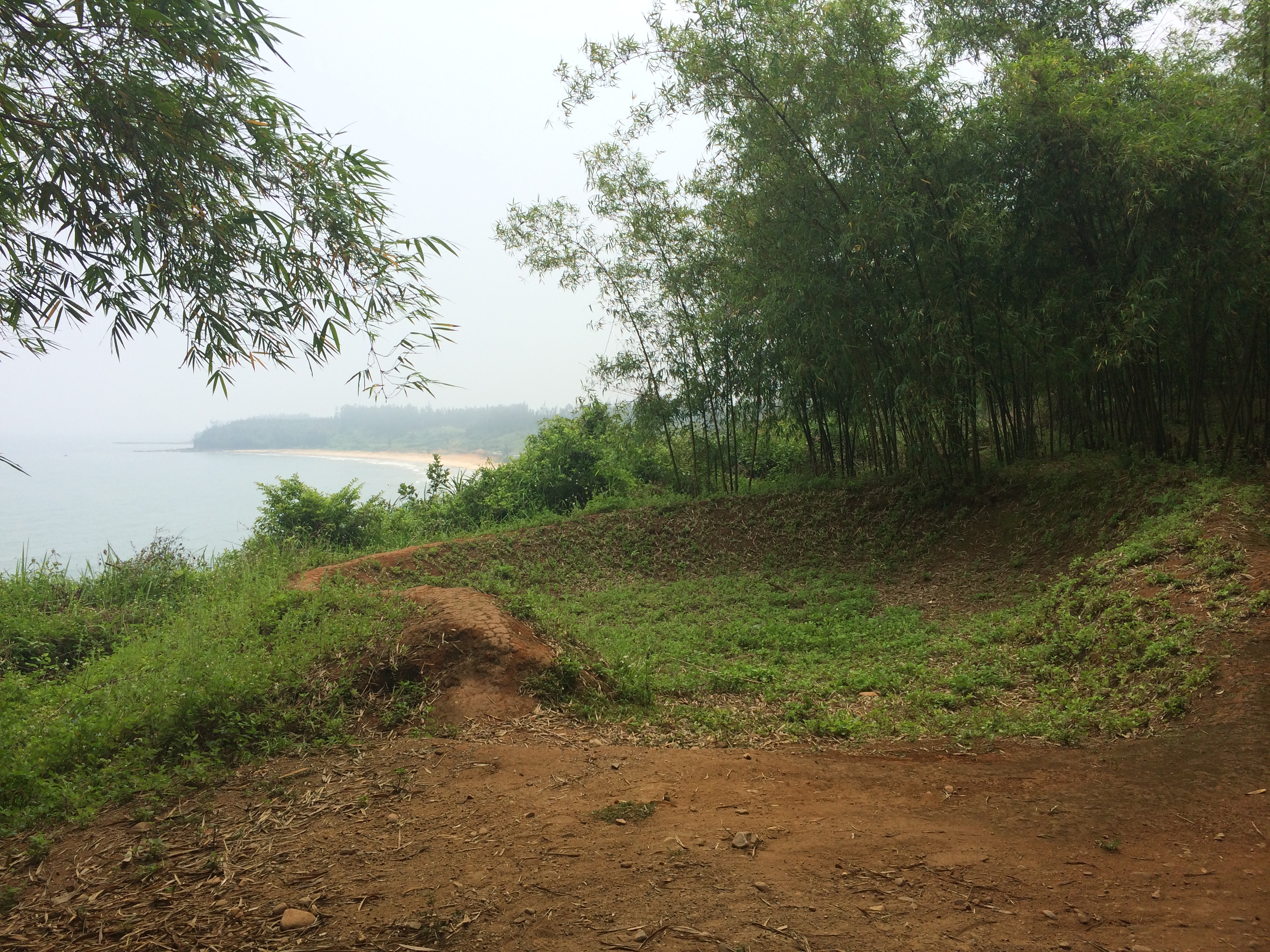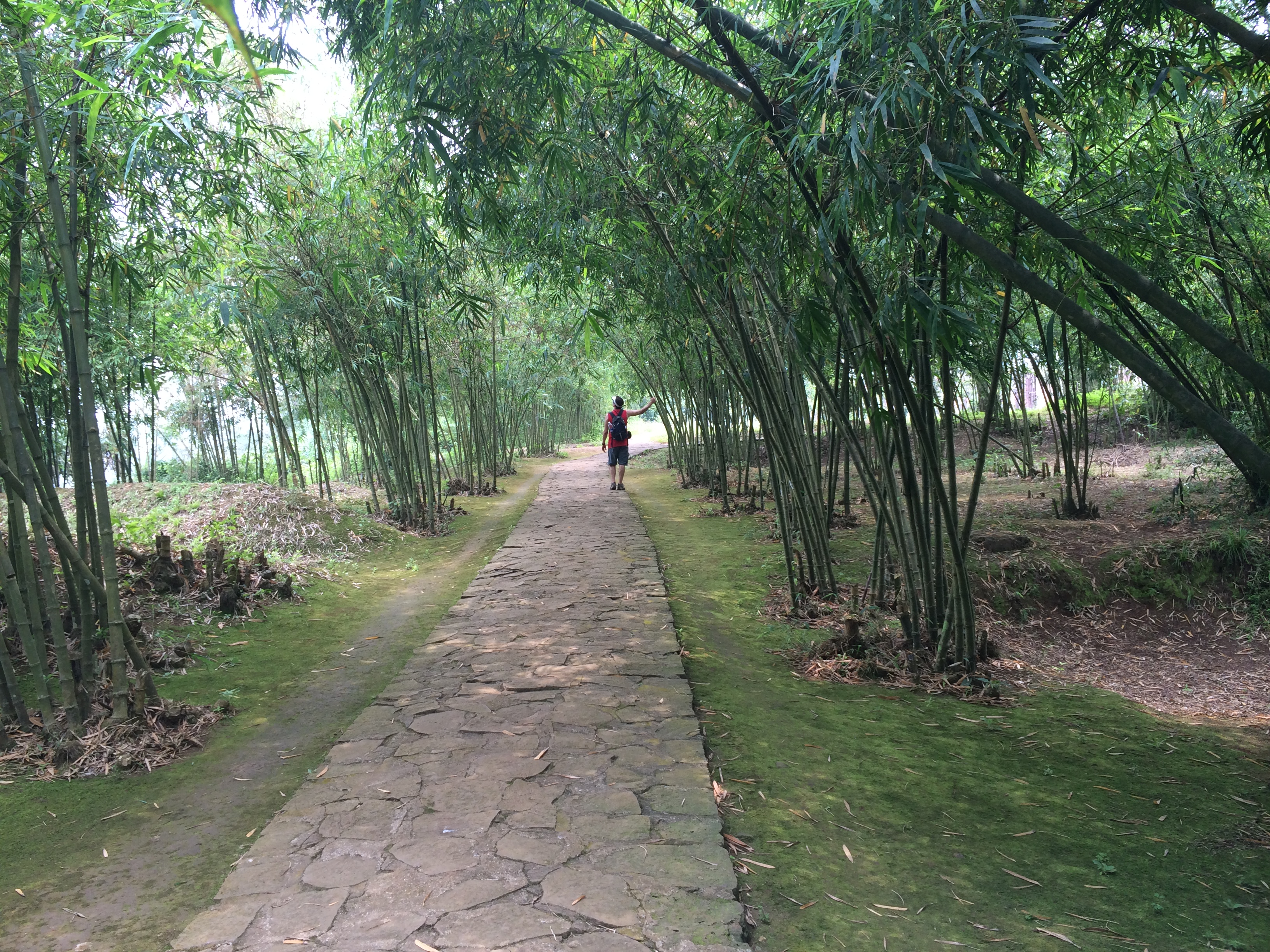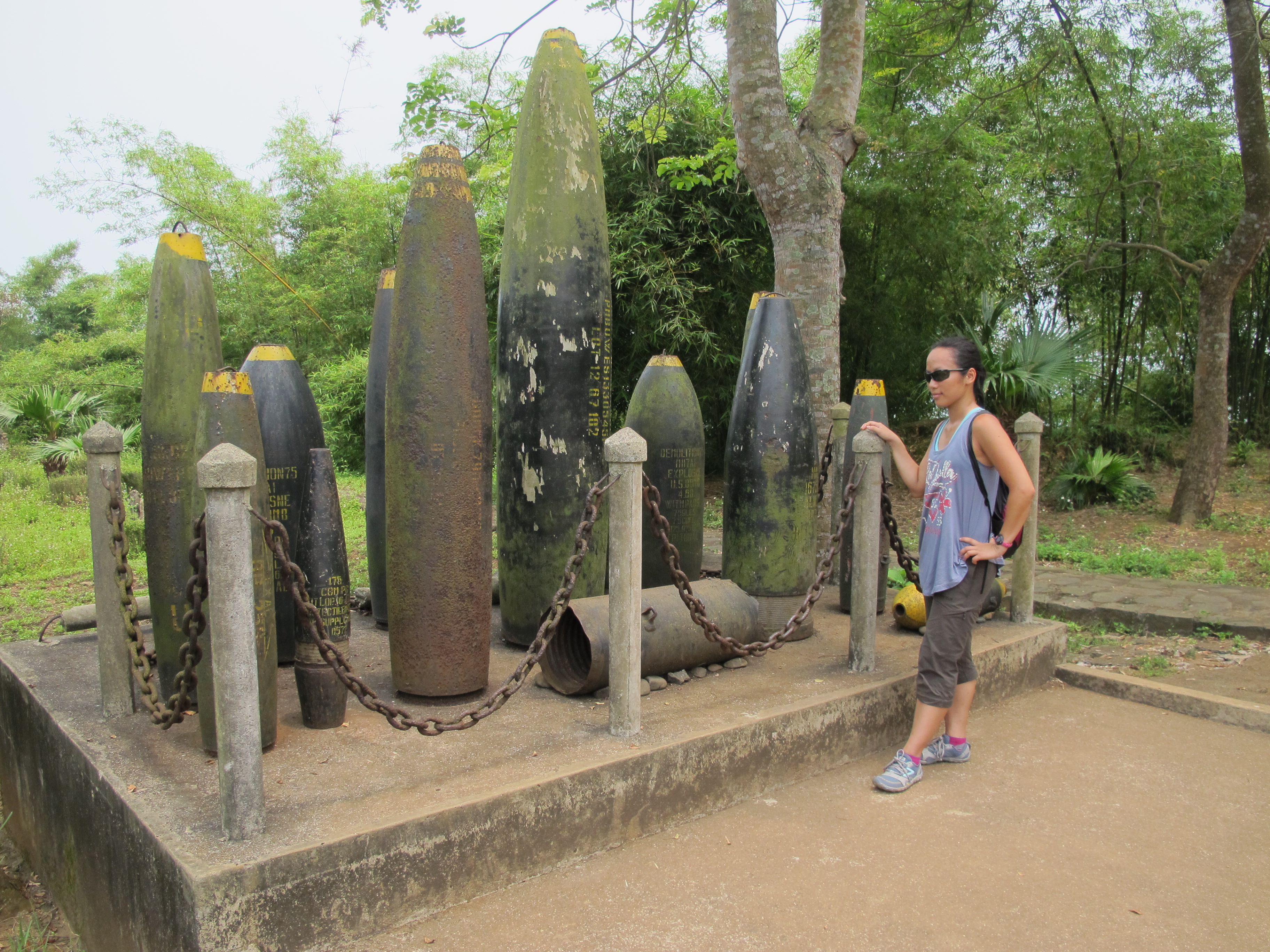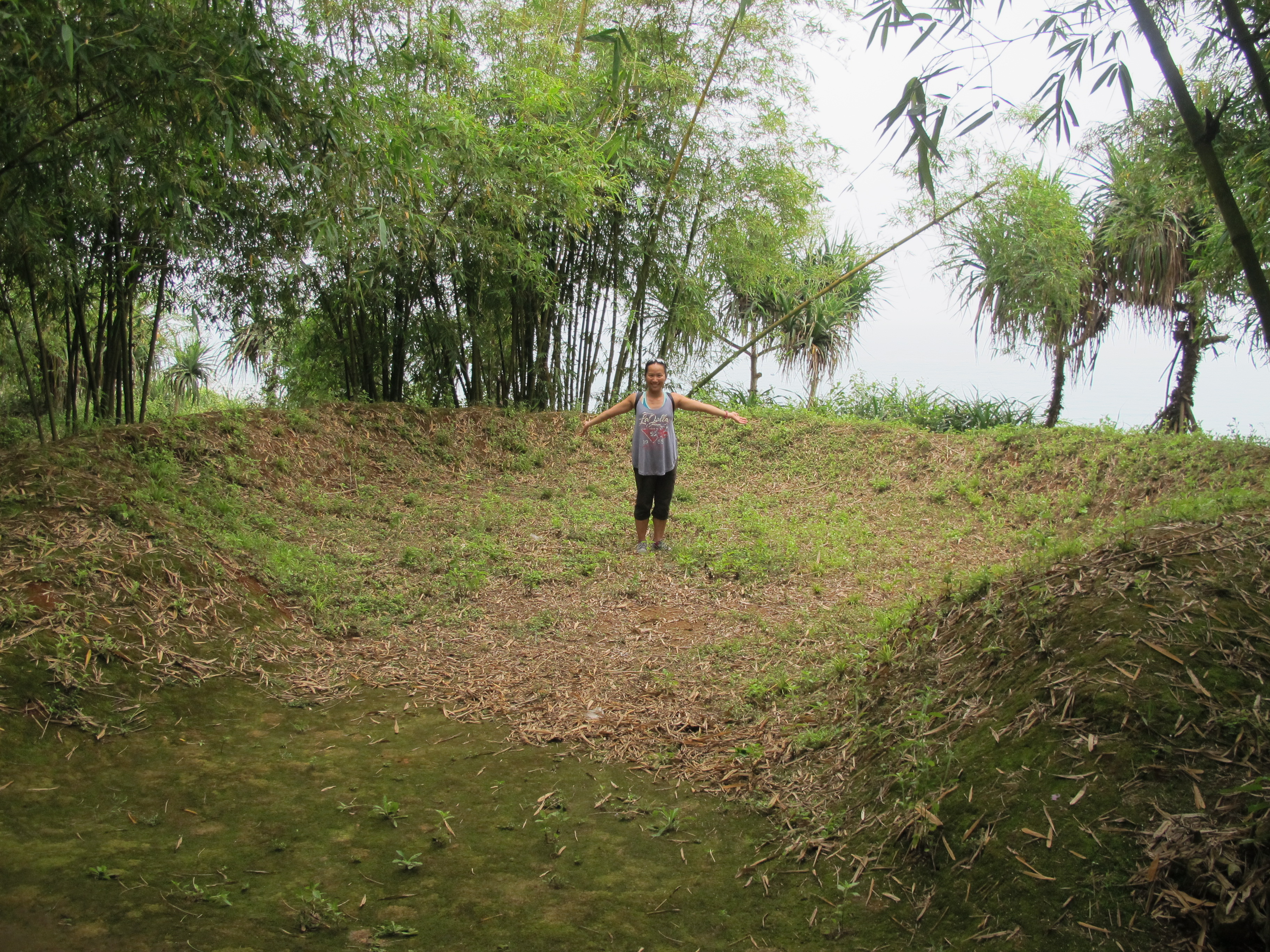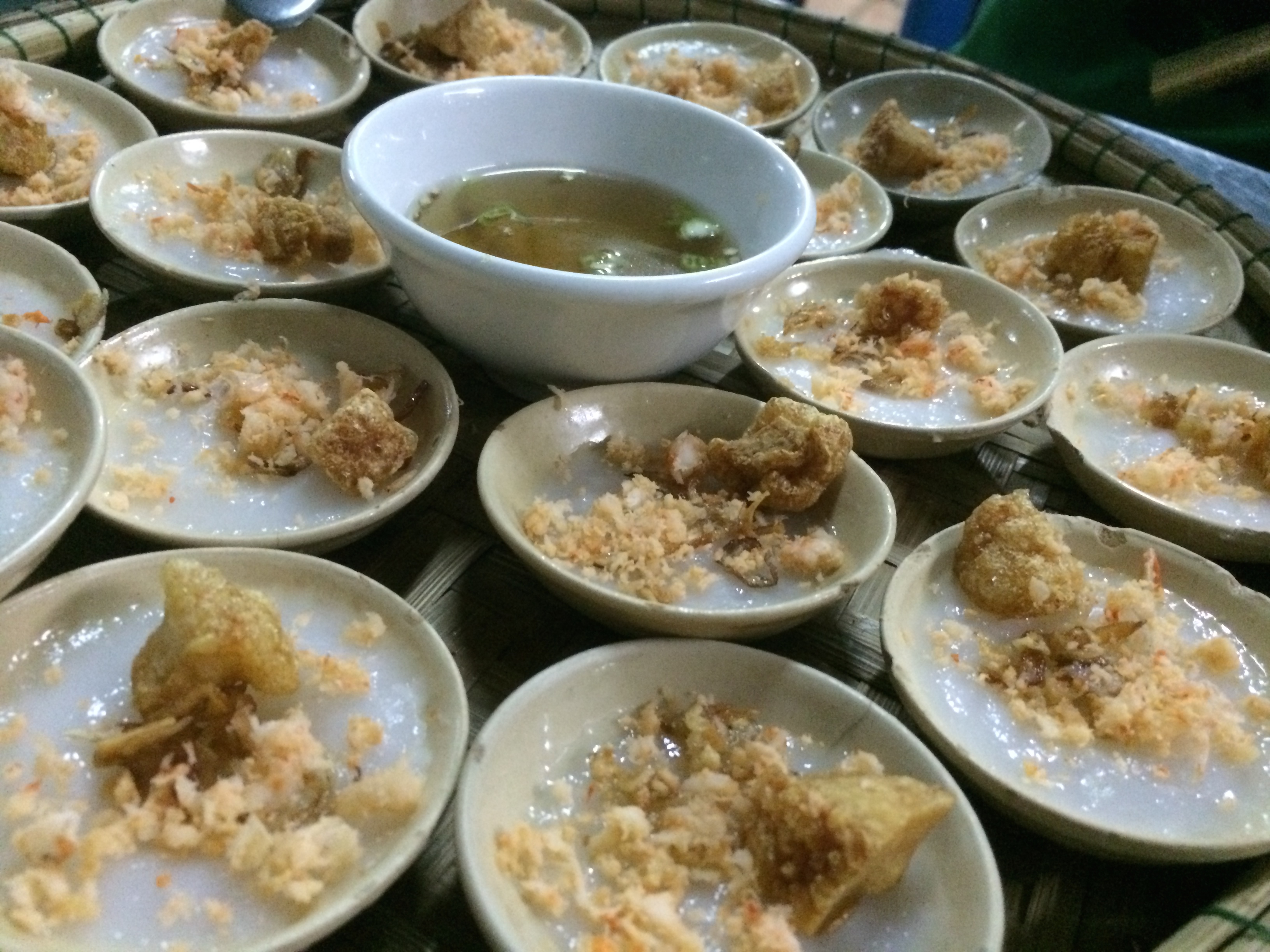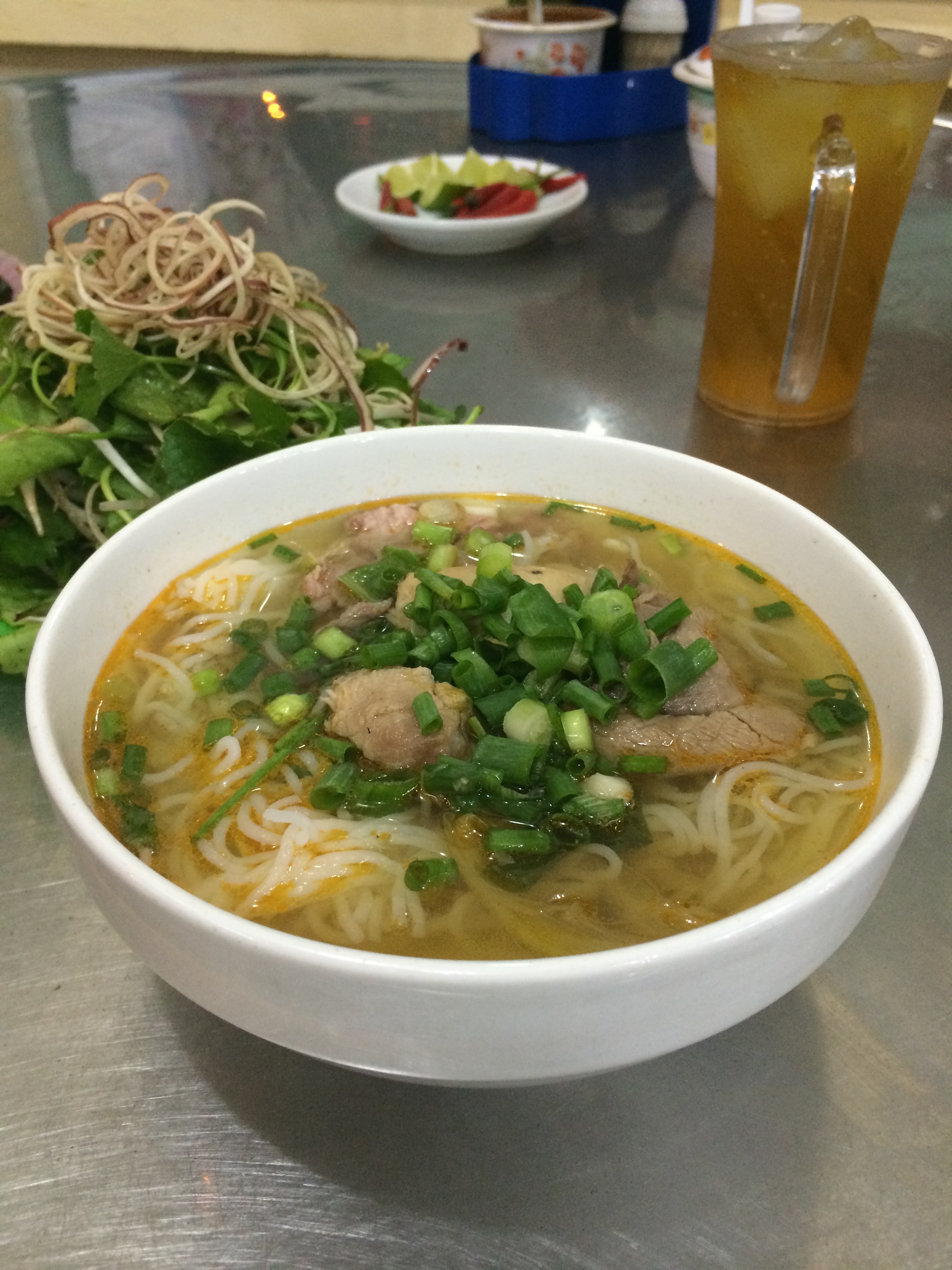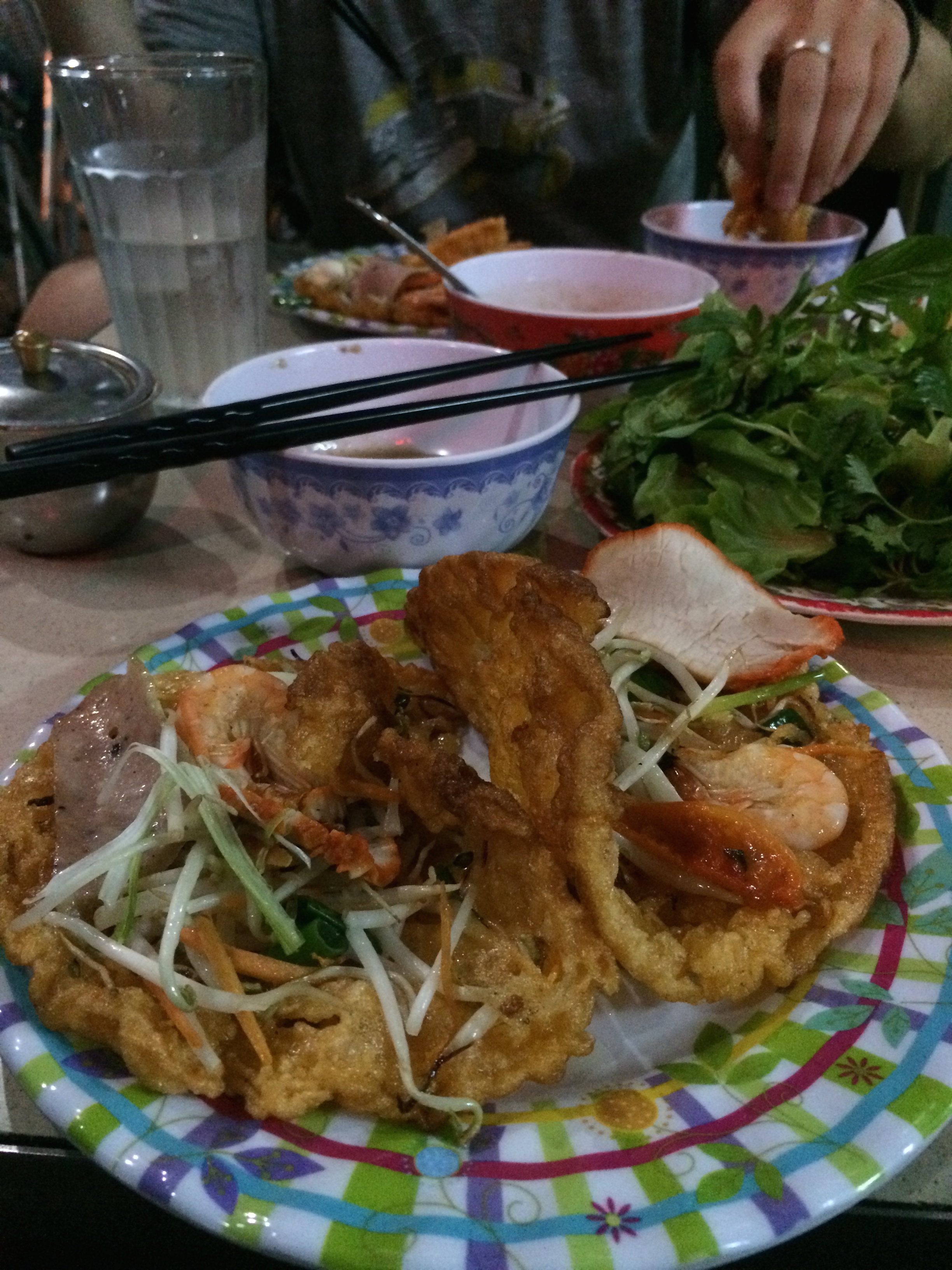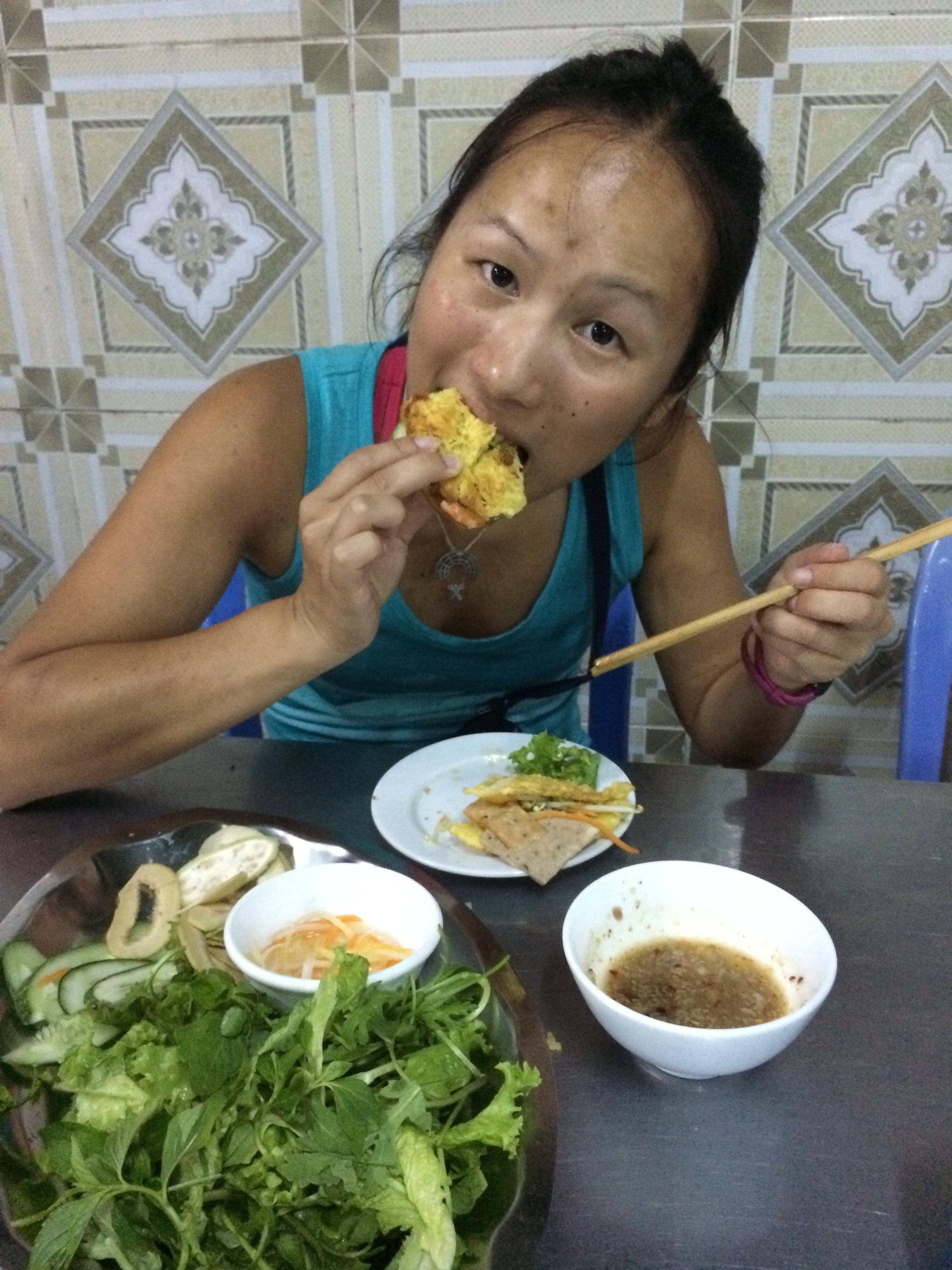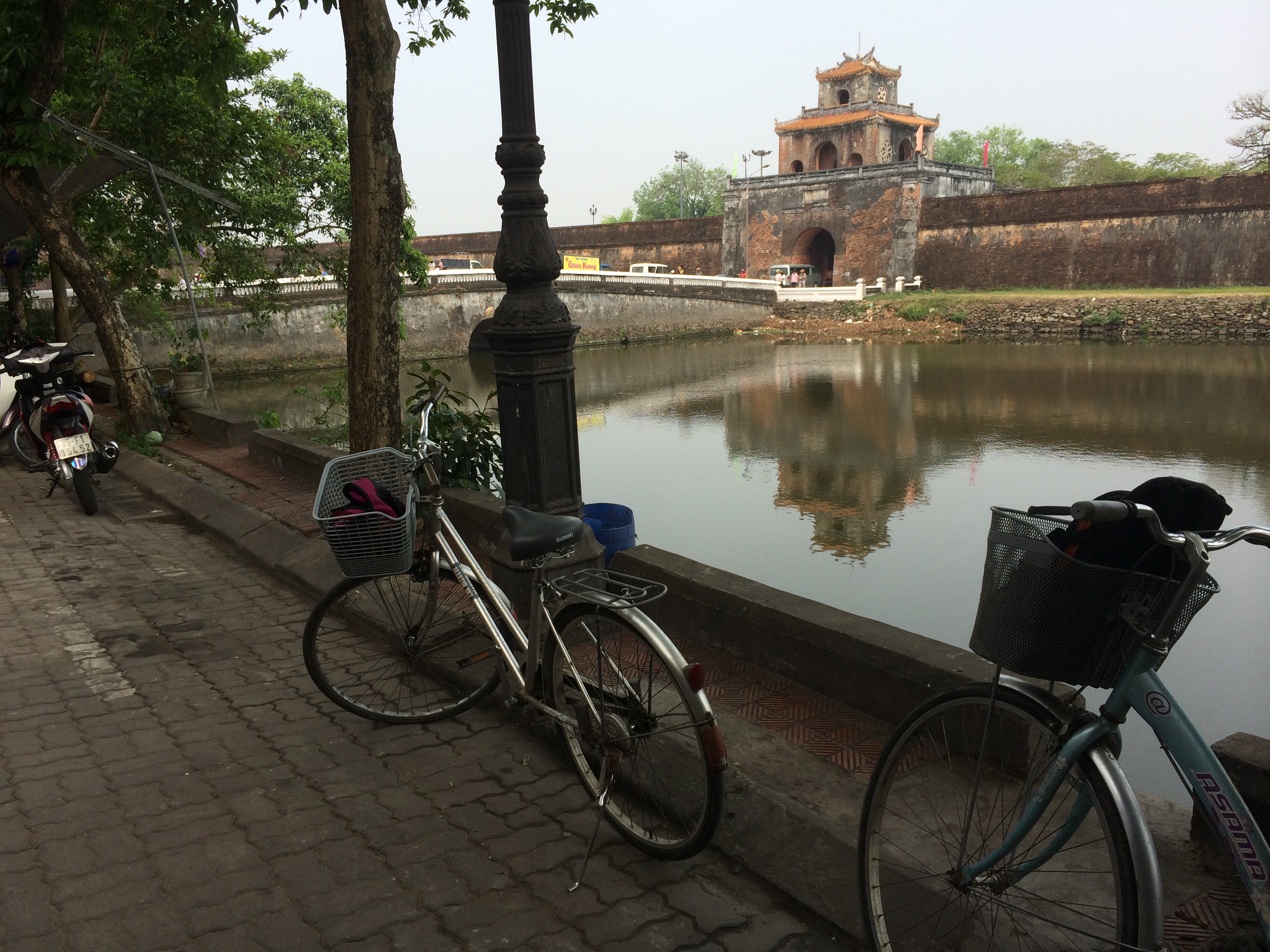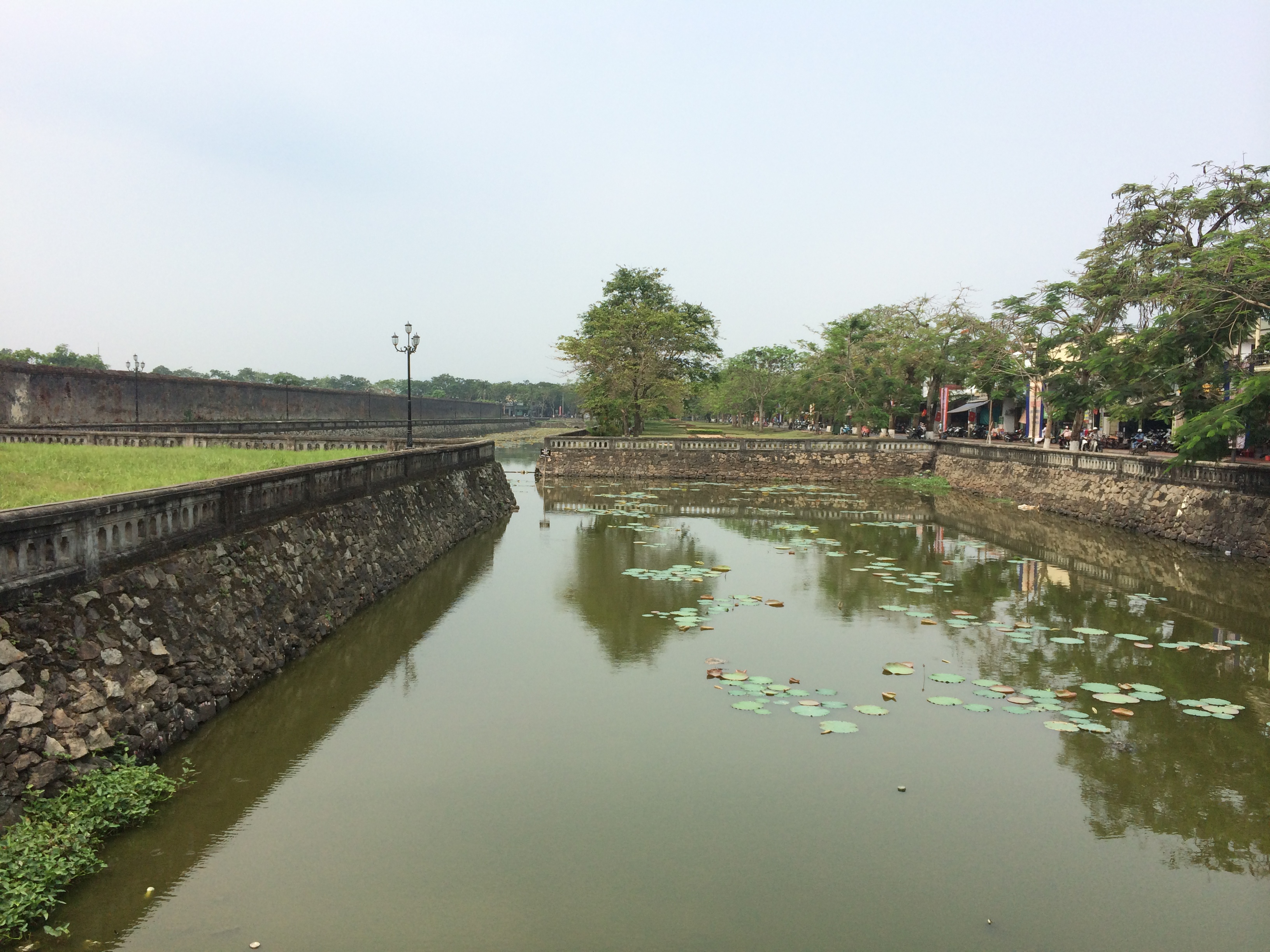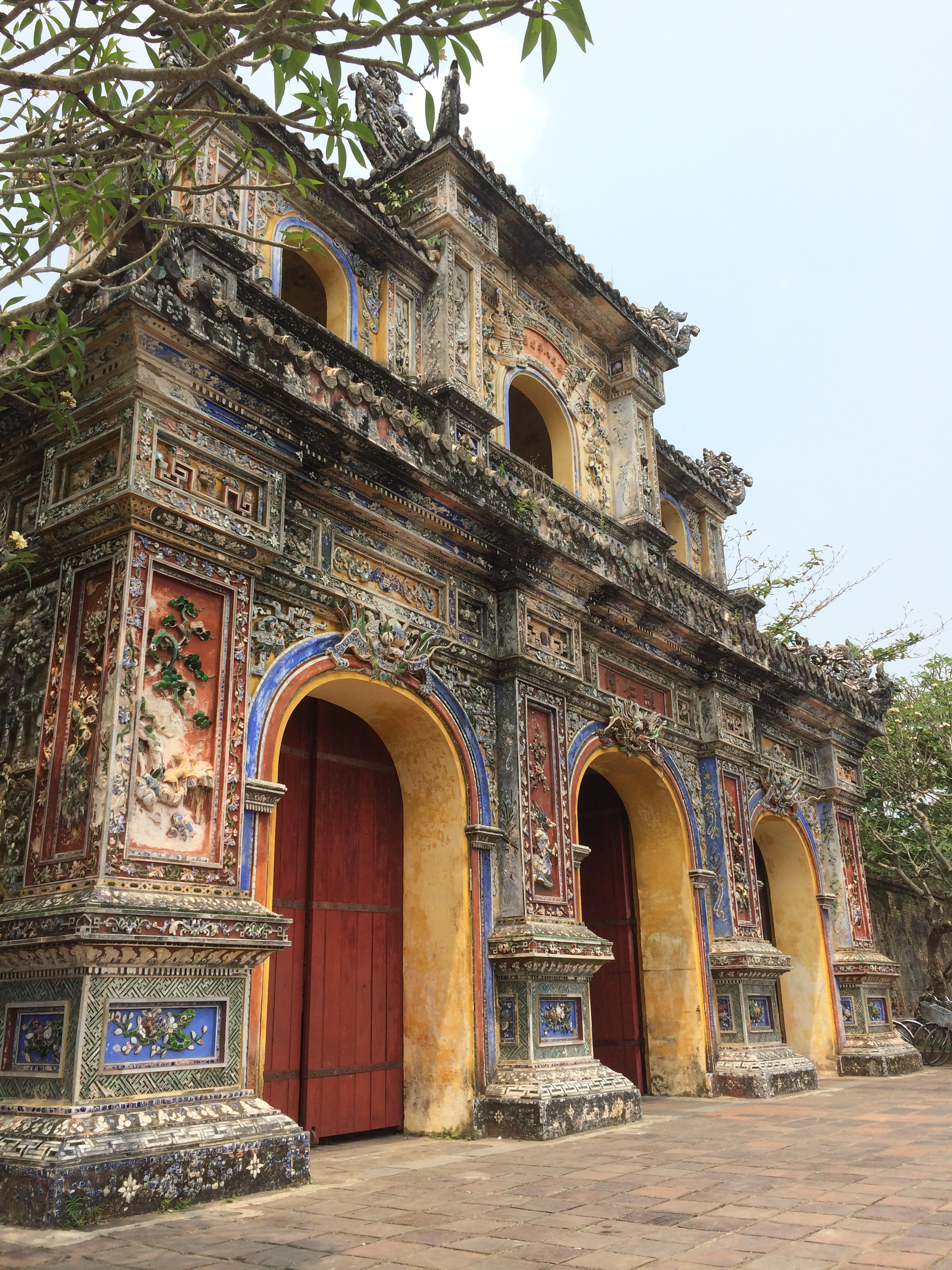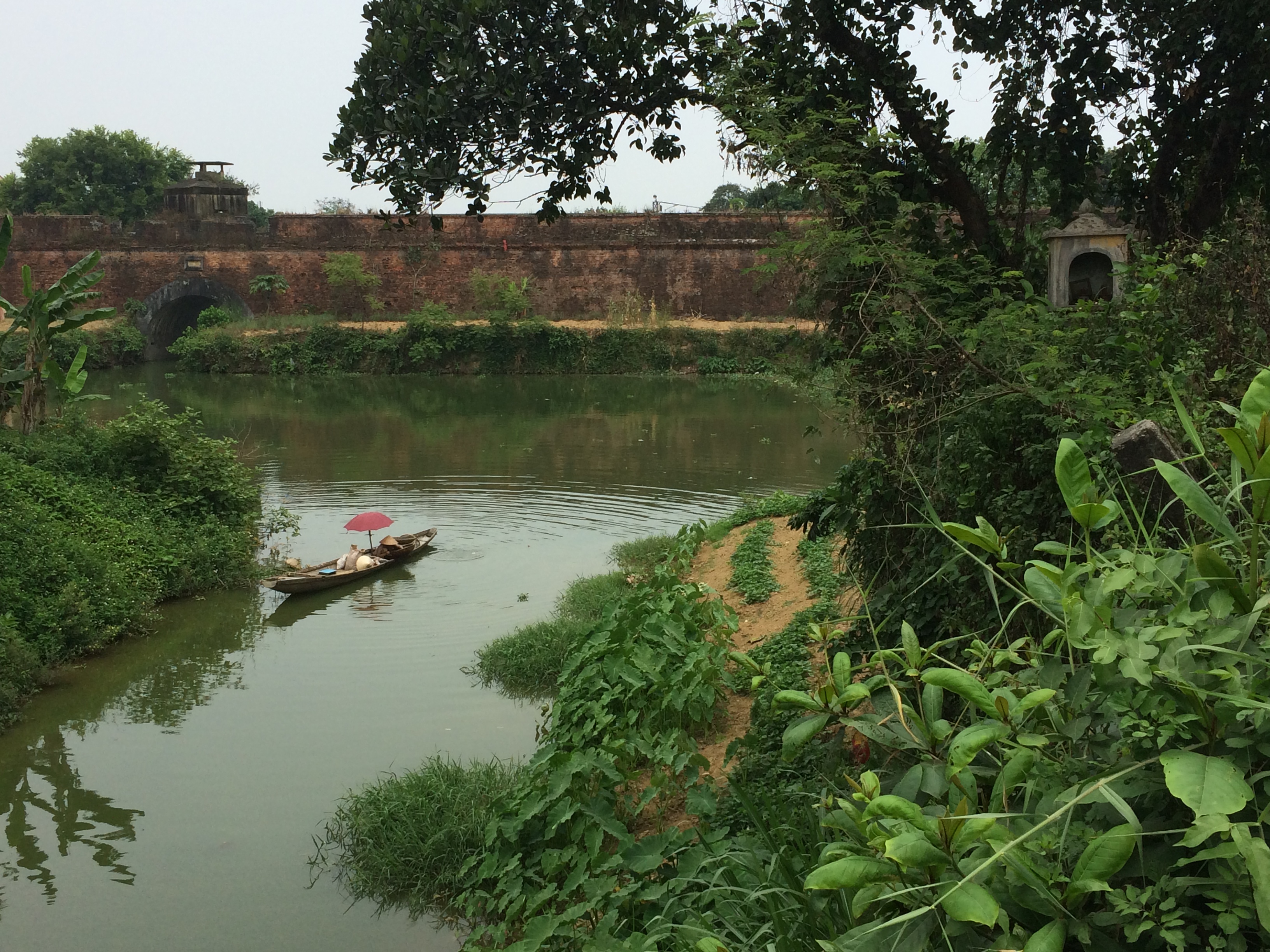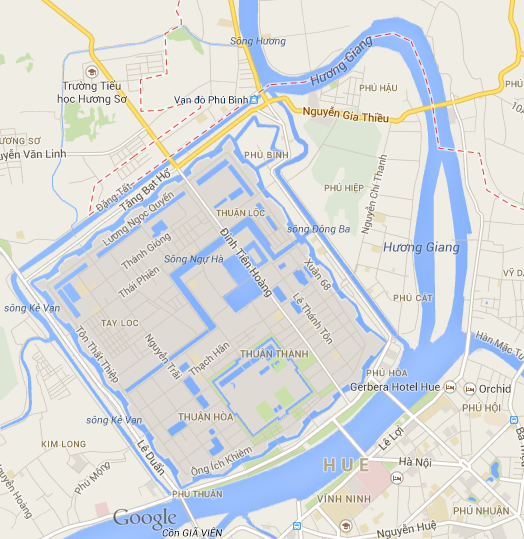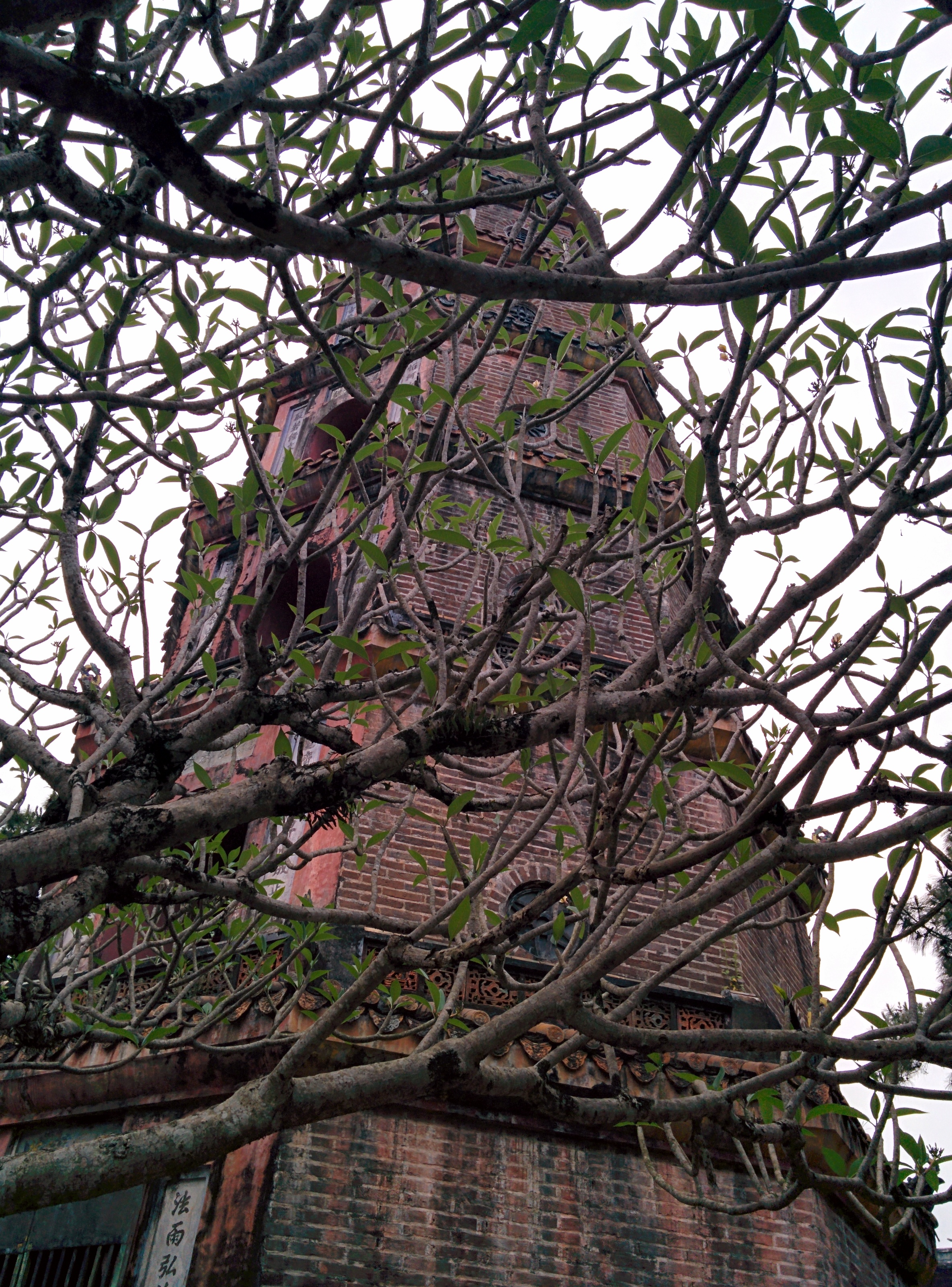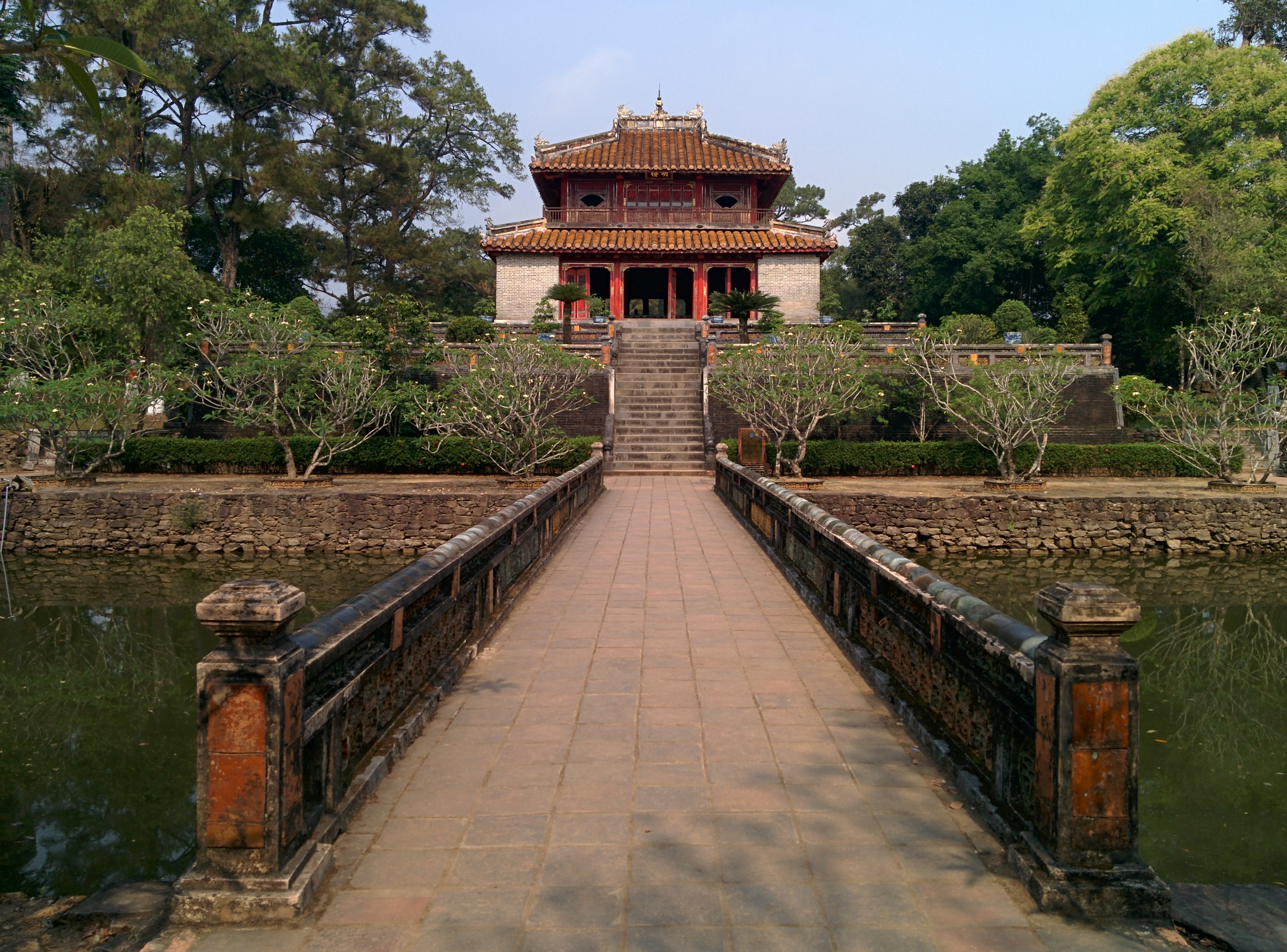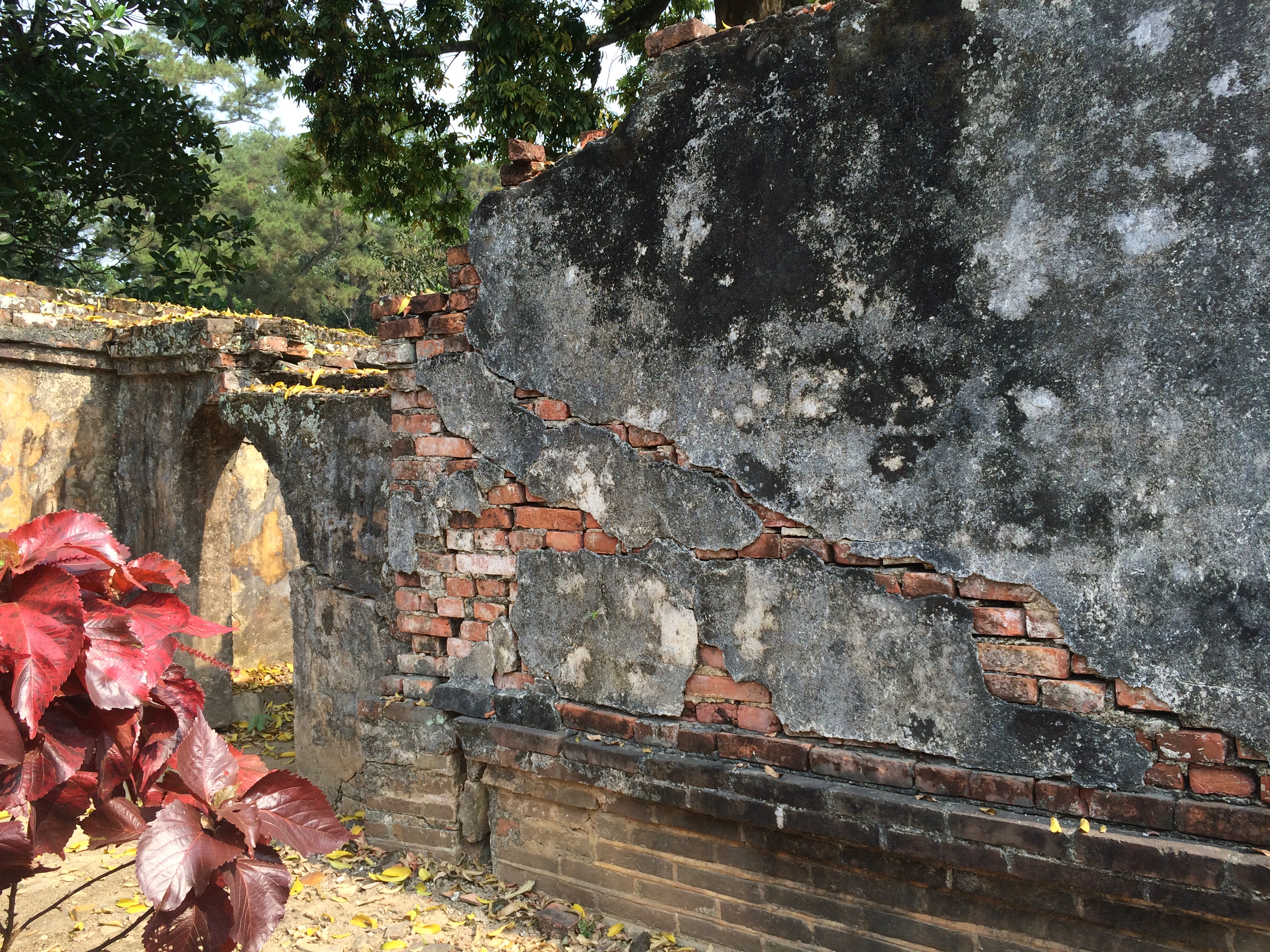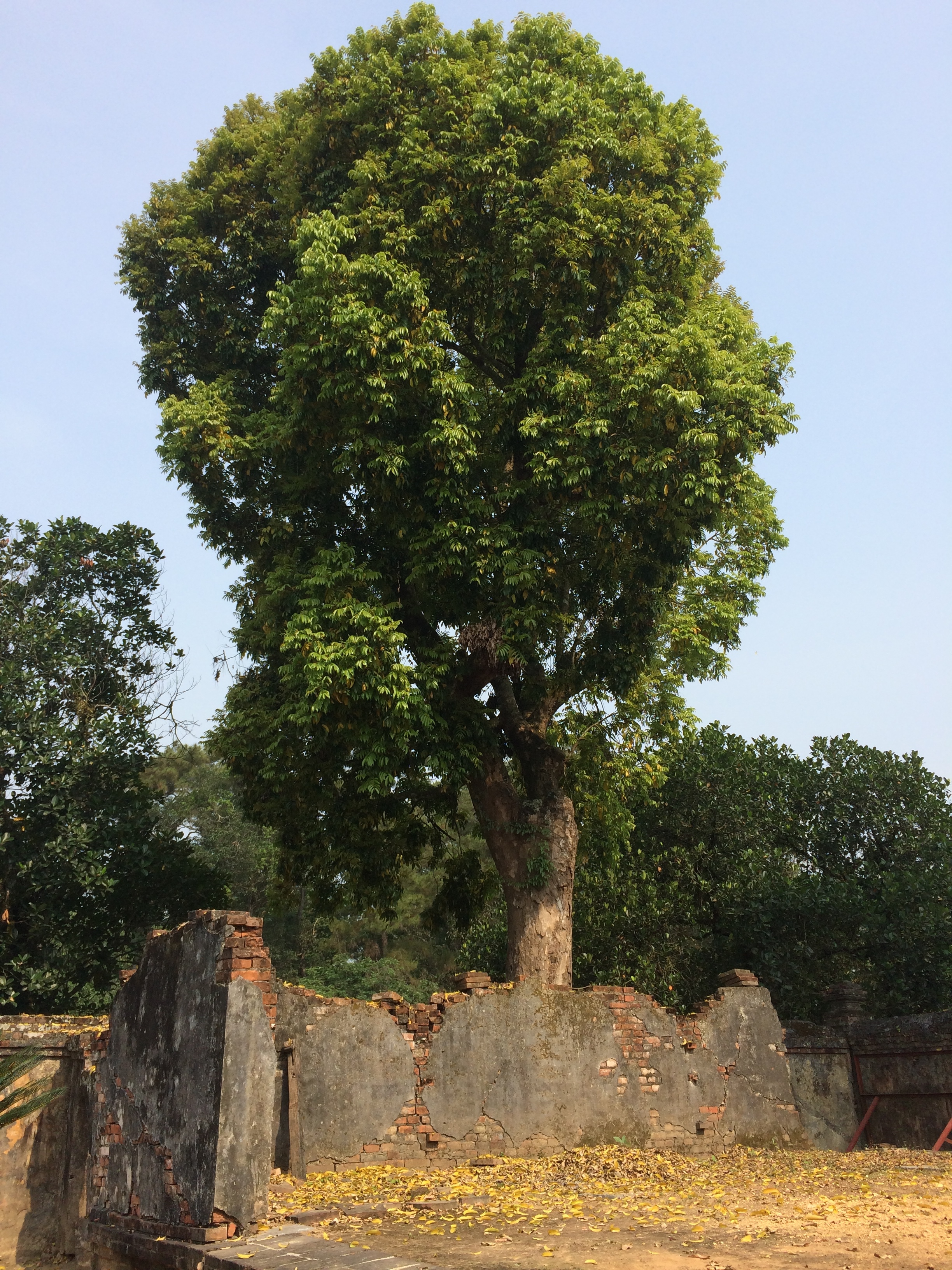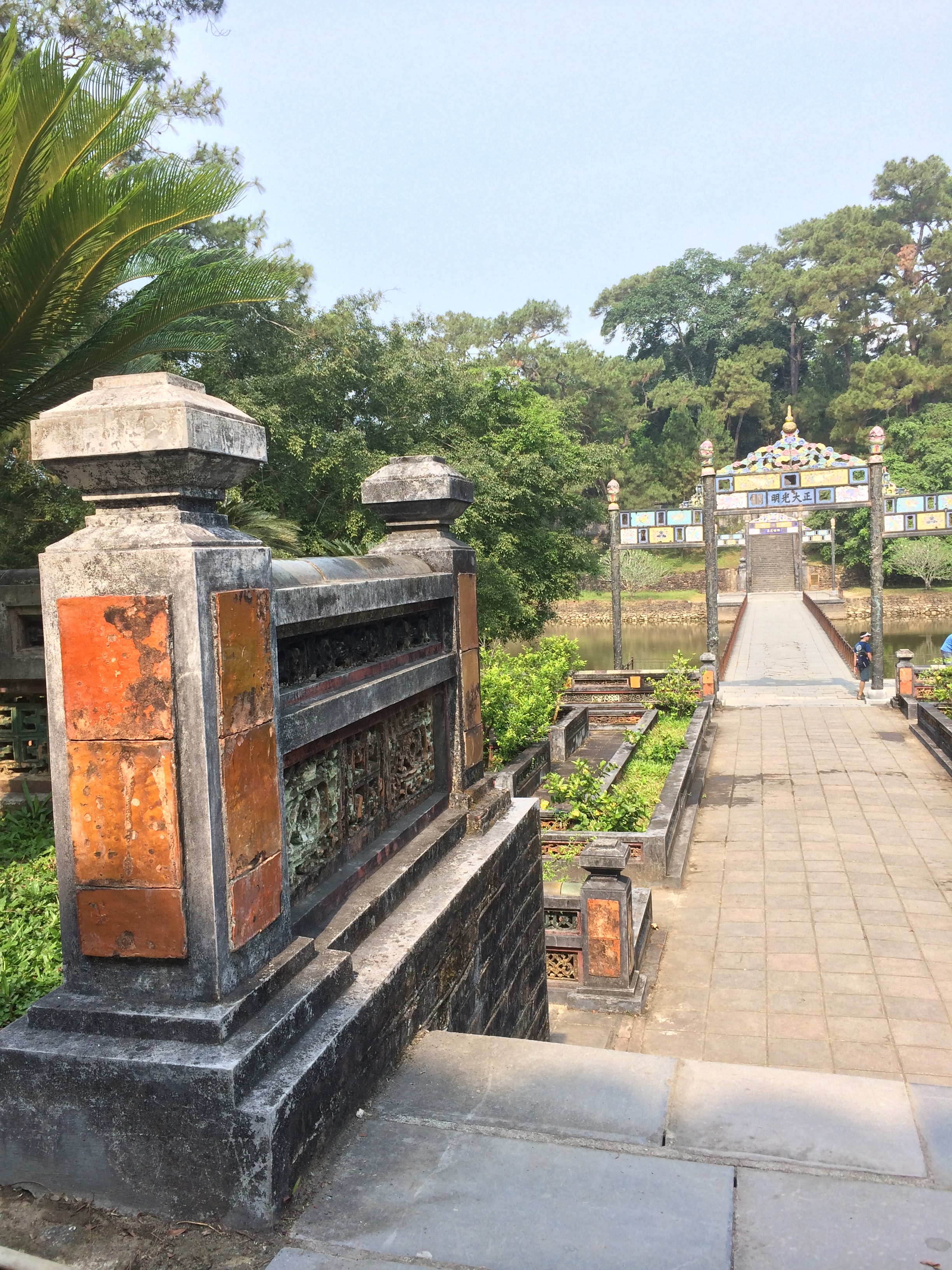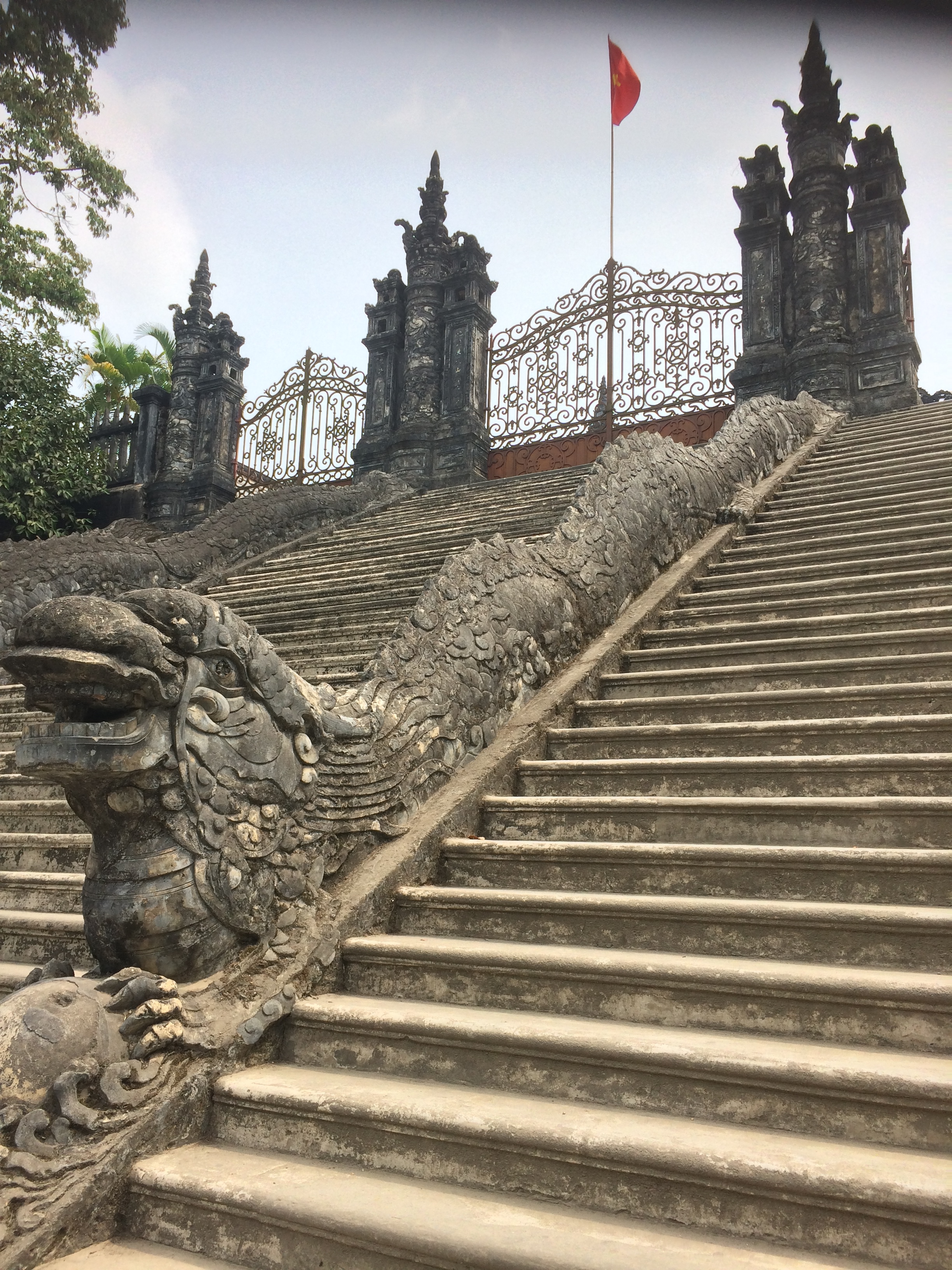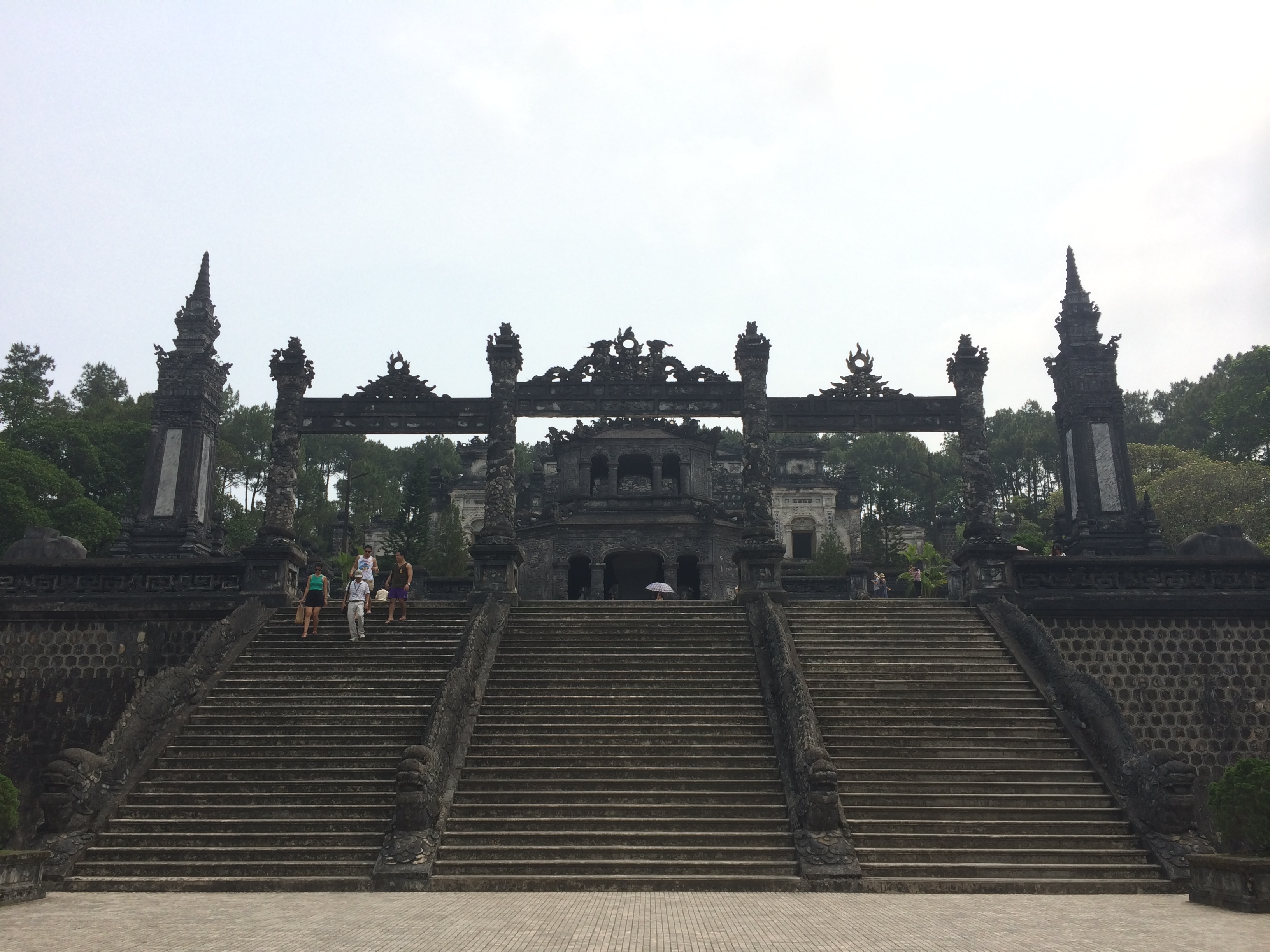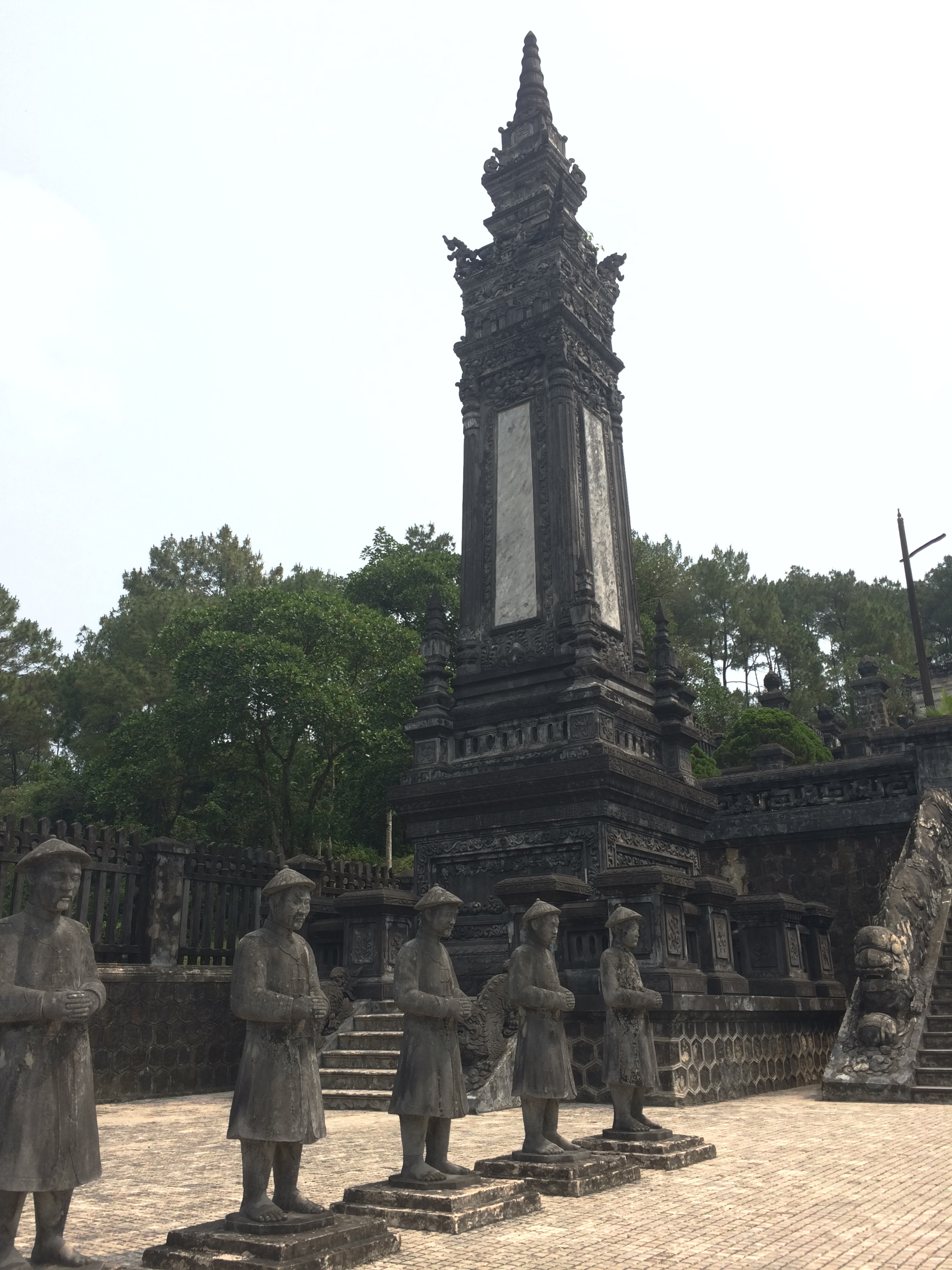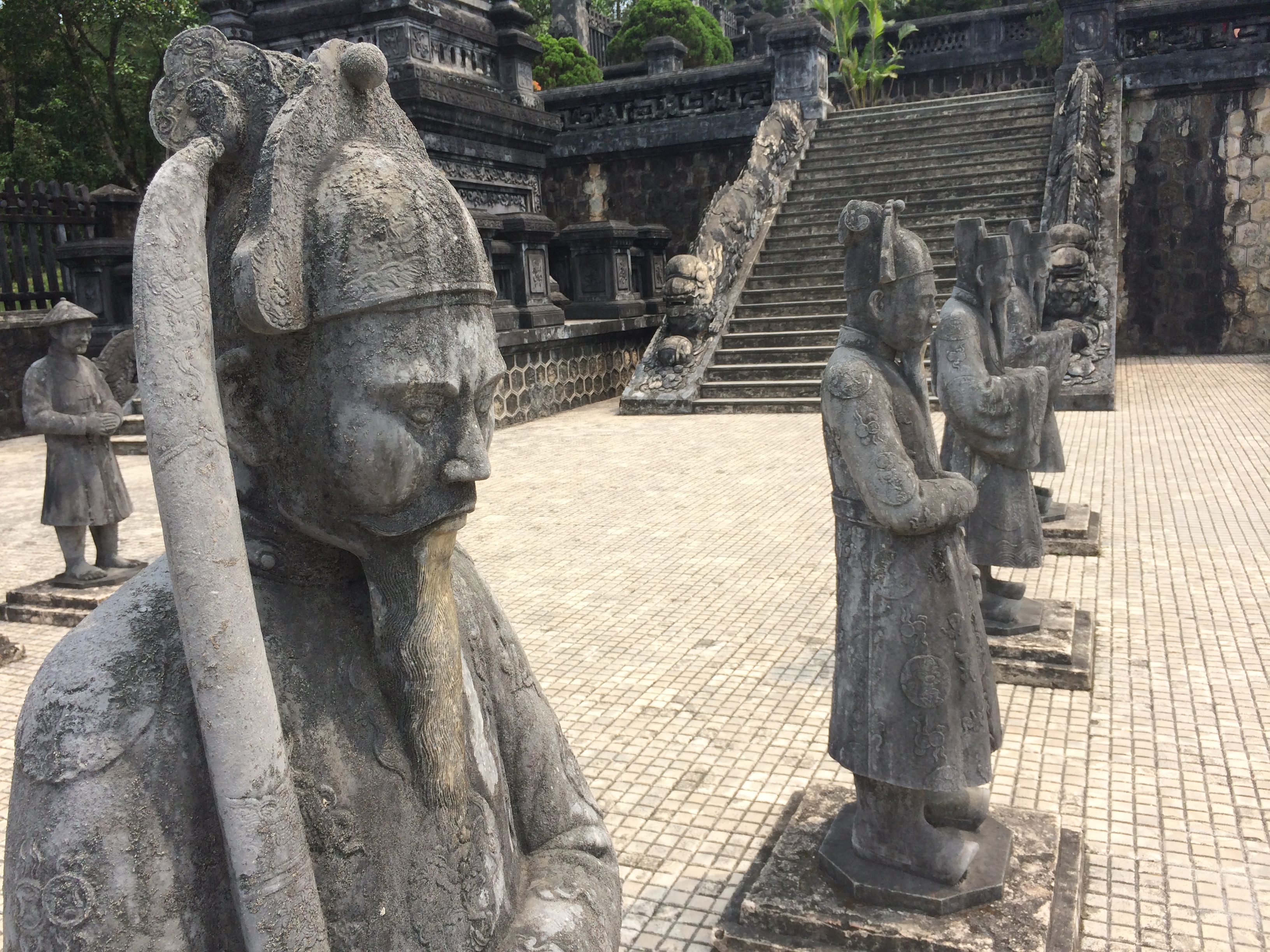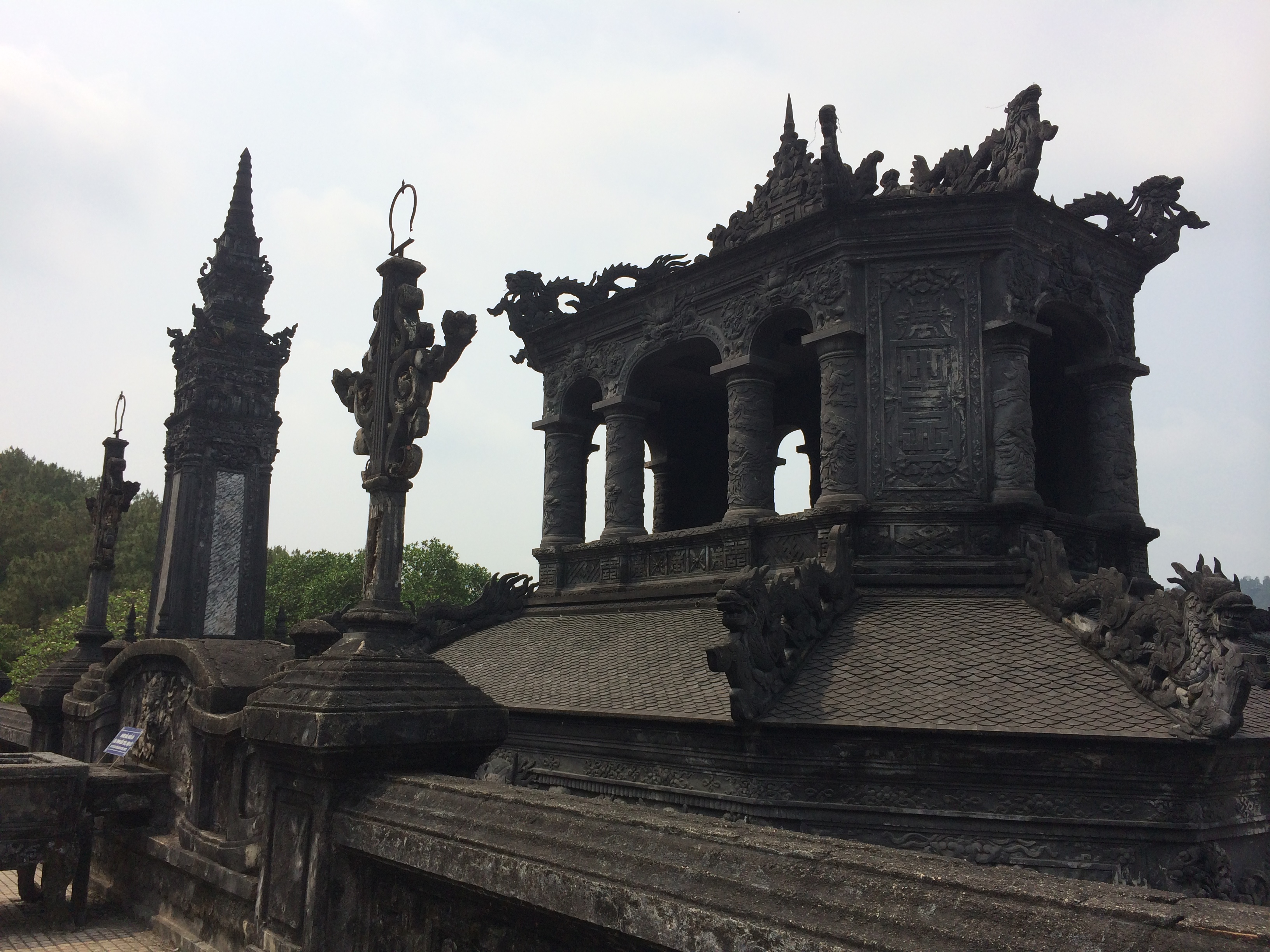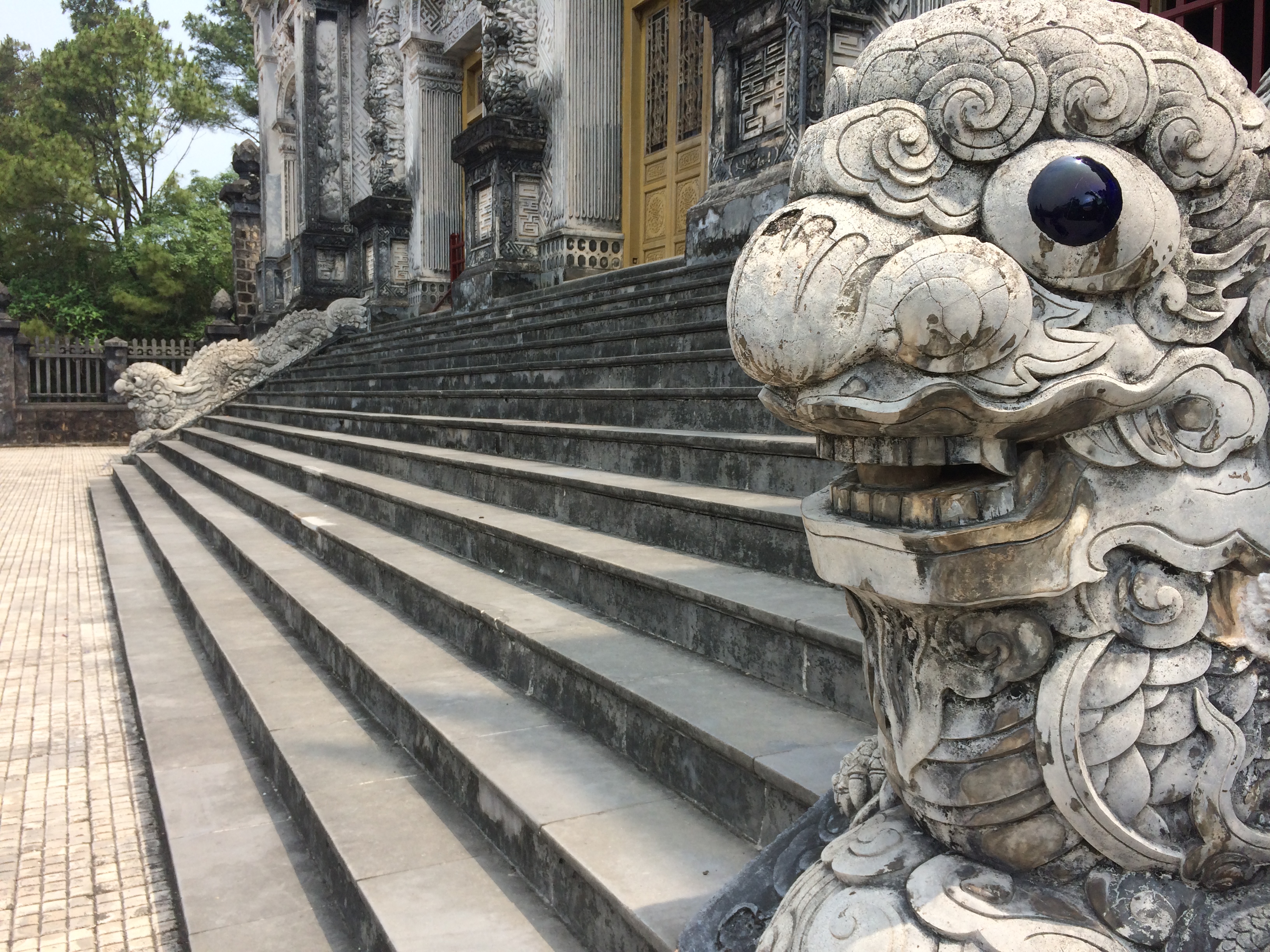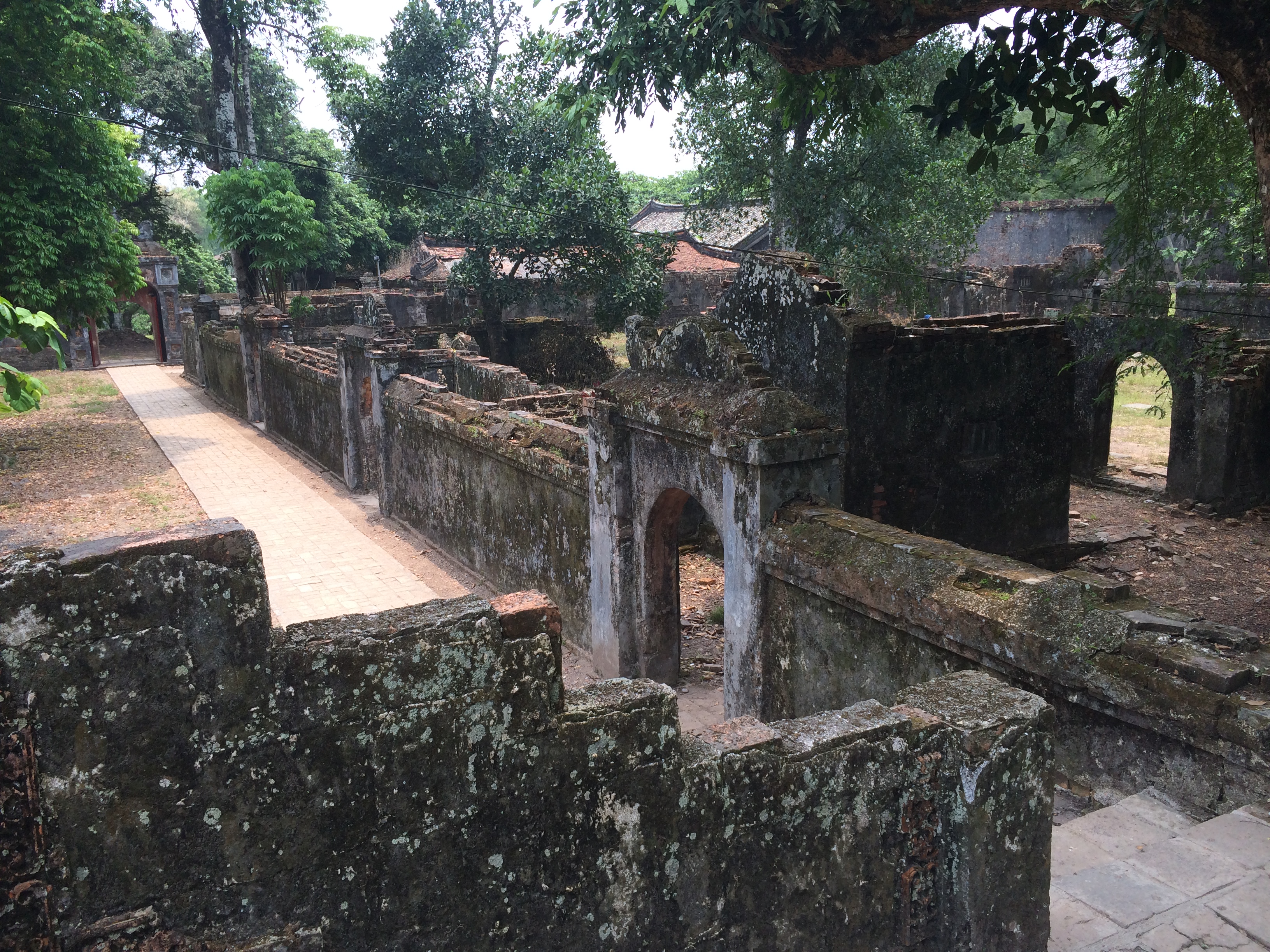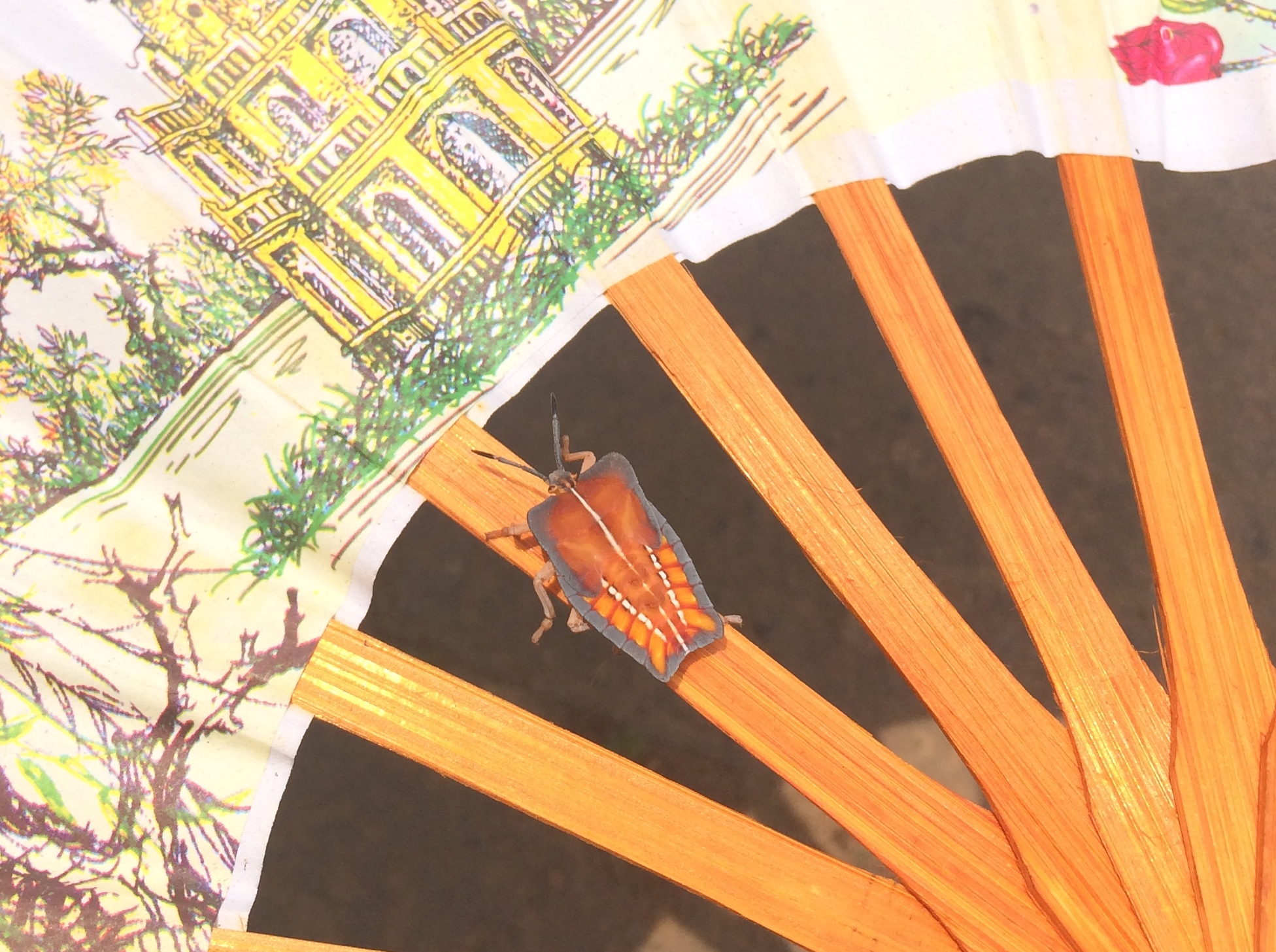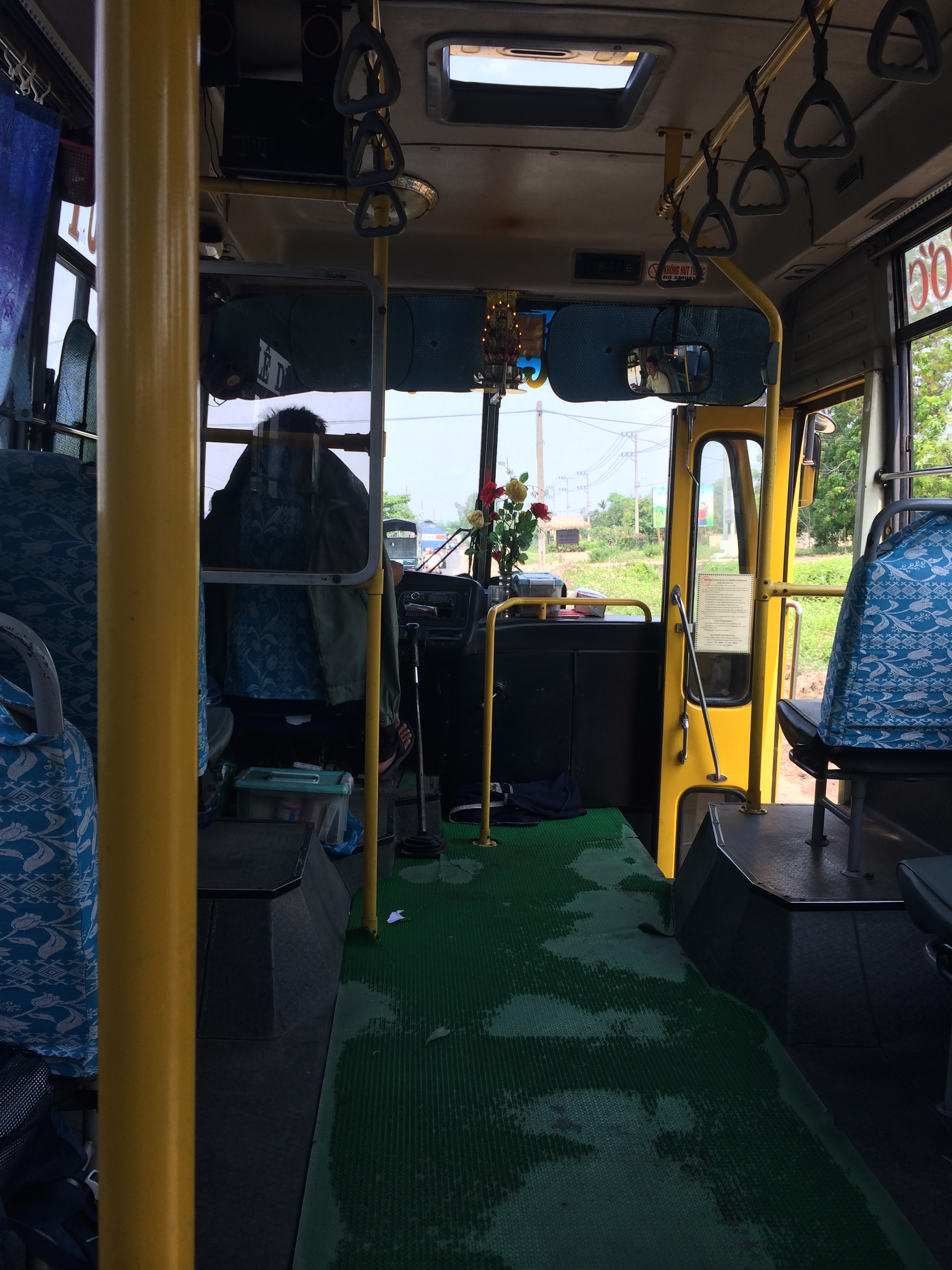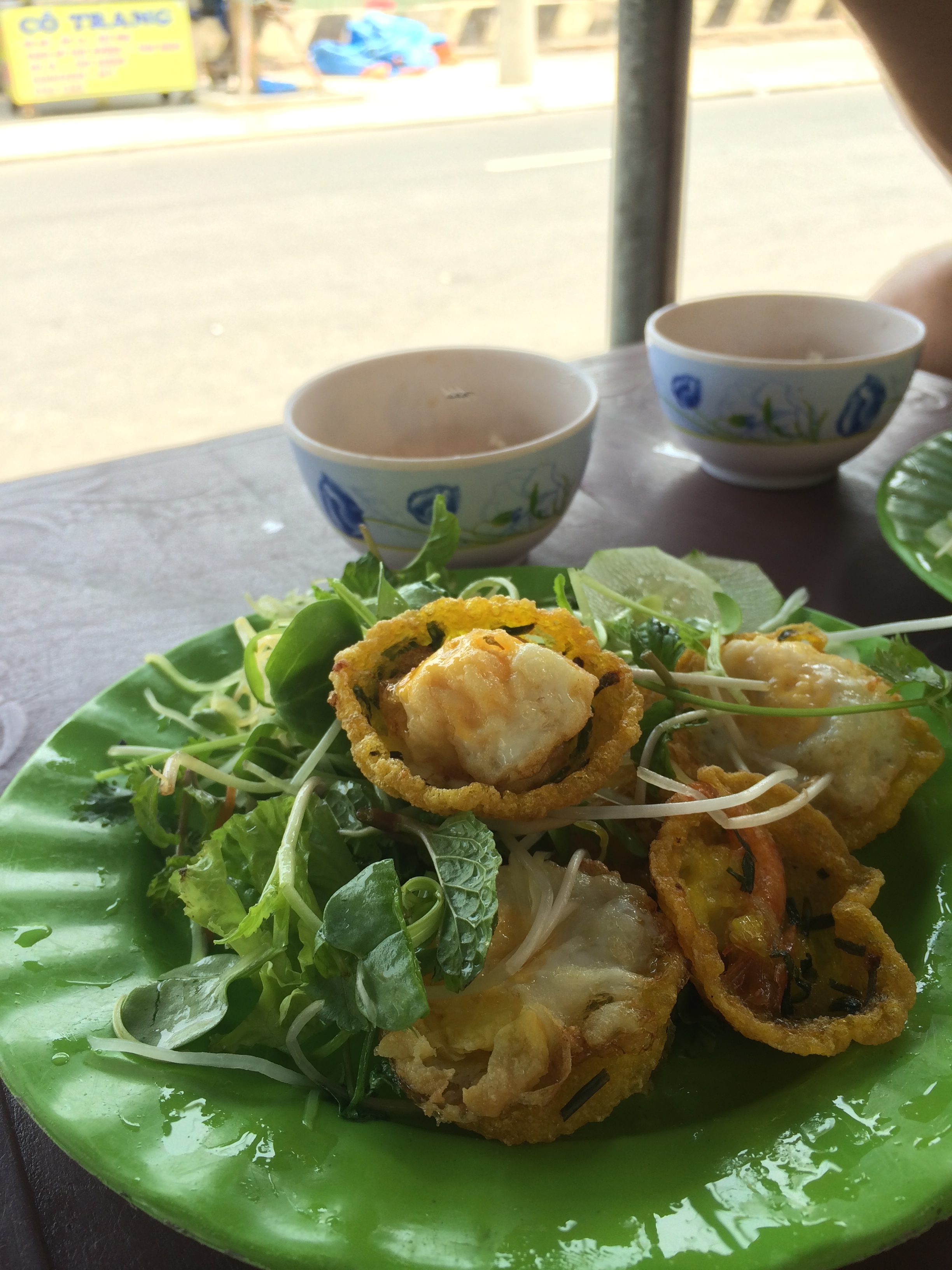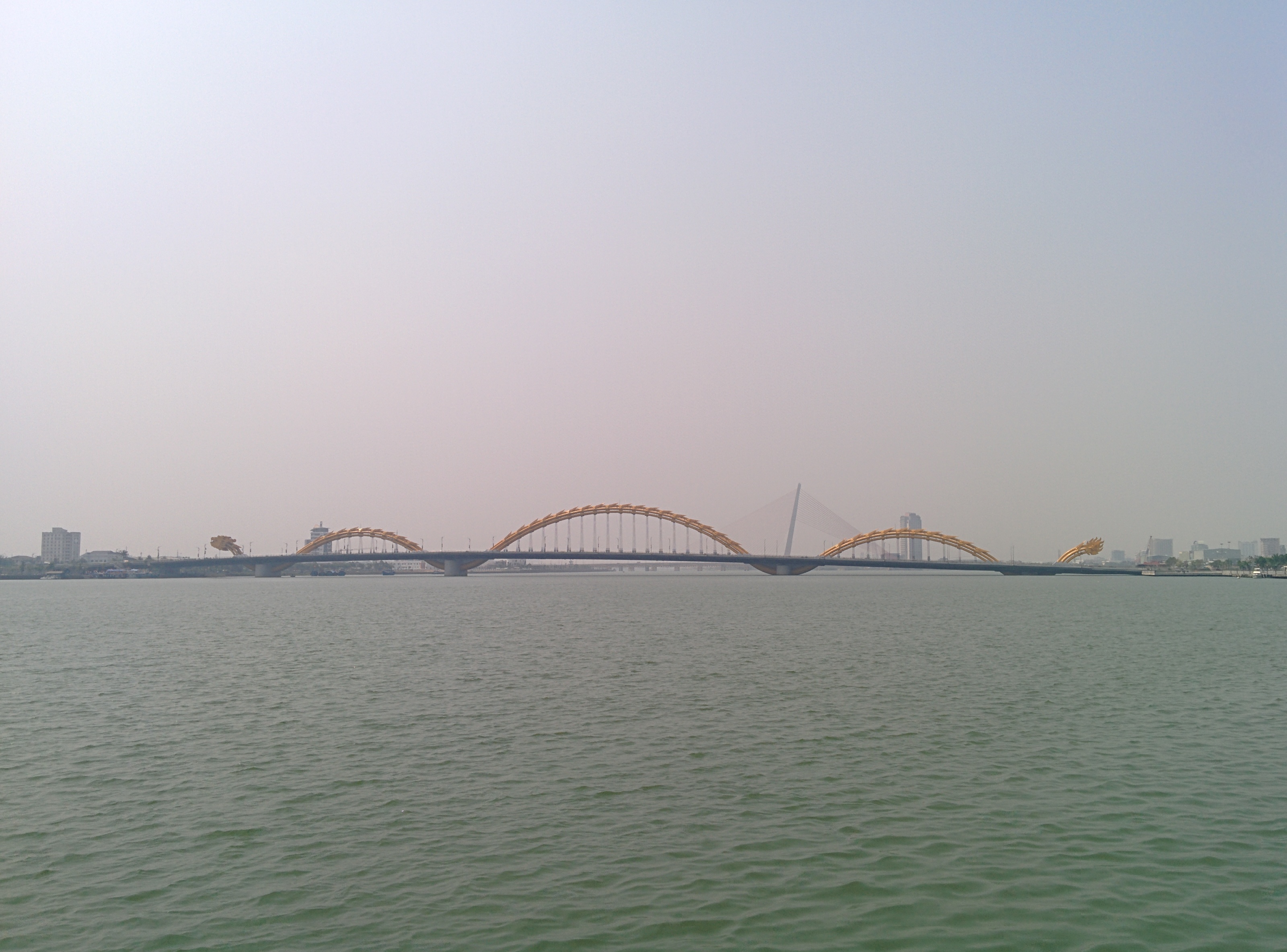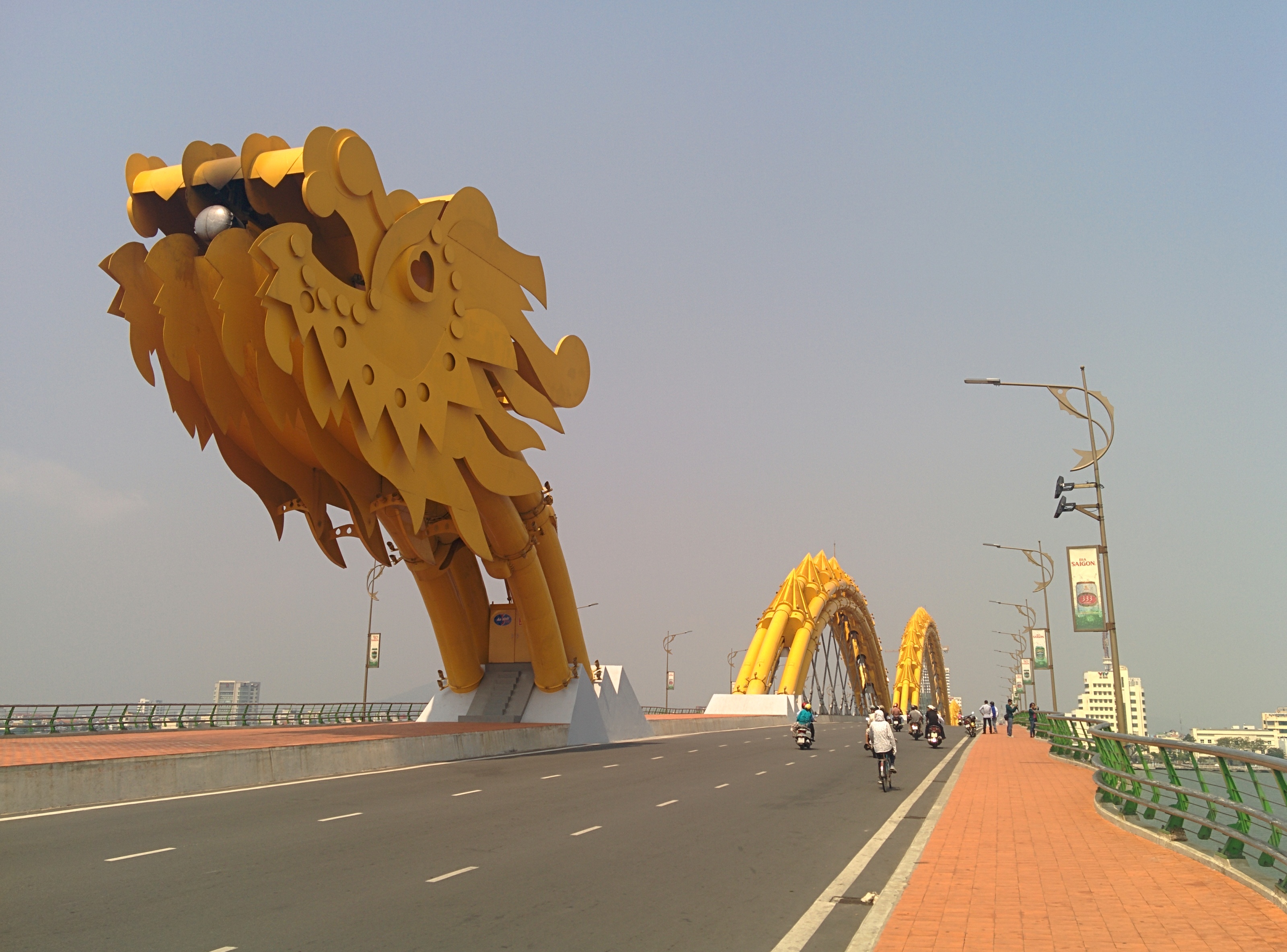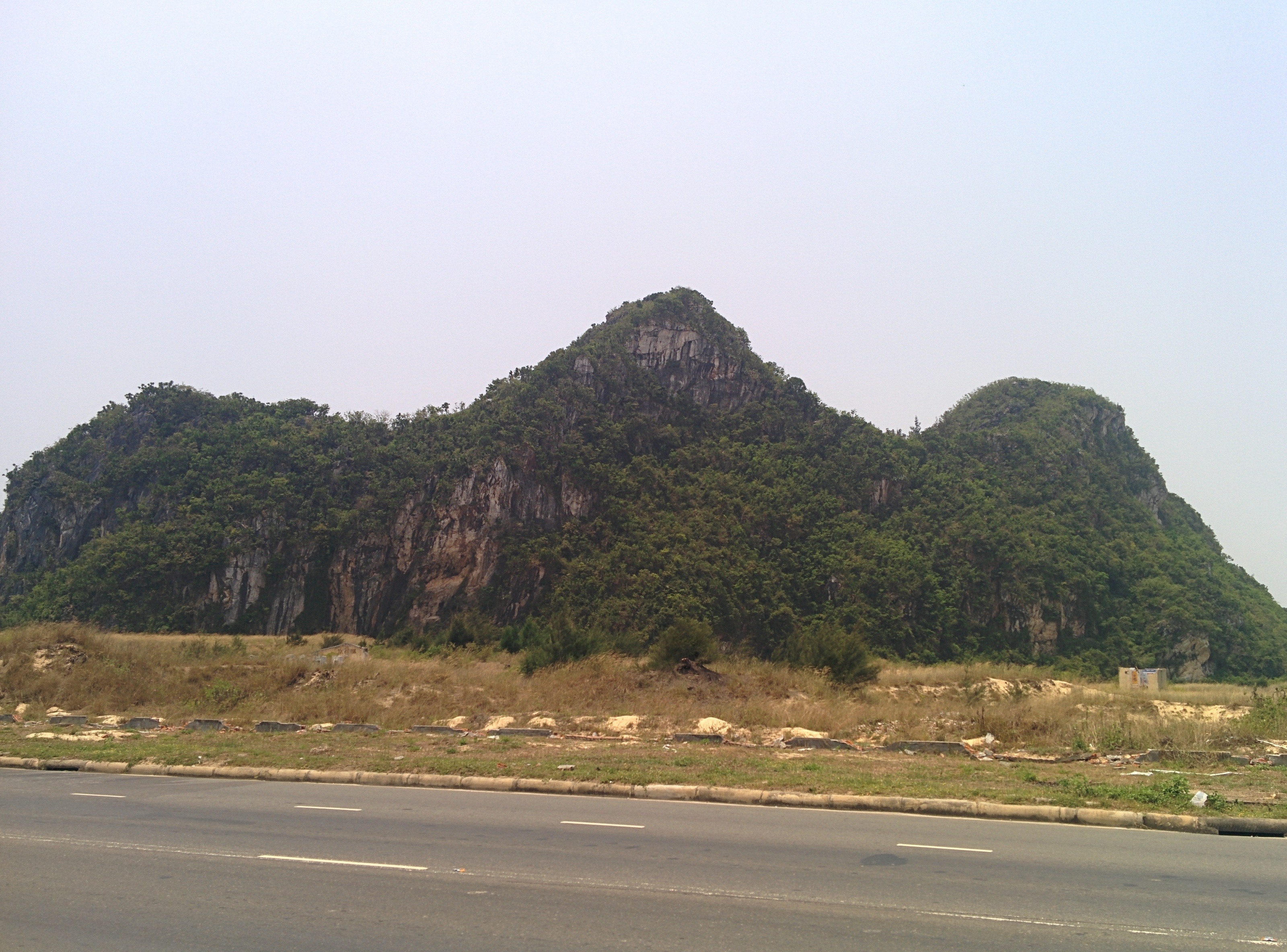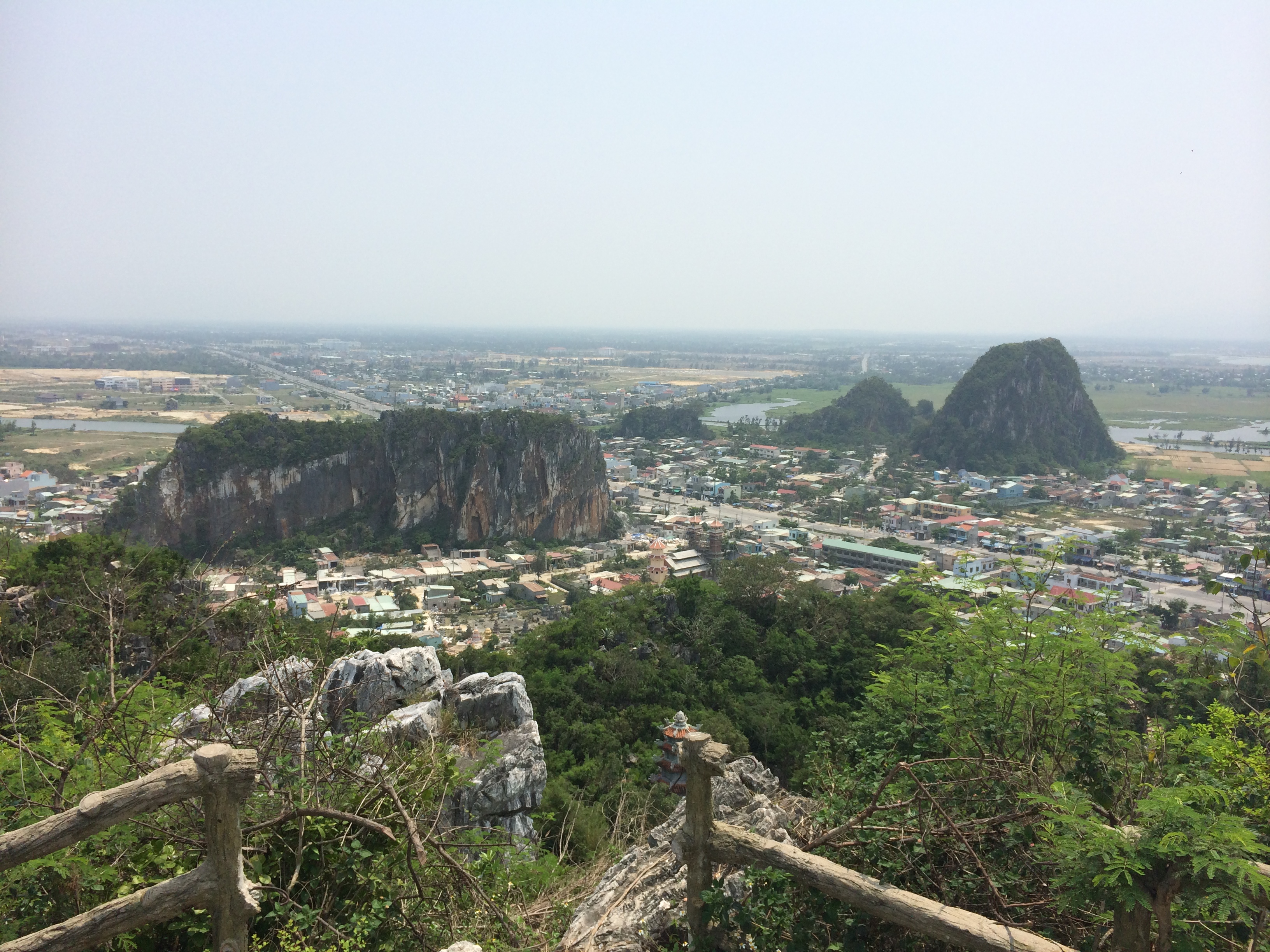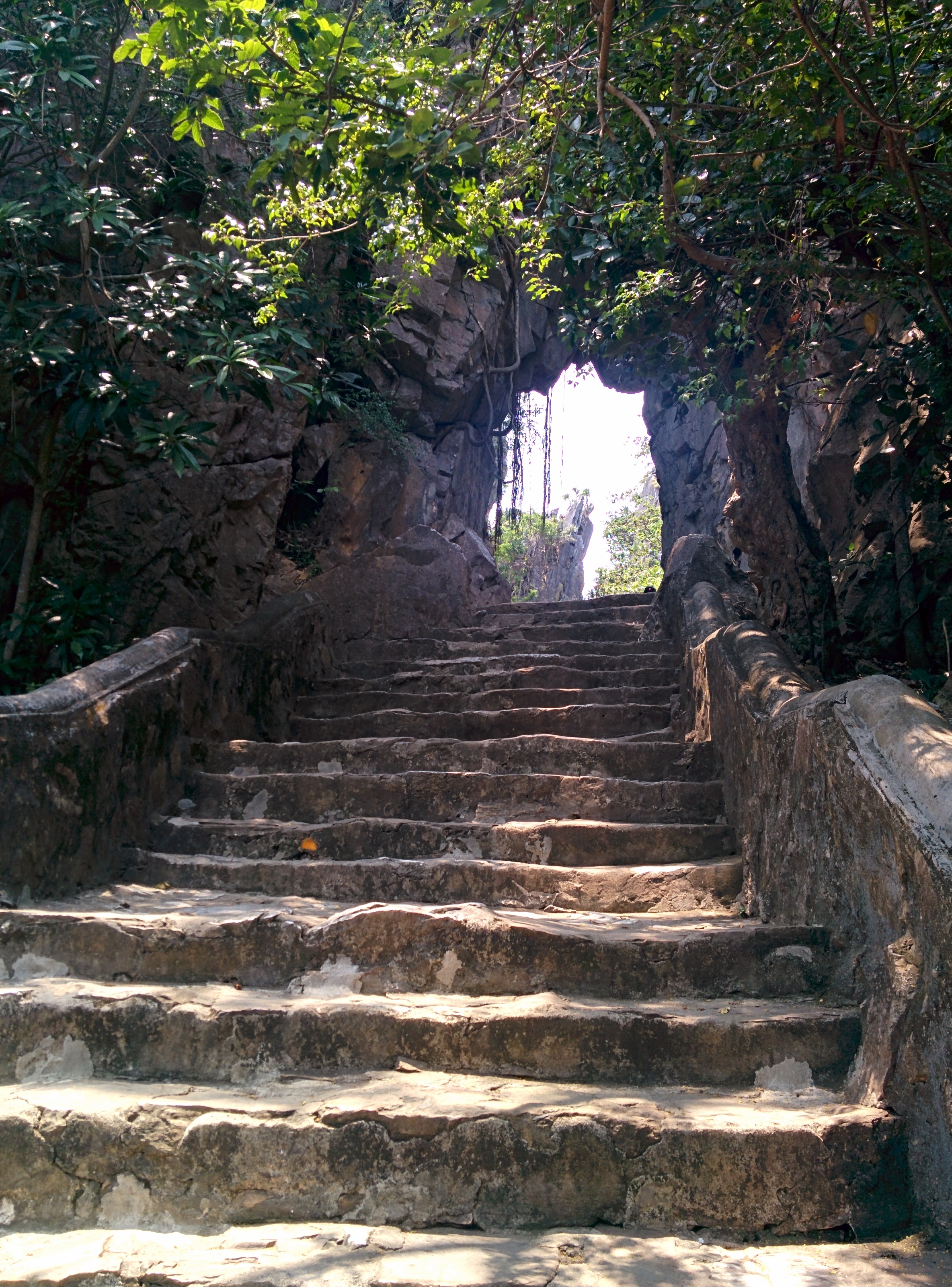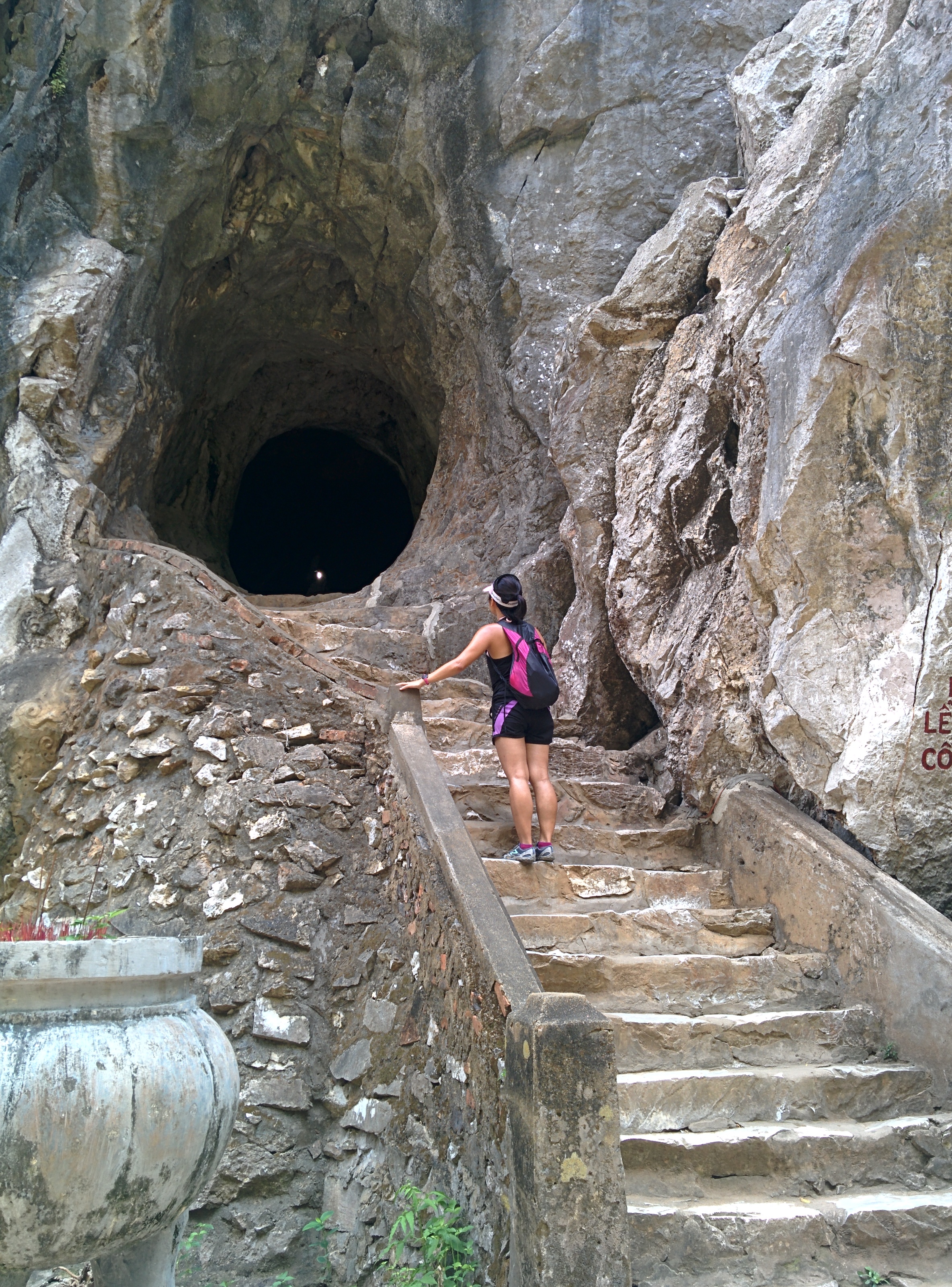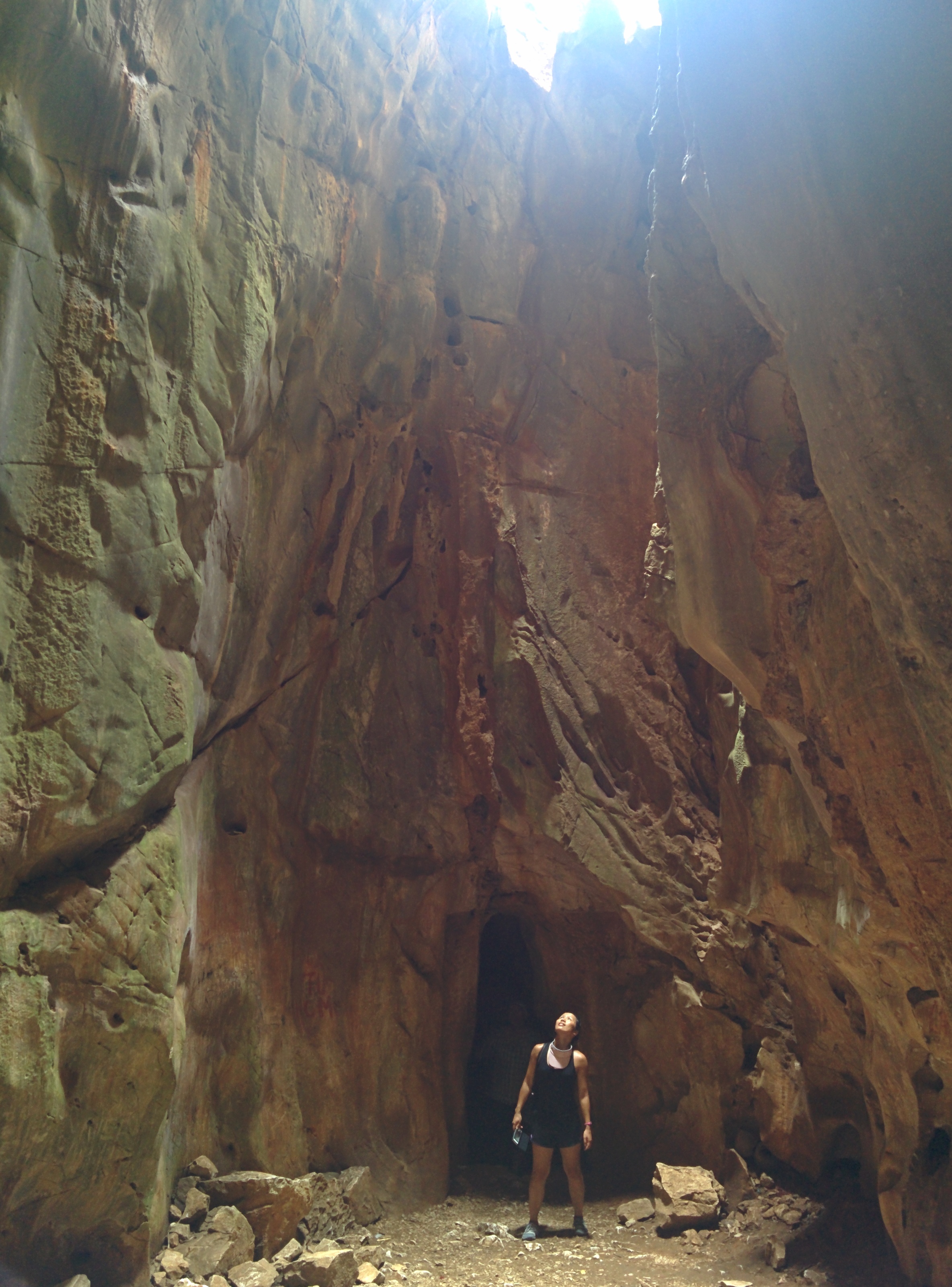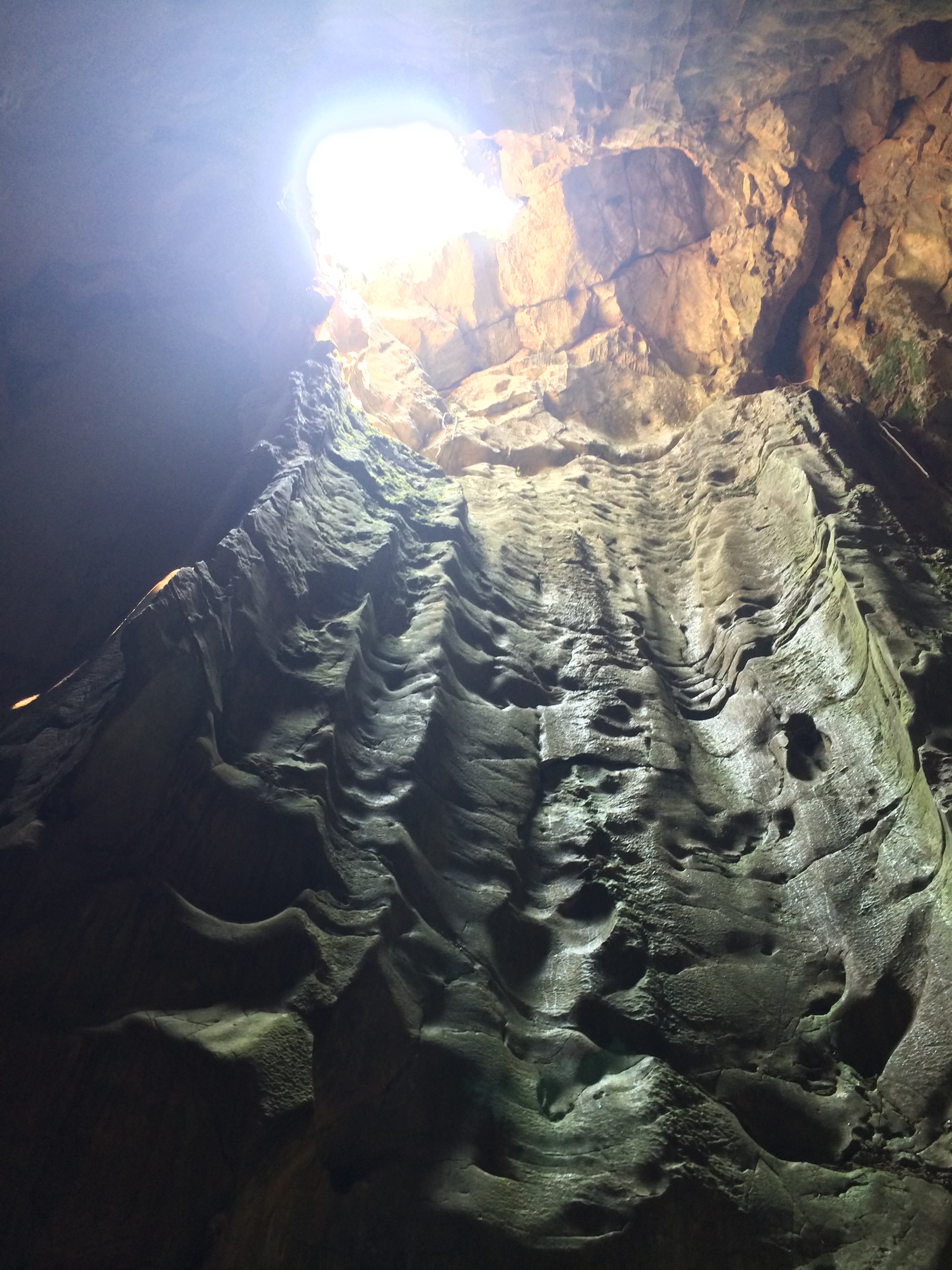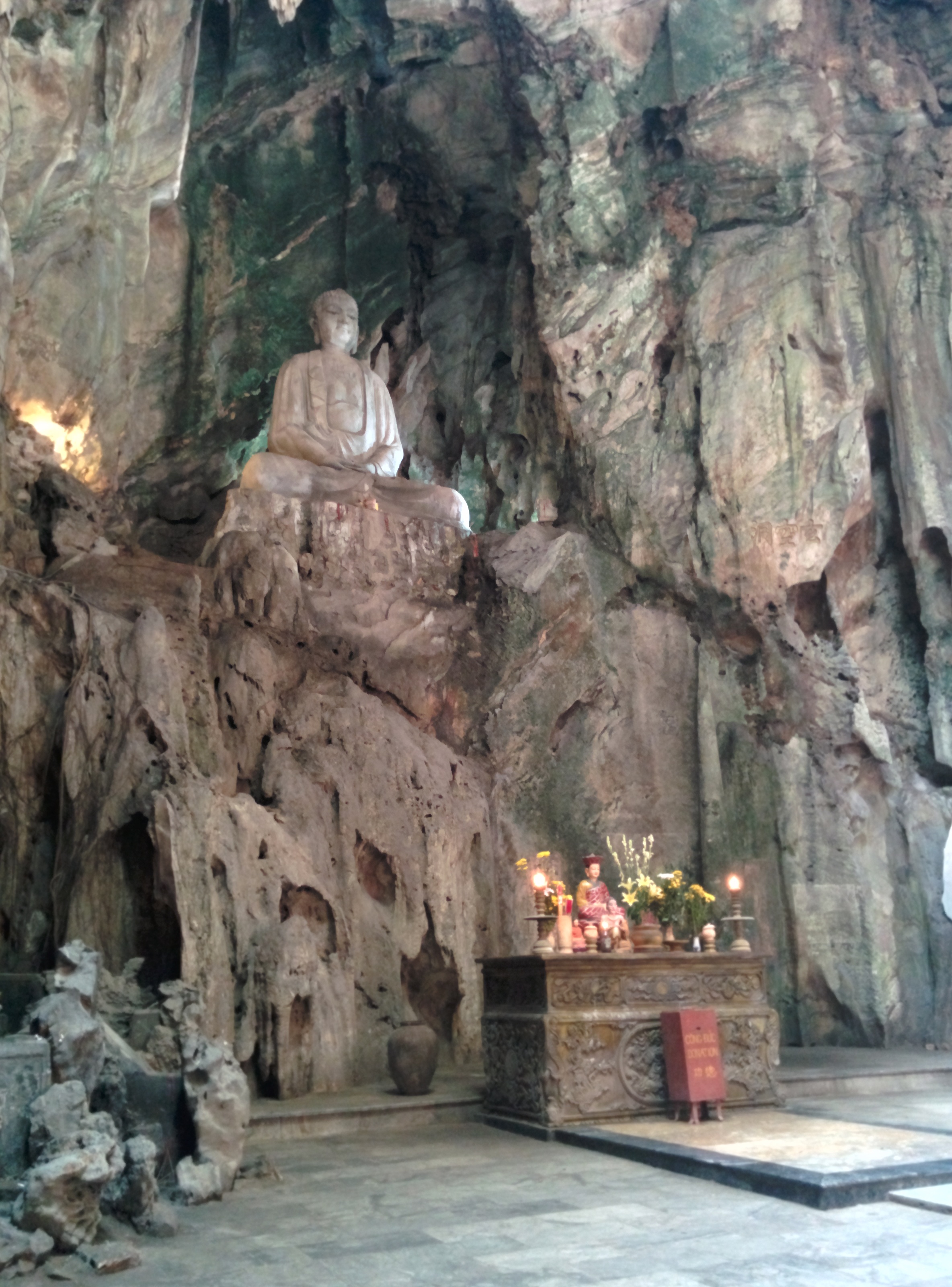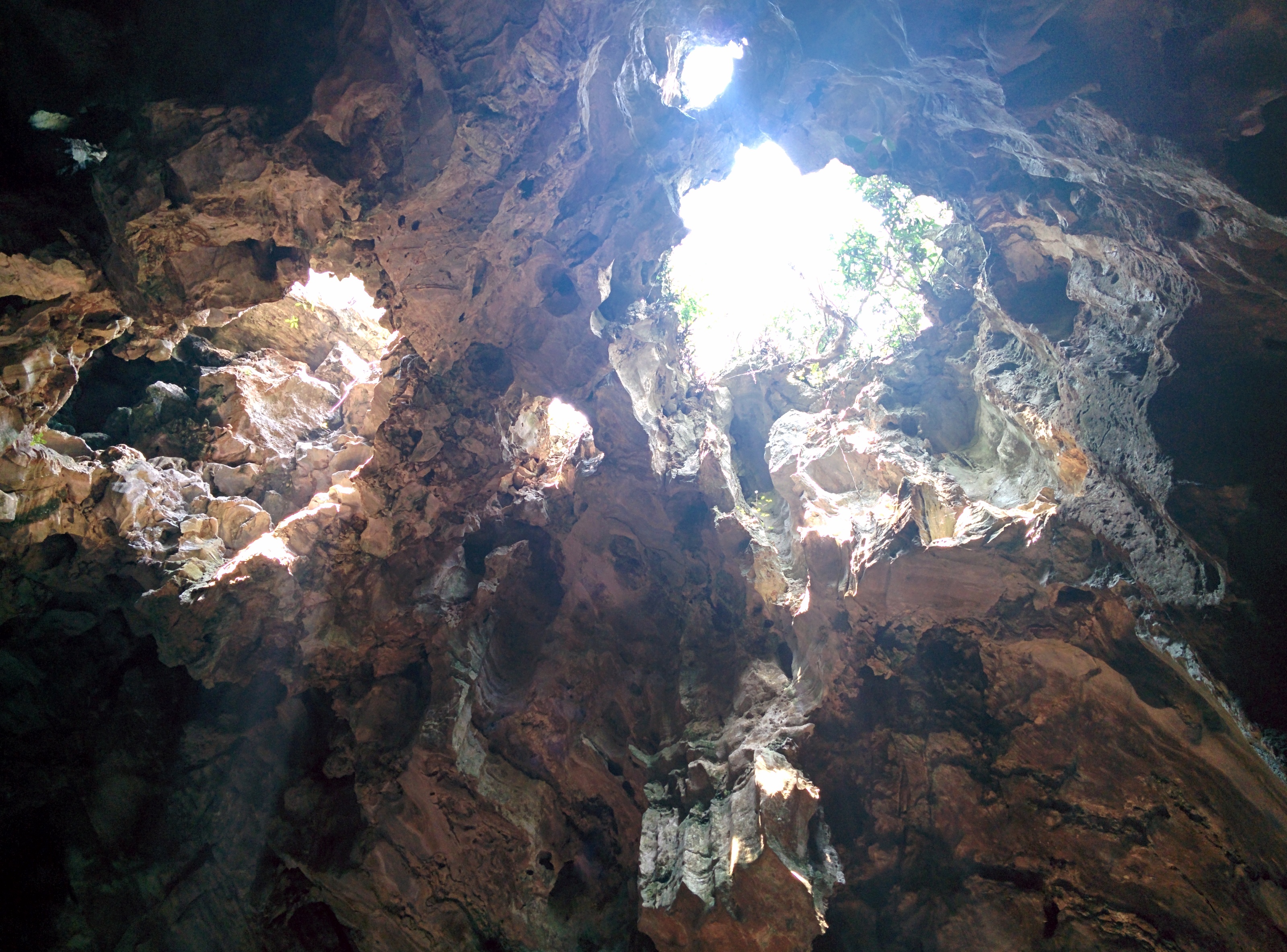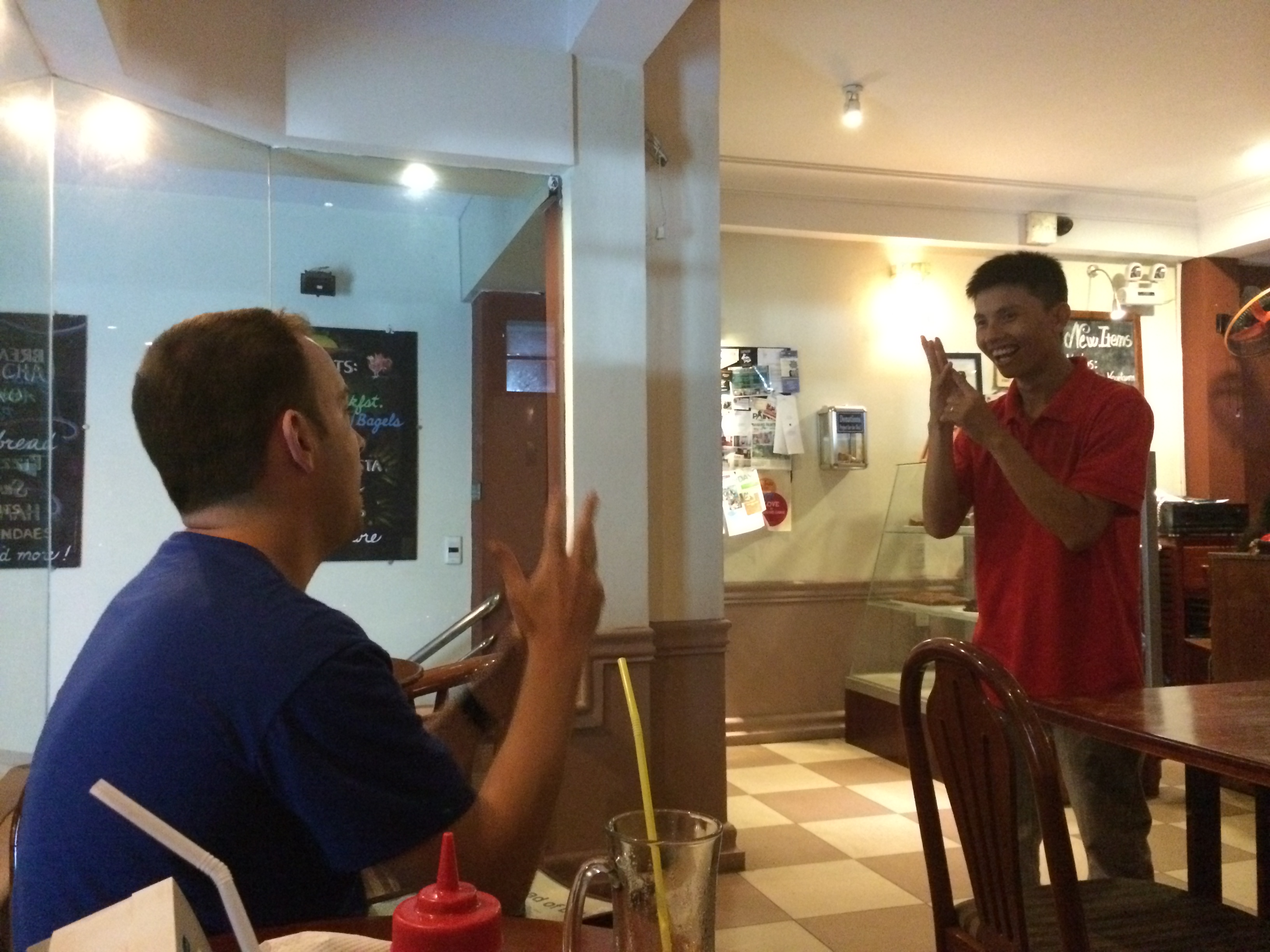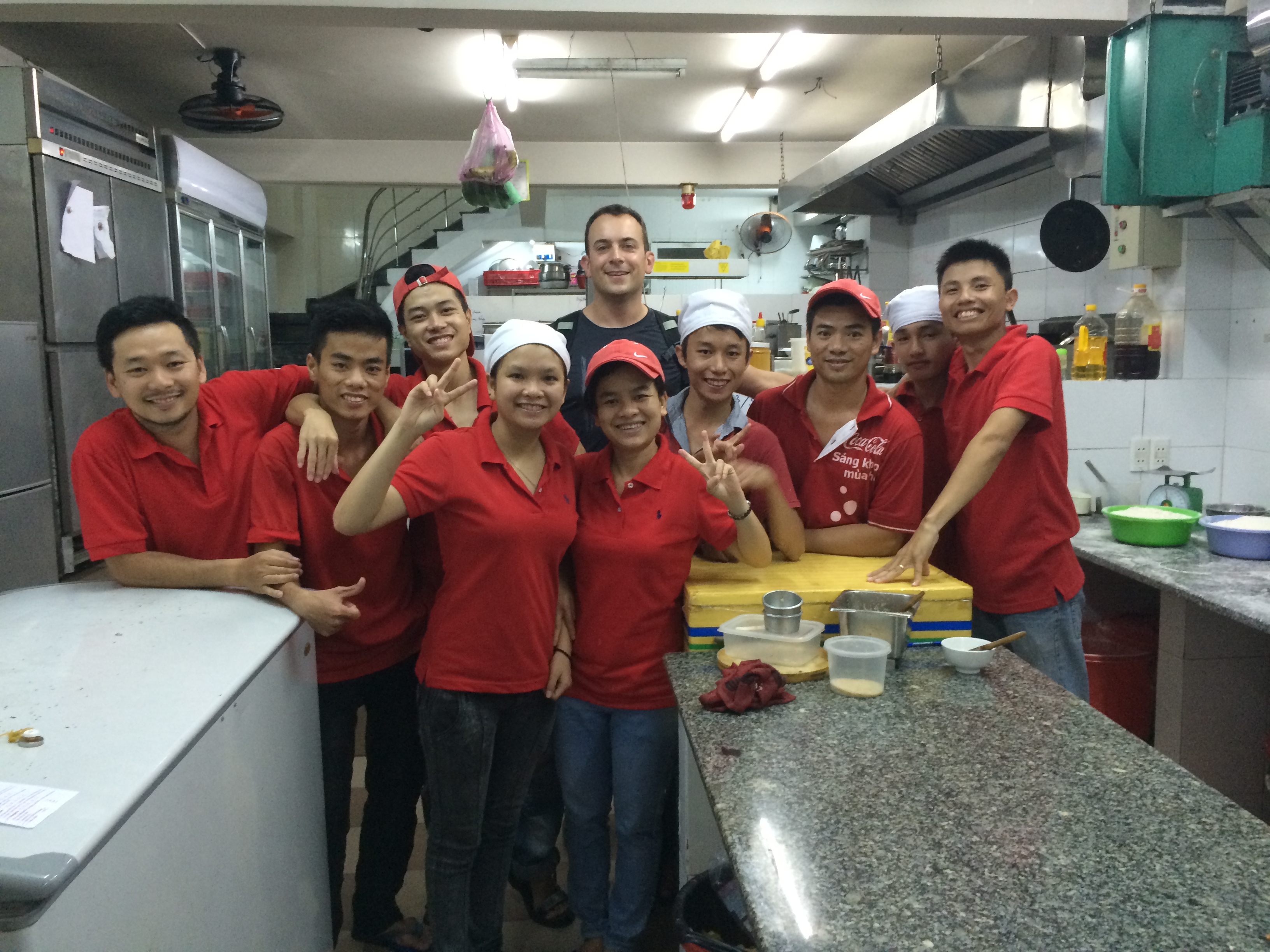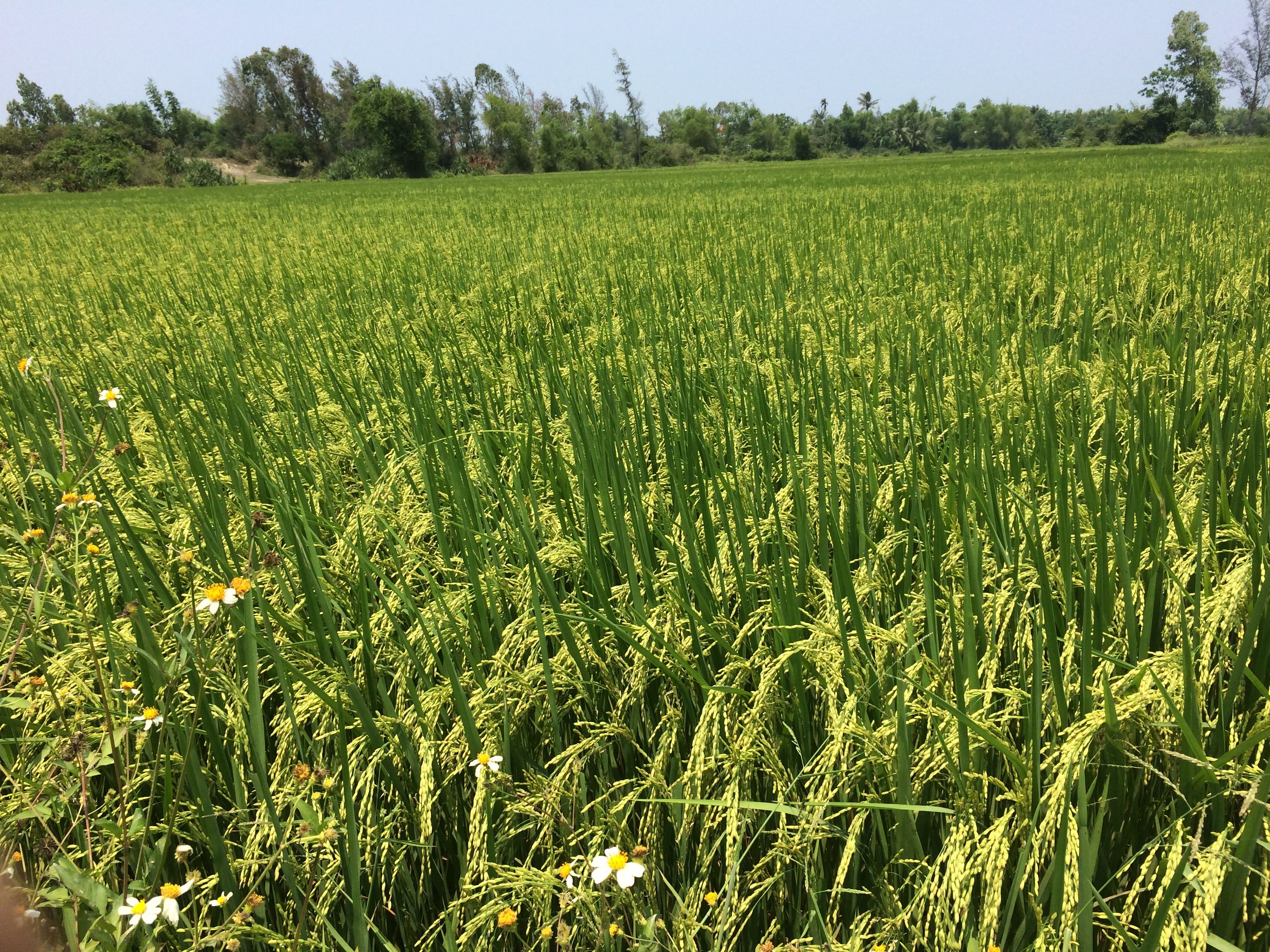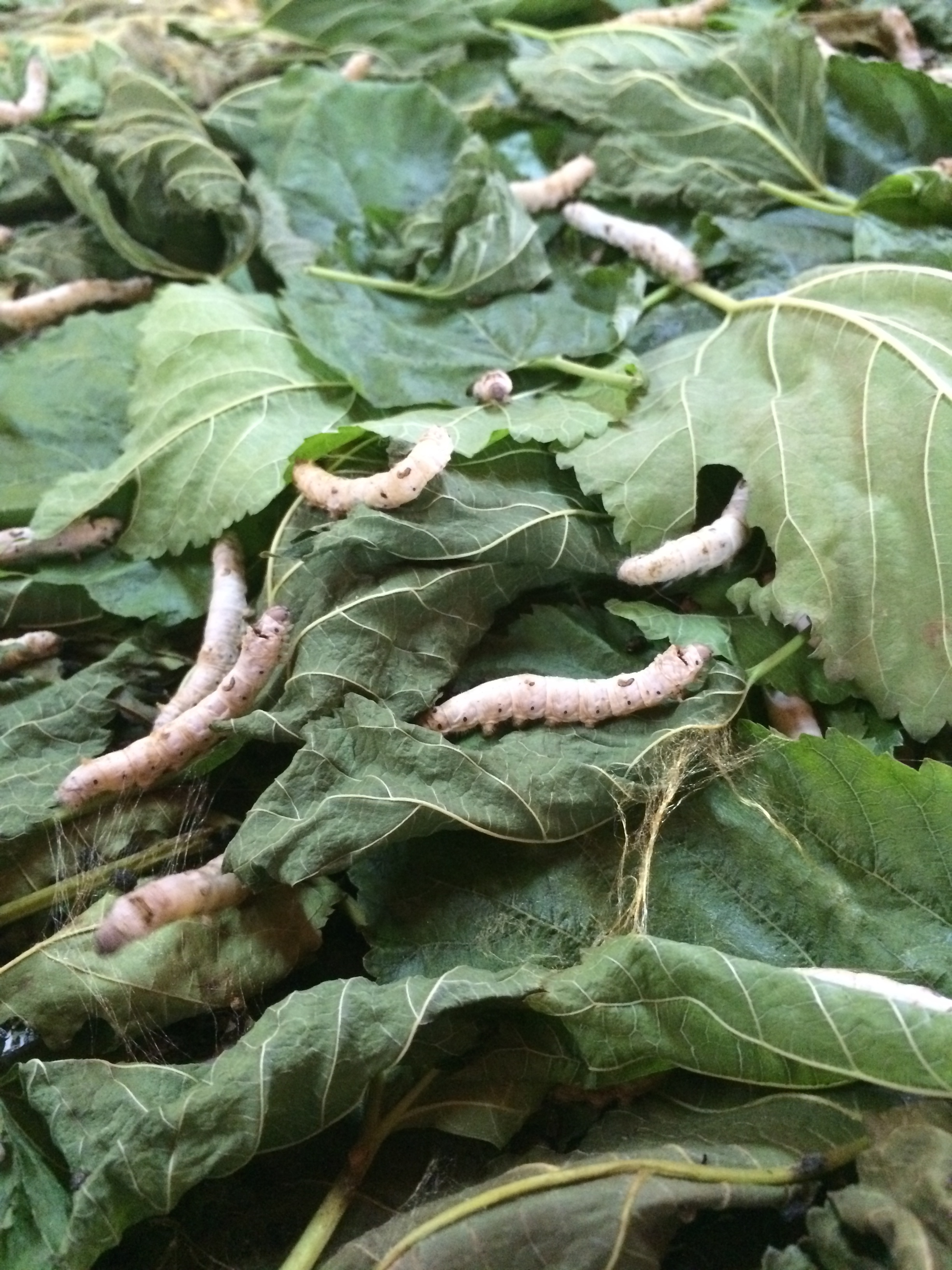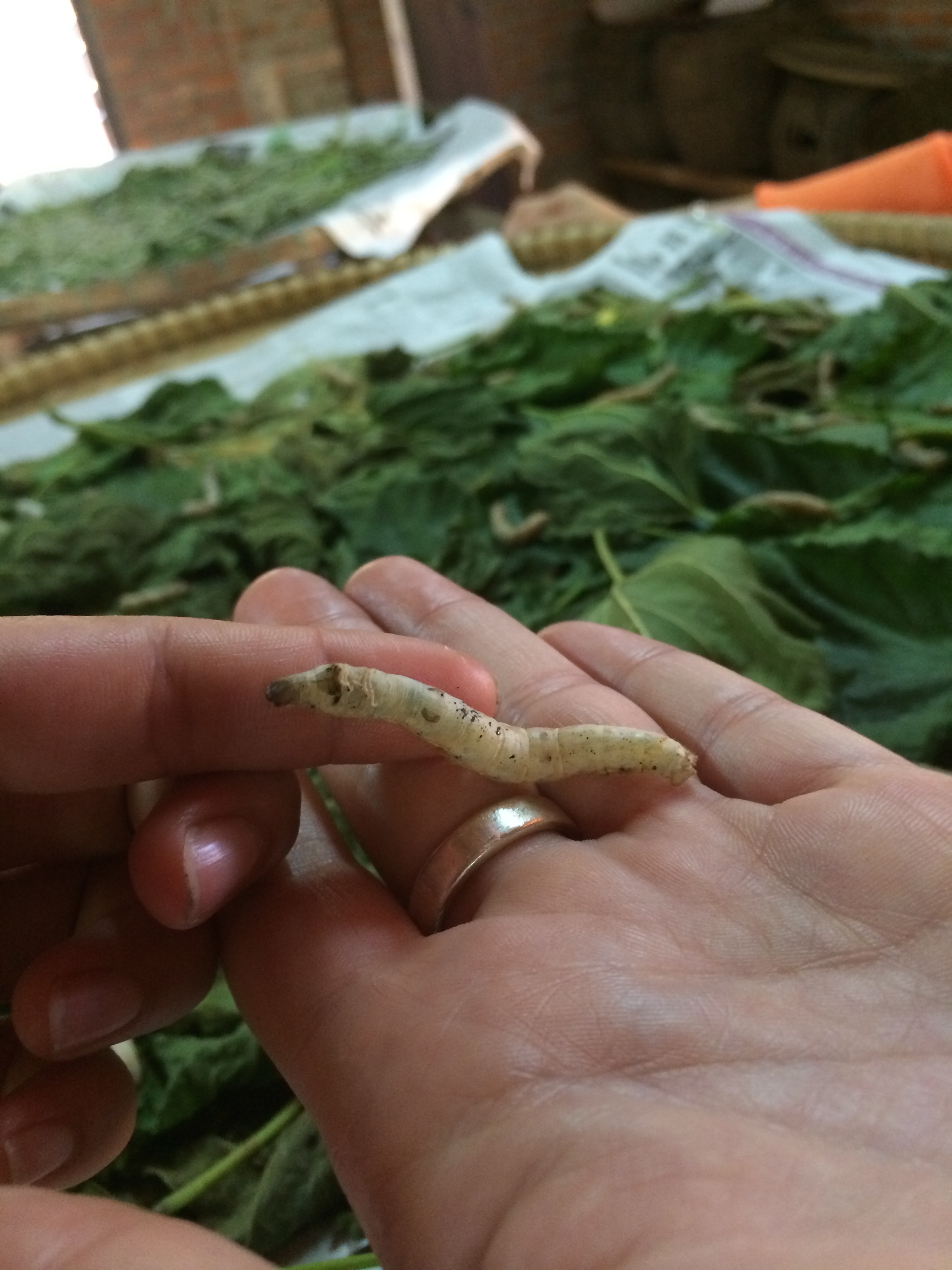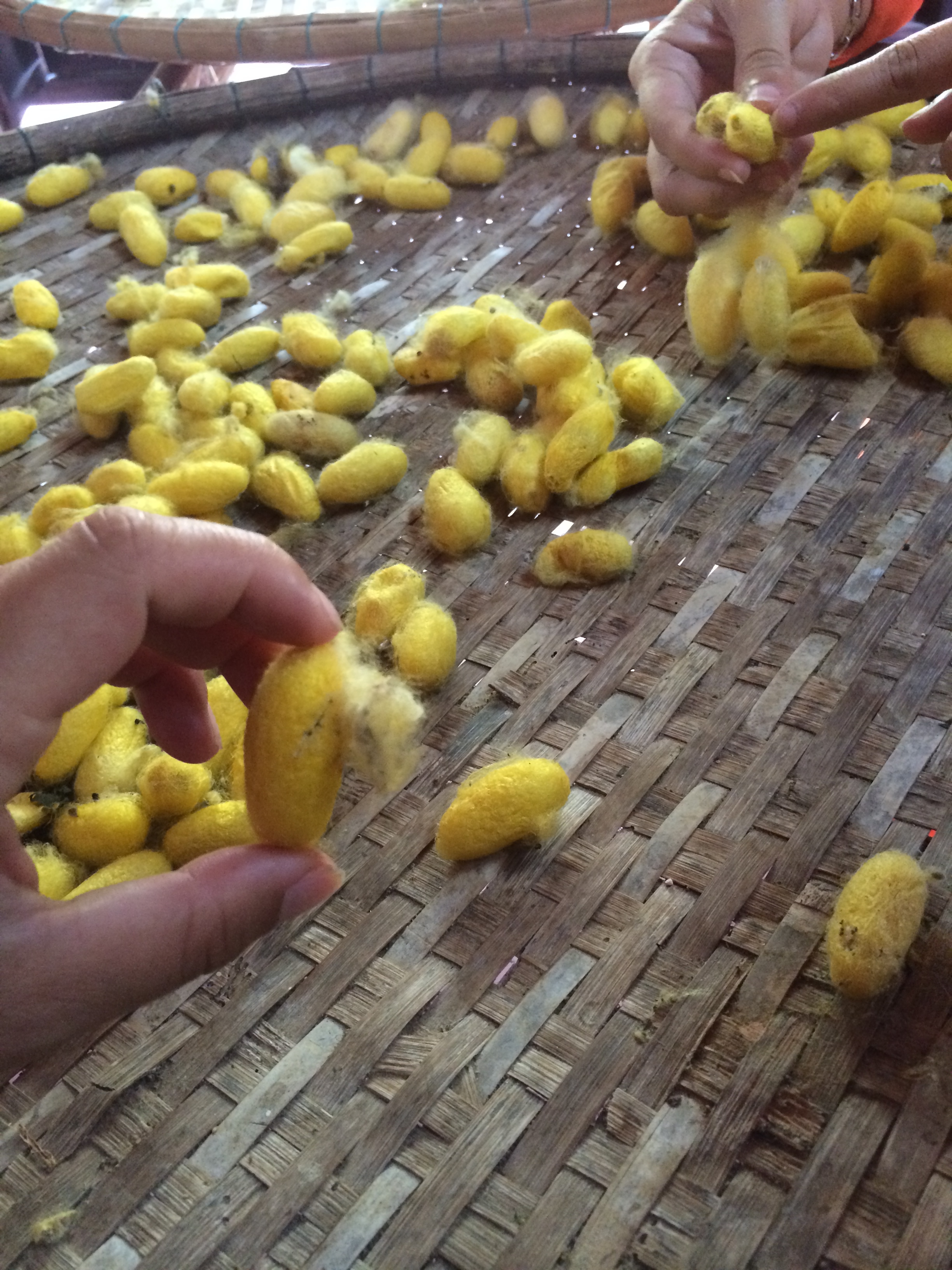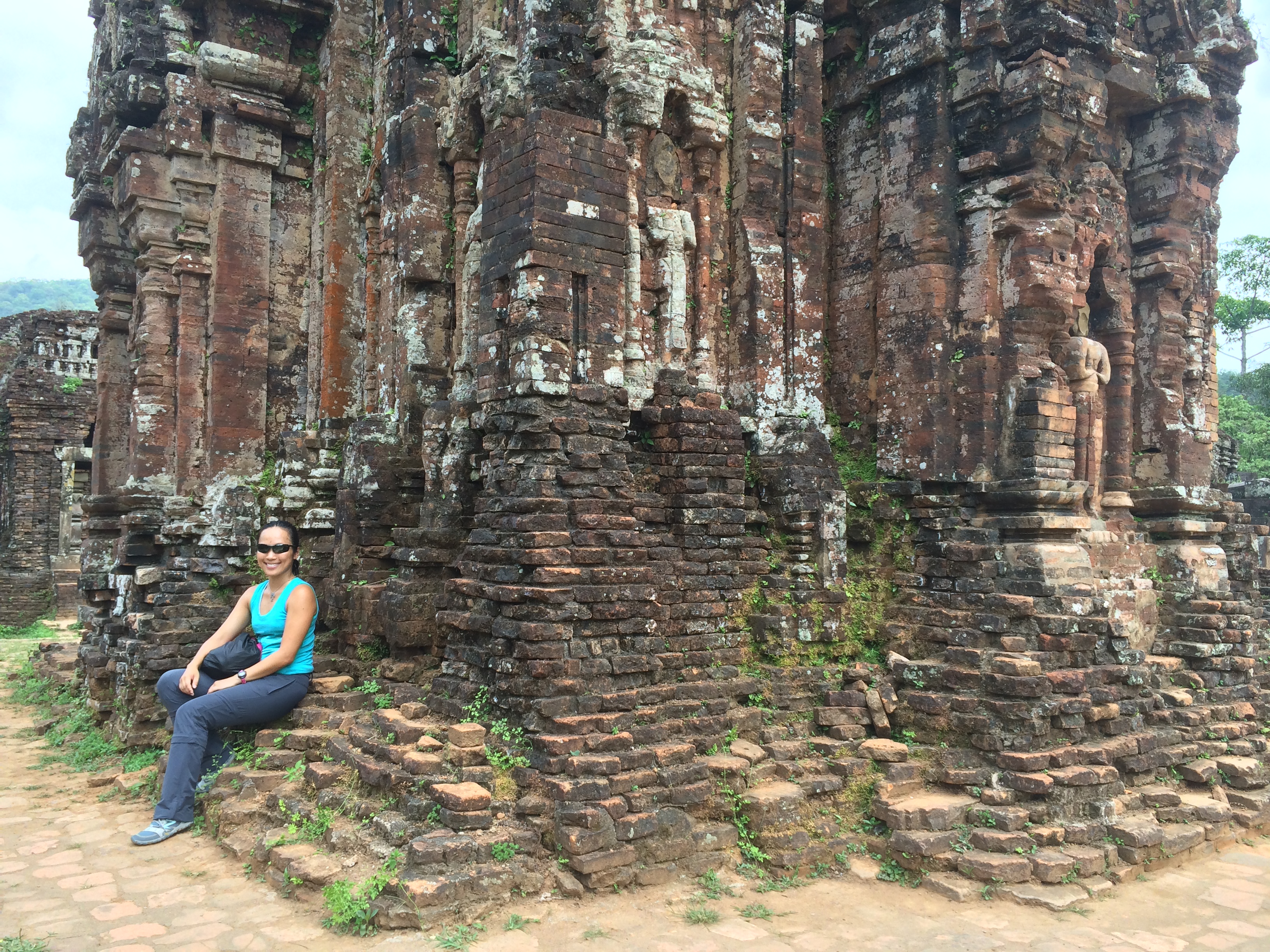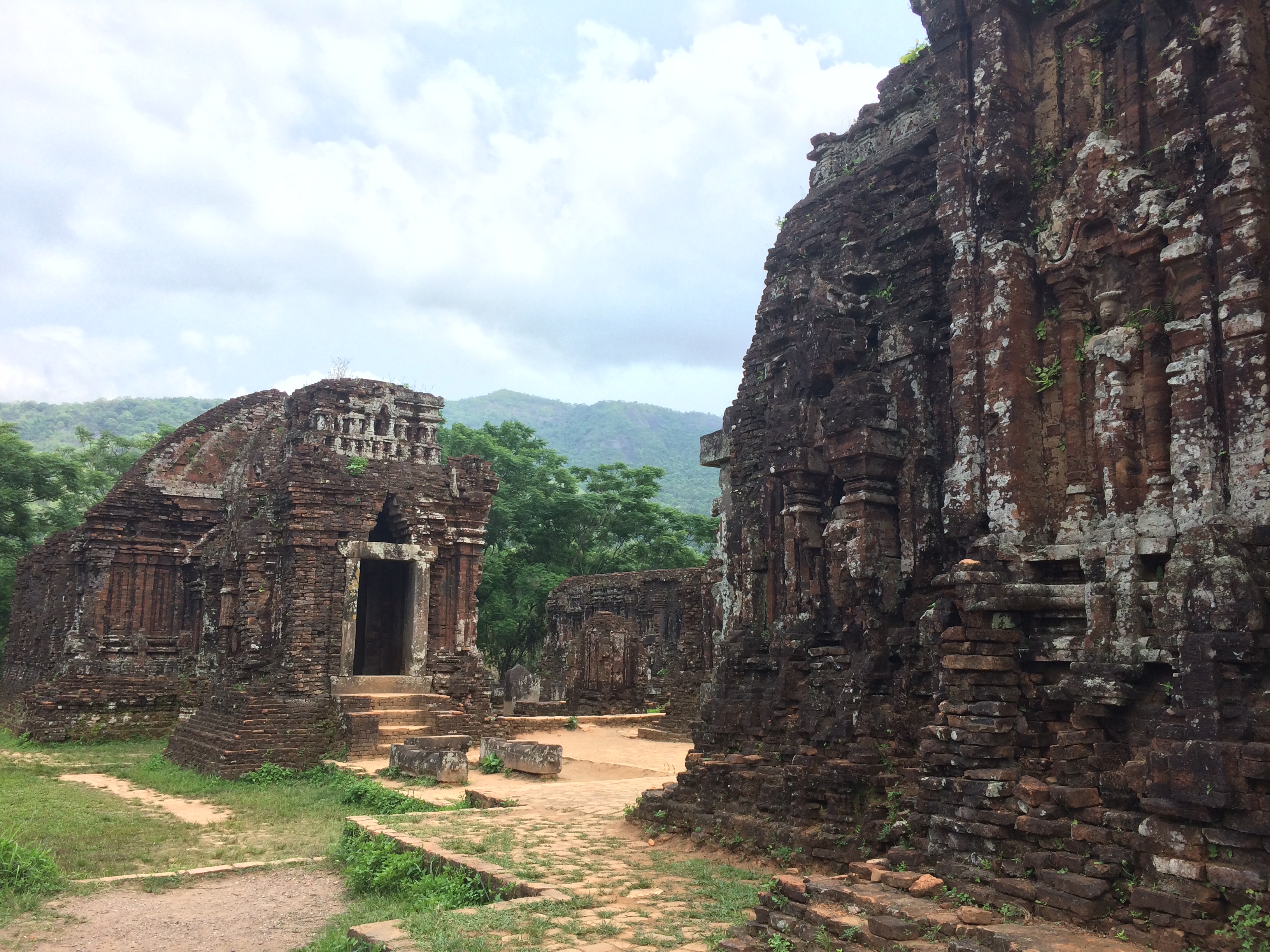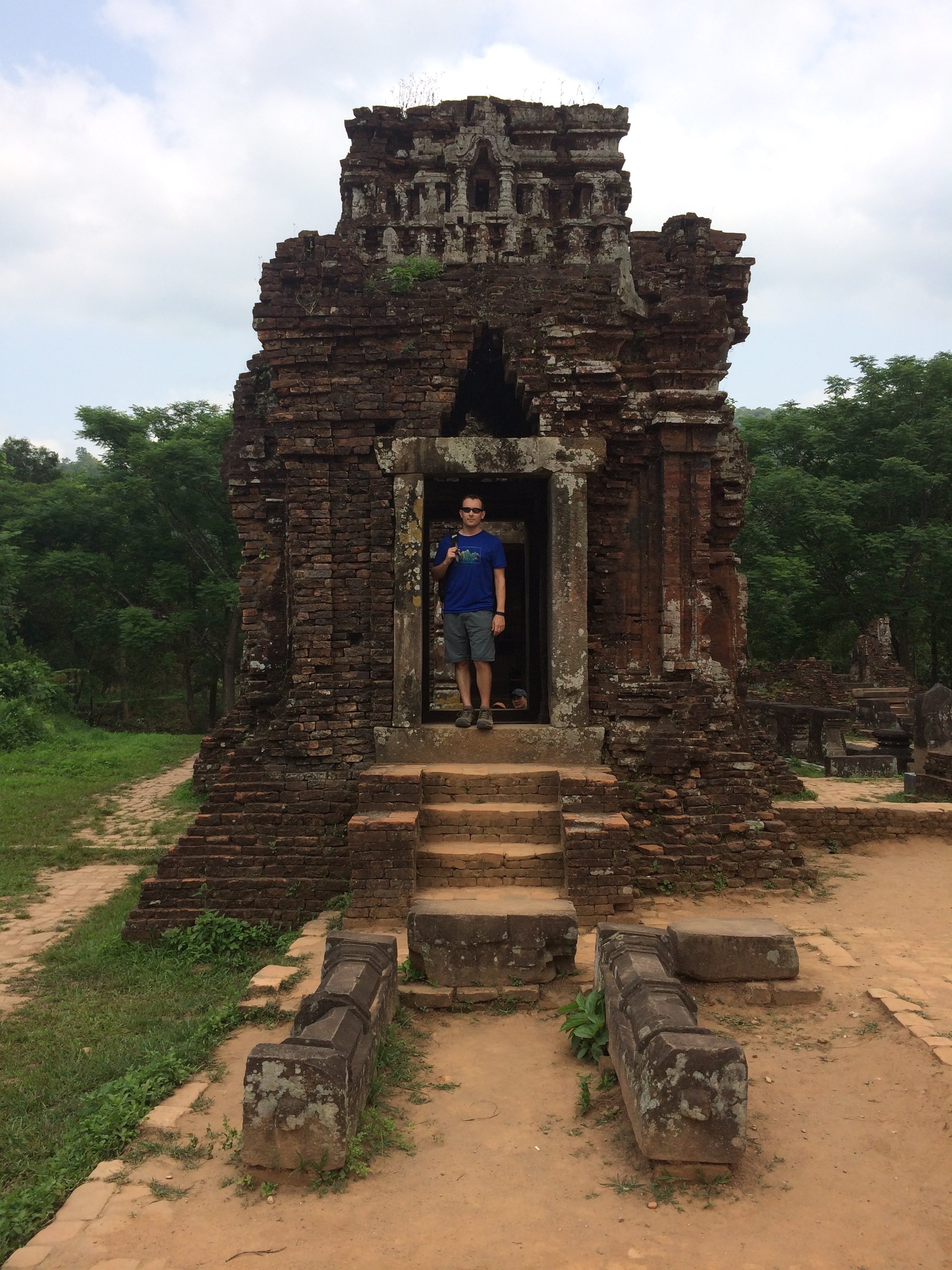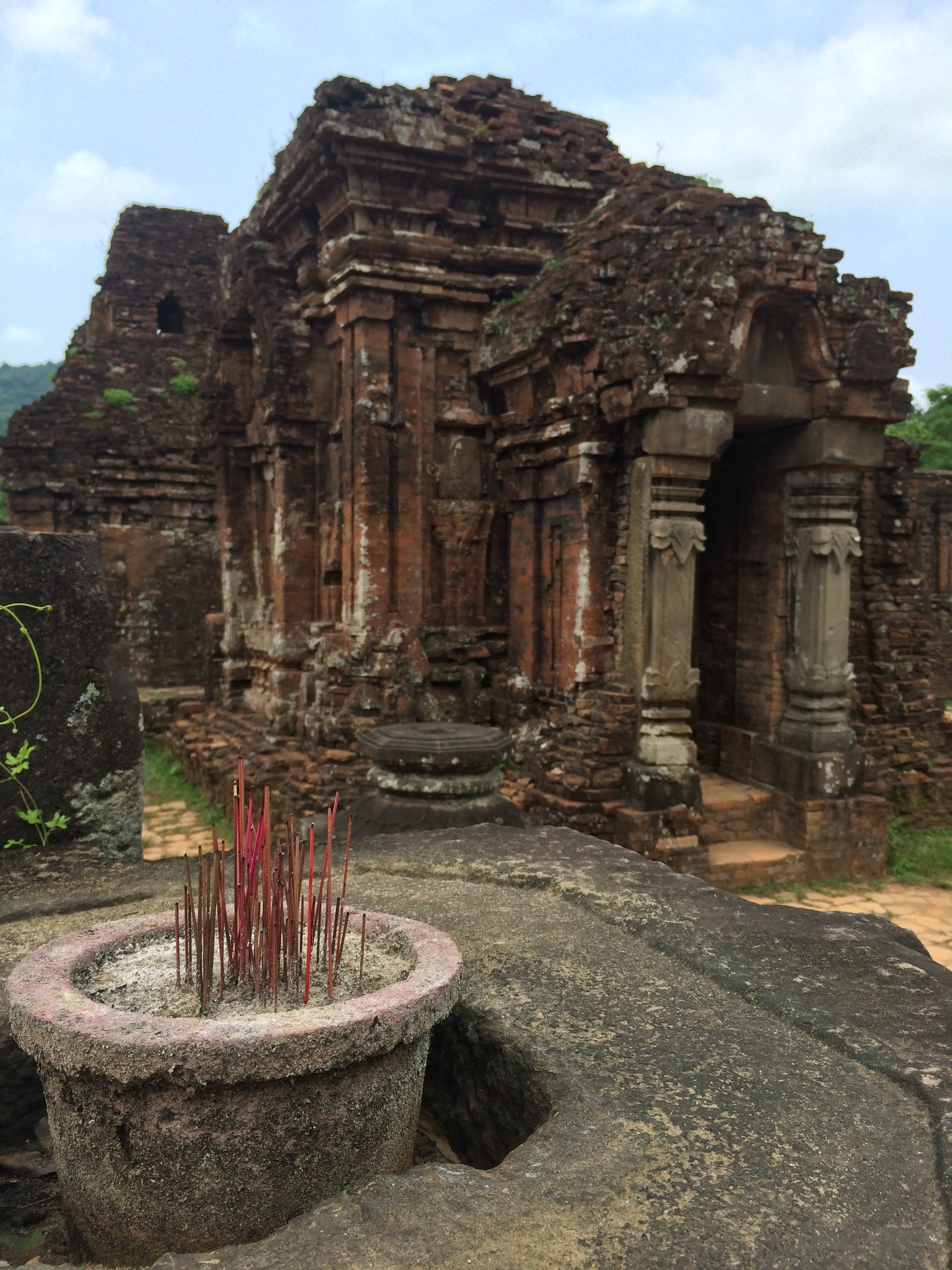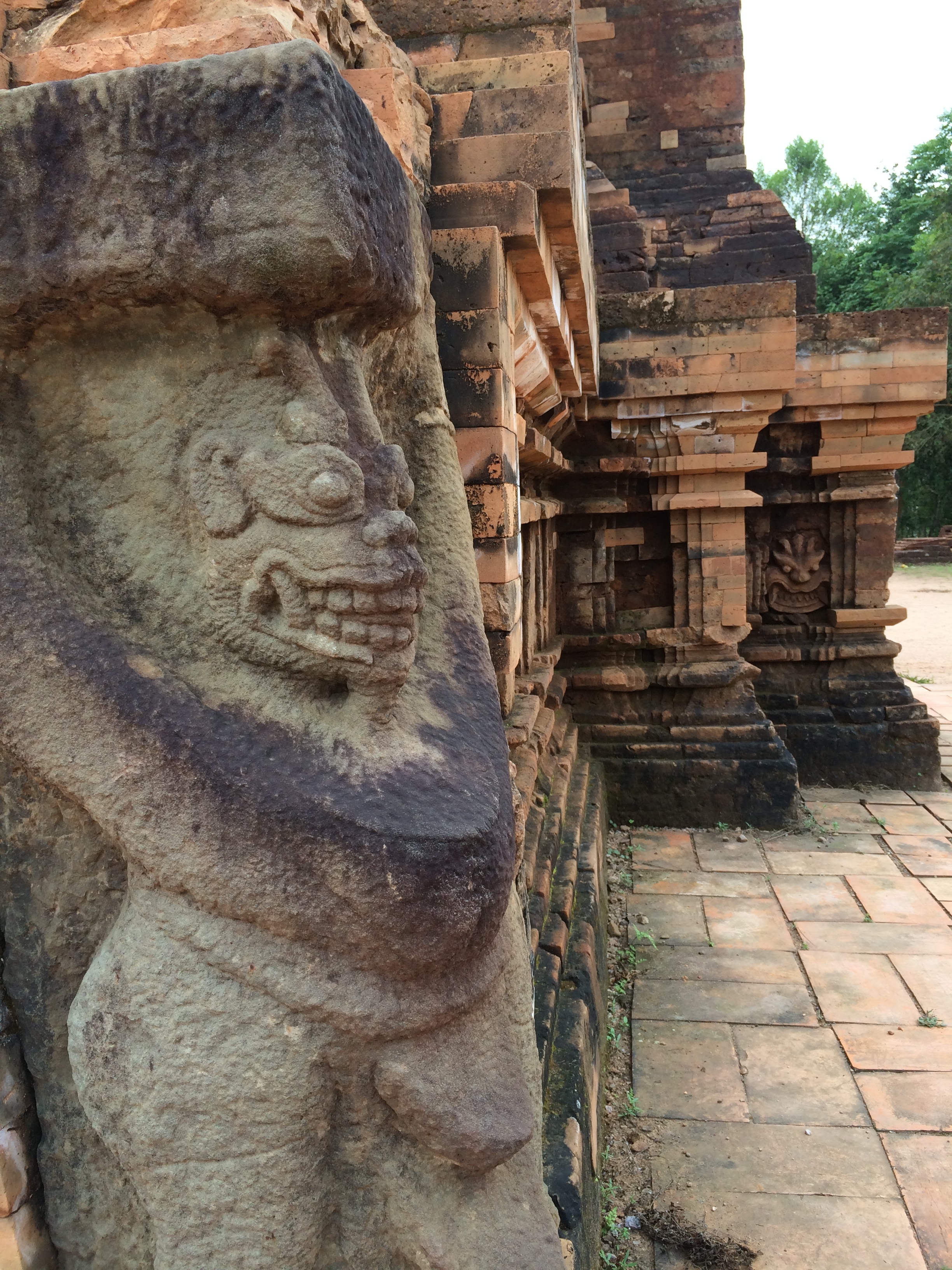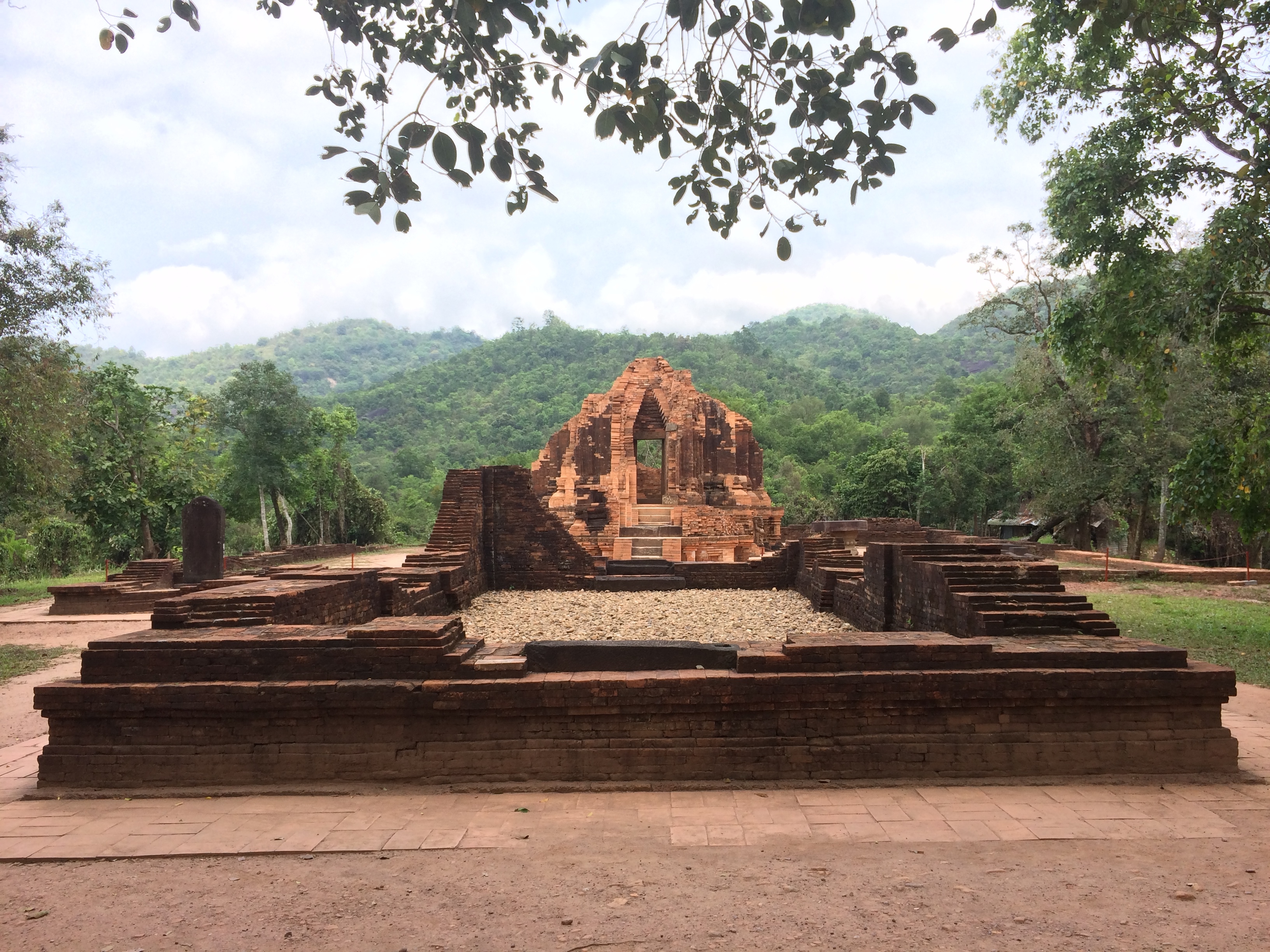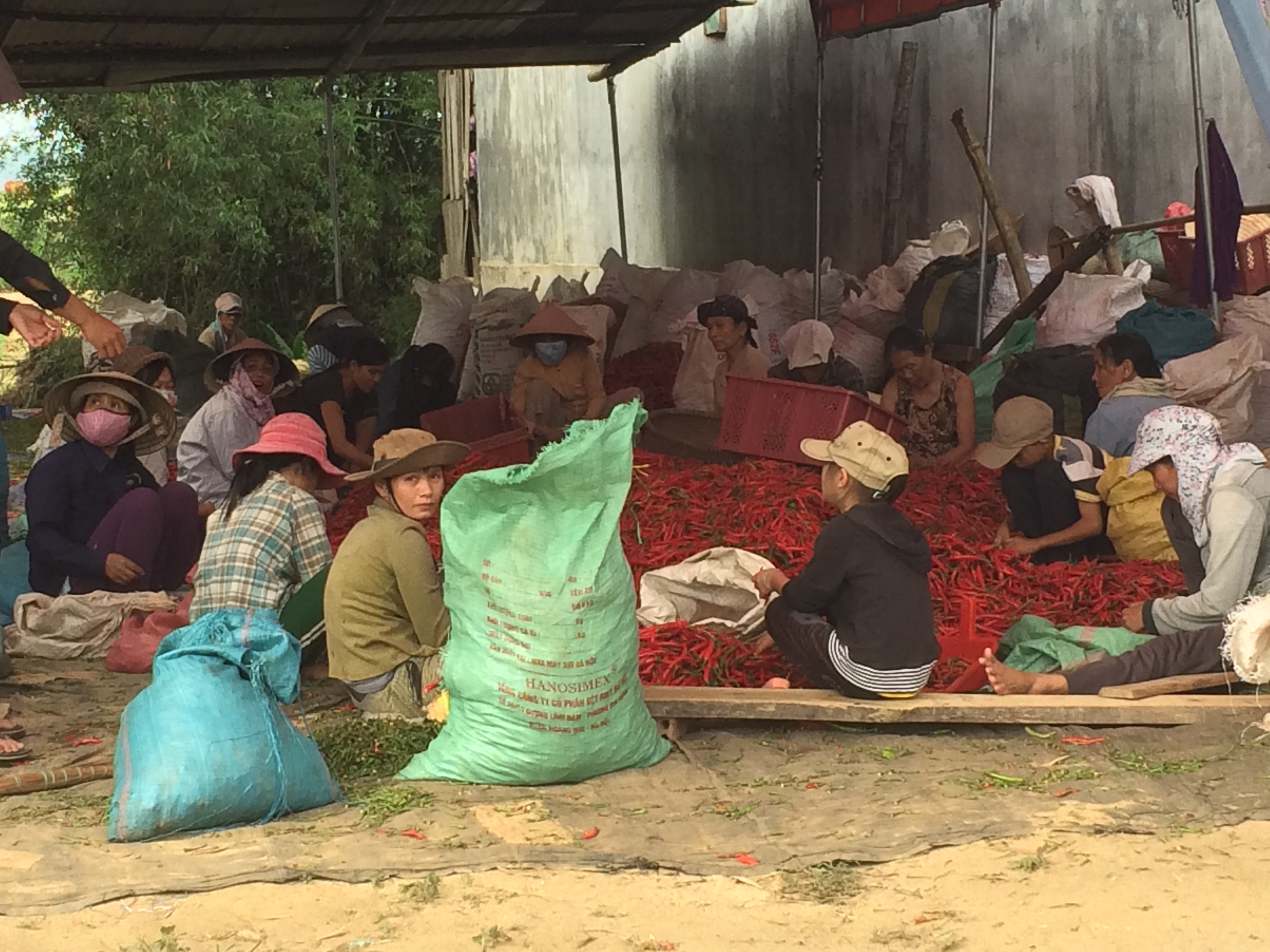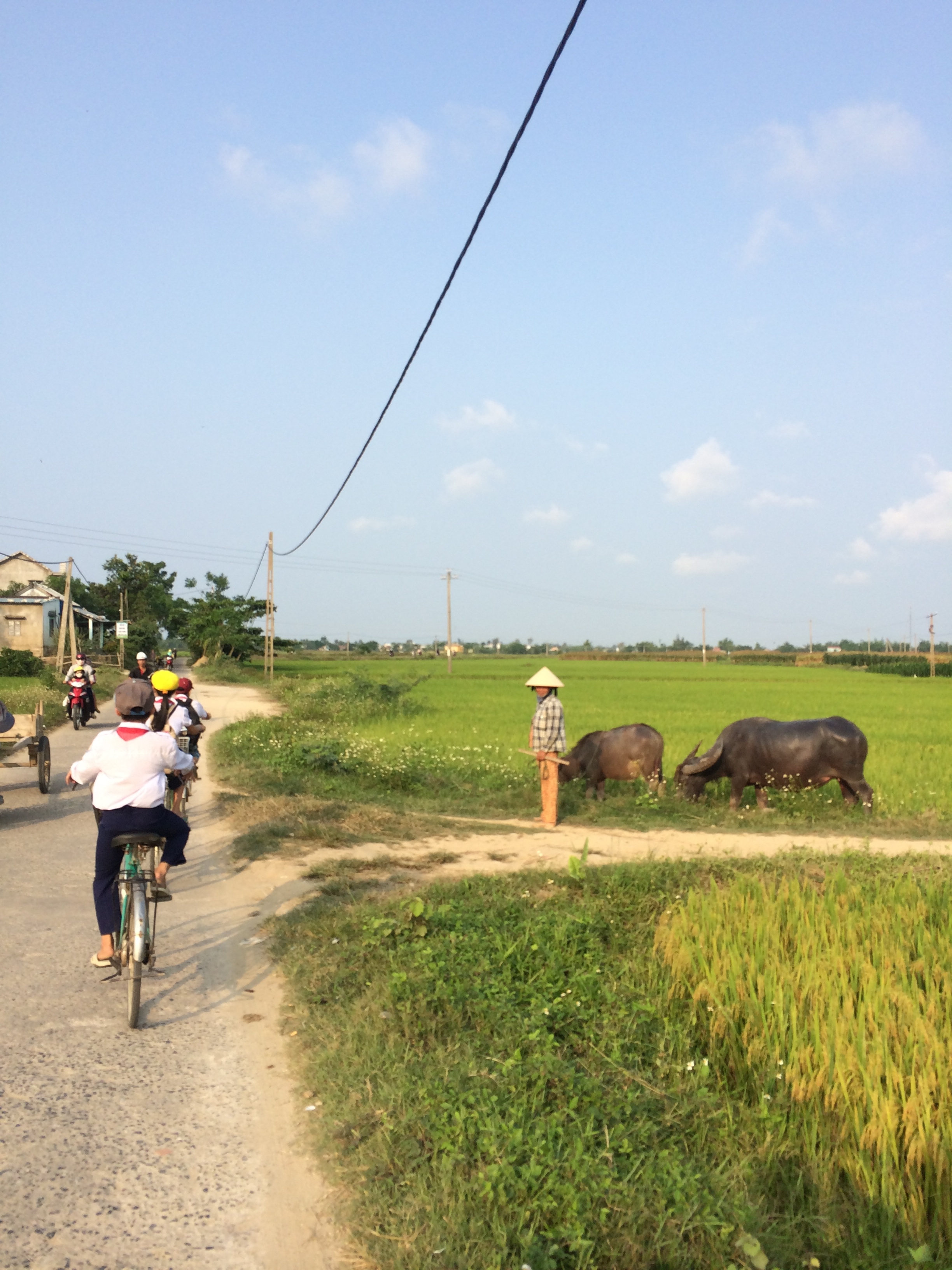Our flight out of KL on May 15 was bright and early, which put us in Vientiane, Laos by around 9:00am. We were the first people in the visa-upon-arrival line, and $35, a full page sticker, a stamp, and 10 minutes later, we were at baggage claim!
Laos, People’s Democratic Republic (PDR) is appropriately dubbed Laos, Please Don’t Rush. Life for locals and travelers is laid back, which I think is due to the intense heat. Already at 5:30am, the temperature straddles between 85º-90ºF and quickly soars to 105º-110ºF by afternoon. Even a meager breeze from the Mekong hardly helps. By 10:30am, I’m usually longing for a siesta. Places are deserted by noon. In the early evening when we journeyed out of our chilled rooms for dinner, a 200m stroll would guarantee us heat exhaustion within minutes. Air-conditioned rooms and Western cafes became our life saving best friends in Laos. Southeast Asia is known for its brutal heat, but Laos, being the only landlocked country in this region, takes HOT to a whole new level.
The majority of travelers in Laos are young, ranging from early 20s to early 30s, making it easy to make new friends. Since Laos is a tiny country with a common route for backpackers, it is easy for travelers to run into each other again and again. We befriended Stan, who we met in a tuk tuk in Vientiane. To our surprise, he also resides in San Francisco in an apartment down the street from ours!
I was surprised to find how business in Laos differed from business in Vietnam. Laotians were perfectly content with not making a sale. Loud barking, or should I say haggling, is seldom if not frowned upon. Also contrary to the Vietnamese, Laotians genuinely had pleasant faces when doing business; I never once saw the bloody look of murder washing over their faces like the ones we grew accustomed to in Vietnam when walking away from insanely marked up prices. Generally, the “skin tax” in Laos was still high, but not exponentially high like in Vietnam.
We only spent a couple days in the sleepy capital city of Vientiane. Unlike Hanoi or Ho Chi Minh City, the international airport and city of of Vientiane is peaceful and quiet. Upon exiting the airport, you won’t find any taxis or drivers swarming you to rip you off. Only a few taxi-cars line the road, along with several tuk tuks. Once in town, there are more vehicles than motorbikes that drive in orderly fashion, and no one honks their horn. Barbecue meat sticks populate the streets in the evening, and at $1 USD for a small can or $1.50 USD for a large bottle, Beerlao is the popular drink of choice. 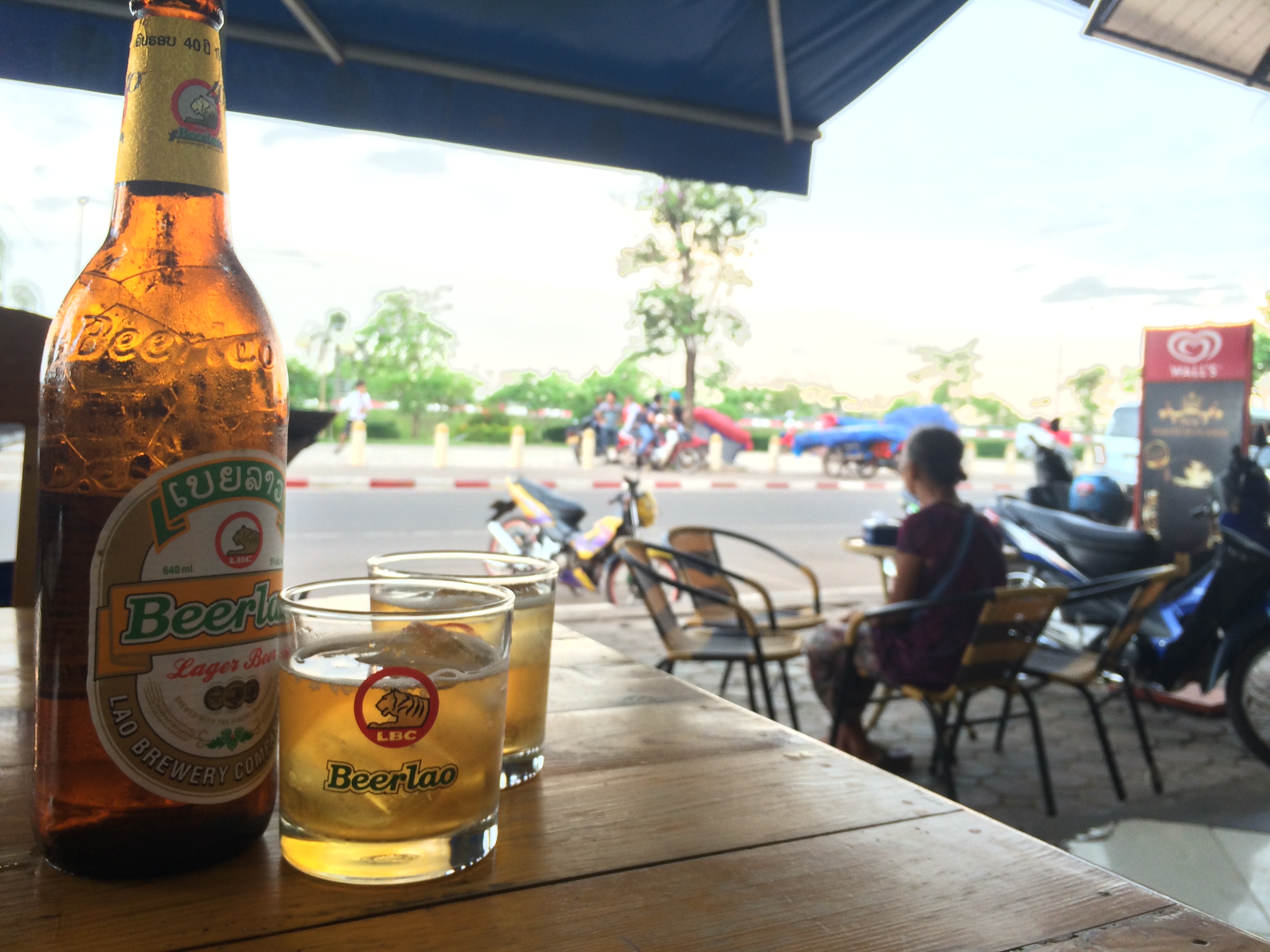
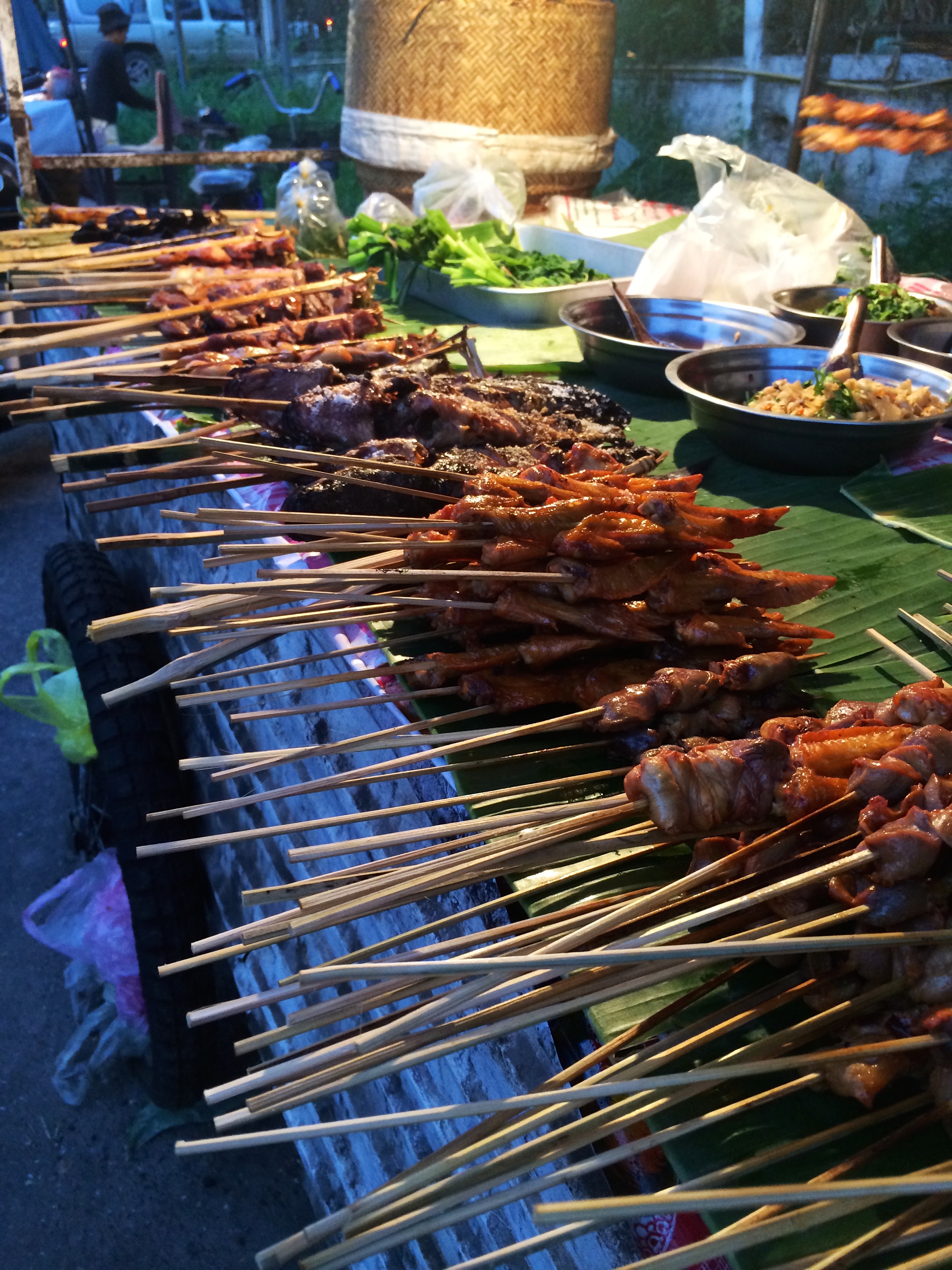
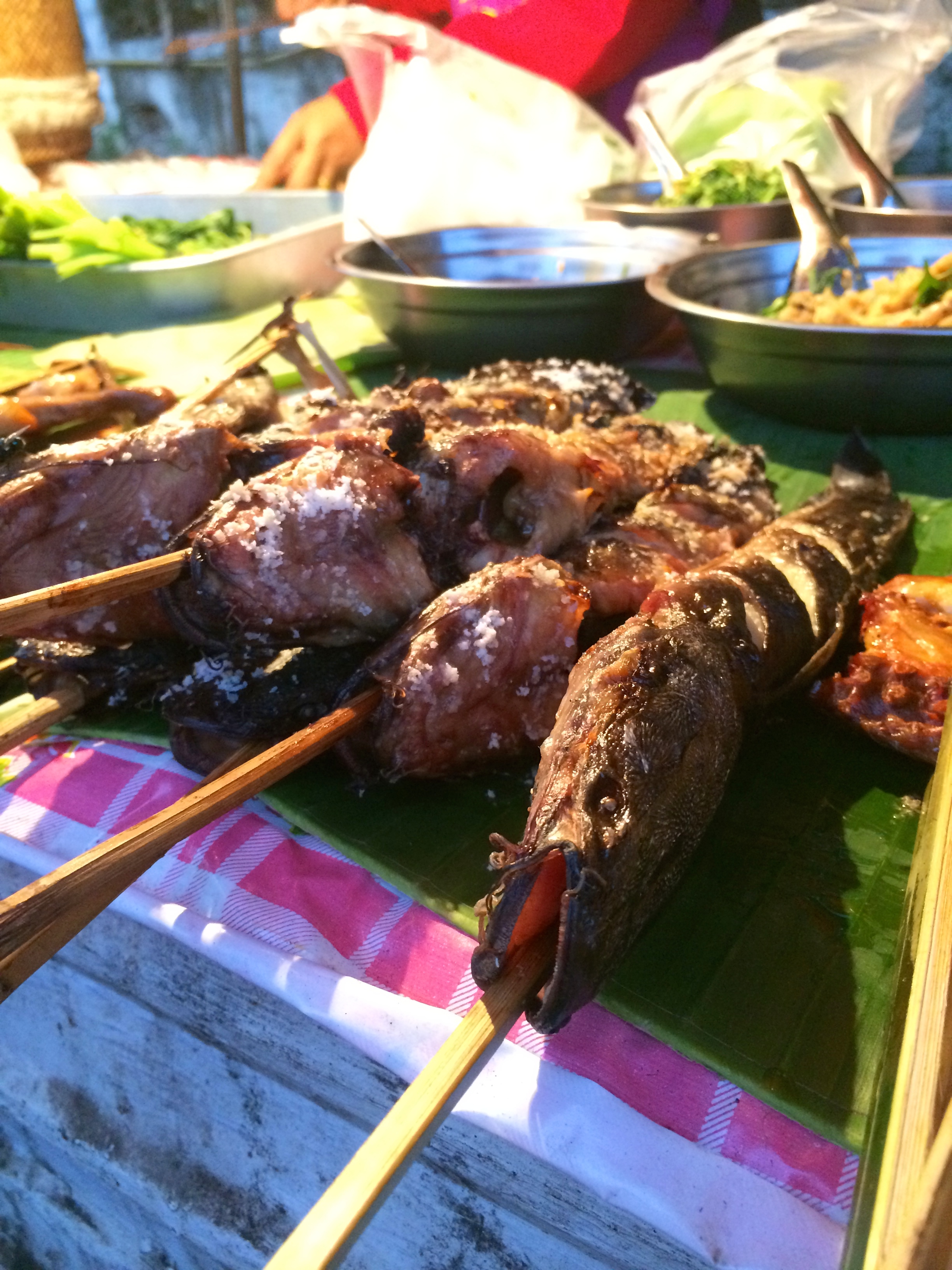
For our first full day in Vientiane, we rented a motorbike to check out Pha That Luang, the golden stupa known as the national symbol of Laos, and Buddha Park, a bizarre collection of Buddha statues and figures. After an accidental, illegal left turn near a group of Laotian policemen, a frantic exchange of rental documents and a California drivers license, a battle with broken English, and a 100,000 kip ($12 USD) fine, we made our way to the stupa! 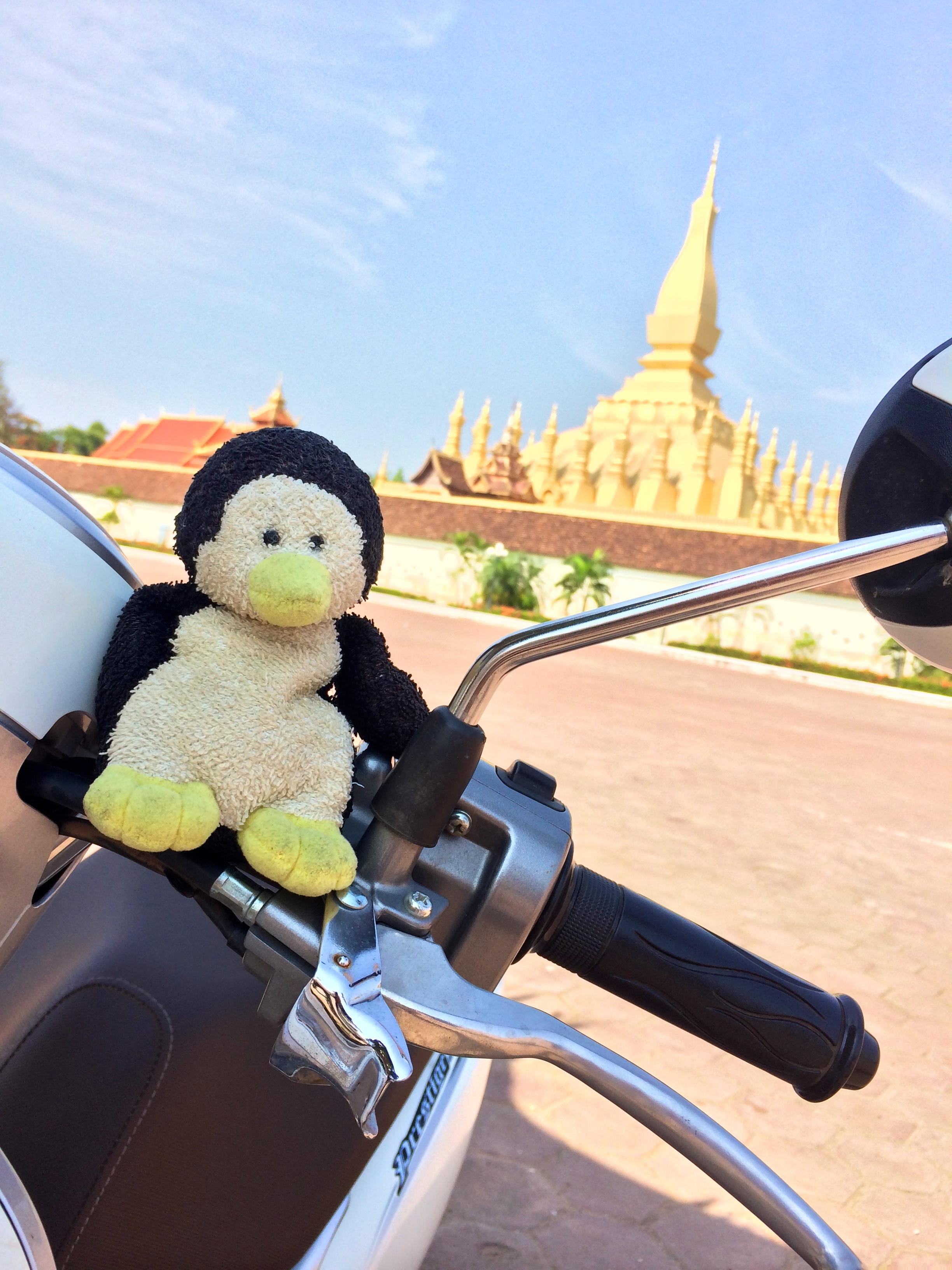
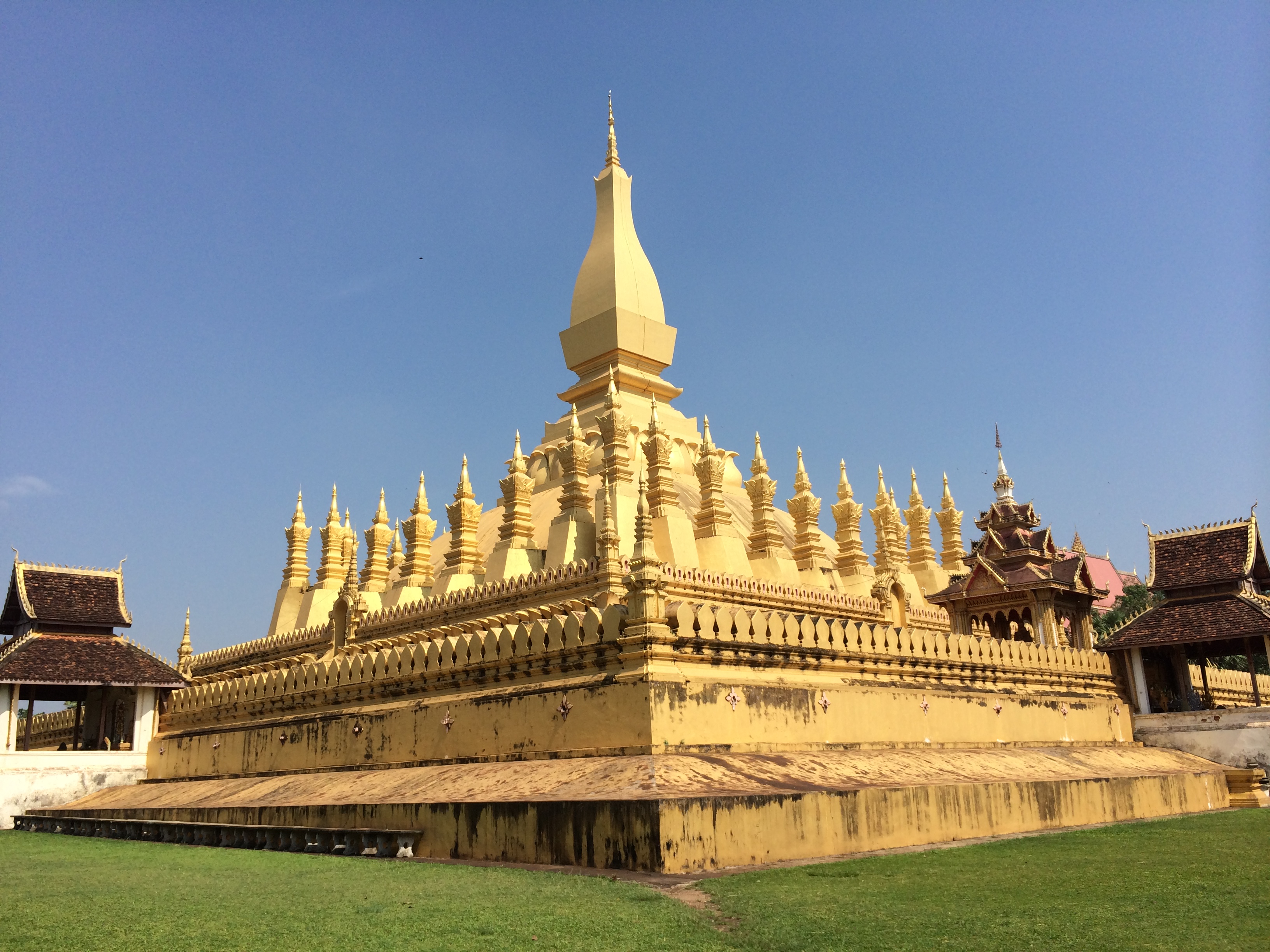
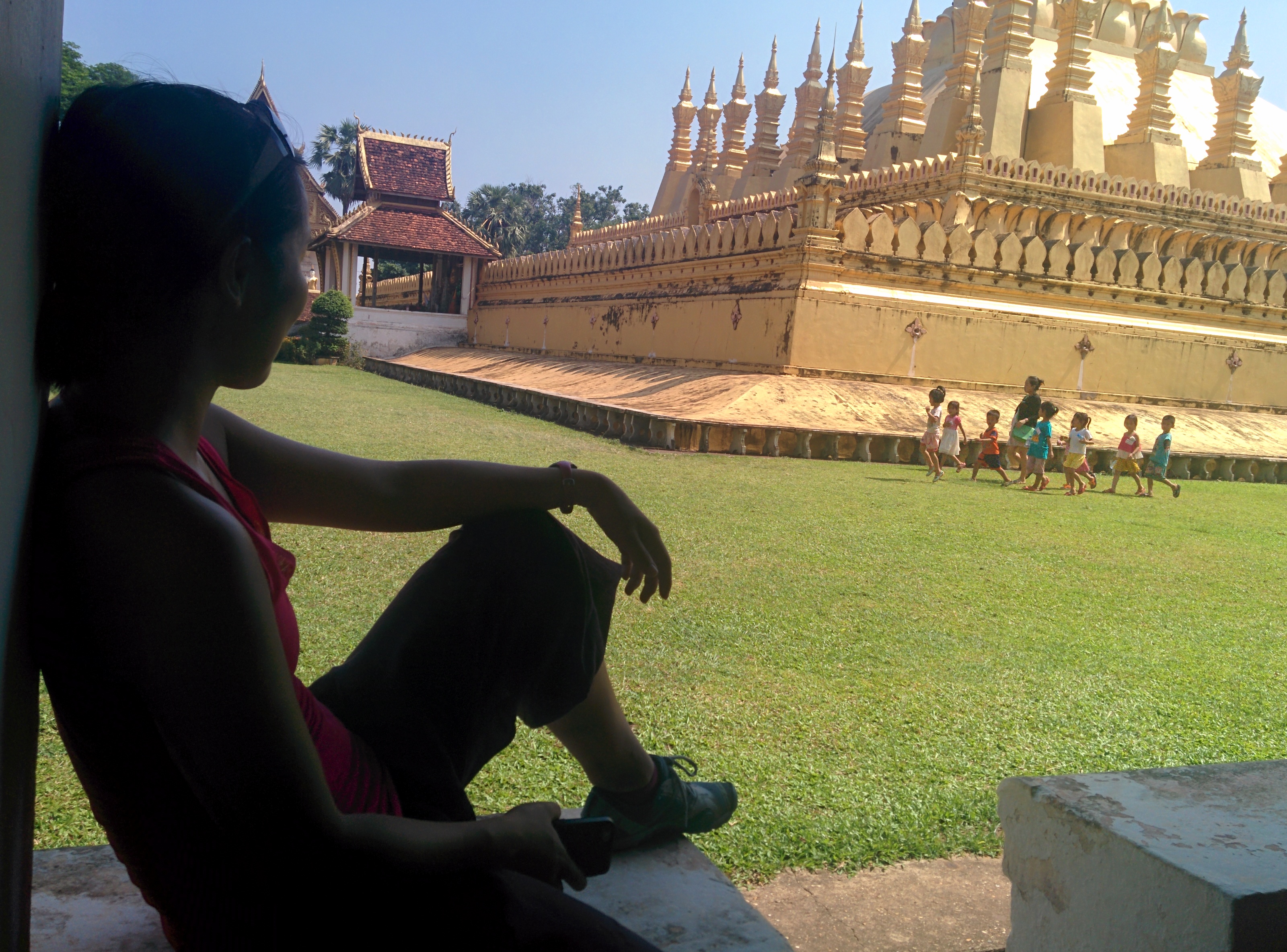
There were also a few lovely temples surrounding the stupa. 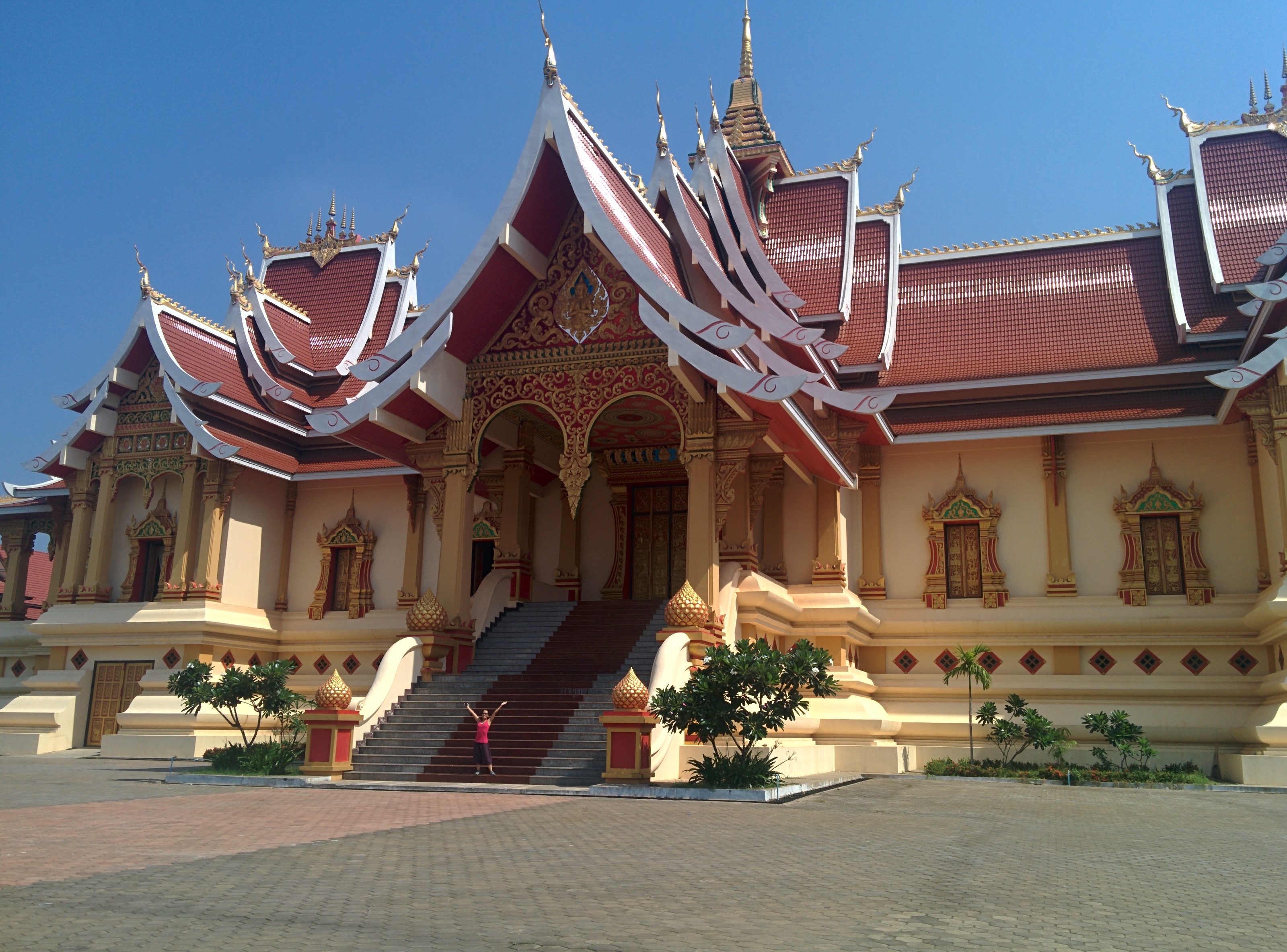
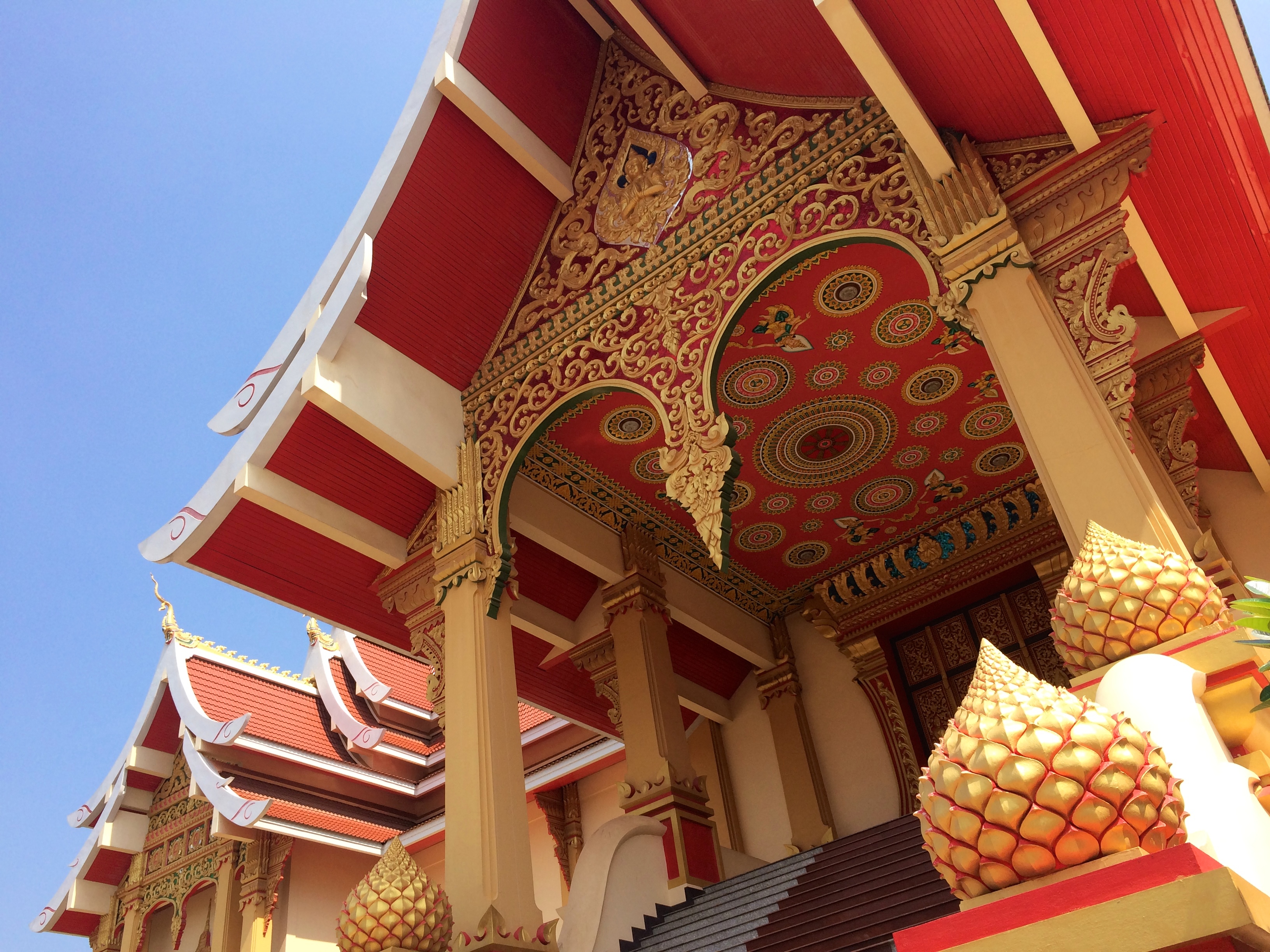
Shortly thereafter we made our way to Buddha Park, about 25 km out of Vientiane. We rode along the Mekong, and gazed at Thailand on the other side of the river. 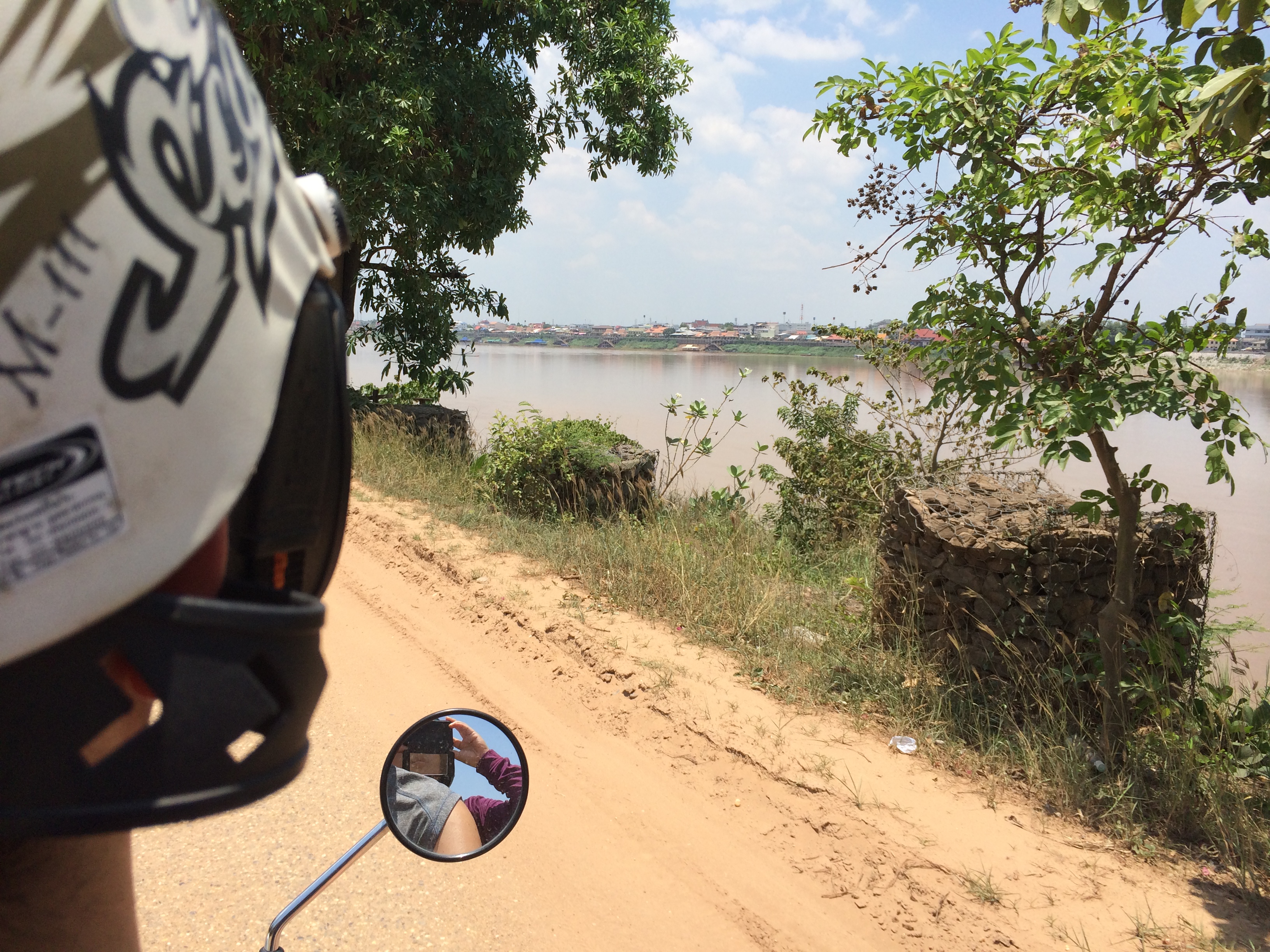
Here are some photos below that showcase some bizarre statues from Buddha Park. 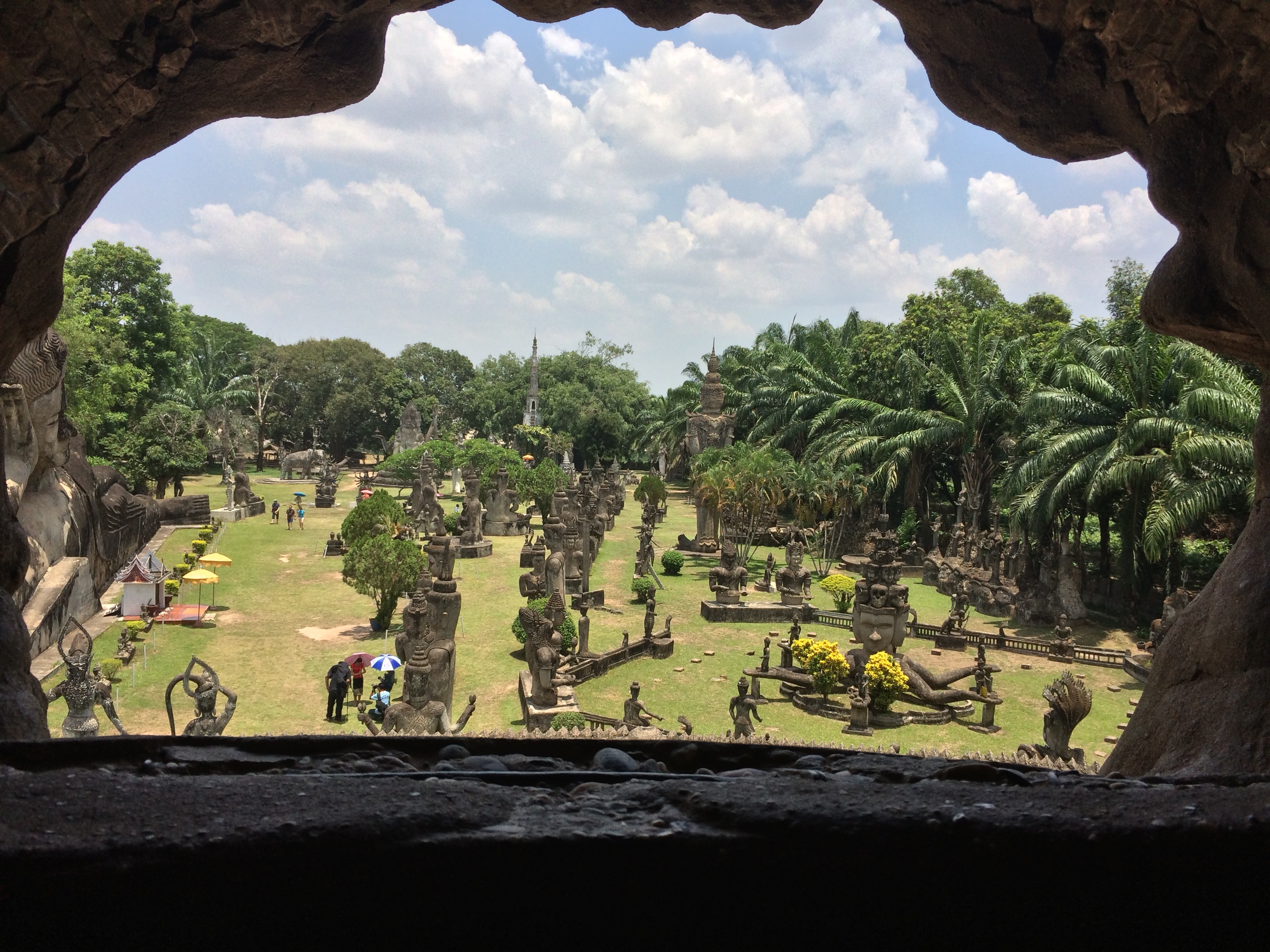
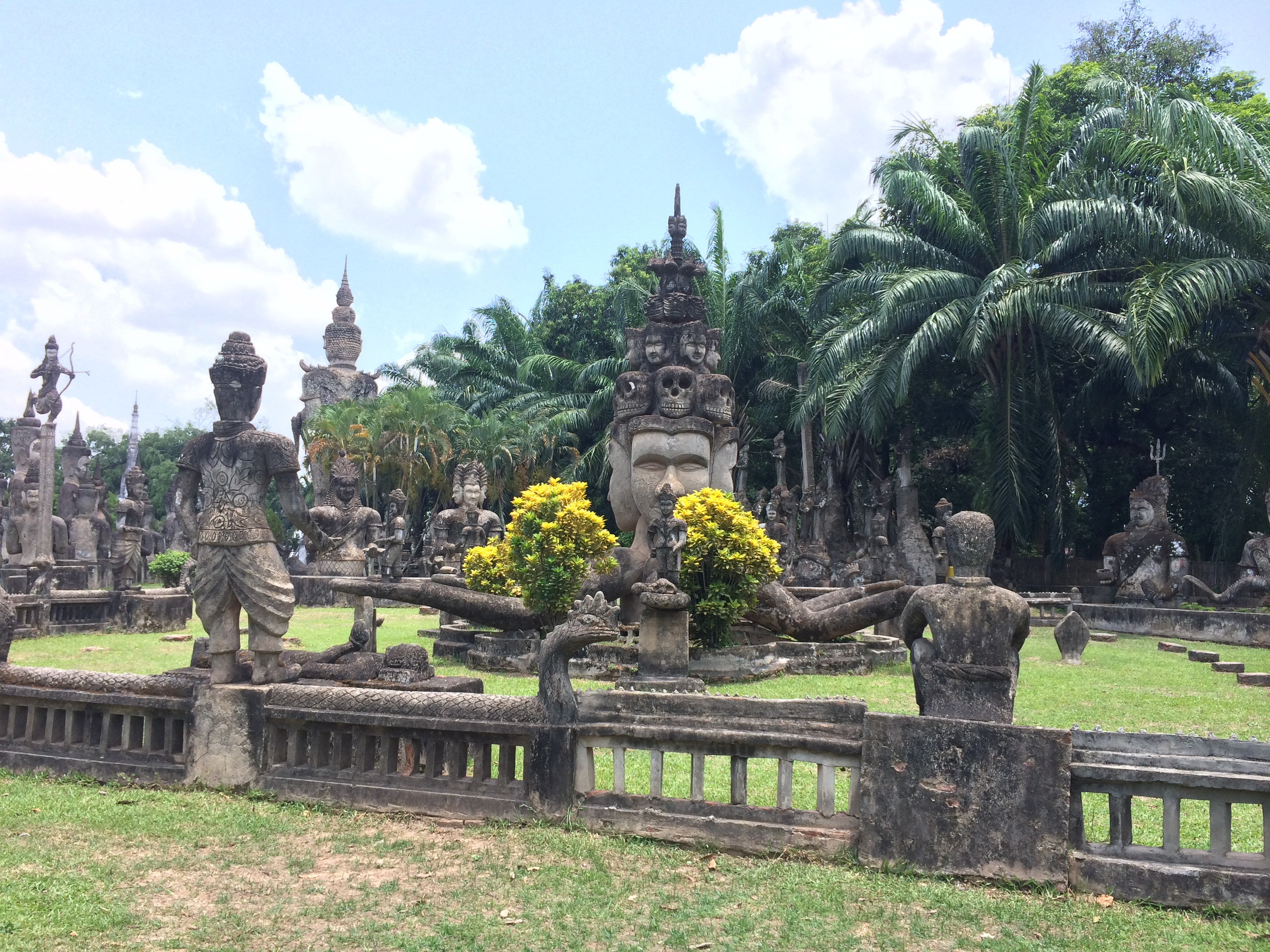
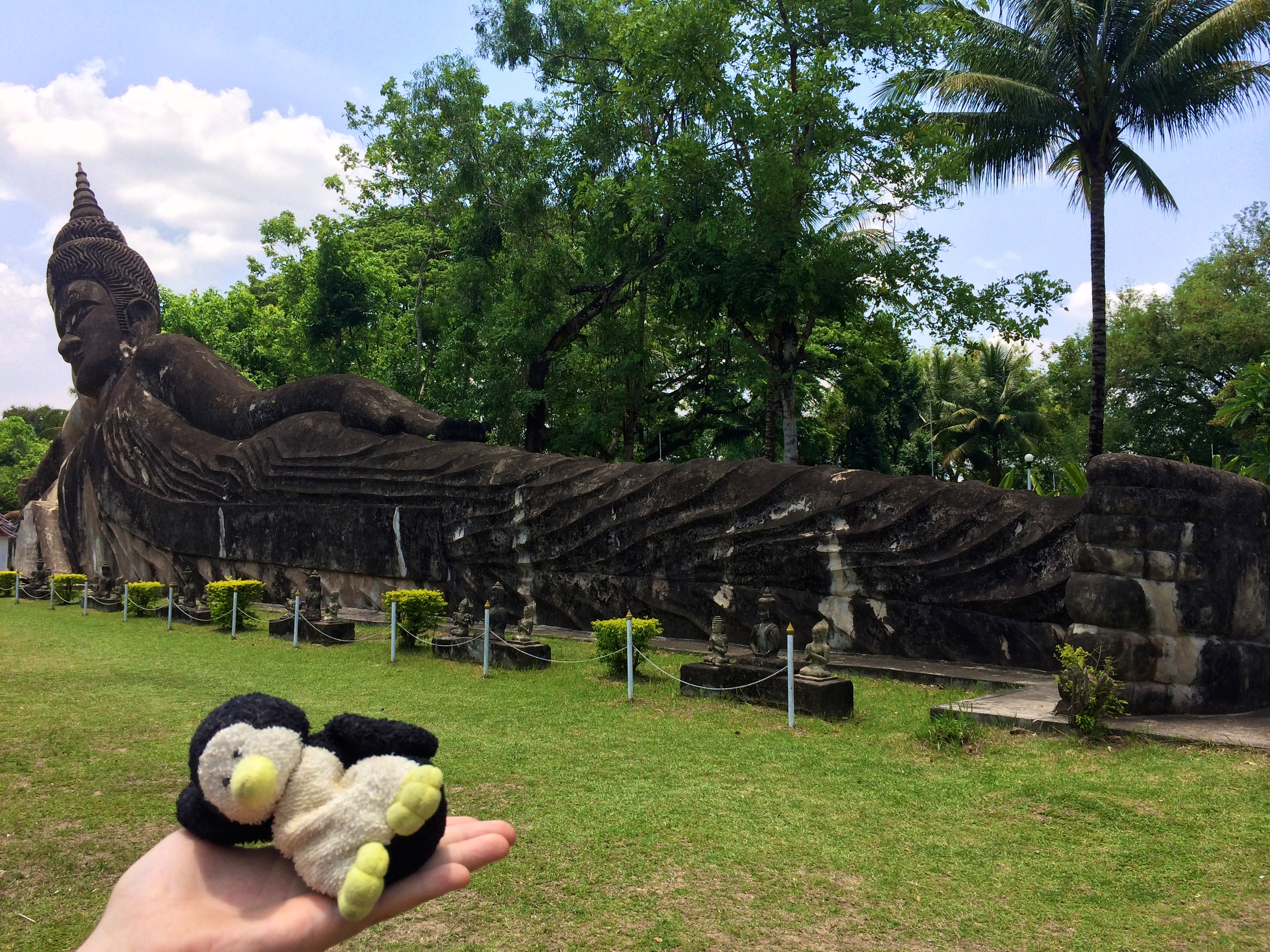
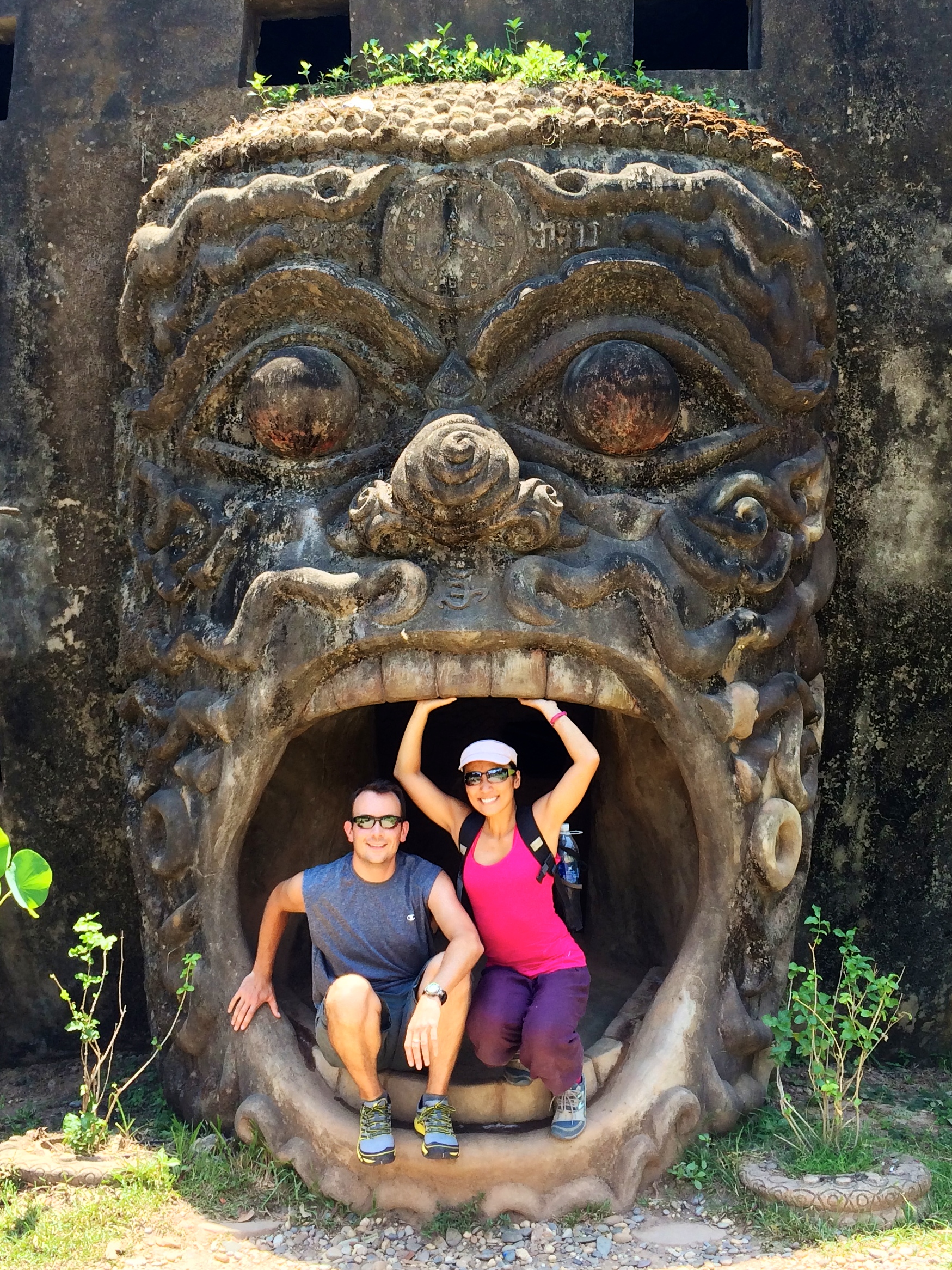
That evening, we enjoyed a skewered dinner at the night market. My favorite – bacon on a stick and sticky rice on a stick! 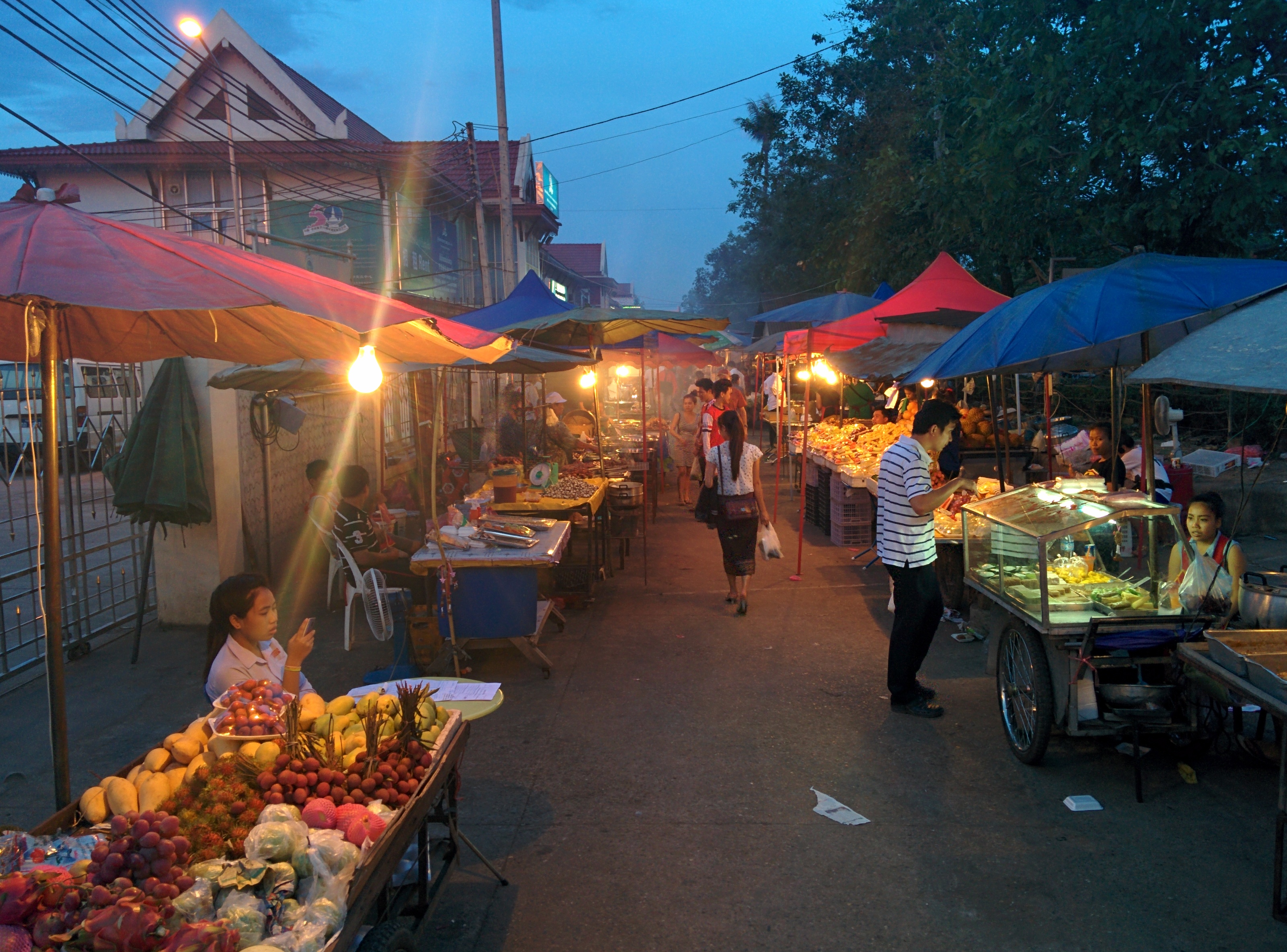
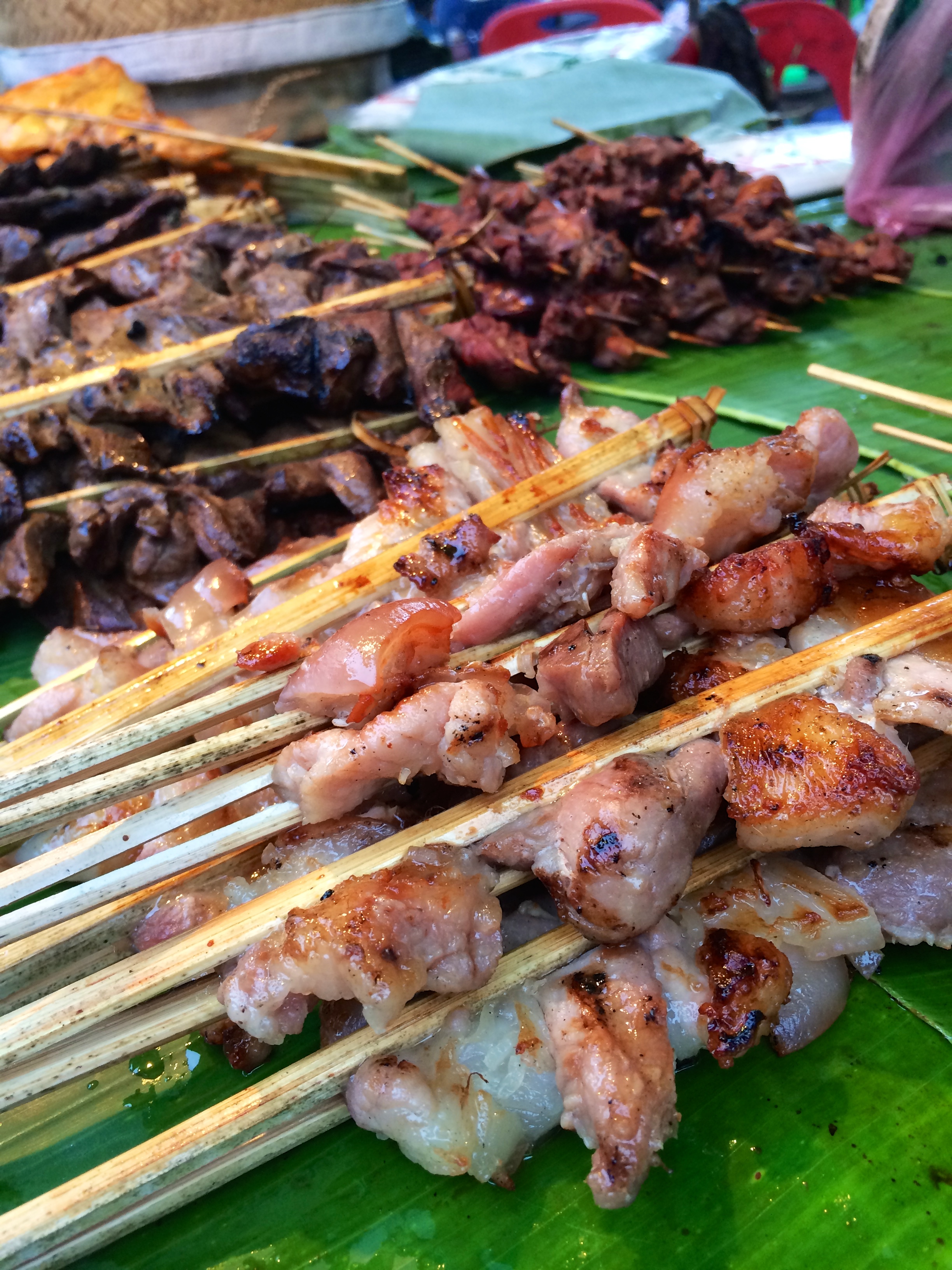
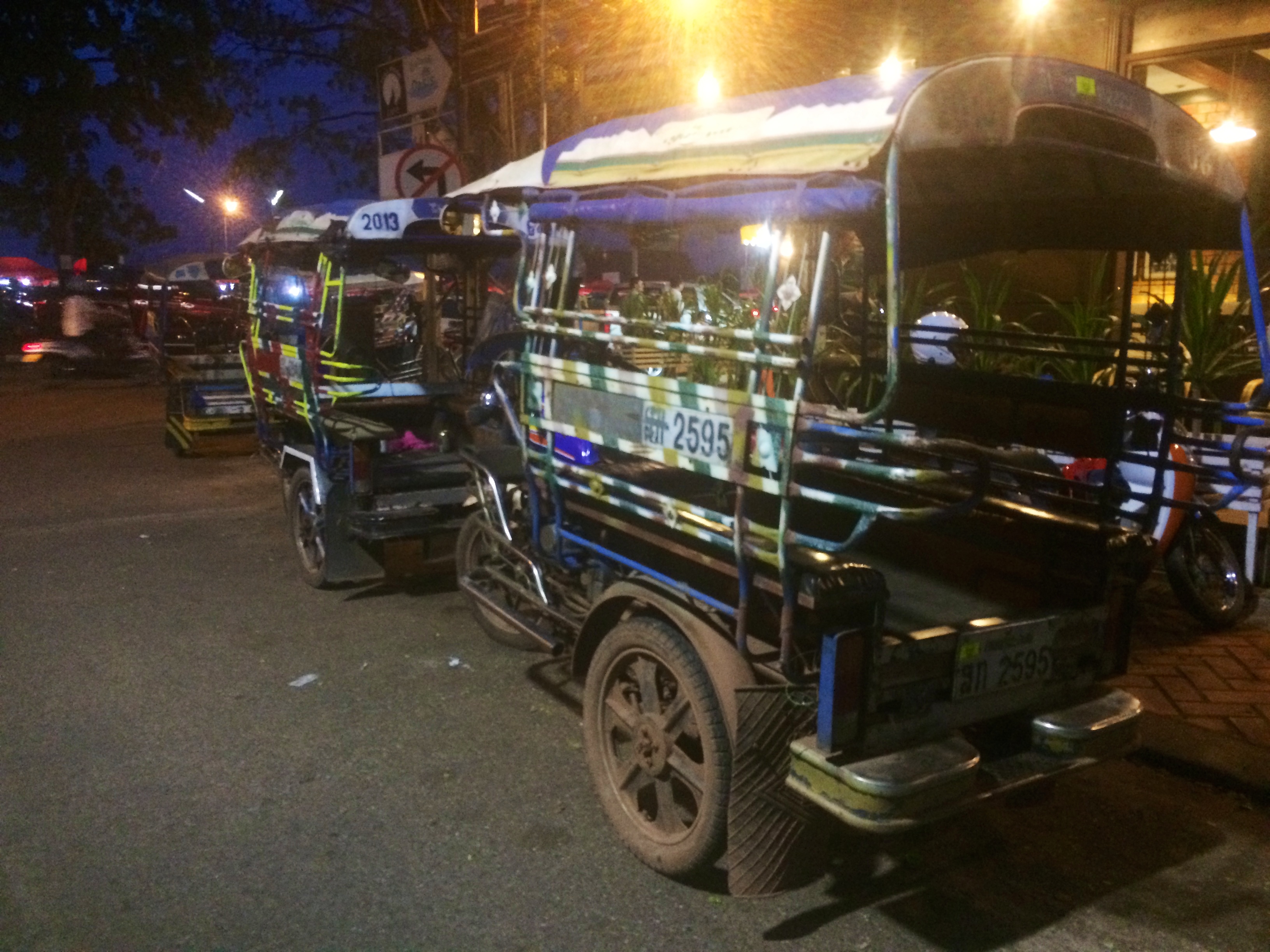
The next day we took the 4 hour bus ride to Vang Vieng, the beautiful and popular party town notorious for young, obnoxious backpackers. We selected a basic but cute bungalow on the other side of the river from town for 60,000 kip ($7.50 USD) per night. Prior to arriving to Vang Vieng, I had done a lot of reading and knew that we were entering a party town. Still, I wasn’t expecting this to be reception upon arrival. 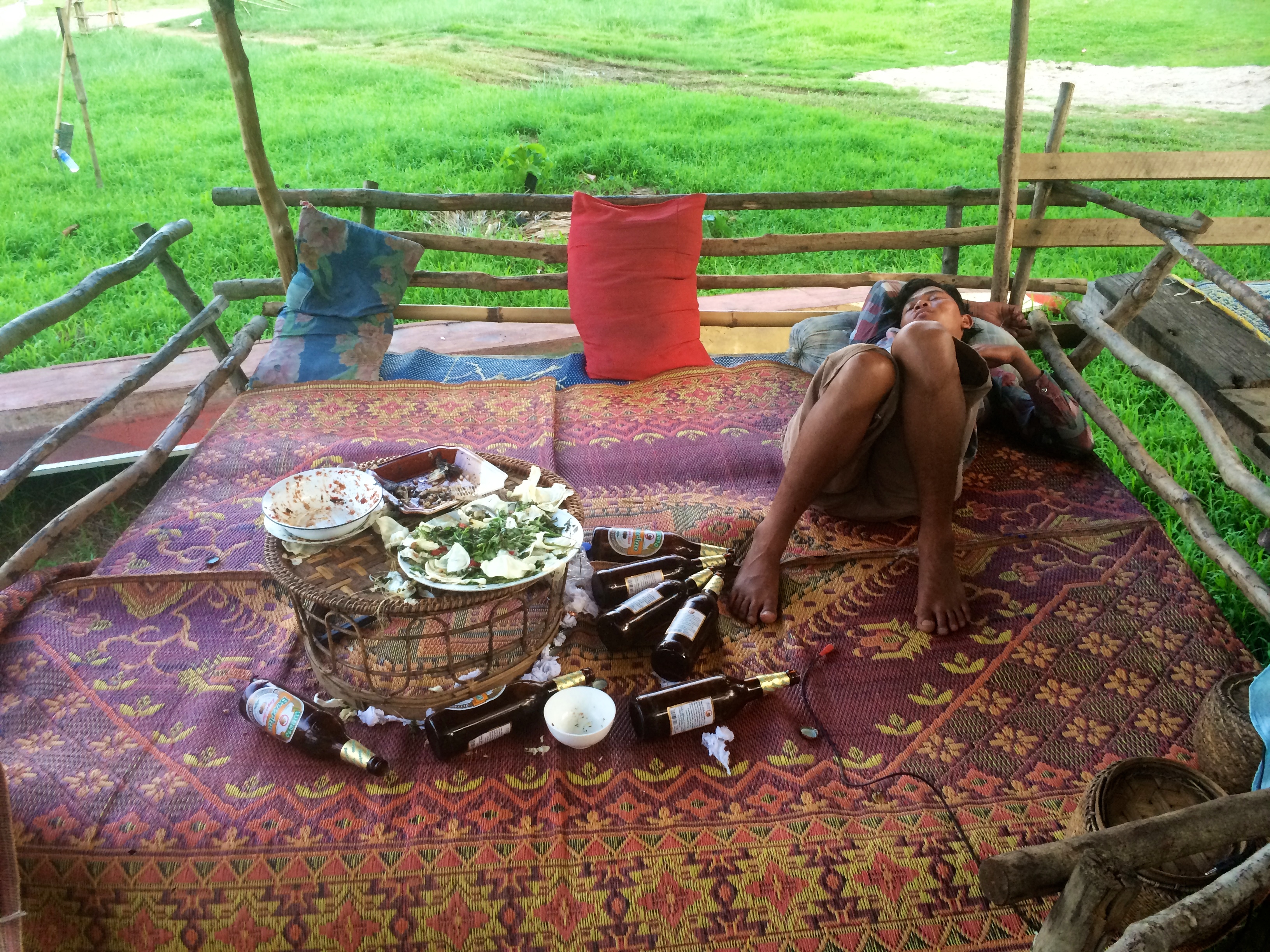
We didn’t want to disturb him, so we checked ourselves in by picking a vacant bungalow (with the help our neighbors and new friends Alex and Liz). Amenities included a large, comfortable bed, mosquito net, private bathroom, and a hammock. Due to the simplicity, the bungalow let us take advantage of its lovely surroundings. 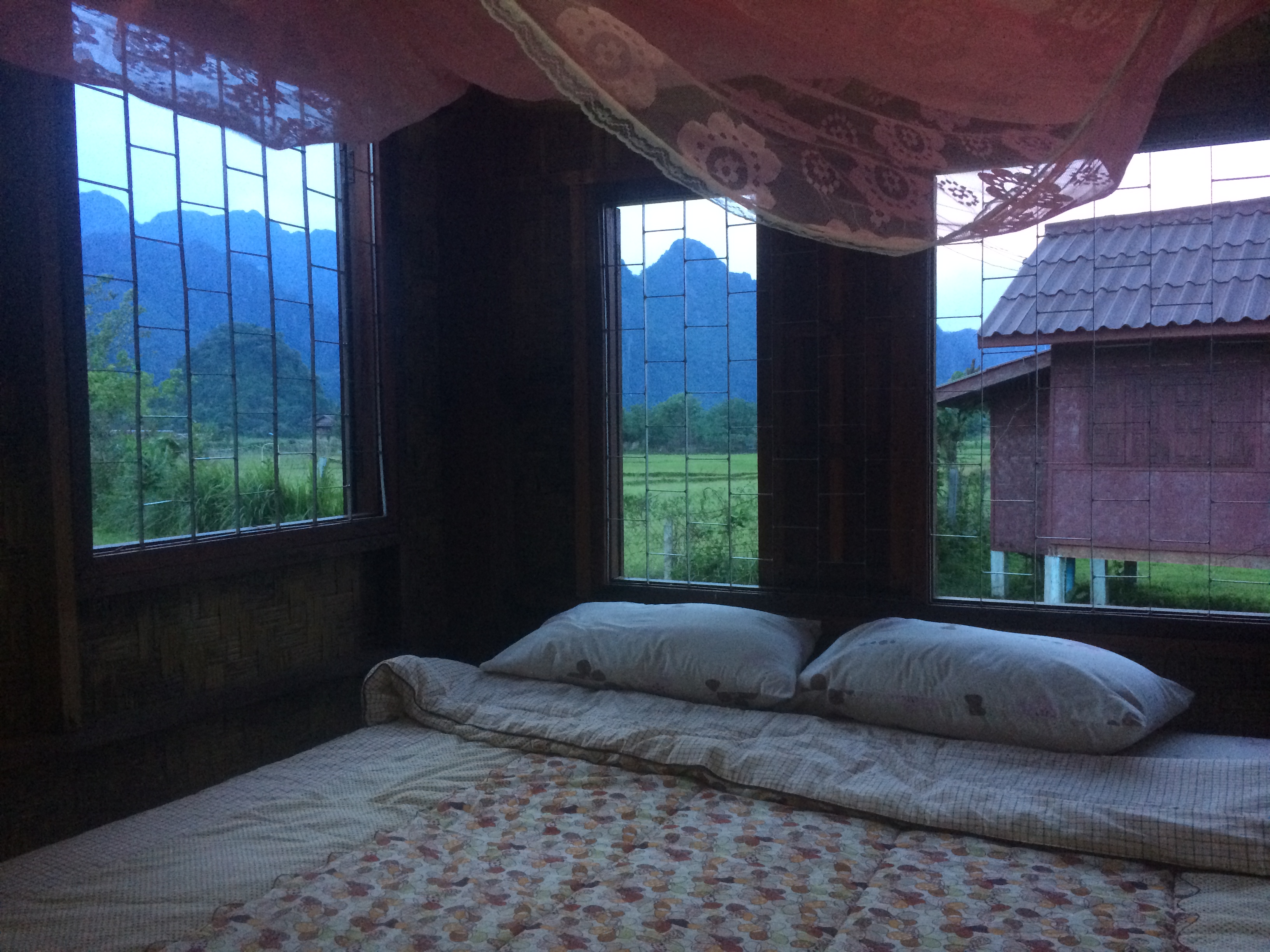
As soon as we checked into our bungalow, Chris noticed a storm coming in. We gazed at the black sky and lightning bolts from afar and Chris estimated it would hit us within 15 minutes. Since it was 8pm and we hadn’t had dinner, we quickly headed into town with the plan to wait out the storm at a restaurant. We seated ourselves at an outdoor restaurant with a large awning, where the owners and their large family were finishing up dinner. Within minutes of ordering drinks, the wind shifted directions and began to toss everything around. The black sky opened up and released its storm. The Laotian family bolted into their restaurant (which was actually their home), and a woman grabbed our menus and gestured that they were closing due to the storm. As they hurriedly stacked their chairs and took in their condiments, we asked if we could sit under their awning for shelter. They permitted us to remain seated, scrambled into their home, and shut their metal sliding doors. We sat as close to their entrance as possible to avoid the heavy rain, and with a loud bang, the power went out and we sat in darkness. I pulled out my poncho, opened it up, and we huddled behind our single poncho. With the poncho pulled up to our faces, we kept our eyes squinted to avoid the violent wind and rain, and we wondered how long we would wait before we grew hungry. 
The family heard my thoughts. We probably only sat there for a few minutes when the door cracked open, and the woman gestured us to come into their home. “Really?” I thought. We eagerly took off our shoes and entered their dark home. They lit candles and I was soon able to make out our surroundings. We were in a large living room with a small round platter and some cushions in the center of the room, and about 8 elderly women sat along the wall opposite of us. A young woman gestured Chris and I to eat dinner with them. There was a plate of fried rice, a plate of rotisserie pork, some vegetables, and bamboo jars filled with sticky rice. We happily chowed down, as the rest of the family had already finished dinner. For the next hour, even after the power came back, we sat and chatted with members of the family who knew a bit of English (a couple, Co who was 34 and Ting who was 28). 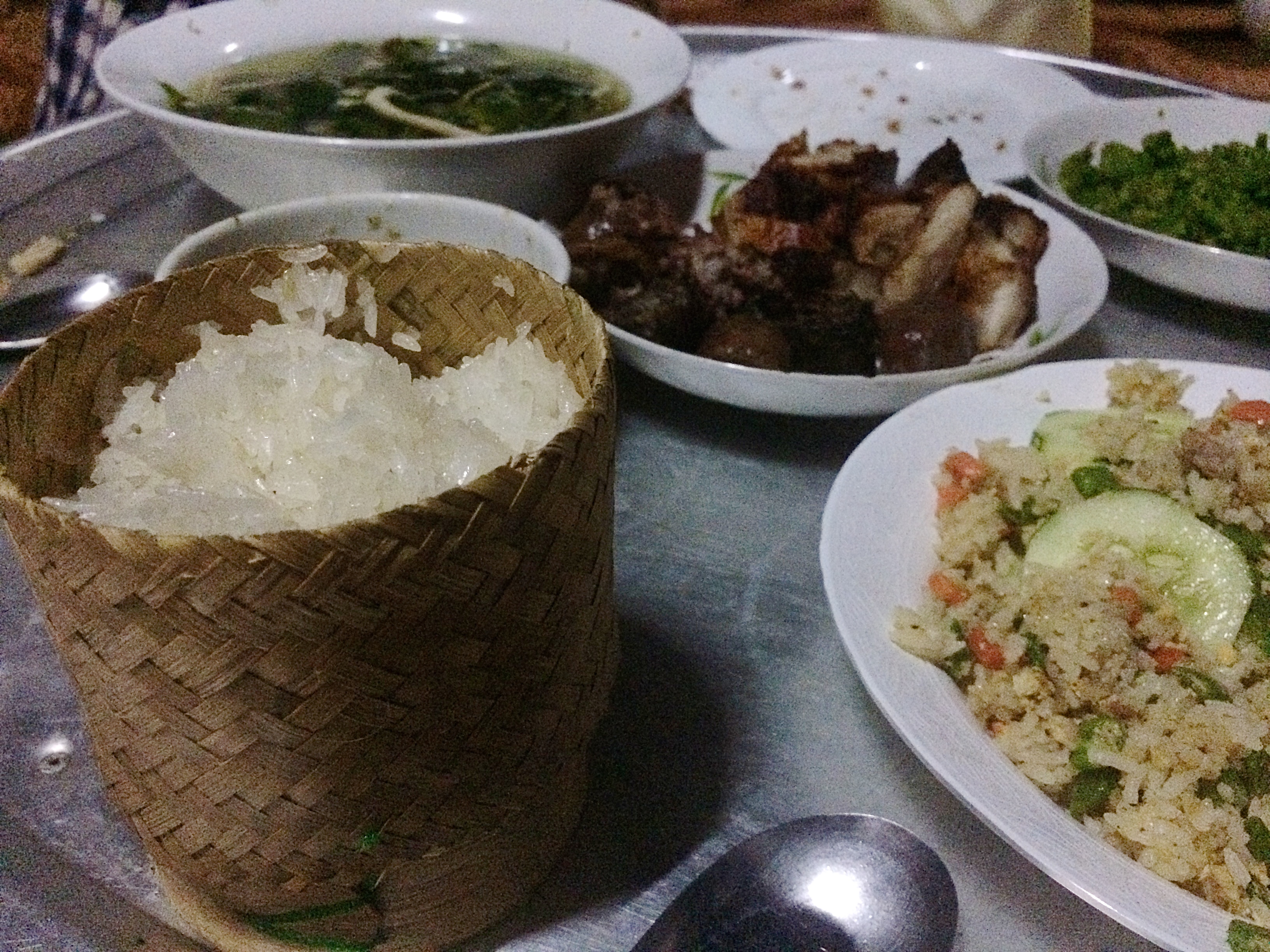
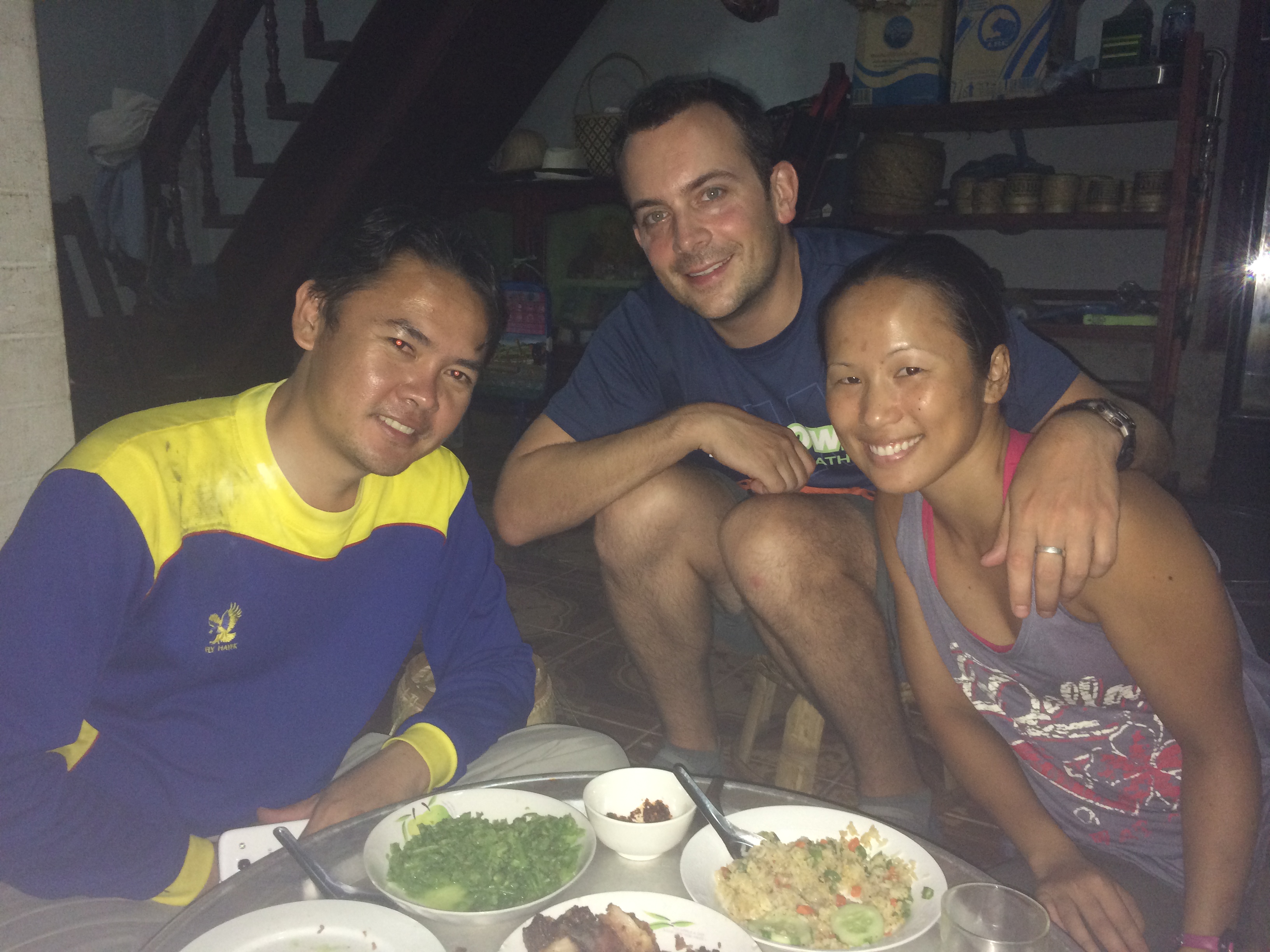
I shouldn’t generalize Laotians based on this wonderfully nice family, but I’m going to anyway. =) Unlike Americans, they do not seem to be shy or “polite” toward strangers. Chris and I were two random foreign strangers in their home, and they treated us like family. I’m not even talking about their generosity of inviting us into their home for dinner during the storm. I’m talking about what happened during dinner. While we were conversing with the couple, one elderly woman lifted up her shirt to expose her bare breasts, and lifted up one saggy breast to show another elderly woman where she was sore. She rolled over to her side, bare breasts hanging loose, and one woman massaged her back and ribs for a good amount of time. During this entire time, she had a menthol stick up her nose. All in front of Chris and I. It would obviously be too rude to take a photo of this happening, so I waited for her to cover herself up again before taking this photo below. 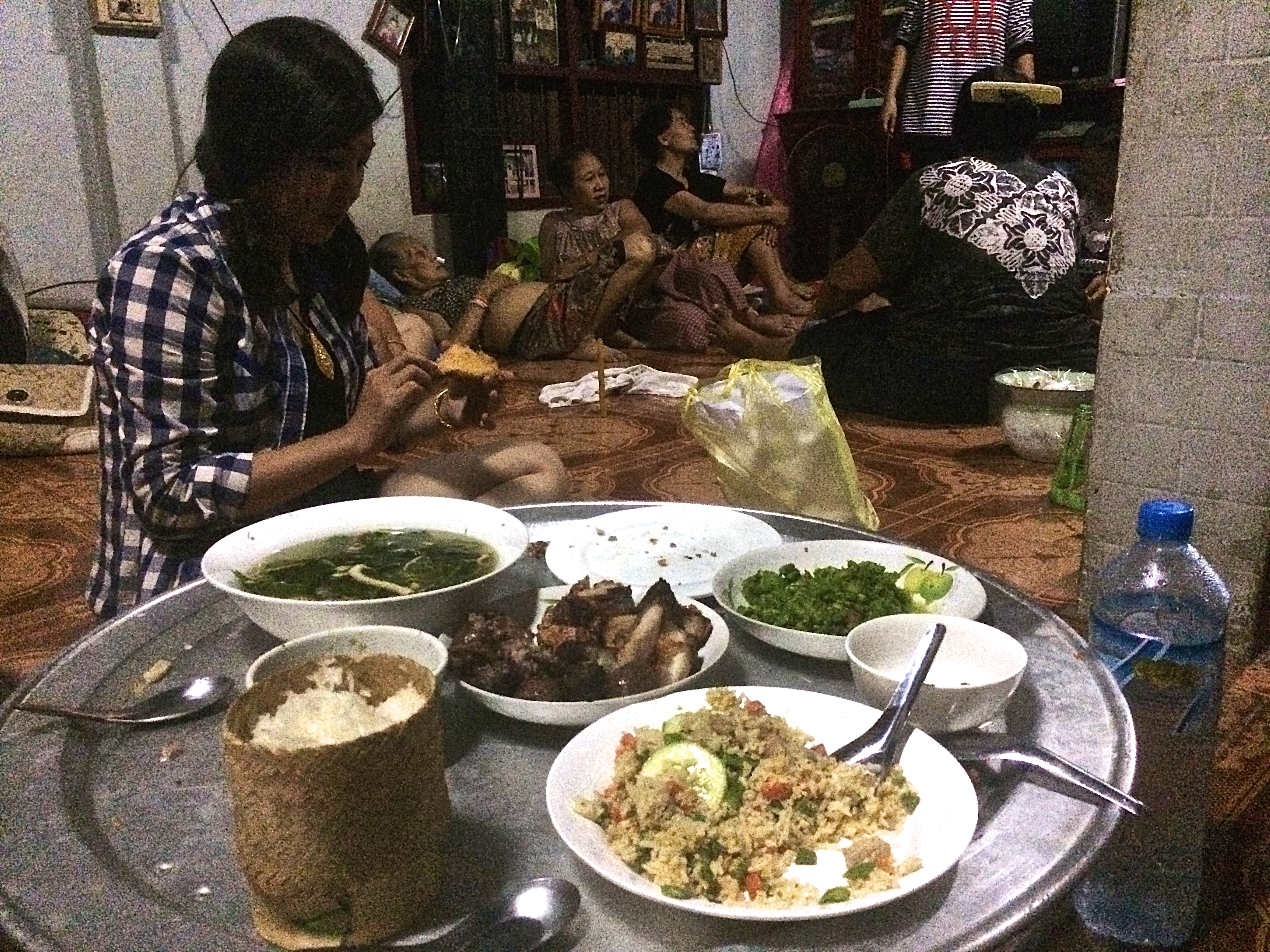
The storm lightened up and we desired to return to our bungalow. We tried to hand the couple some cash, and the entire family all cried NO! They gave us shelter during the storm and blackout, fed us a delicious family meal and gave us water, and yet they refused to take our money! We did not fight long, thanked them for their kindness, and walked back to our bungalow. Not bad for our first 3 hours in Vang Vieng! (We enjoyed a paid breakfast at their restaurant the next morning.)
The following day, we went tubing down the river, a must-do if you are a backpacker in Vang Vieng (better if you’re under 40 years old). Tubing is like…Spring Break meets Southeast Asia. Most of the early to mid-20s Westerners were drunk and belligerent, and the late 20s to mid 30s were also drunk but more respectful. The tubing companies crammed us into tuk tuks topped with inflated tubes and took us upstream. 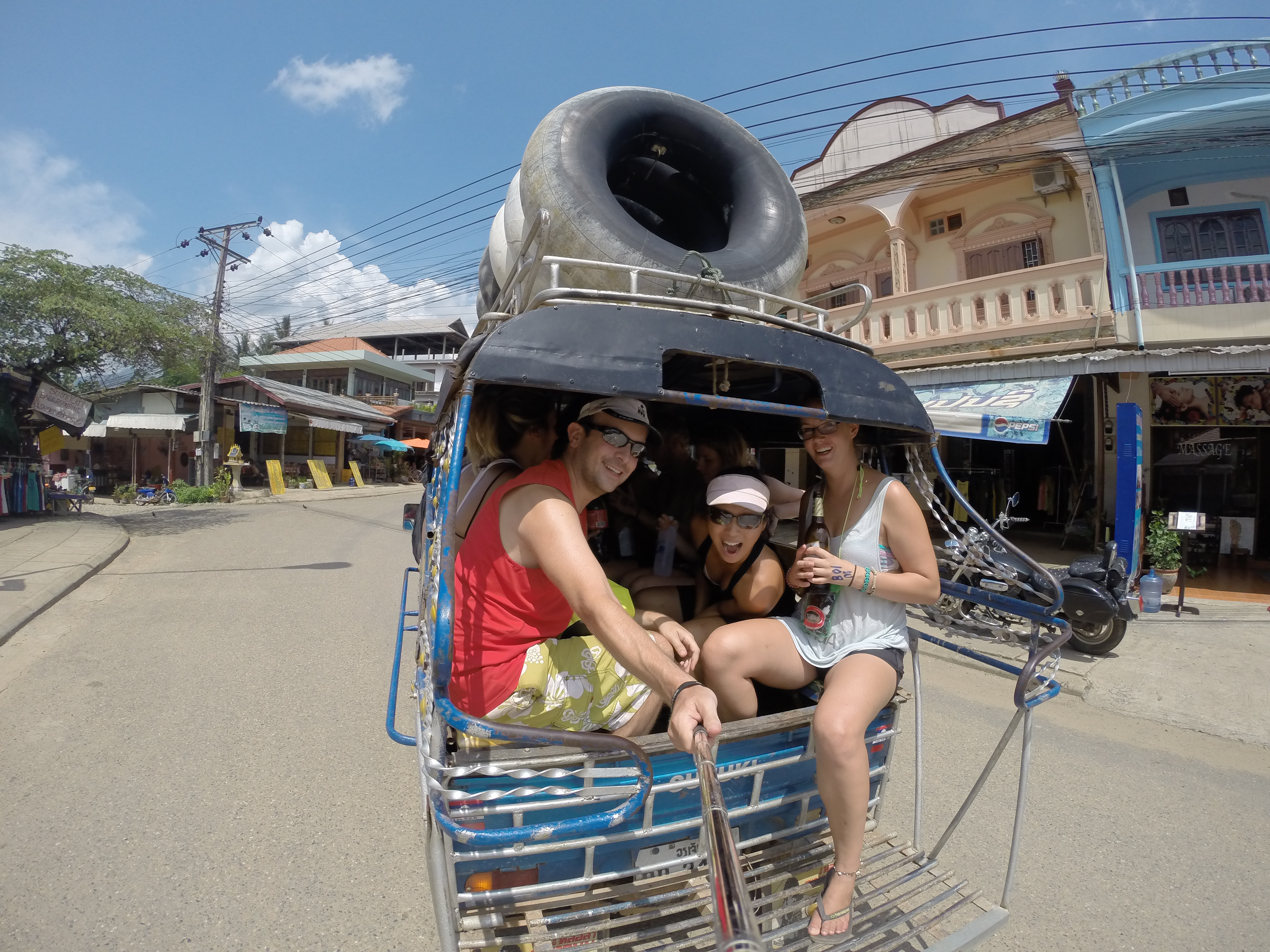
Tuk tuks dropped everyone off at the first bar (Bar “zero”), where we were greeted with free watered-down whiskey shots, a friendship bracelet, loud music, beer pong, a bar, and drunk people. As soon as you’re over that, you’re in the river, floating alongside the beautiful mountains. 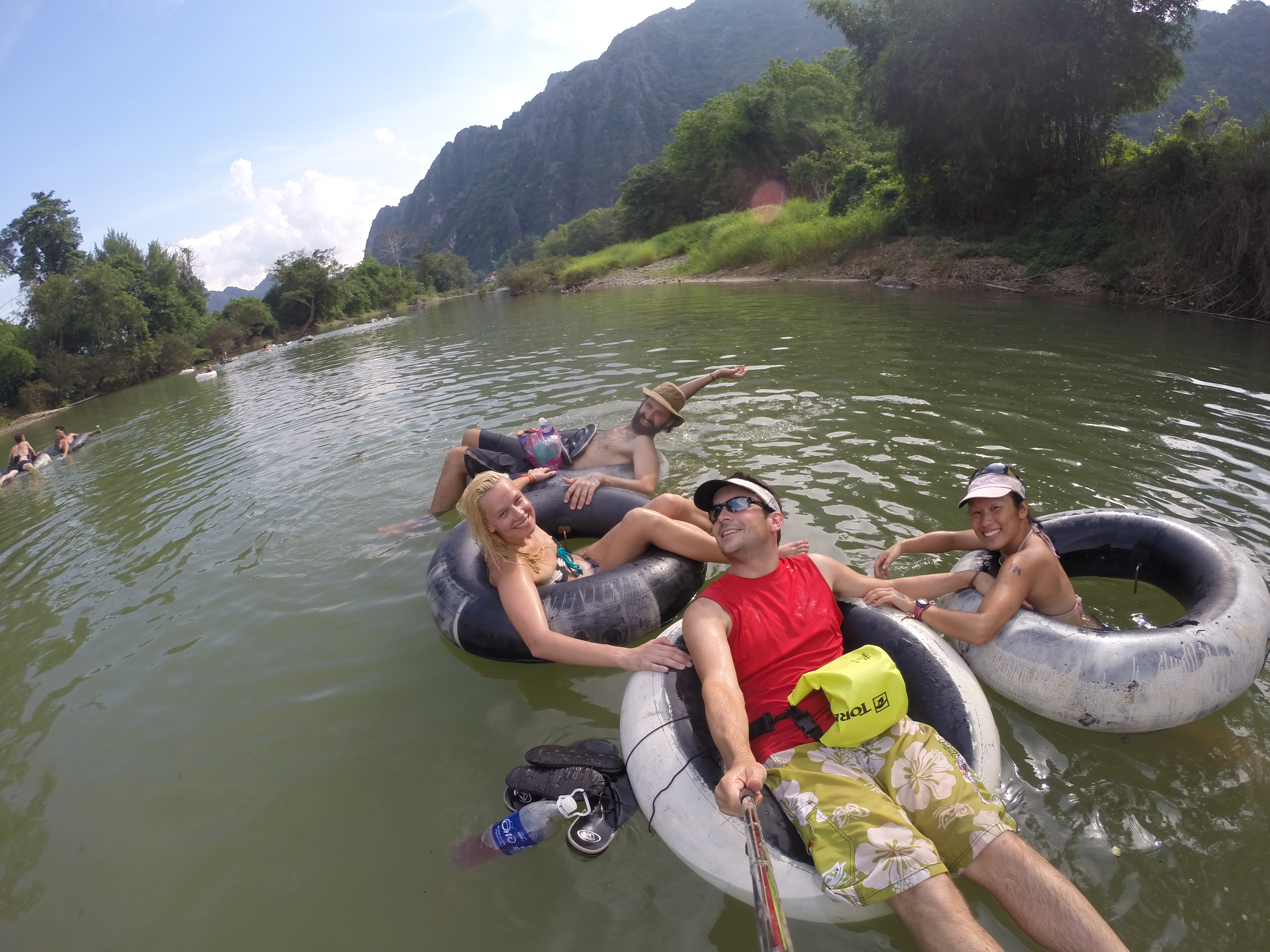
There were 3 more bars along the river. Lao children would throw you plastic bottles attached to a rope and pull you in once you got a grip on them. The bars blasted loud music, served booze and snacks, and provided entertainment such as beach volleyball, basketball, amongst others. Young foreigners from all over the world came here, hung out, relaxed, and made more friends. Years ago, shenanigans along the tubing river got too extreme (too many bars and drugs, too many fatalities from drunken stupor). The government had enough and closed down the majority of the bars, leaving only 3 bars (with connections) open today. It still is a fun, relaxing party, but definitely not the crazy out of hand party it once was on a daily basis. This is good for me, since I’m too old for that shit now anyway. 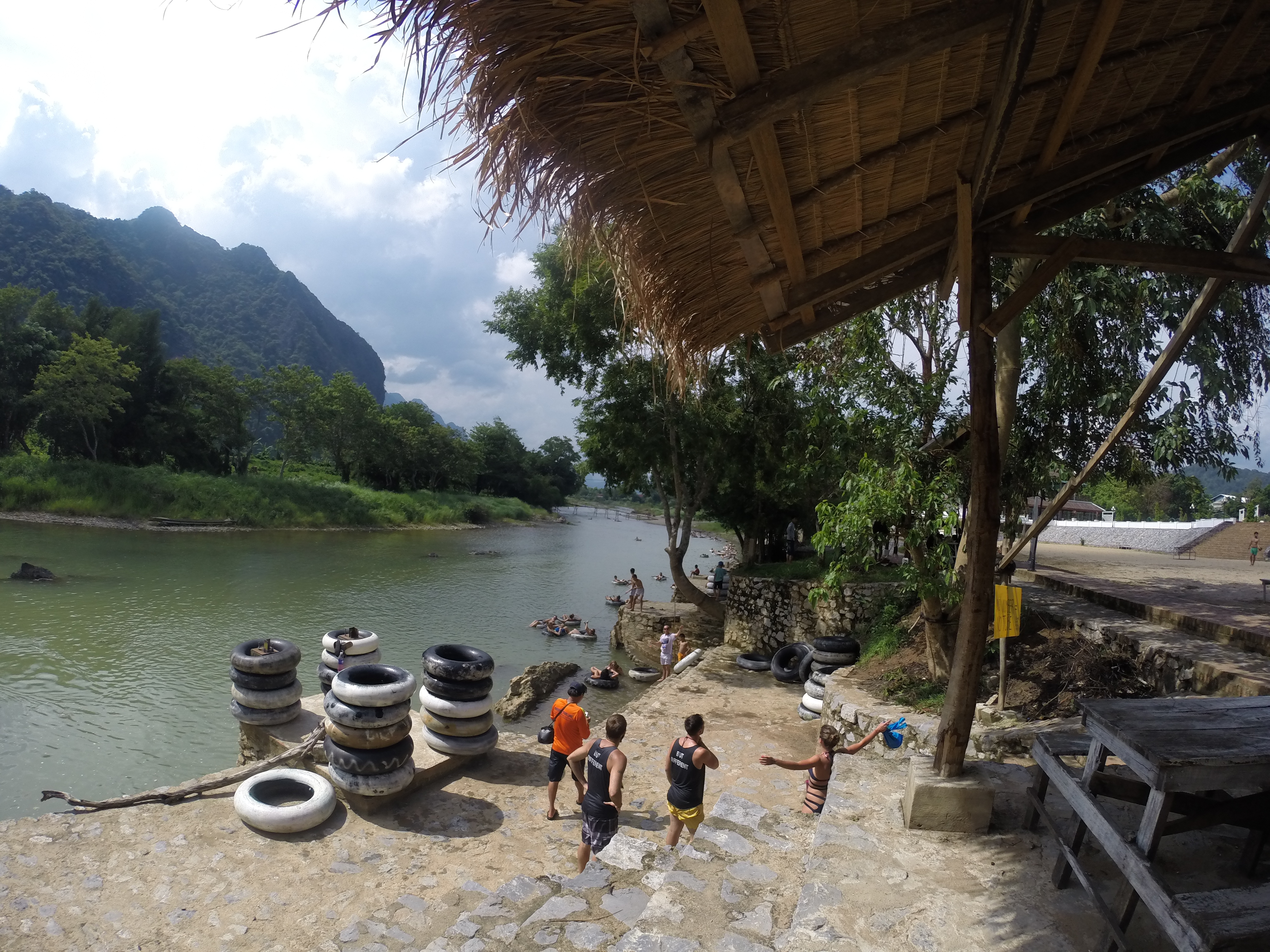
Fifteen past 5, and we were on the river again between bars #2 and 3. Looking ahead, we saw that the river was taking us into another storm. It was dark and menacing, but we had to head in that direction to get back into town. Soon the heat dissipated, a dark gray blanket covered us, the wind attempted to pull us upstream, and tree branches plummeted into the river over our heads. Drops of water began to fall. If we were in the Midwest, we would have guessed a tornado was on its way. Thunder boomed and immediately after witnessing lightning strike a cliff above us, we hopped out of our tubes and waded our way to shore.
“Wanna grab a tuk tuk on the main road?” I asked Chris as we darted along a muddy path, squinting from the increasingly heavy rainfall.
“Yeah,” Chris replied.
If we could find one in the middle of nowhere, I thought.
But we were lucky. There was already a tuk tuk parked in the soon-to-be mud, waiting for some more fellow tubers coming out of the water. Apparently, one tuber was bargaining with the tuk tuk driver as he was floating down the river. After settling at 10,000 kip per person ($1.25 USD), a deal was made.
We frantically whisked through the uneven muddy path and made our way to the tuk tuk in the chilly rain. A total of 7 tubers (including us) huddled closely together in the tuk tuk, shivering from the cold.
As we made our way back to town in the rickety tuk tuk (almost getting stuck in some muddy areas), completely drenched in rain and river water, I couldn’t help but smile. I replayed the memory of running down the dirt path in the rain, with our tubes over our shoulders and lightning flashing overhead. These are the moments that people live for. This is why we travel.
The night didn’t just end there. Our new friends Alex and Liz also got caught in the storm and got another tuk tuk ride back. We ran into them in the streets and decided on the spur of the moment to grab dinner and happy shakes together. Pizzas at Milan Pizza were delicious, the shakes were wonderful, the atmosphere and music a delight, and the service was friendly and well-accommodating. We left Milan Pizza not long after midnight and staggered our way through the empty streets of Vang Vieng beneath the bright, full moon. An adorable puppy even followed us from town, crossed the wobbly bamboo bridge, and spent the night curled up on our front porch. We exchanged hugs with Alex and Liz and called it a damn good night. 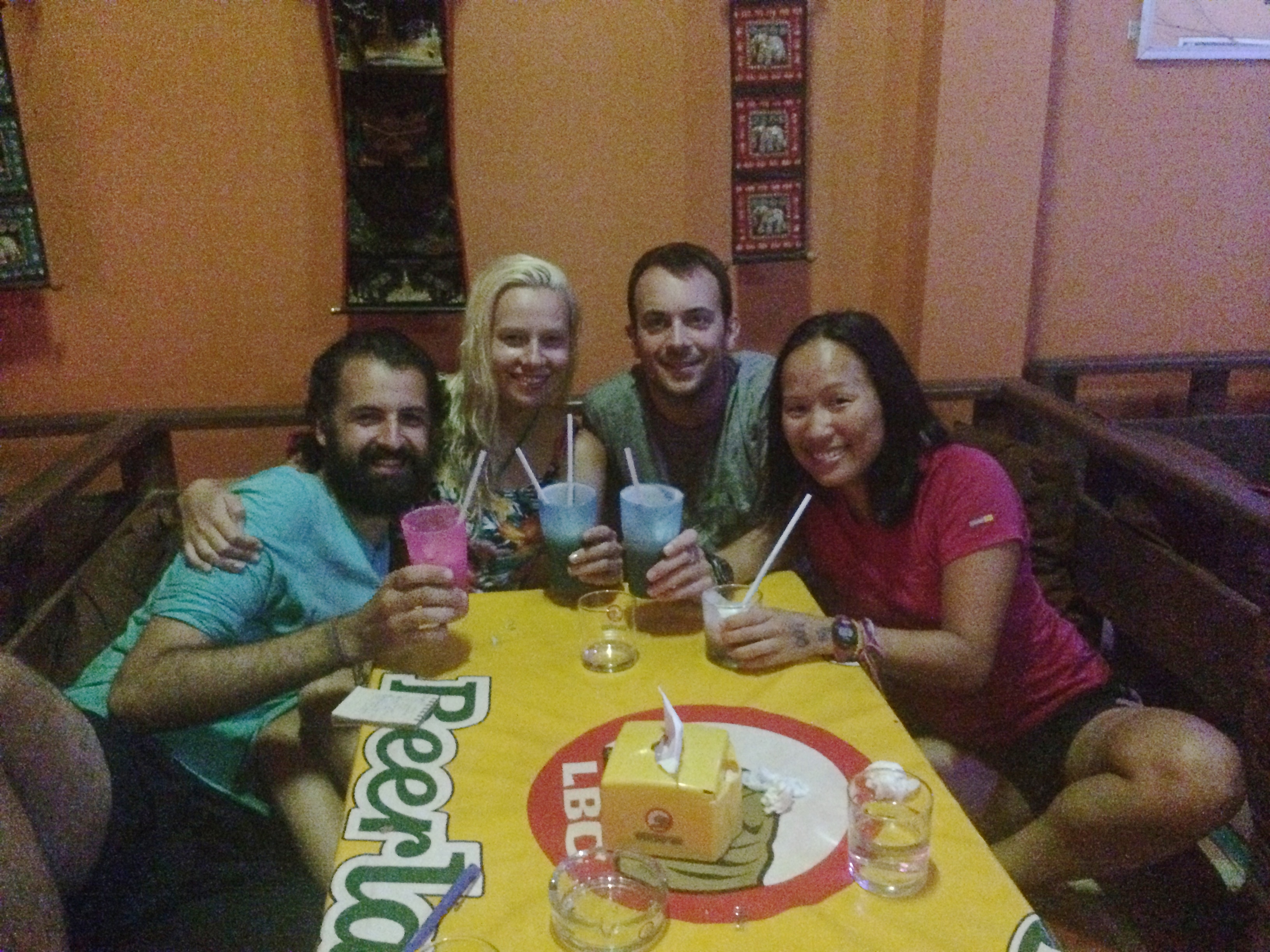
Our next couple days were spent relaxing in the beauty of Vang Vieng. Although a rambunctious party town, Vang Vieng still boasts one of the most strikingly gorgeous backdrops in Southeast Asia – limestone karst mountains looming over luscious green rice fields. 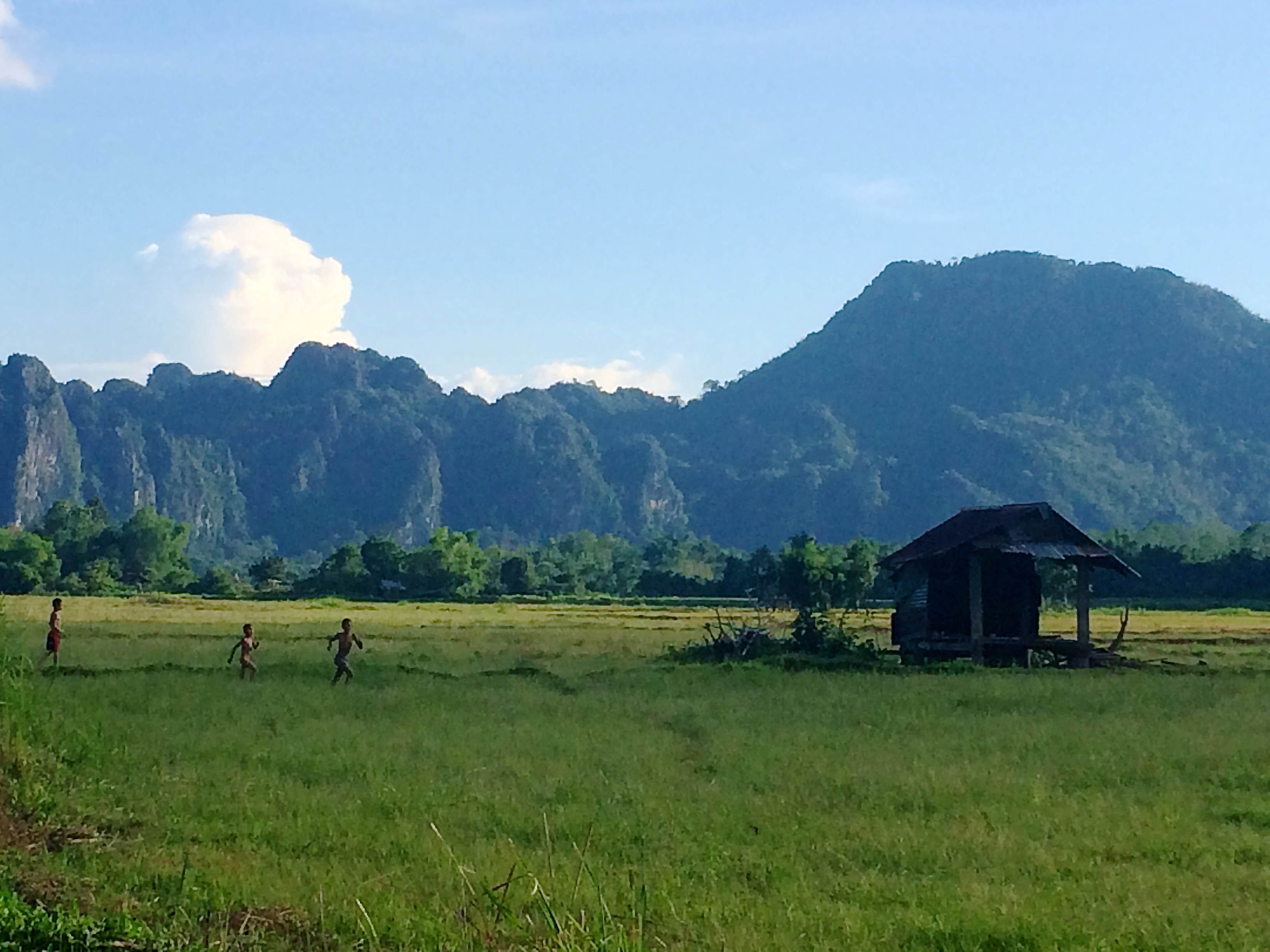

We had to cross this rickety bamboo bridge everyday to get into town. 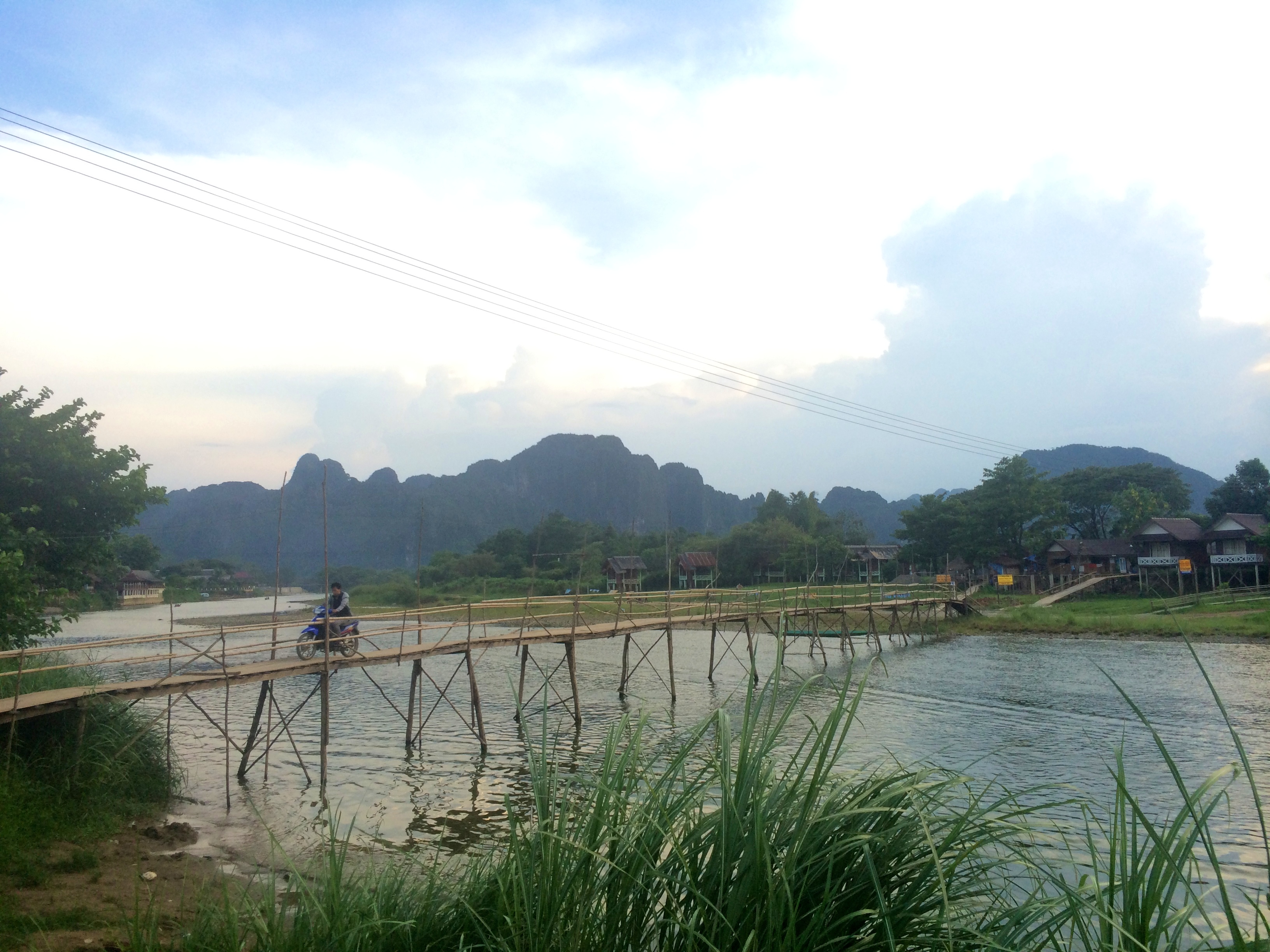
Our bungalow was on the far left. That cow visited us daily.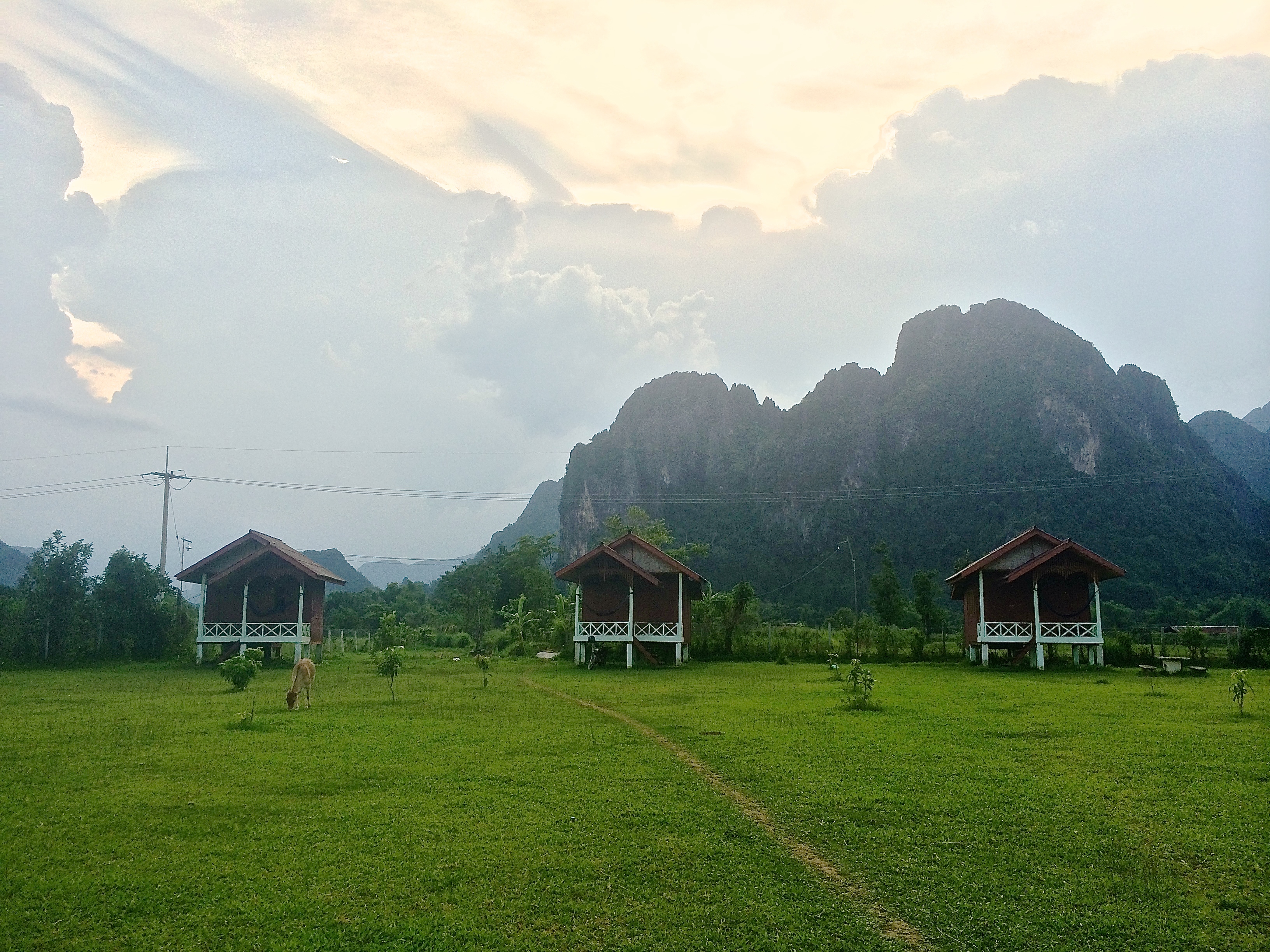
During our stay here, we made some new friends. 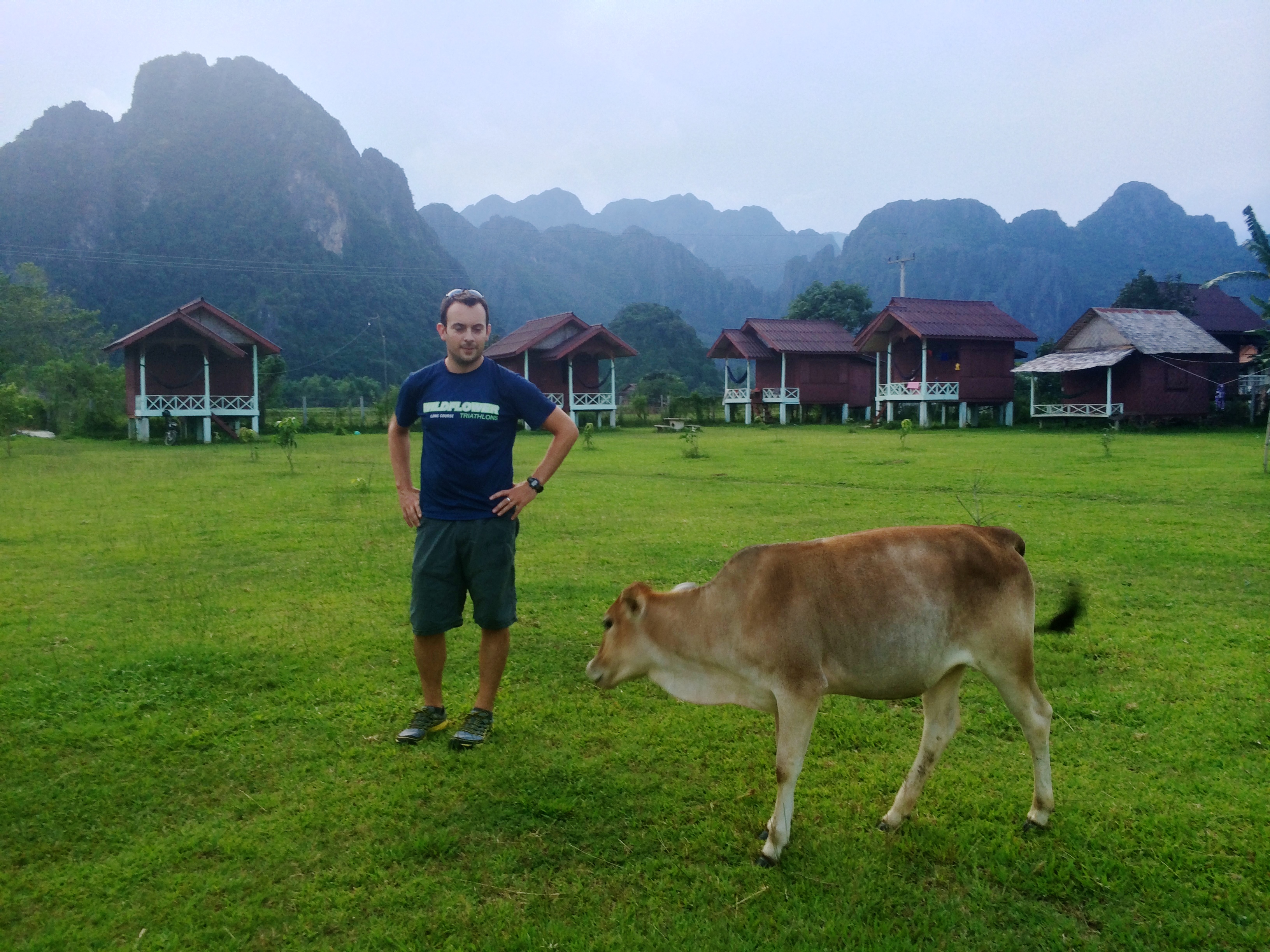
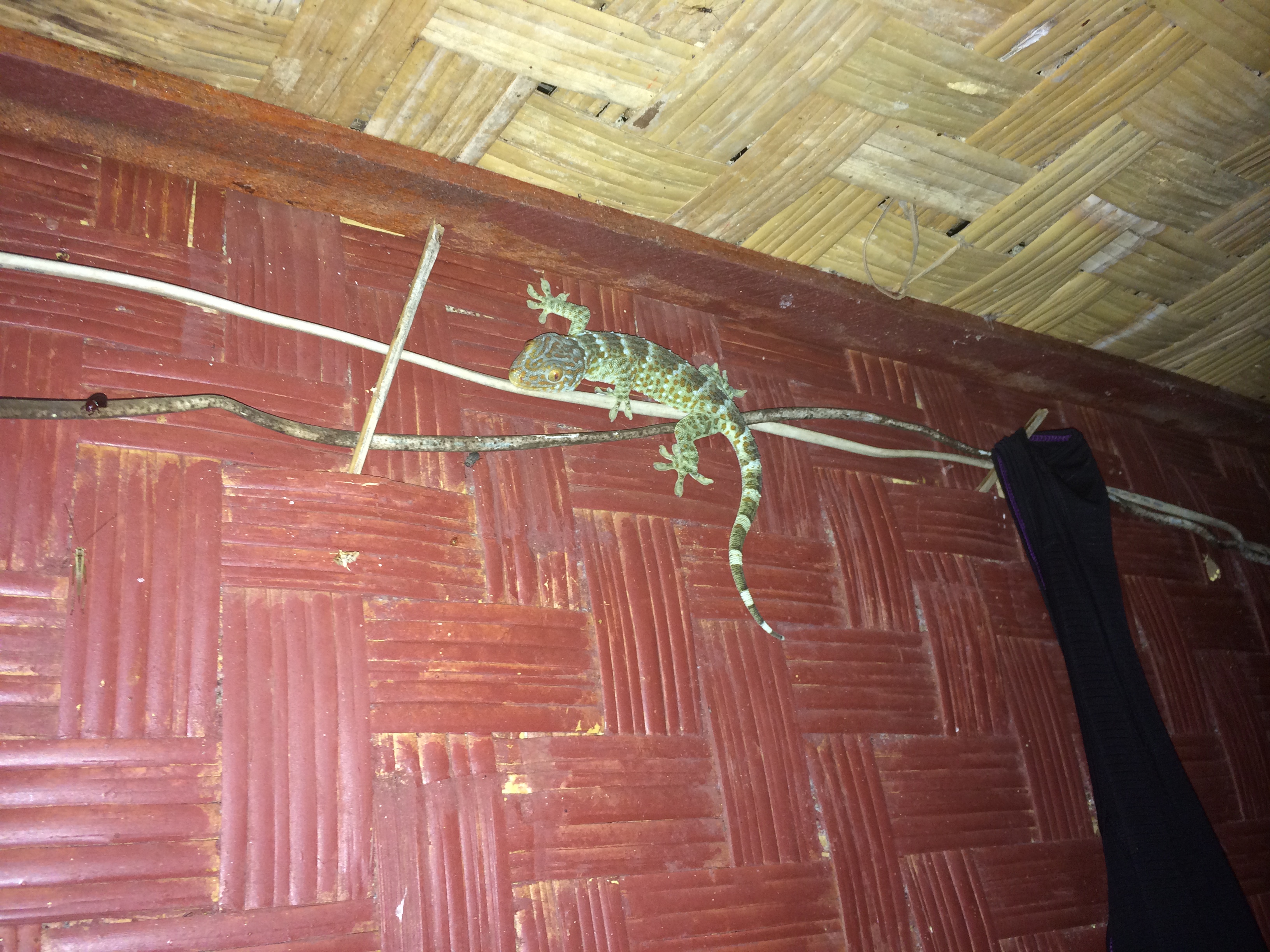
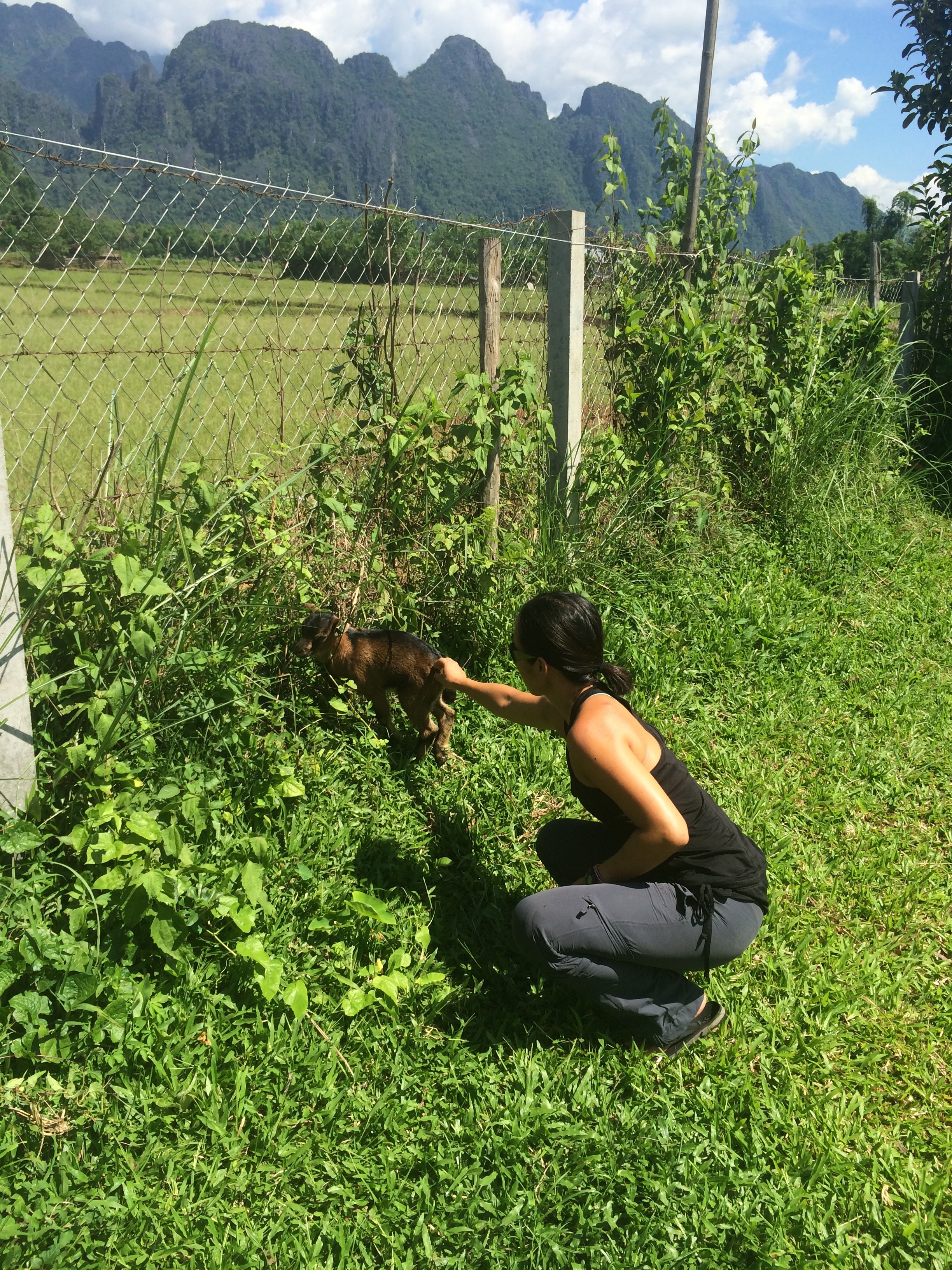
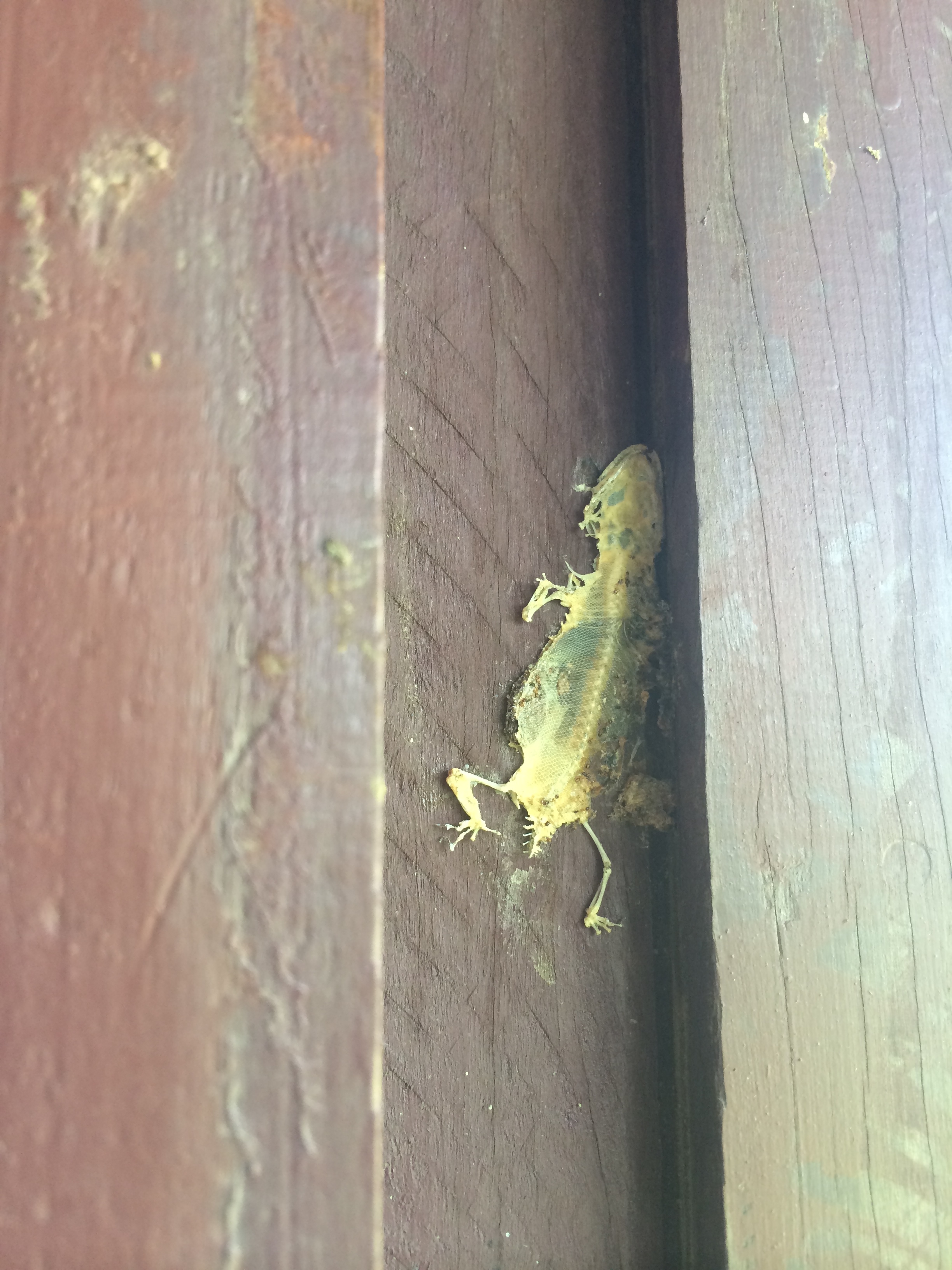
We also fell in love with our hammock. 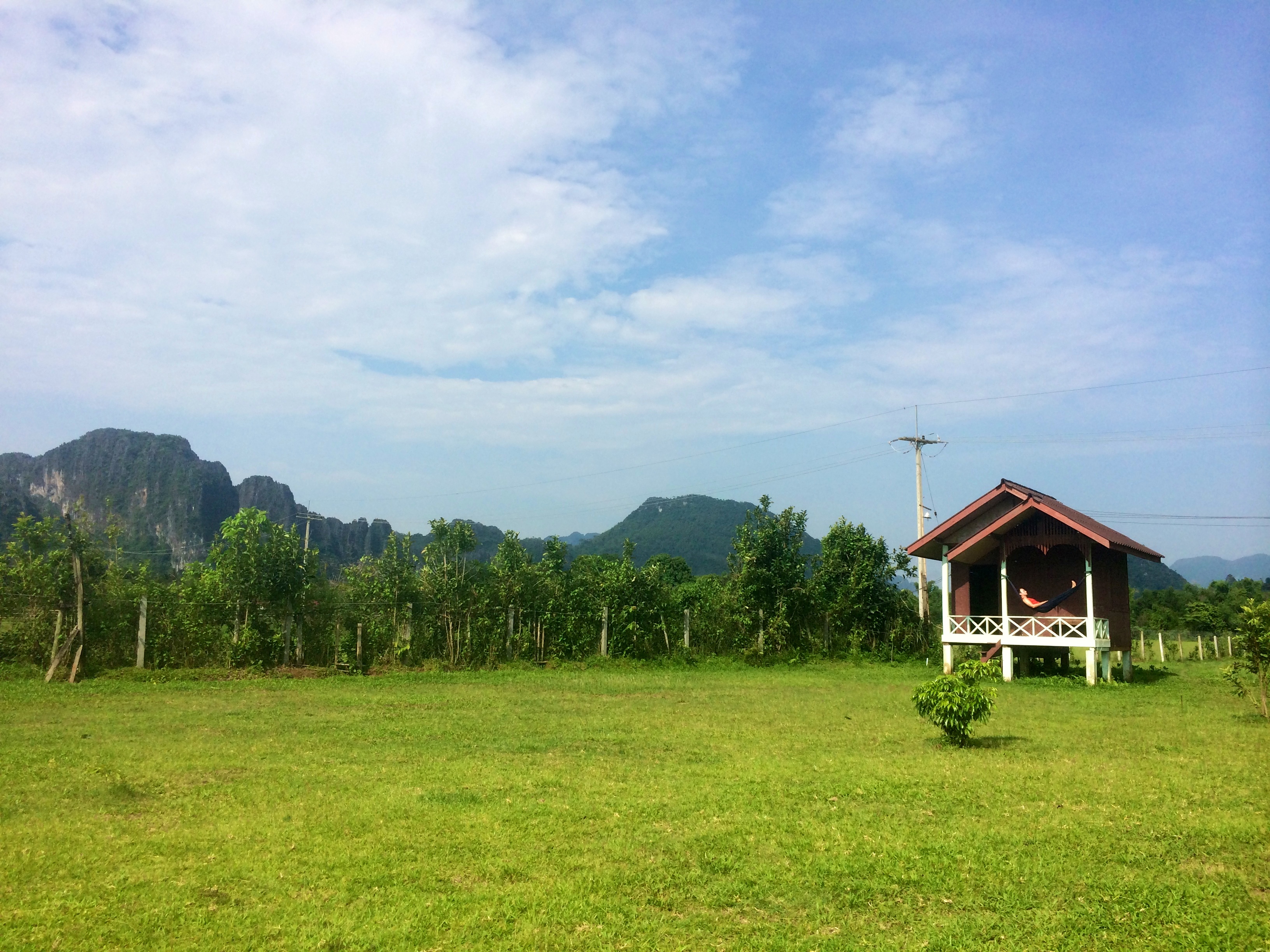
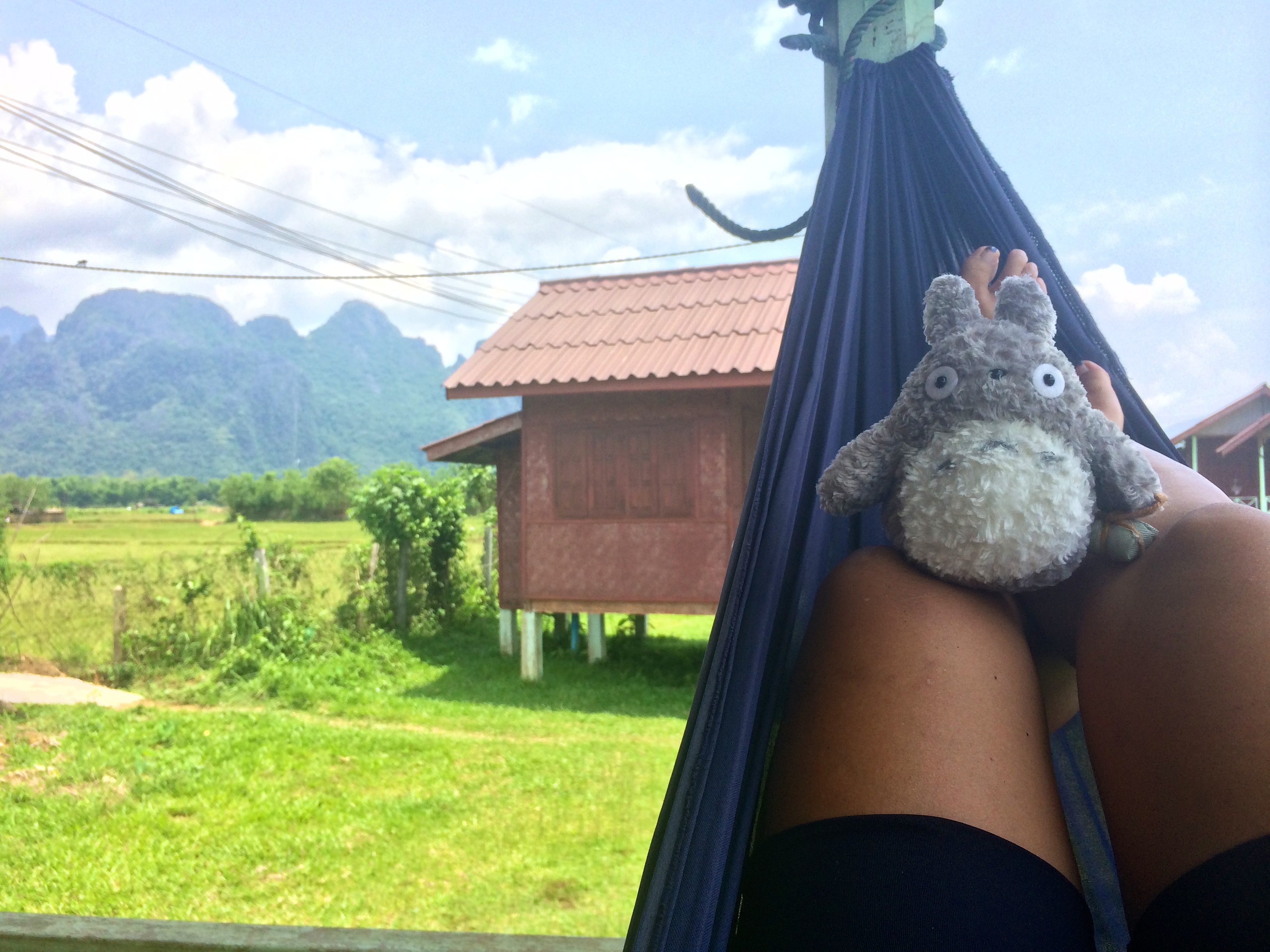
I’ve heard stories of youngsters staying in Vang Vieng for two weeks, partying all night and lounging all day, but Chris and I were over it within 4 days and hopped onto a 6 hour bus ride to Luang Prabang, Laos’ most charming city to the north.


